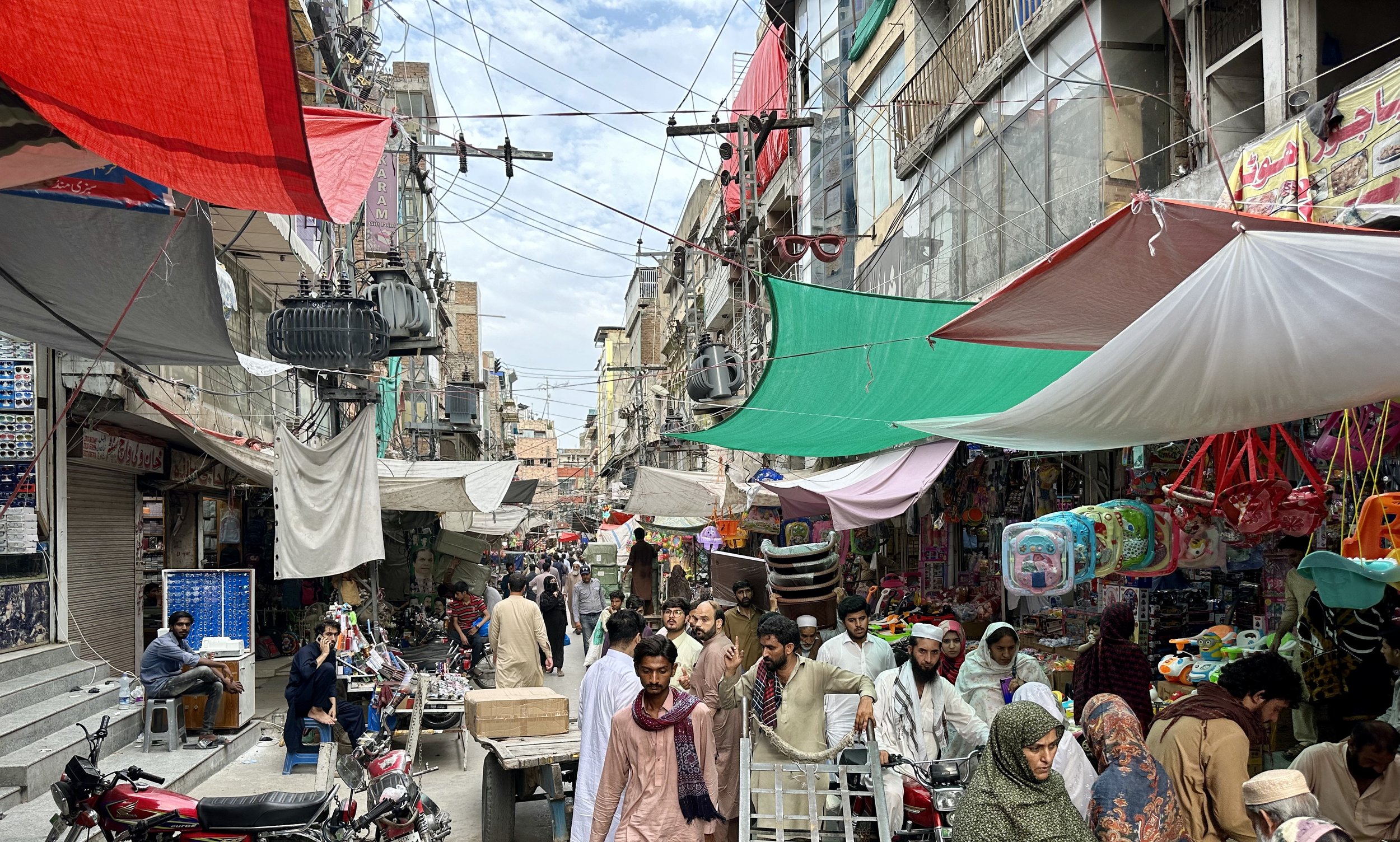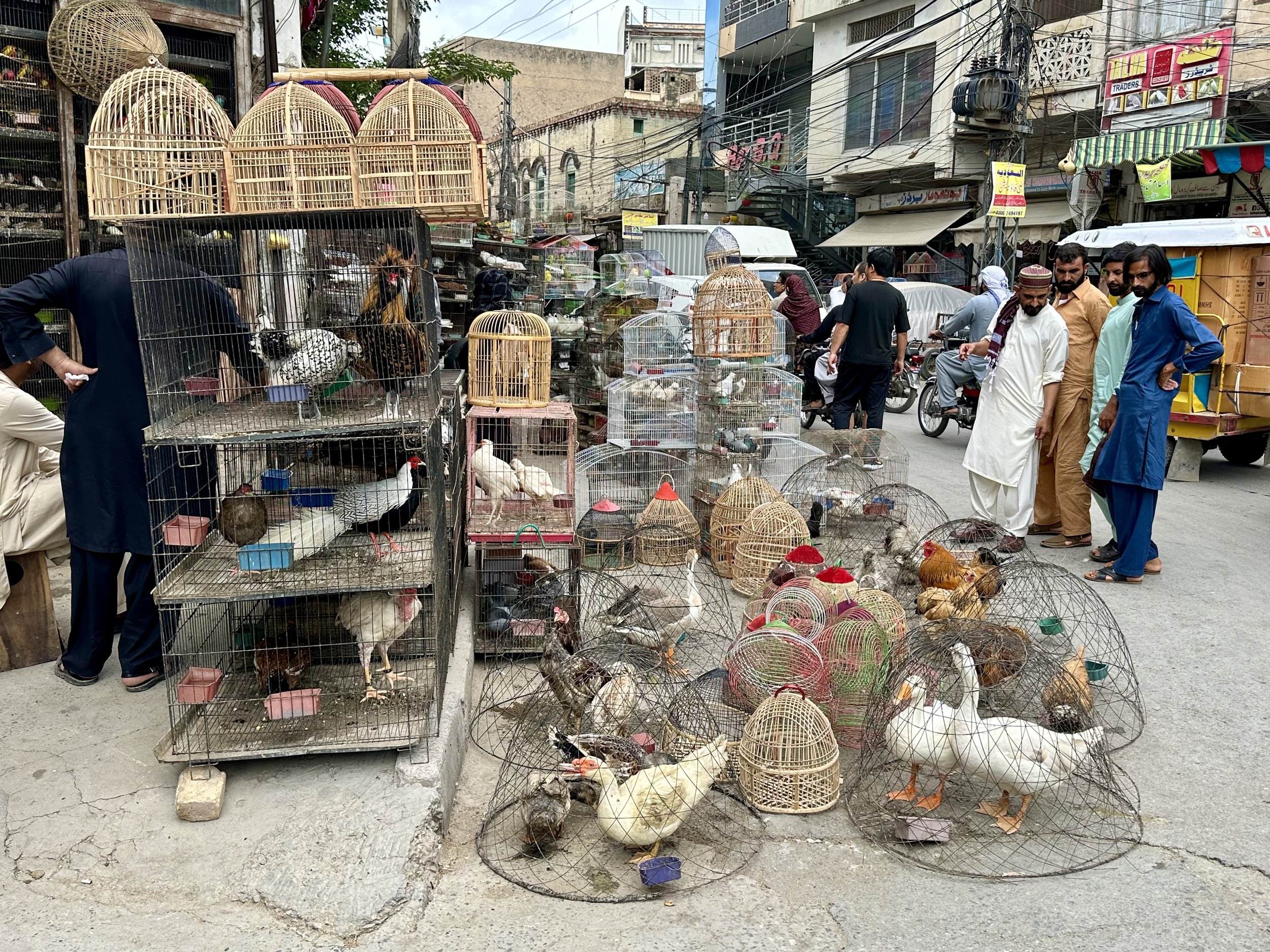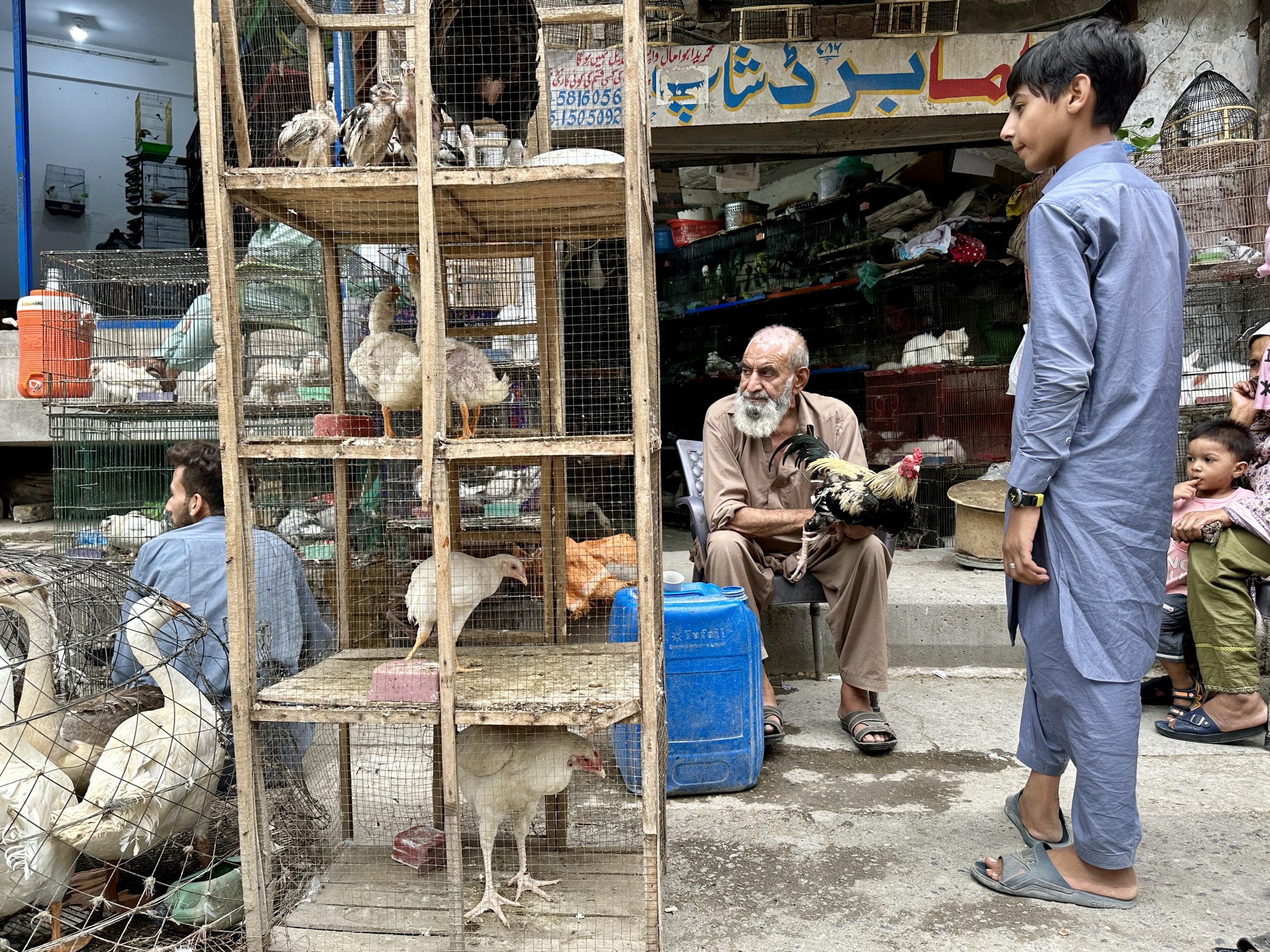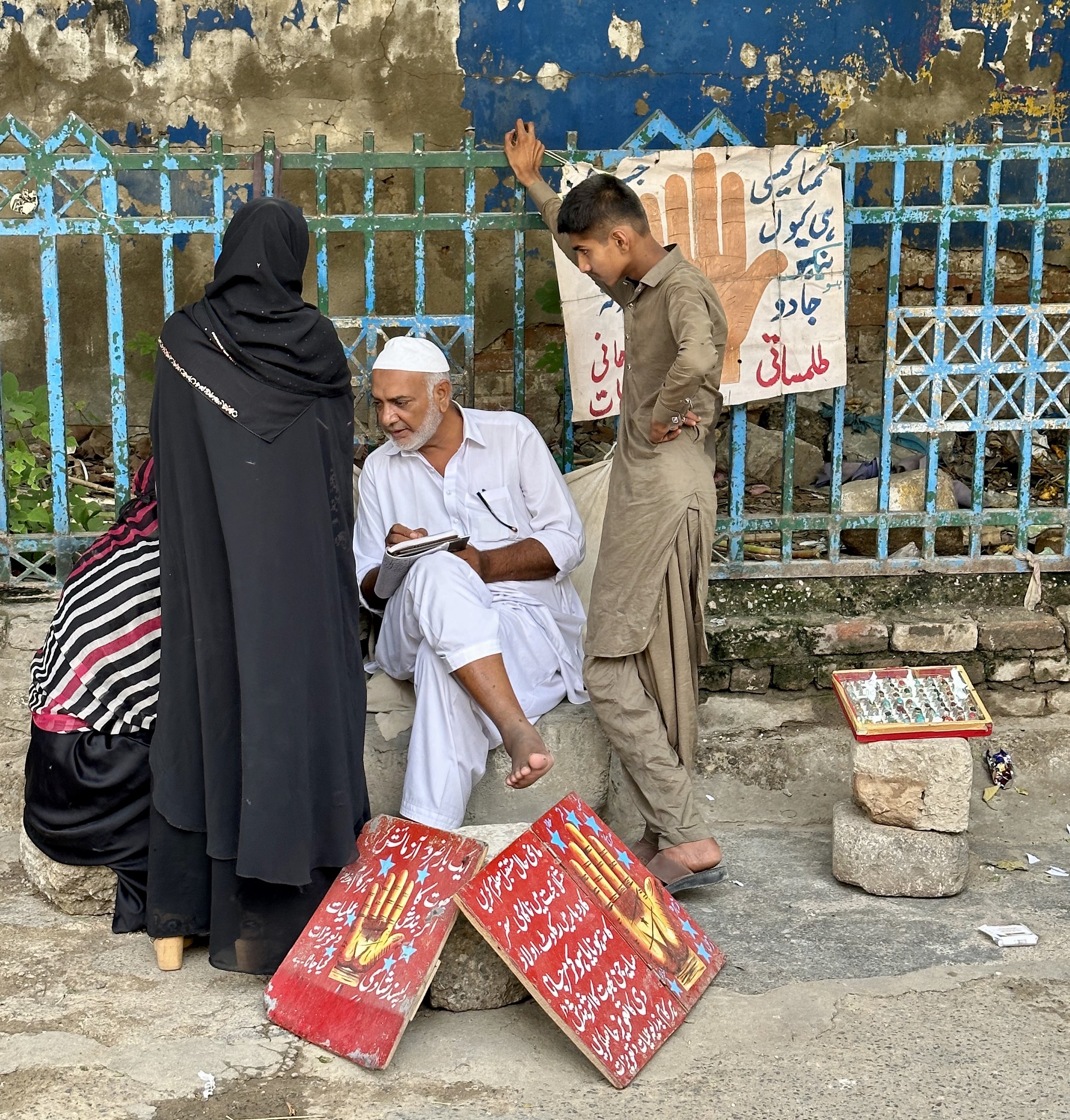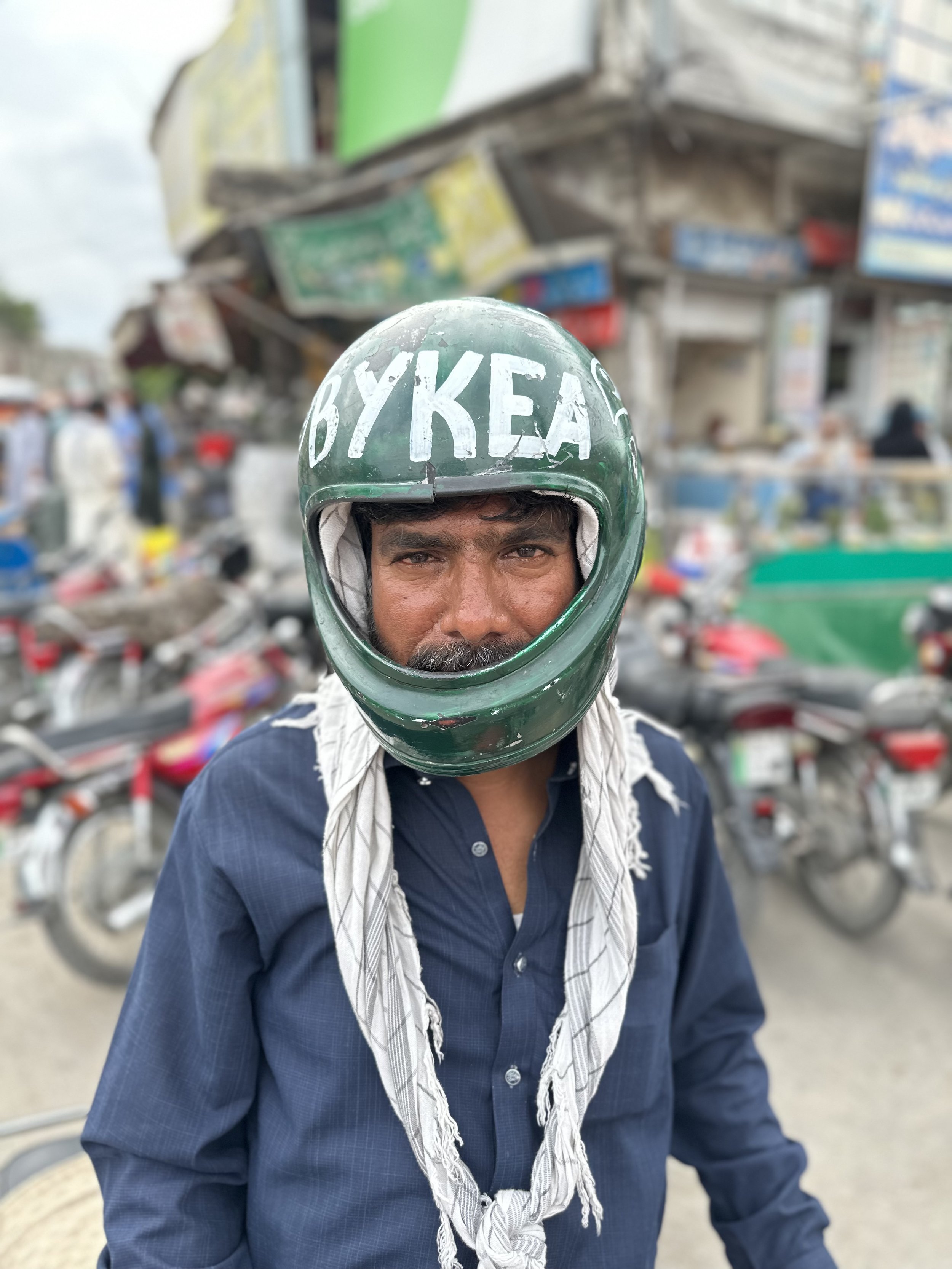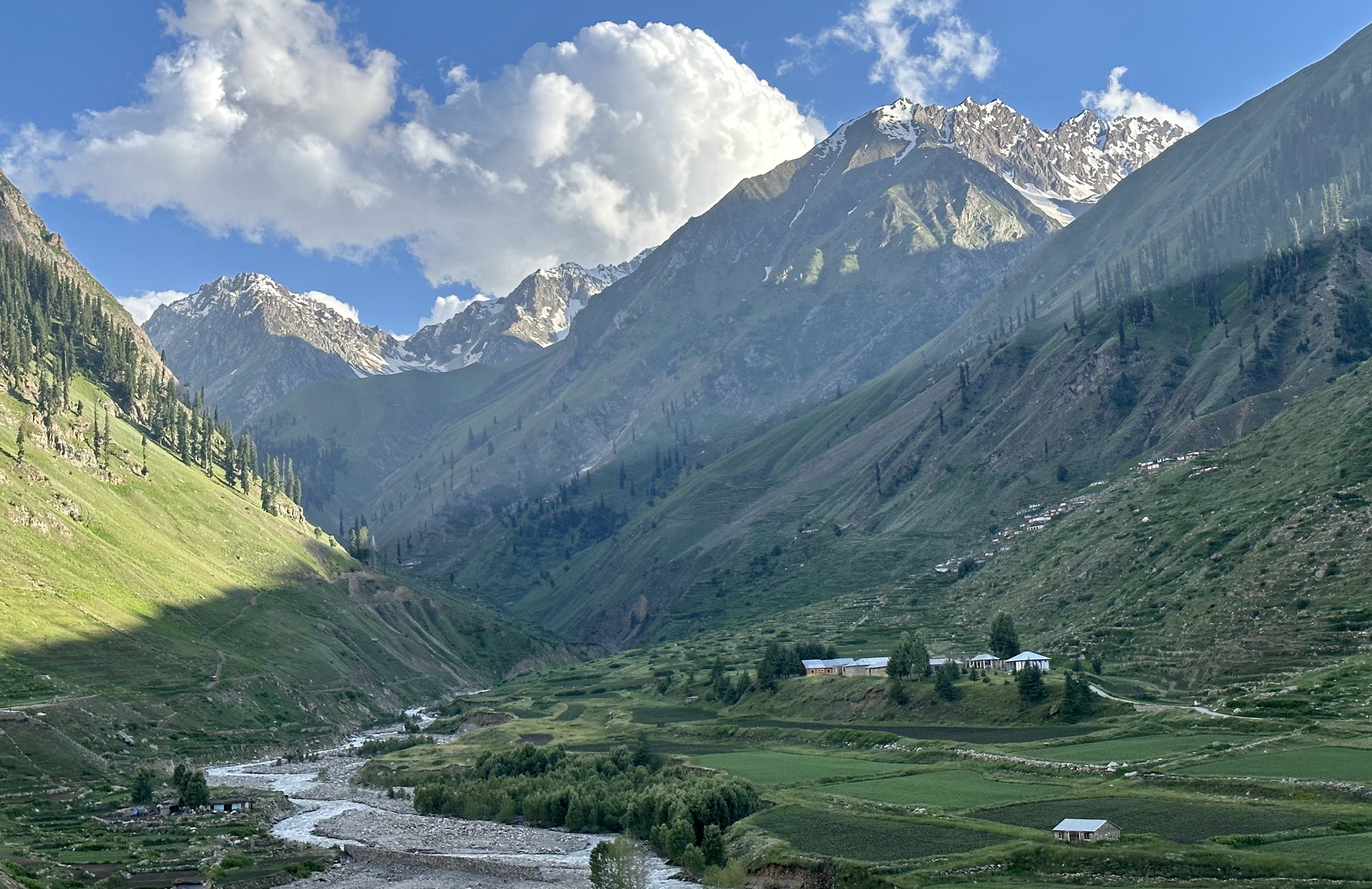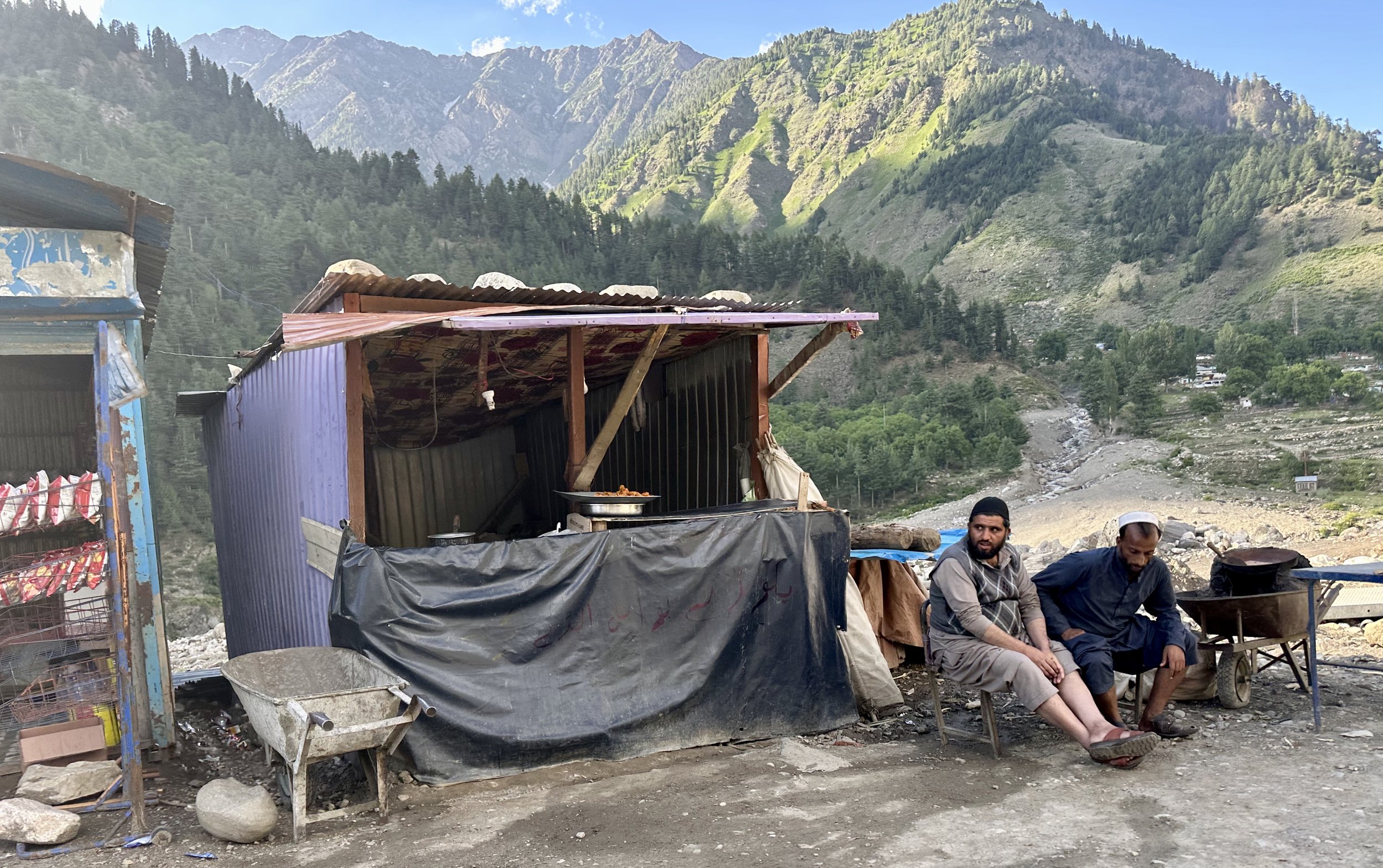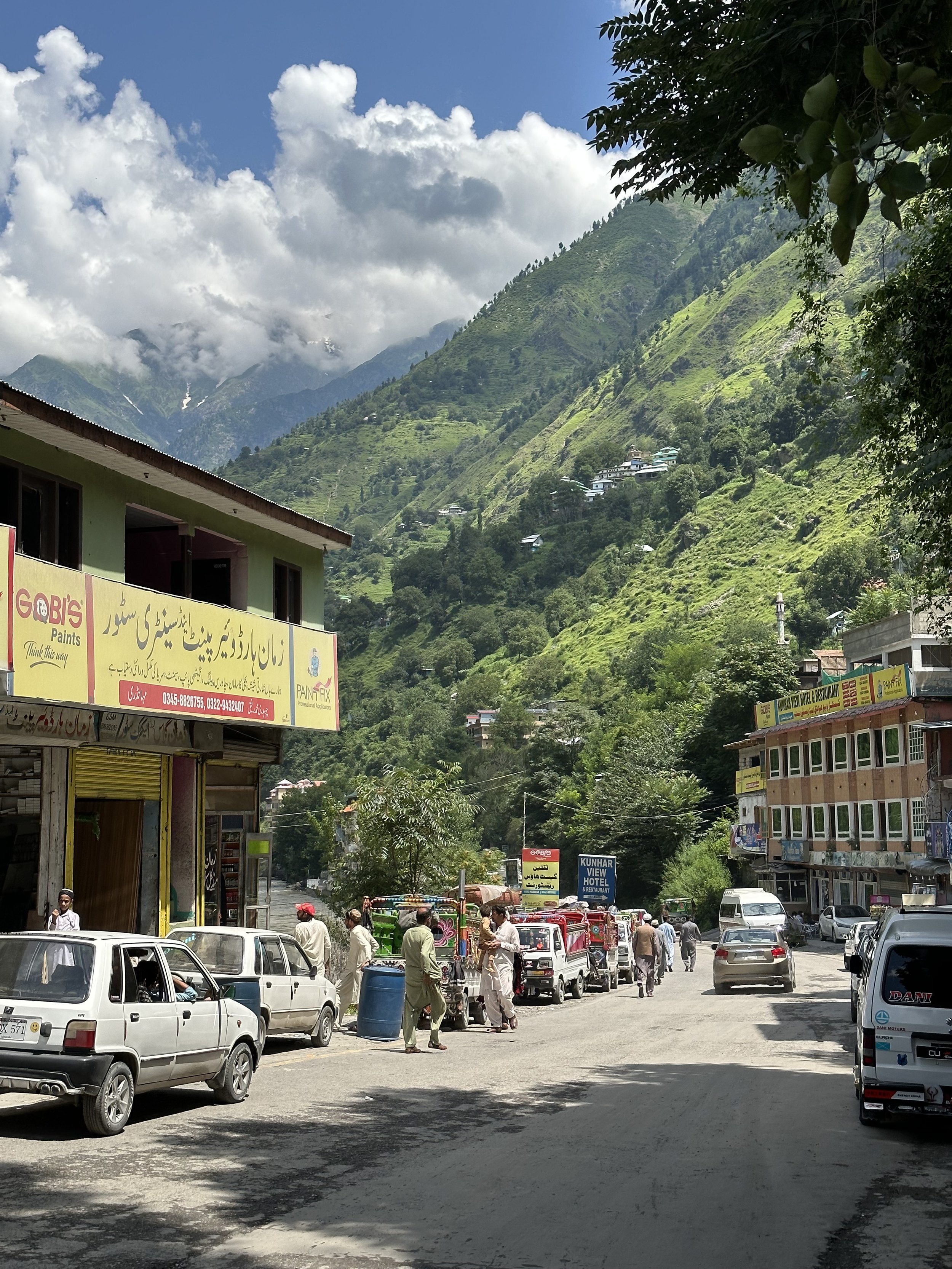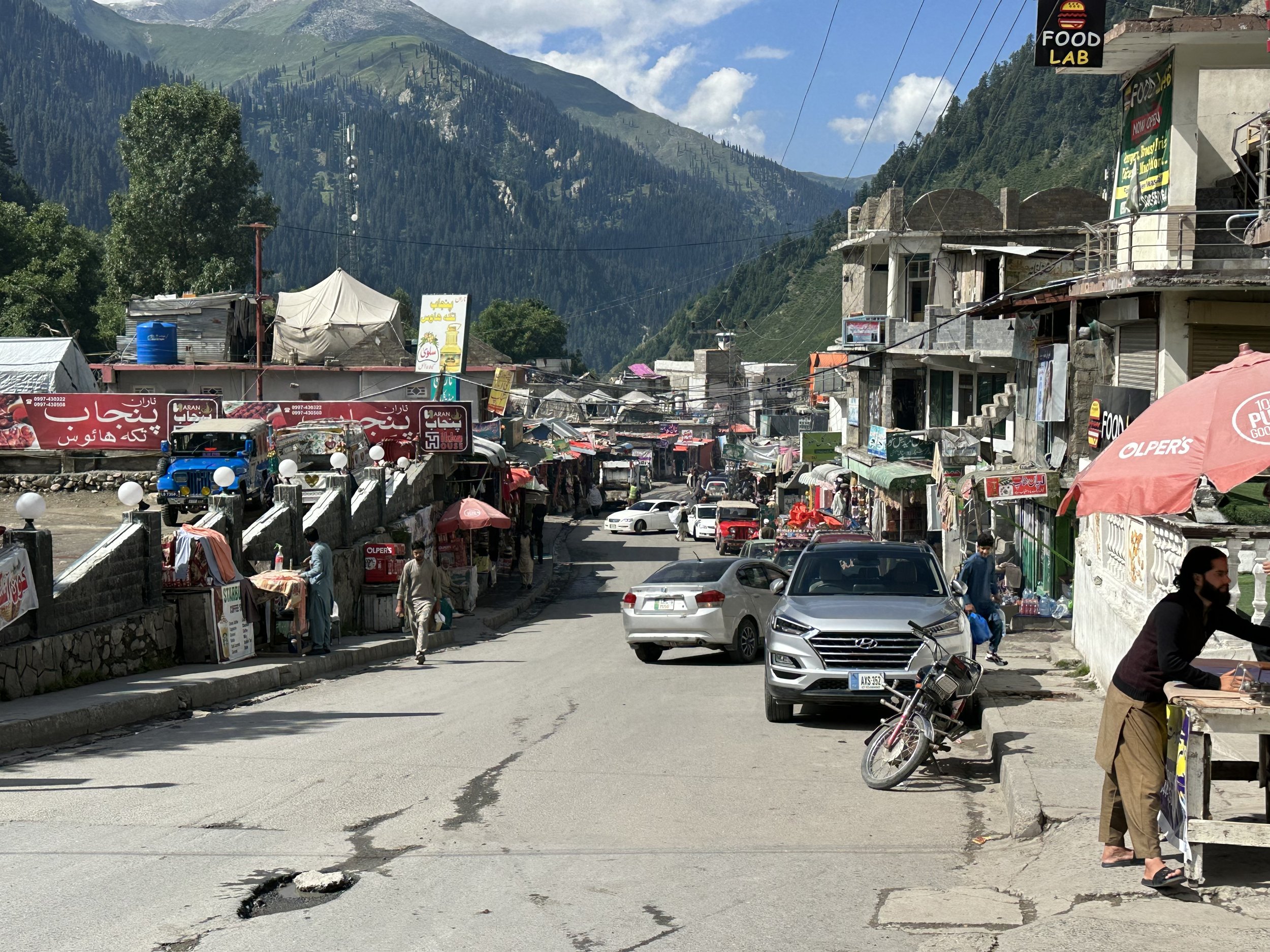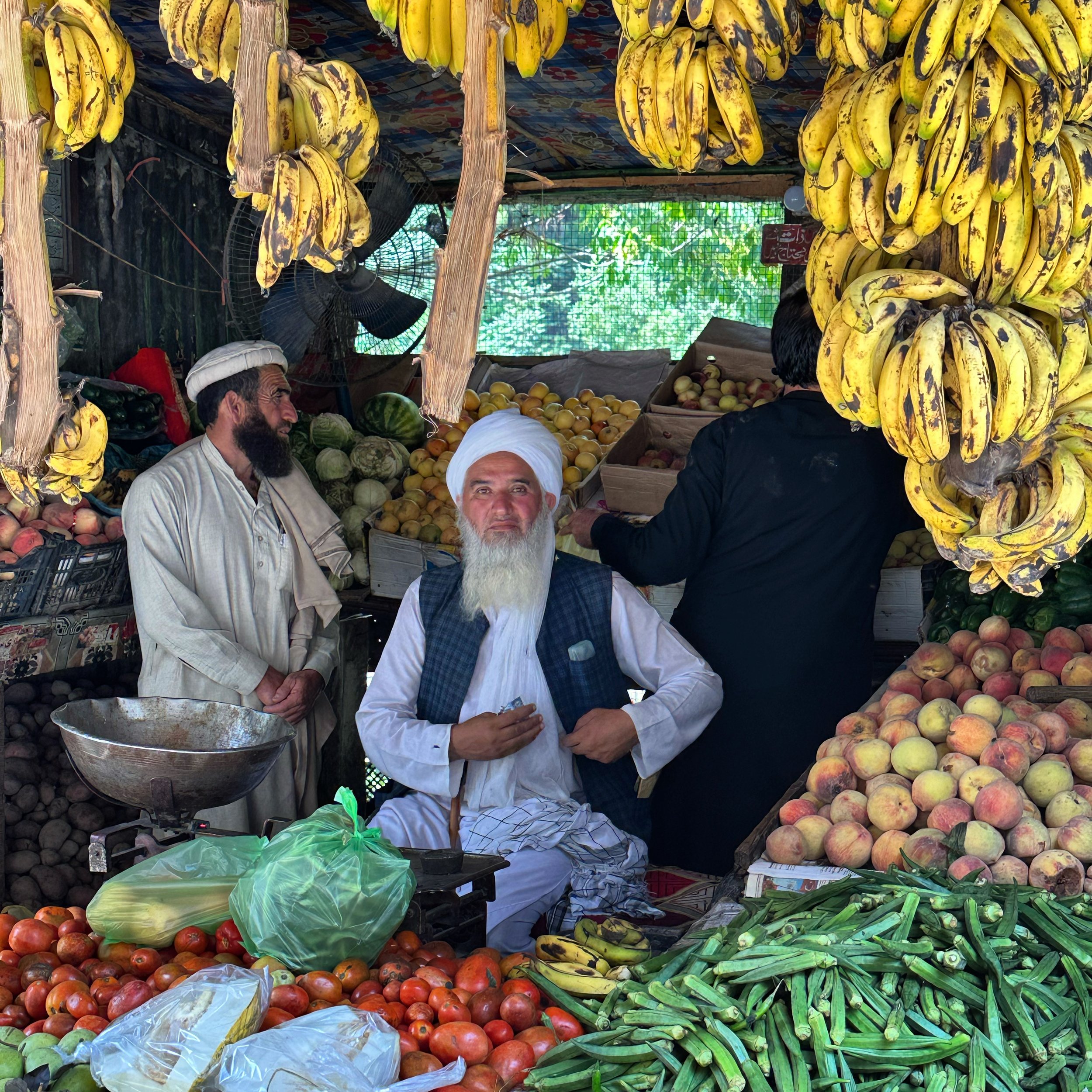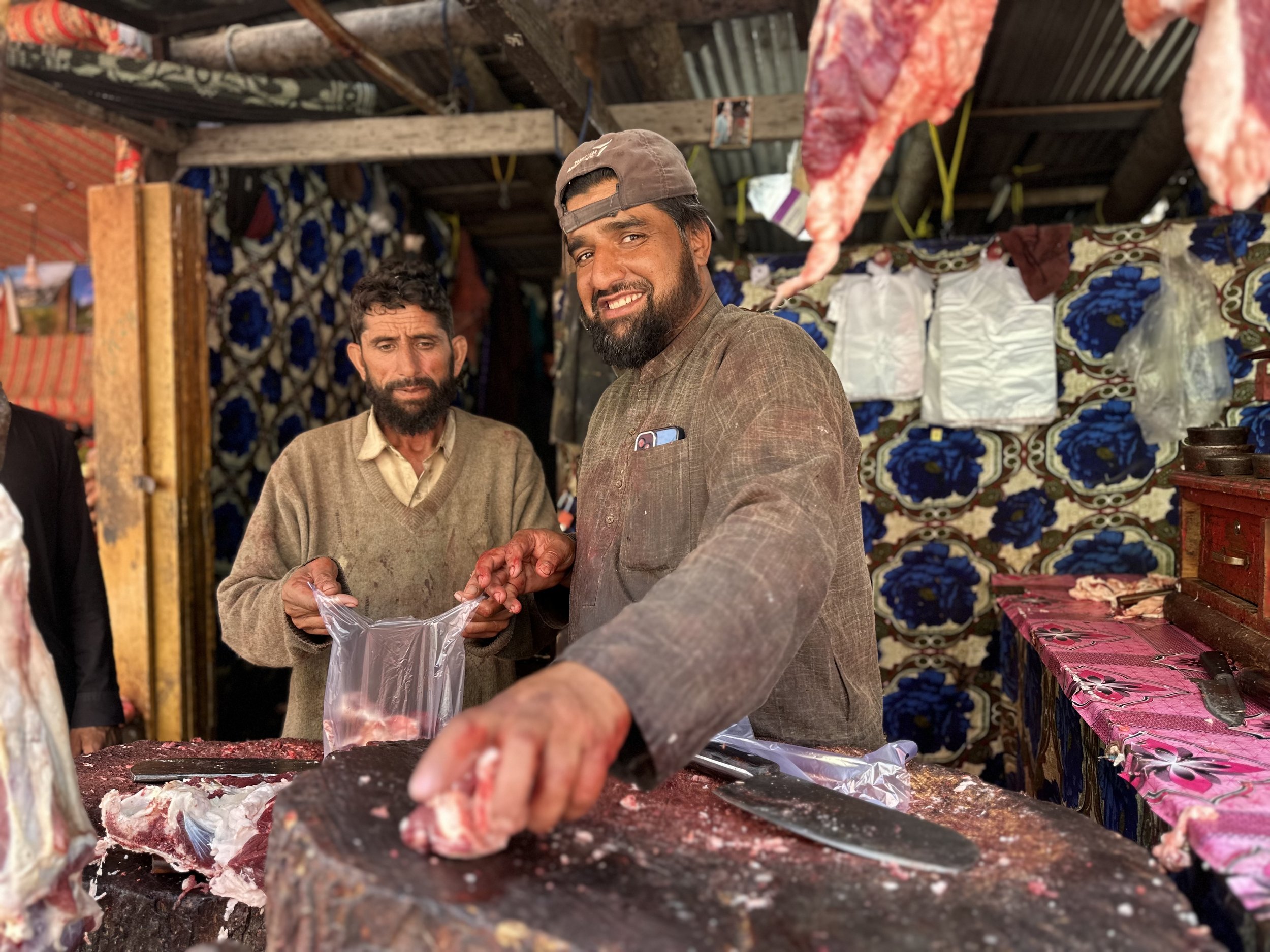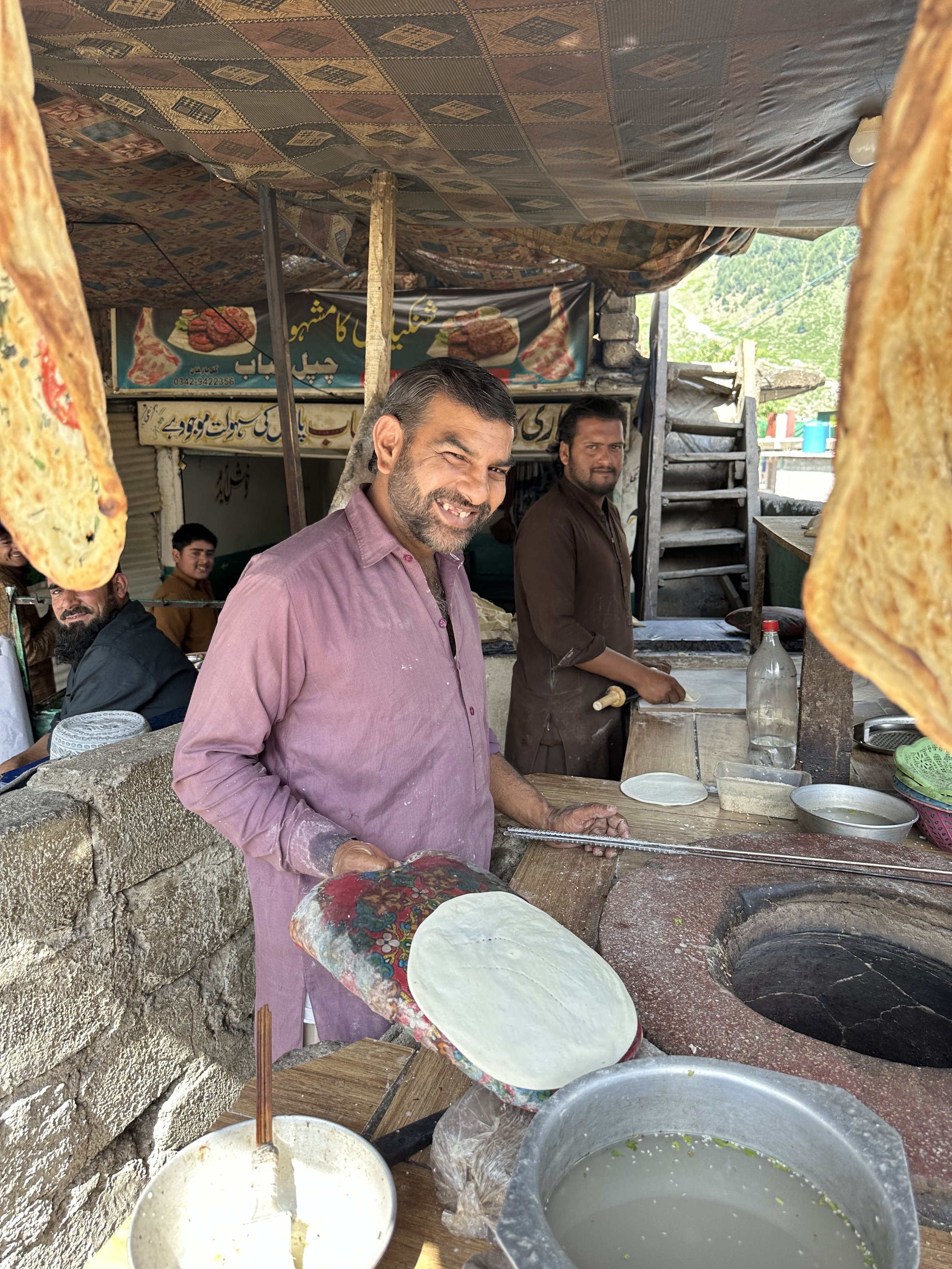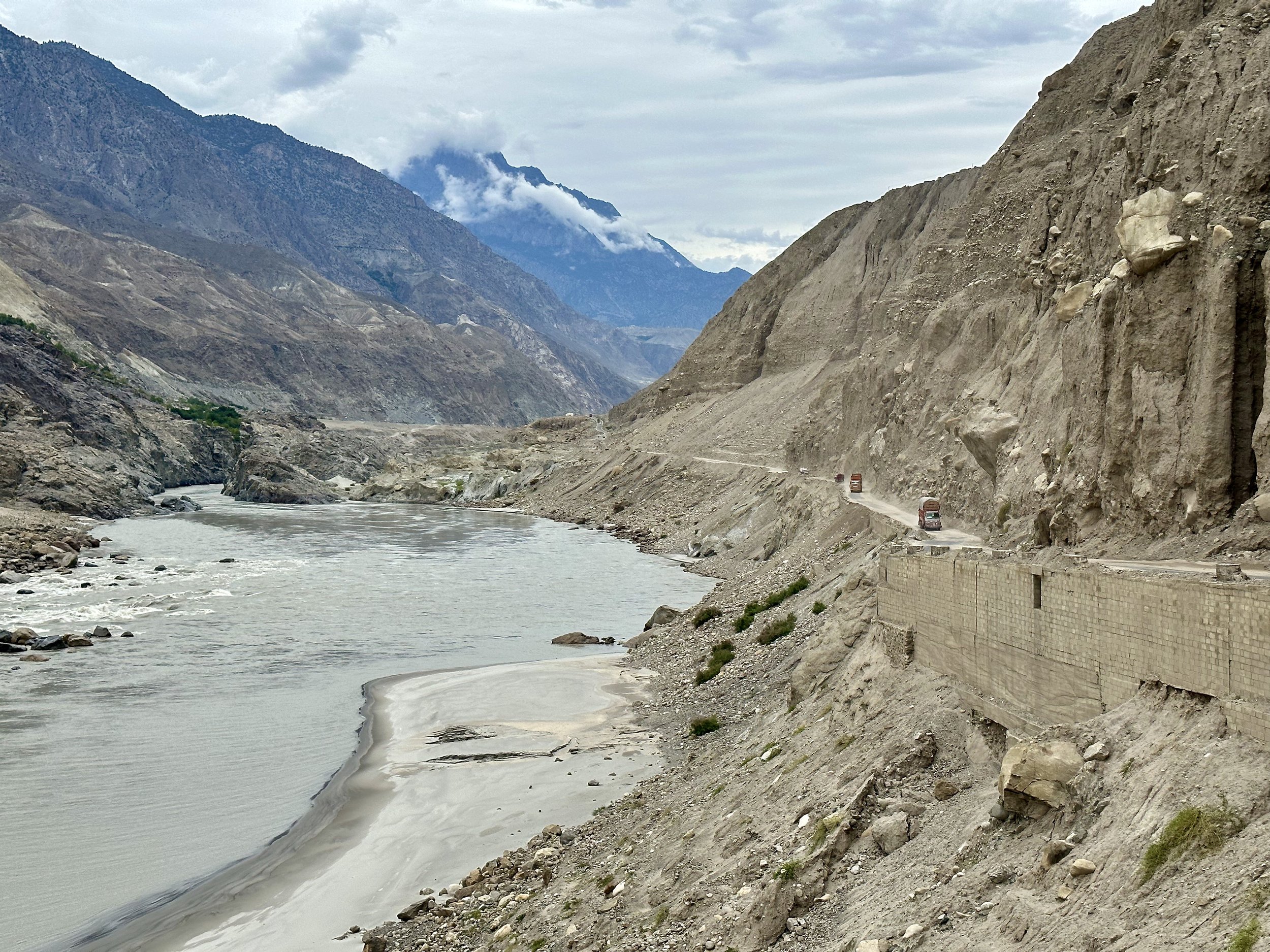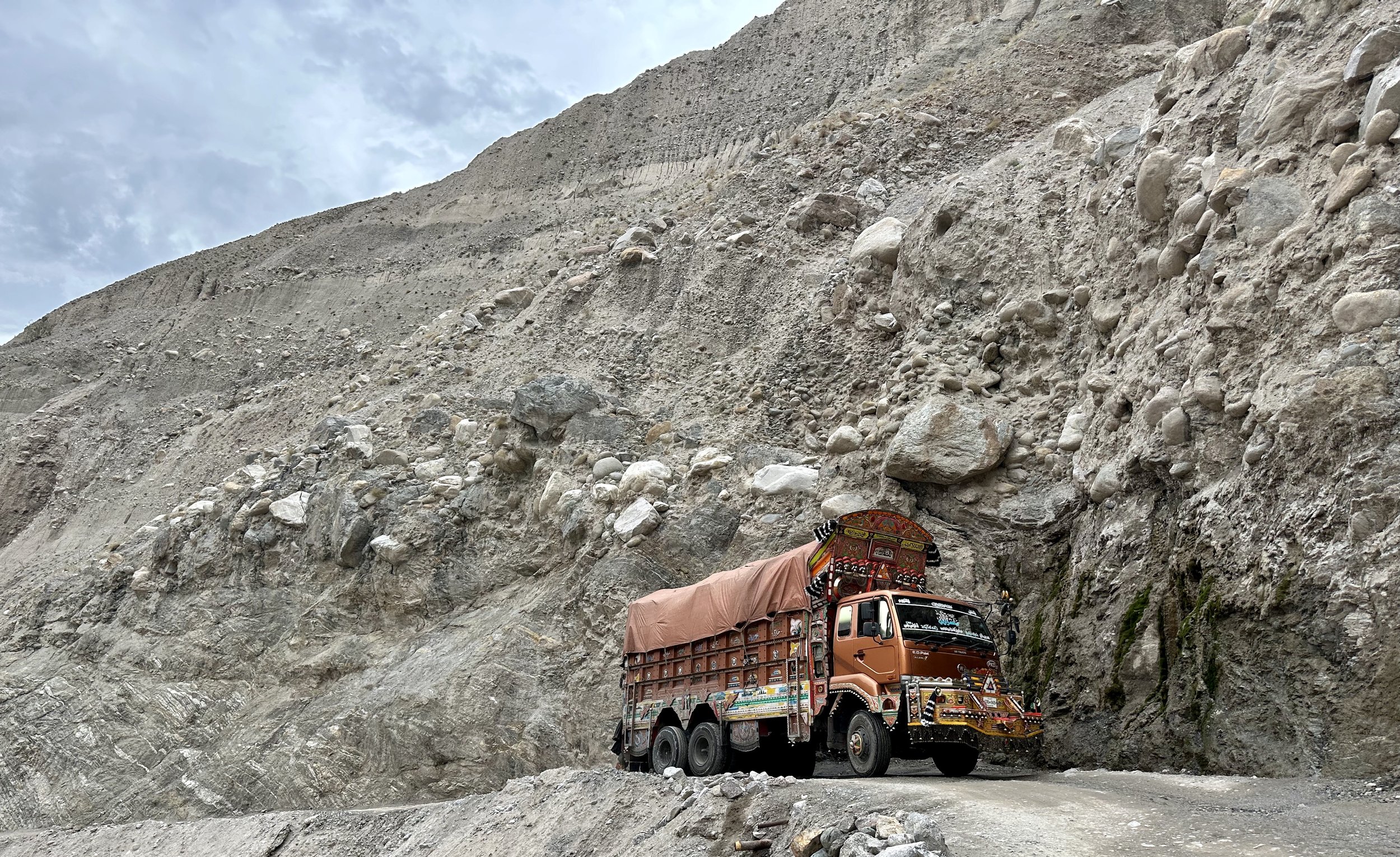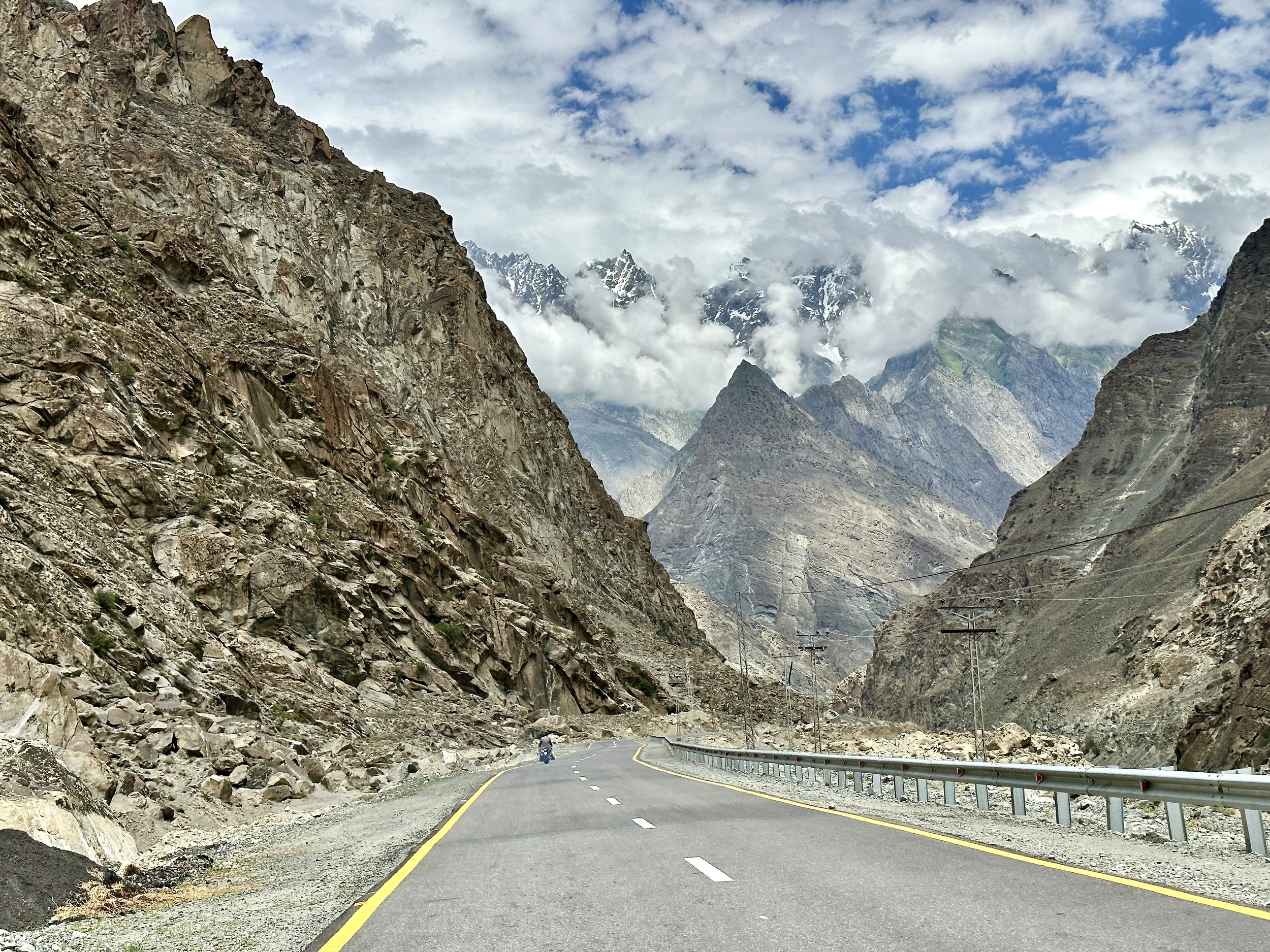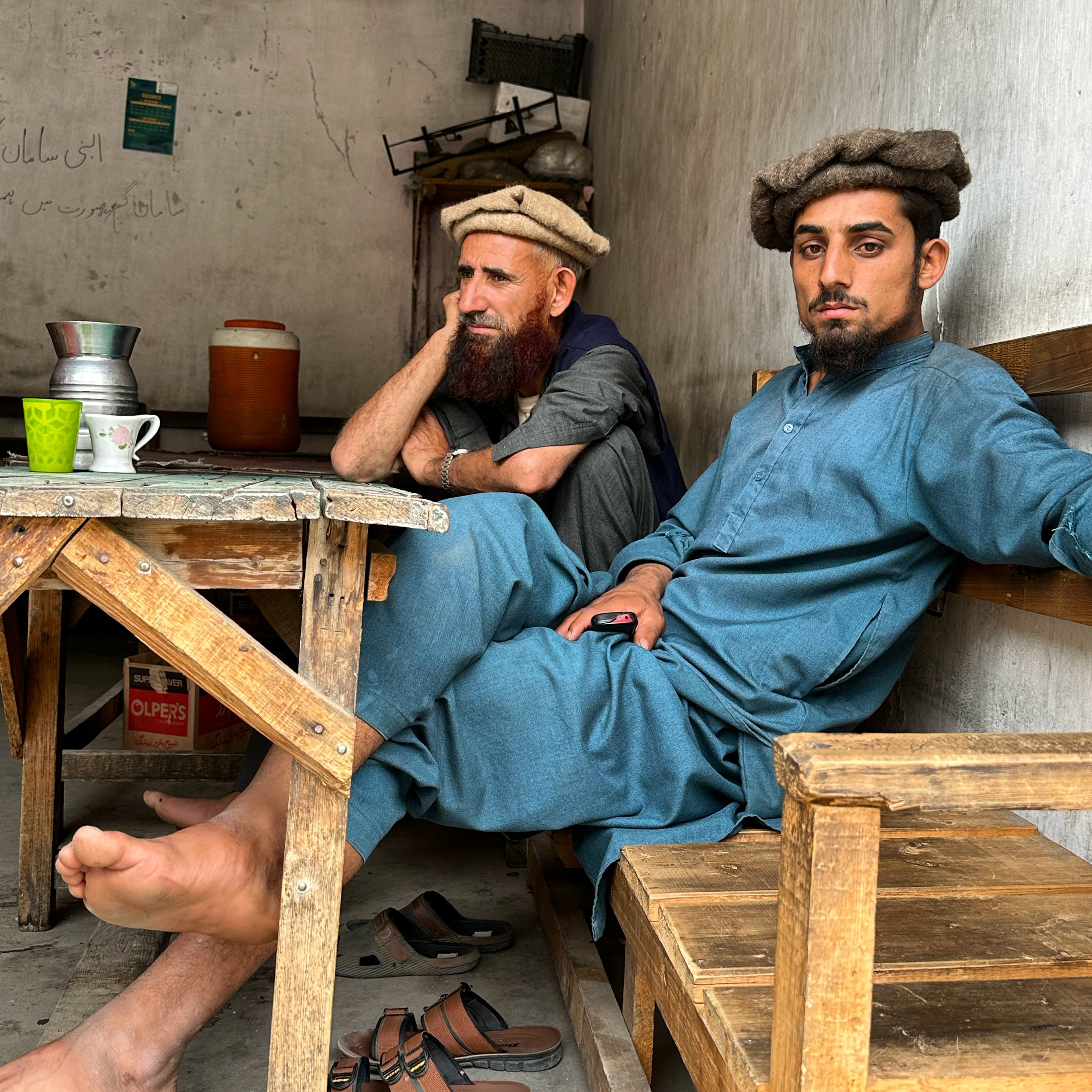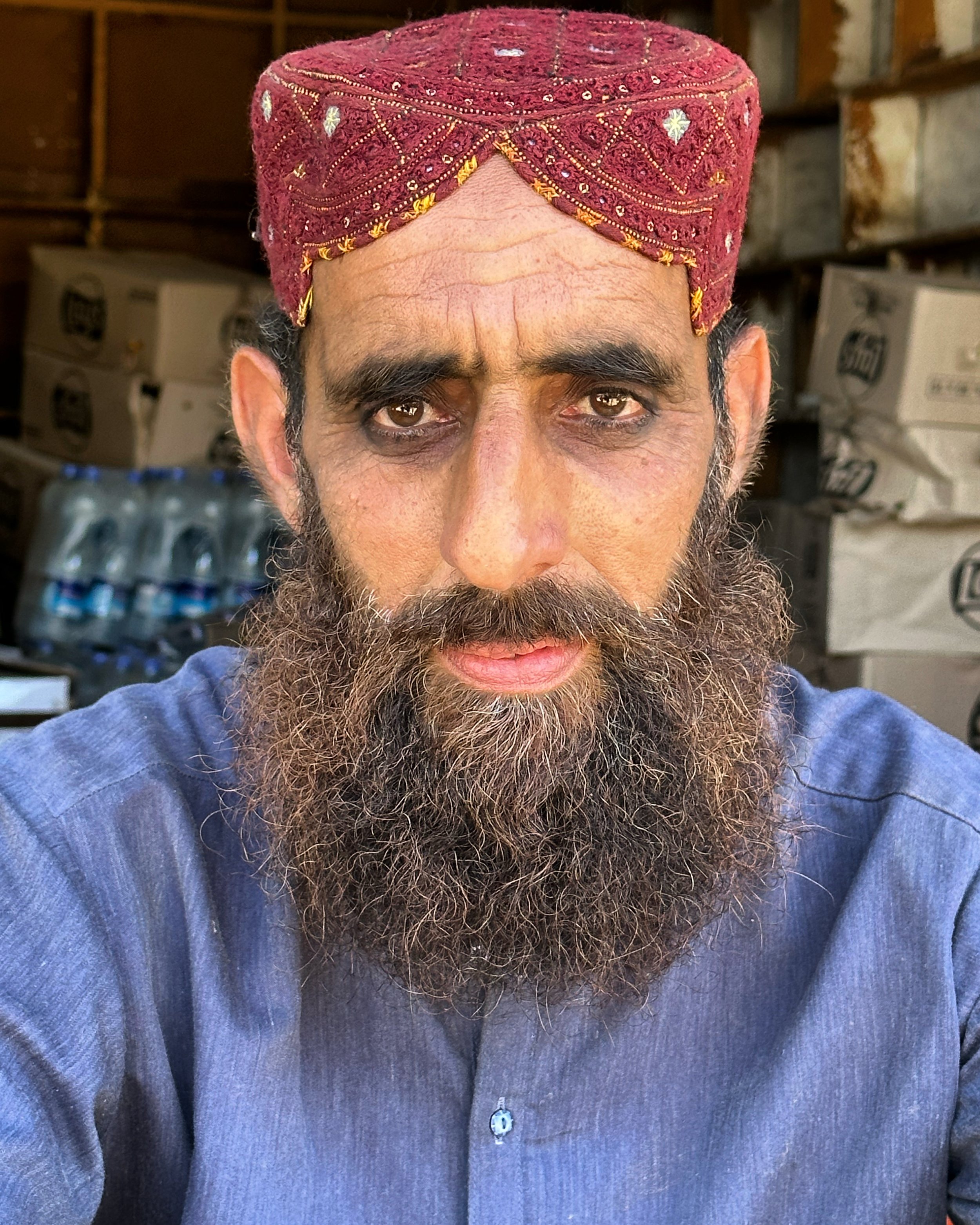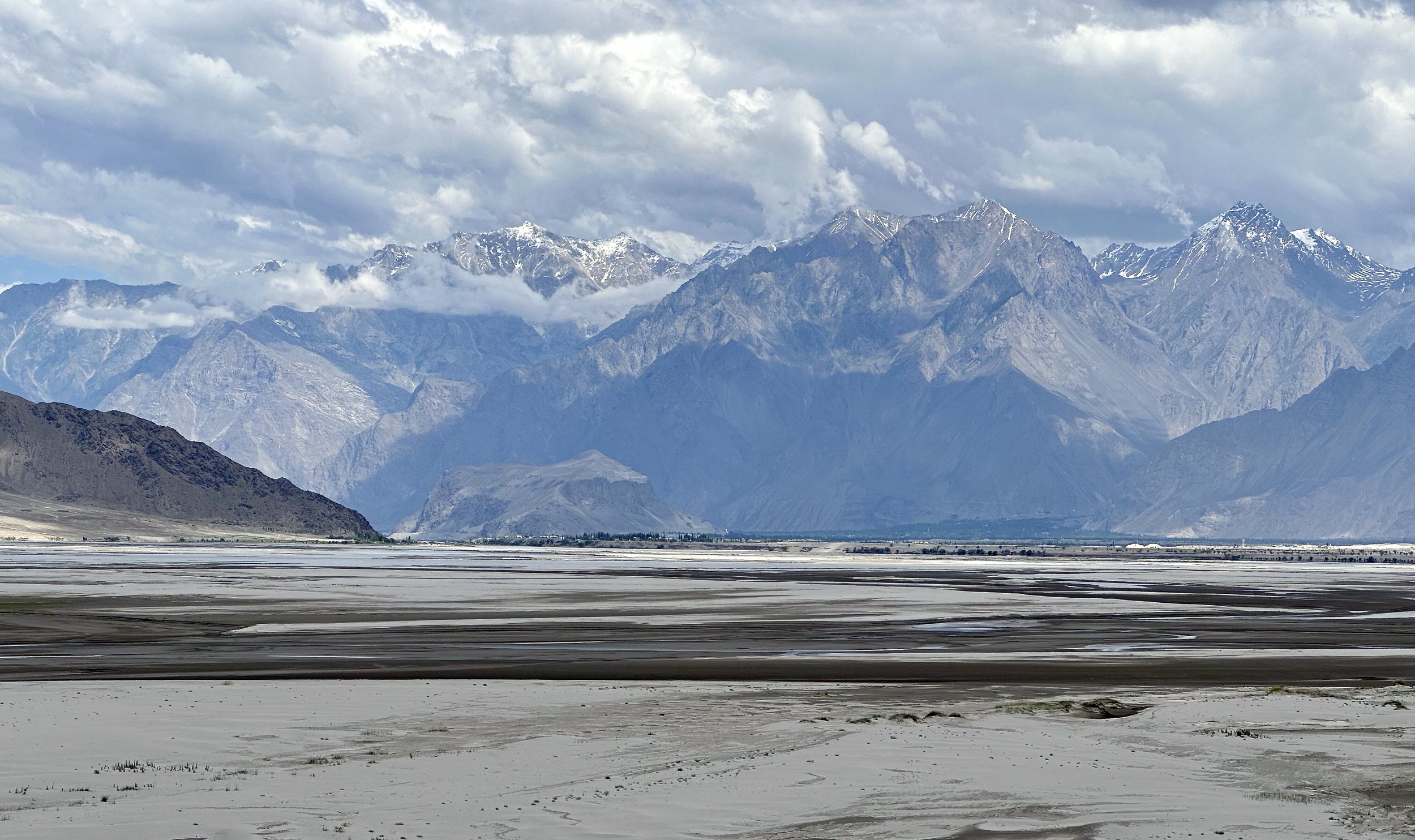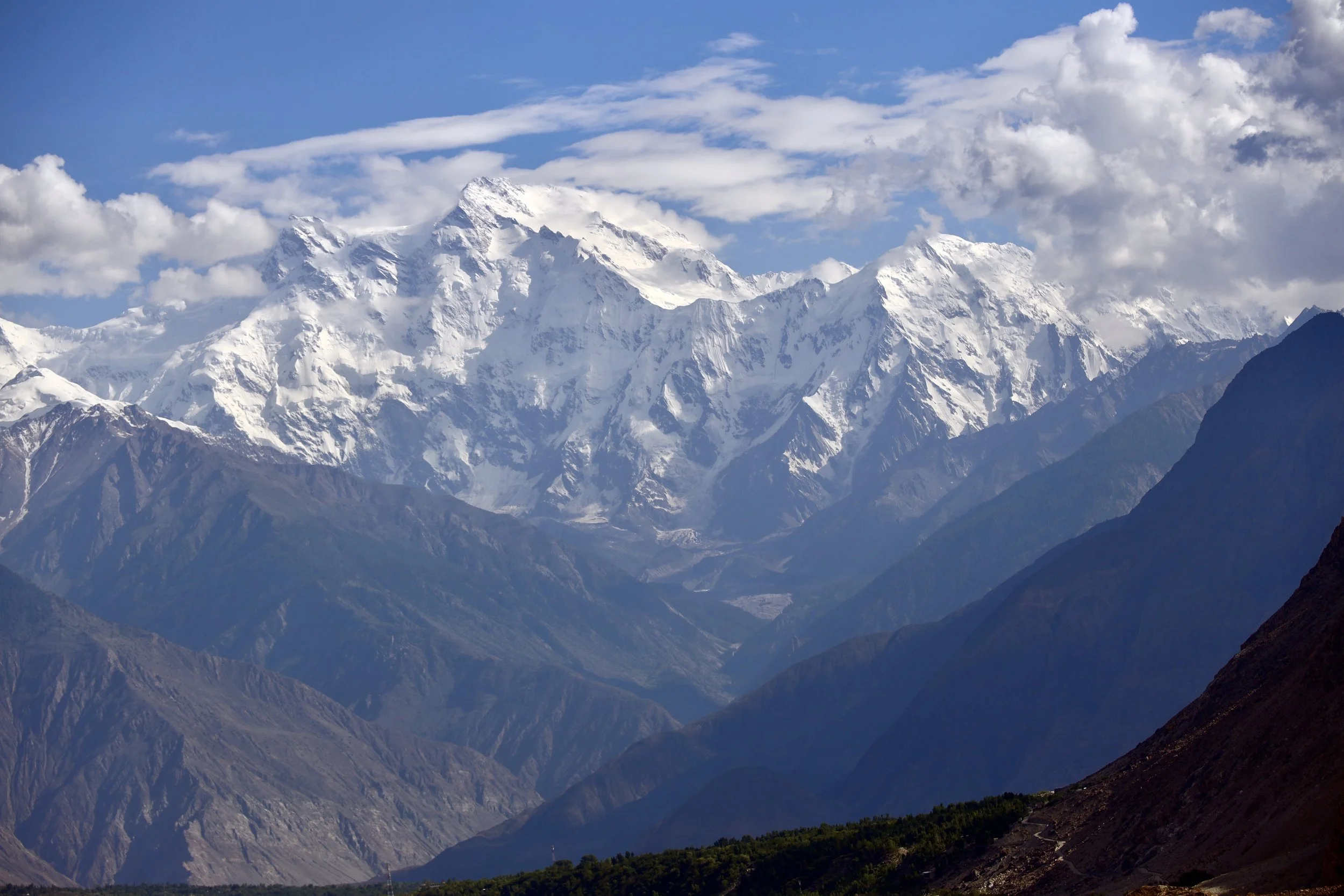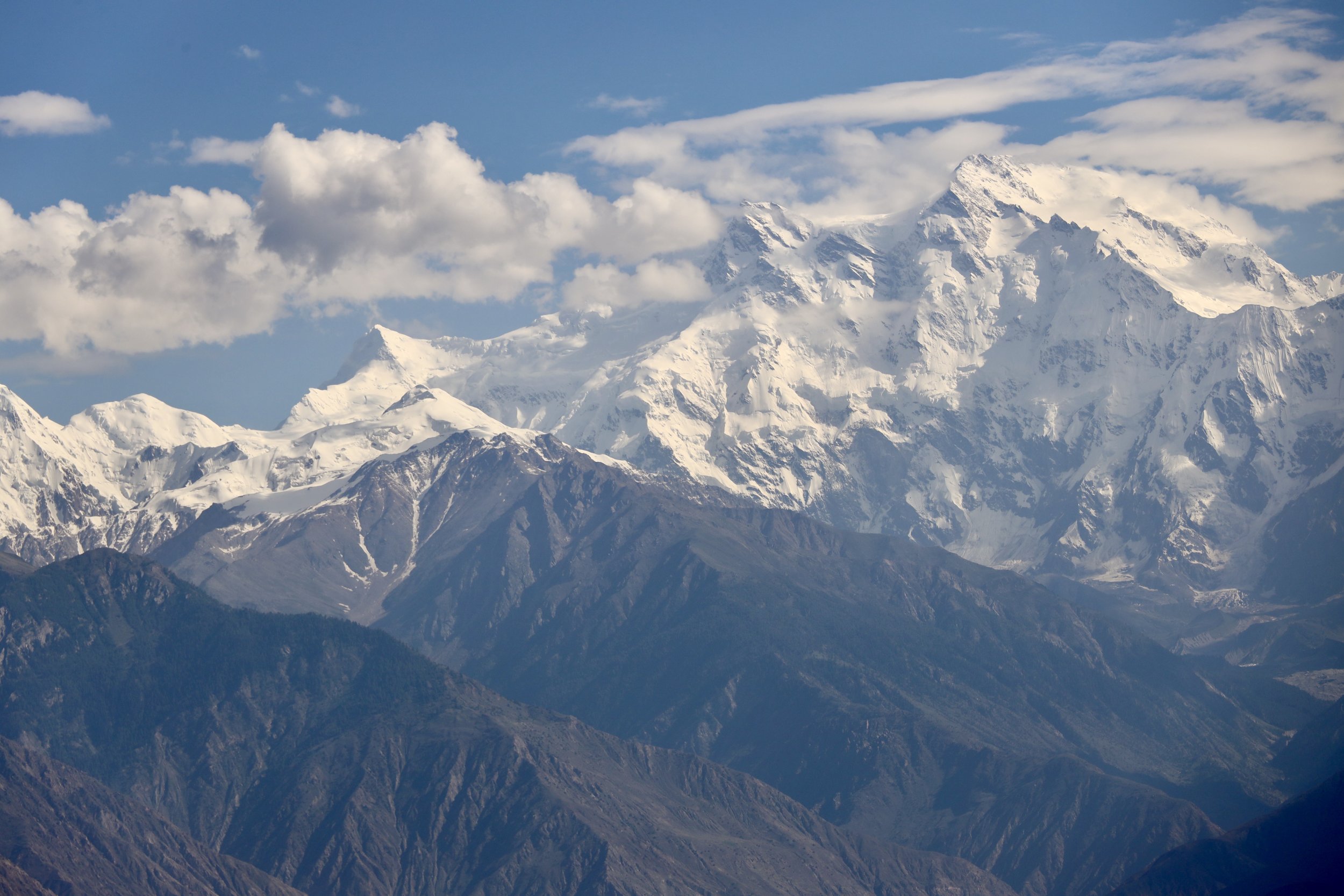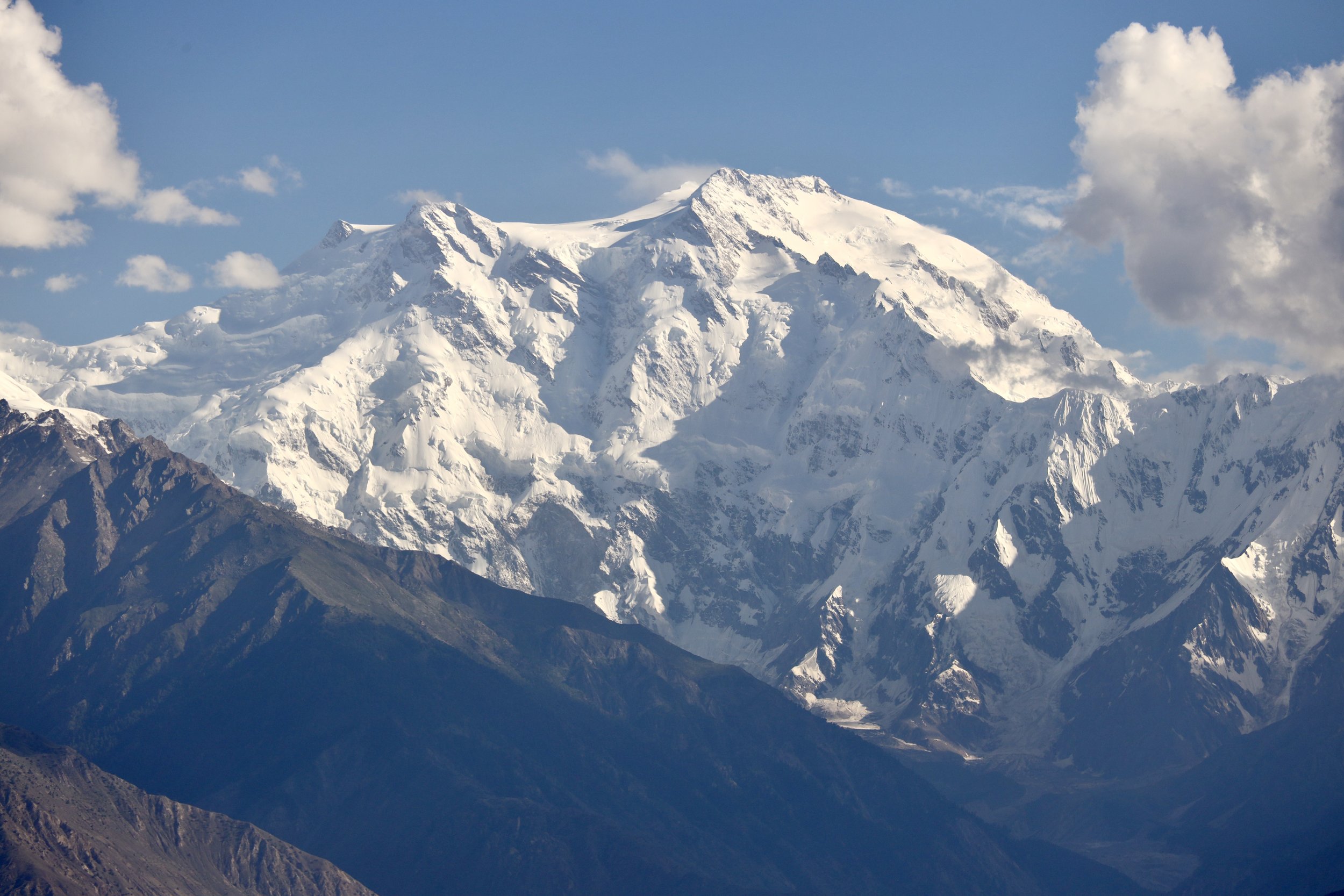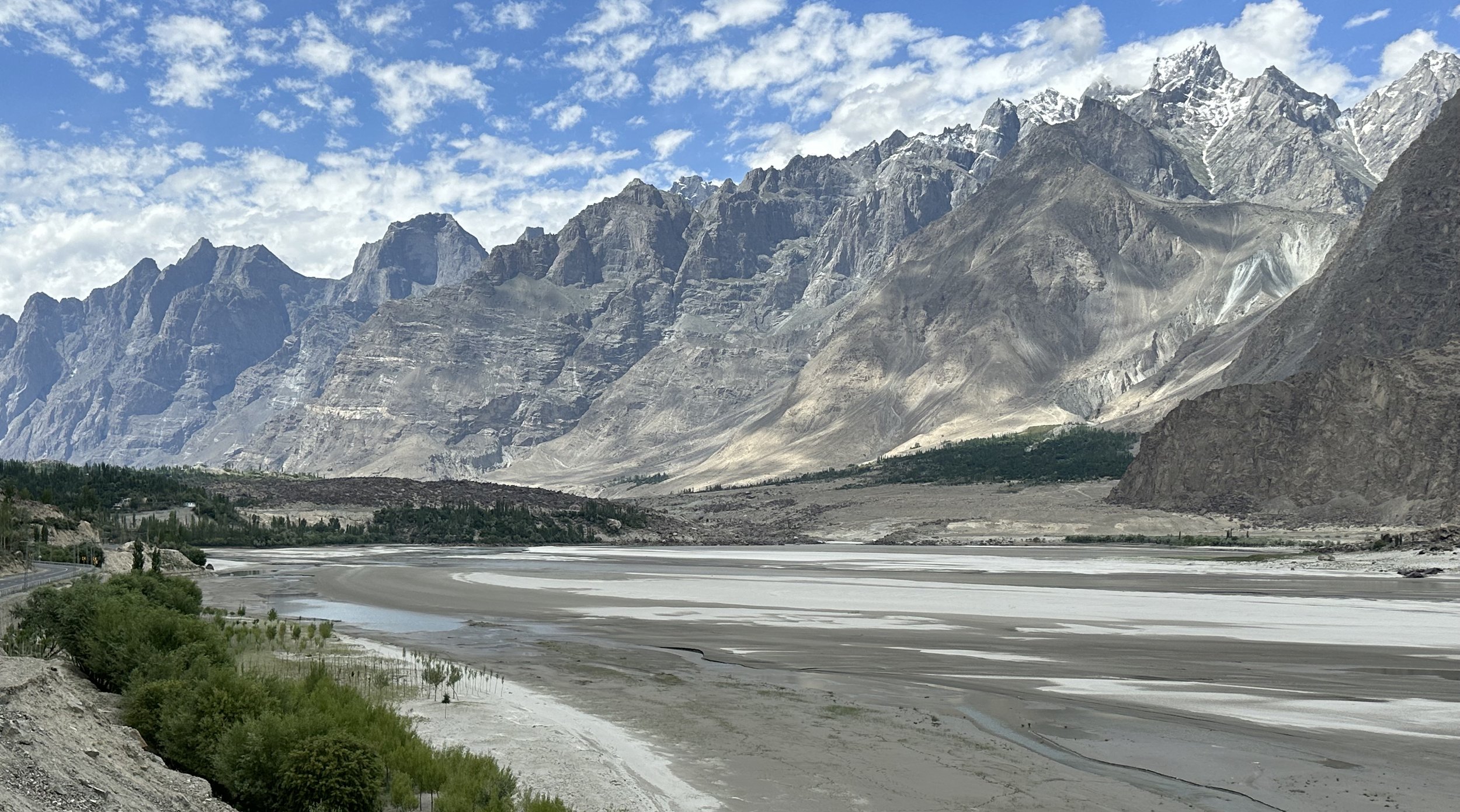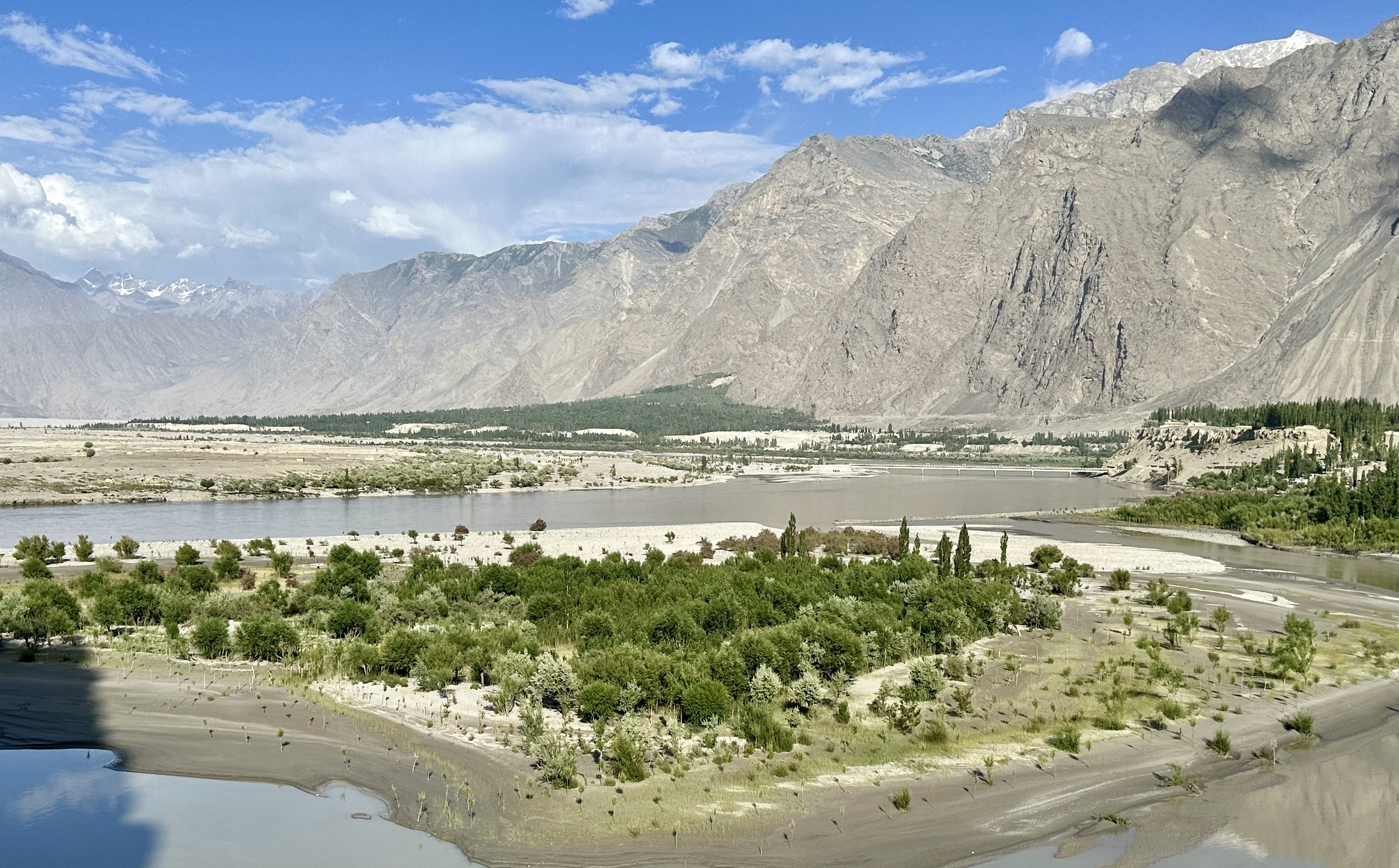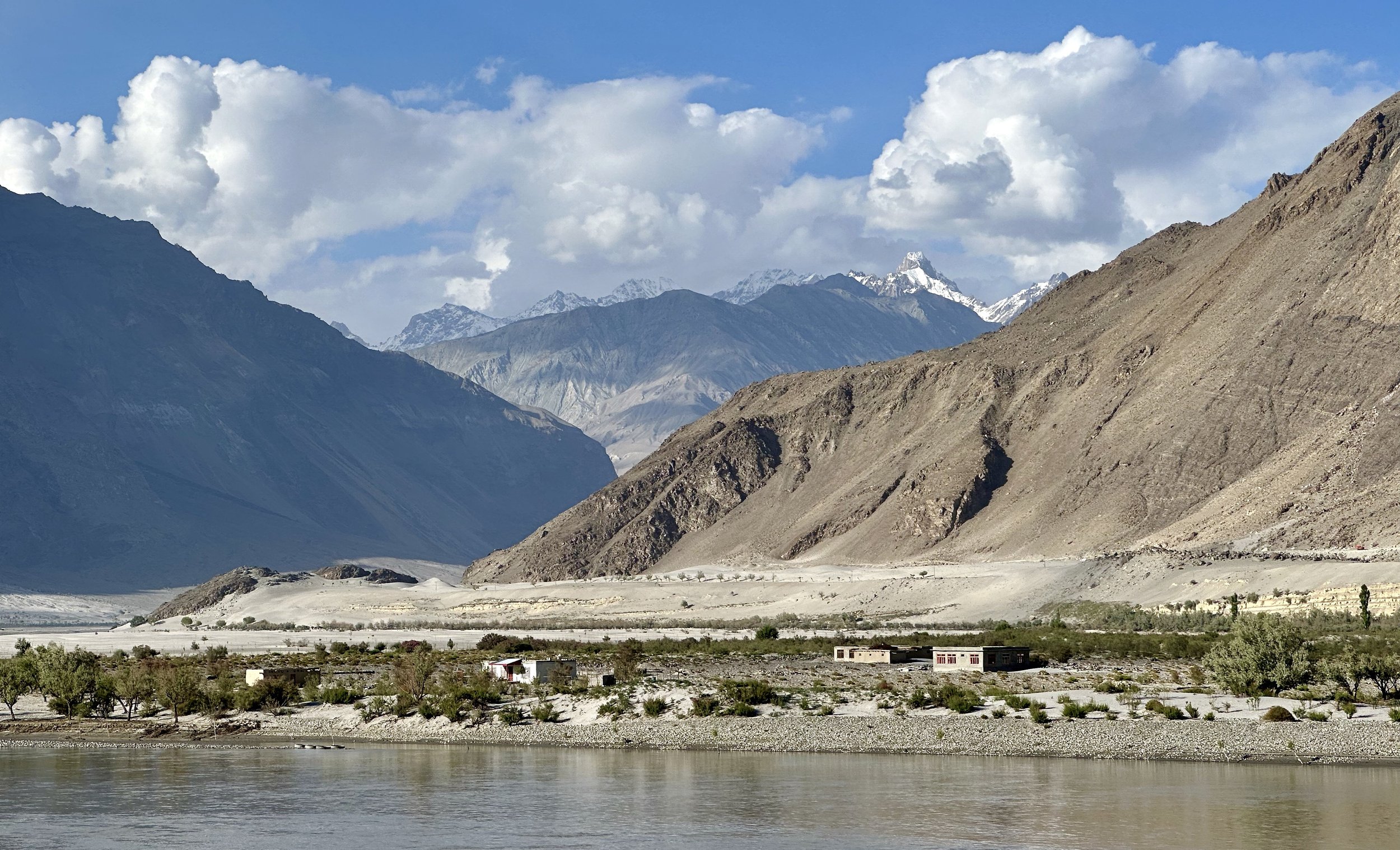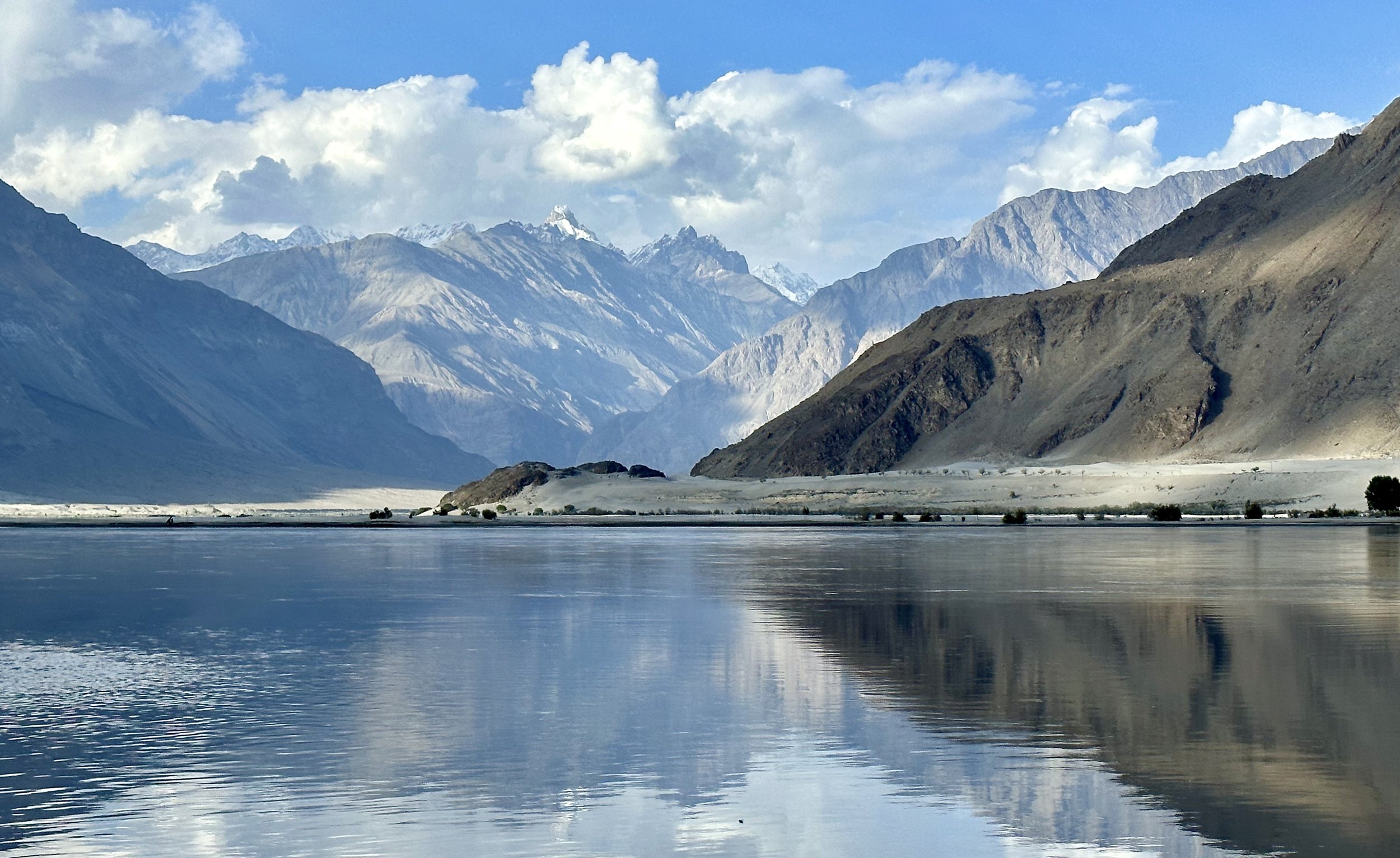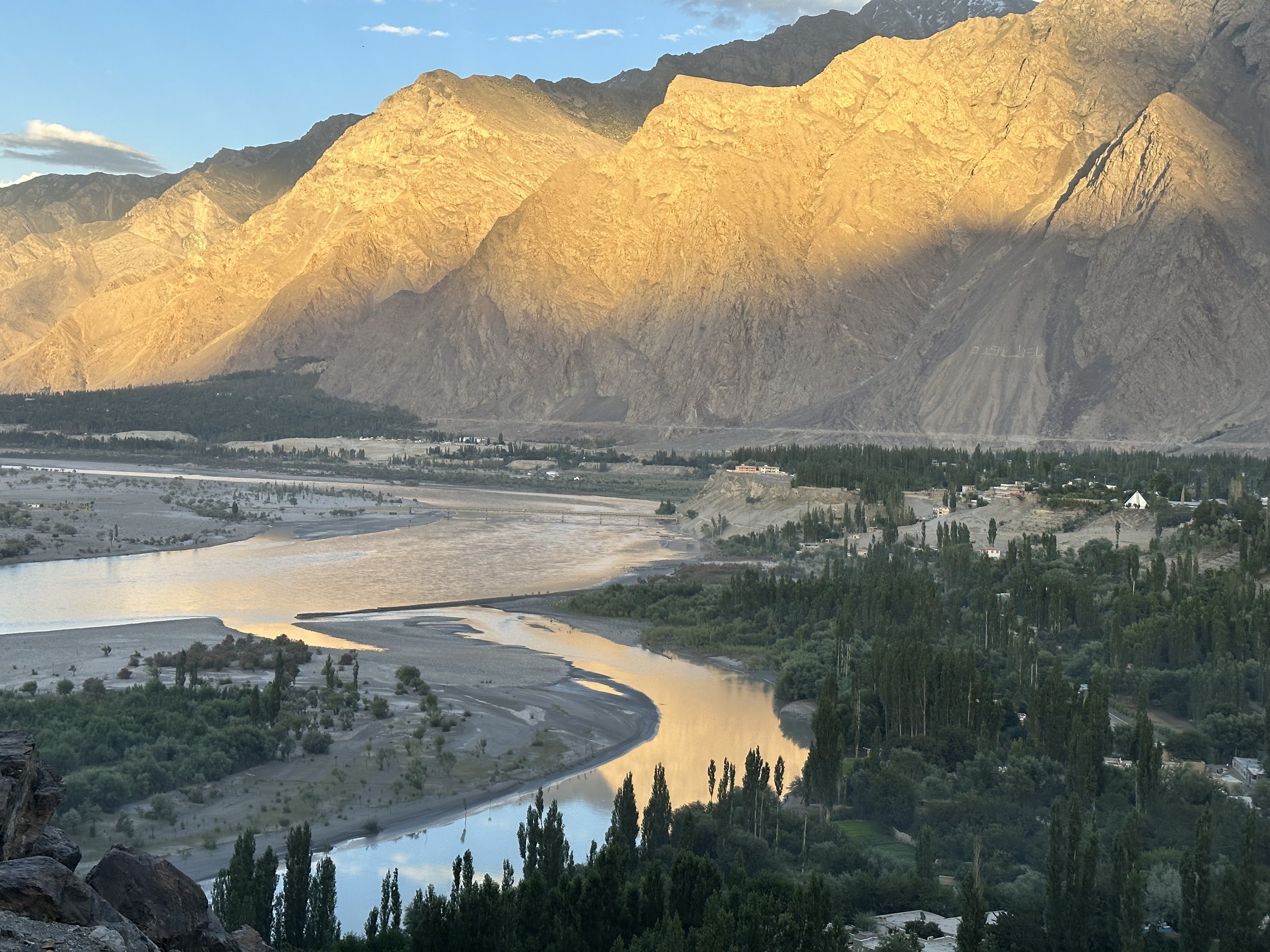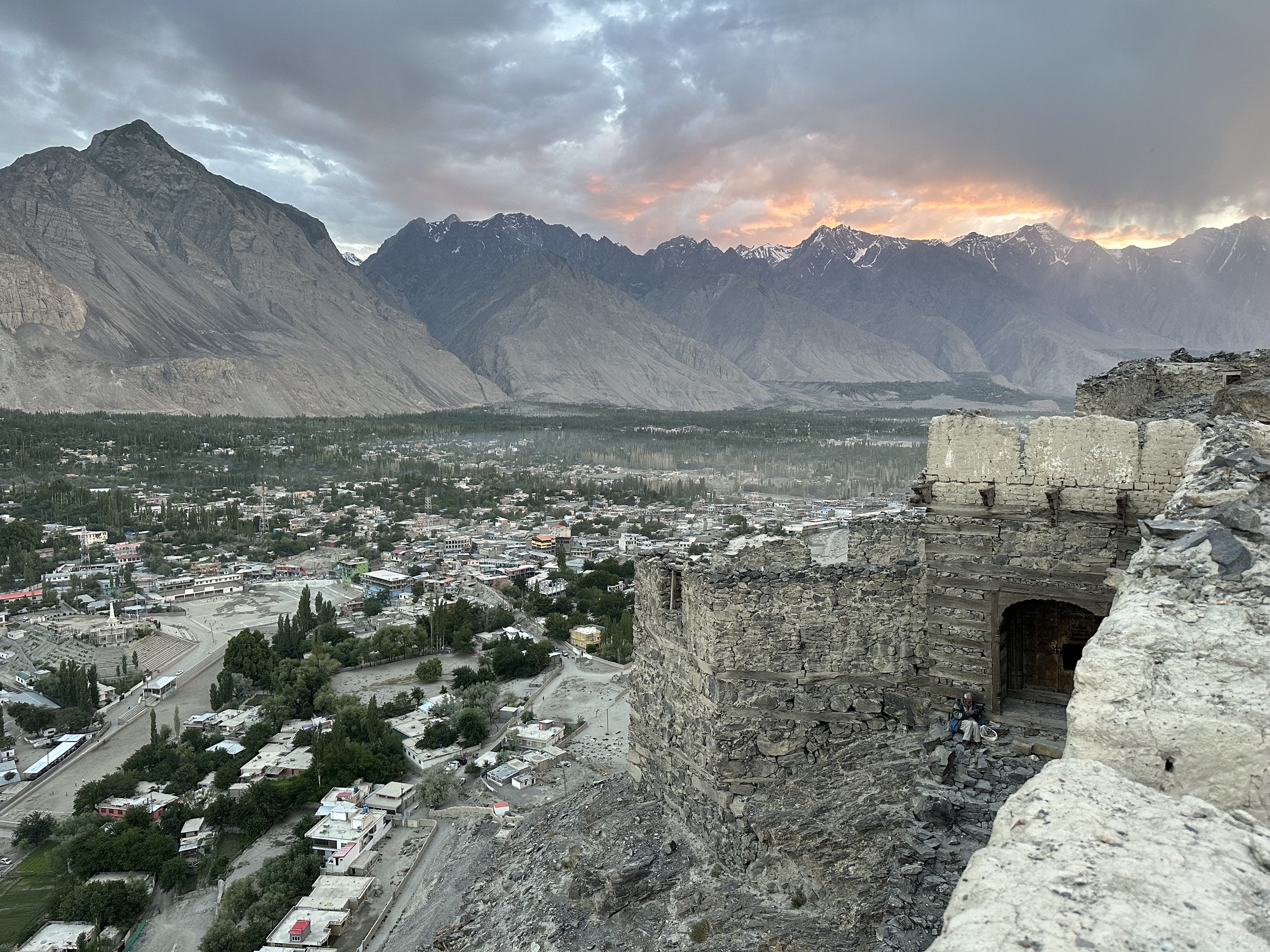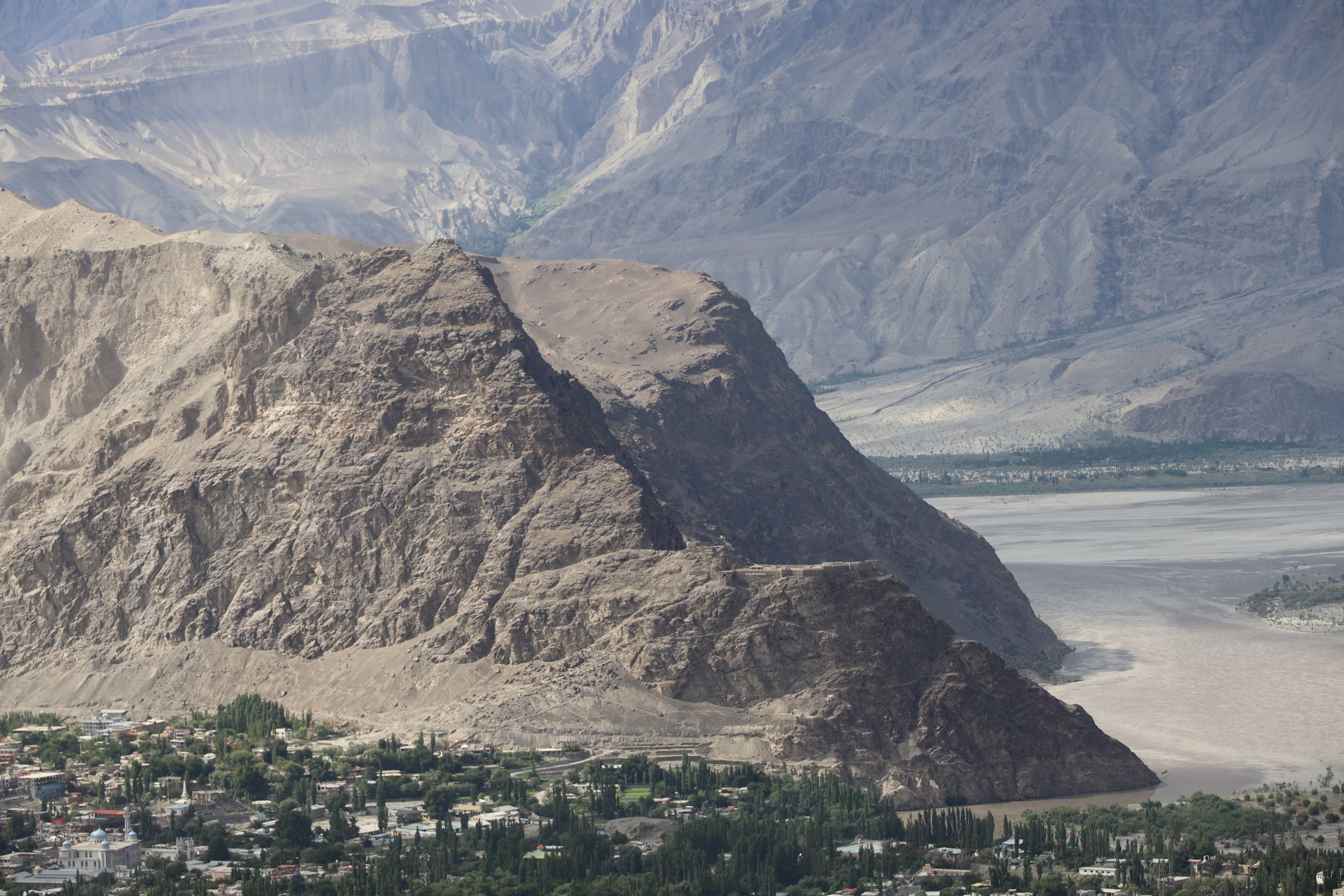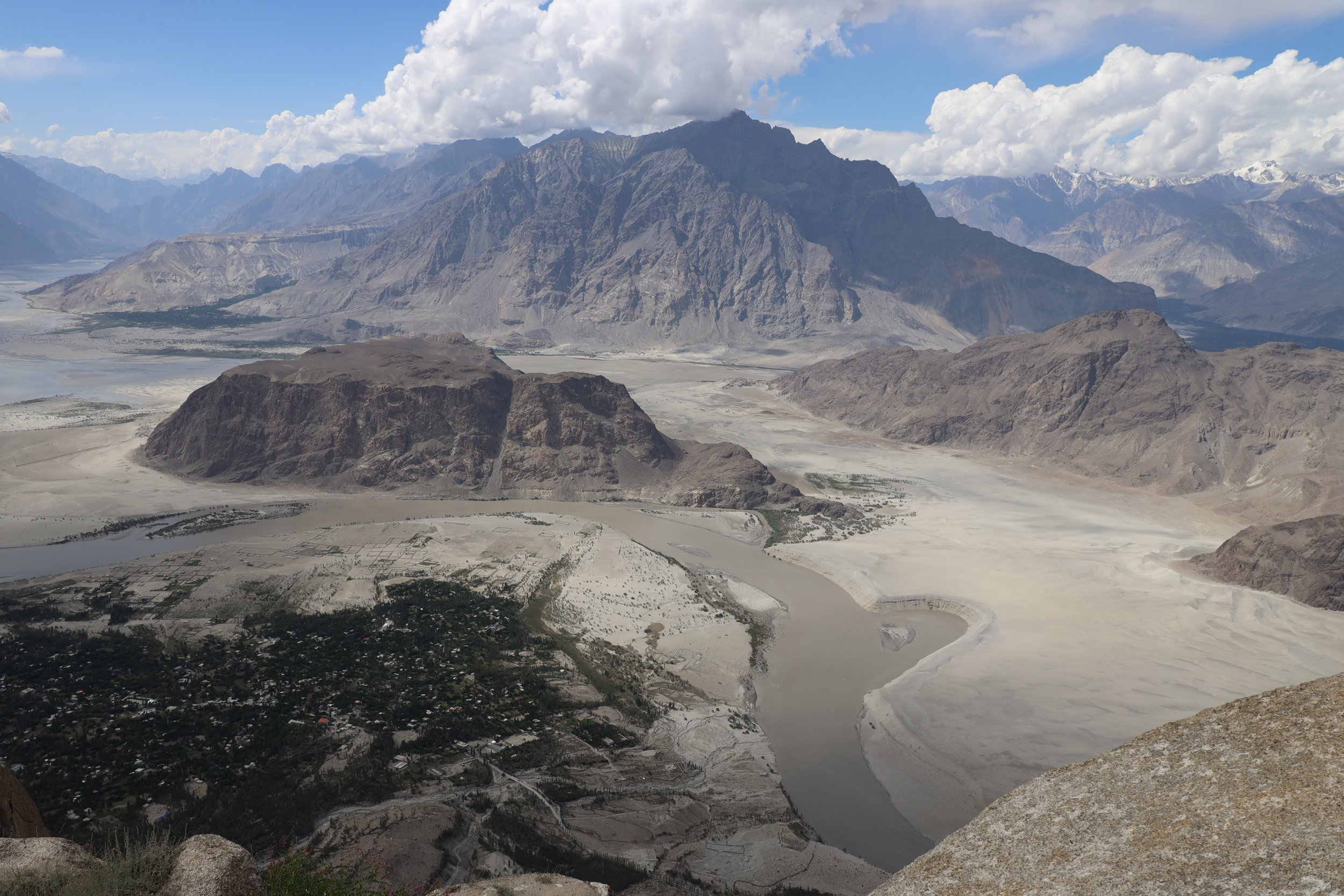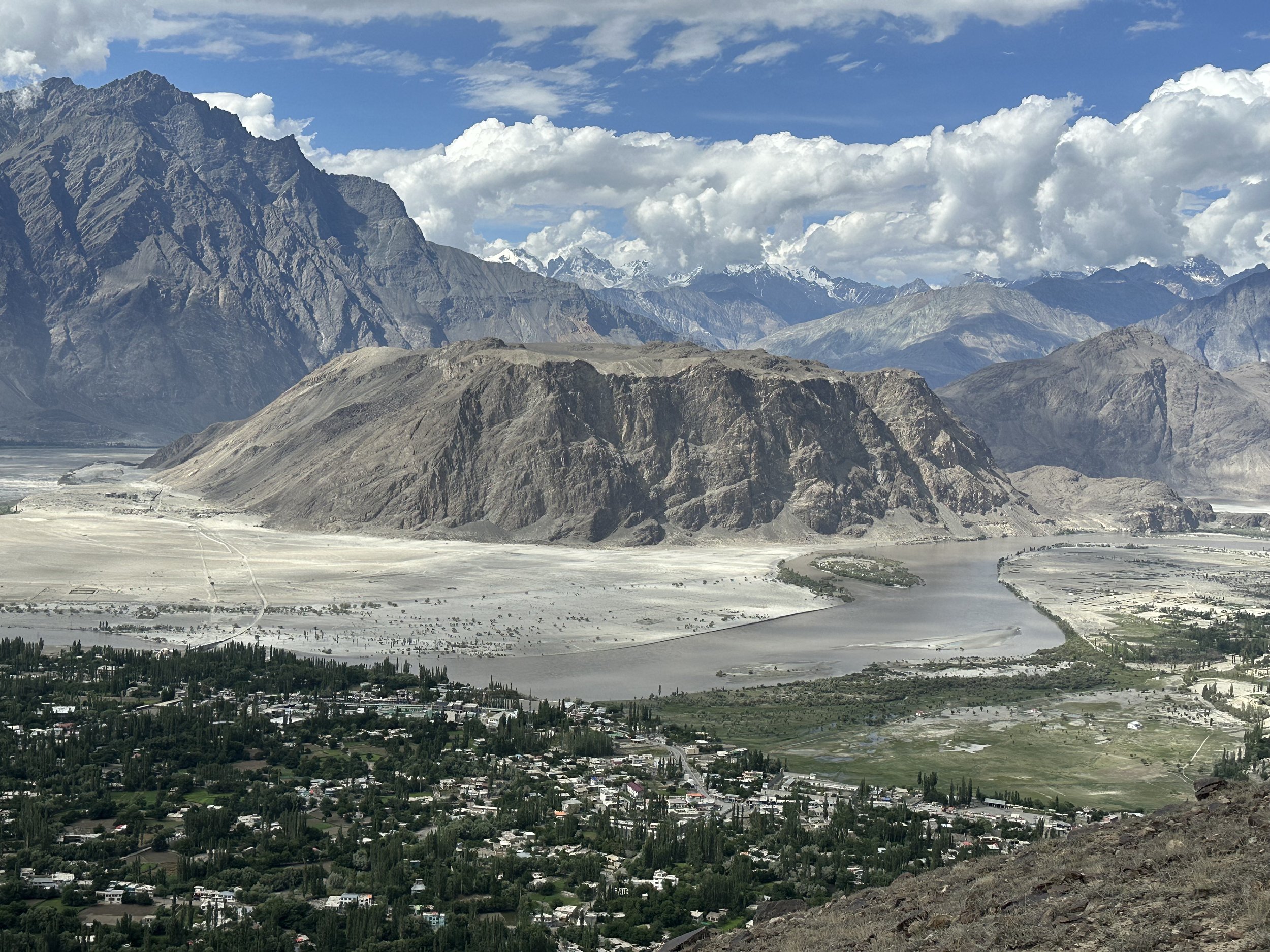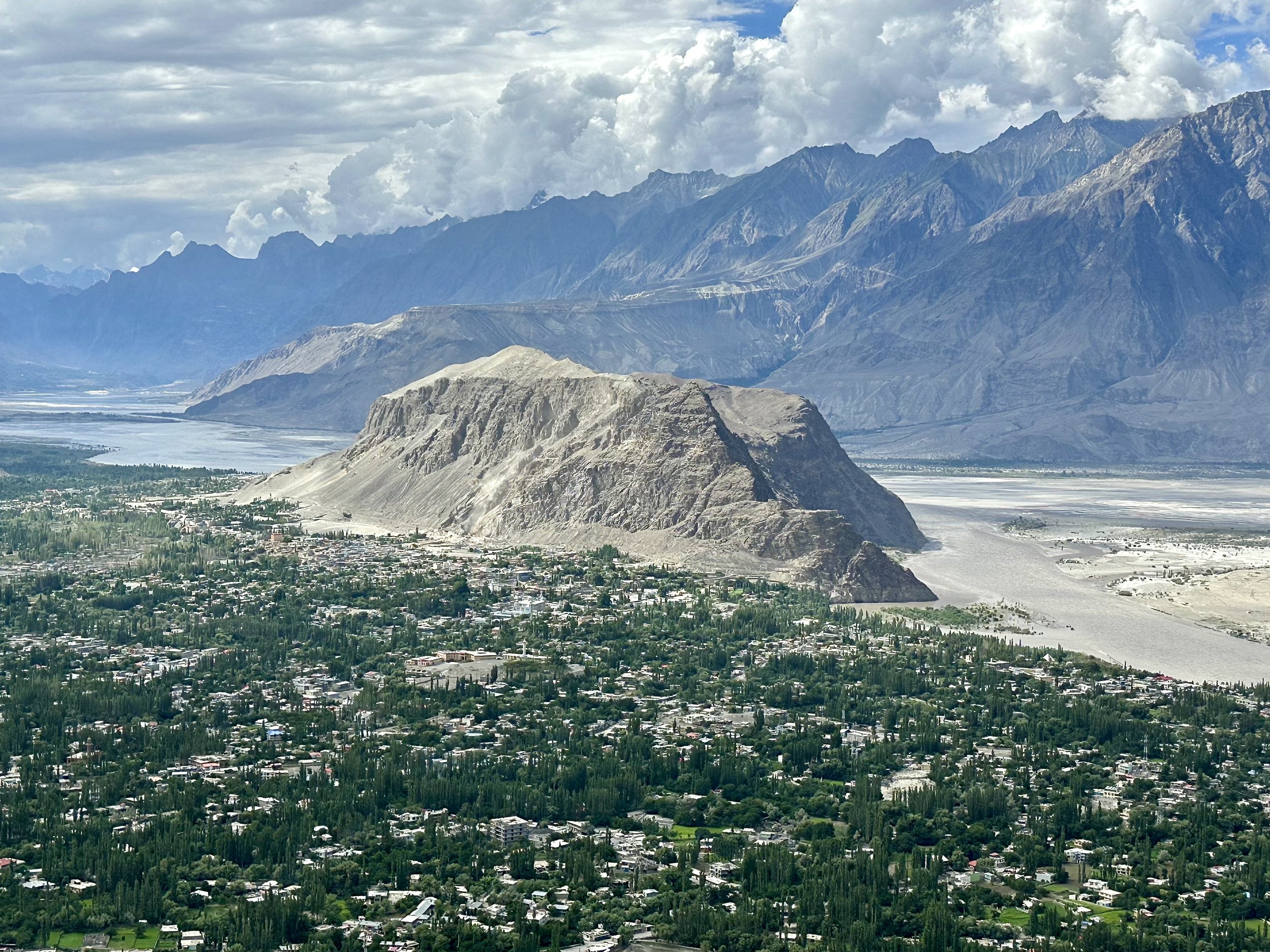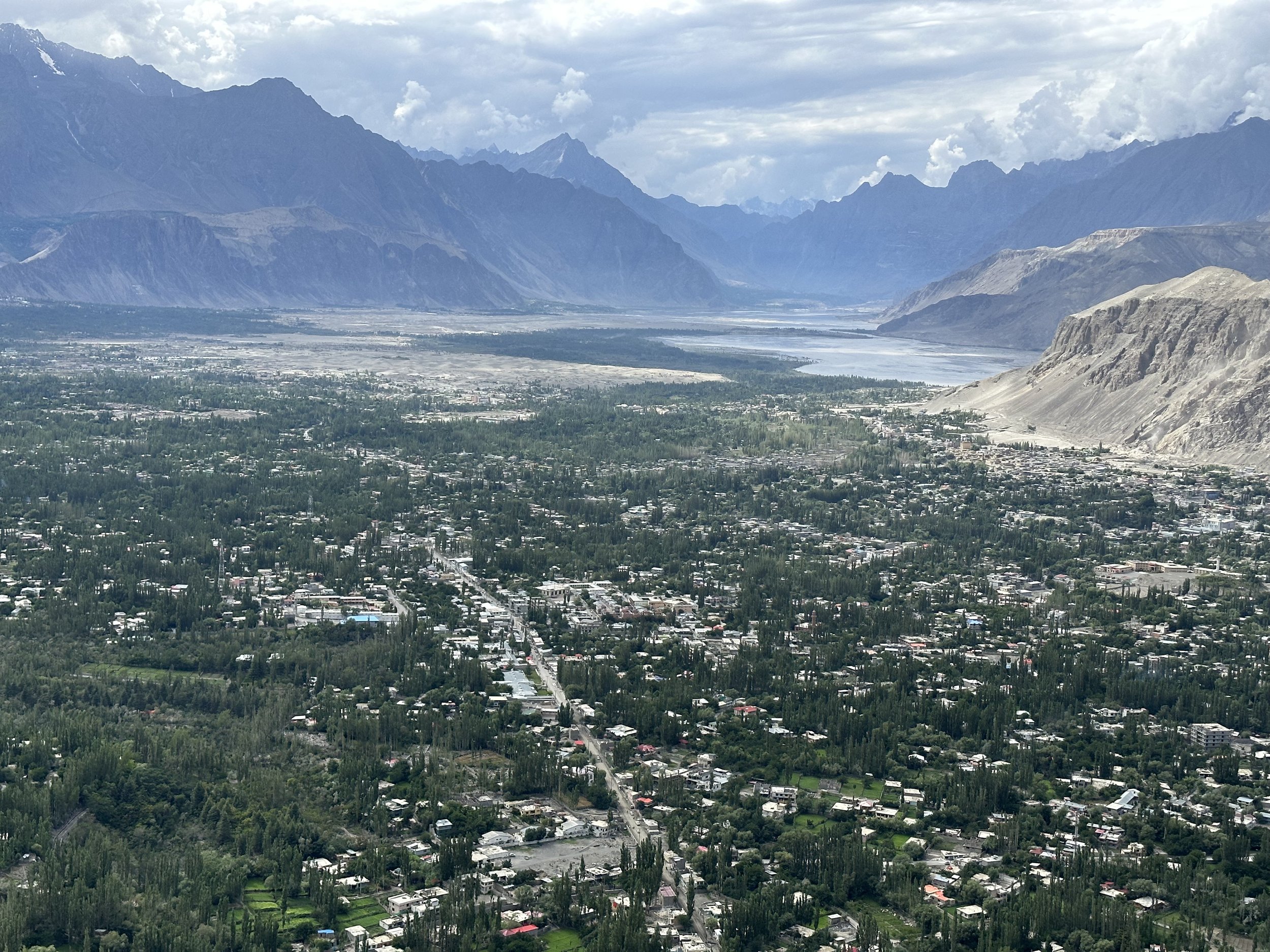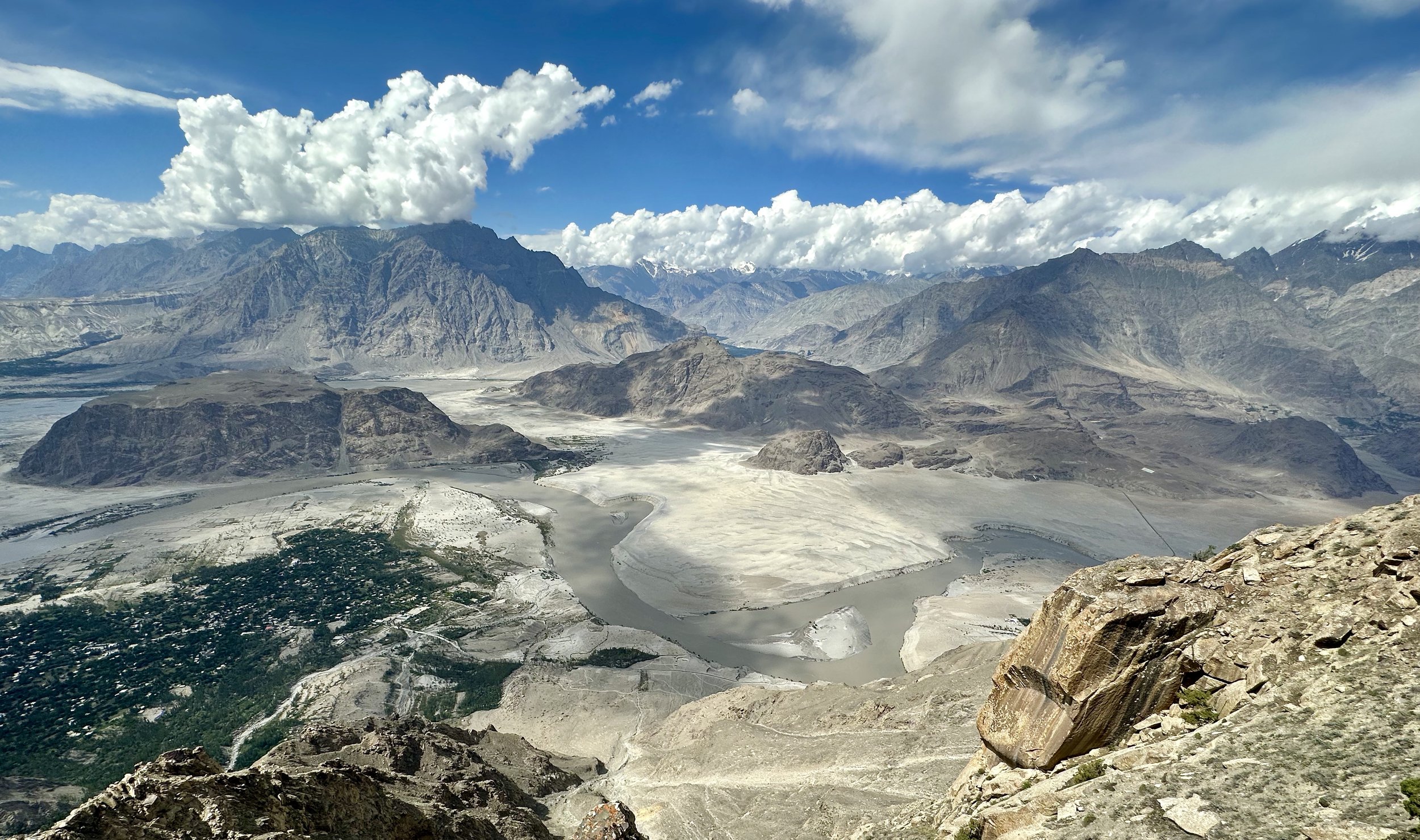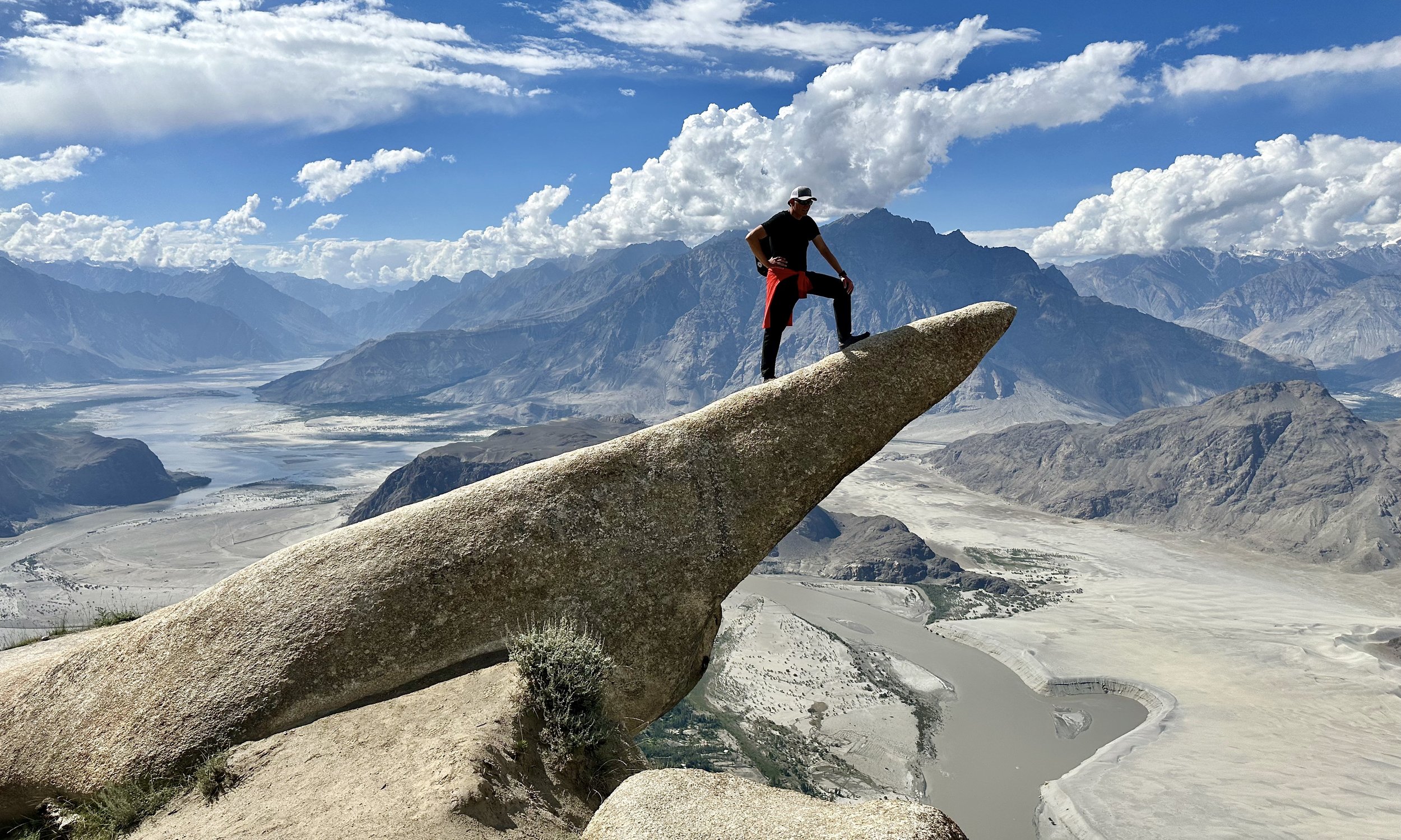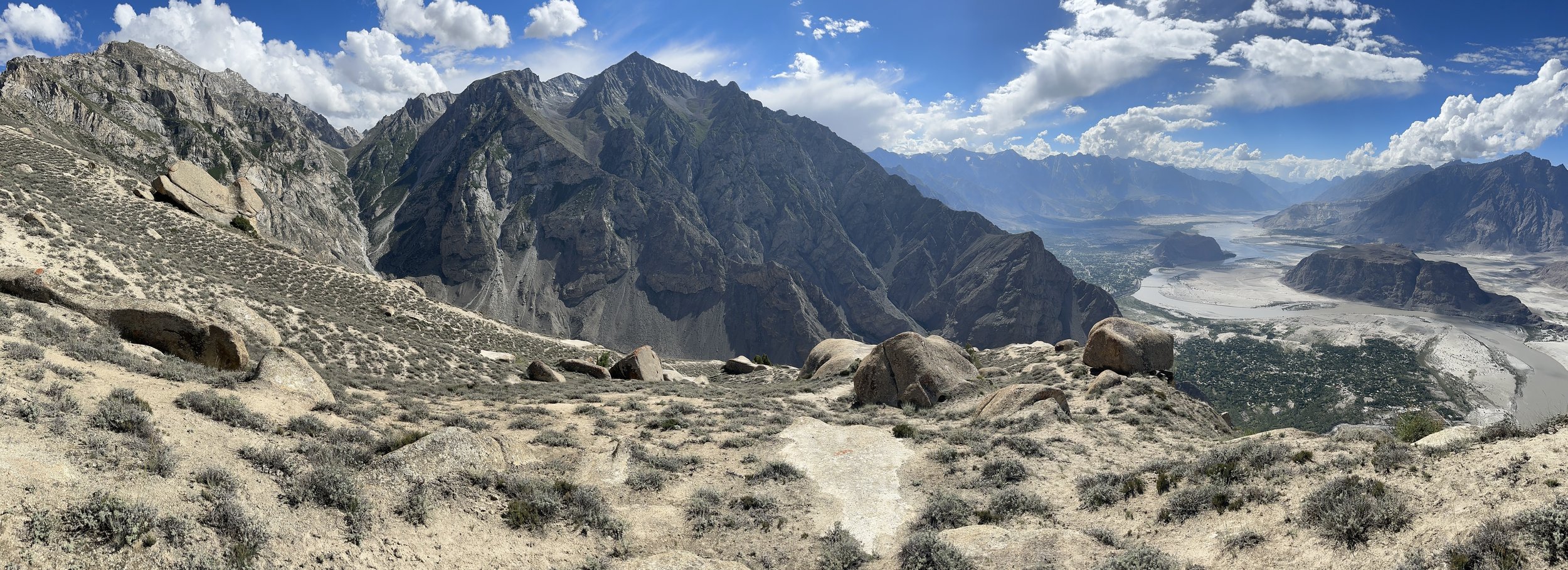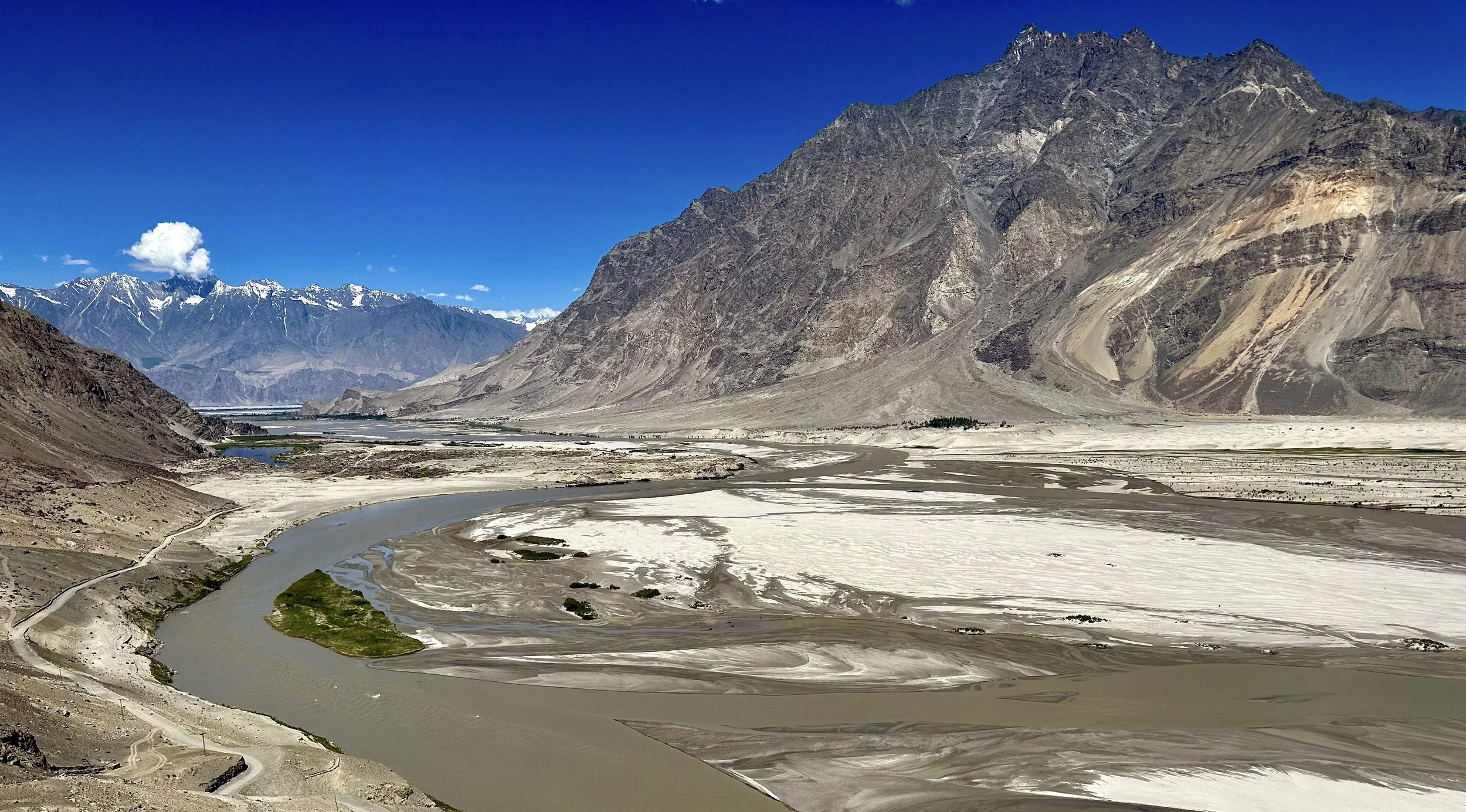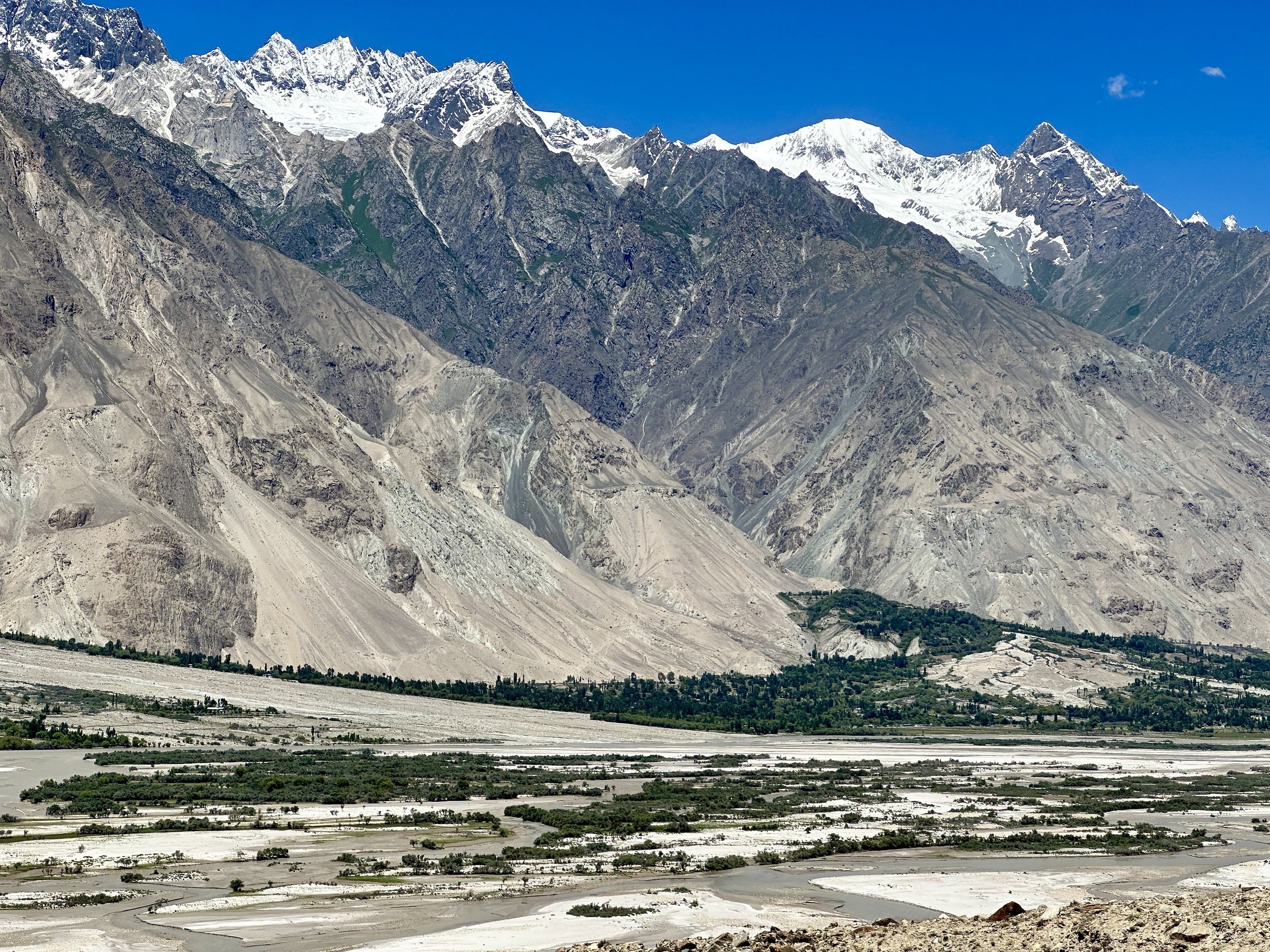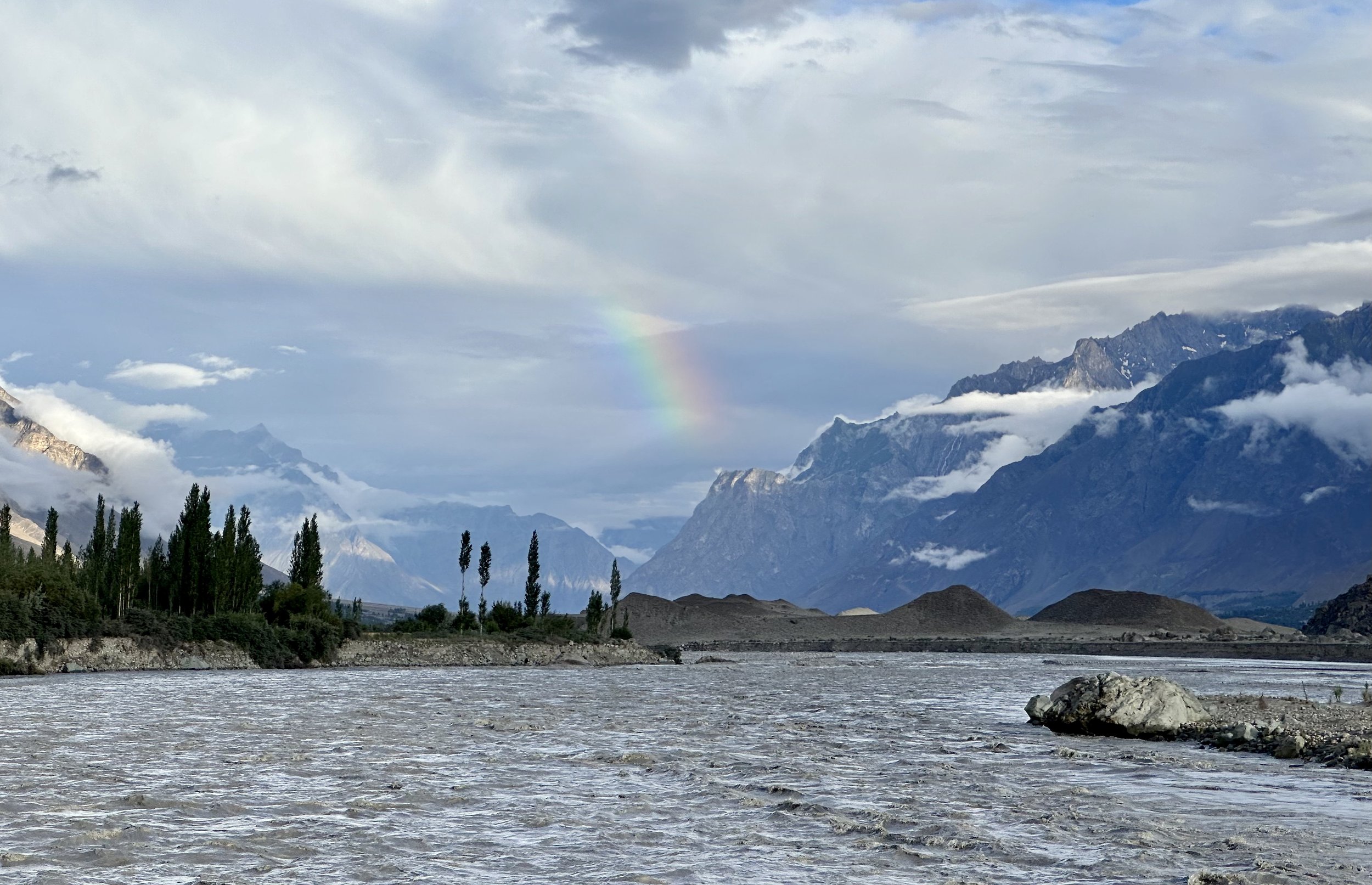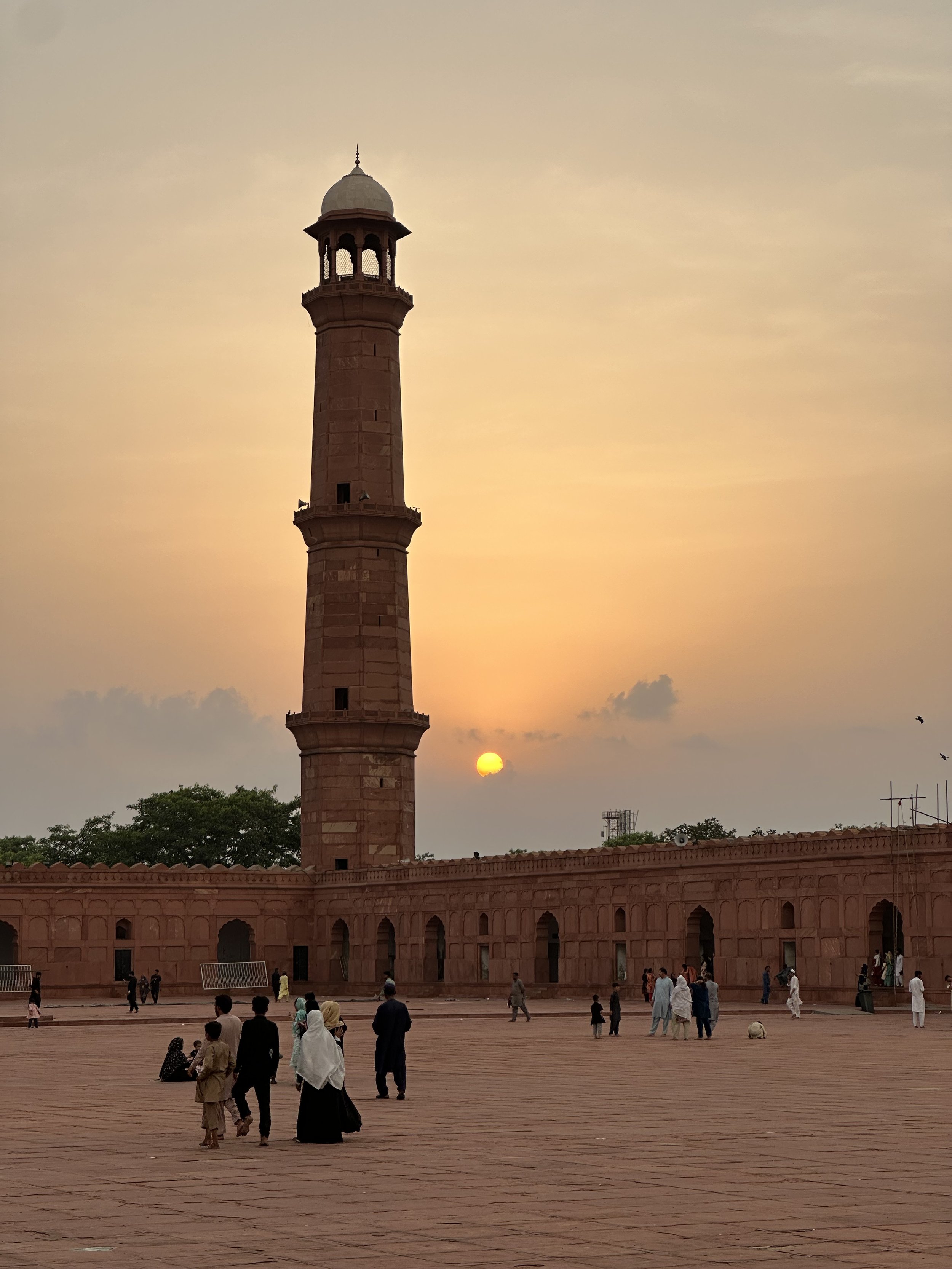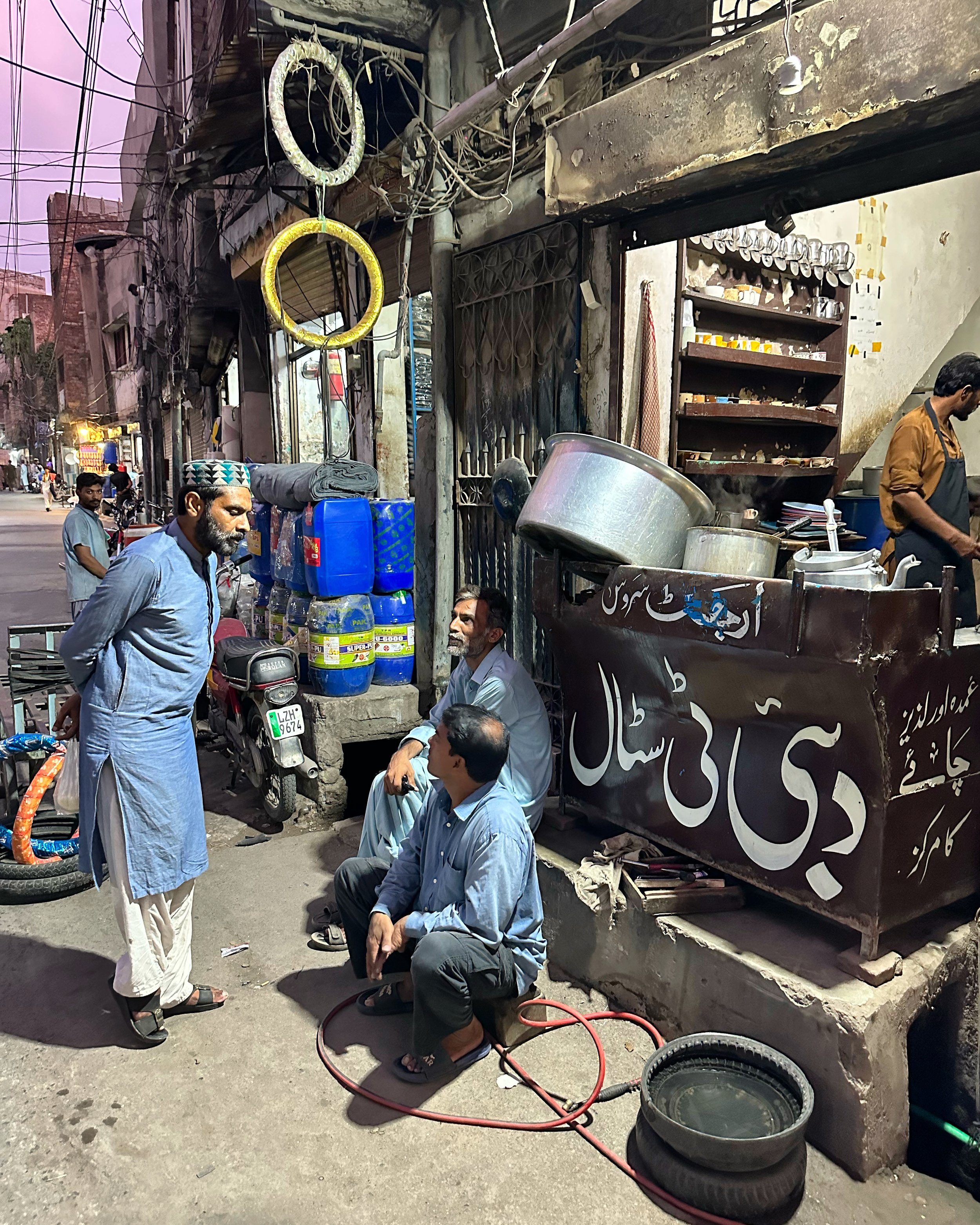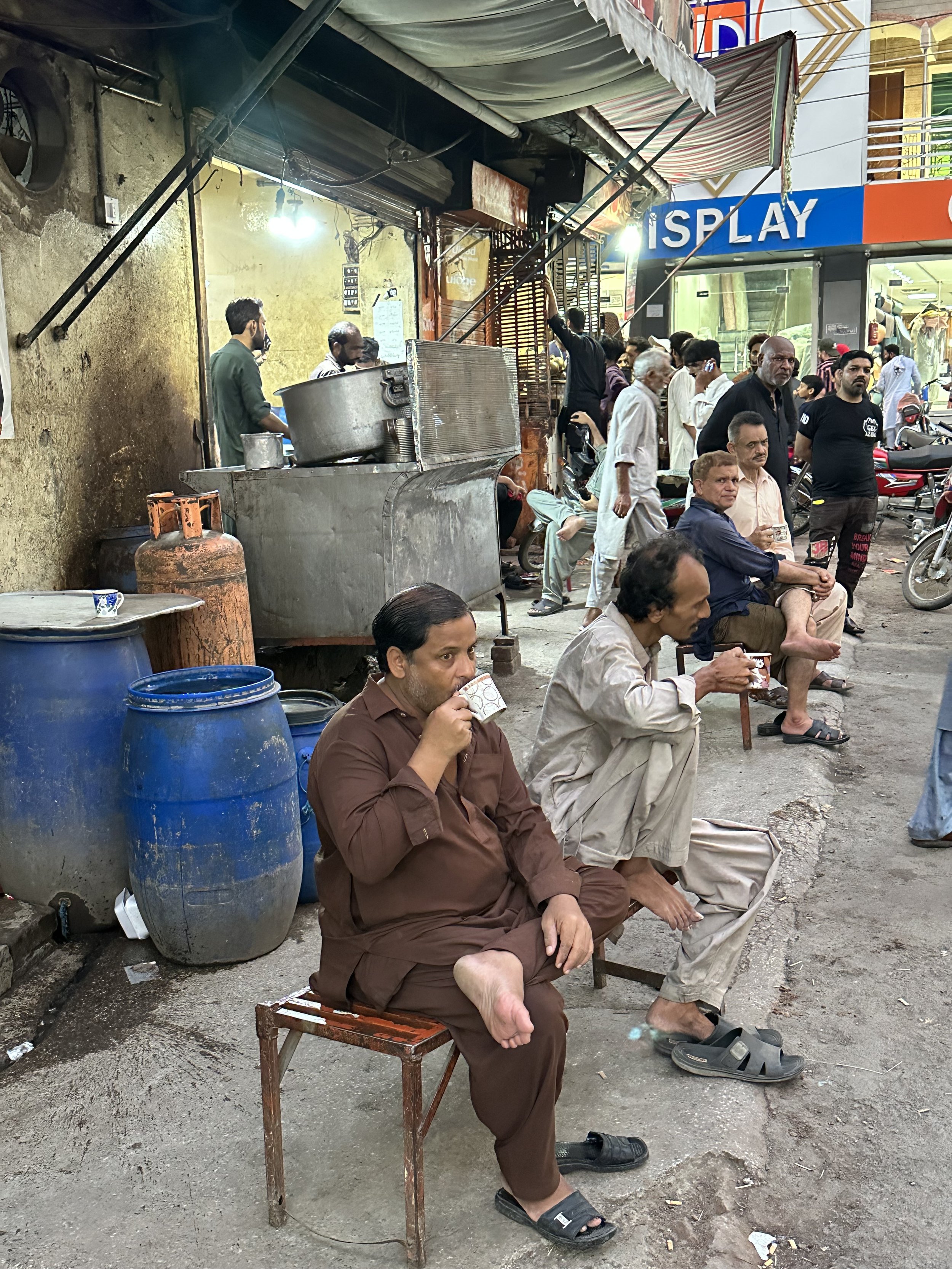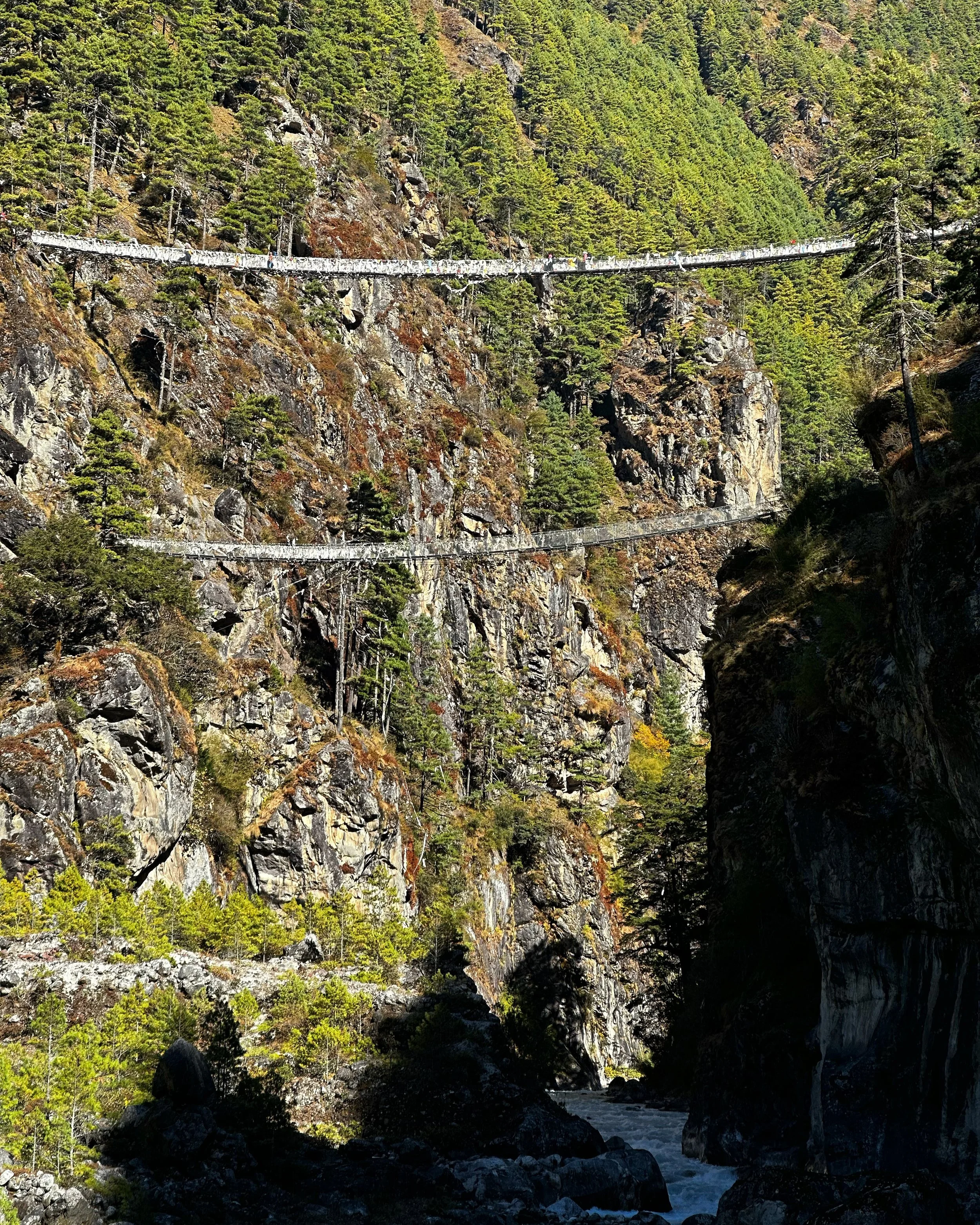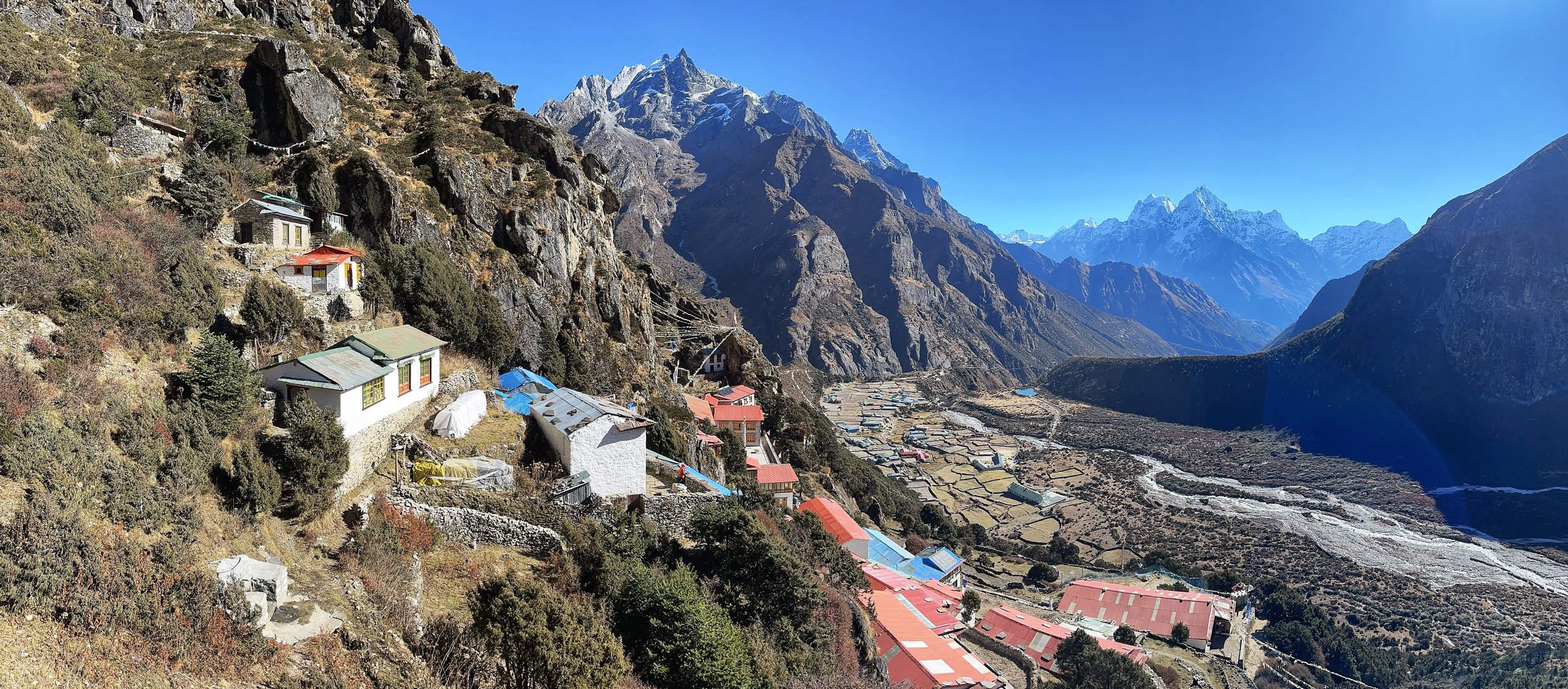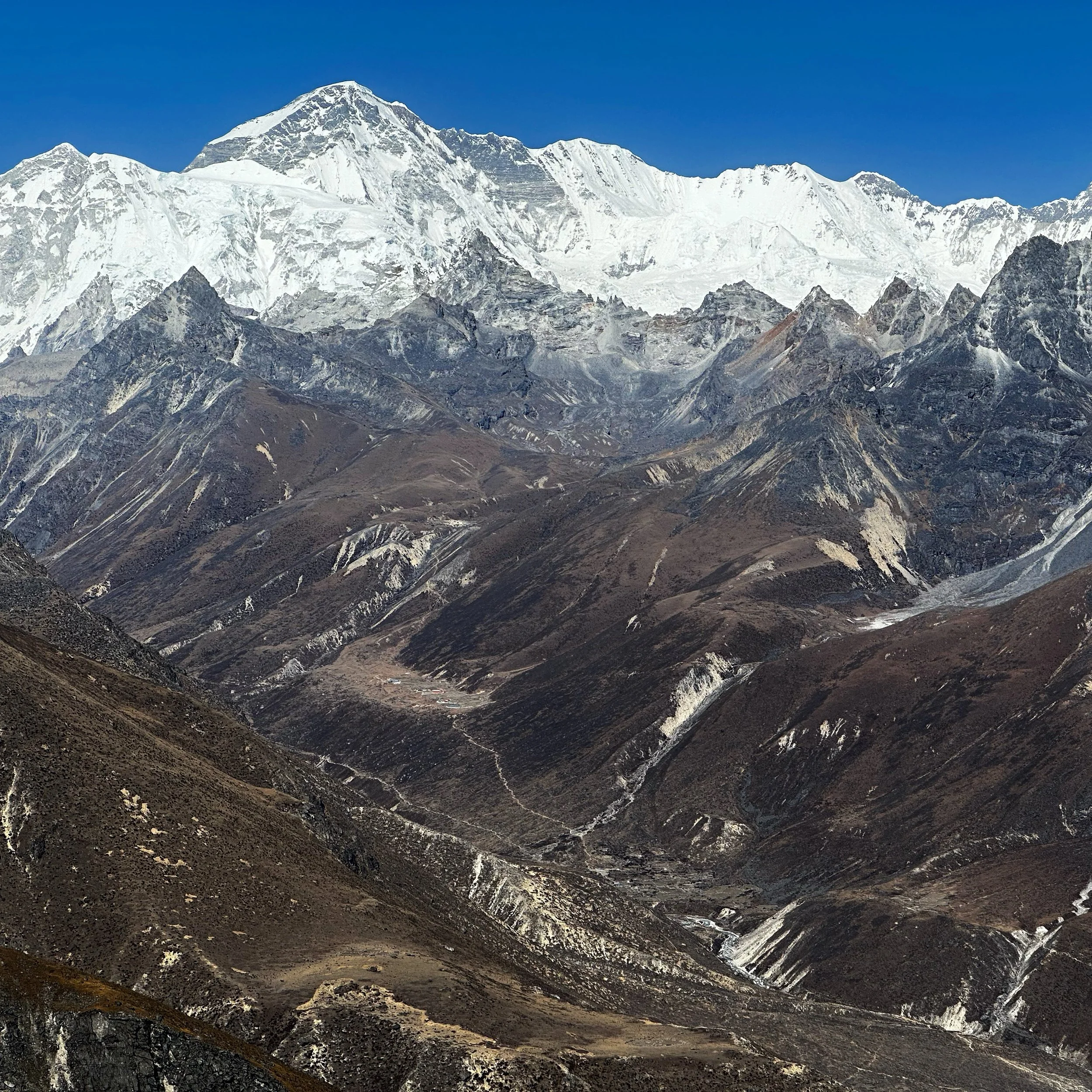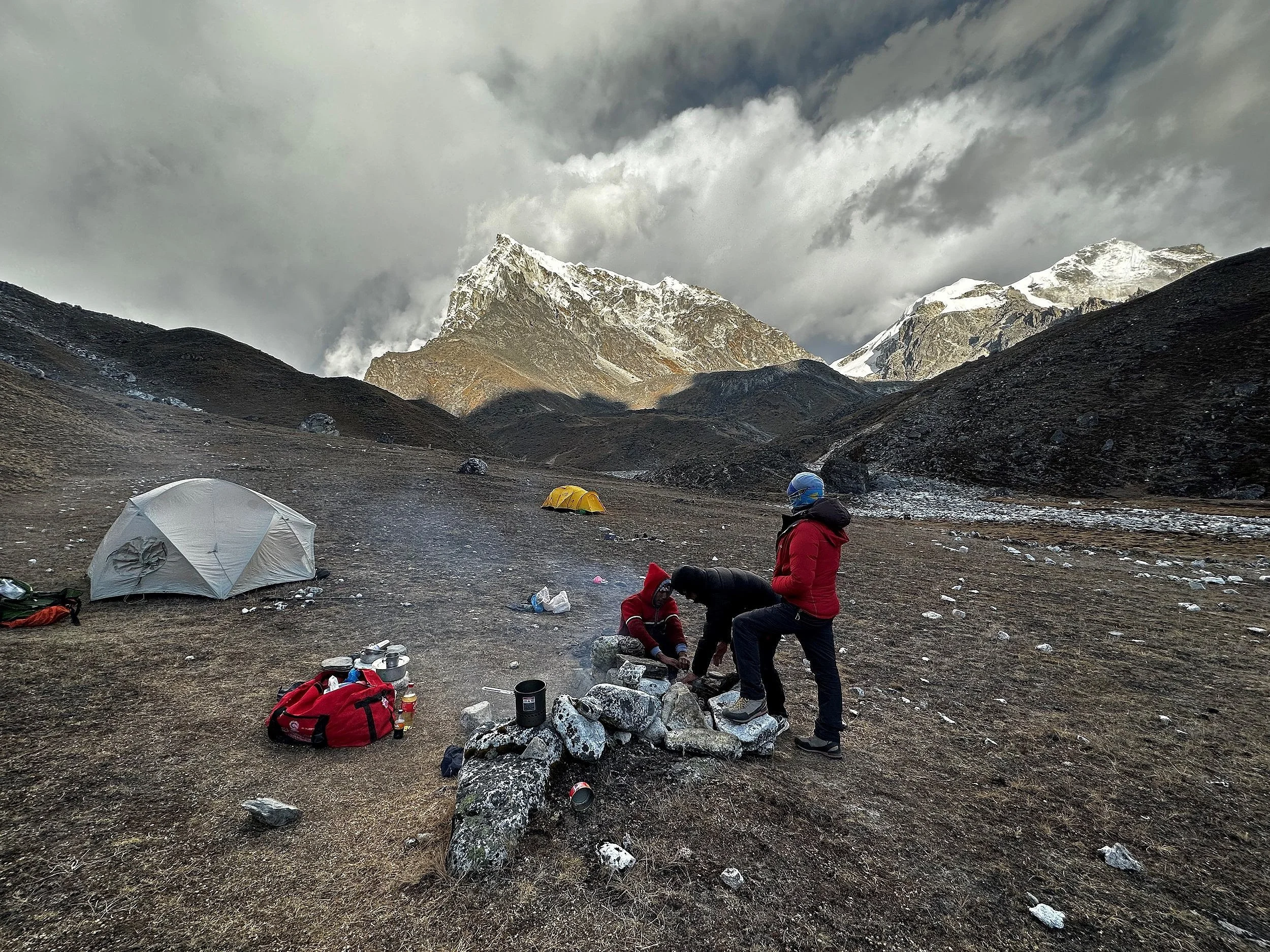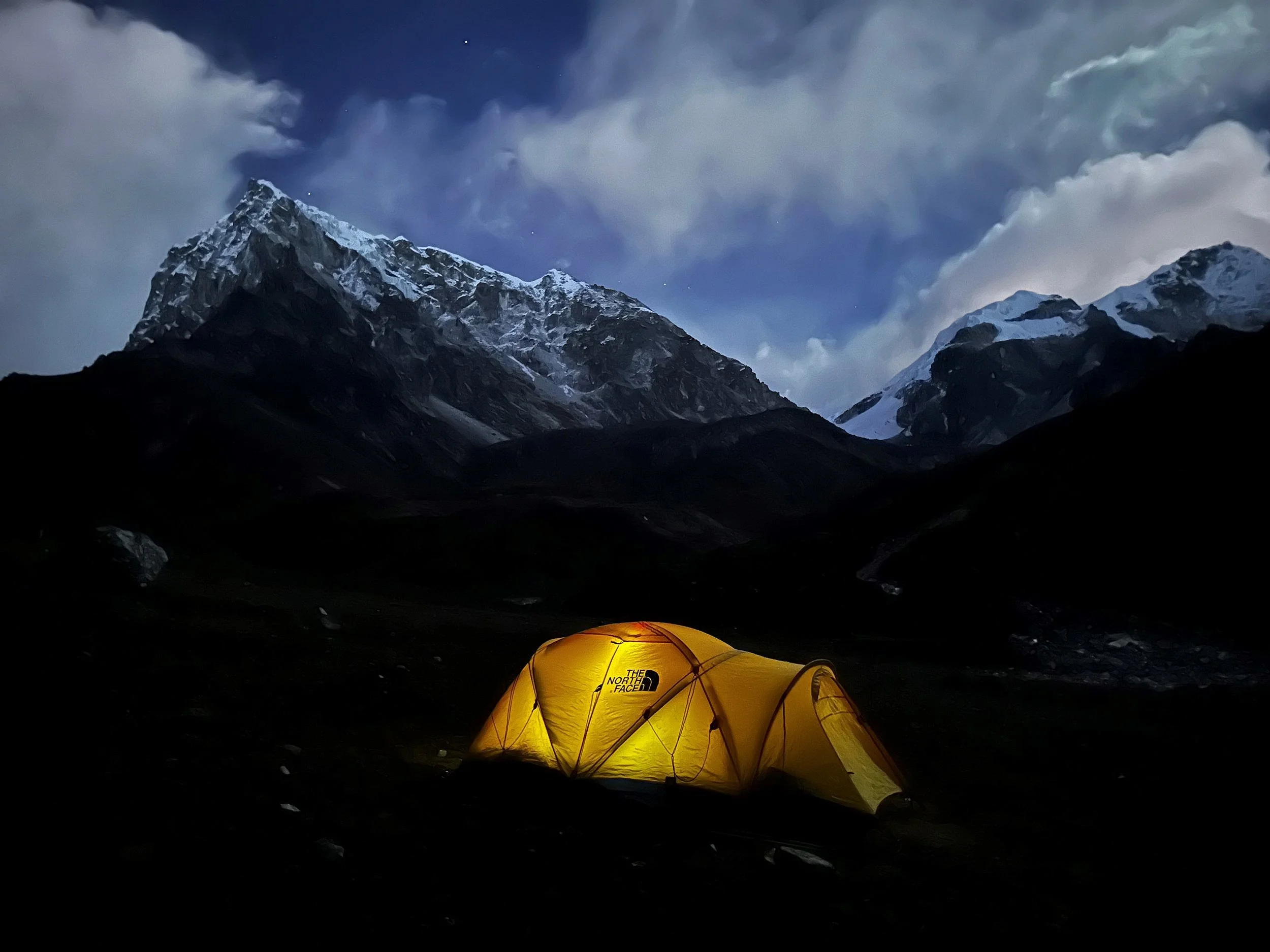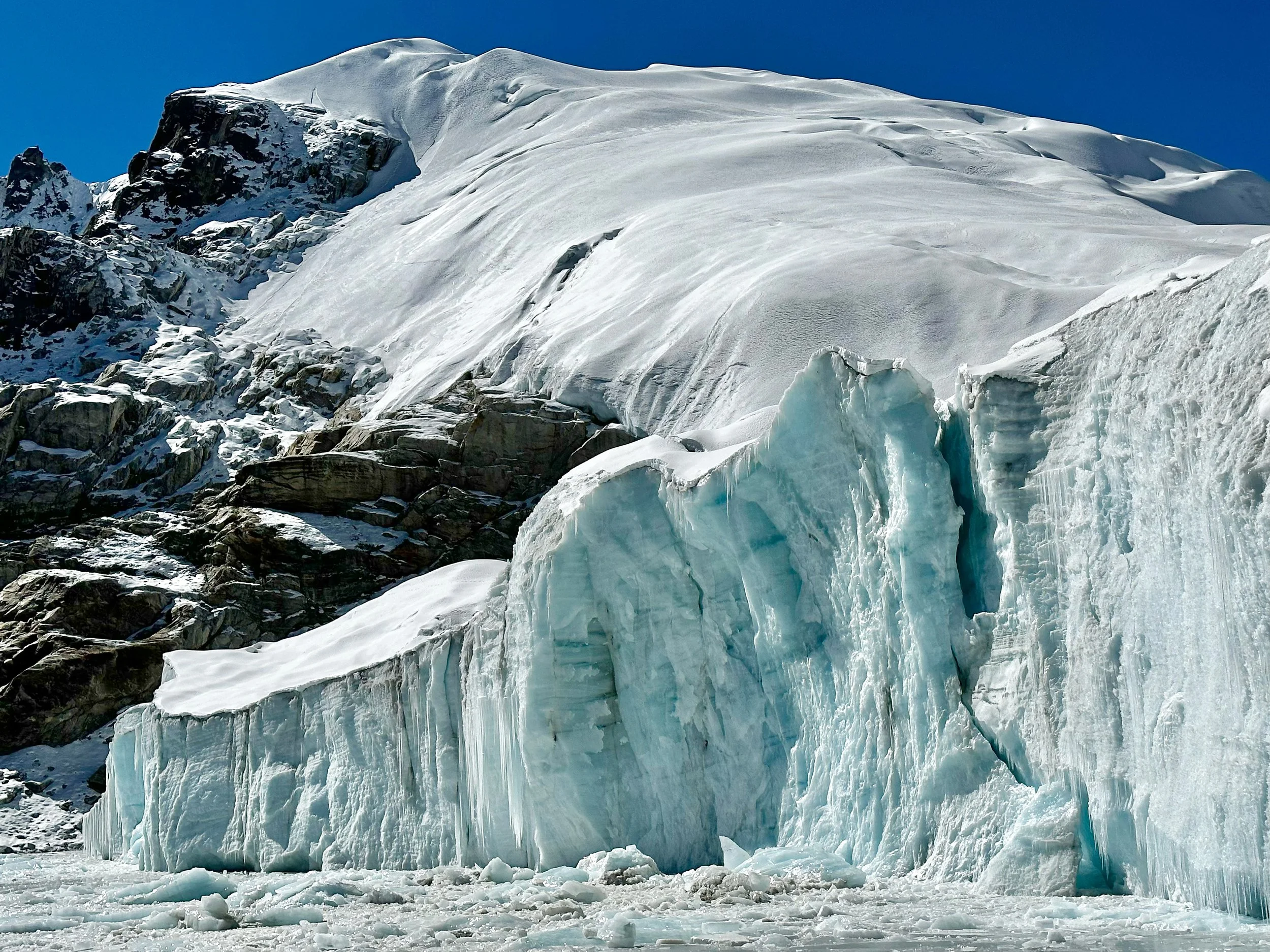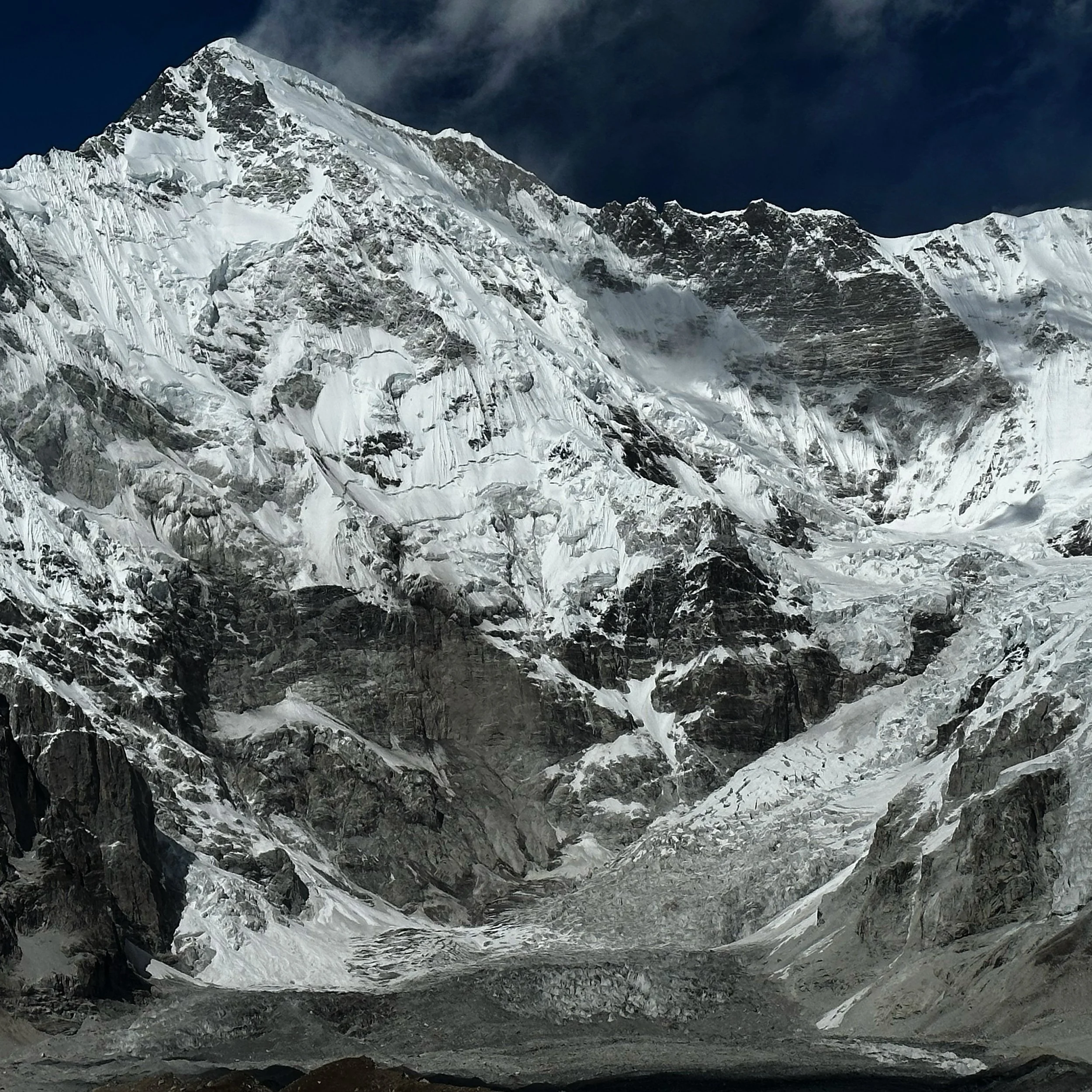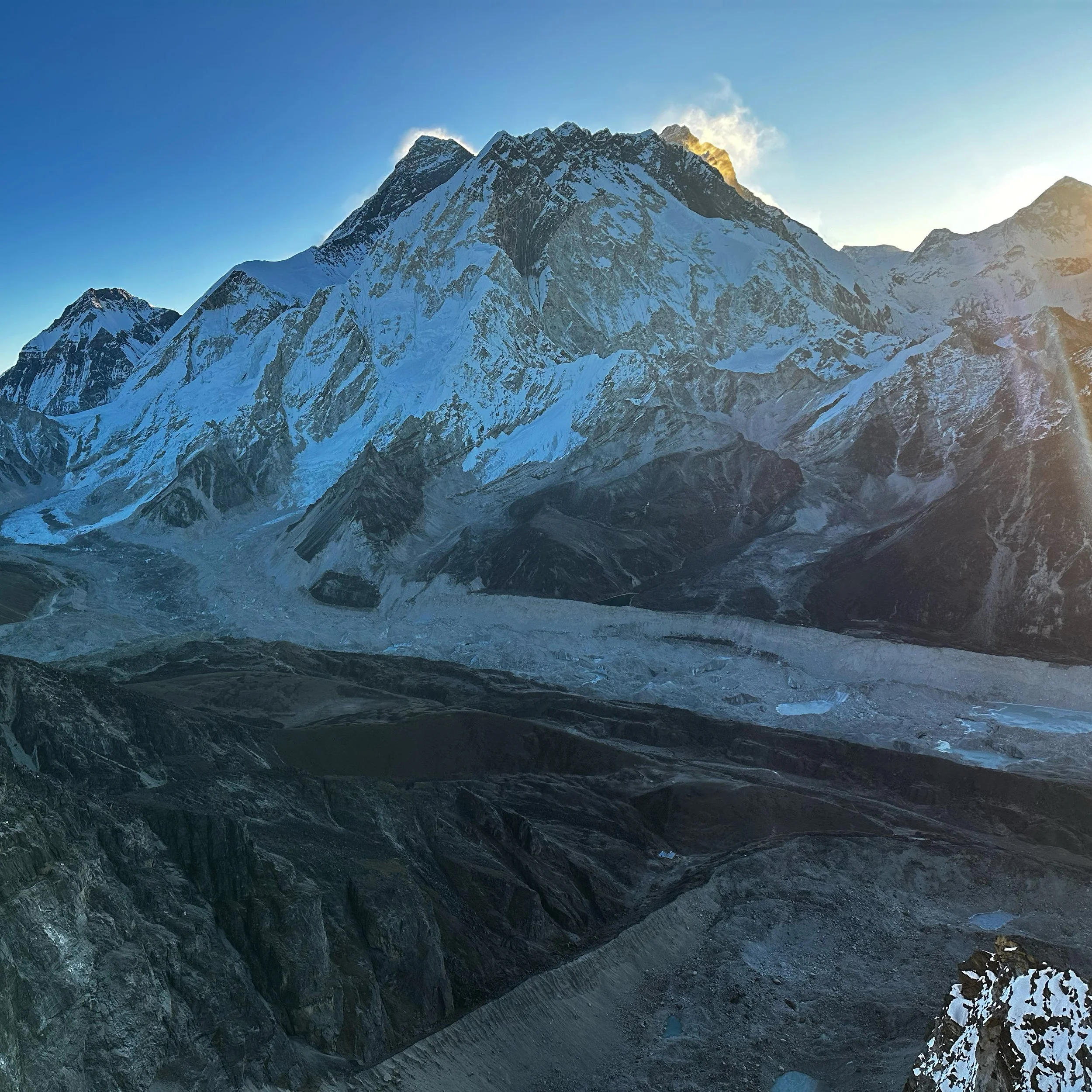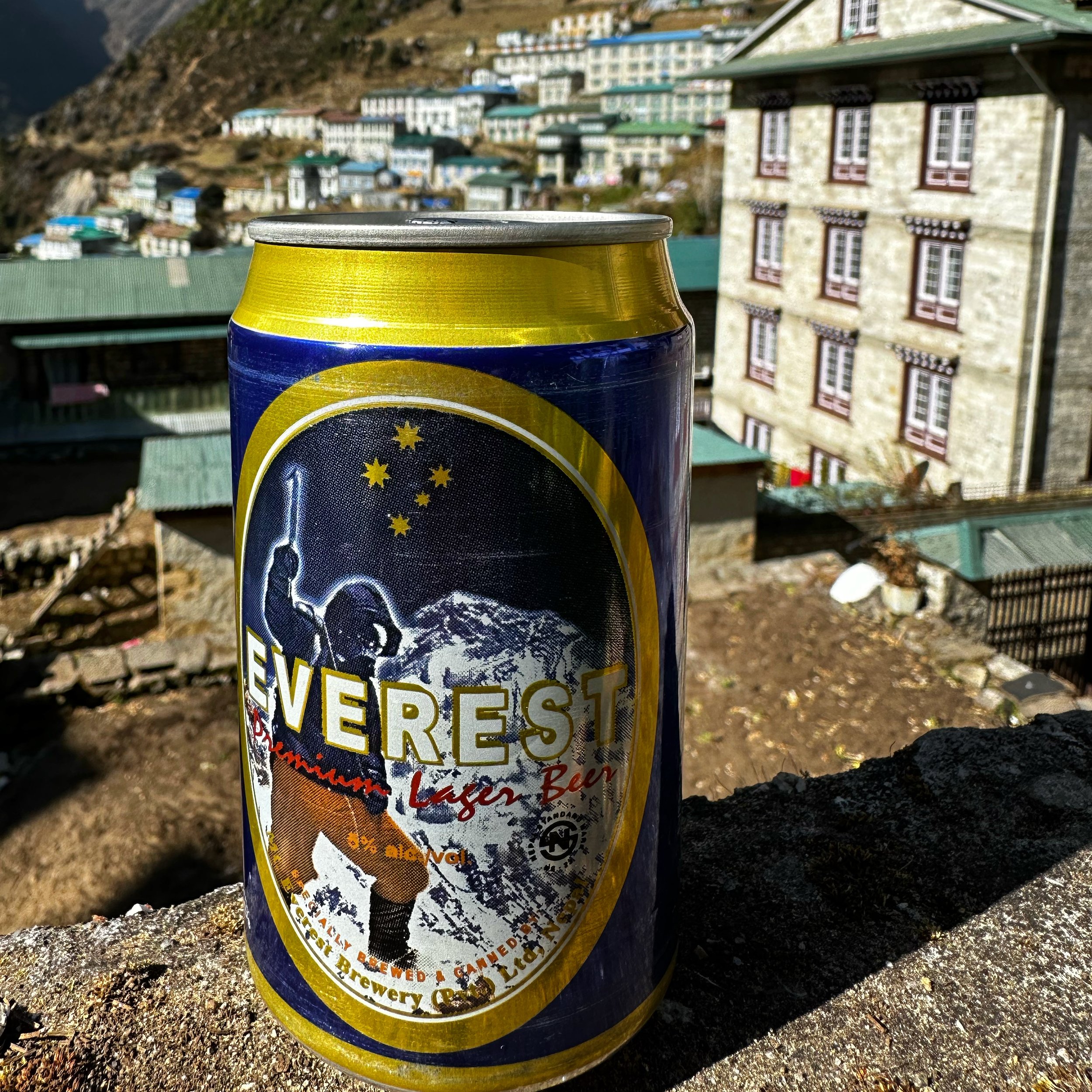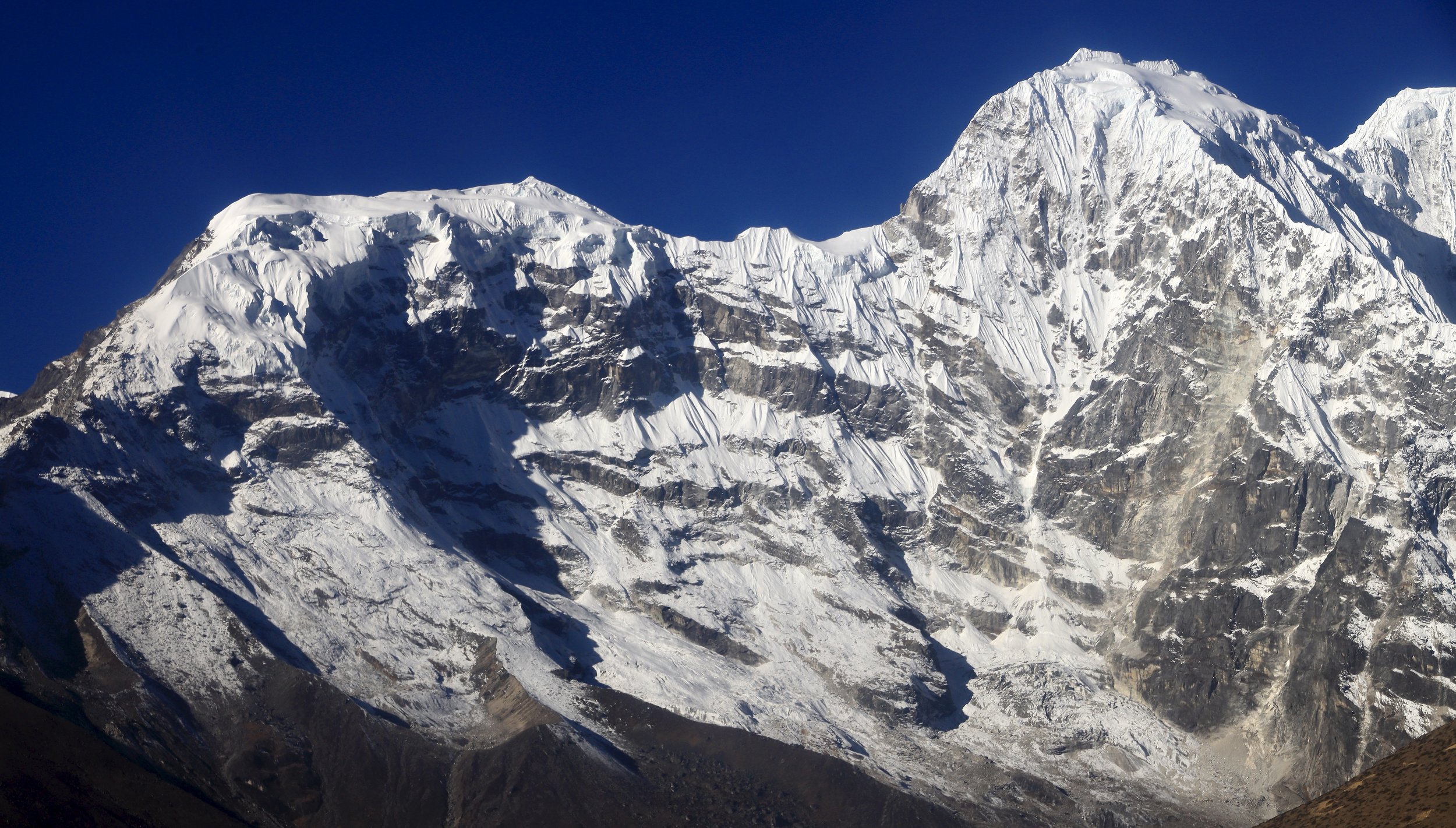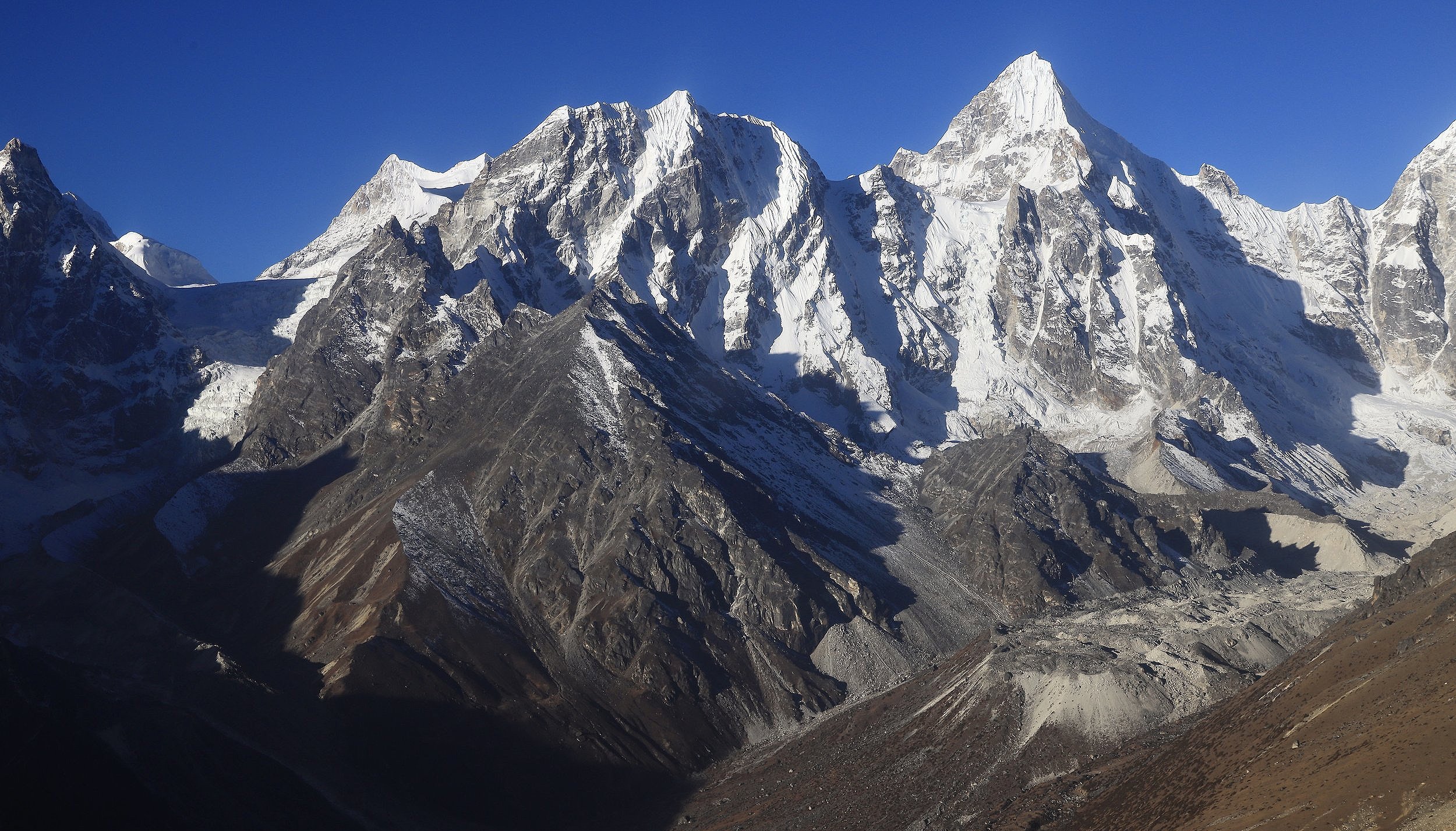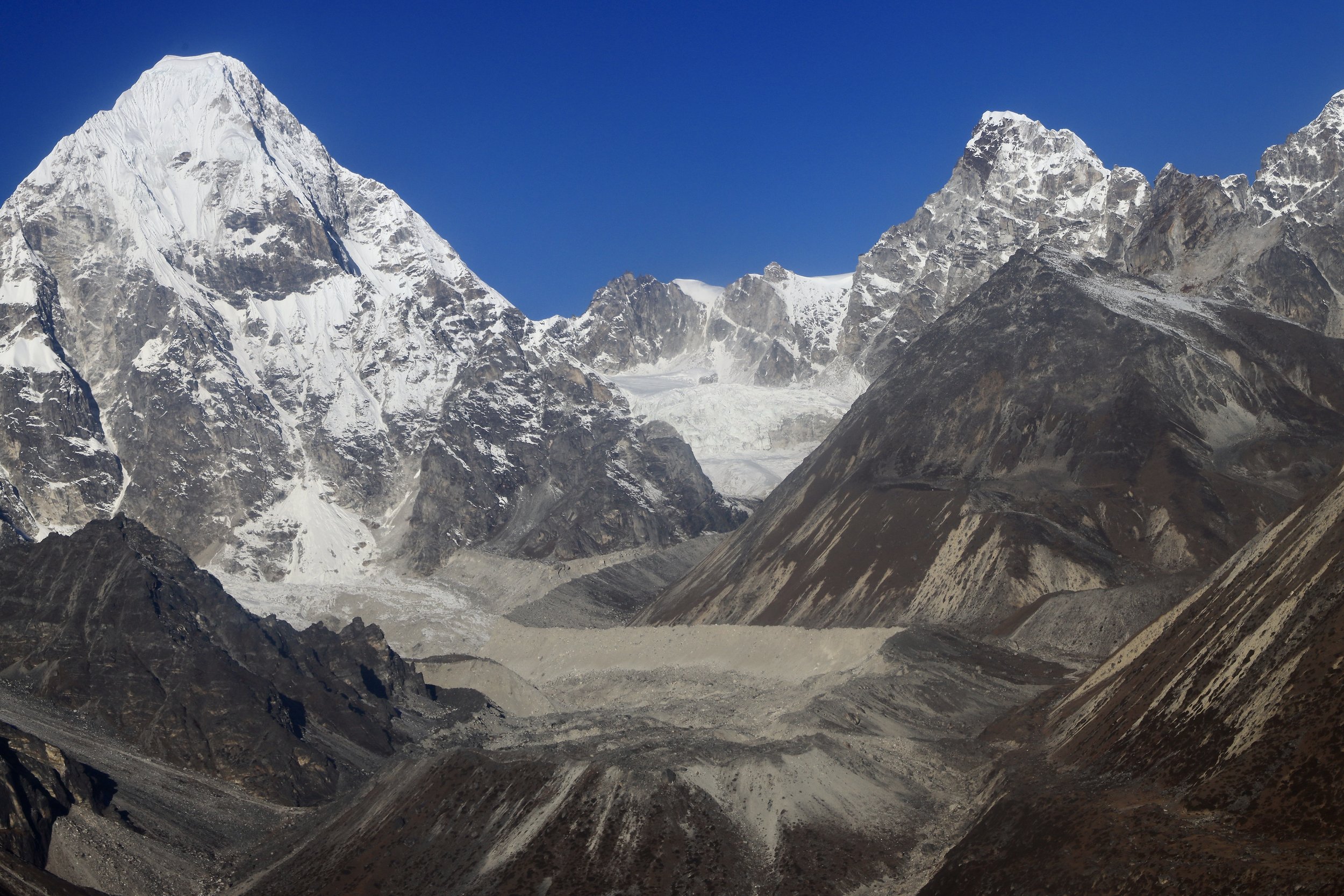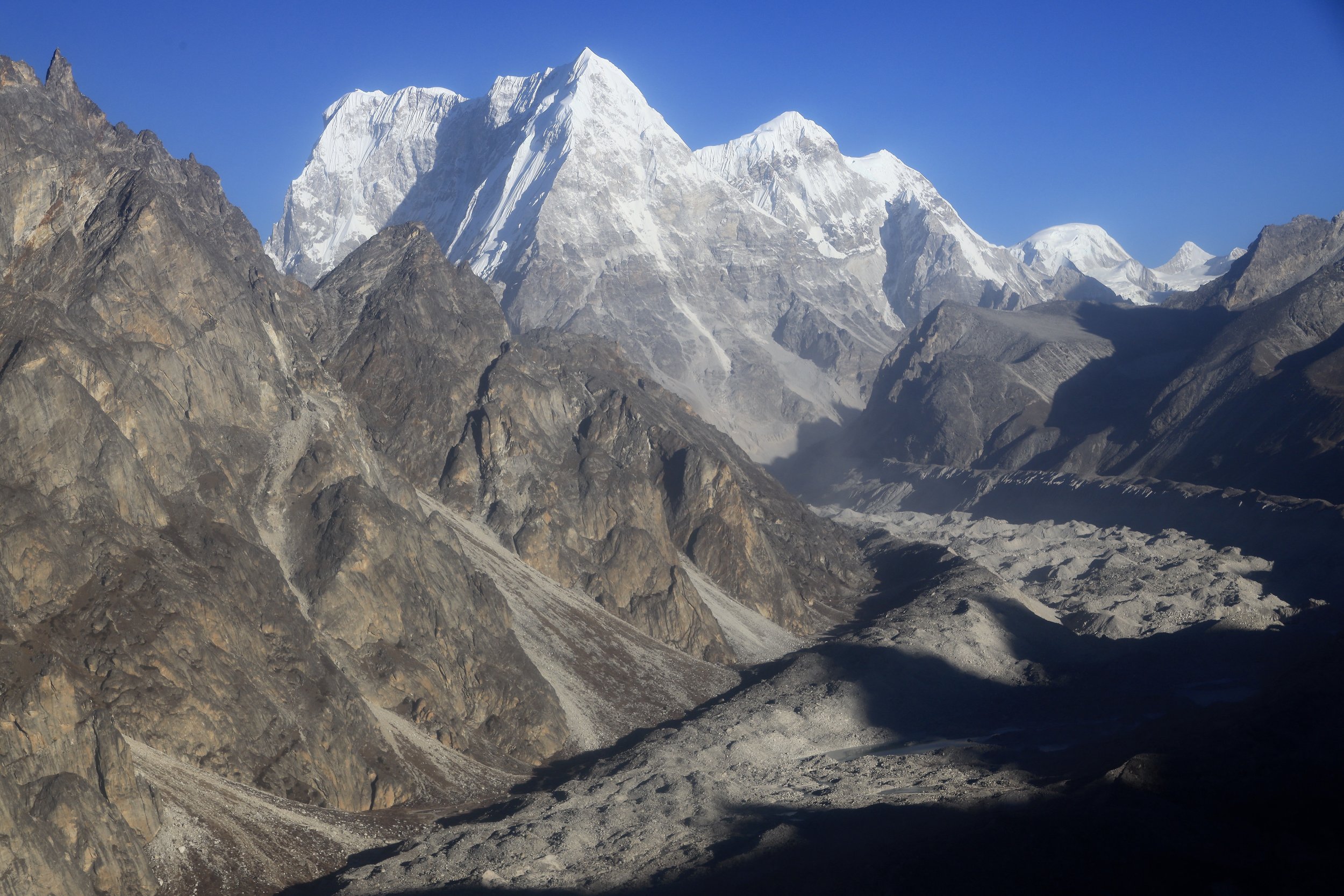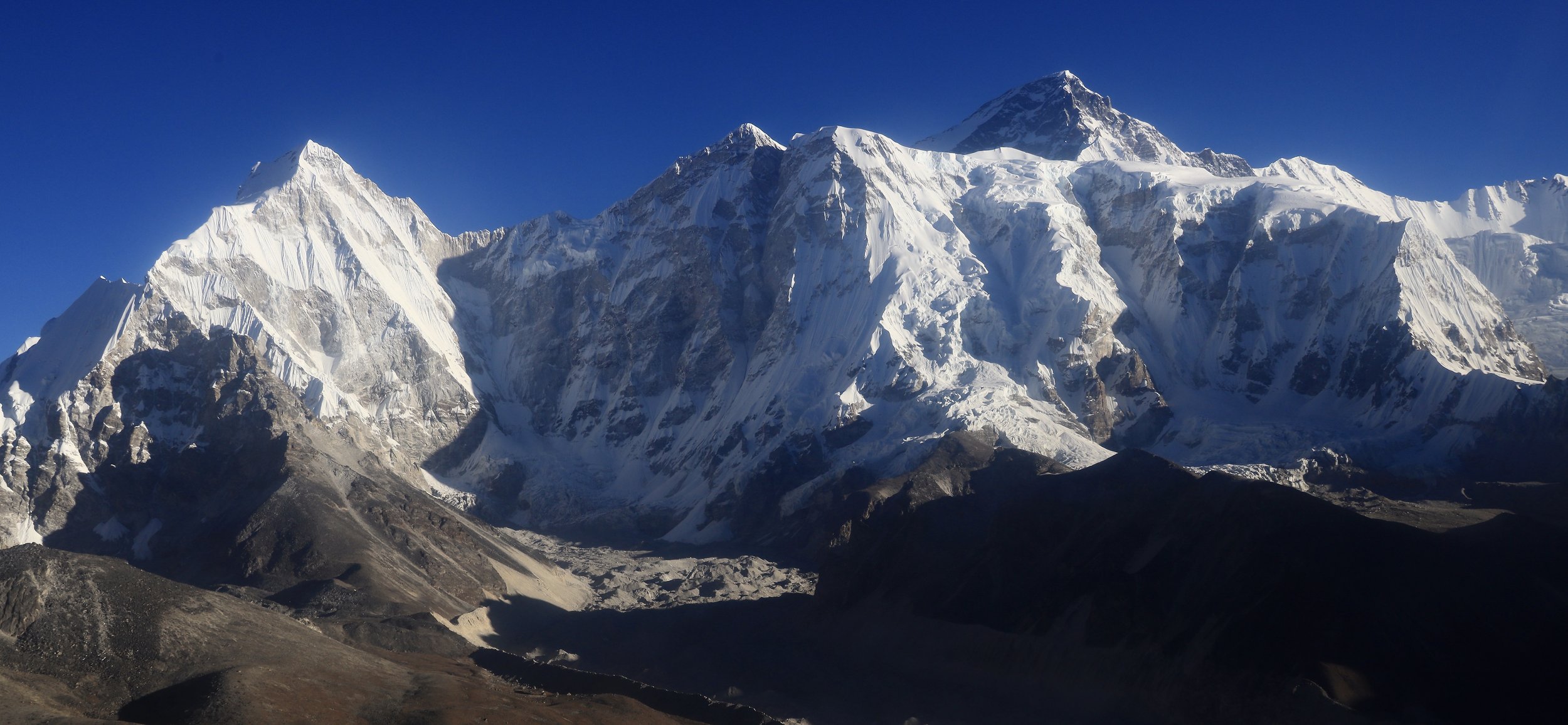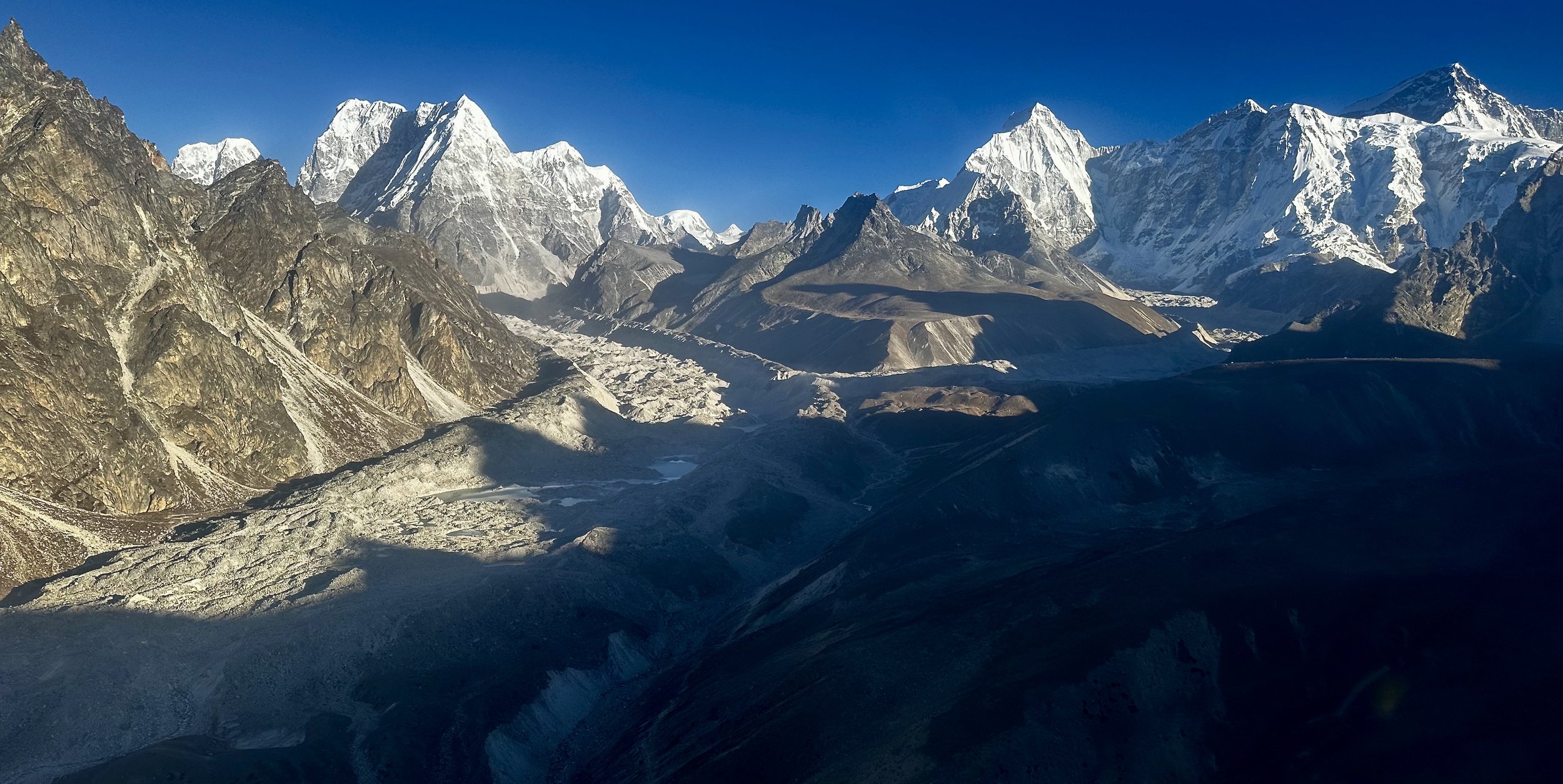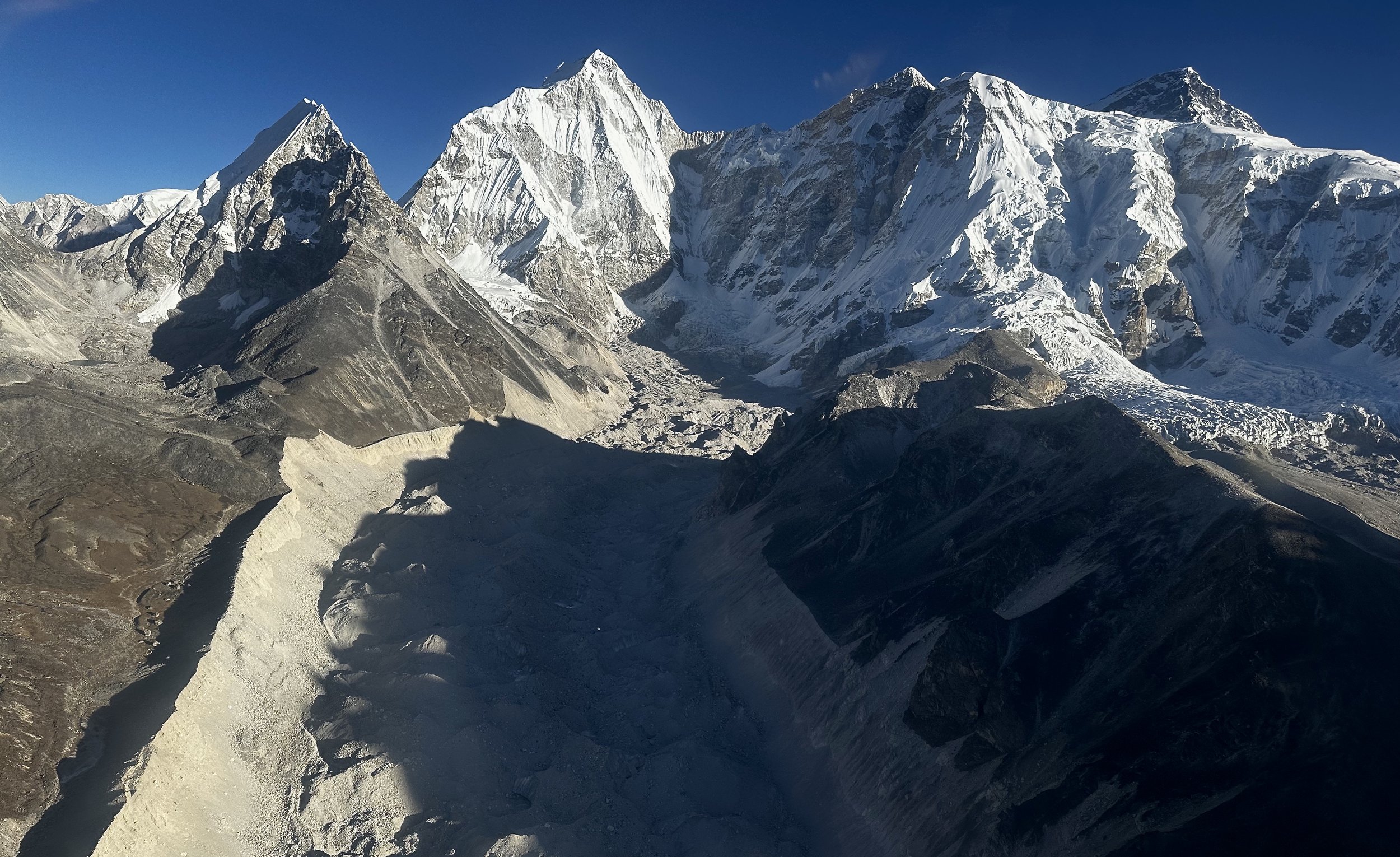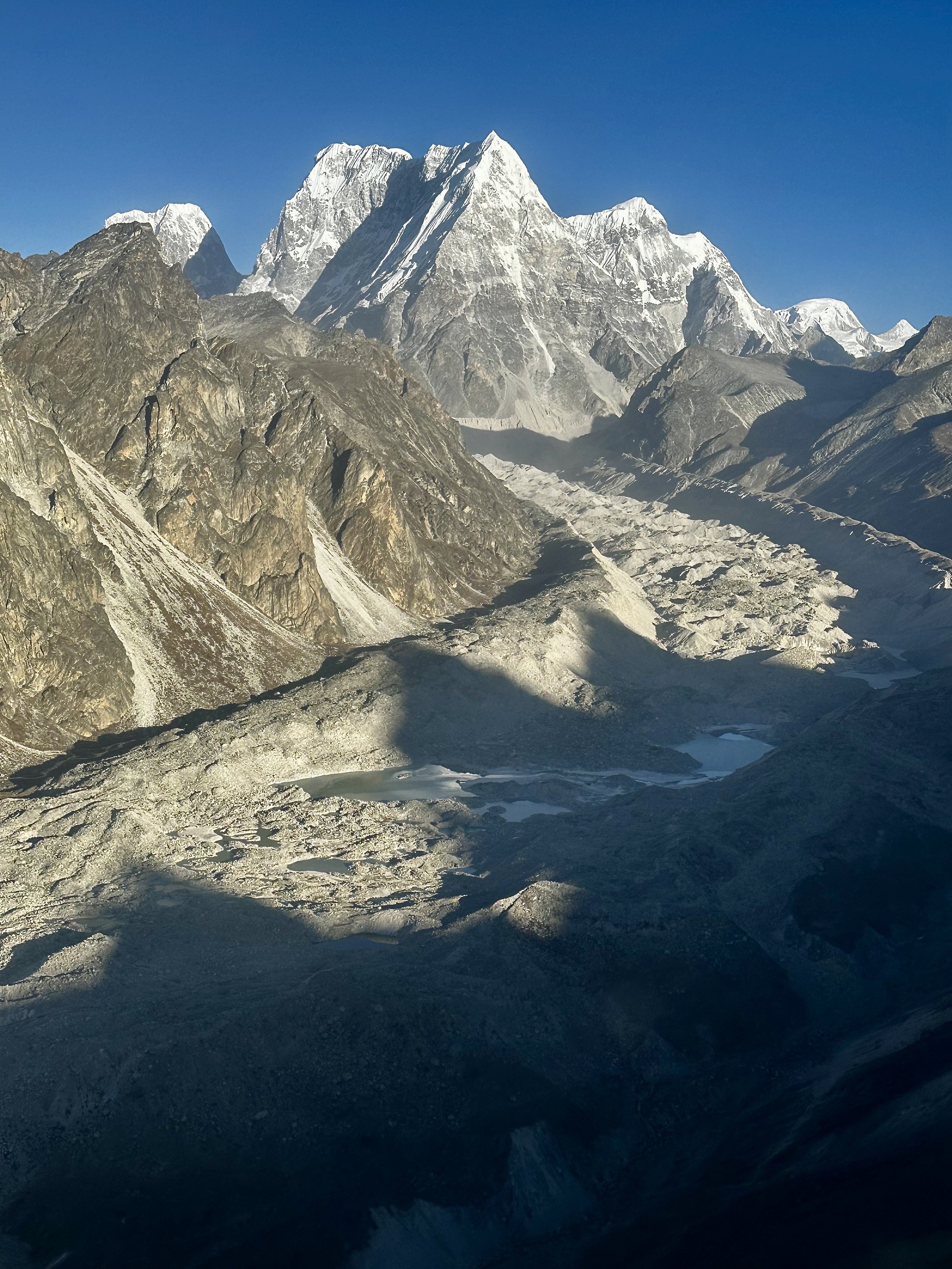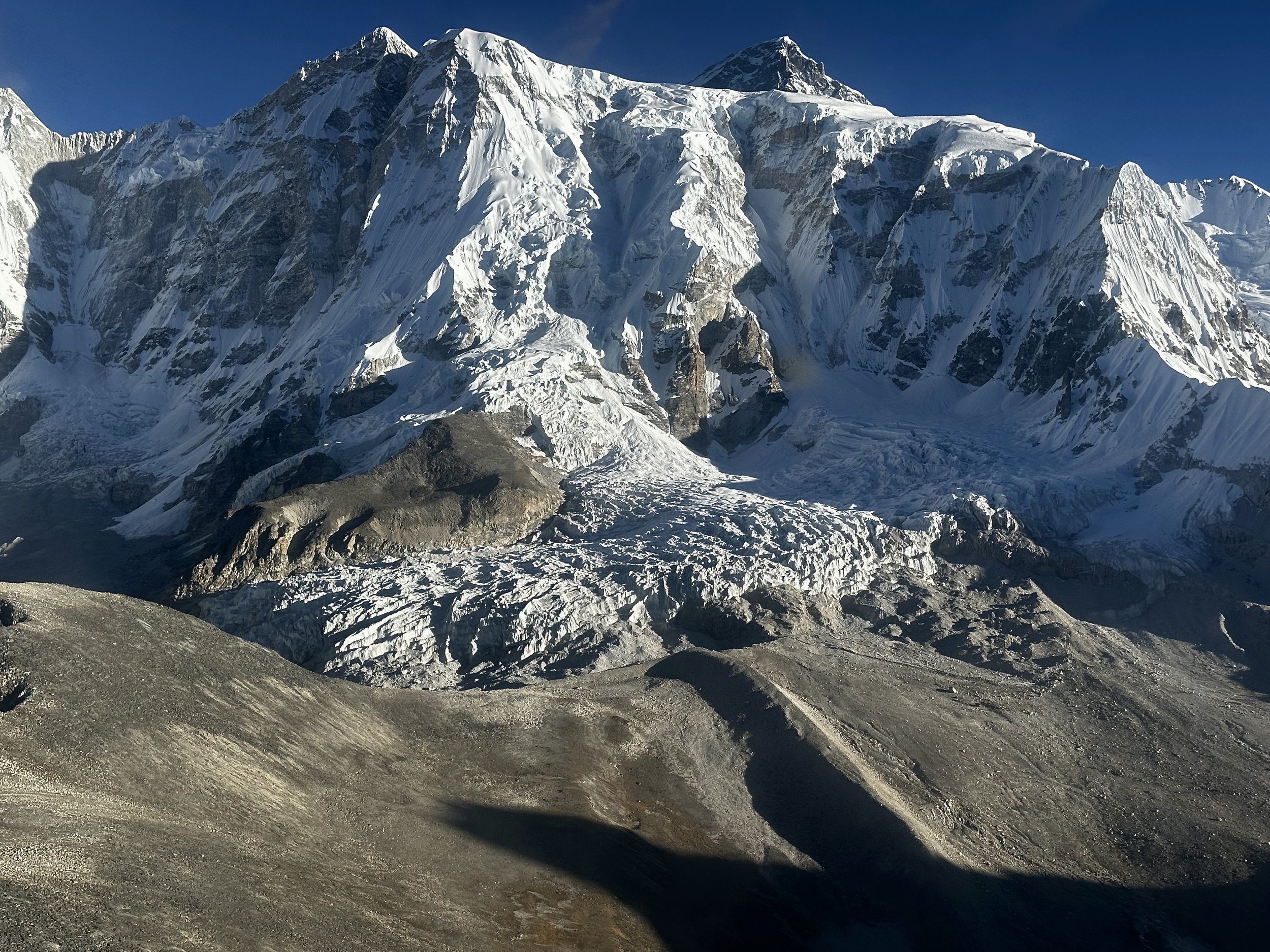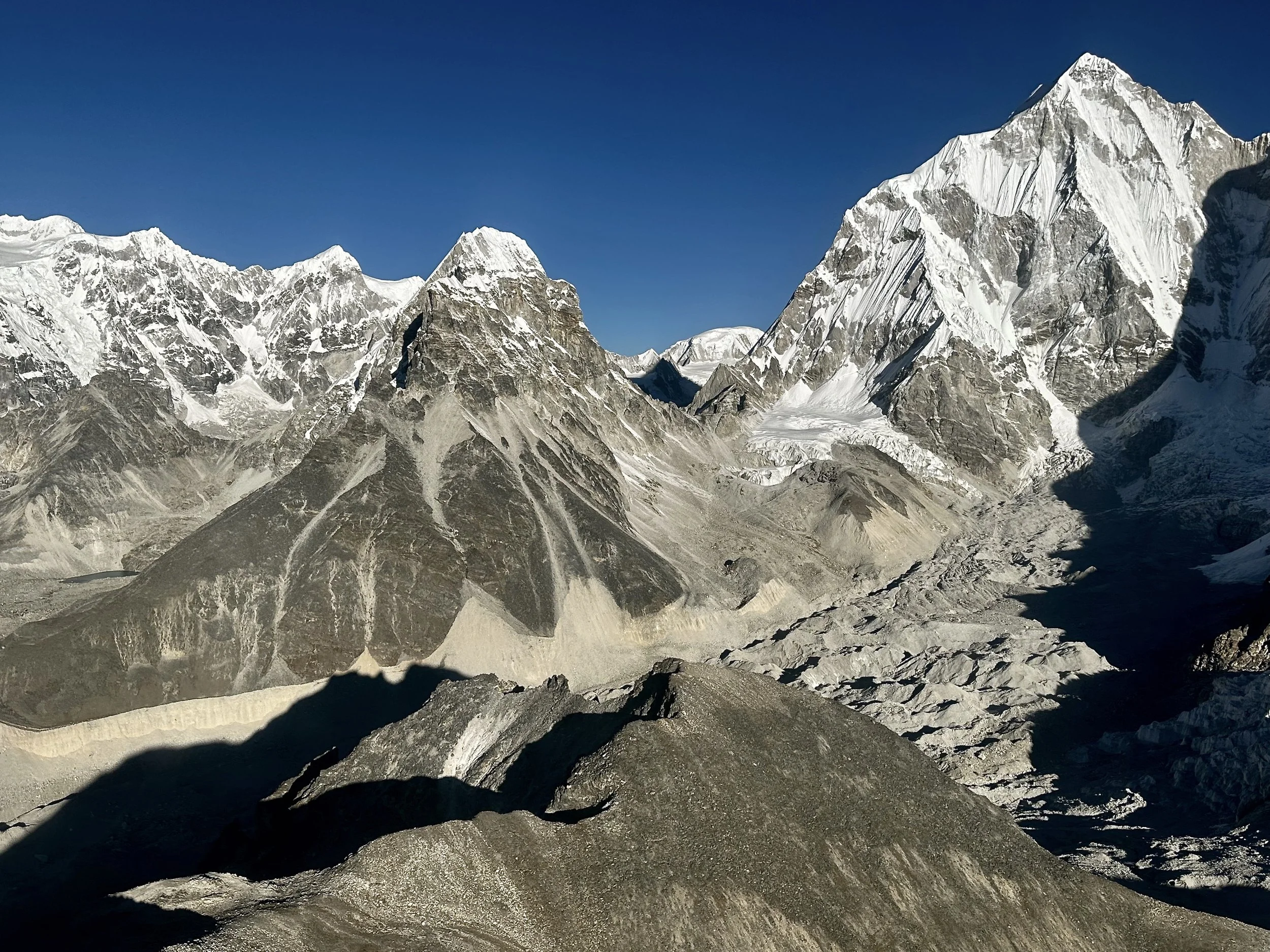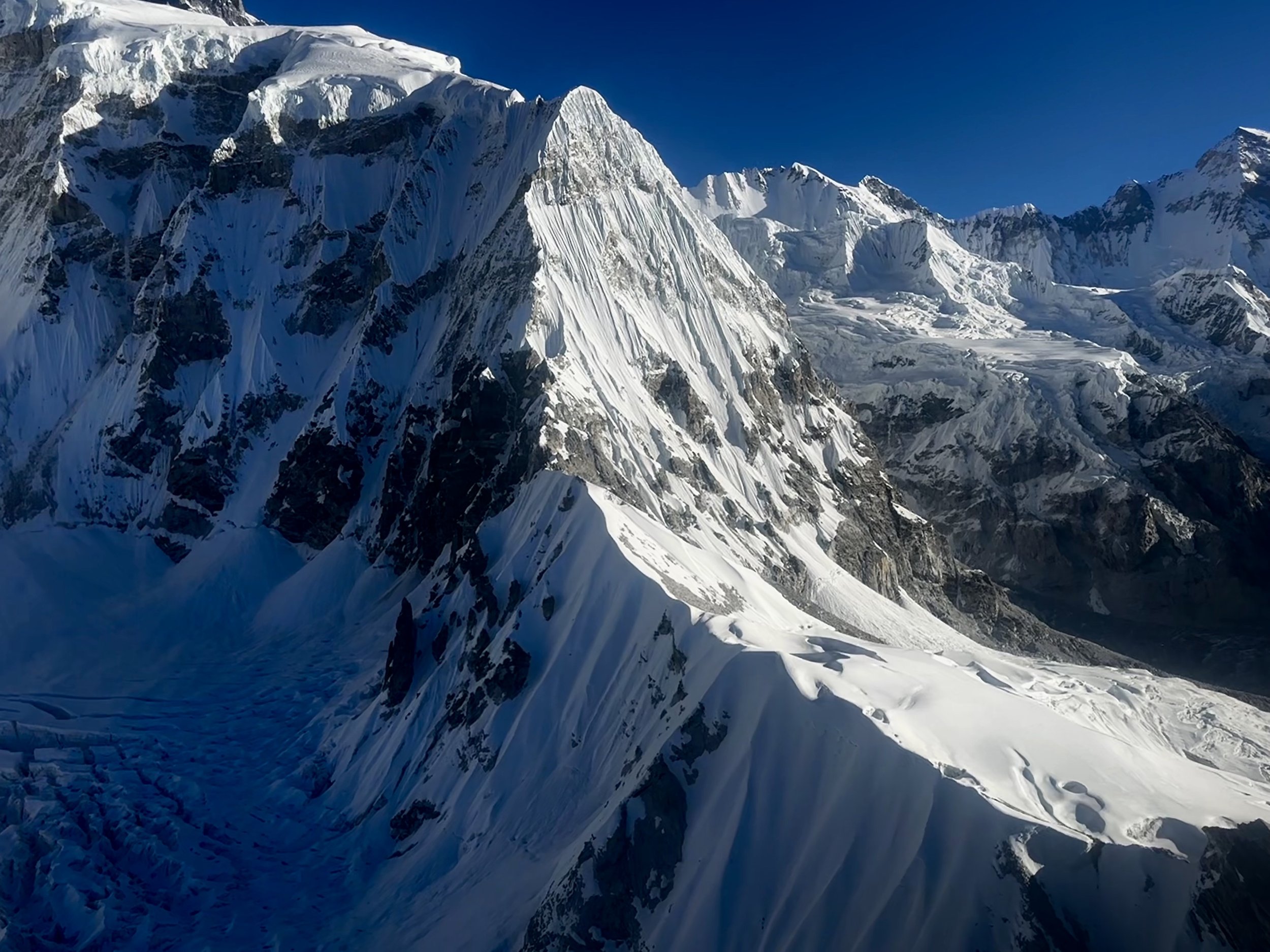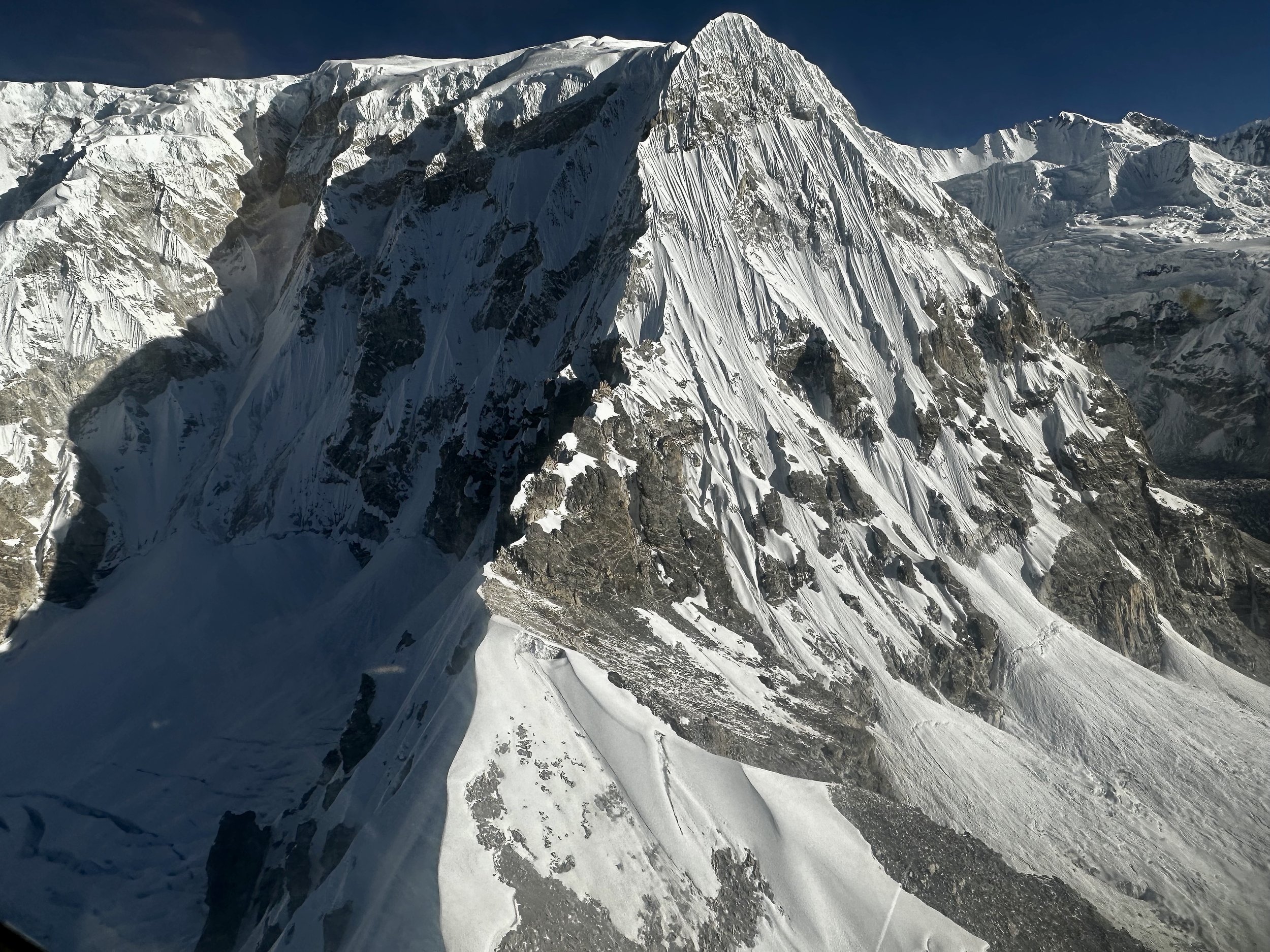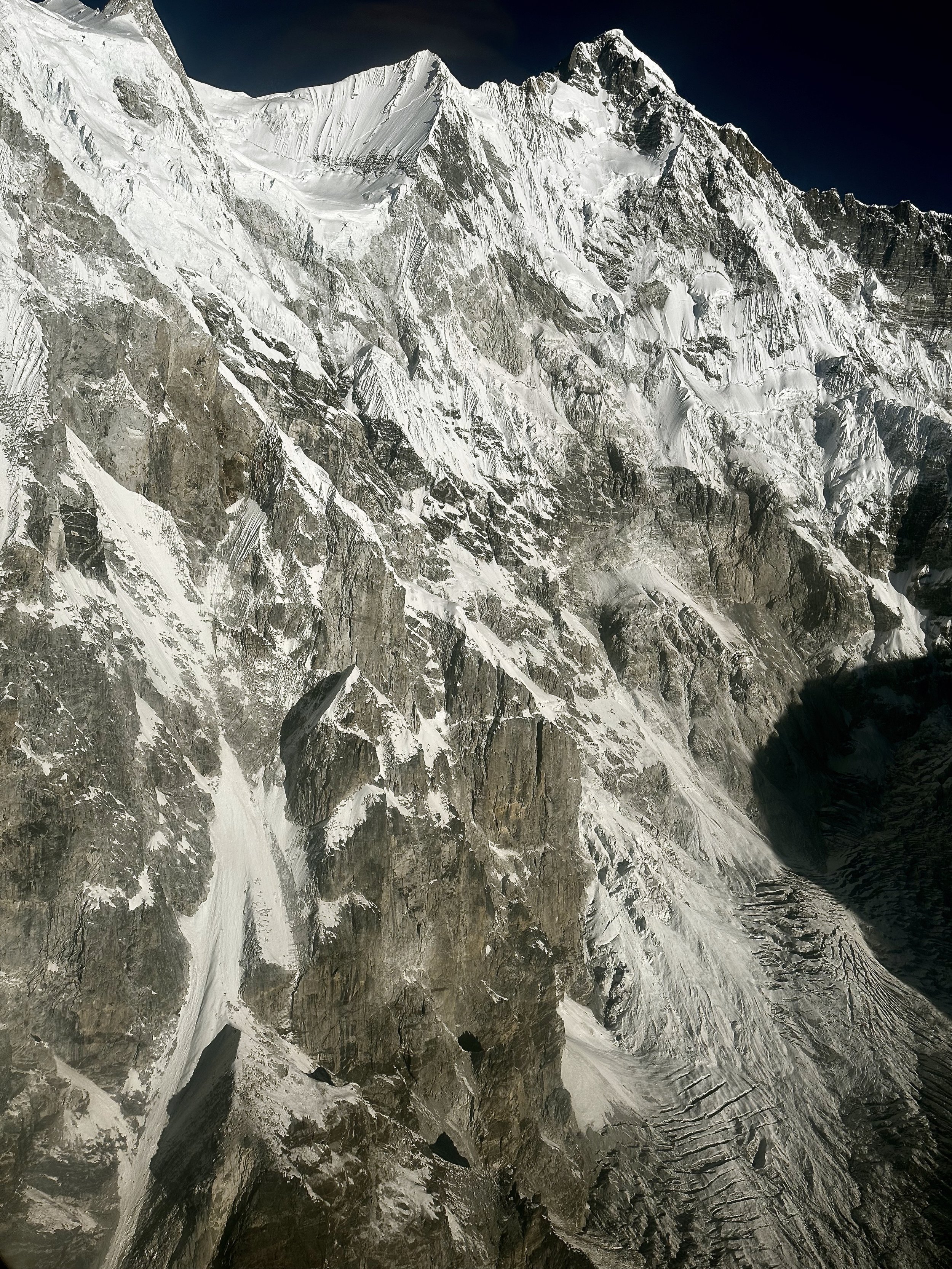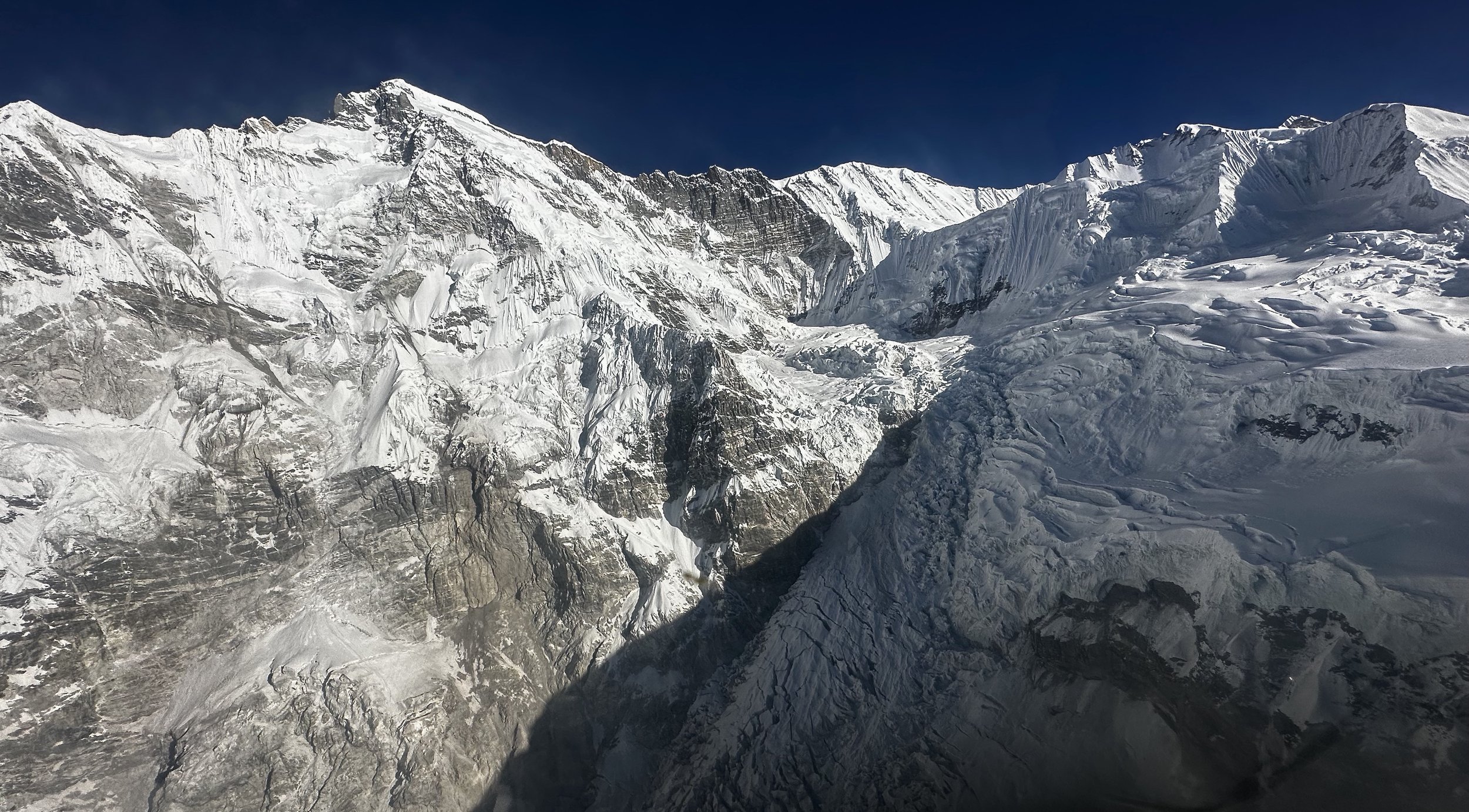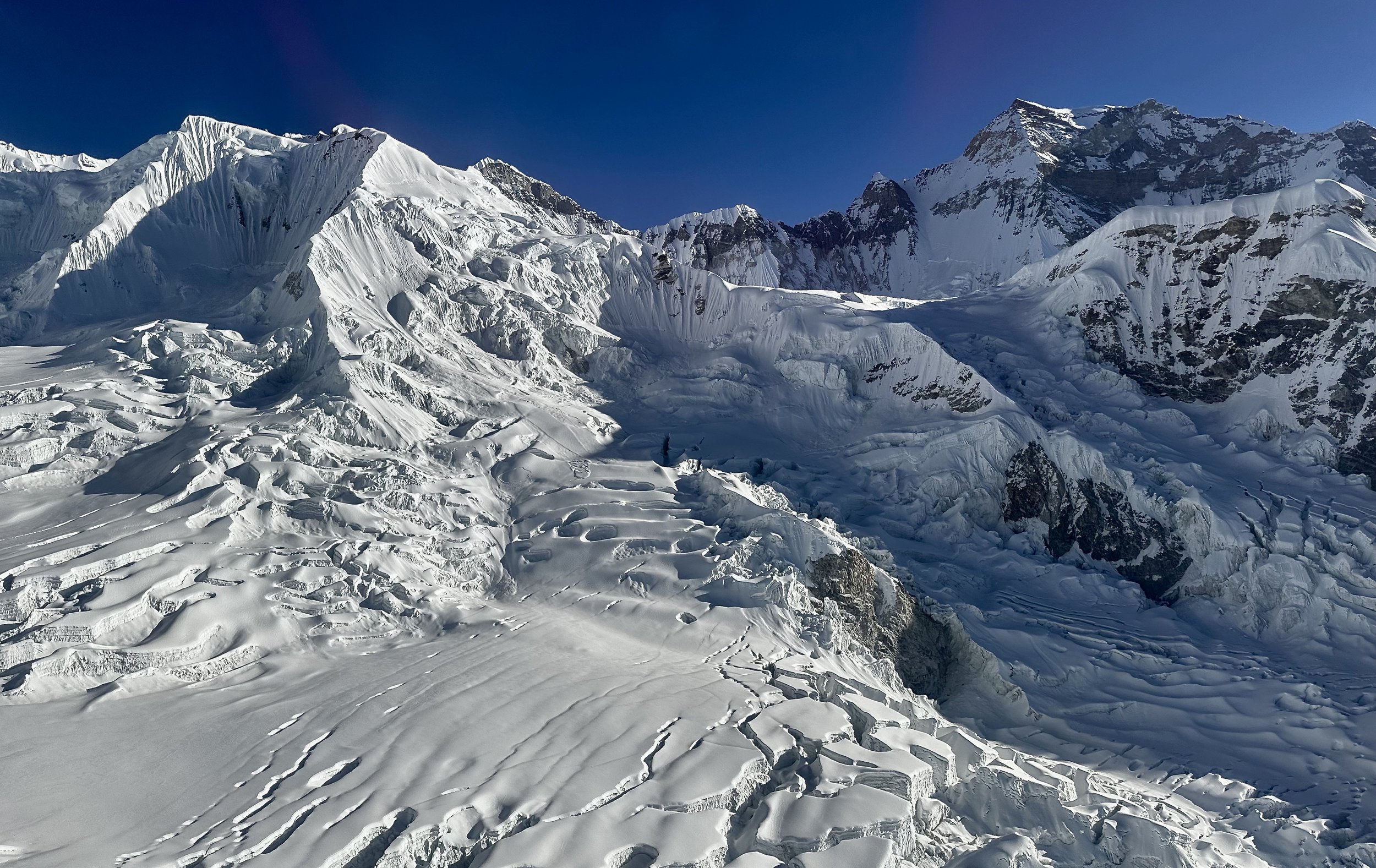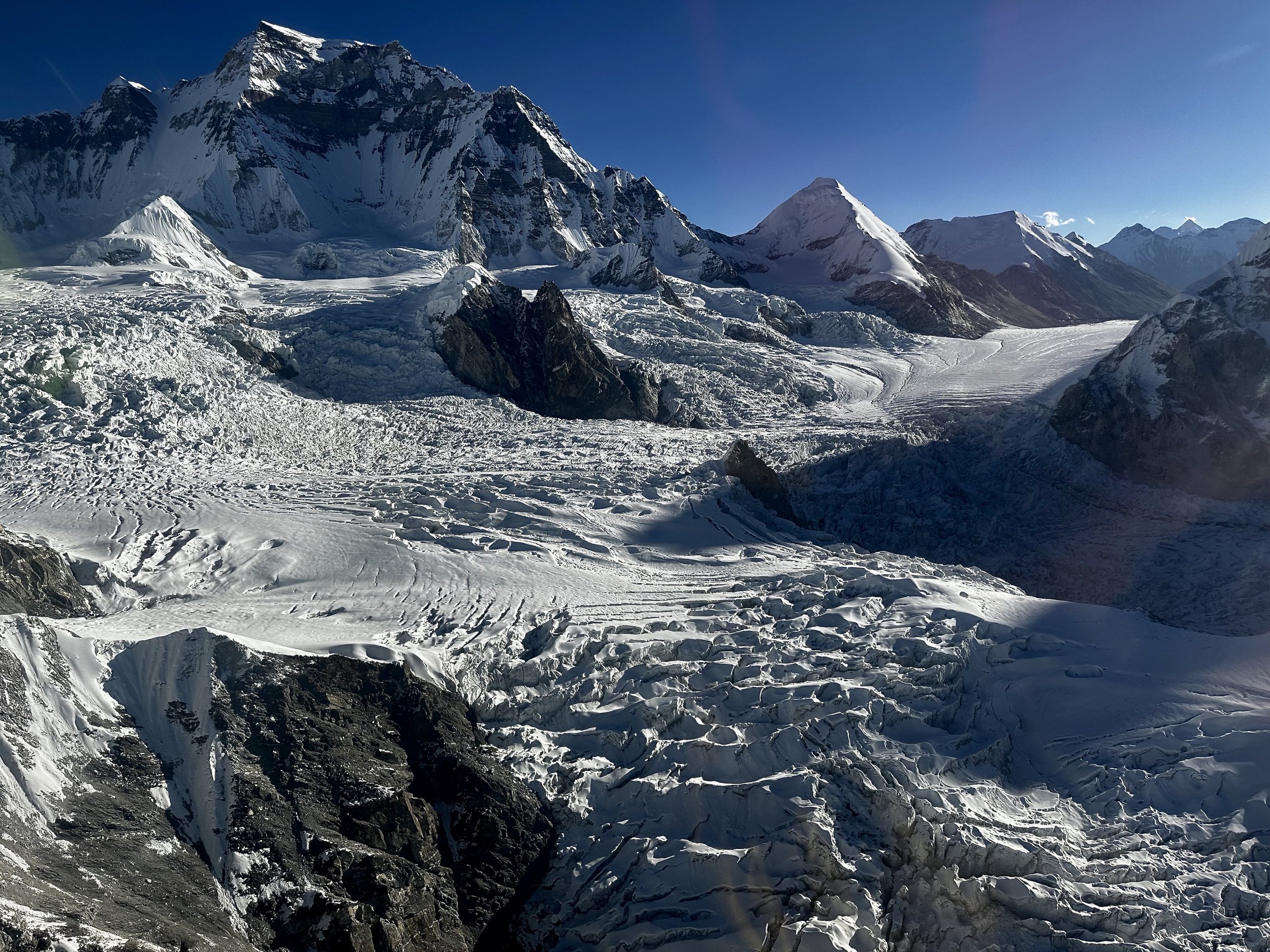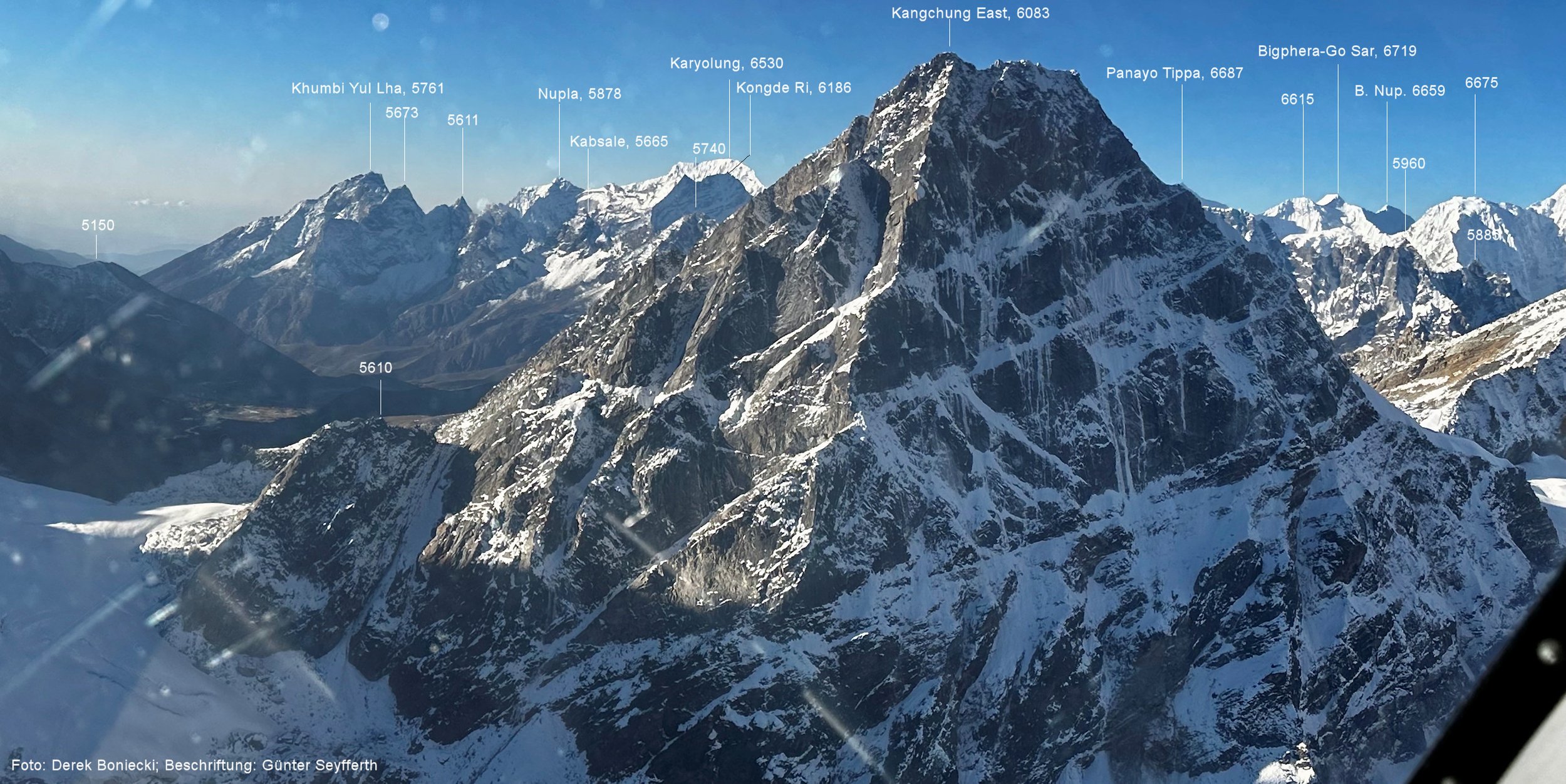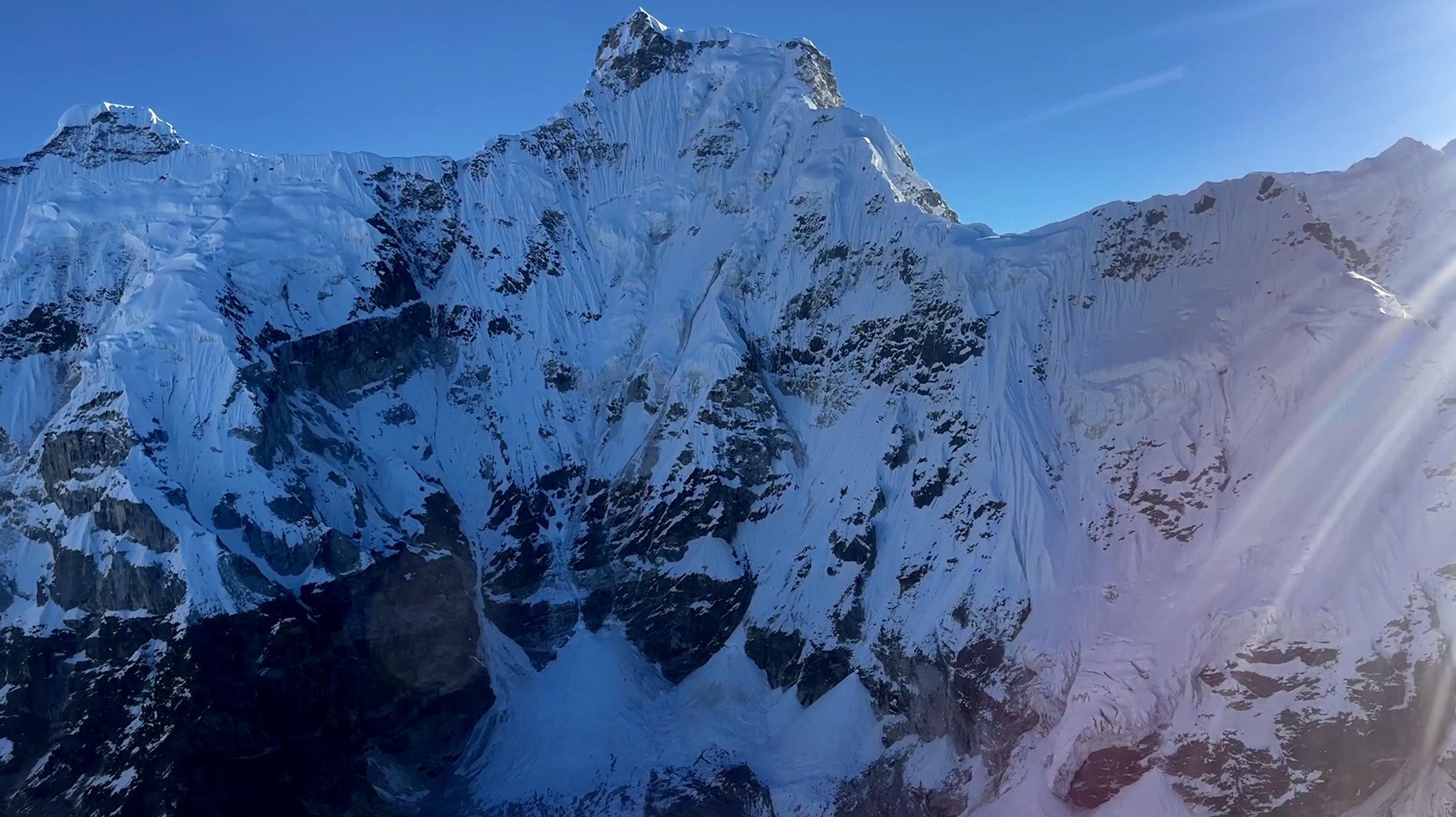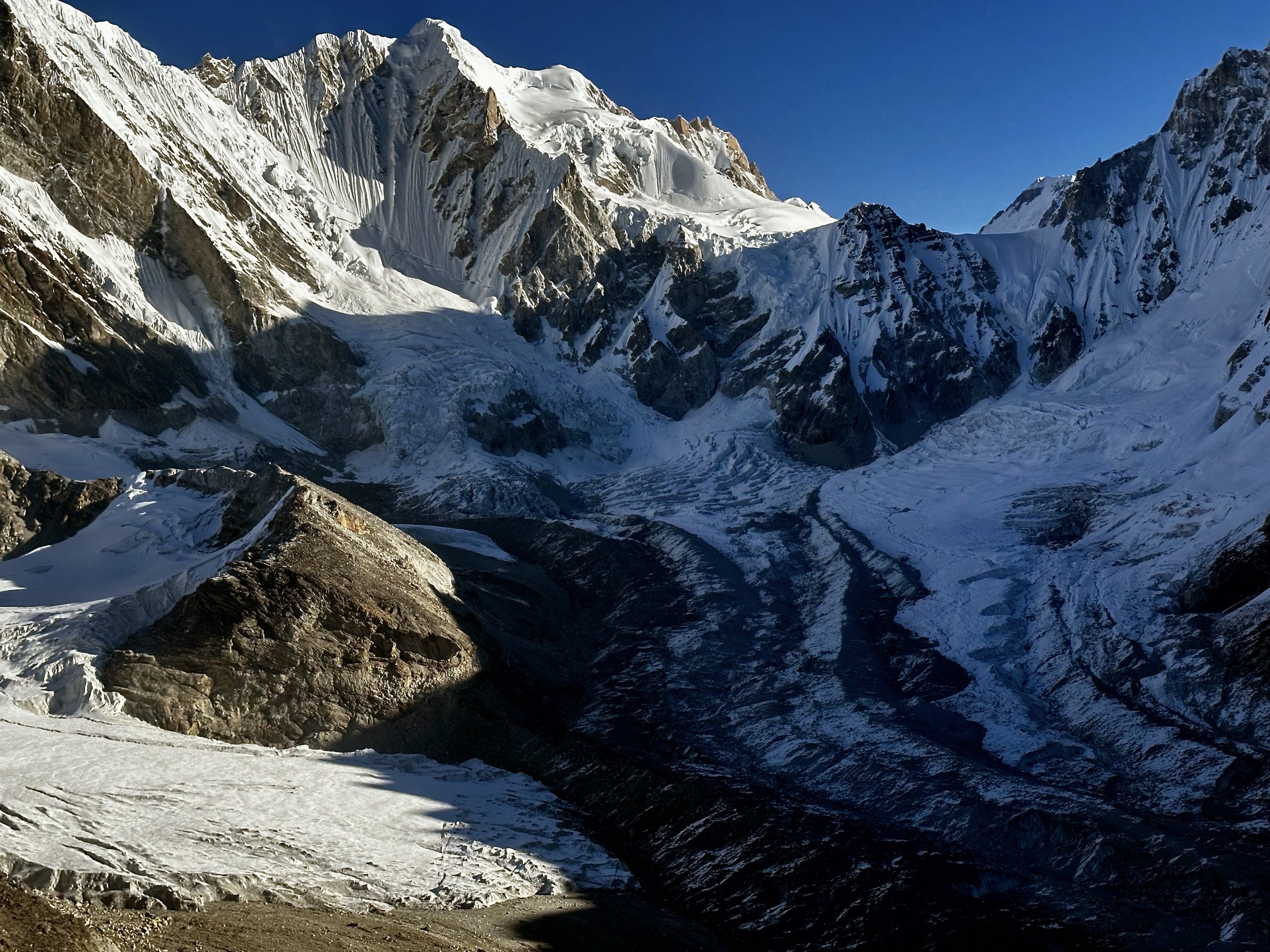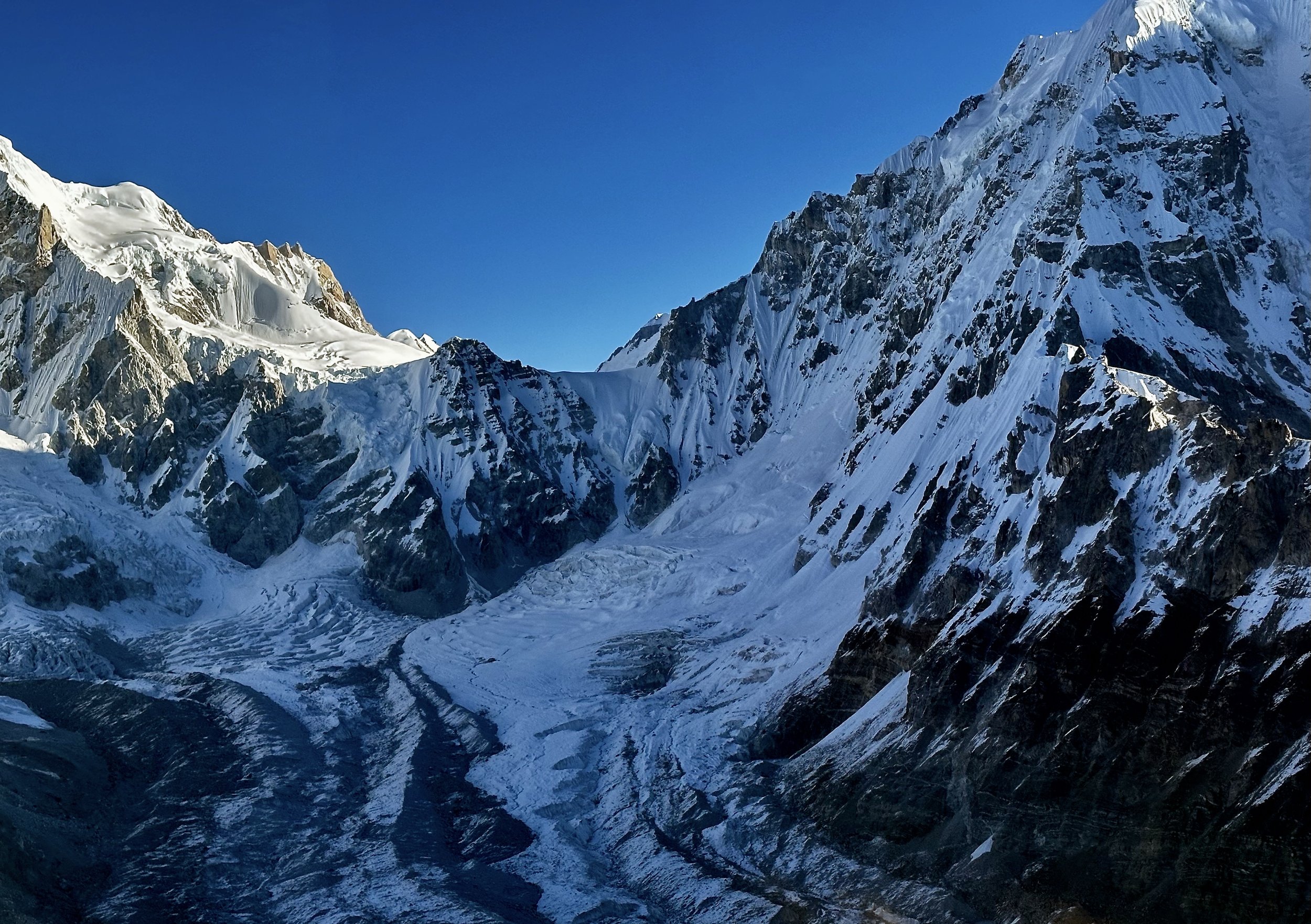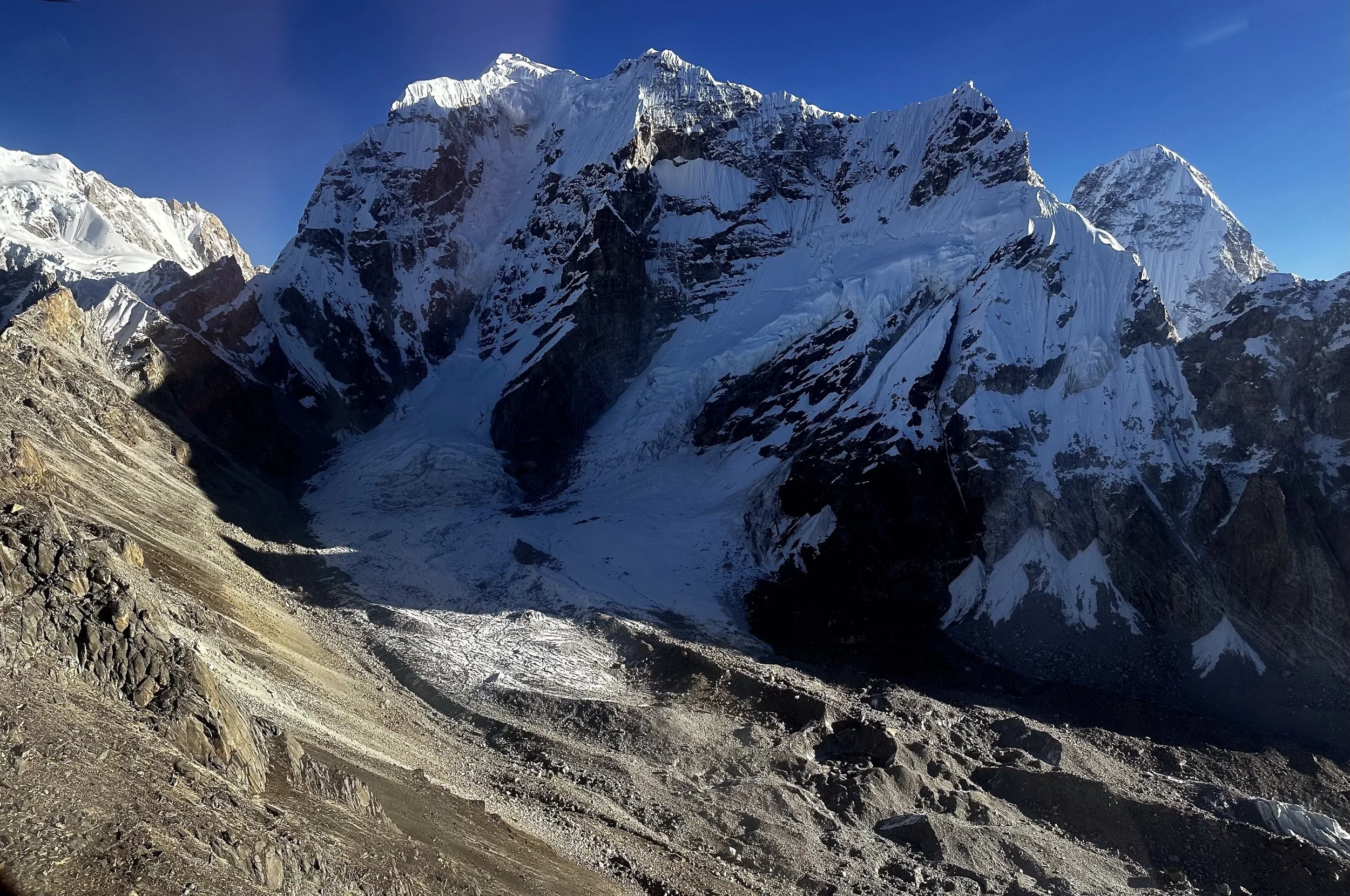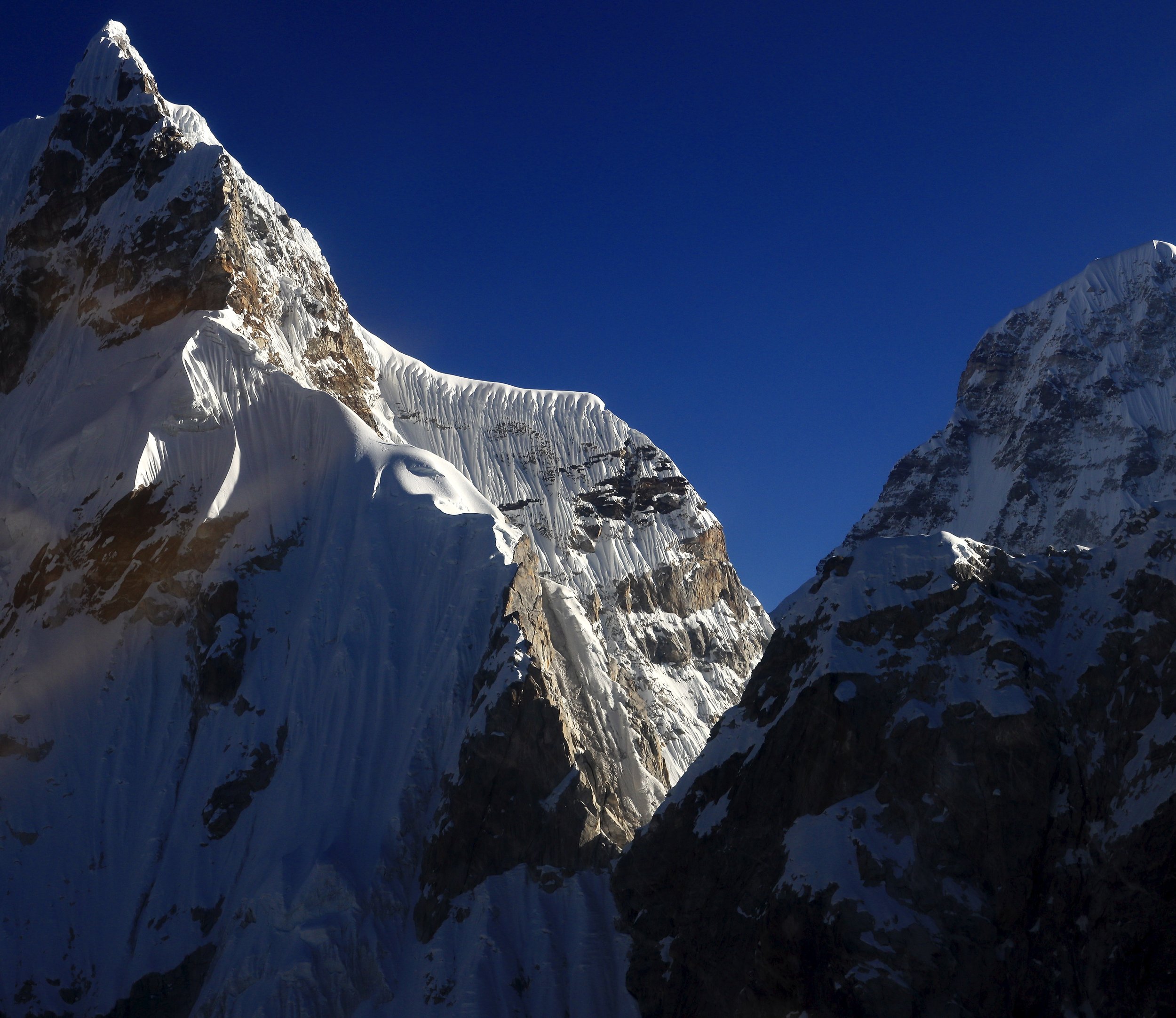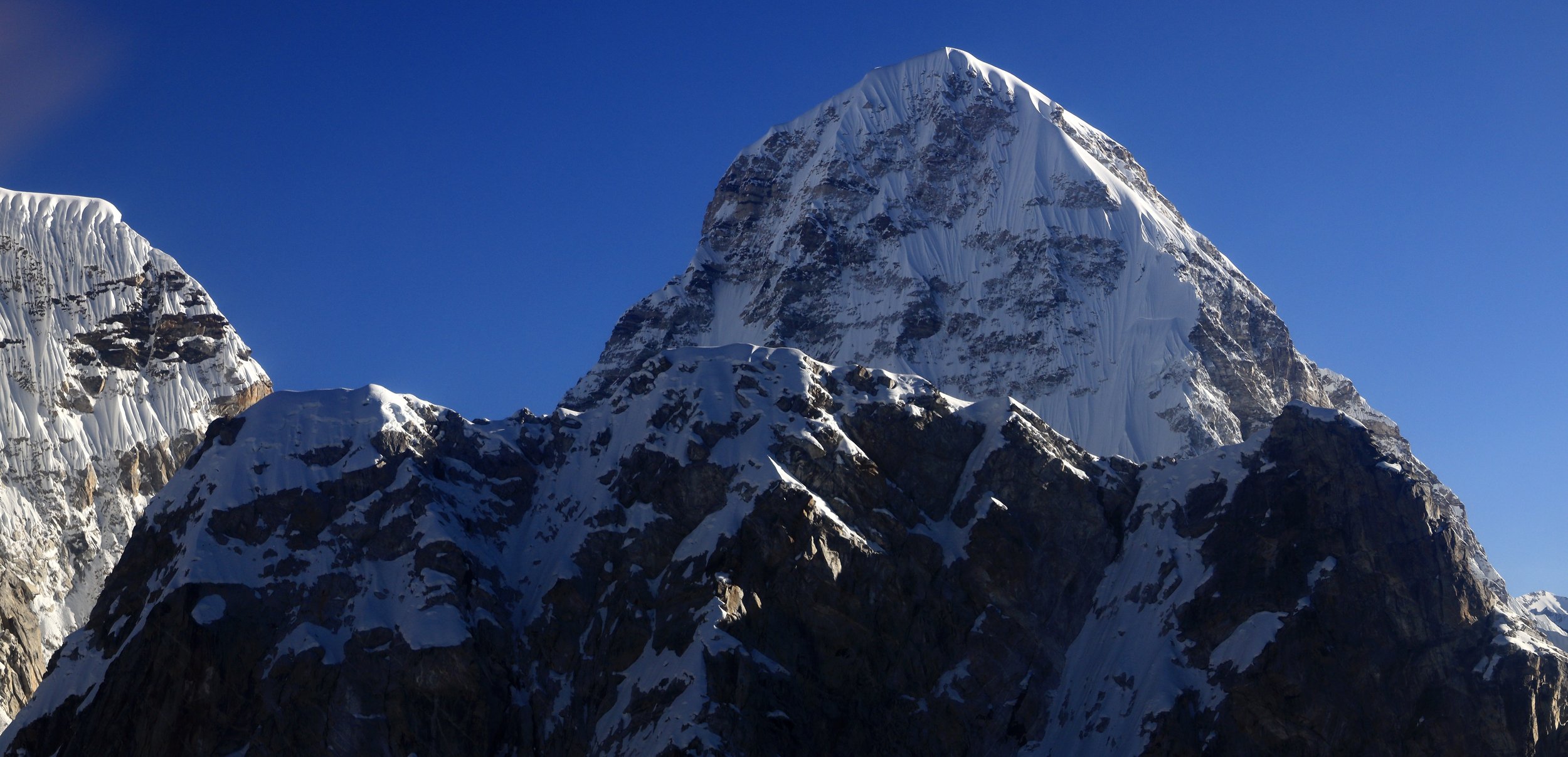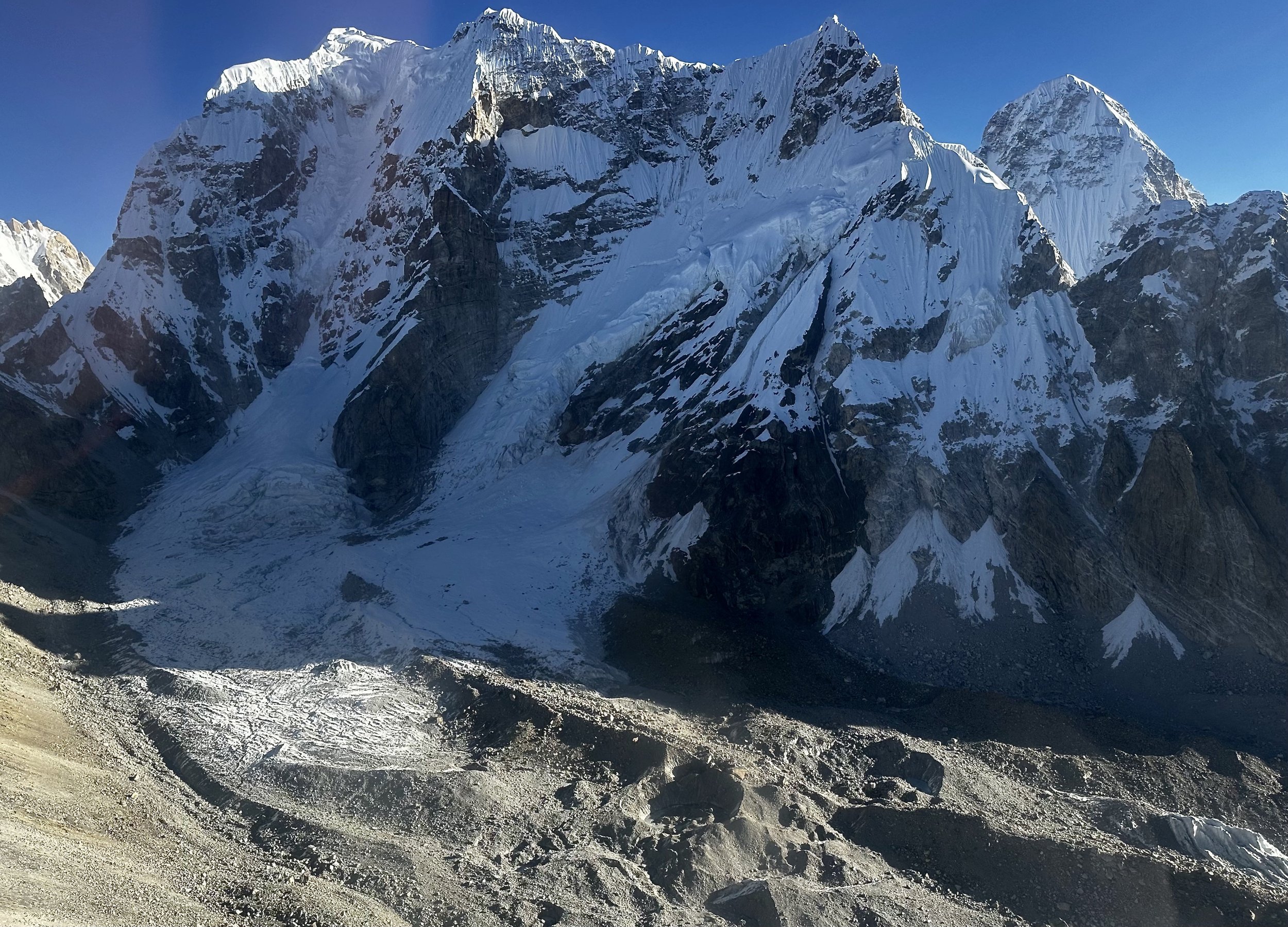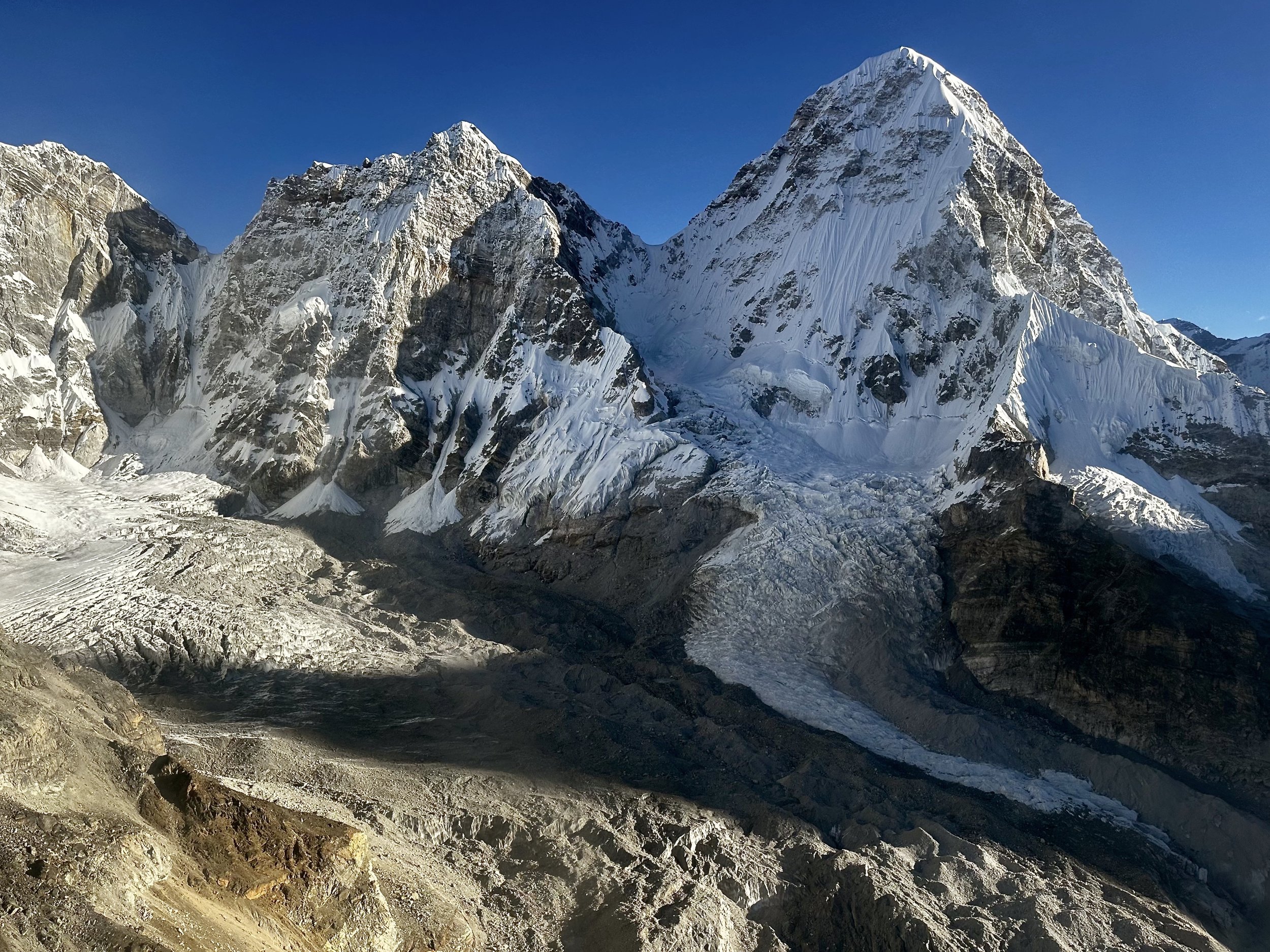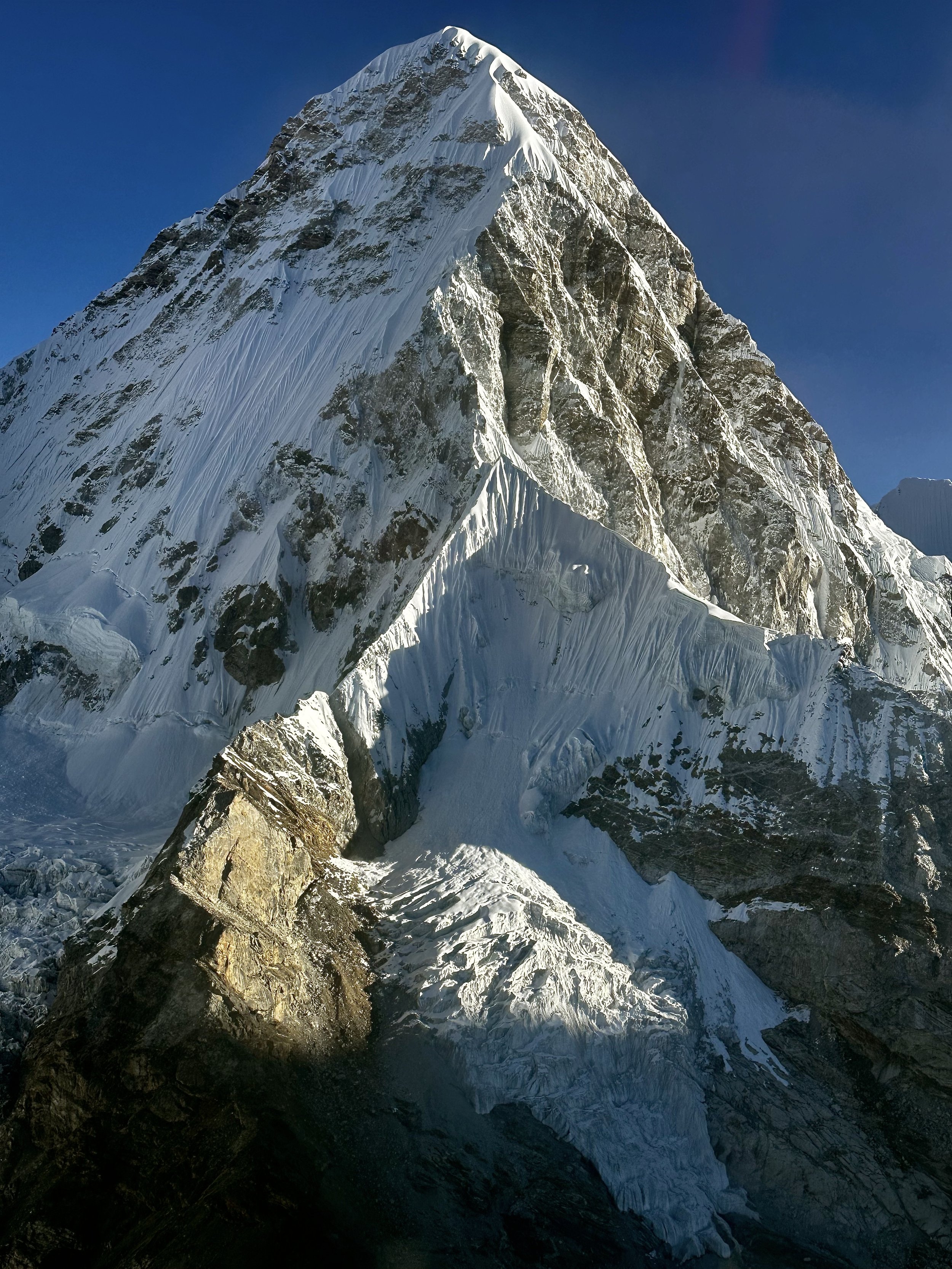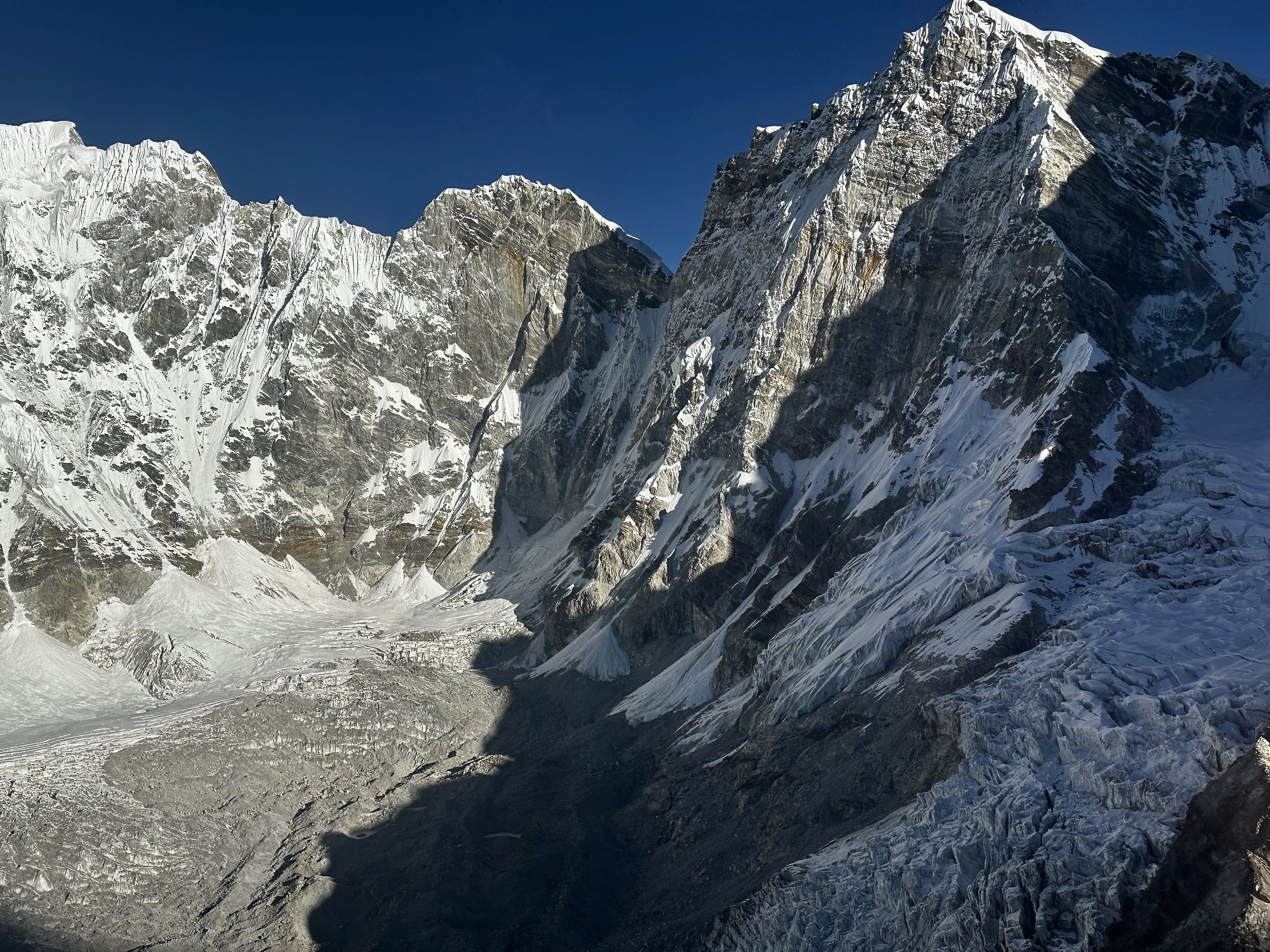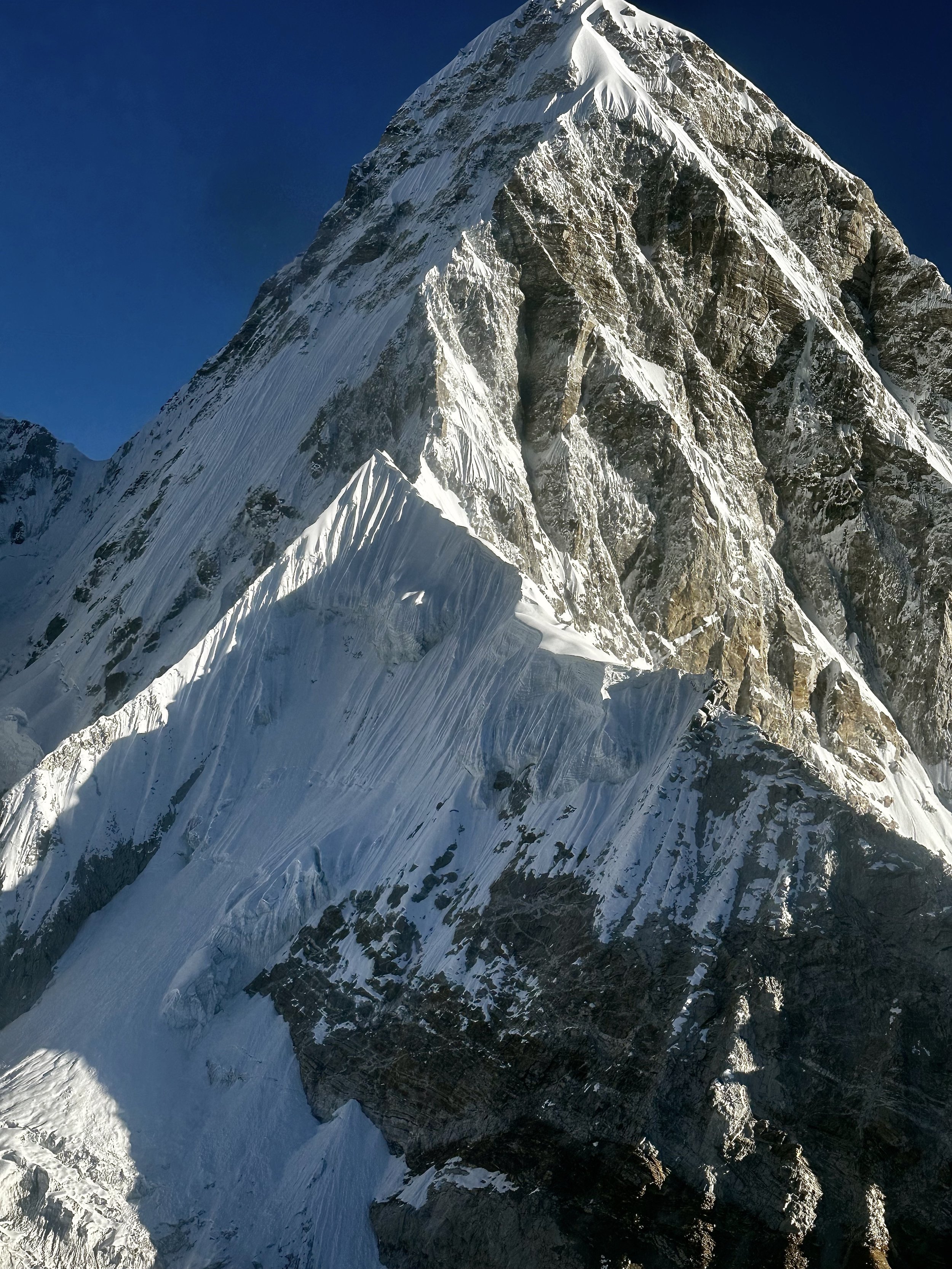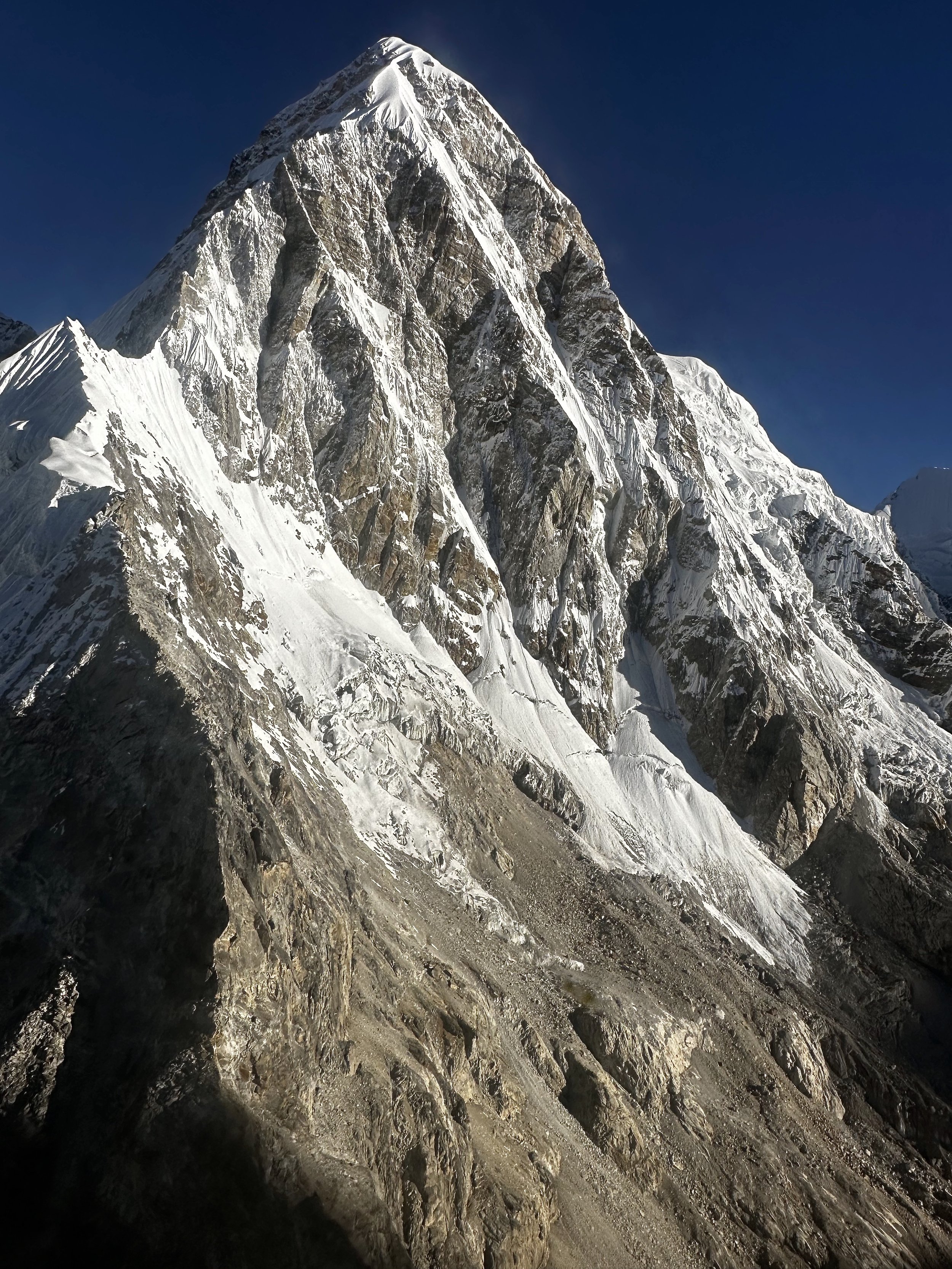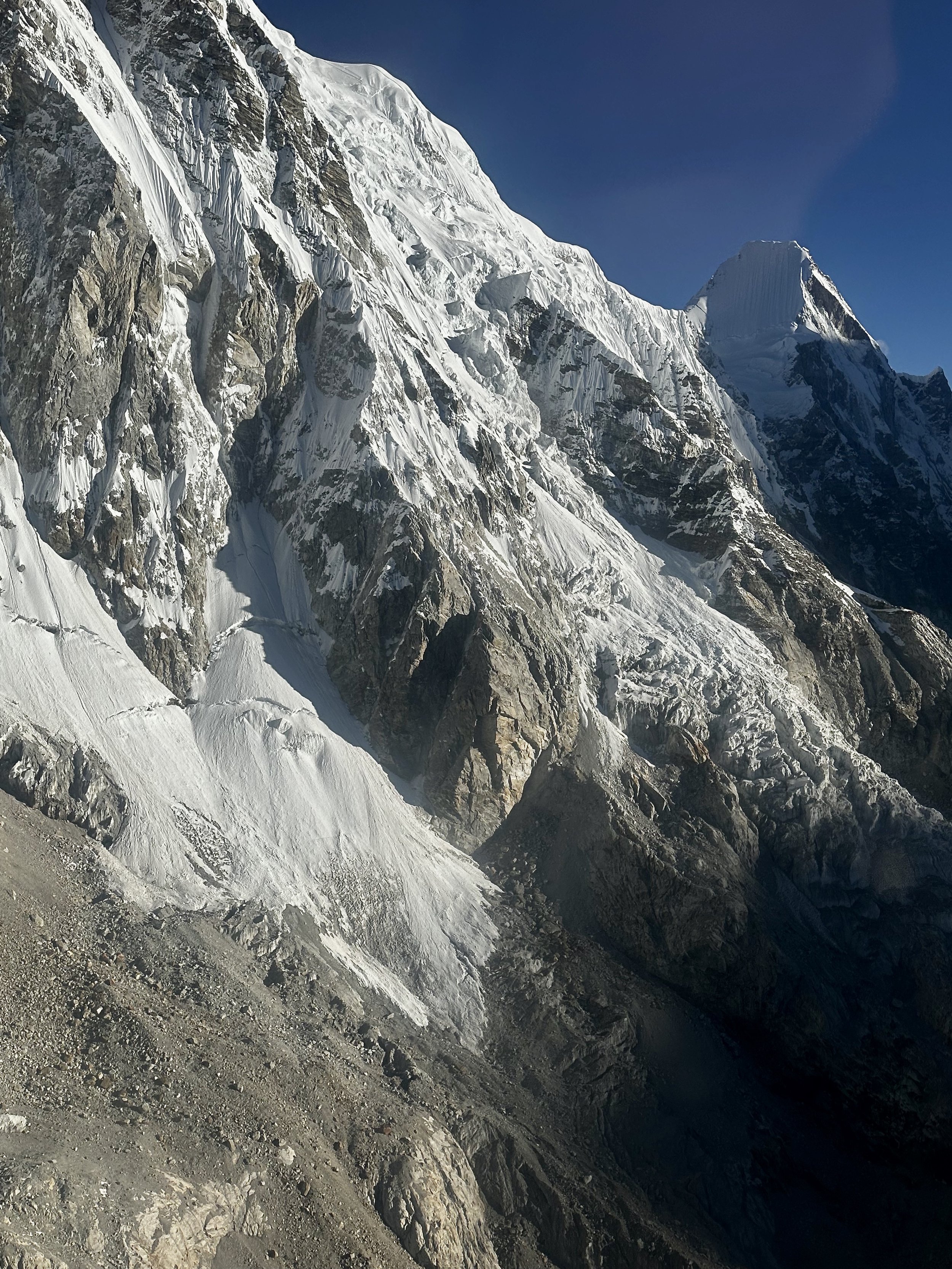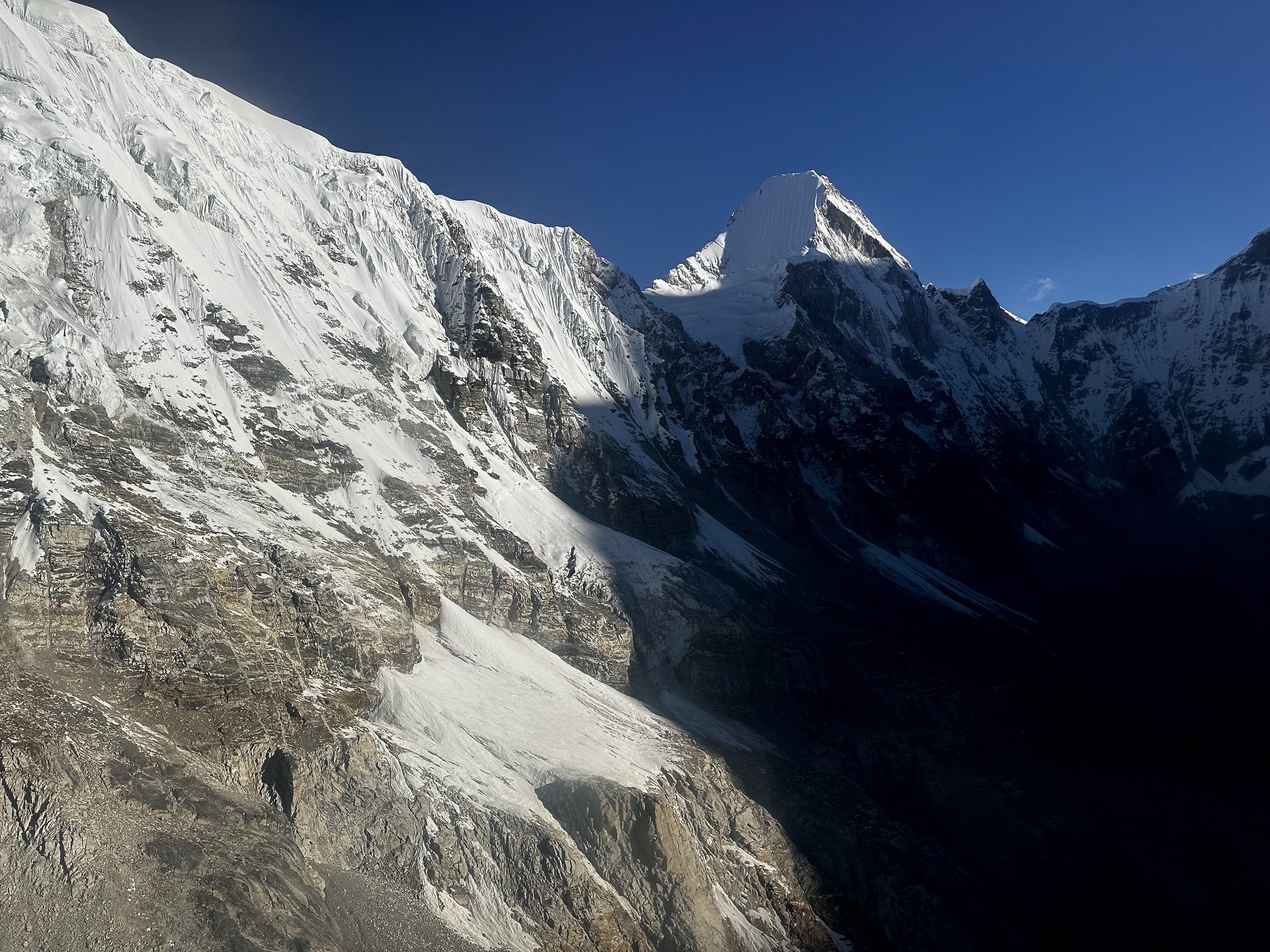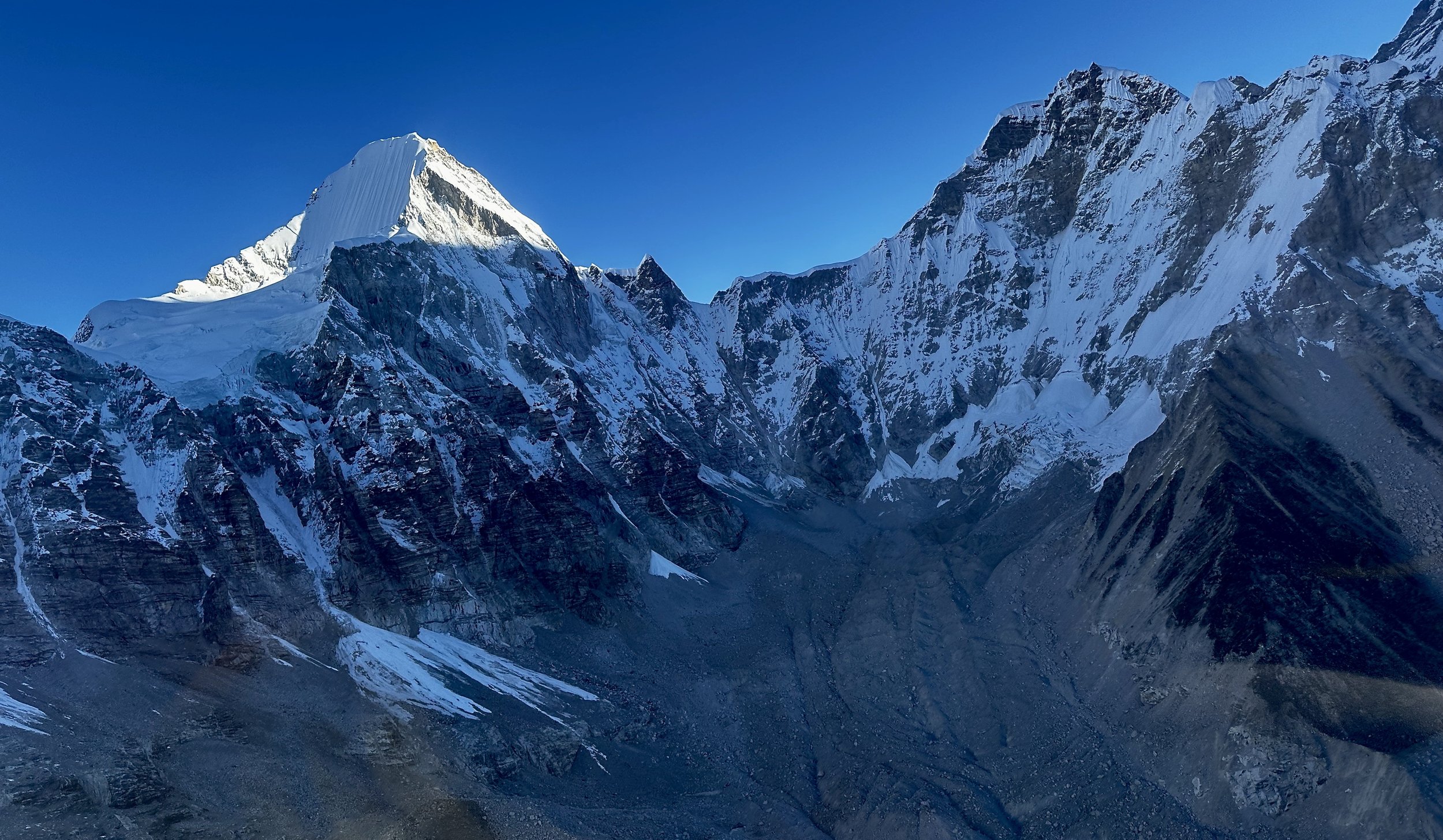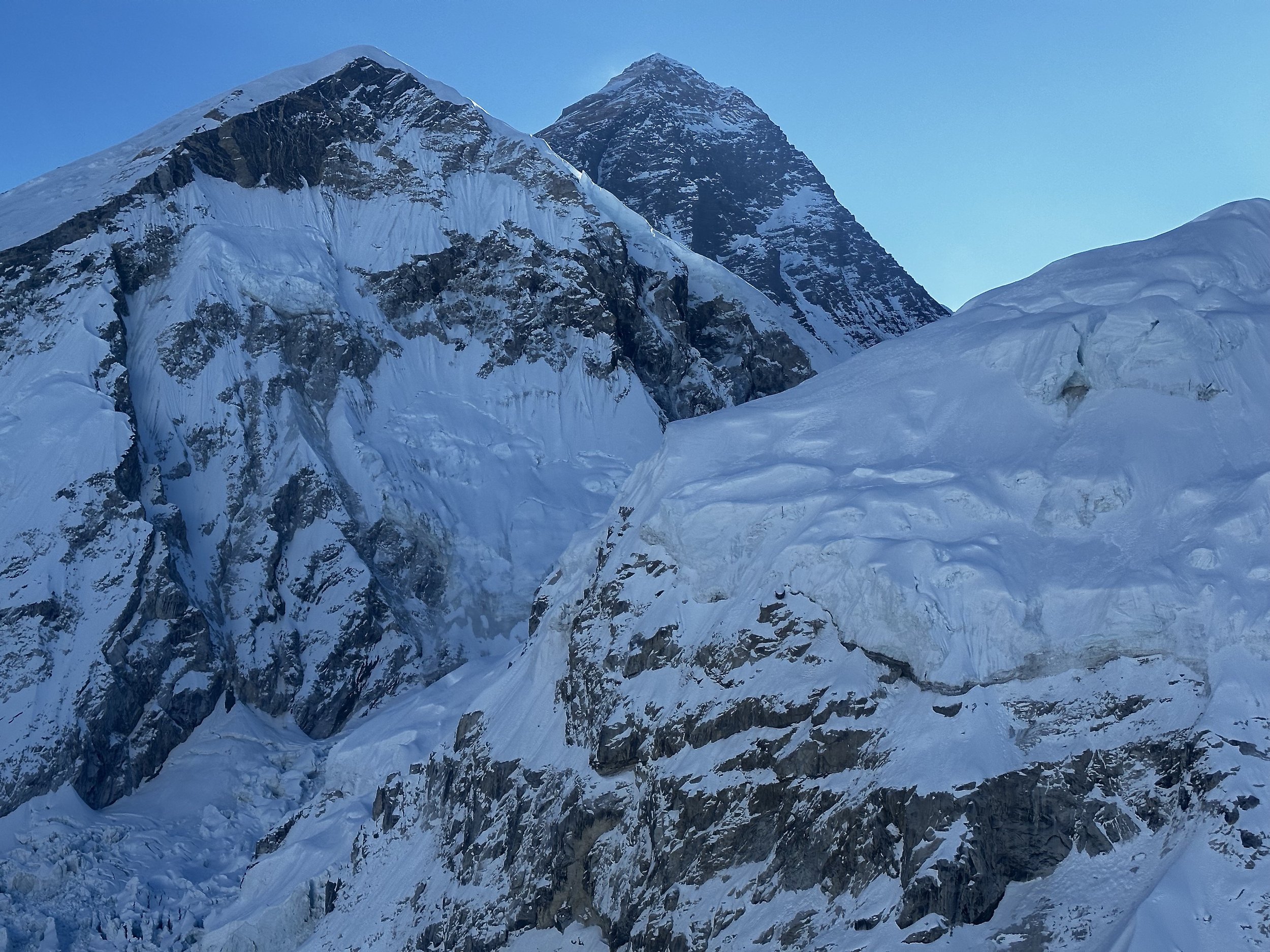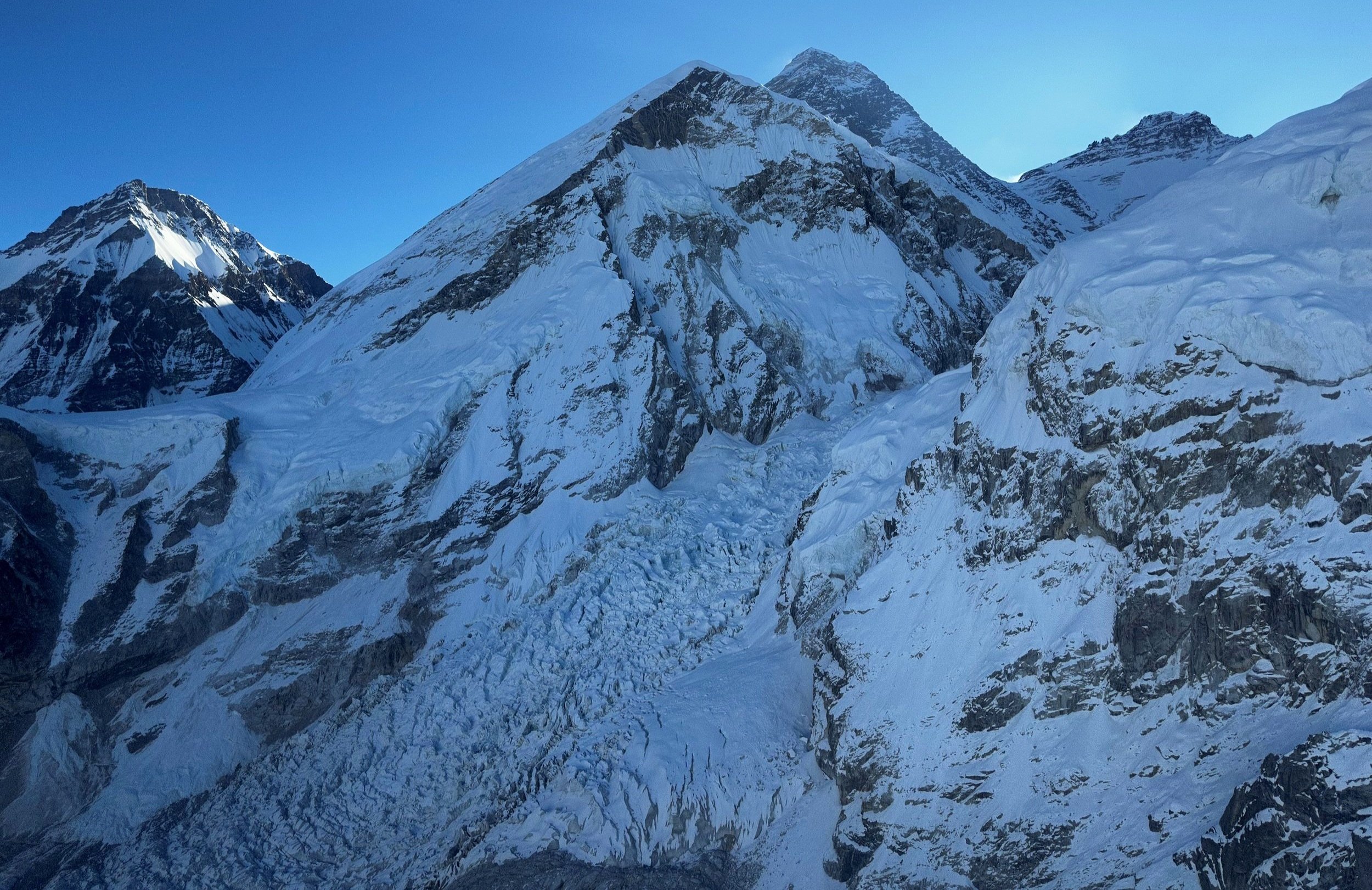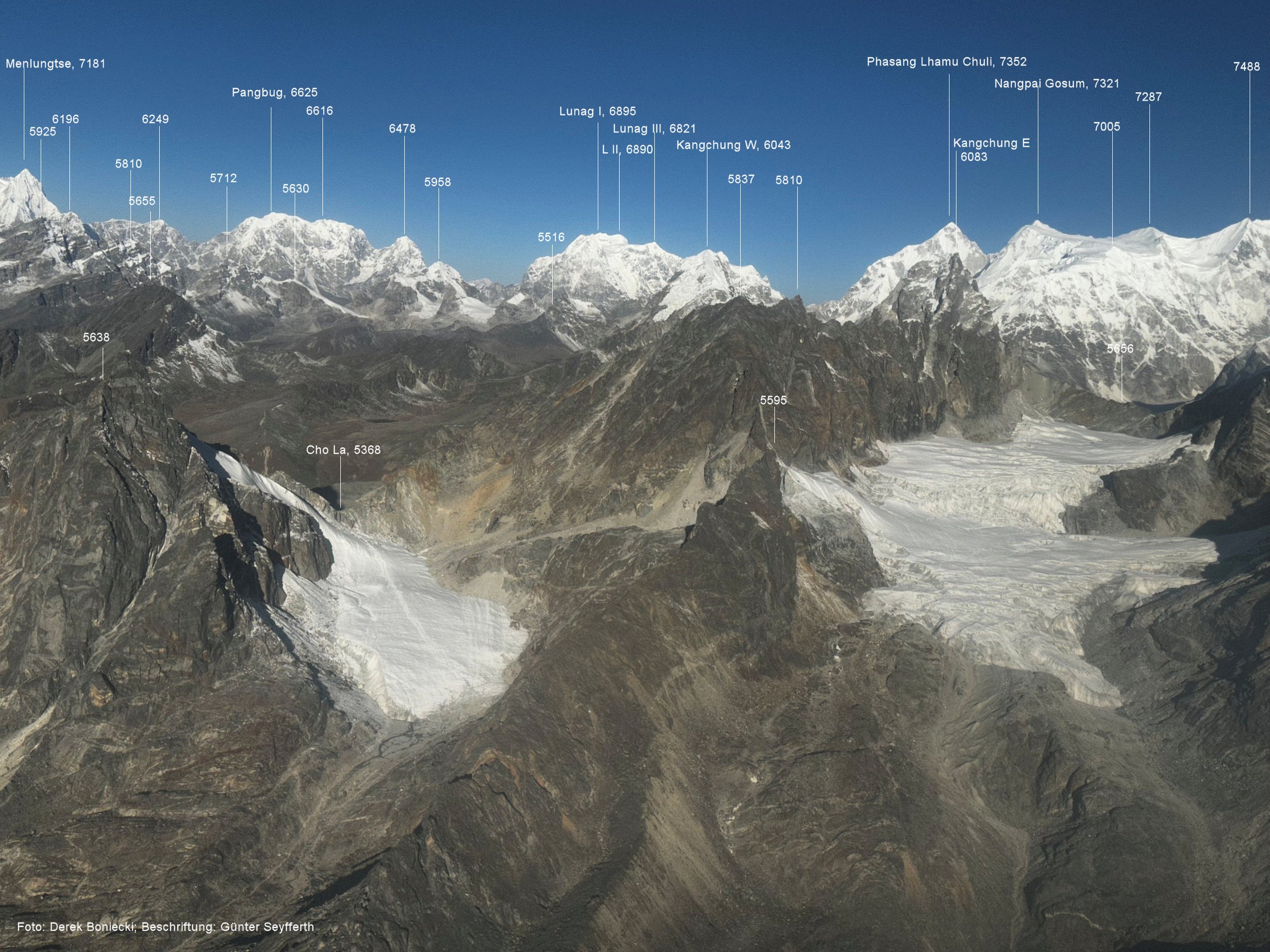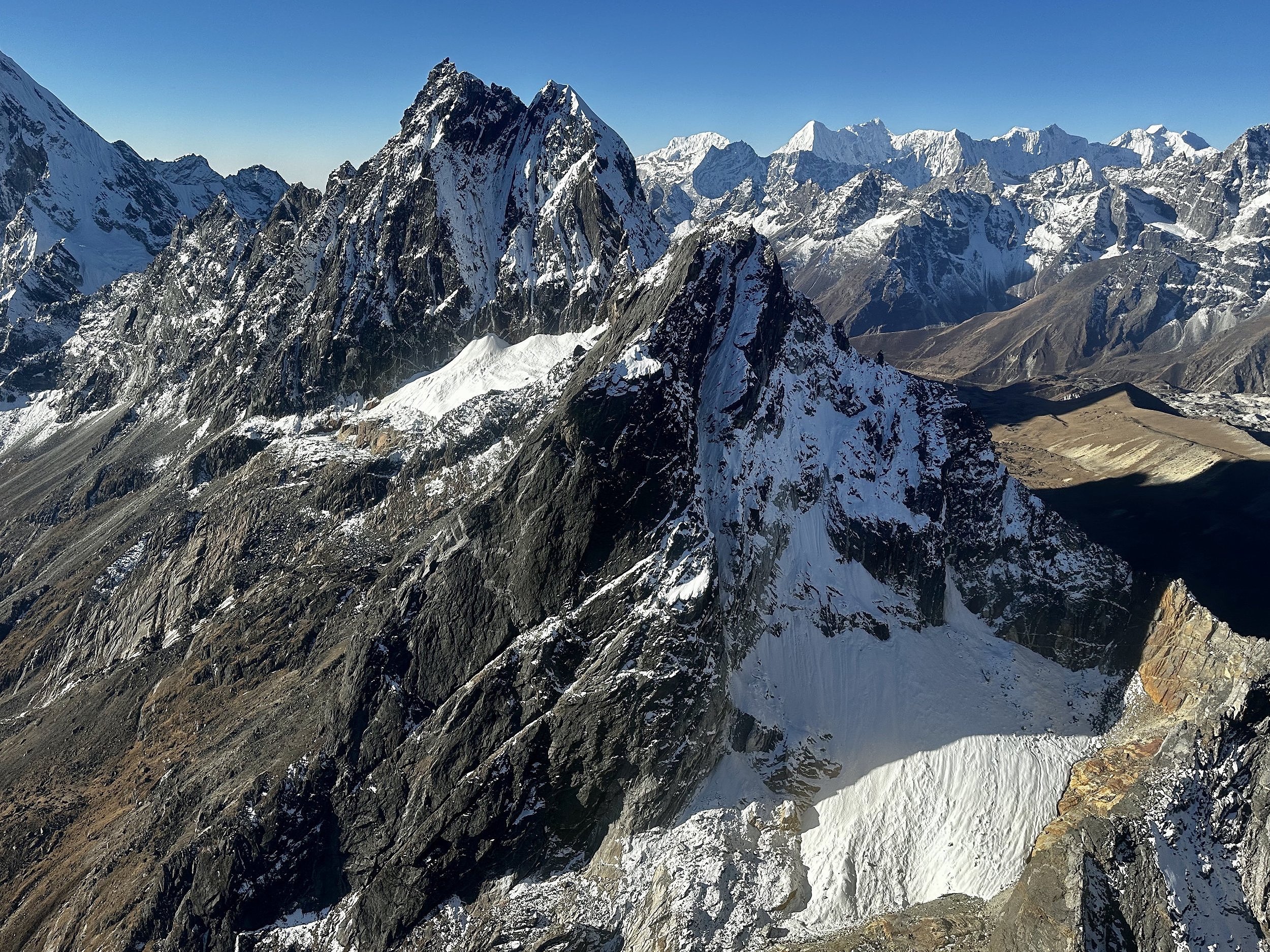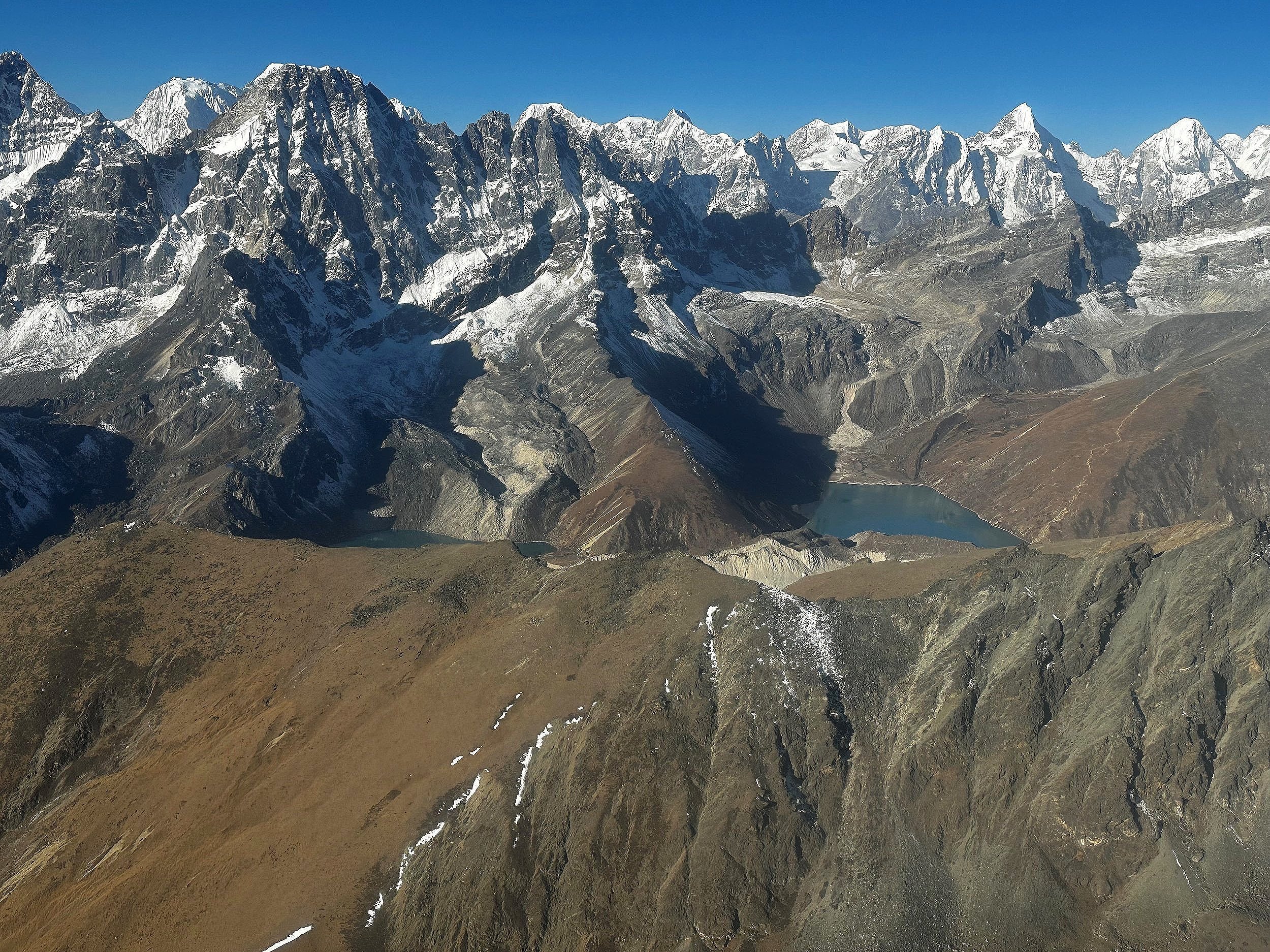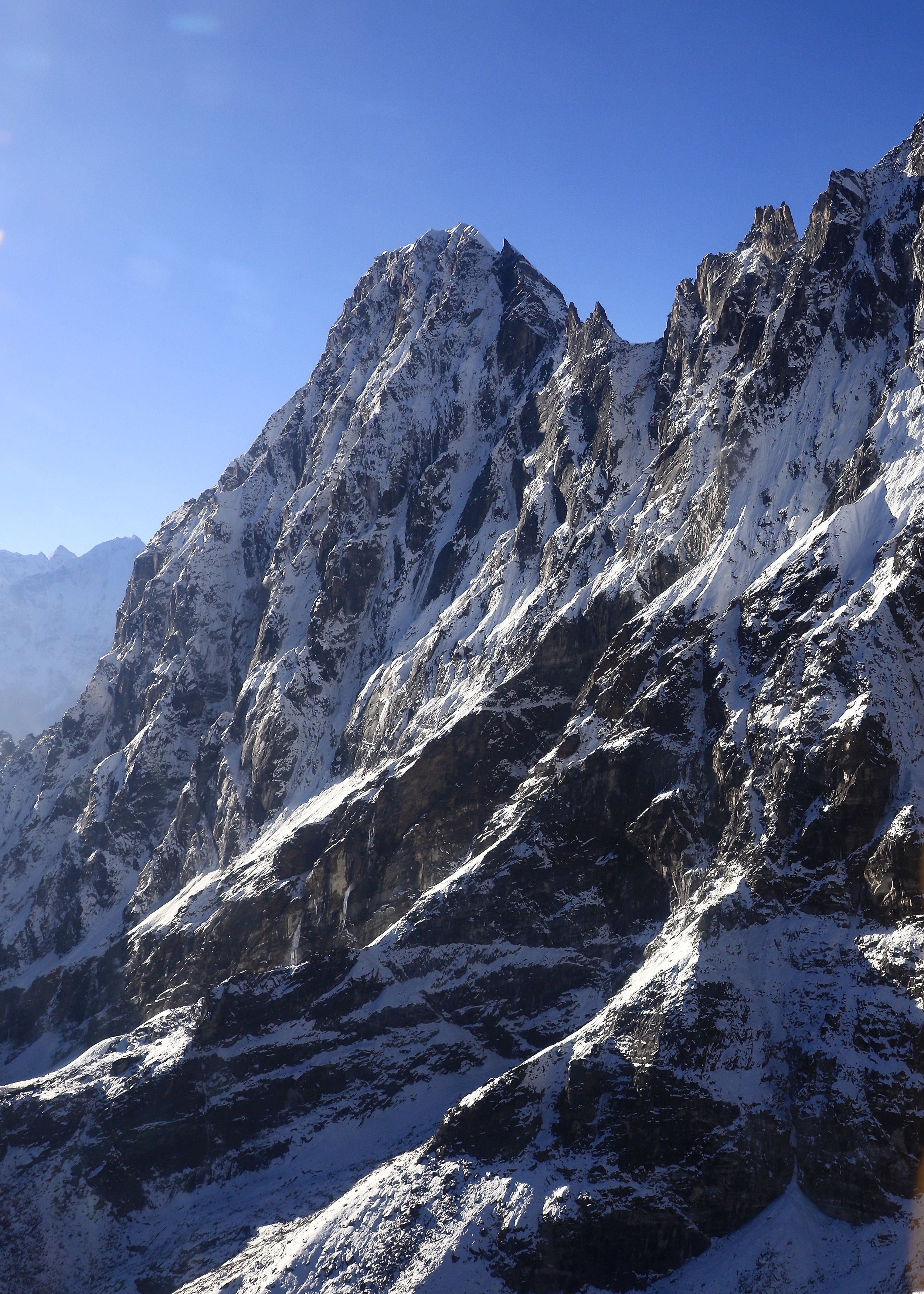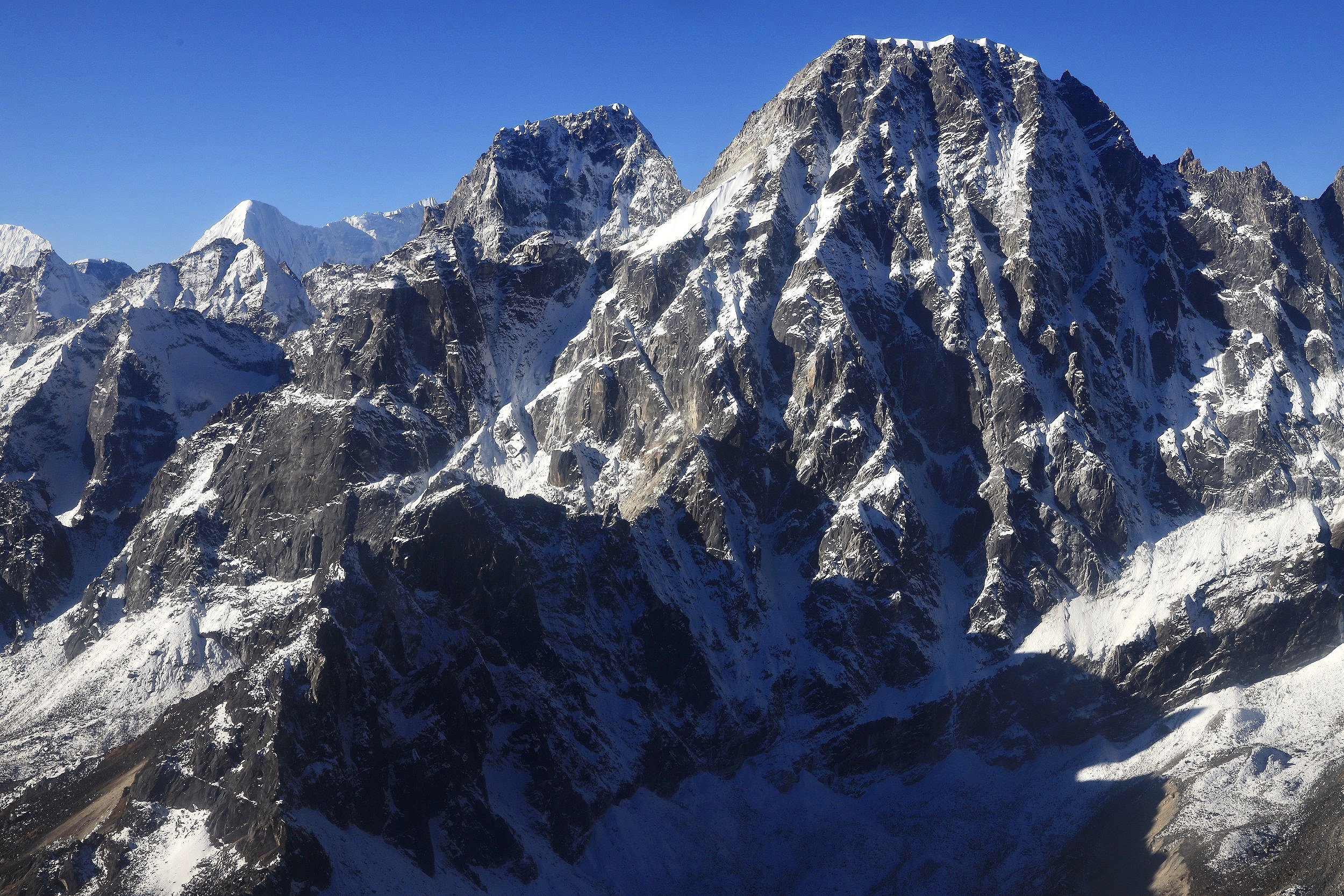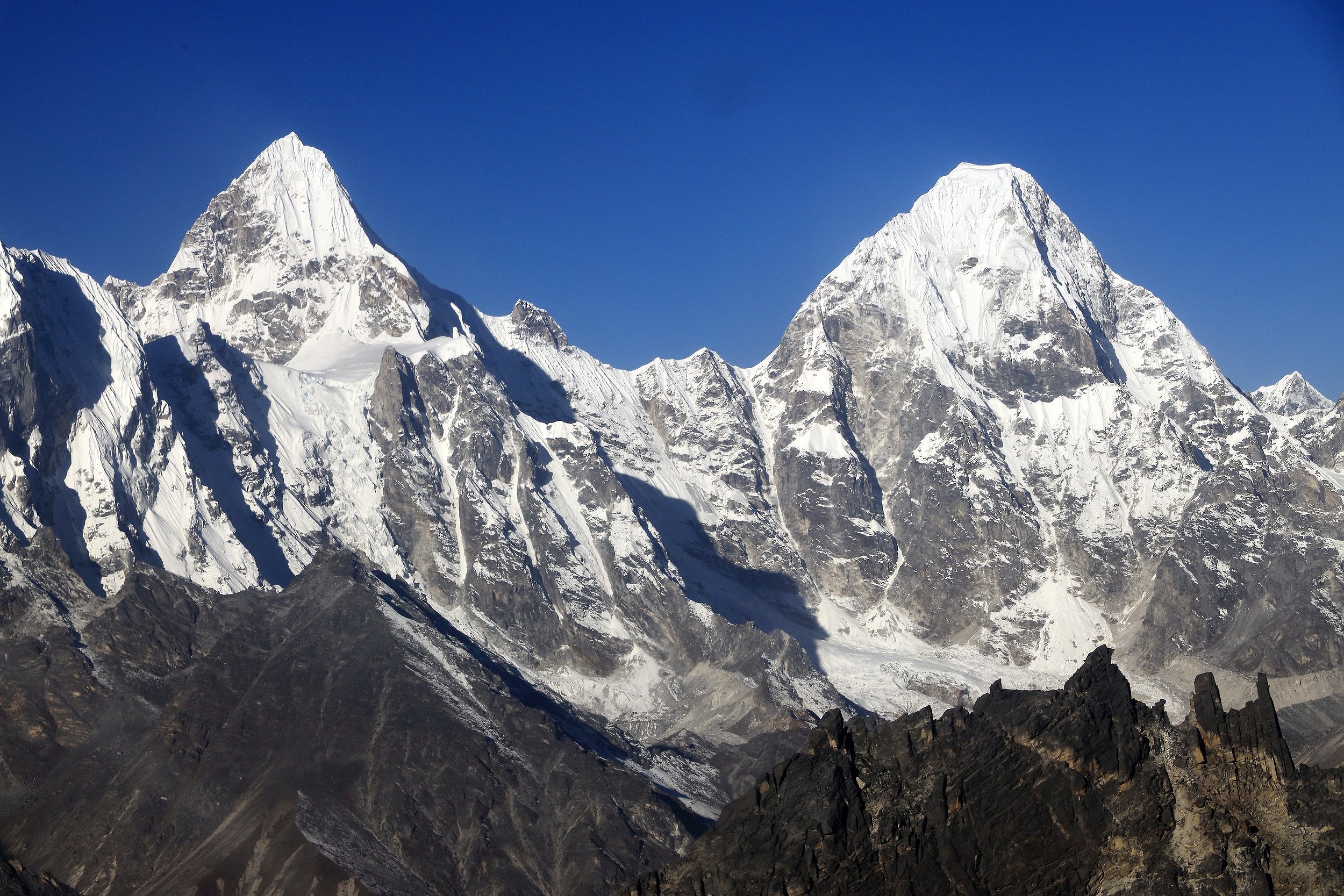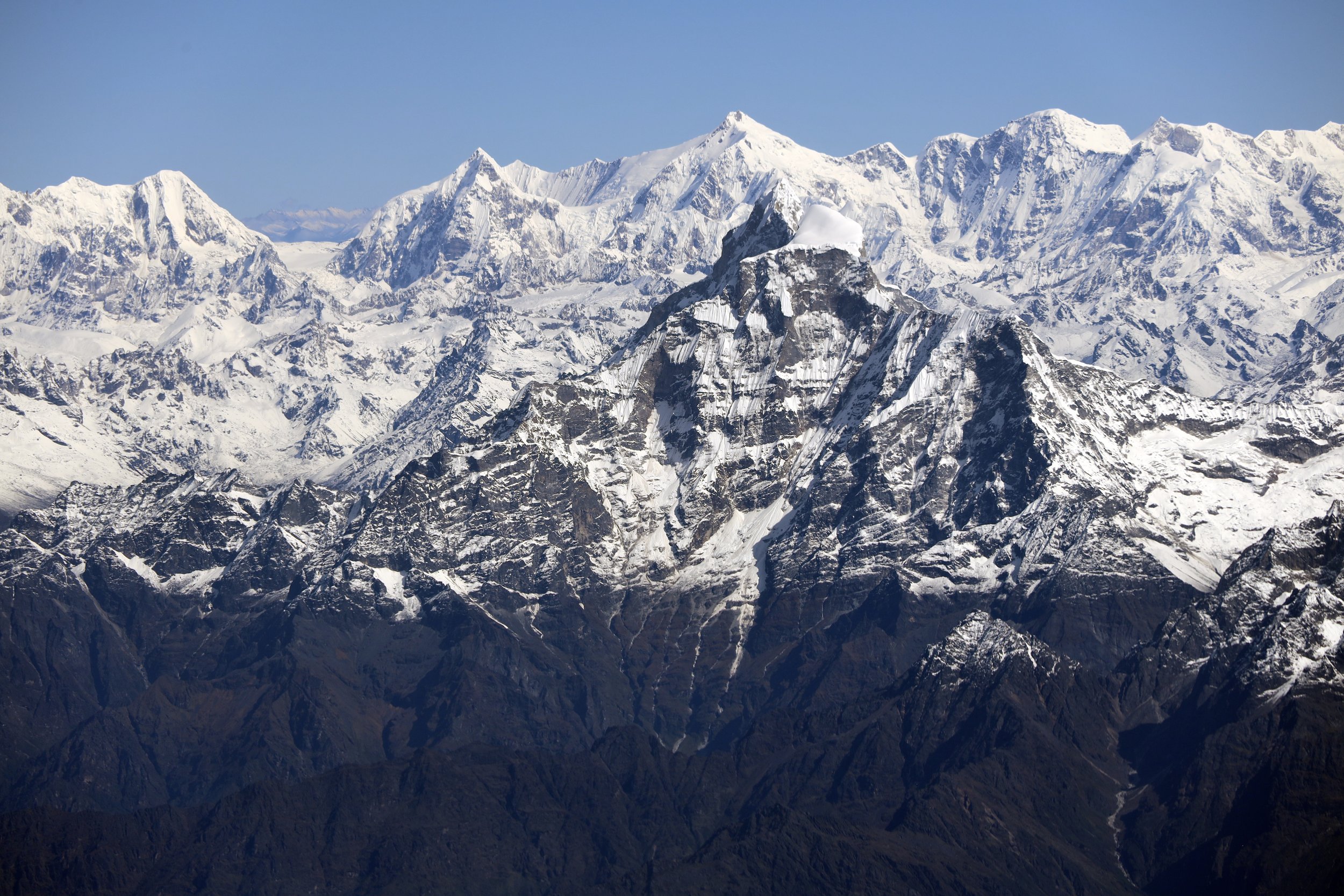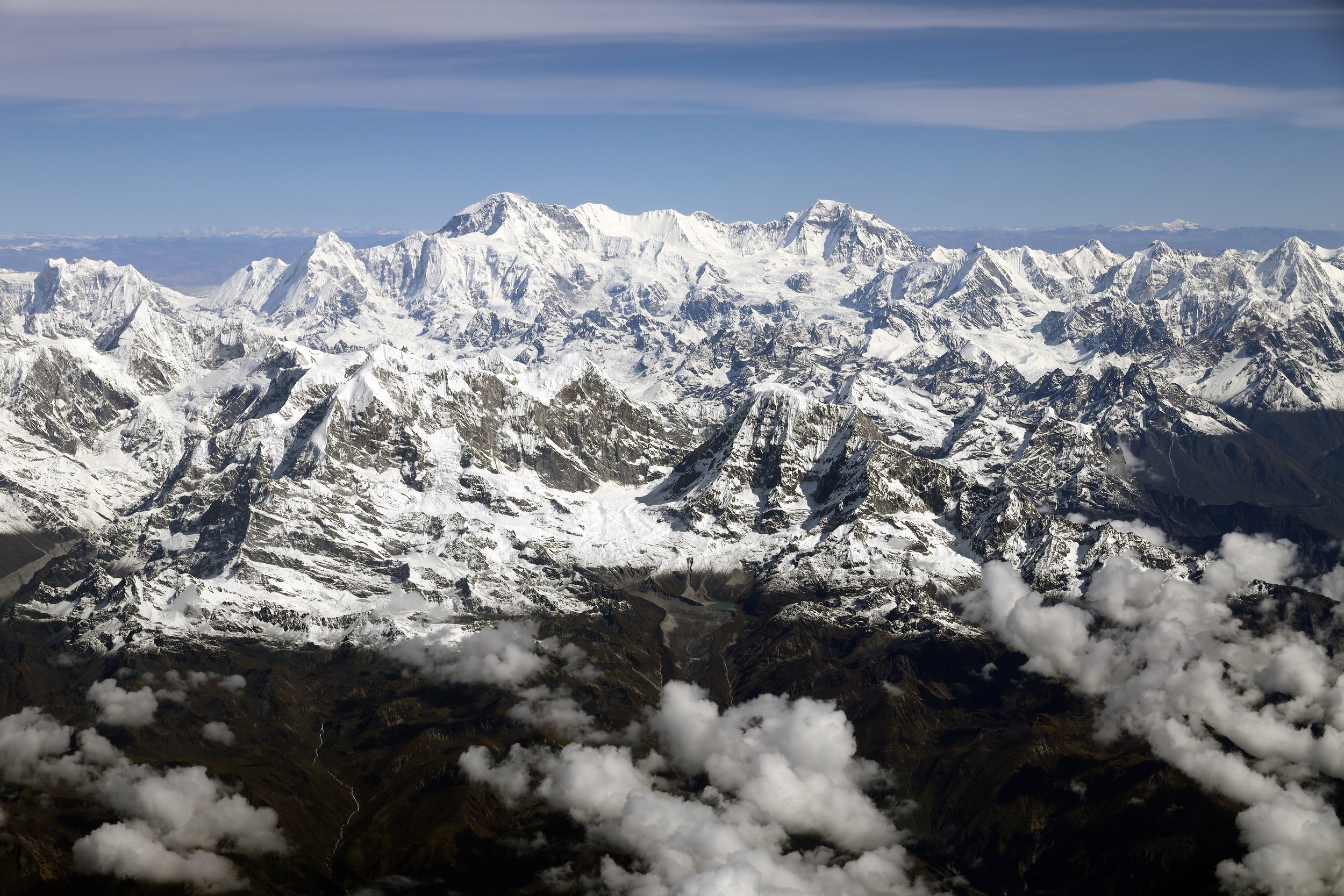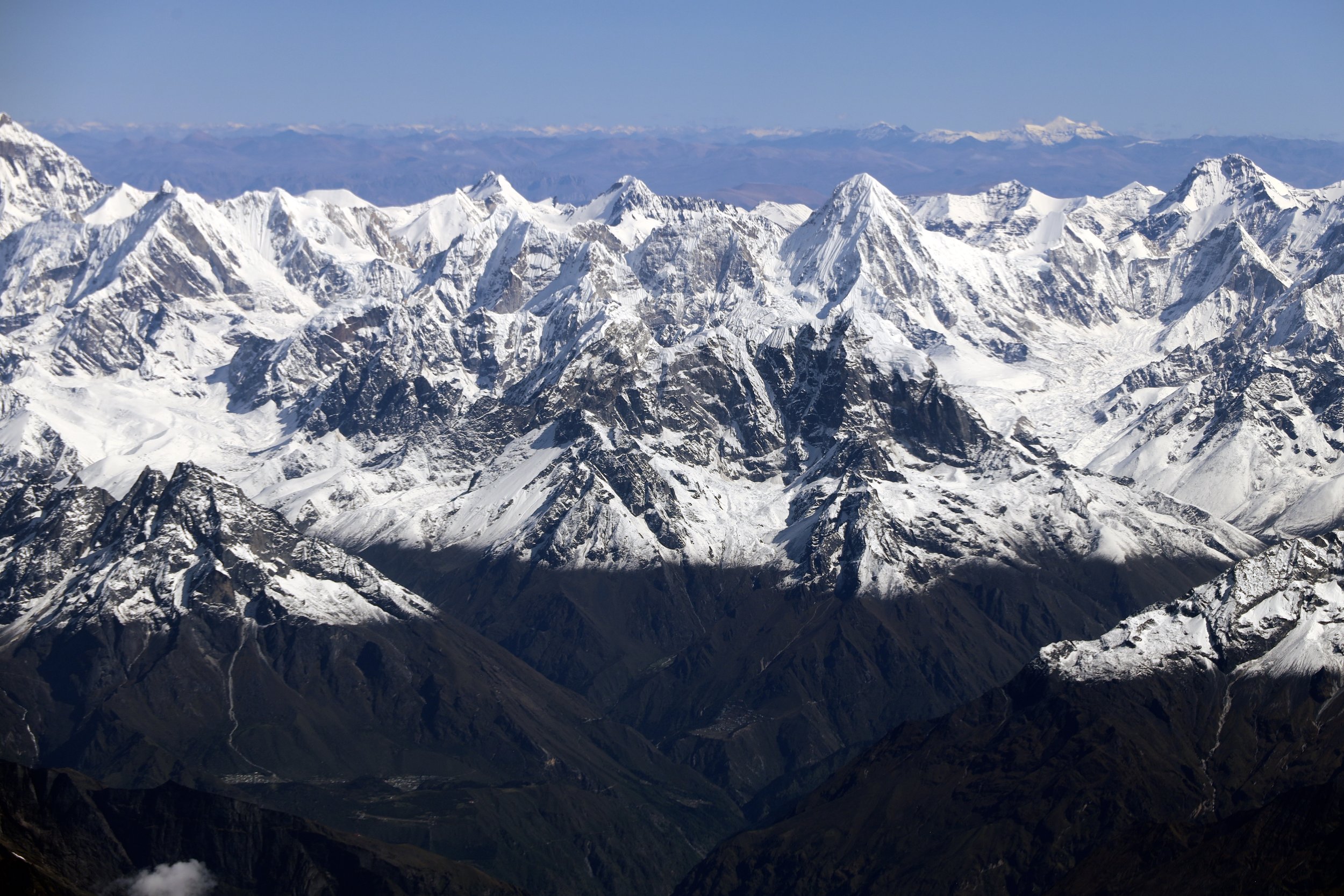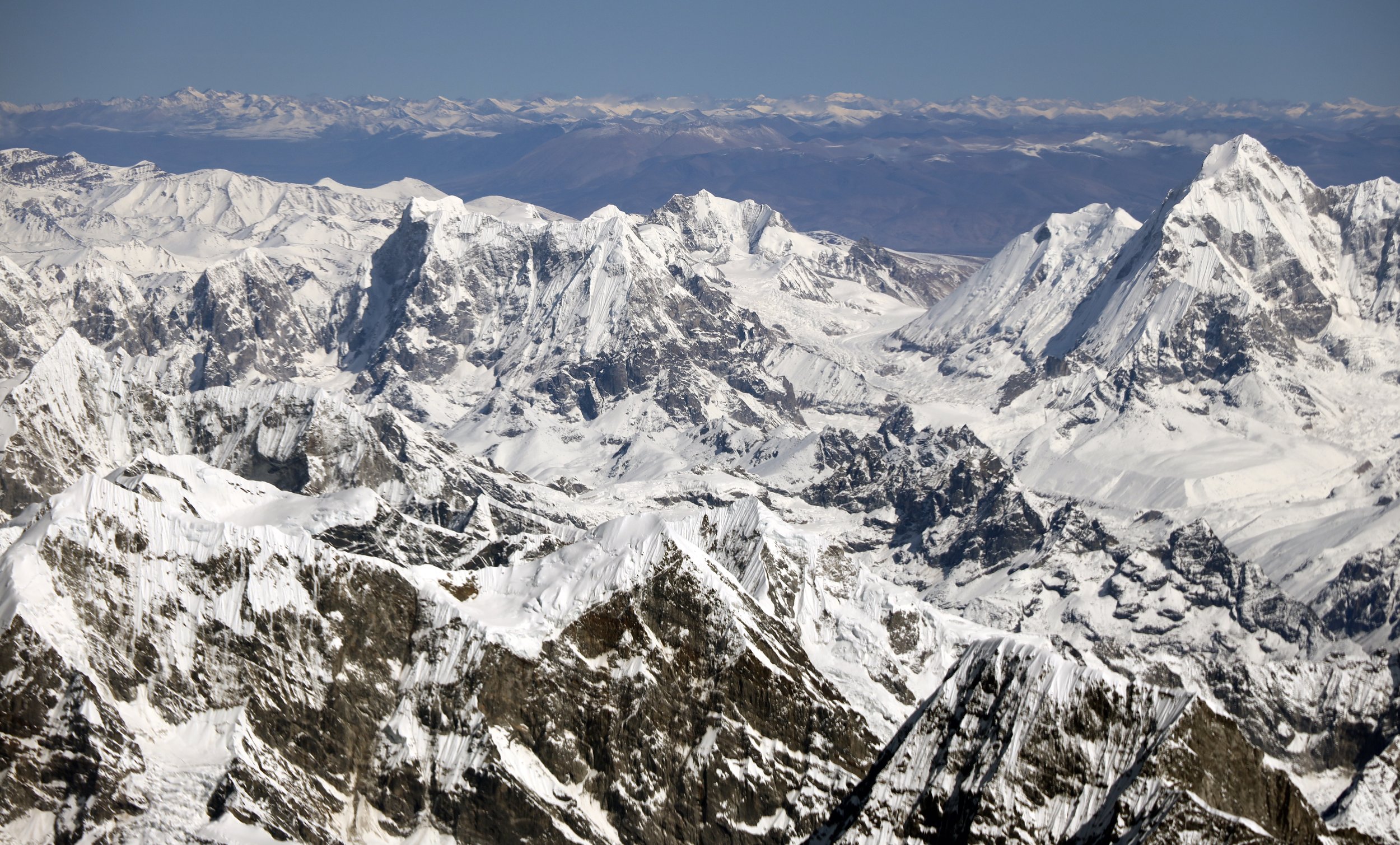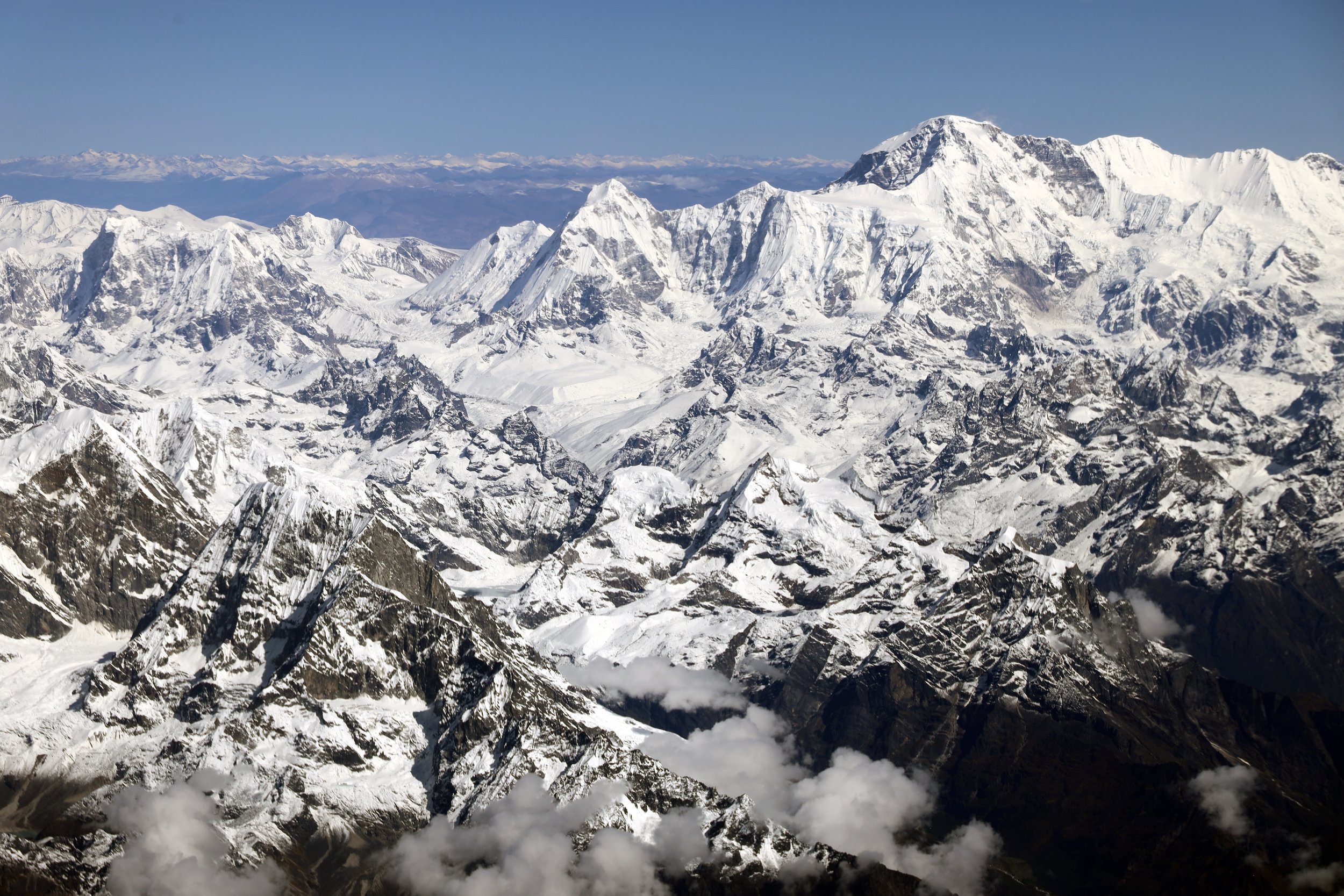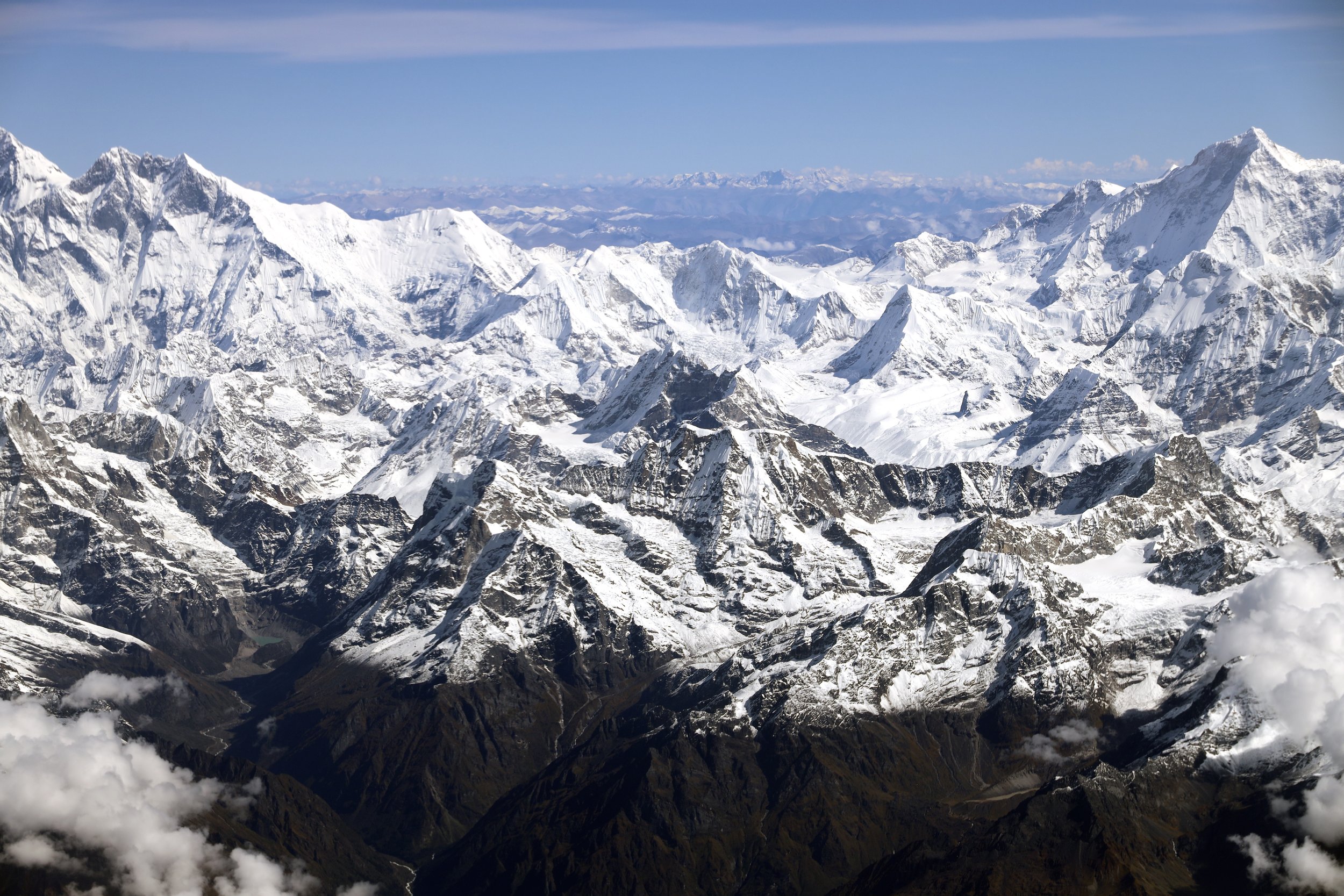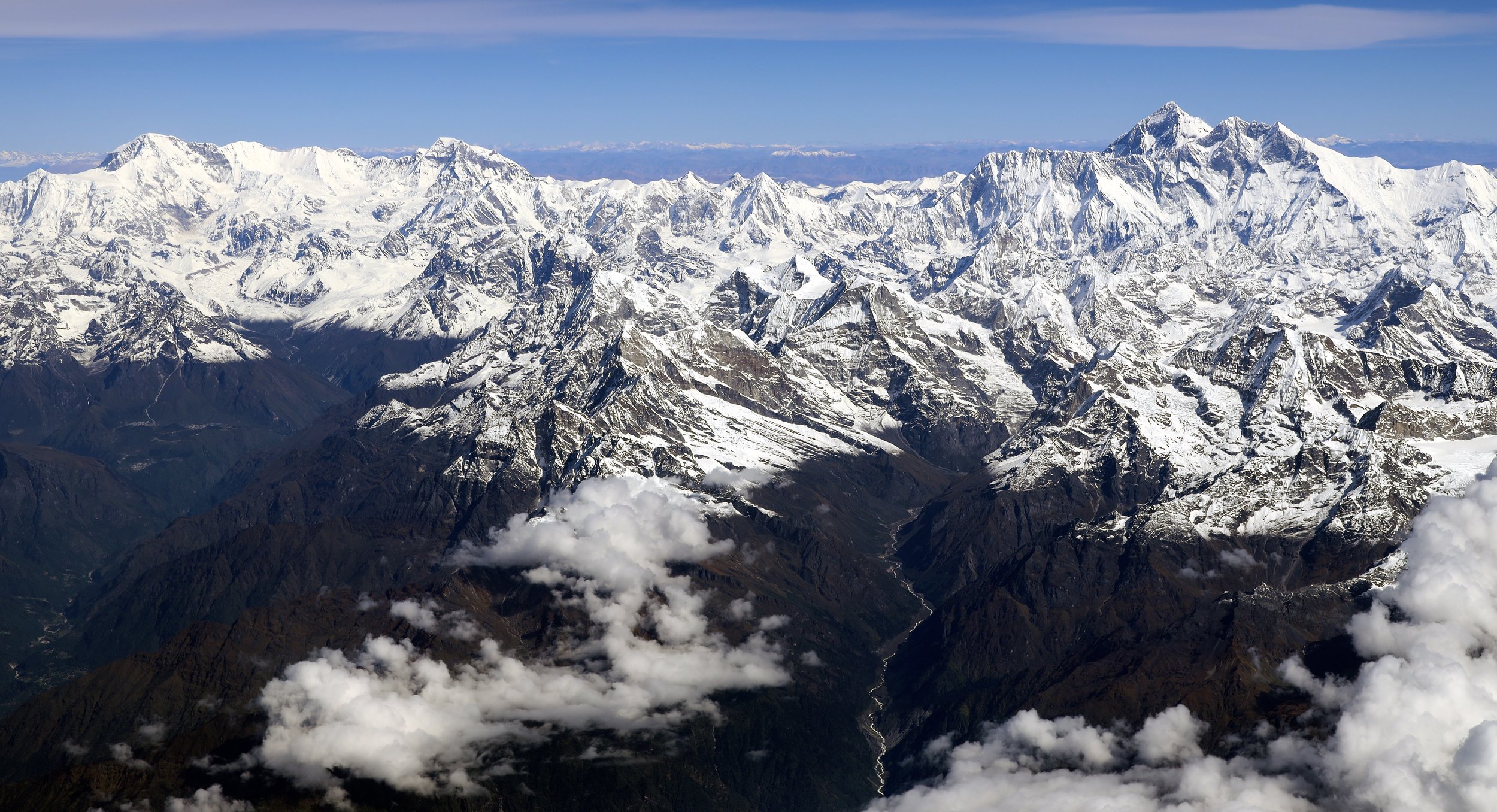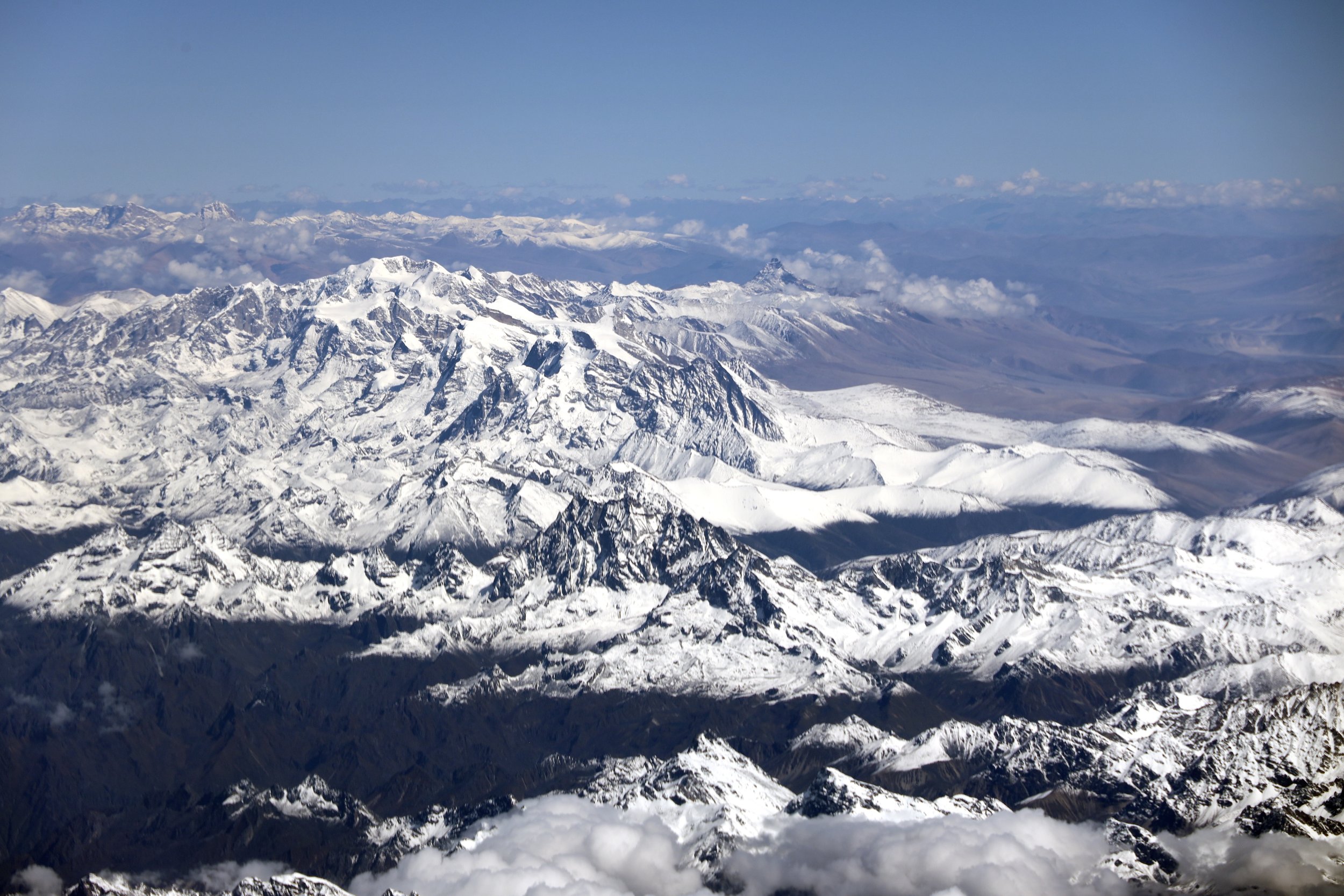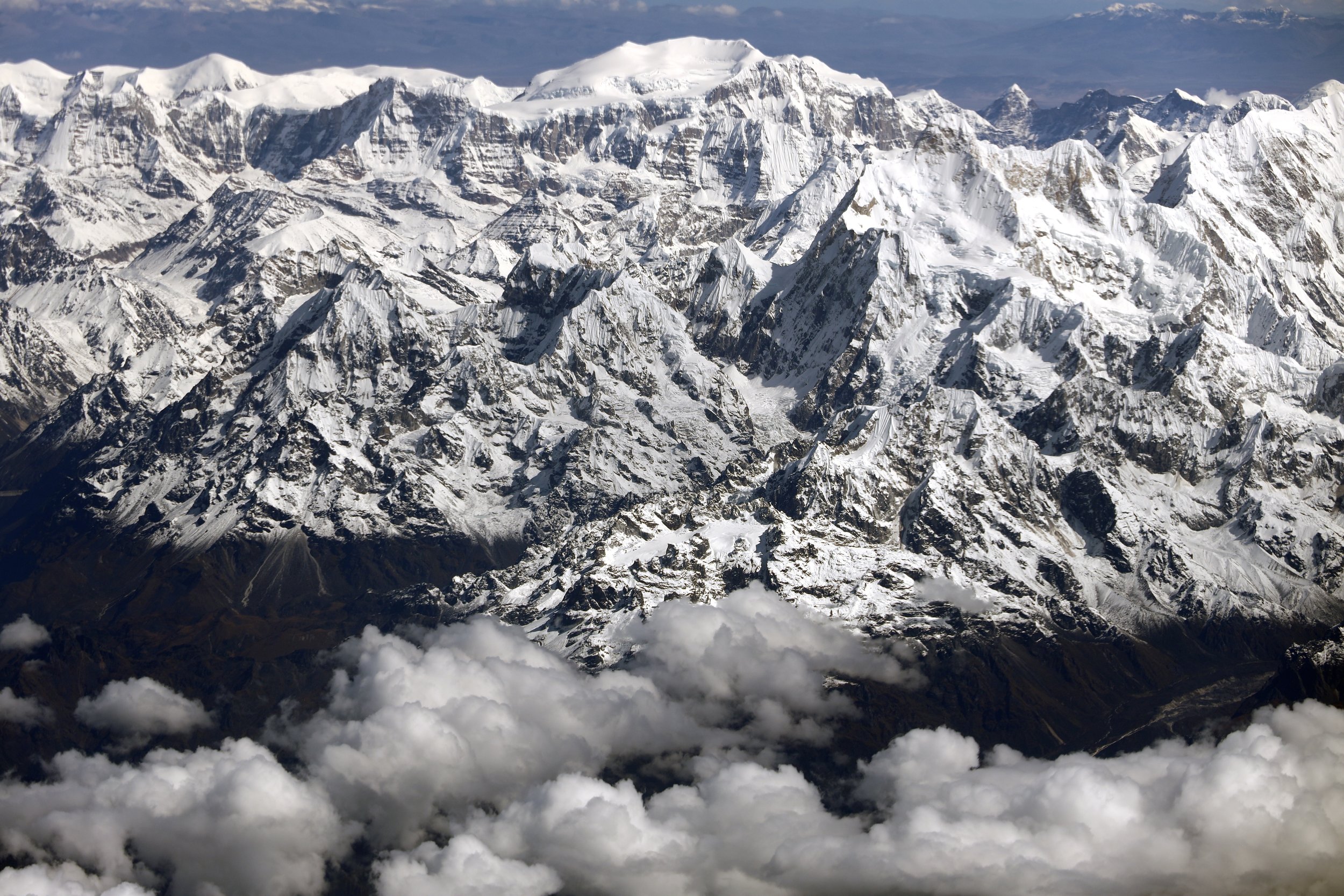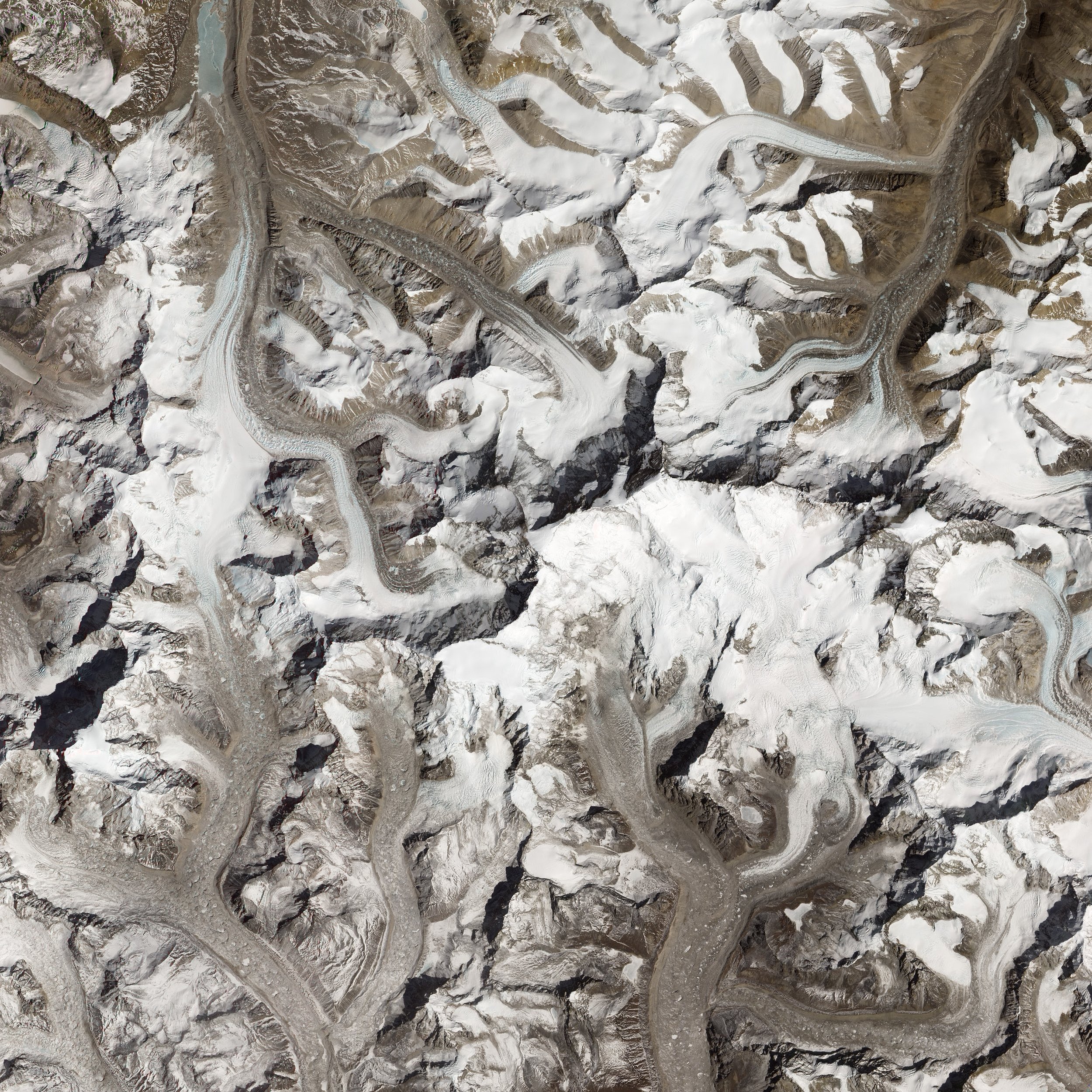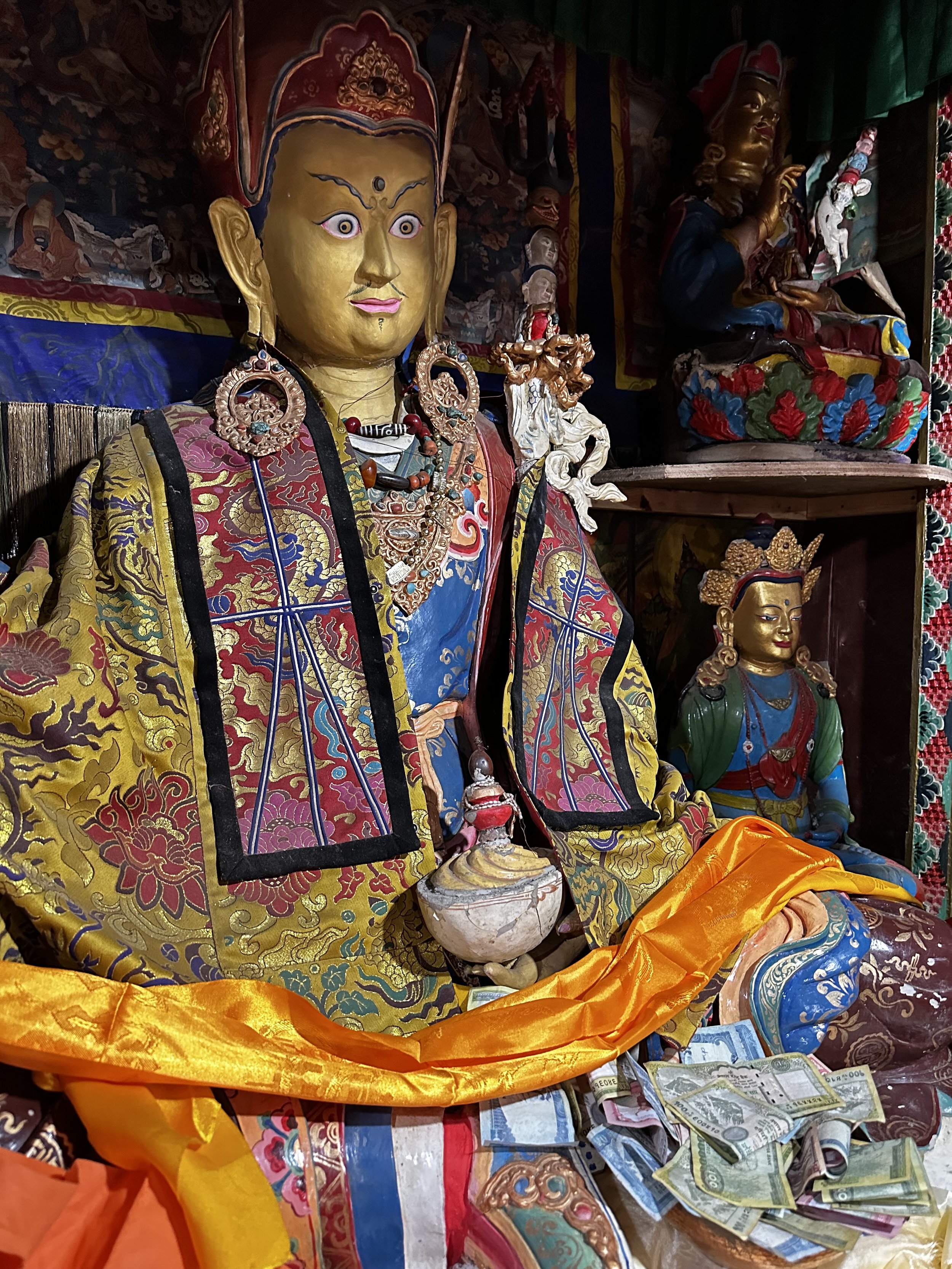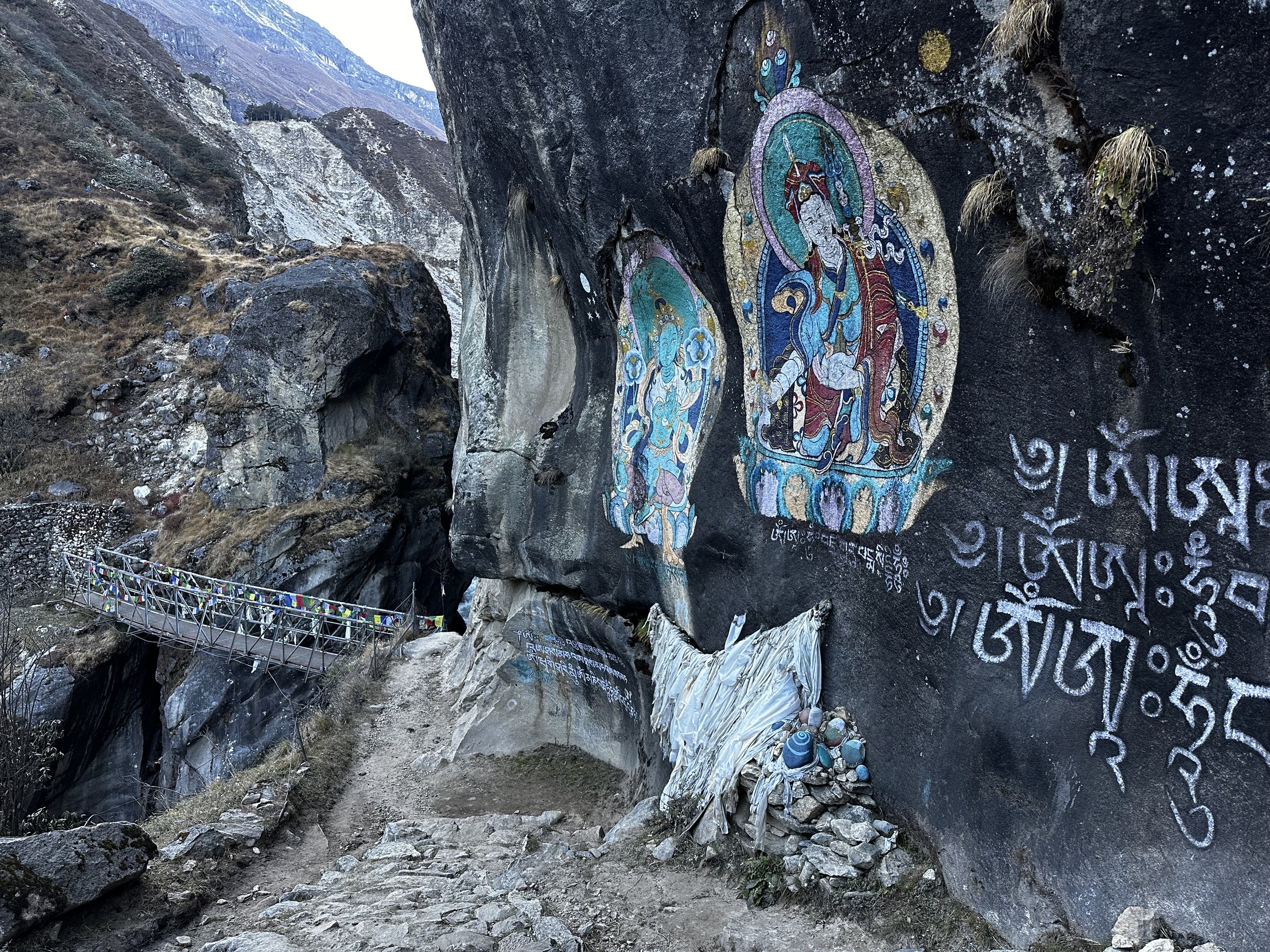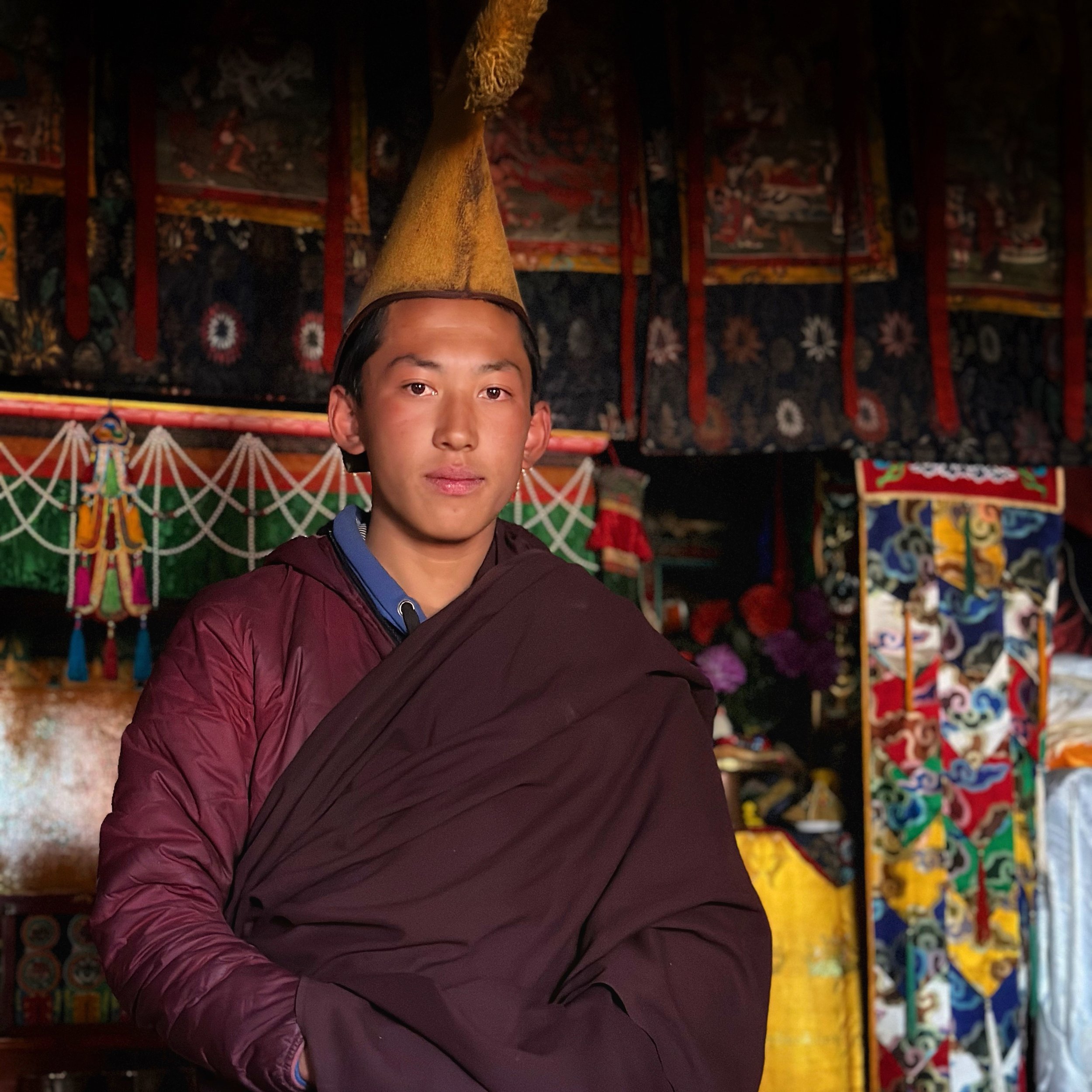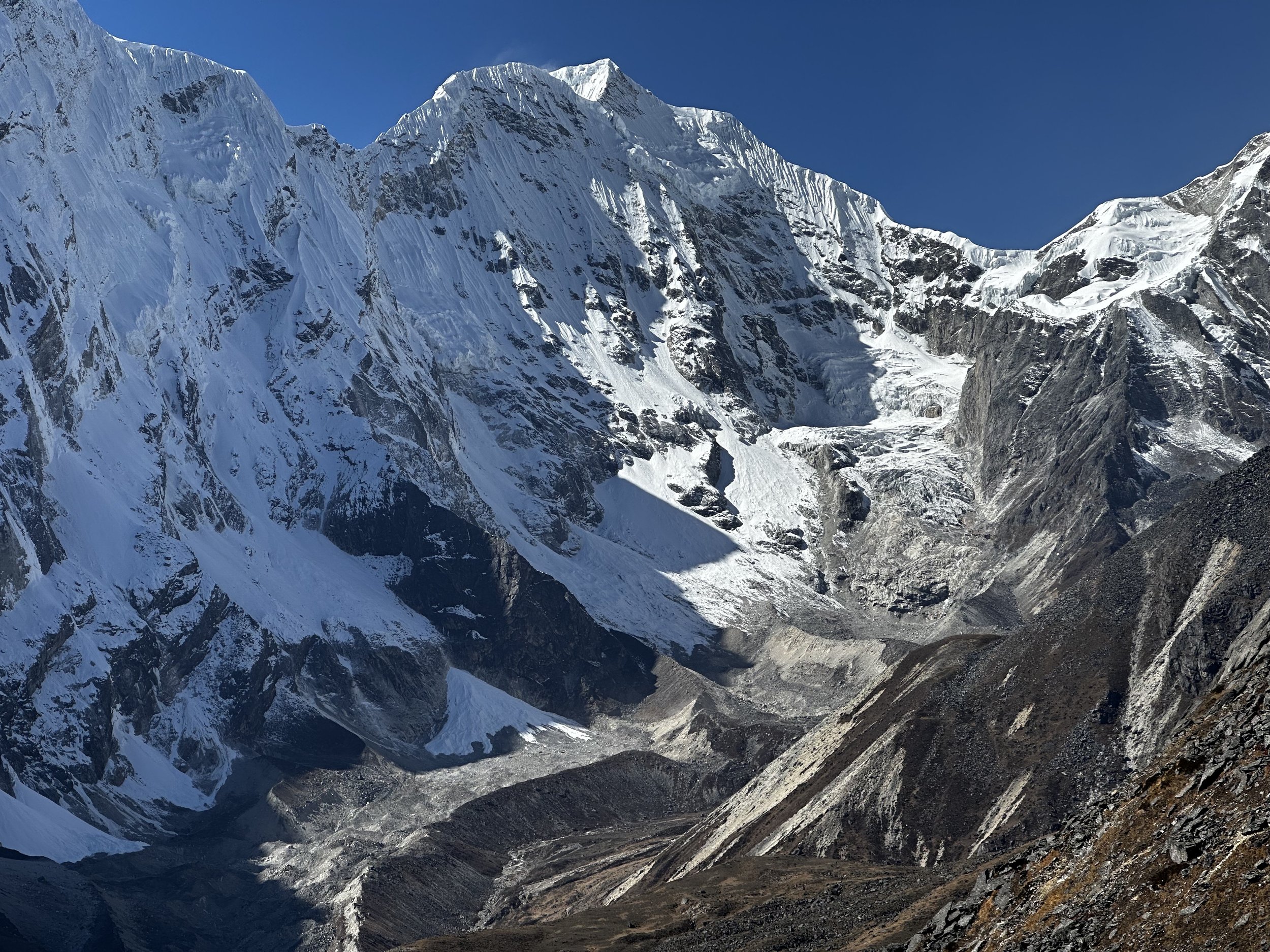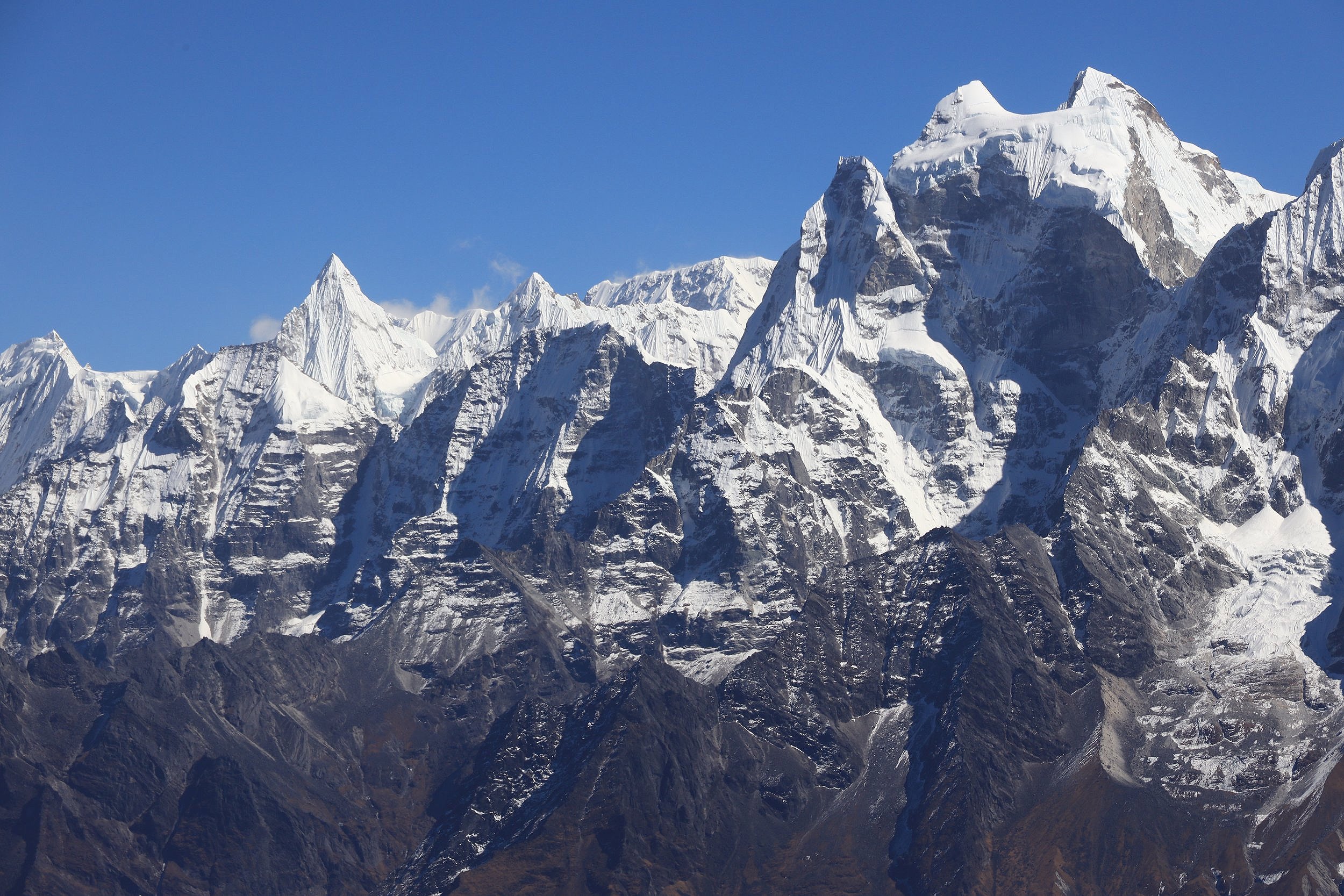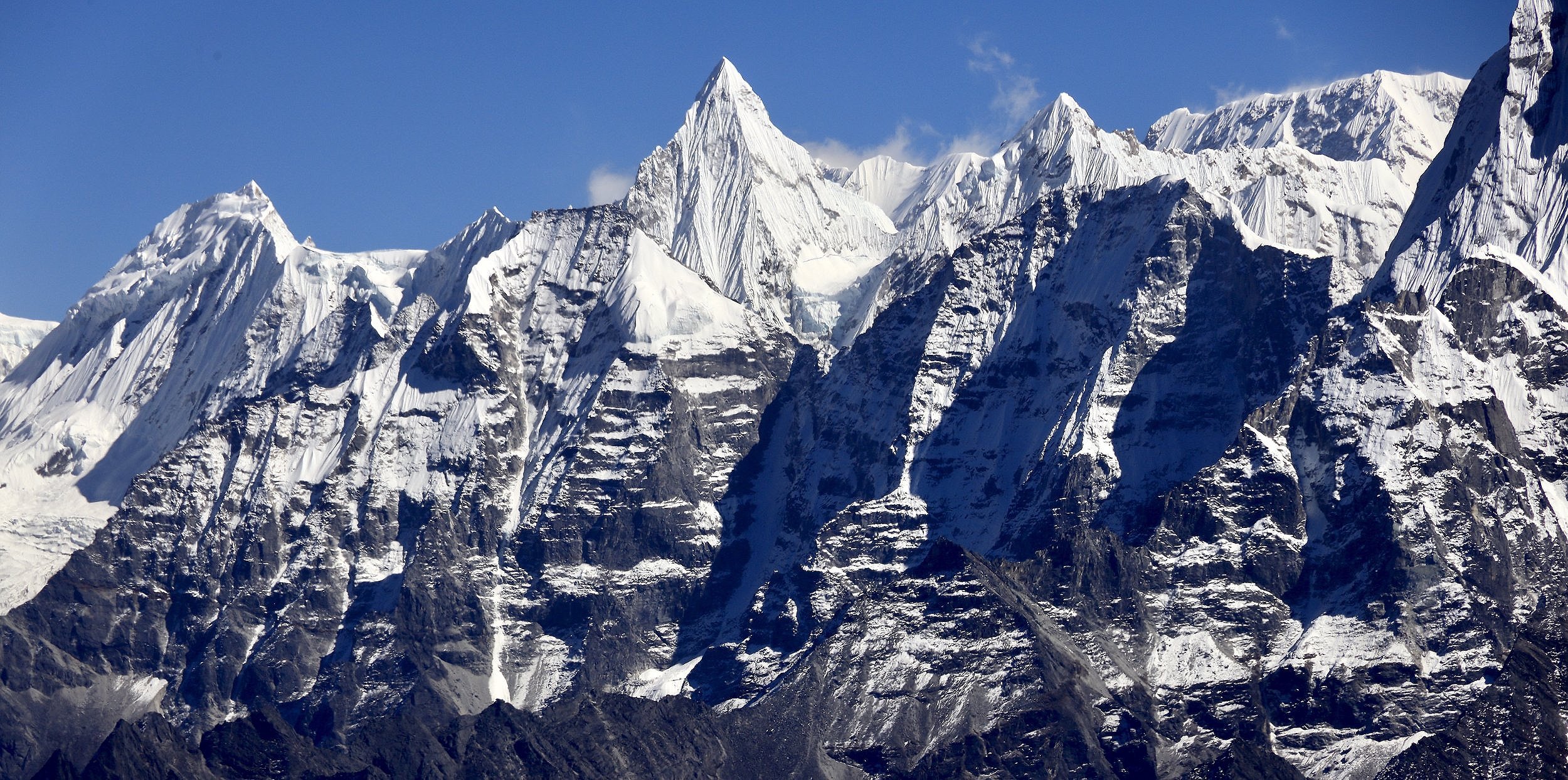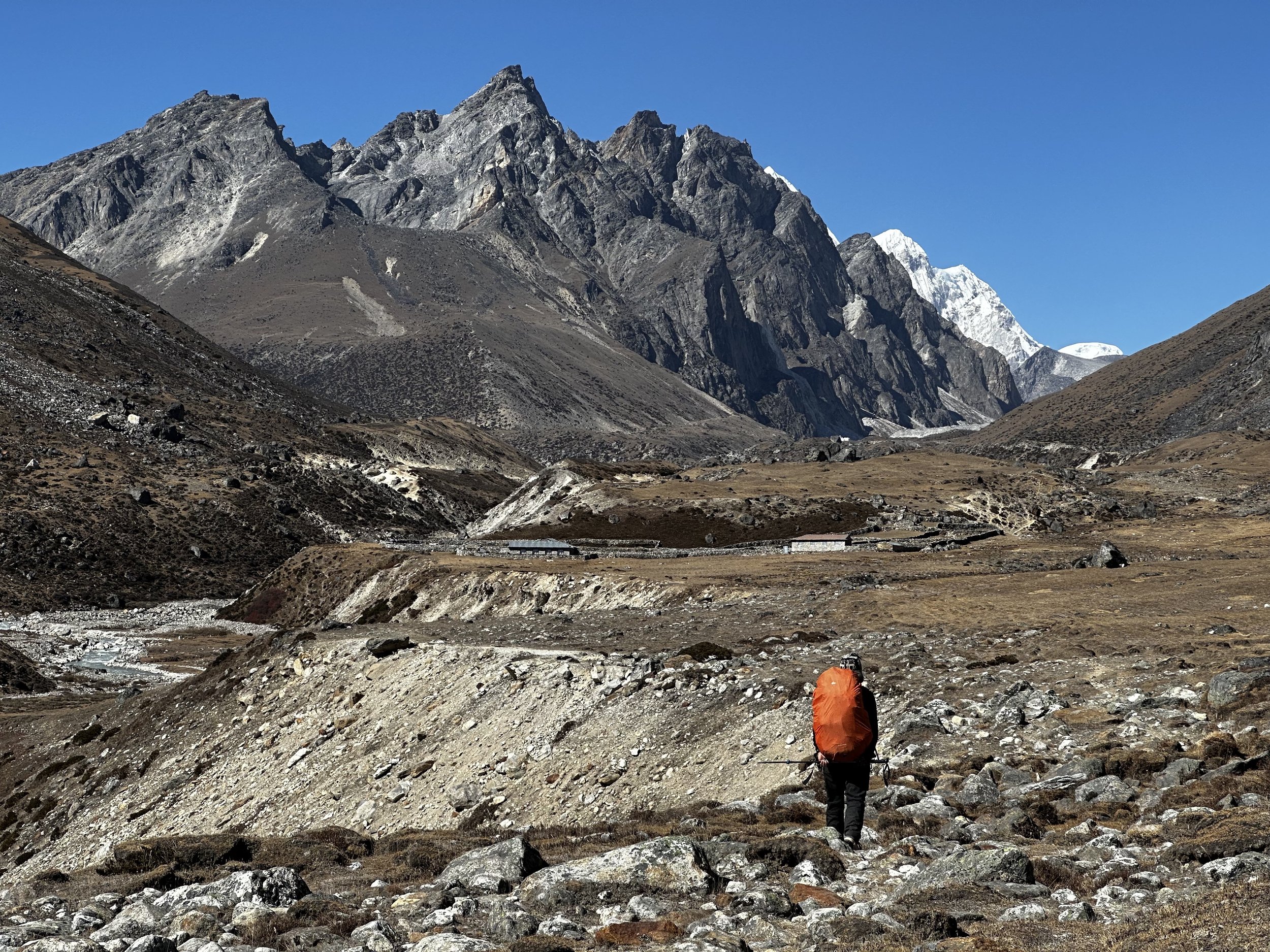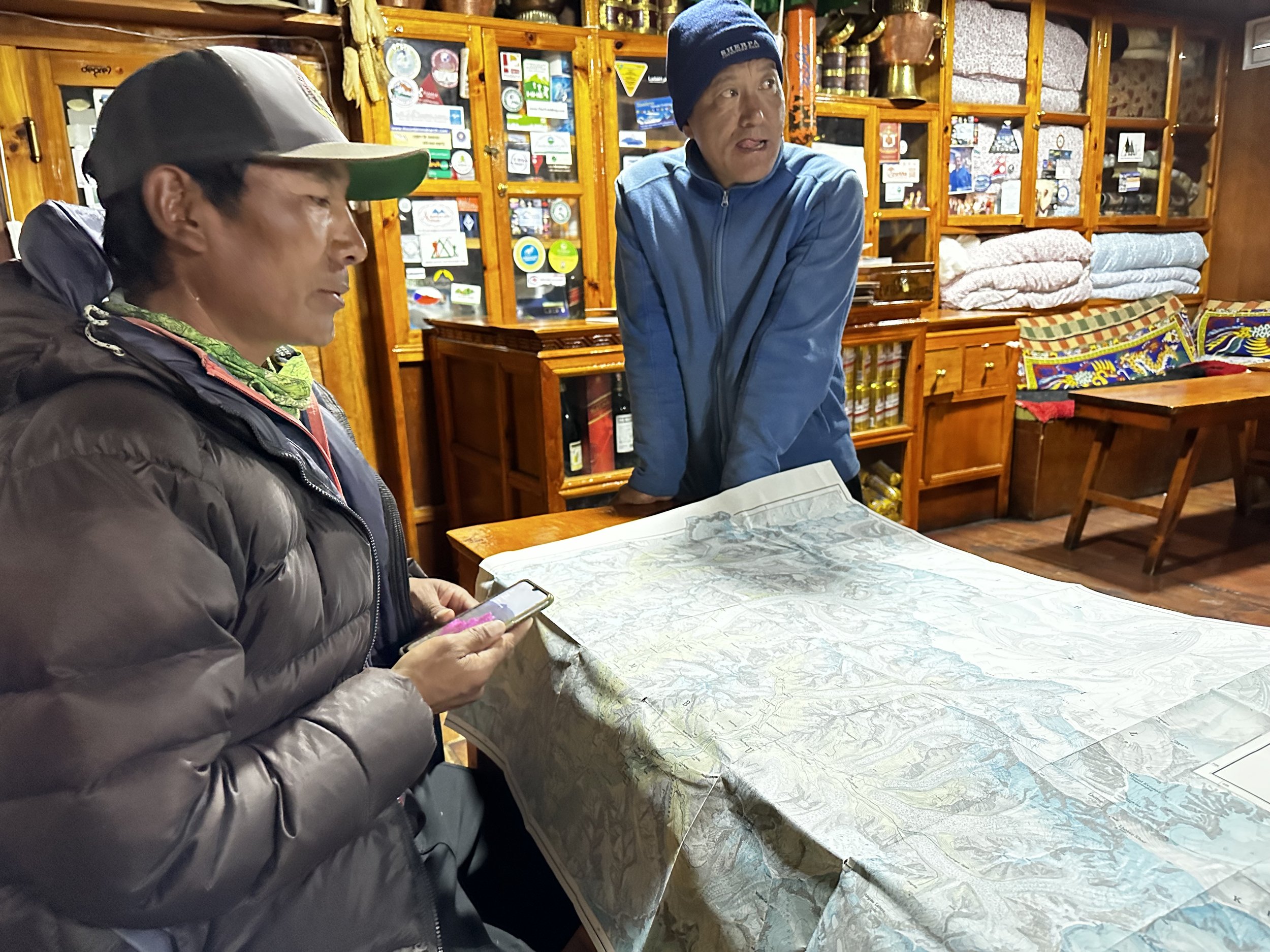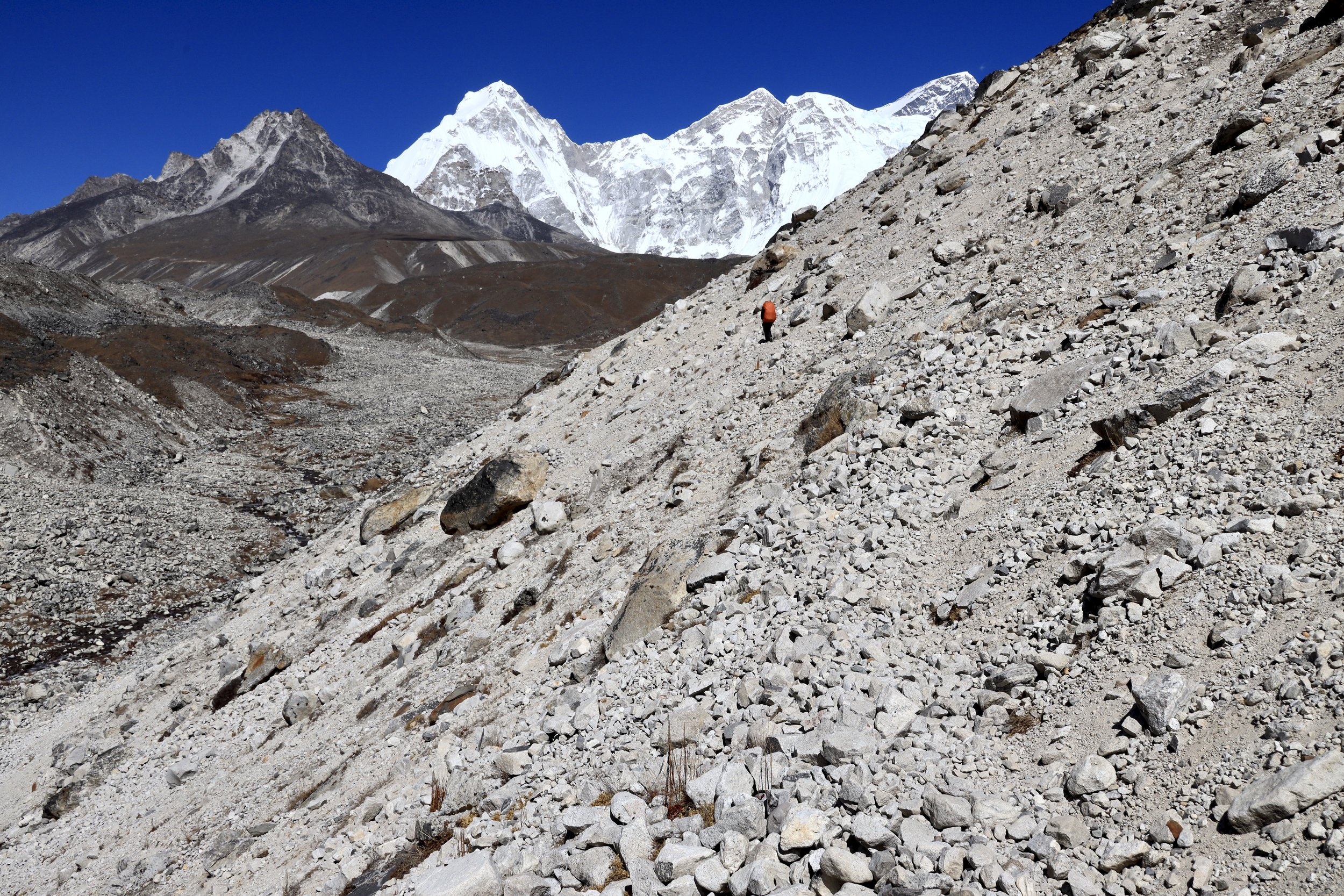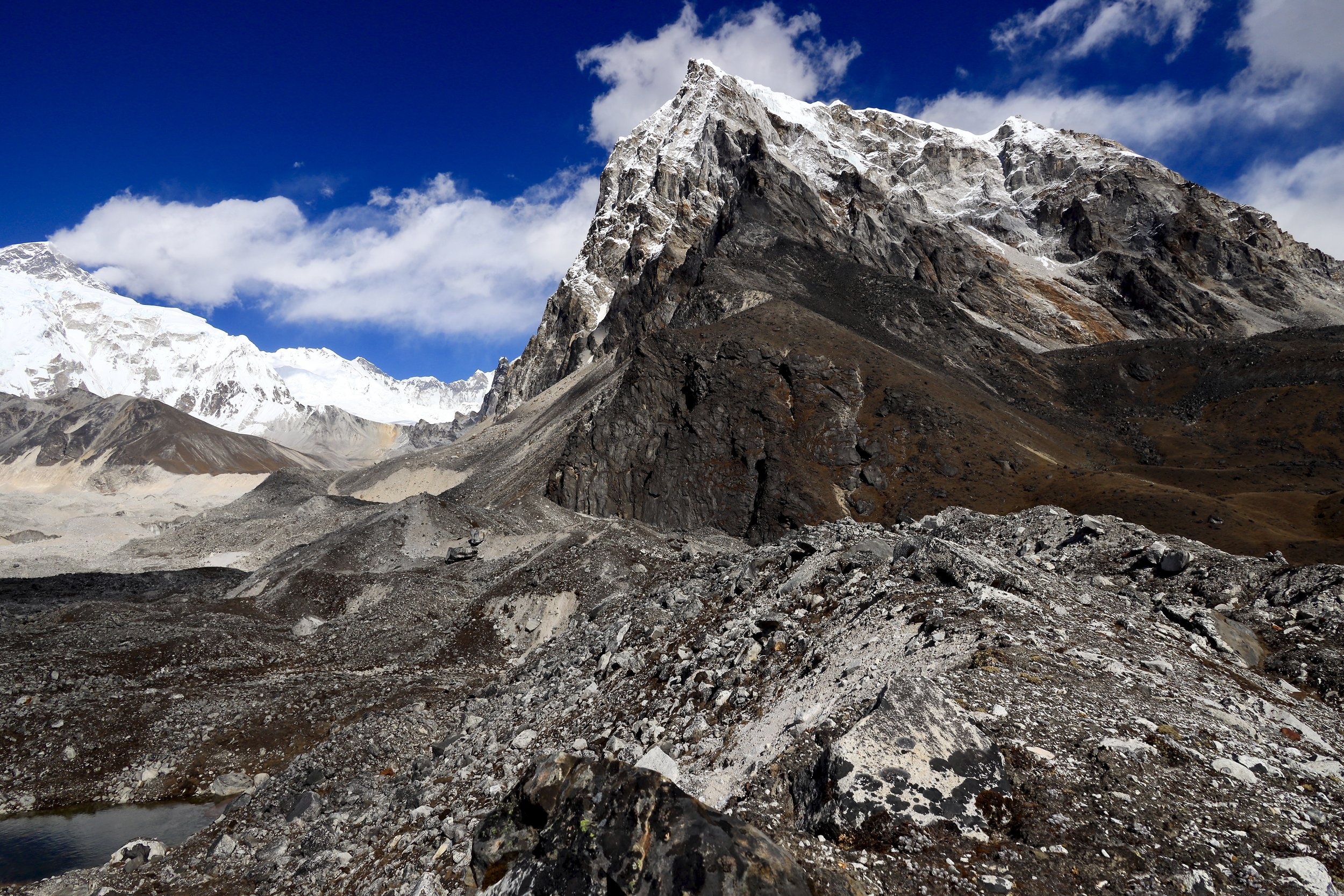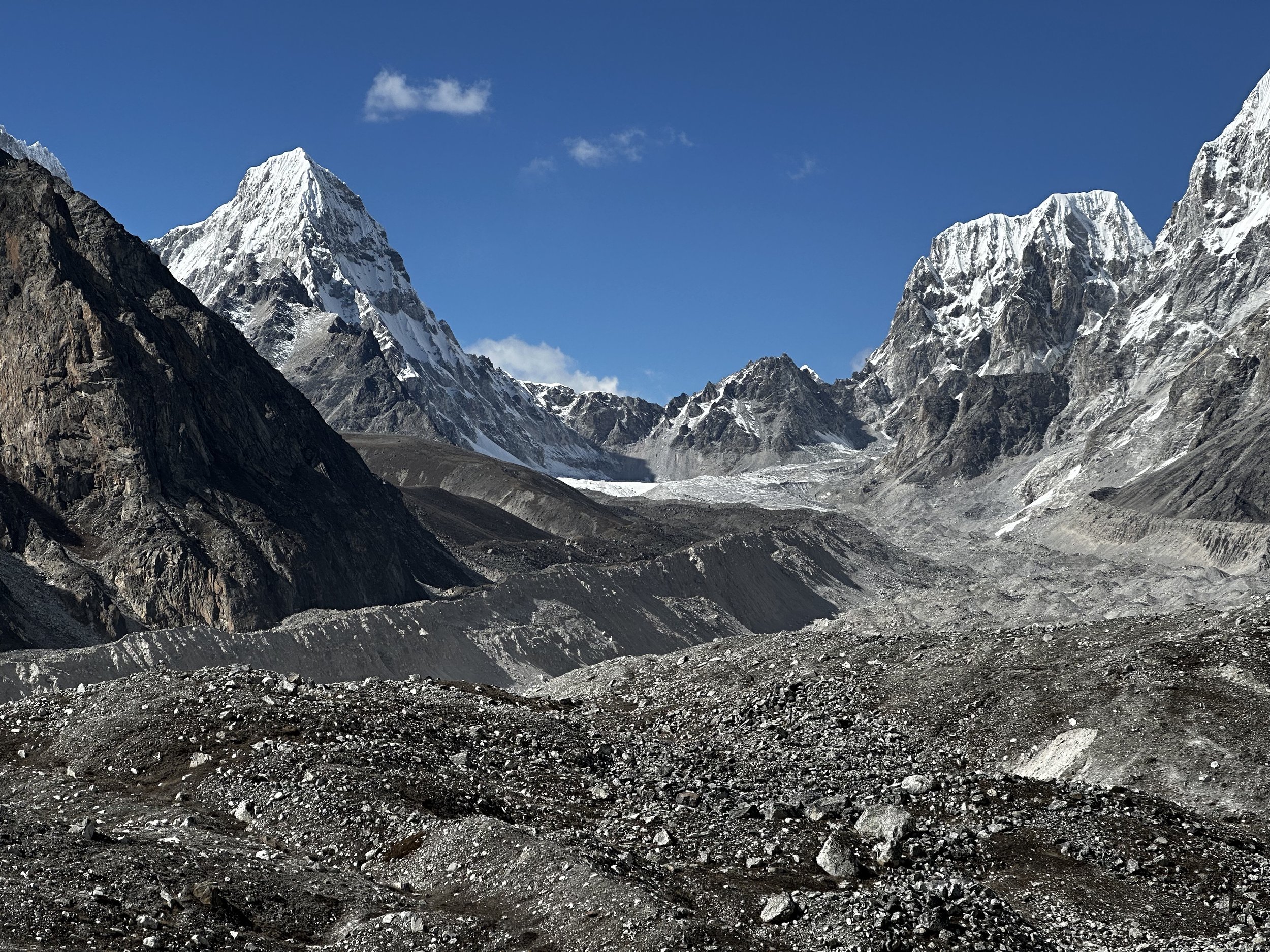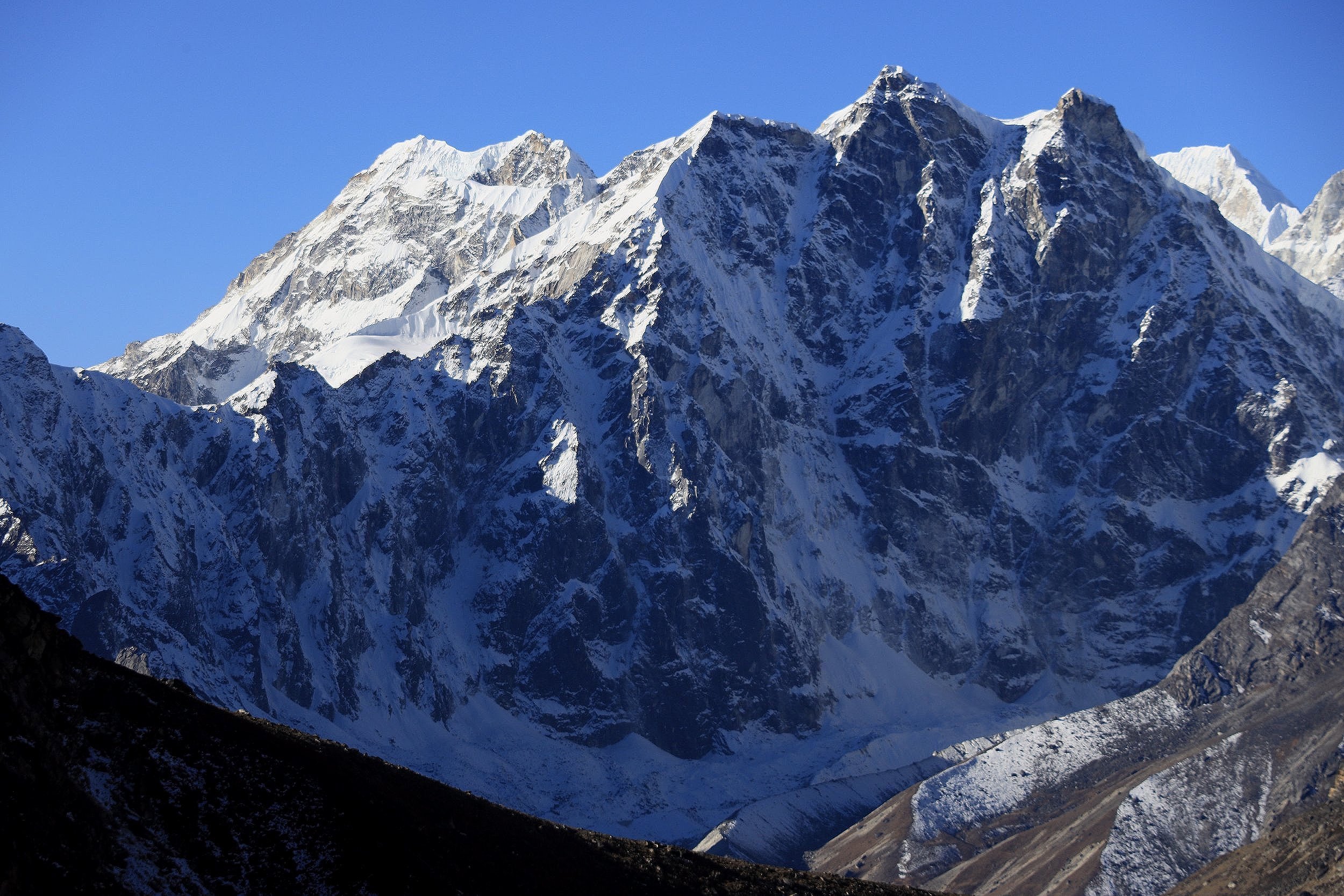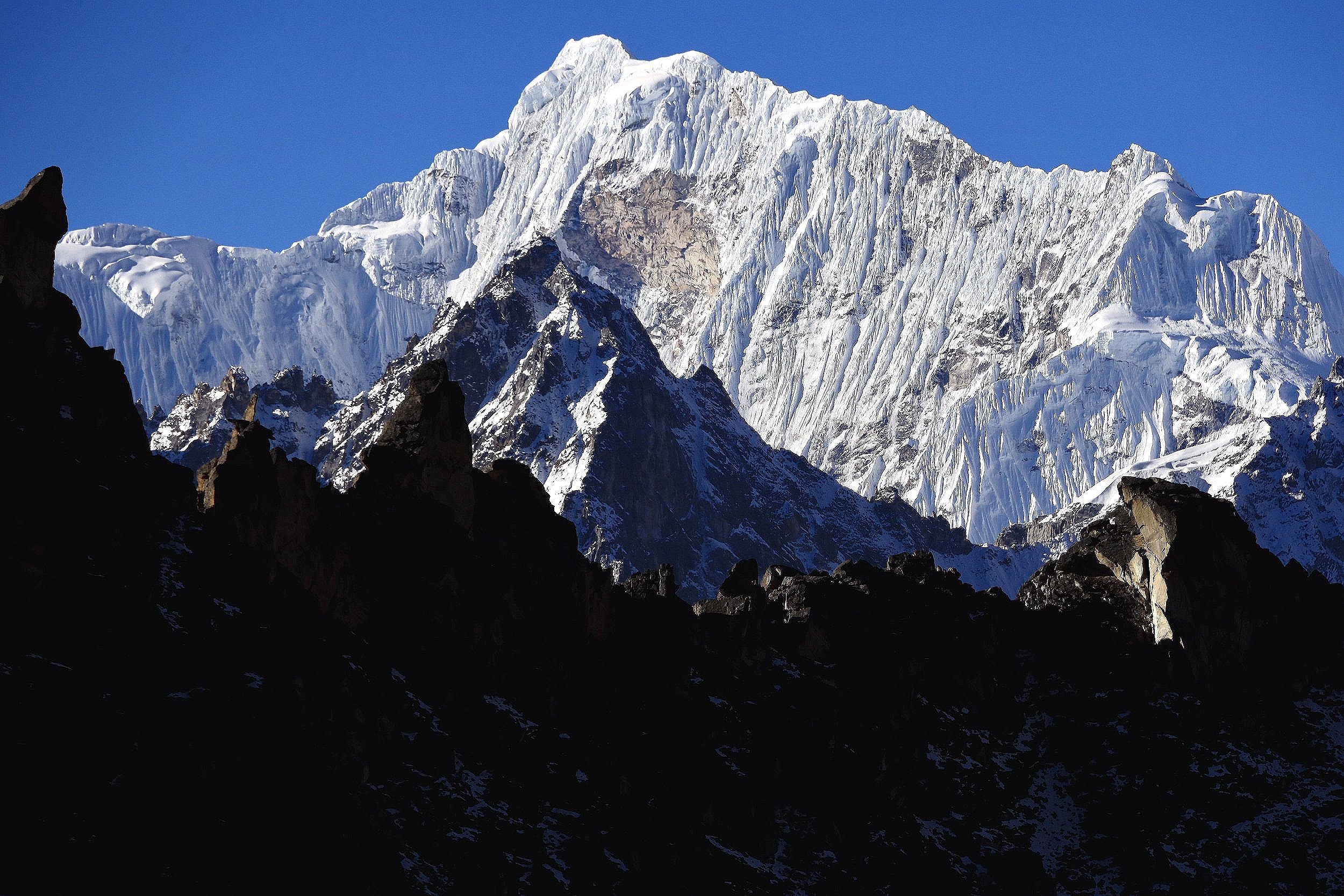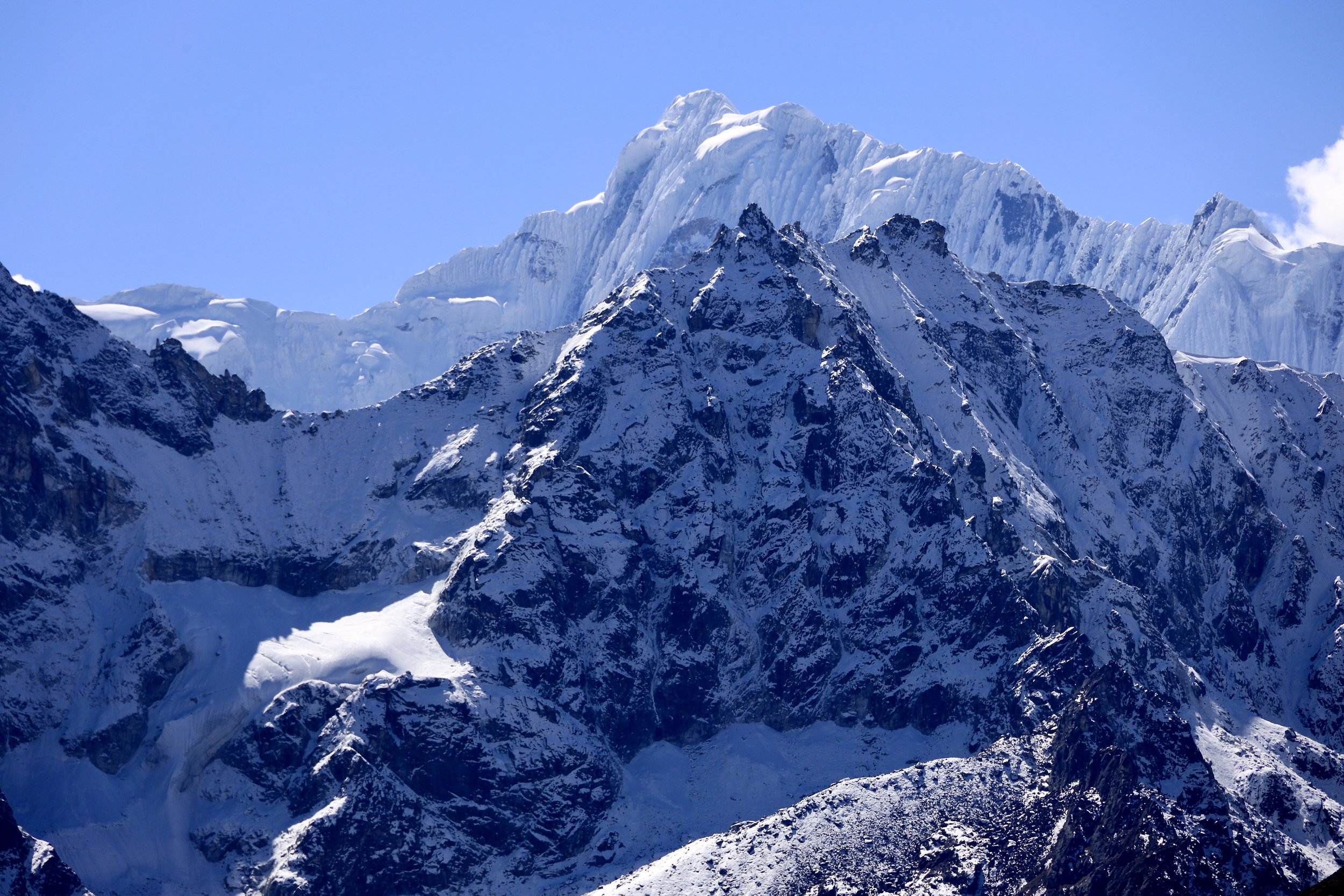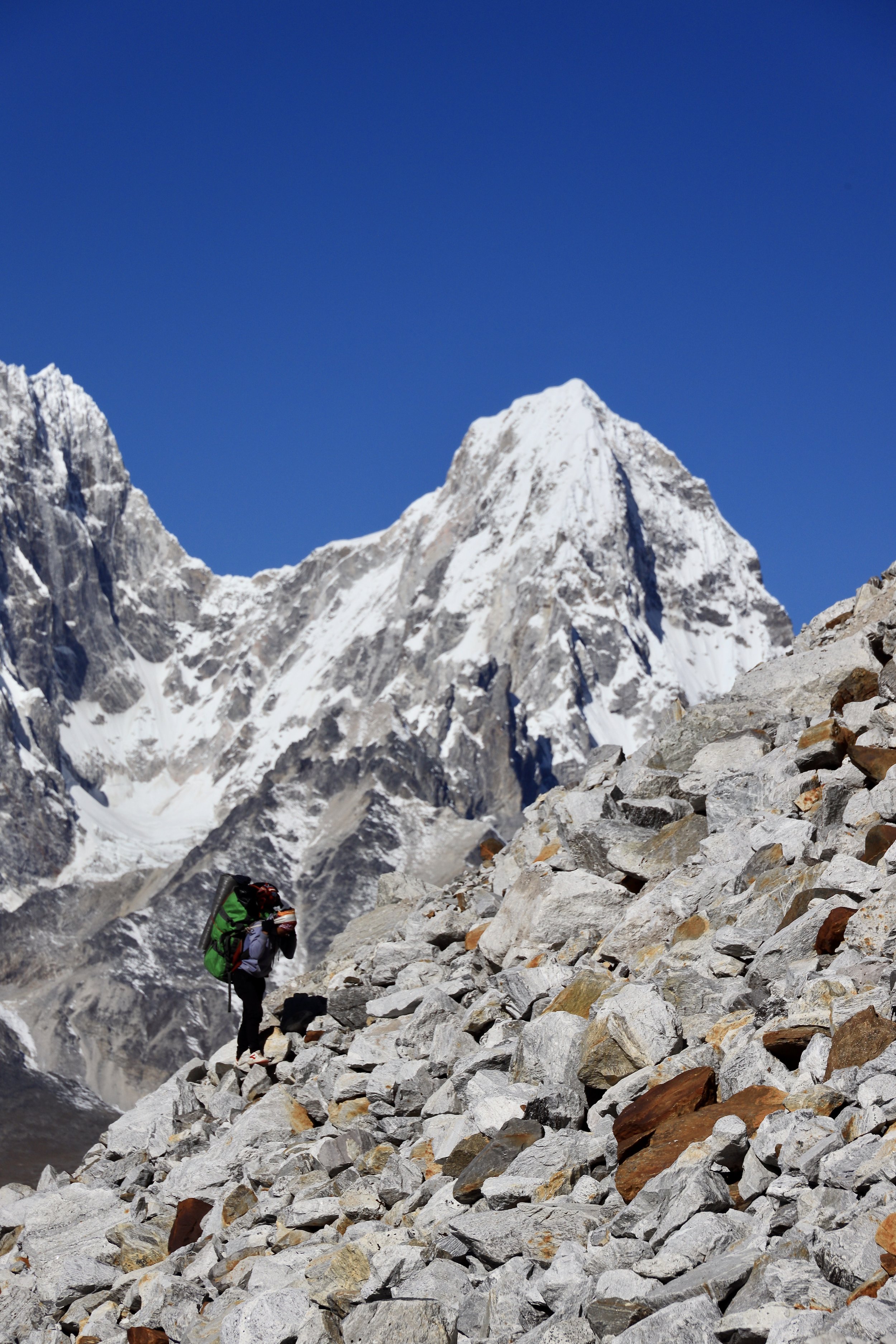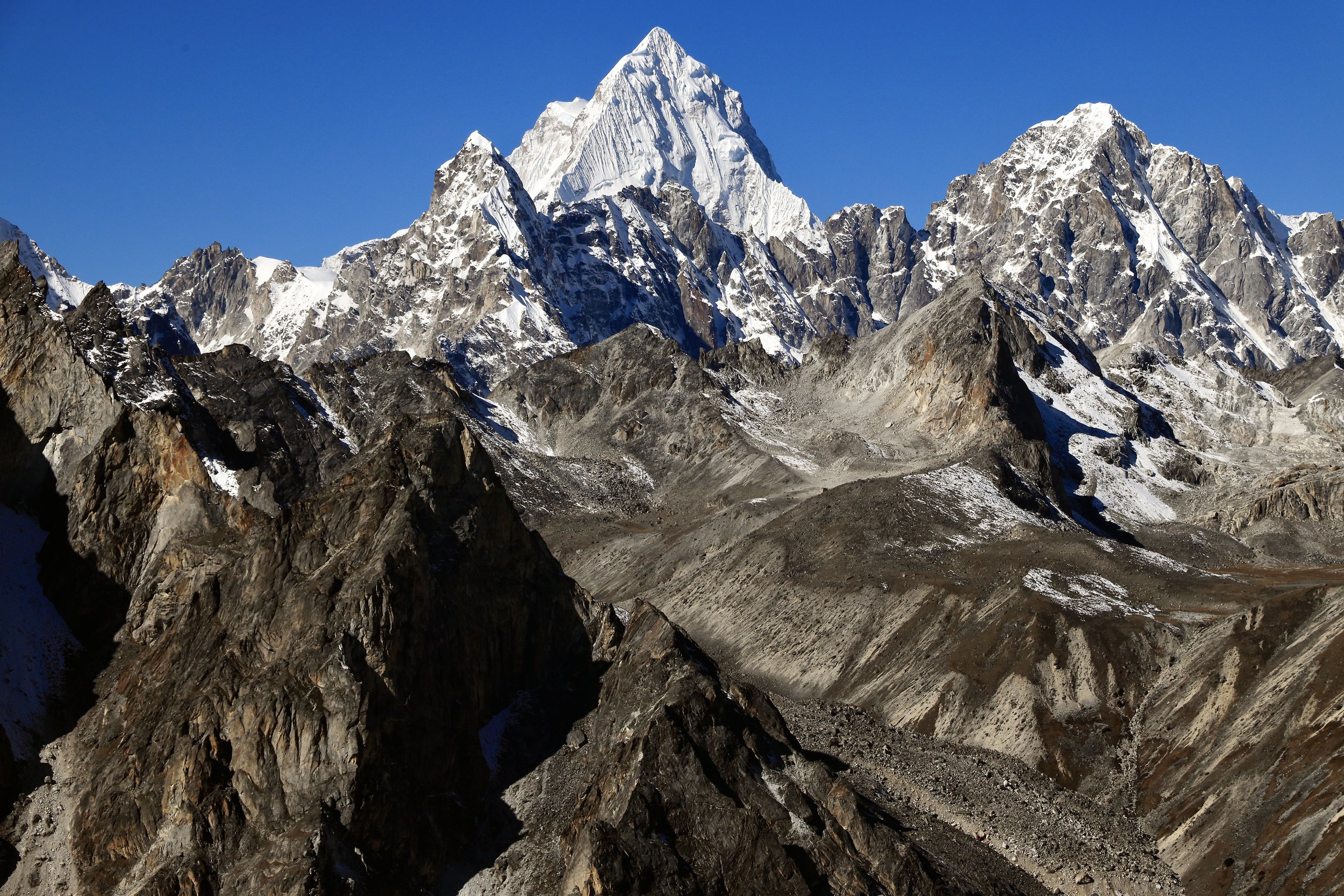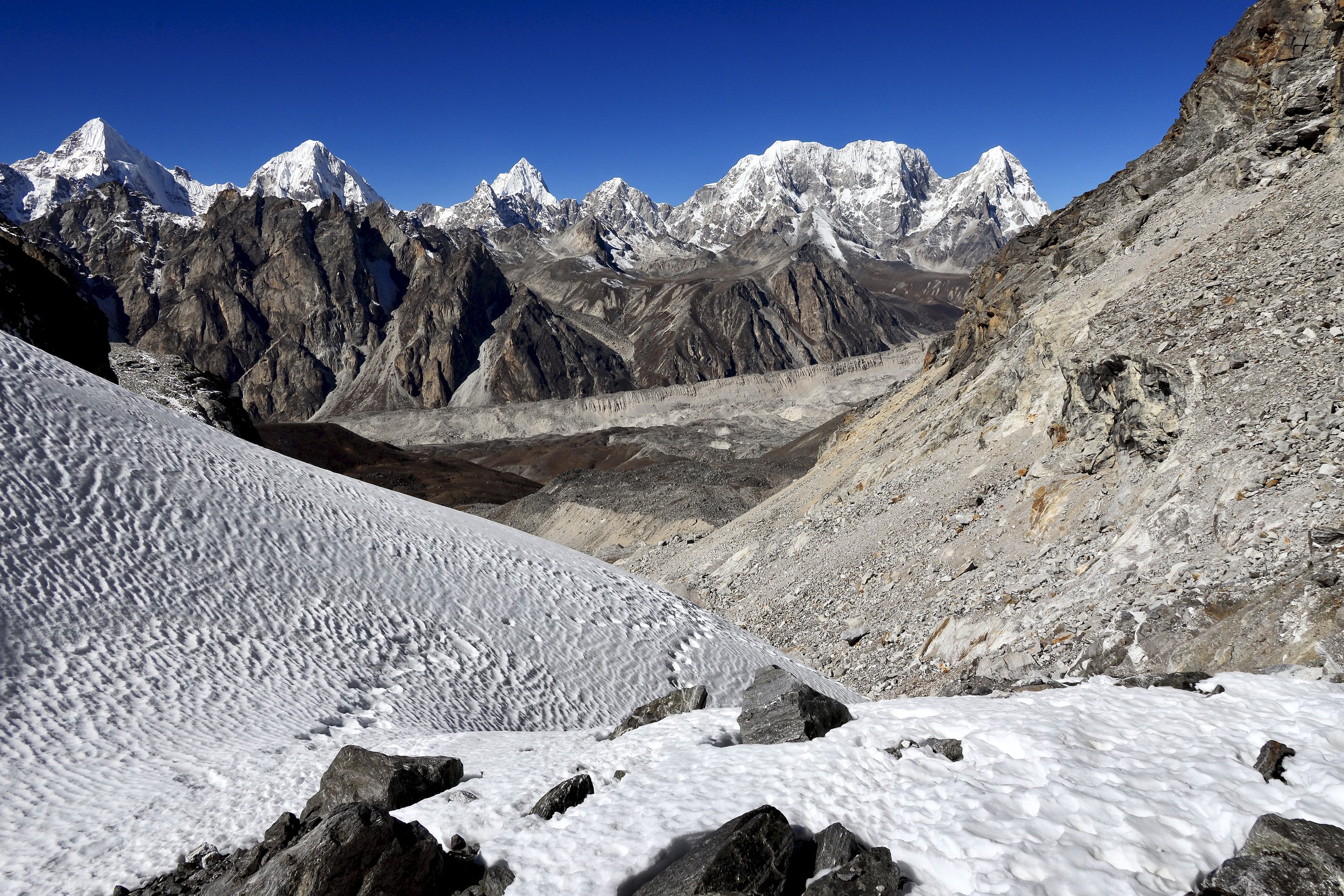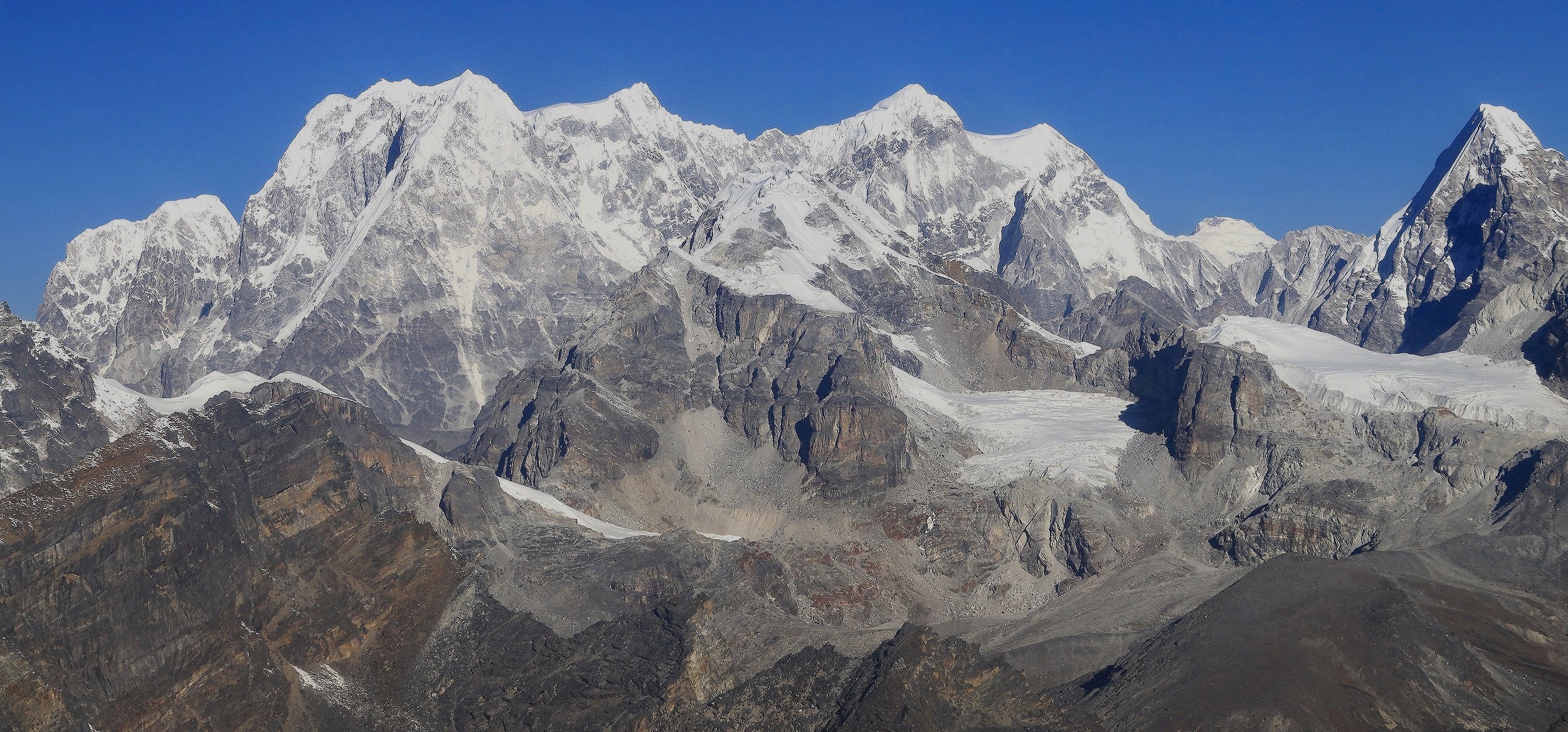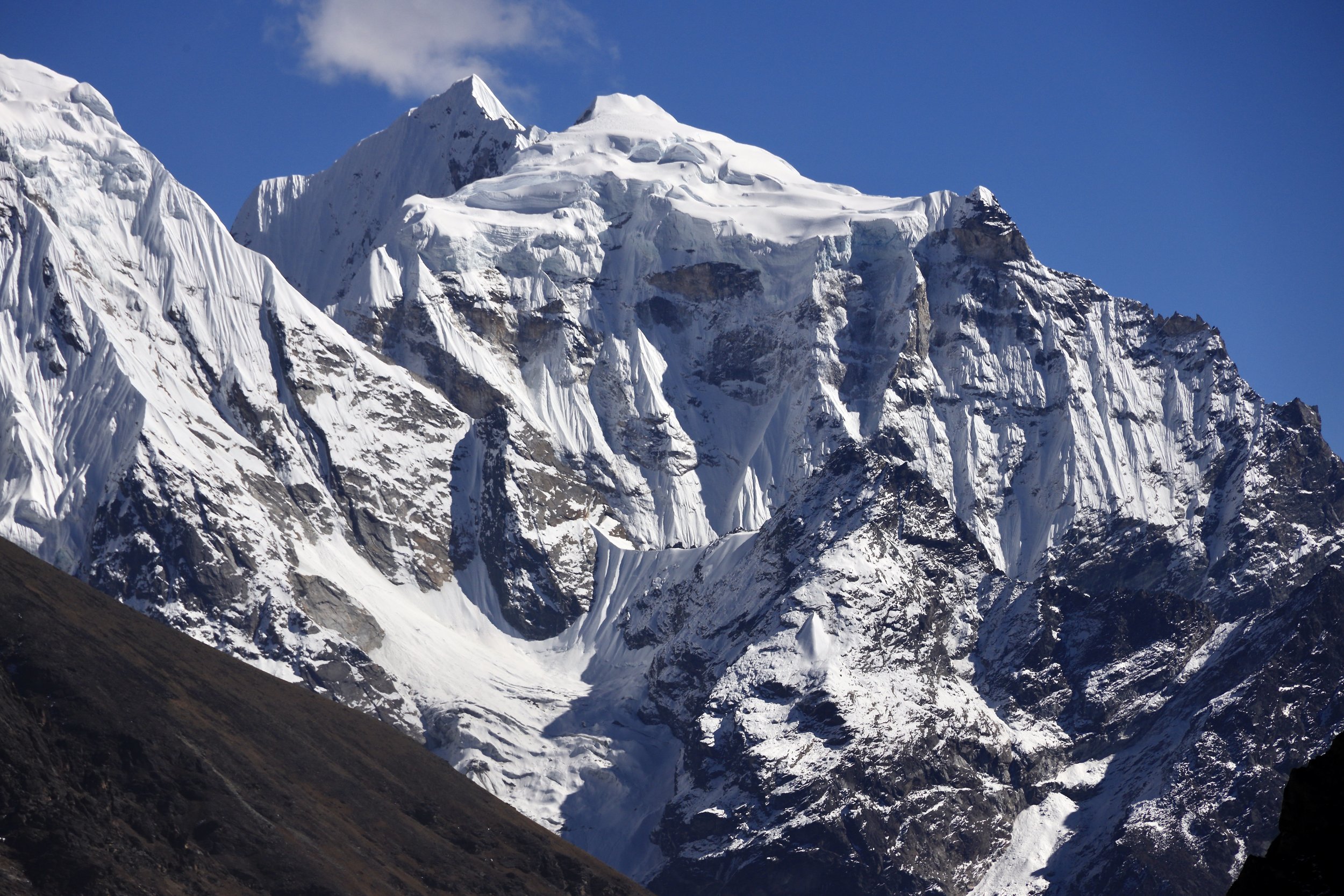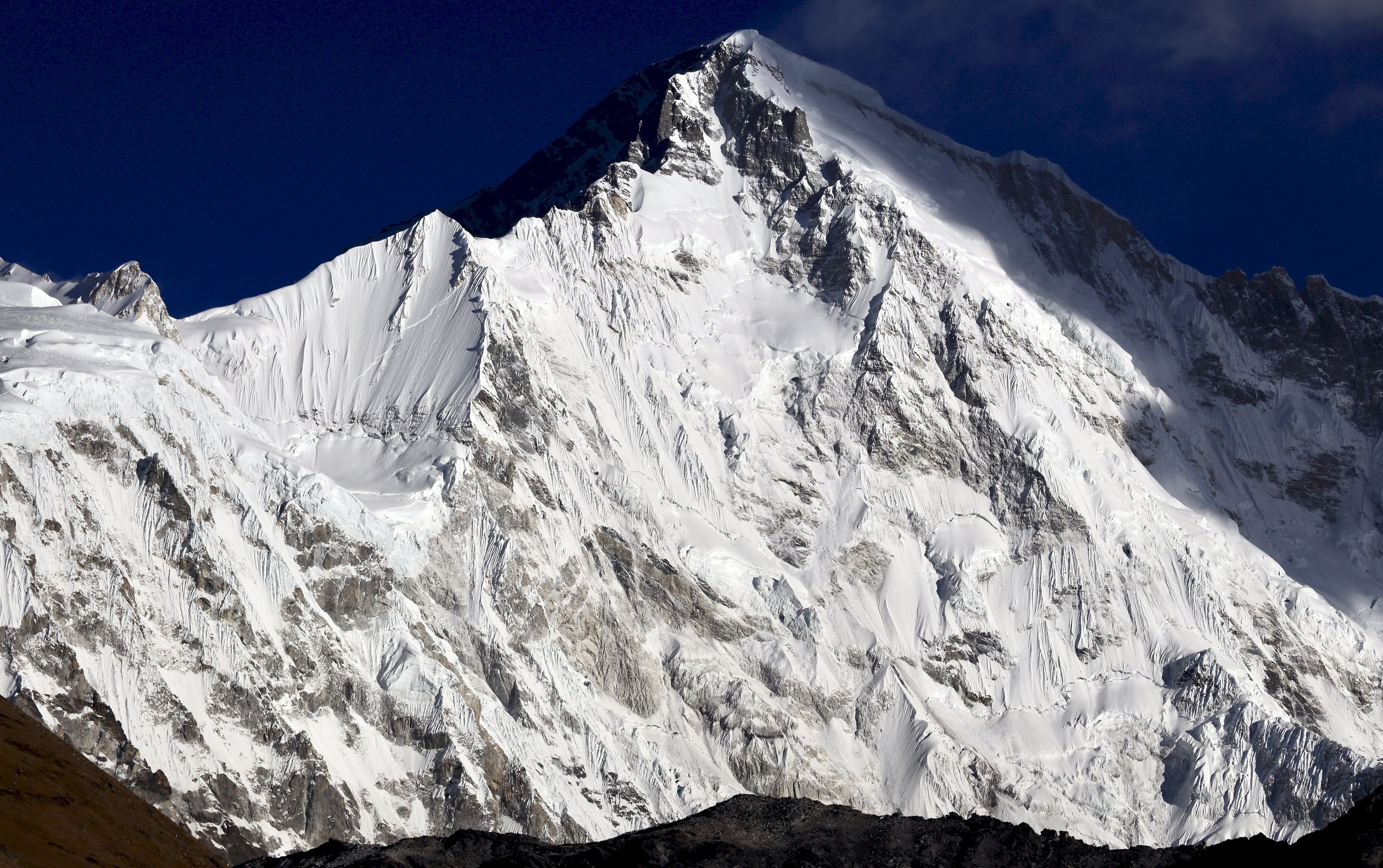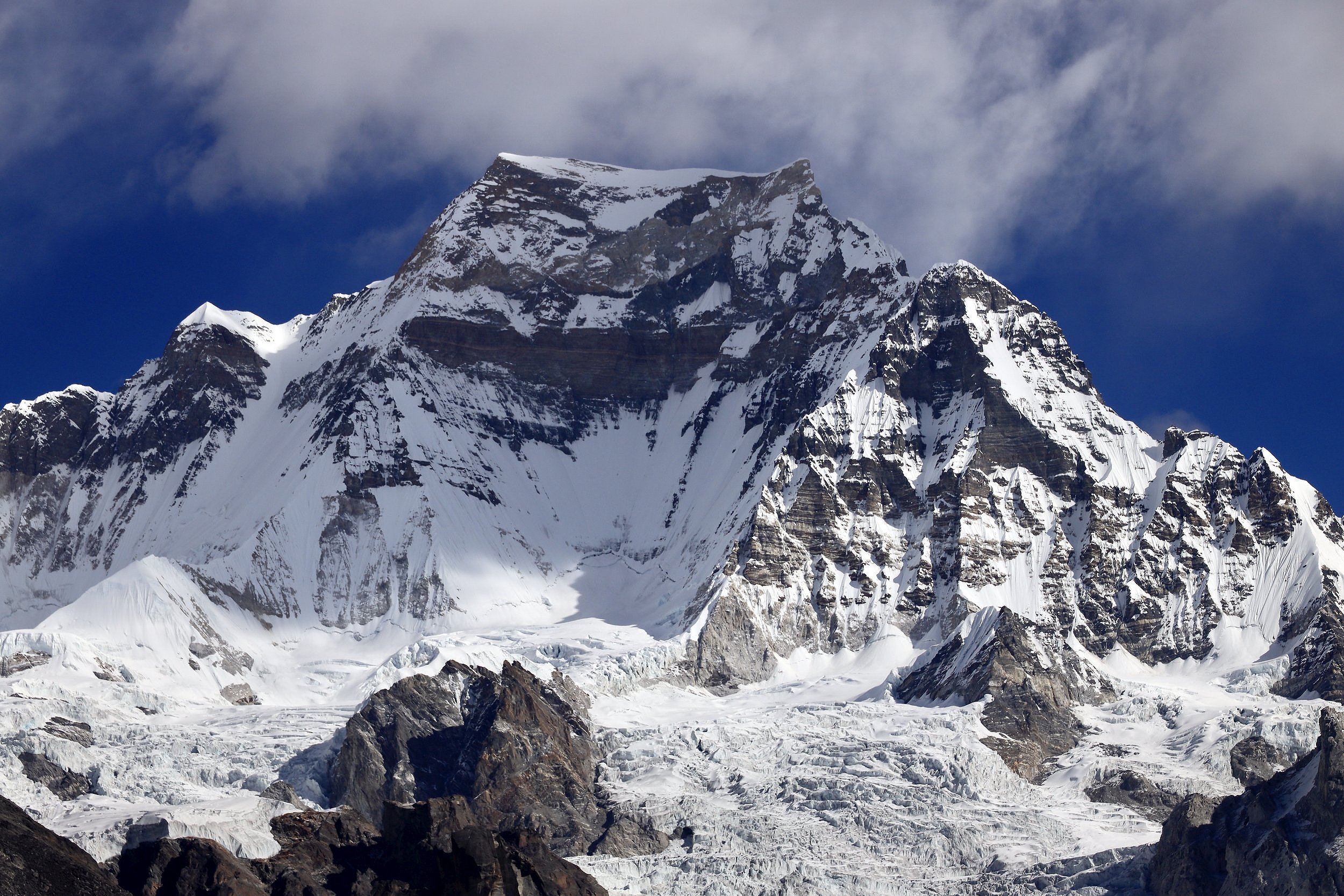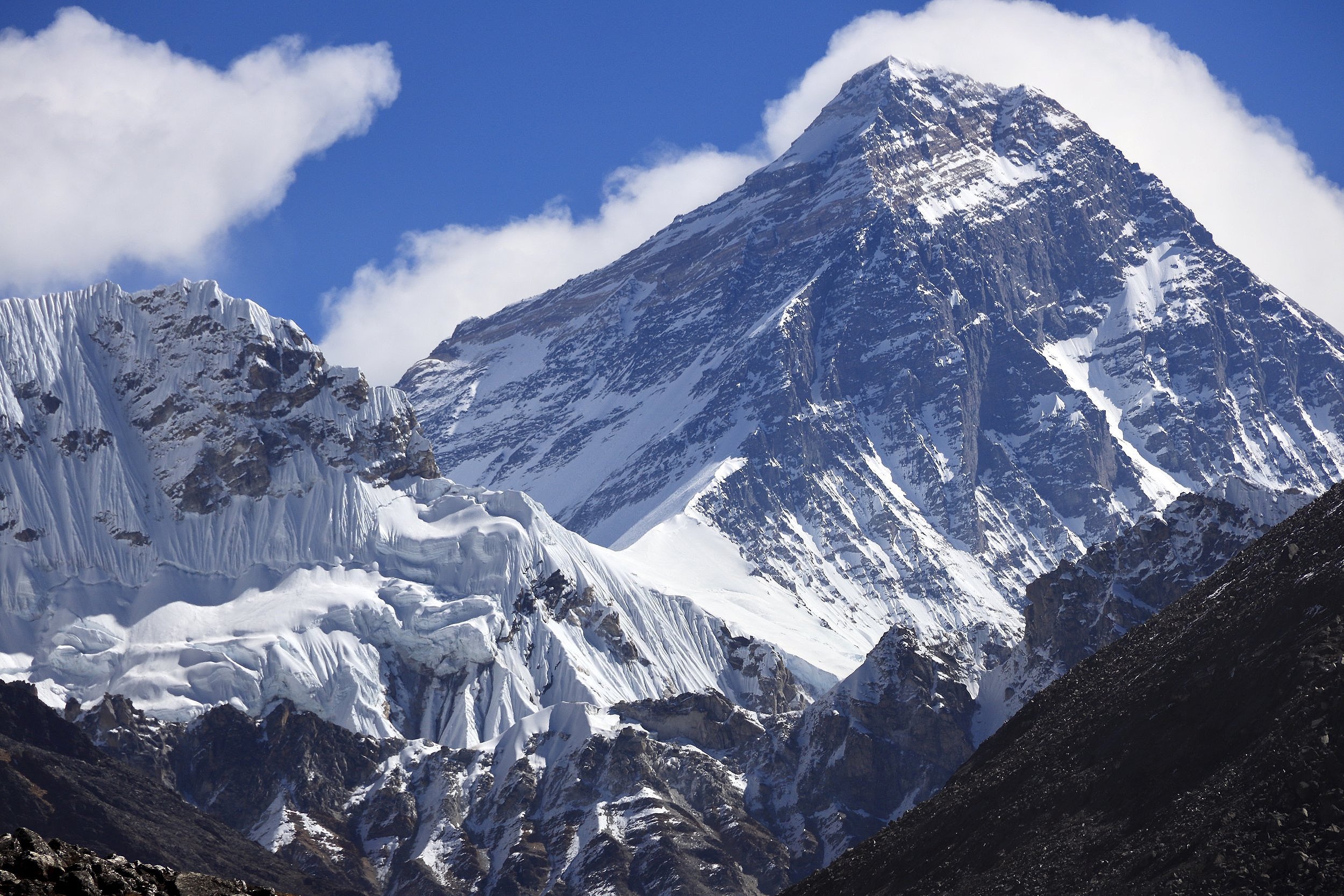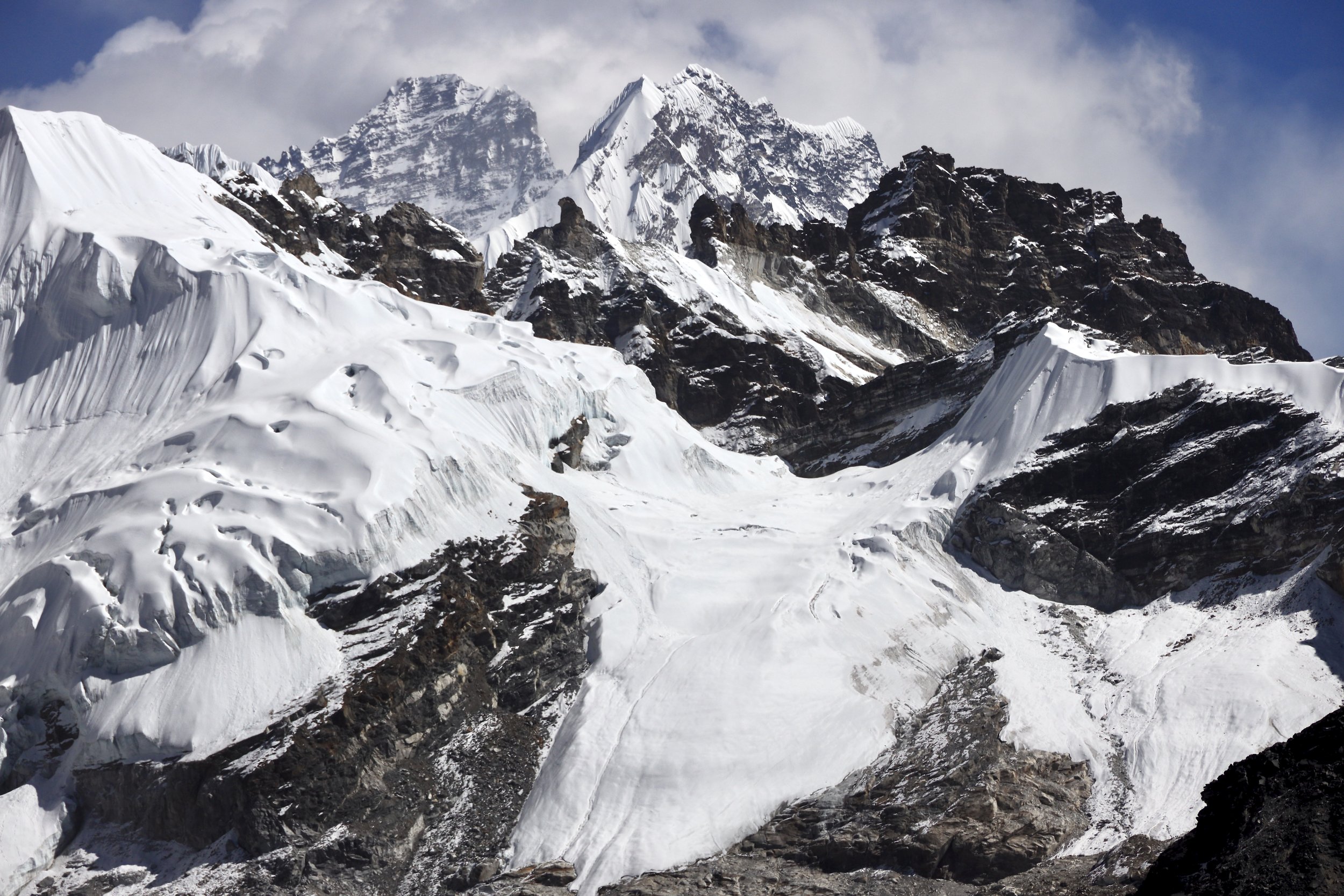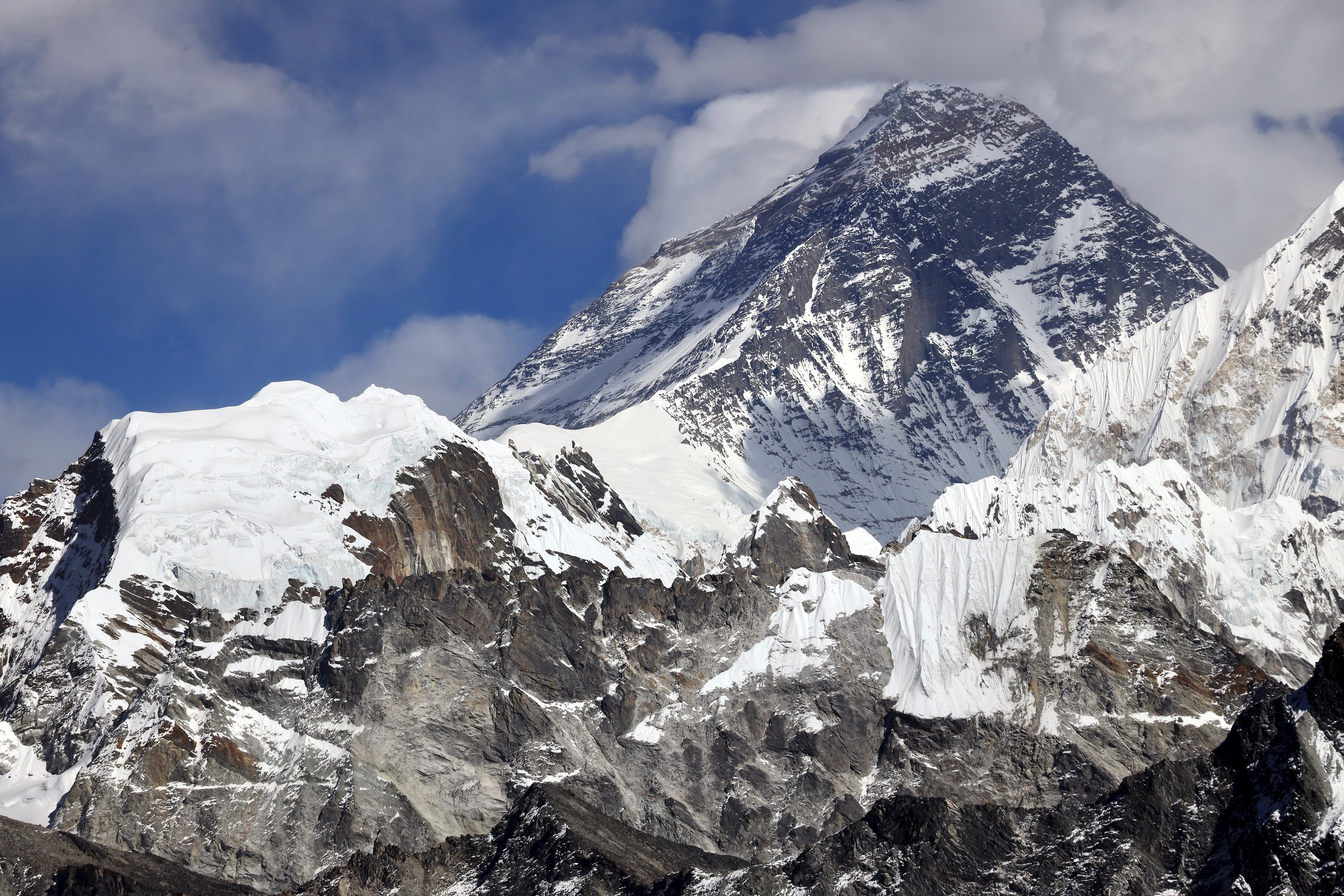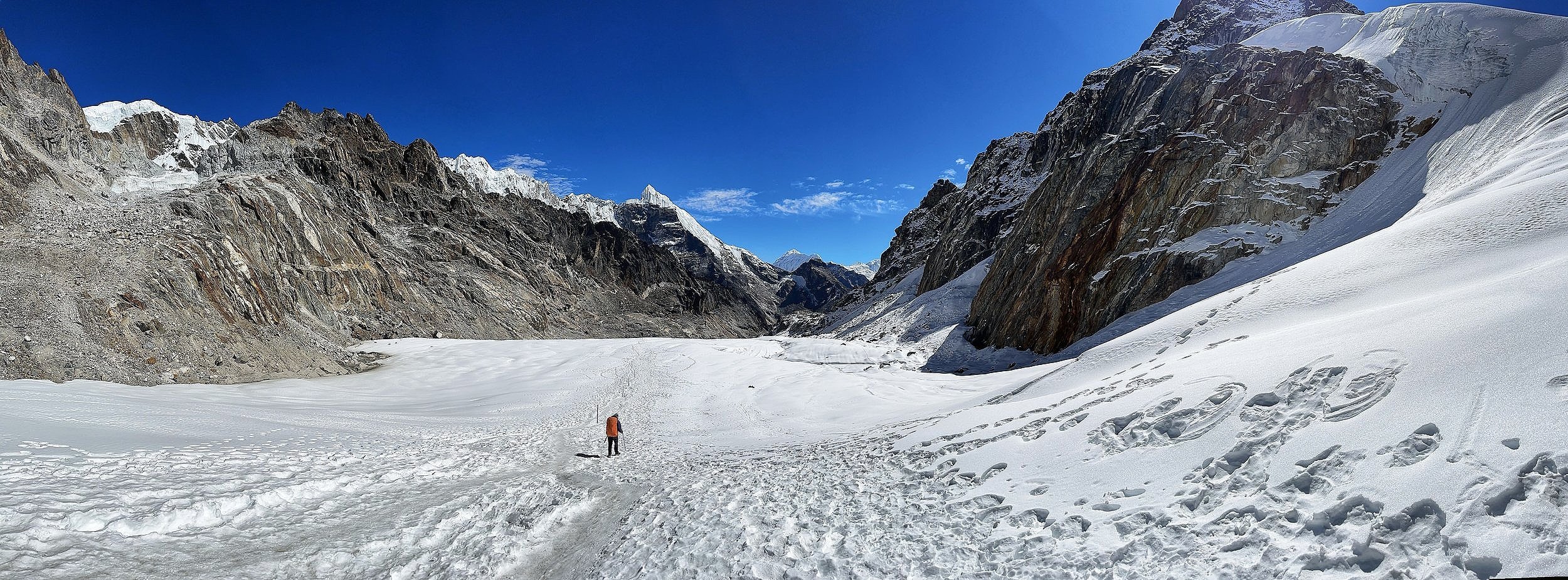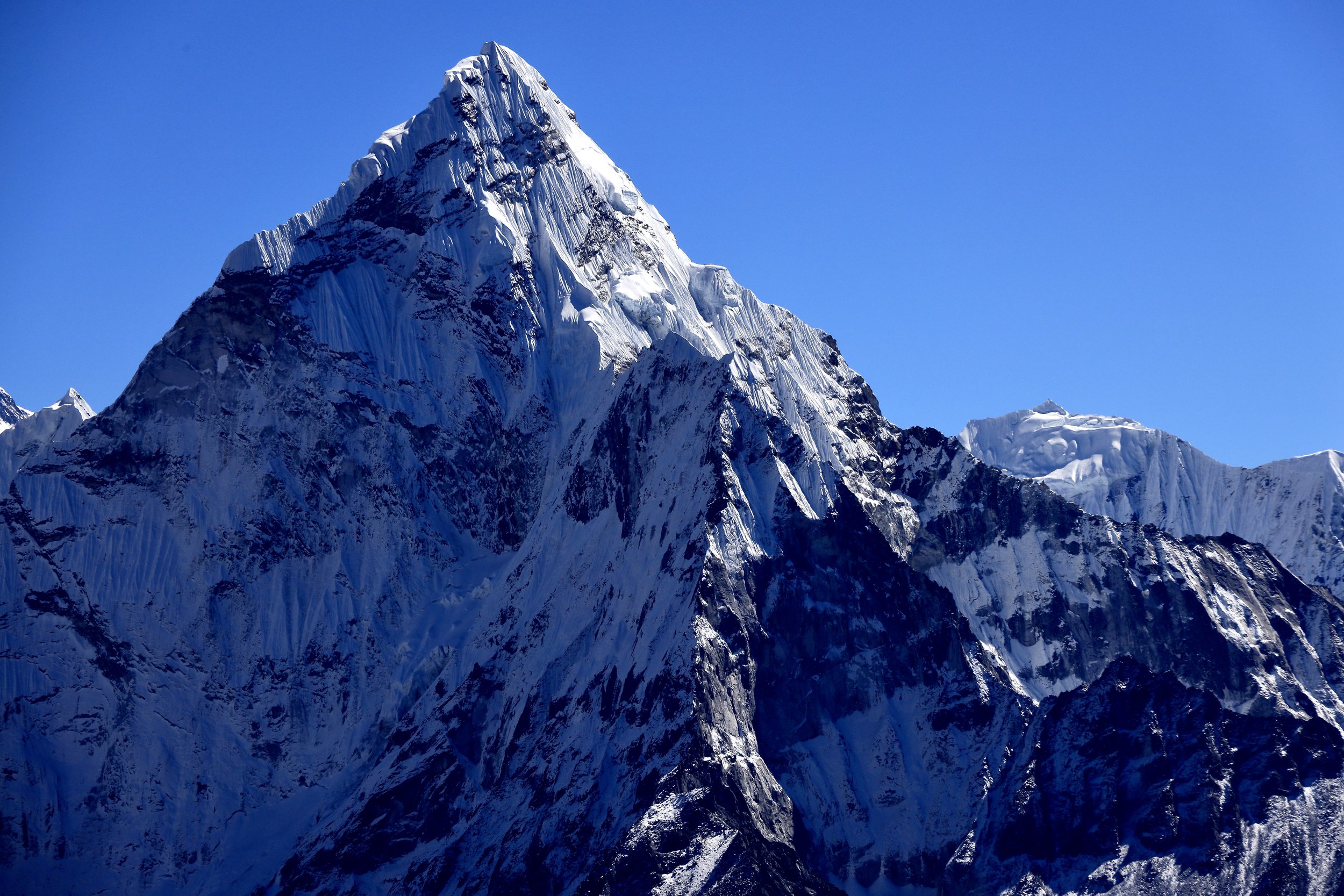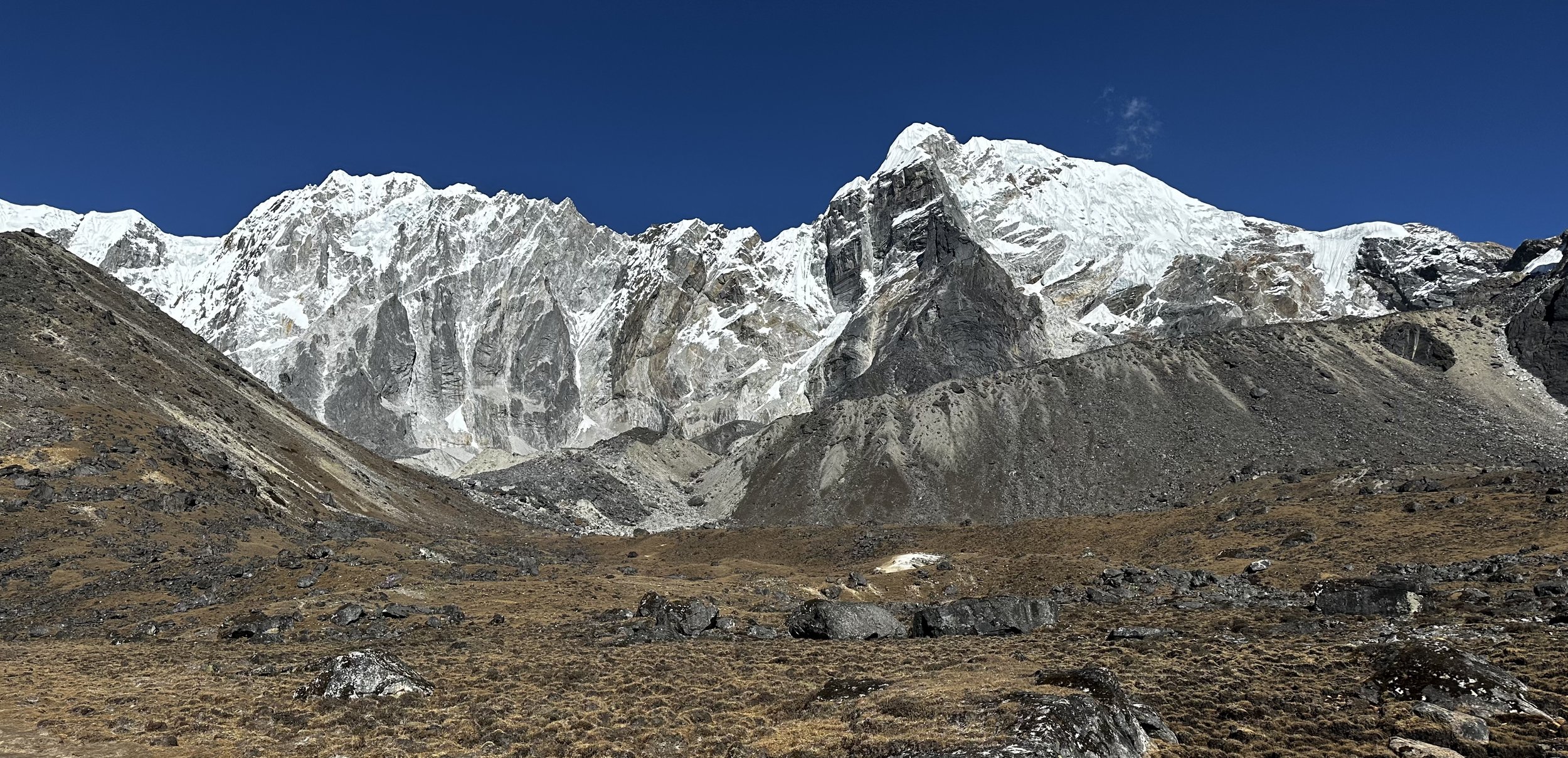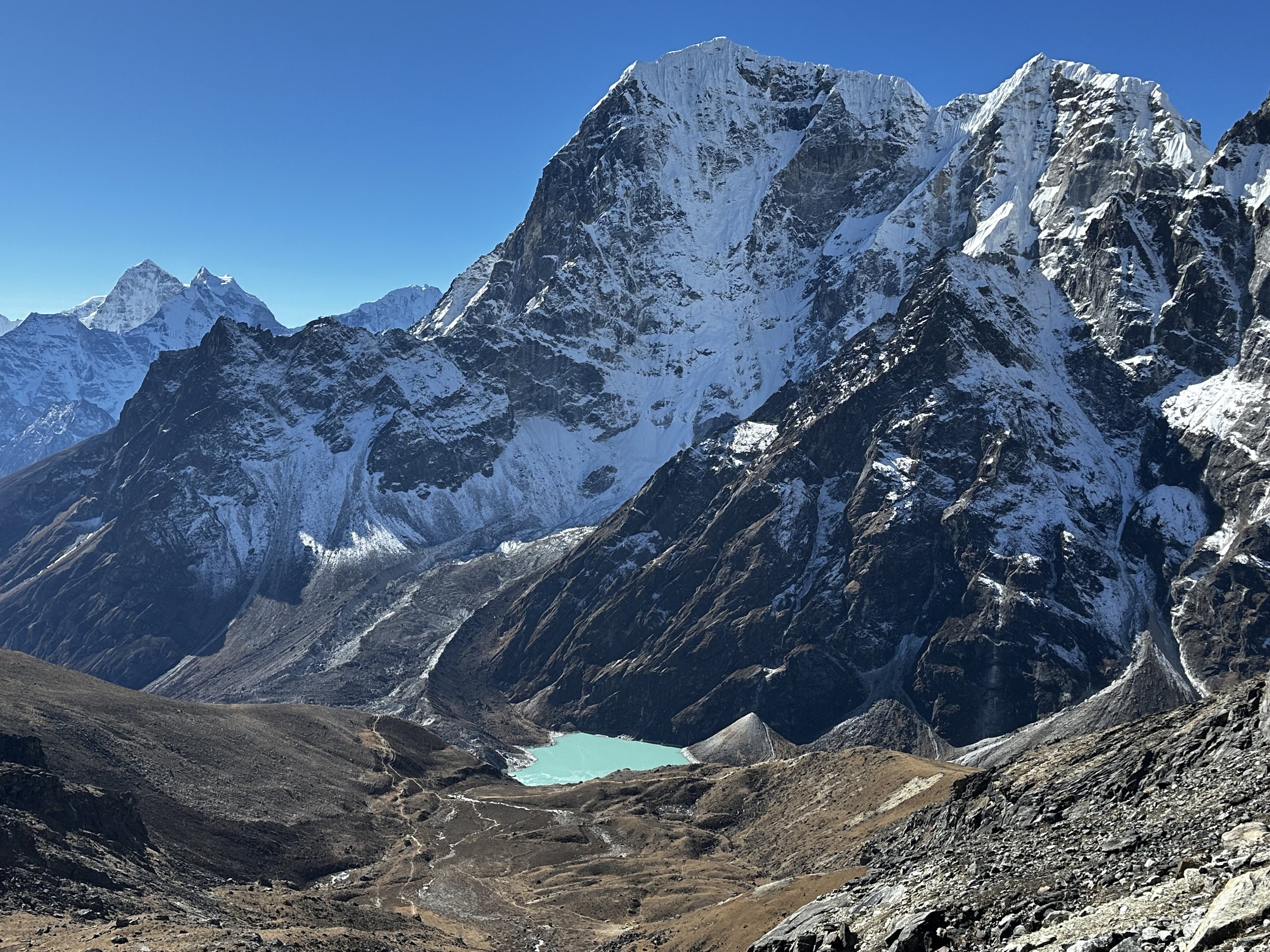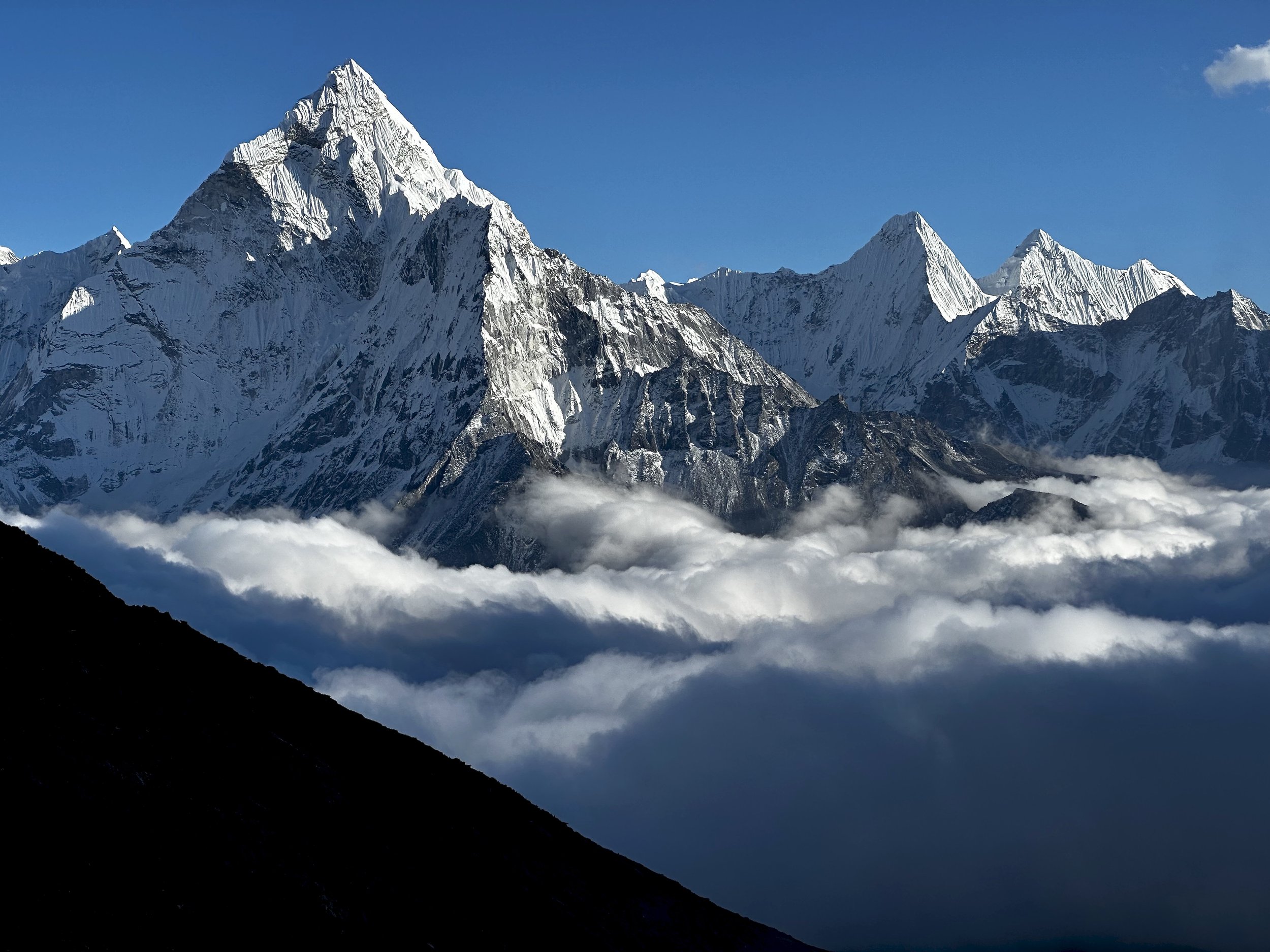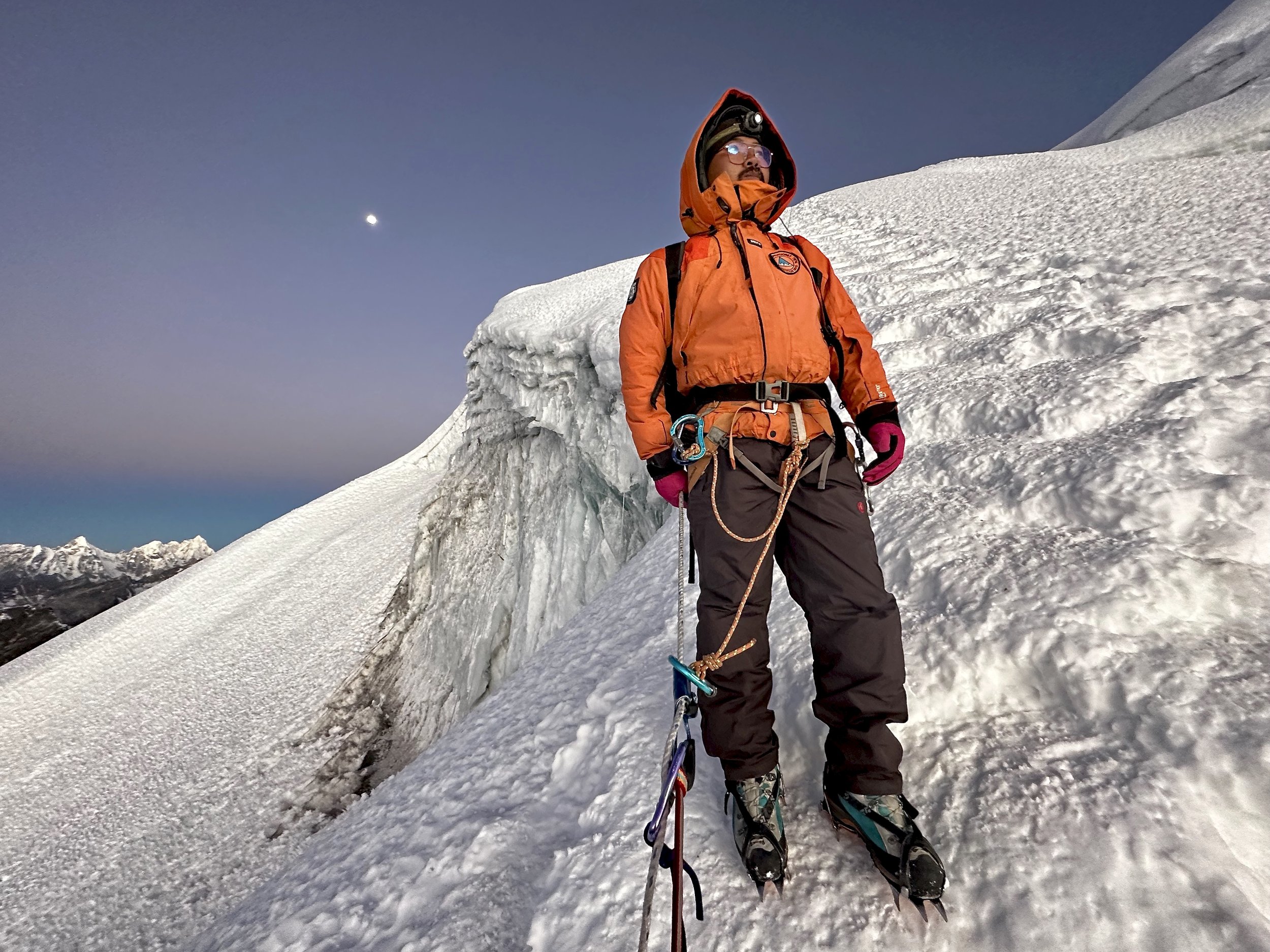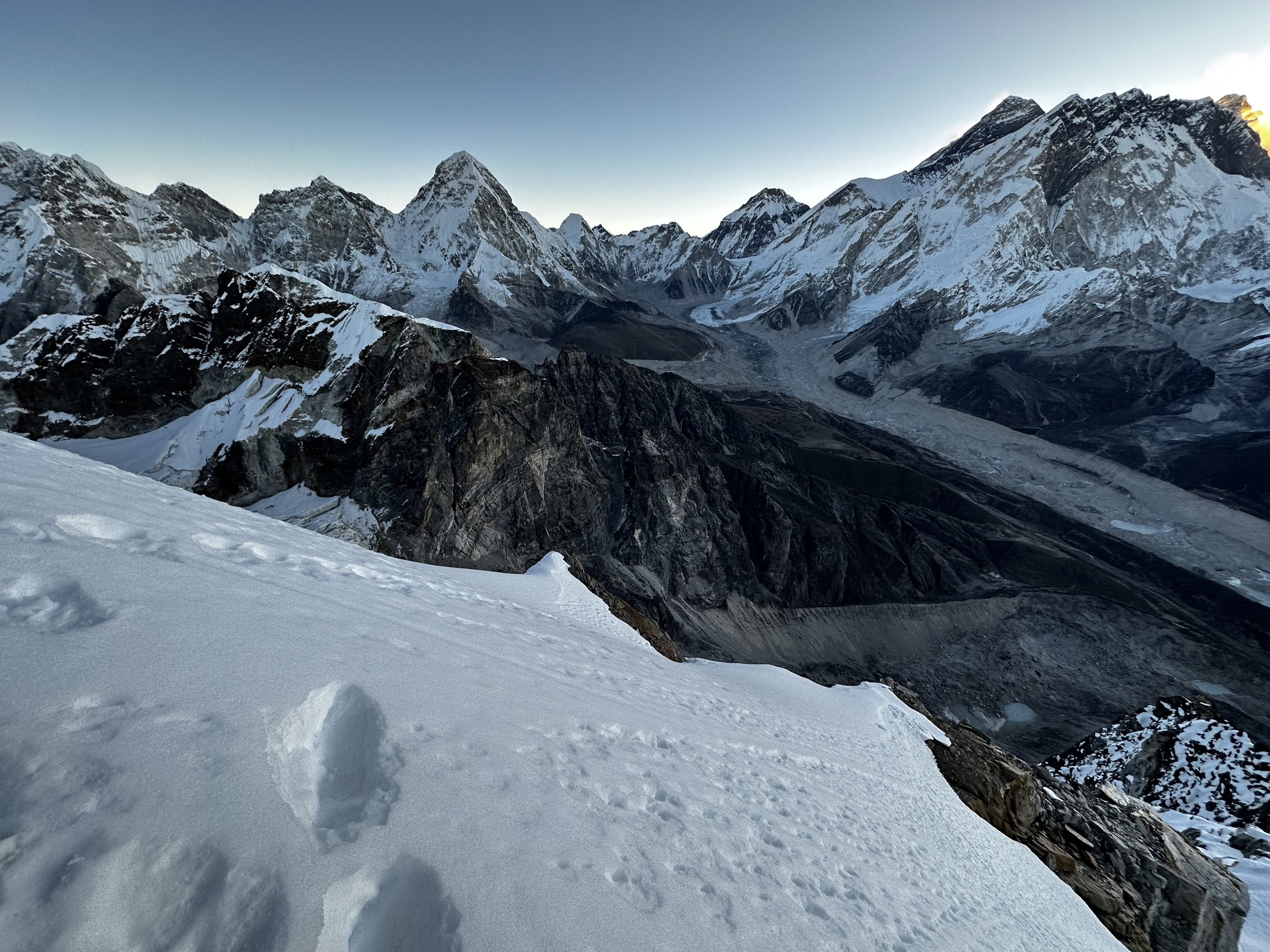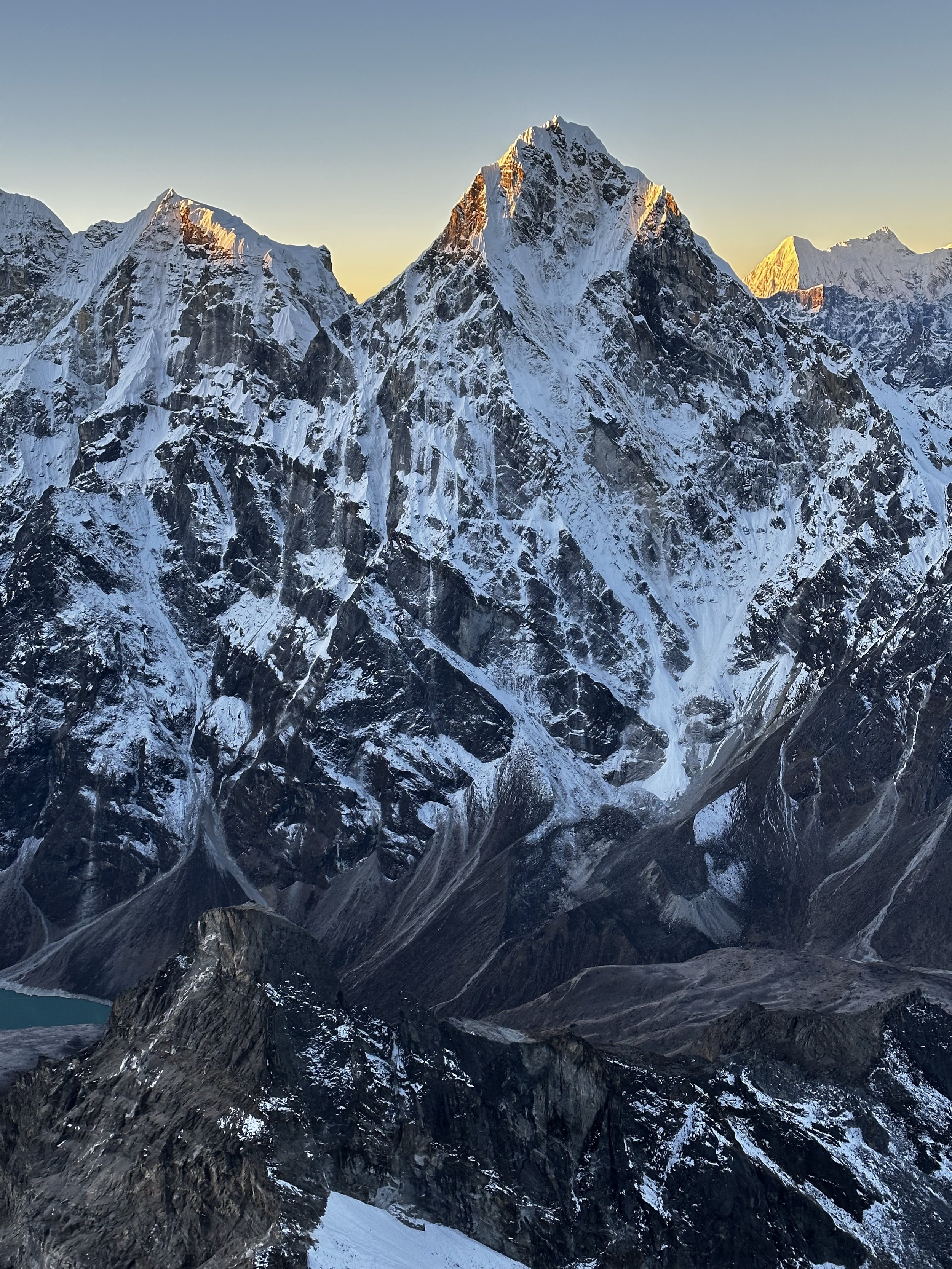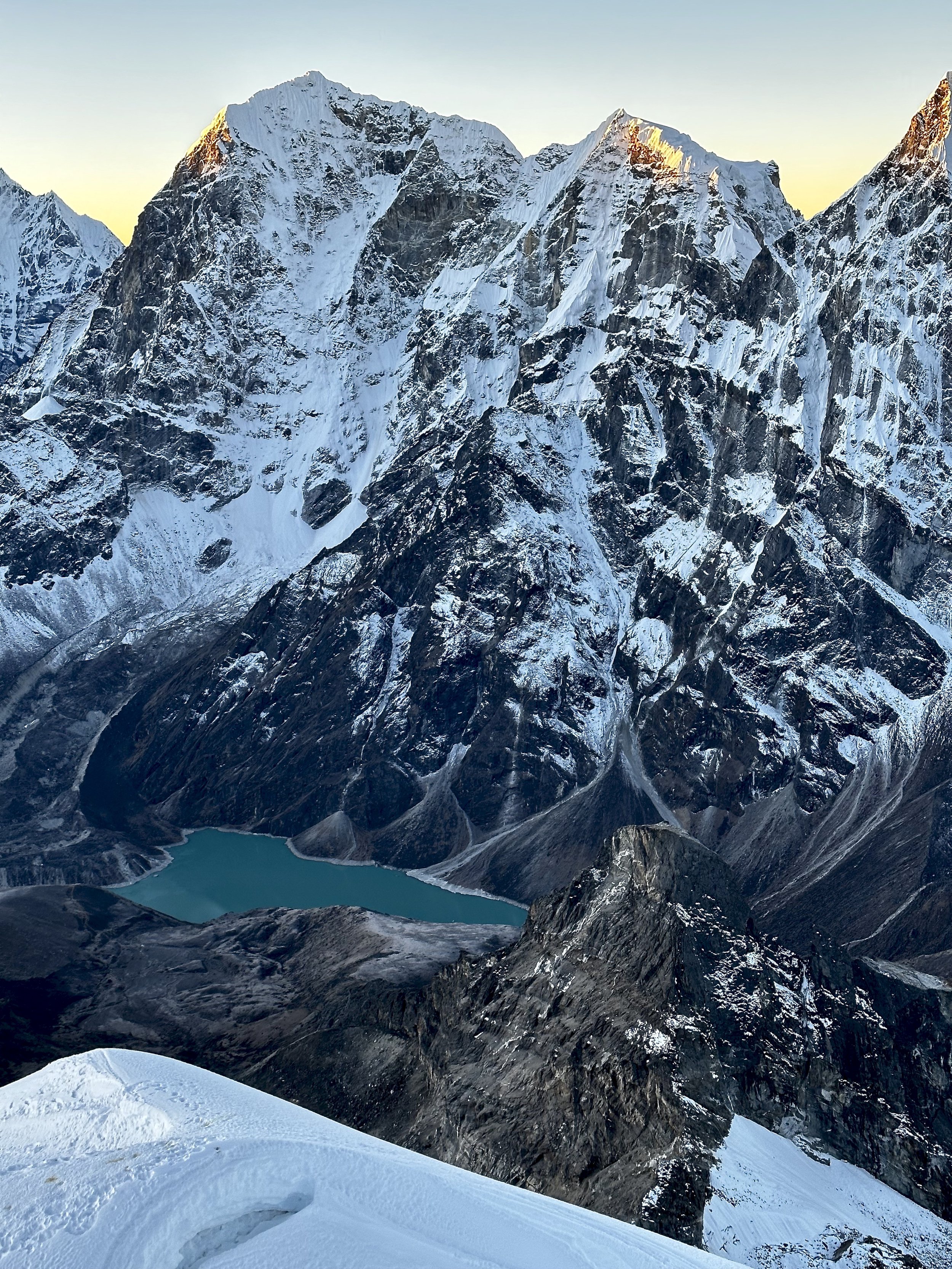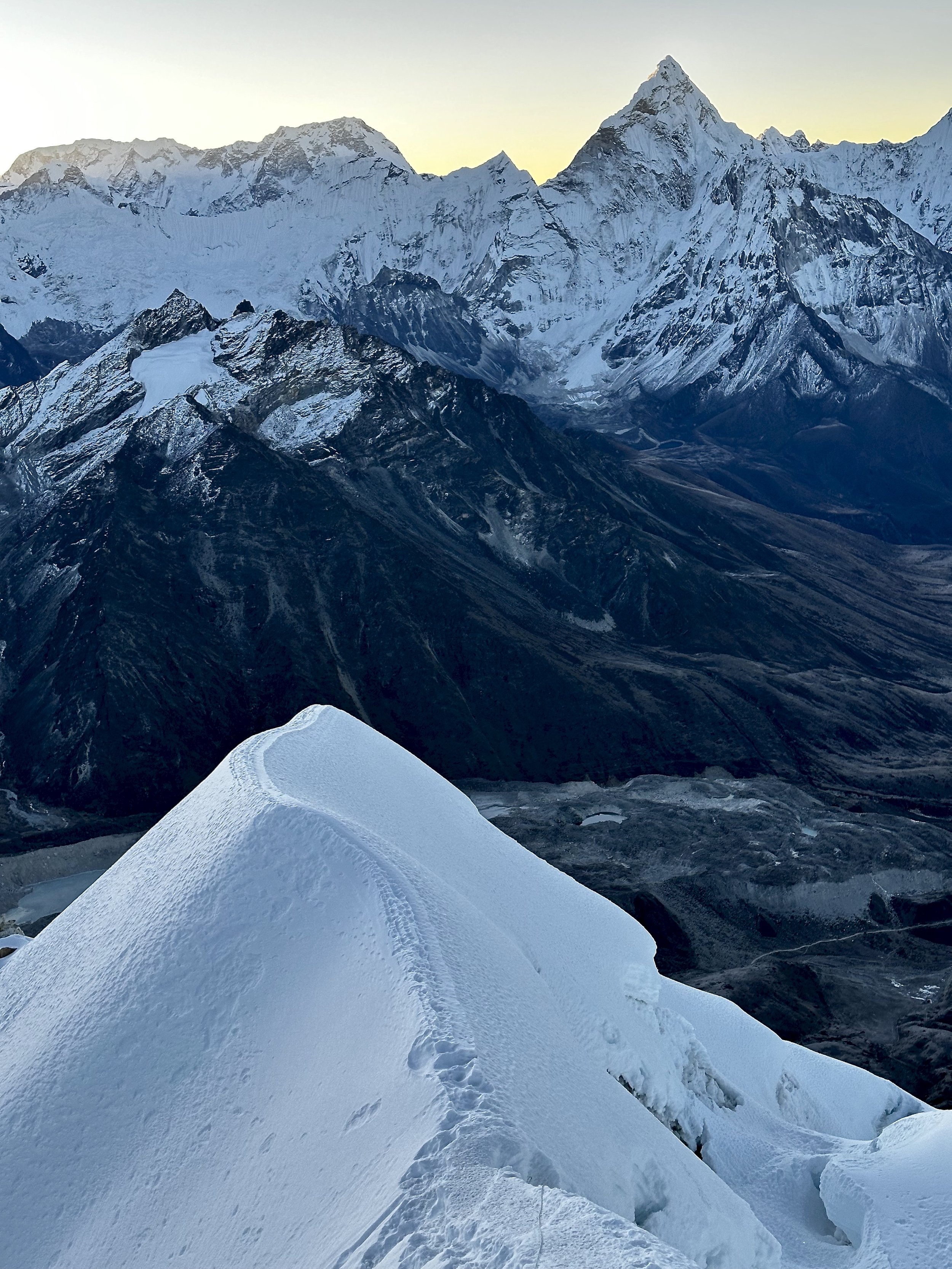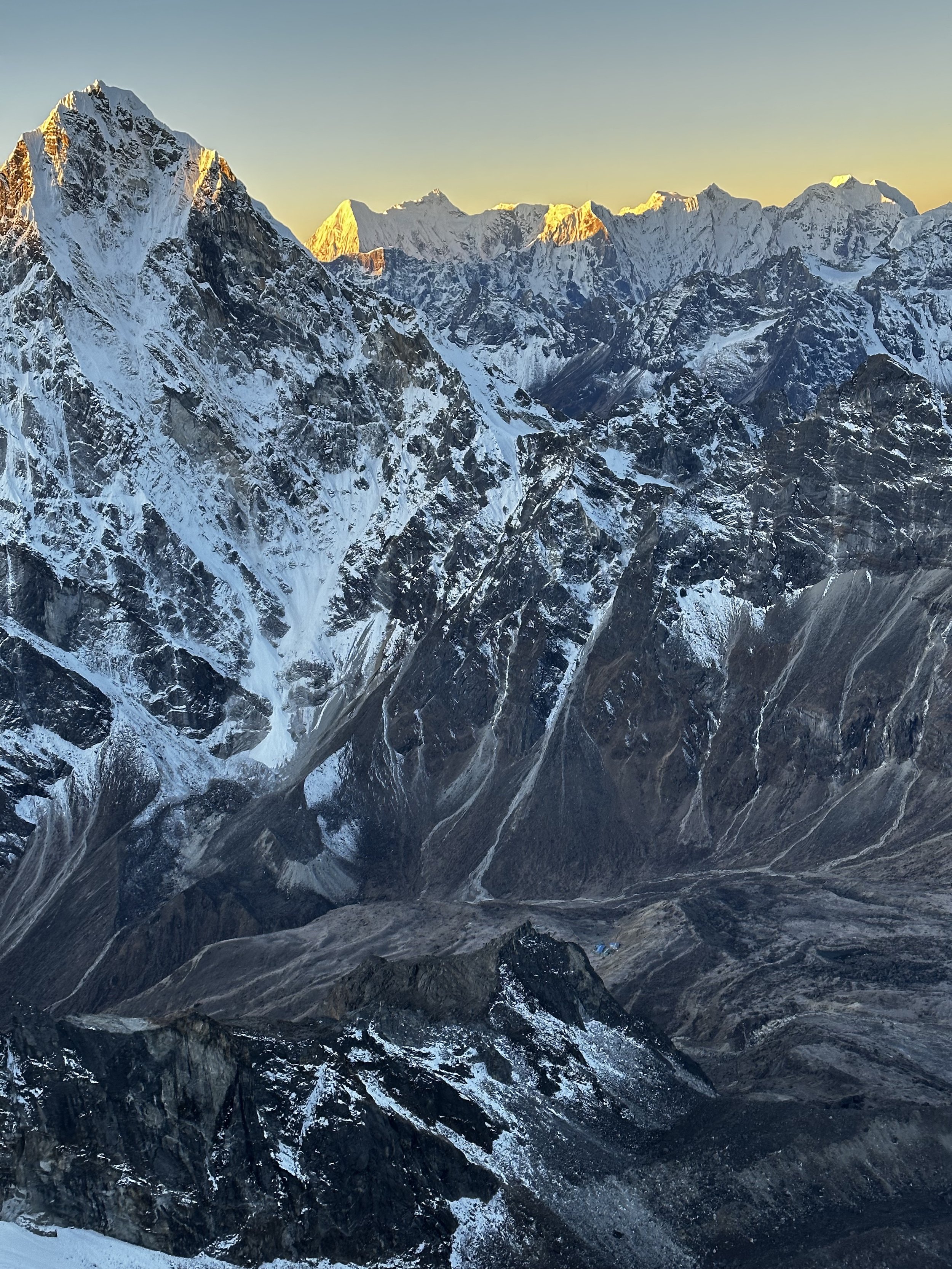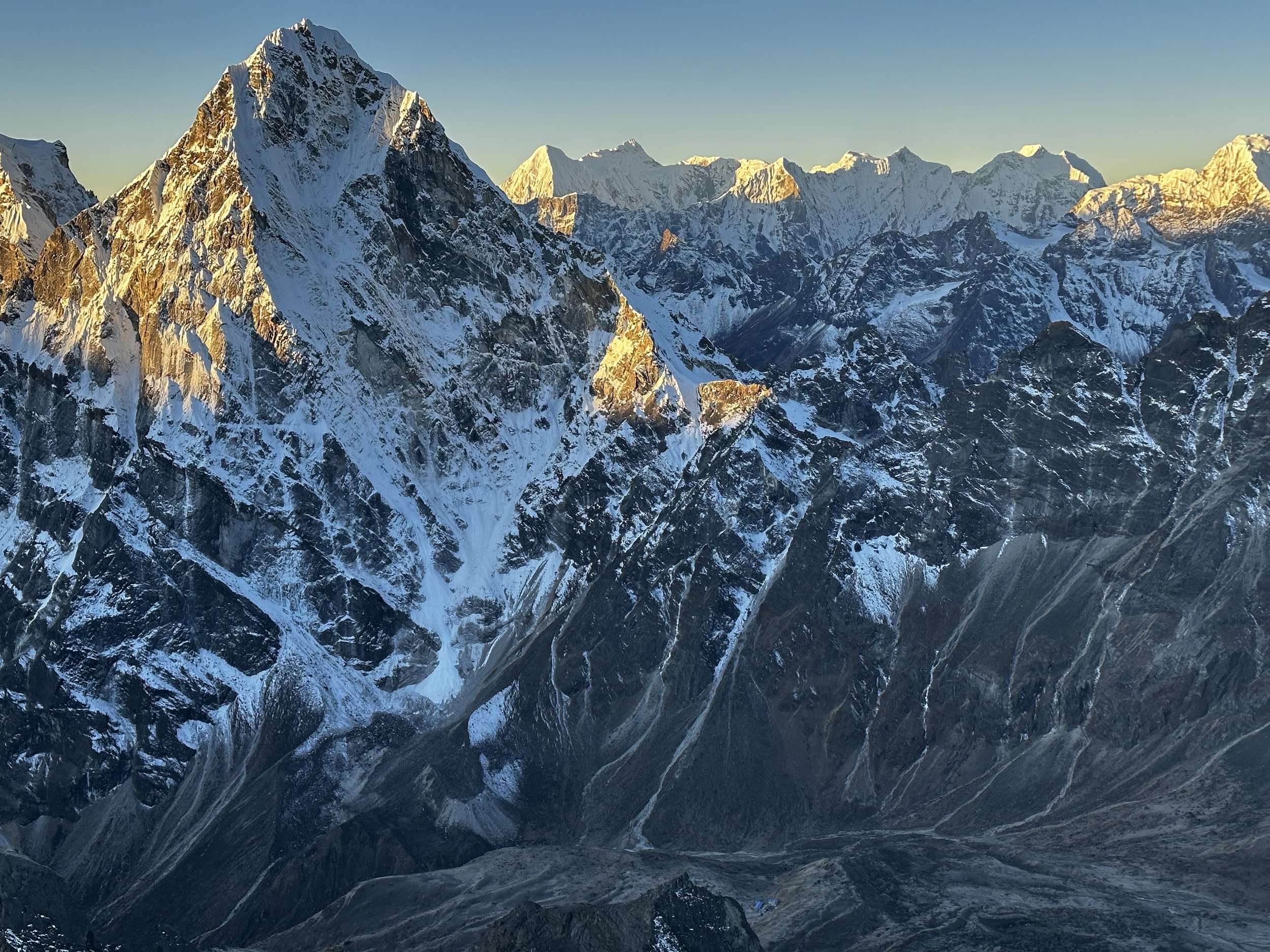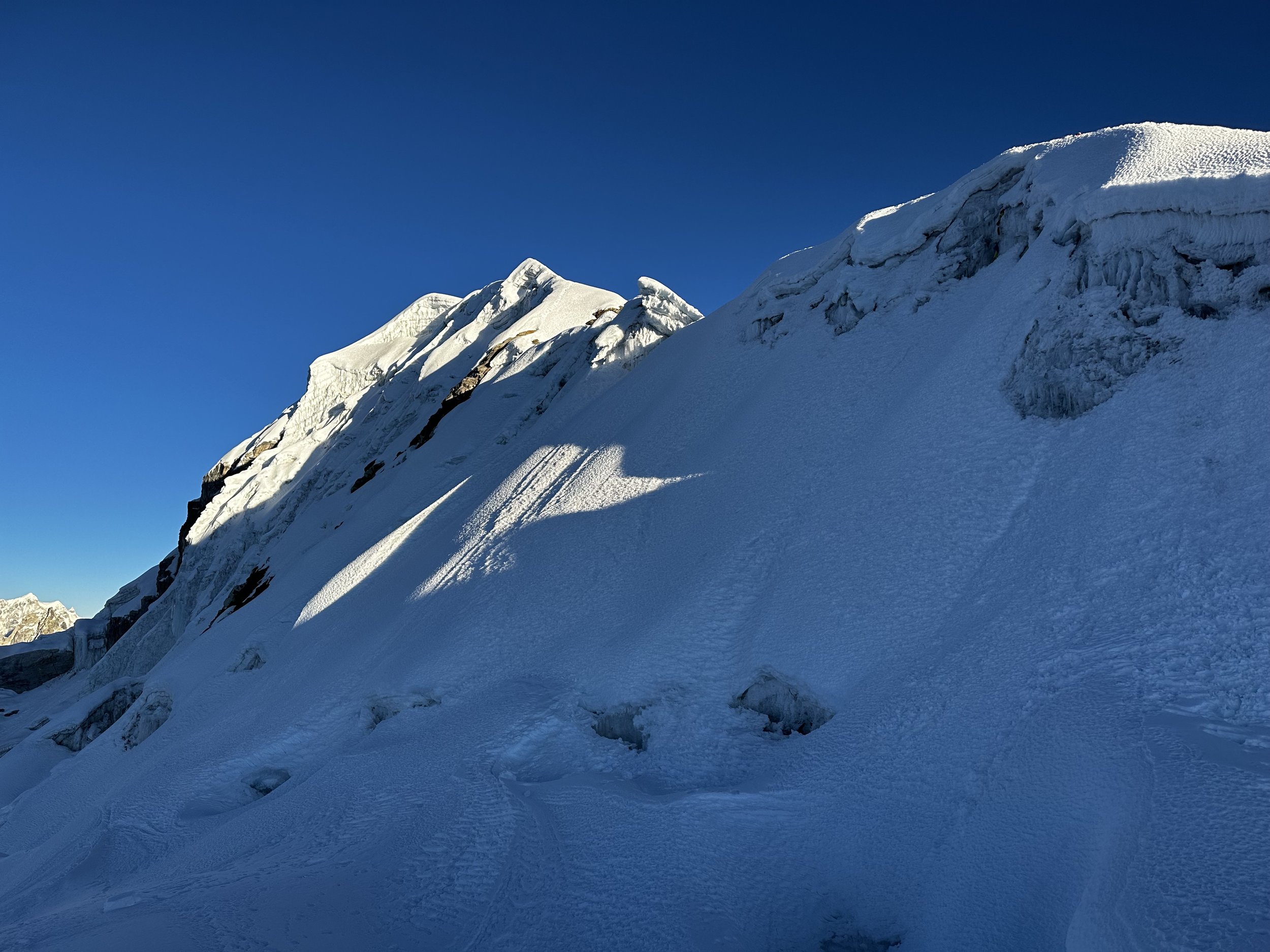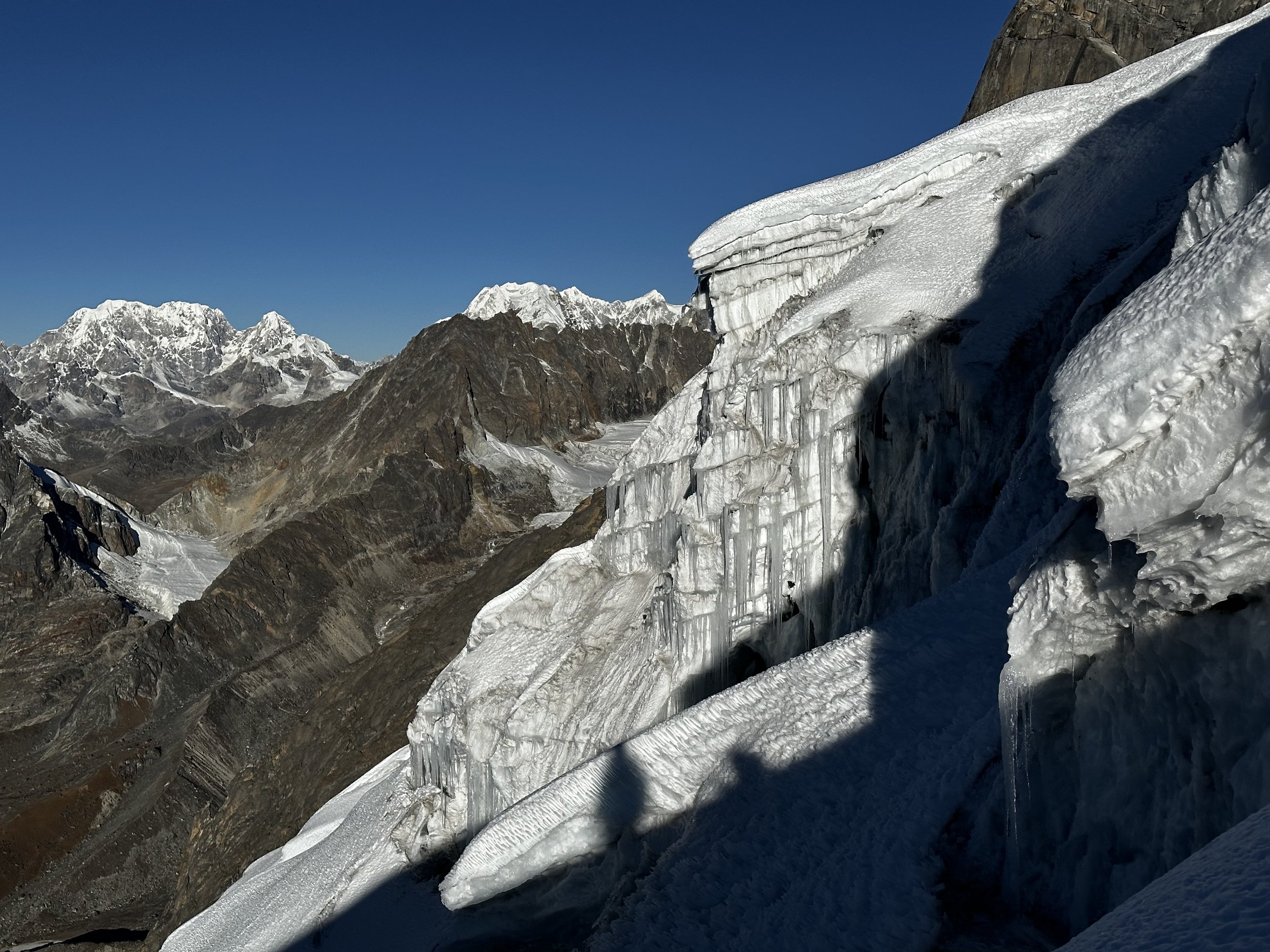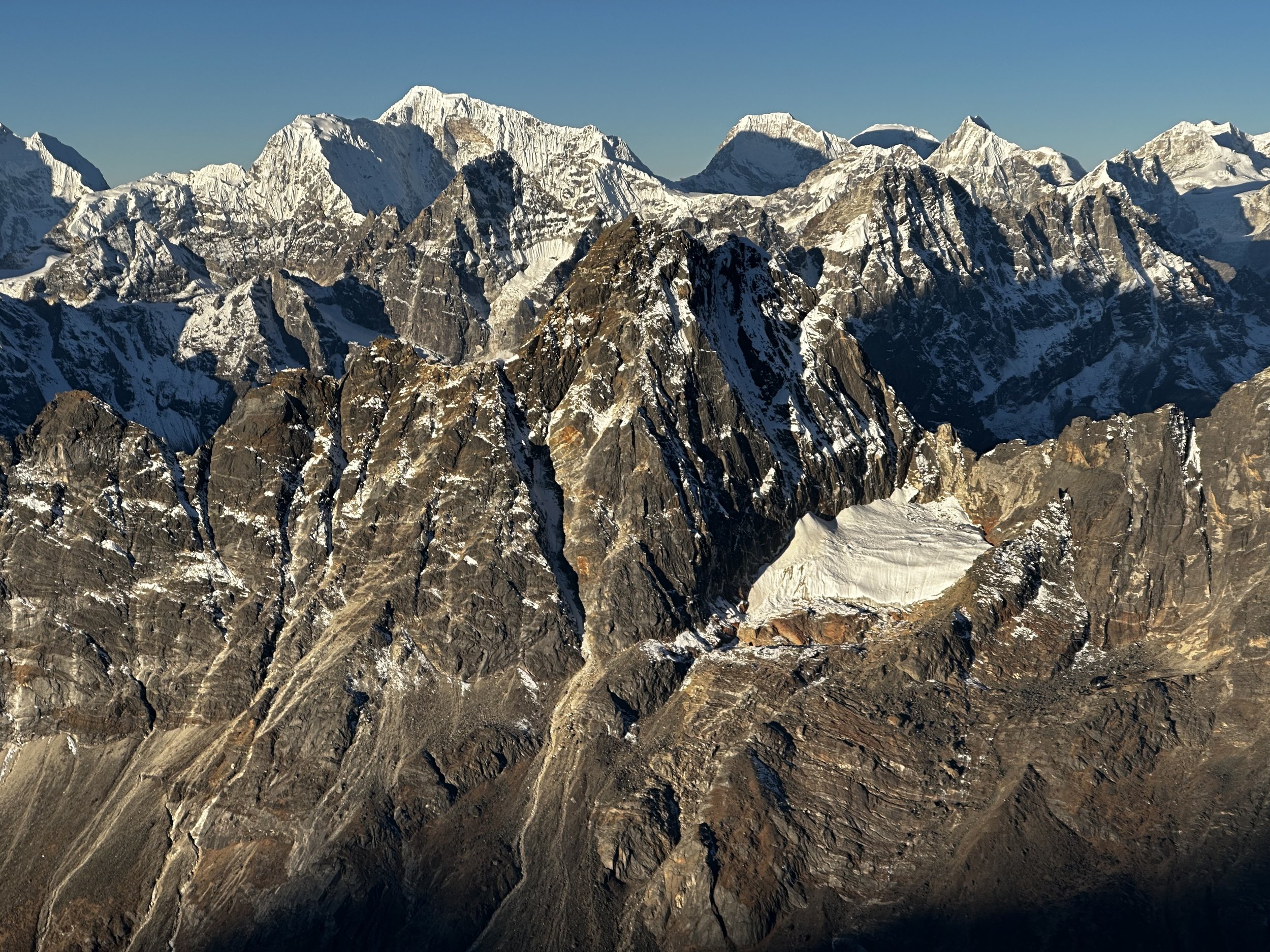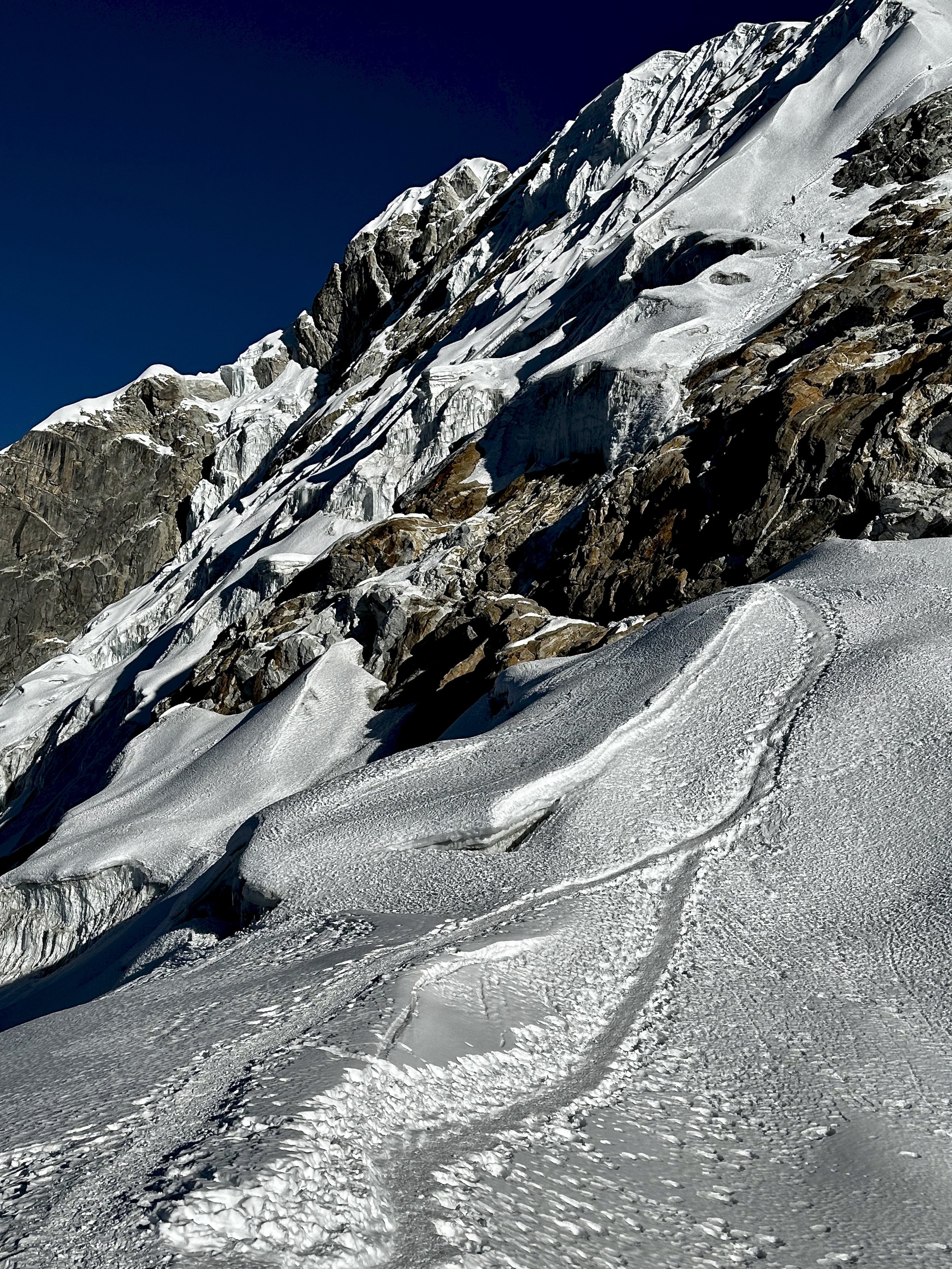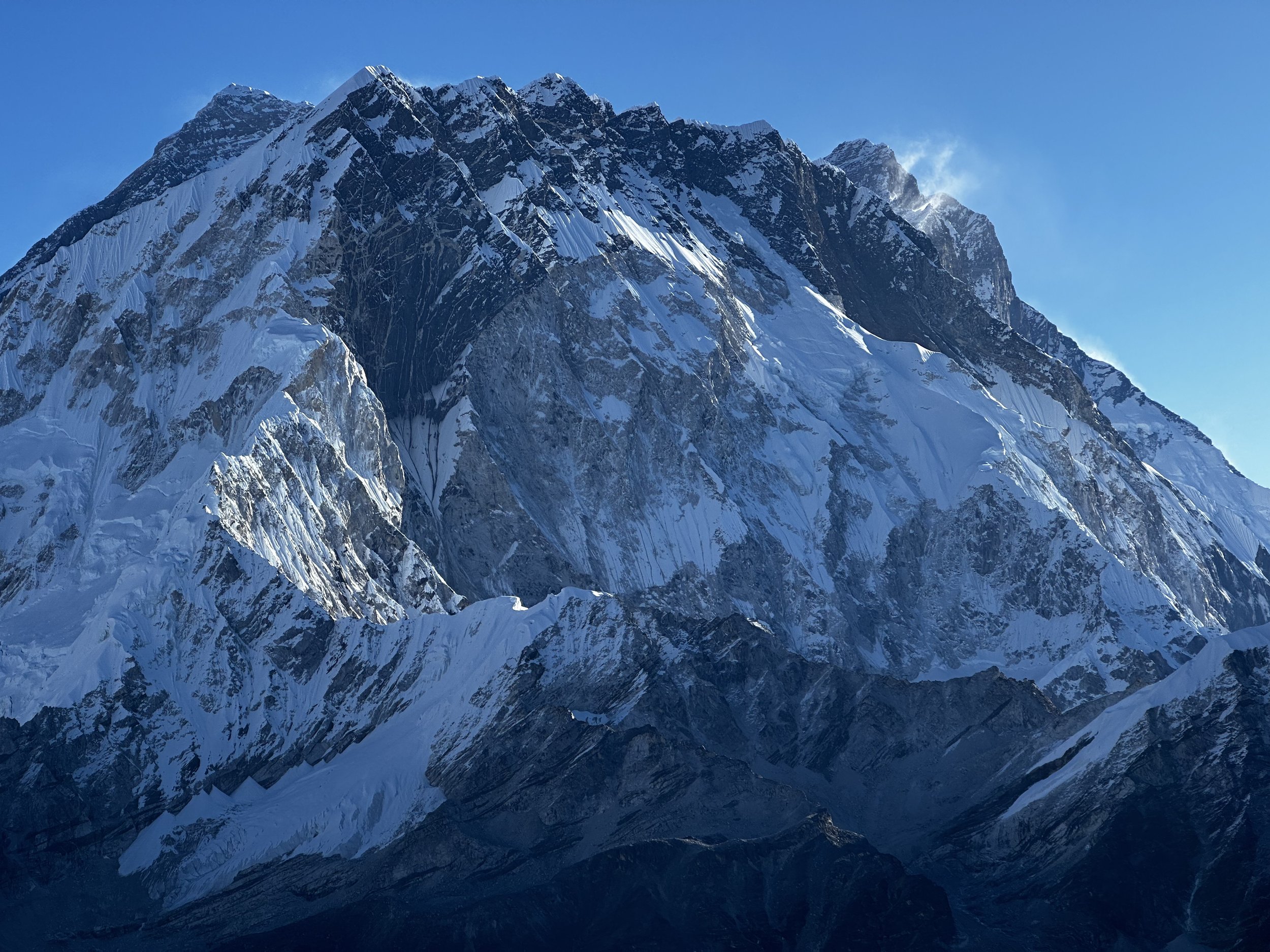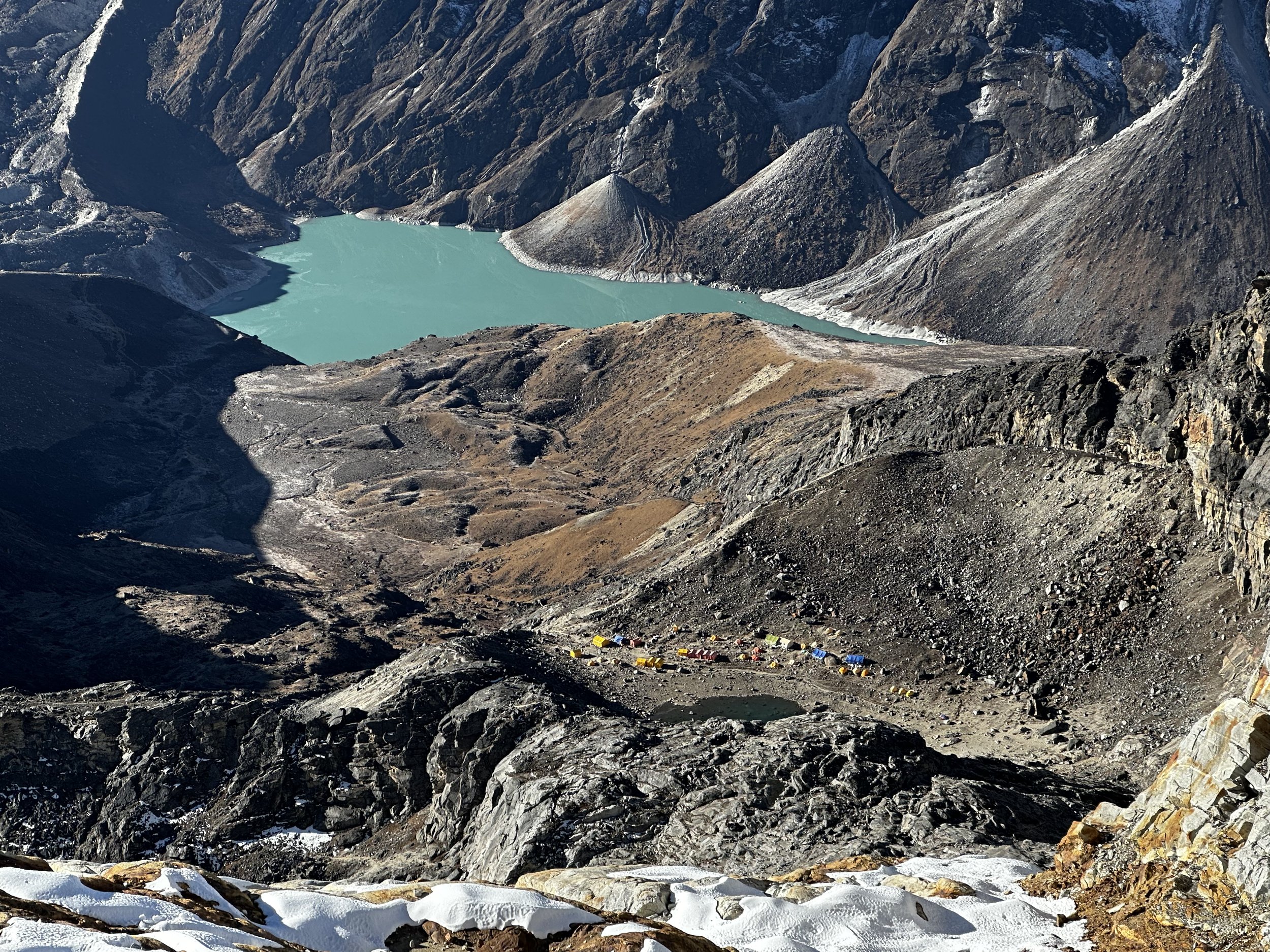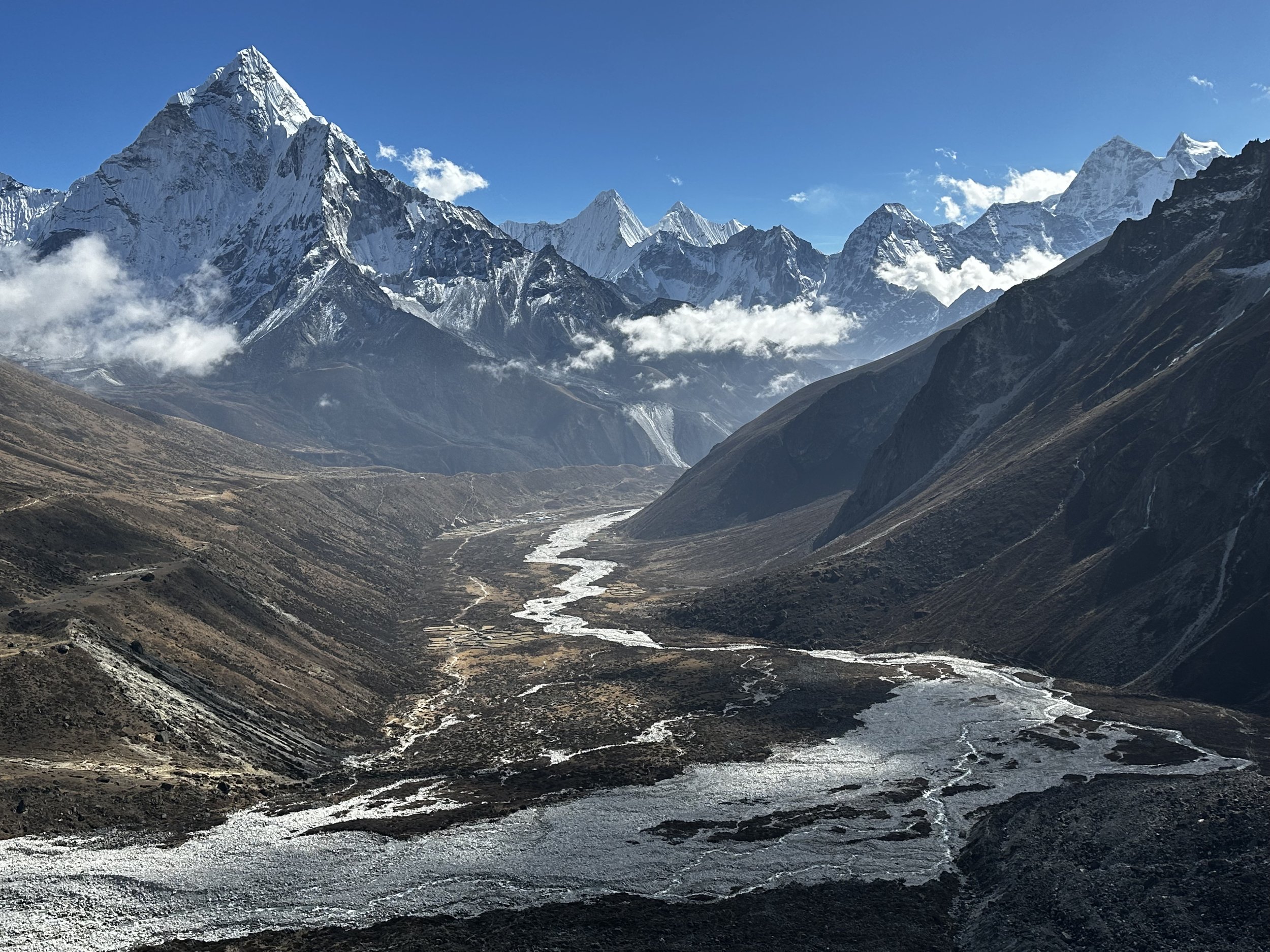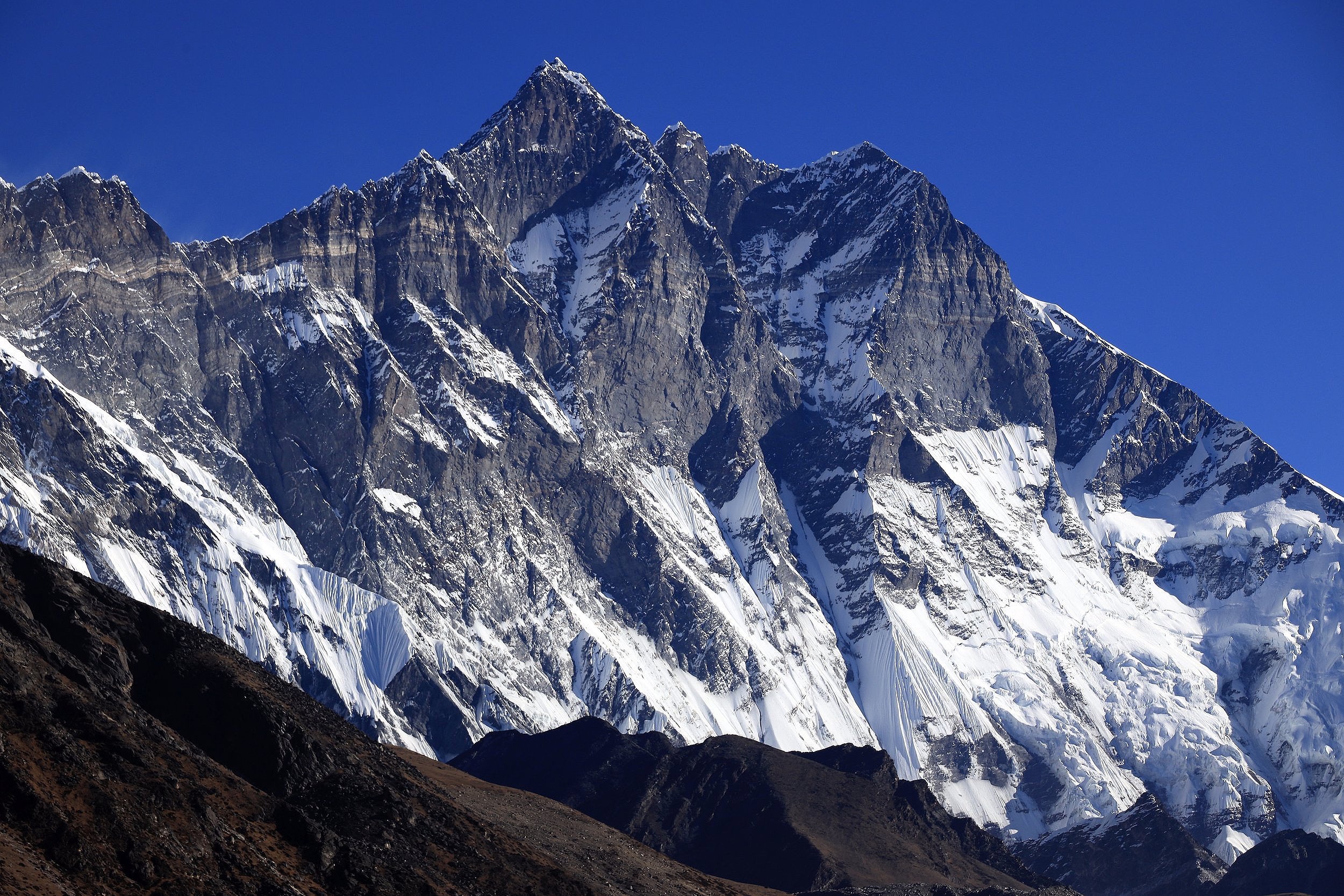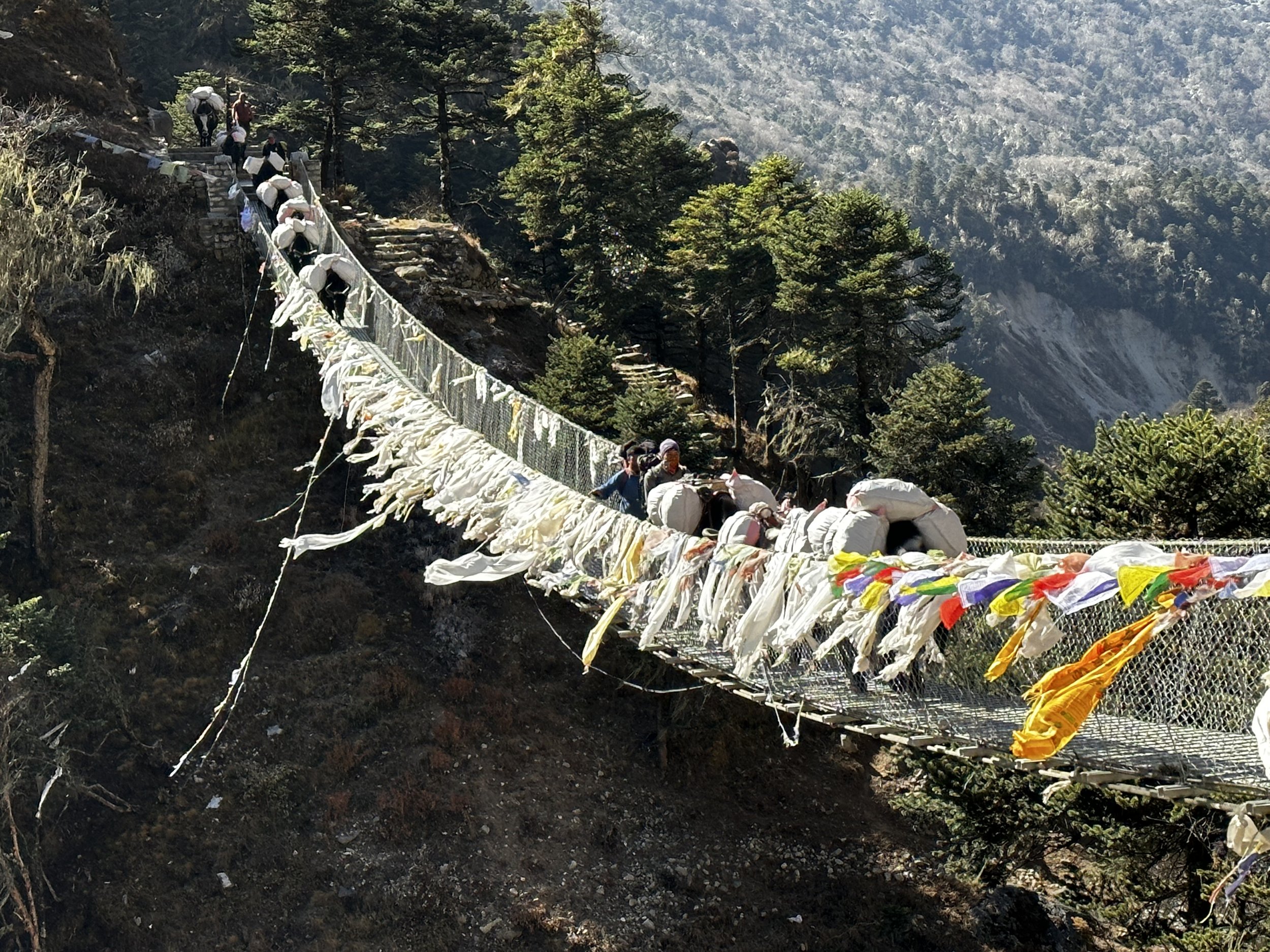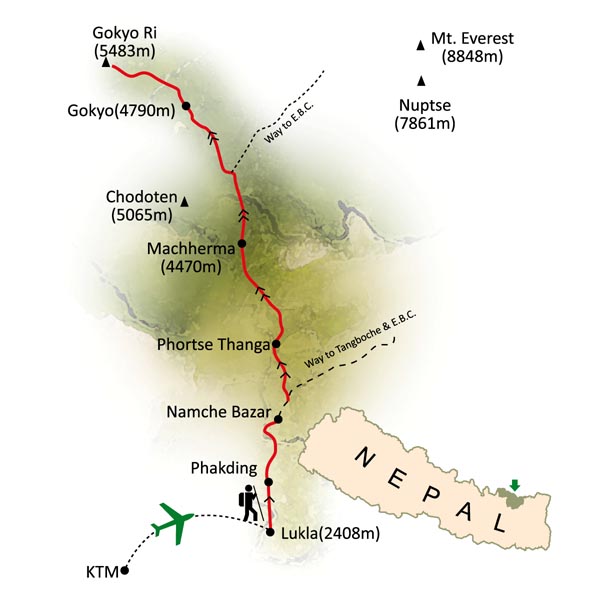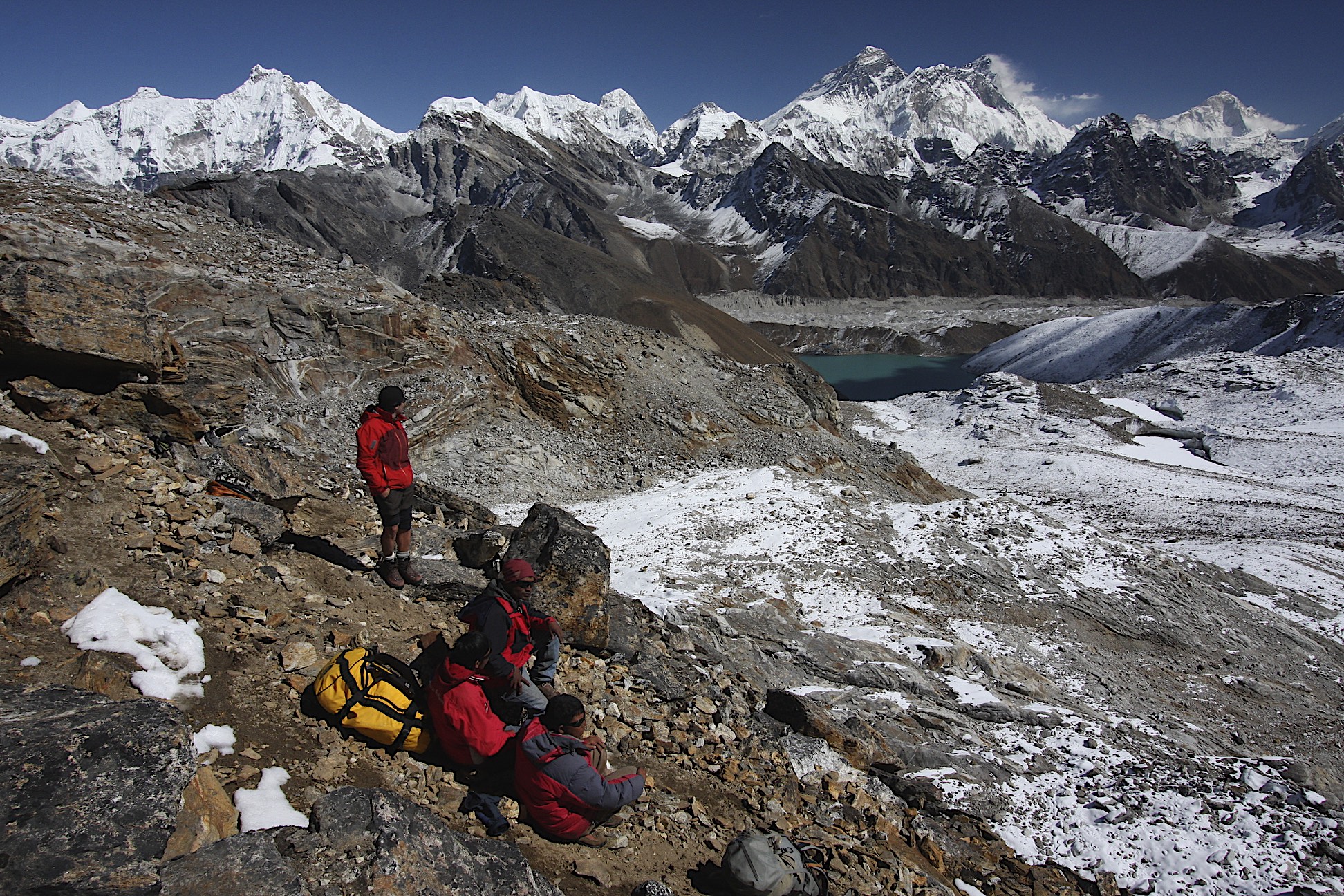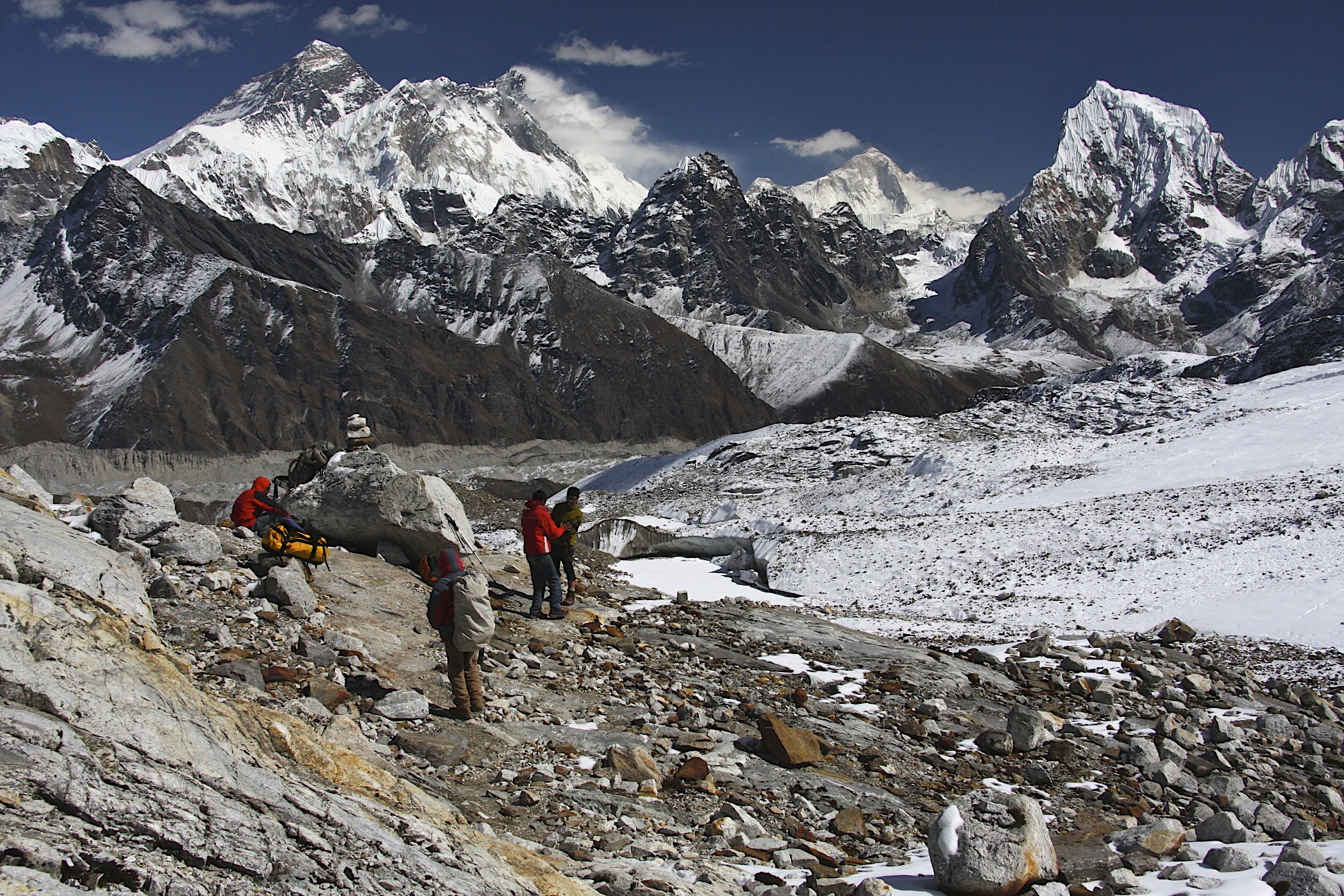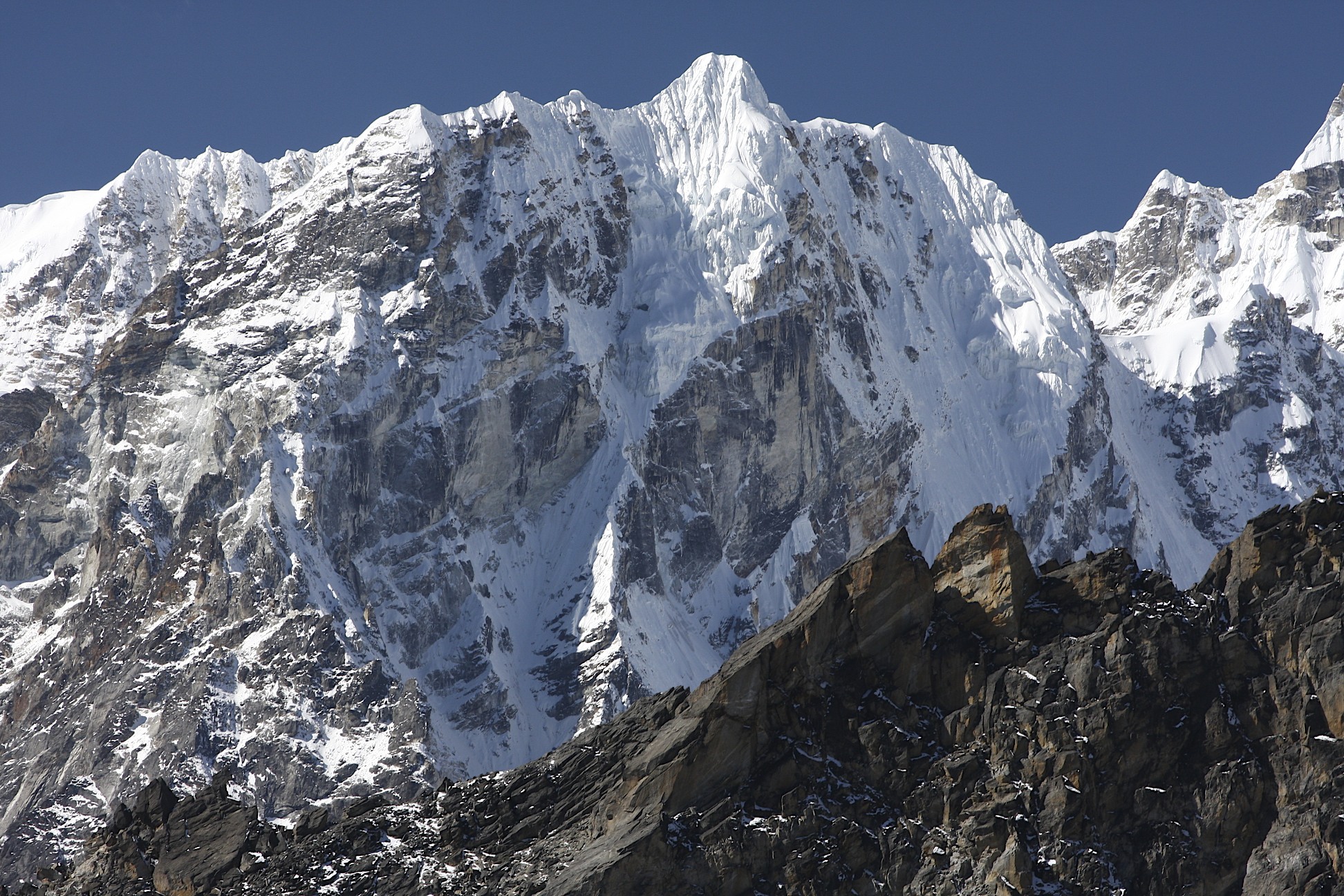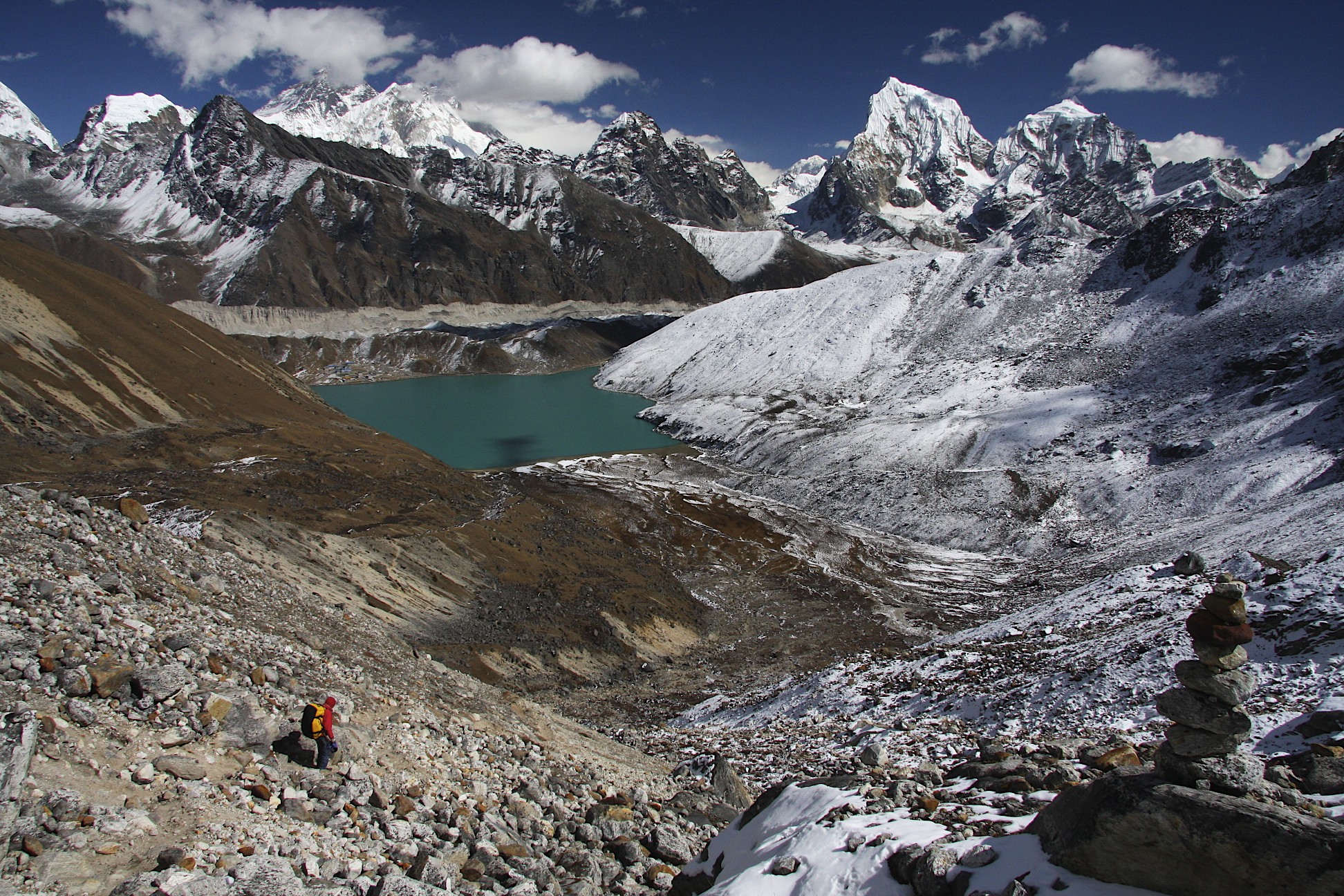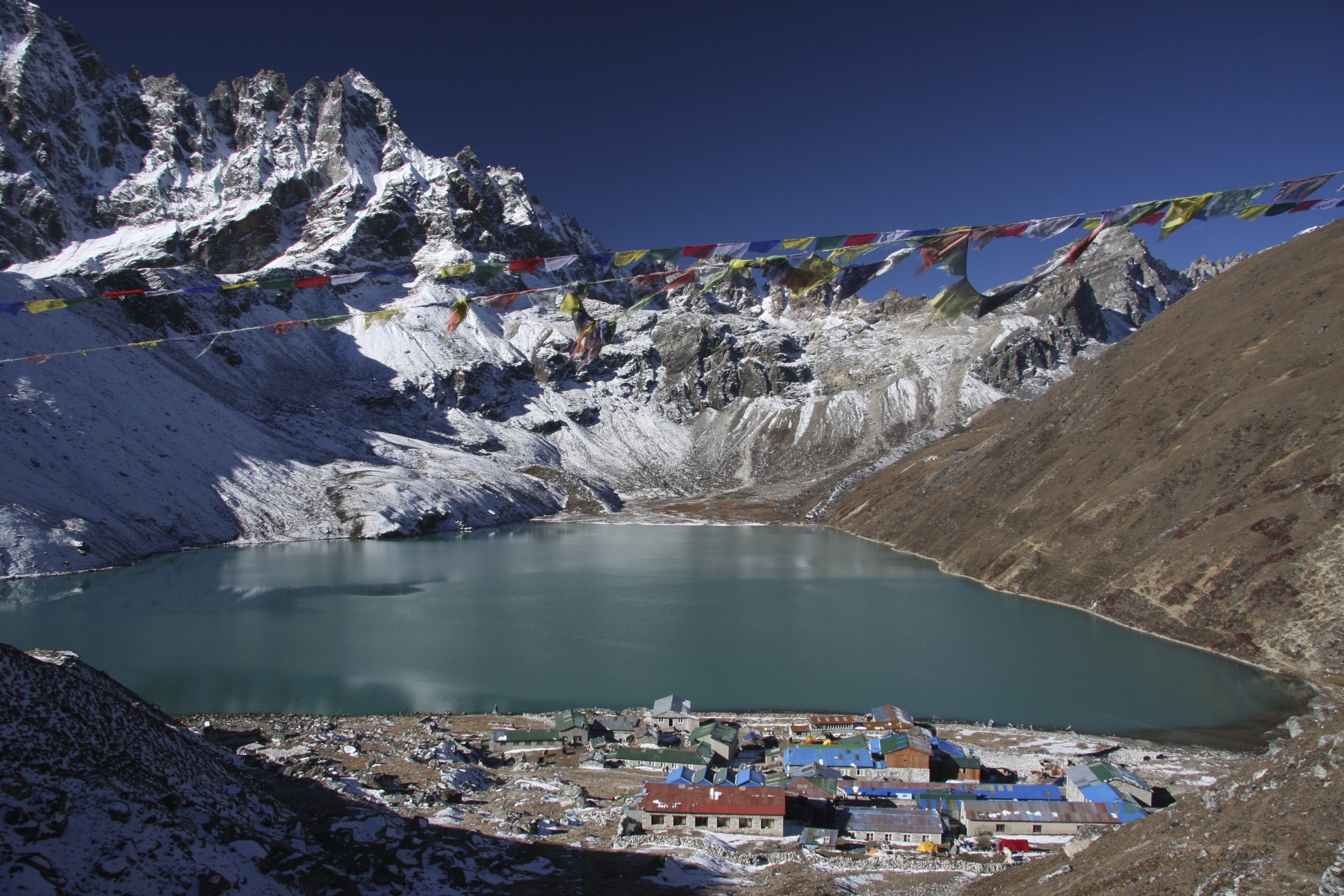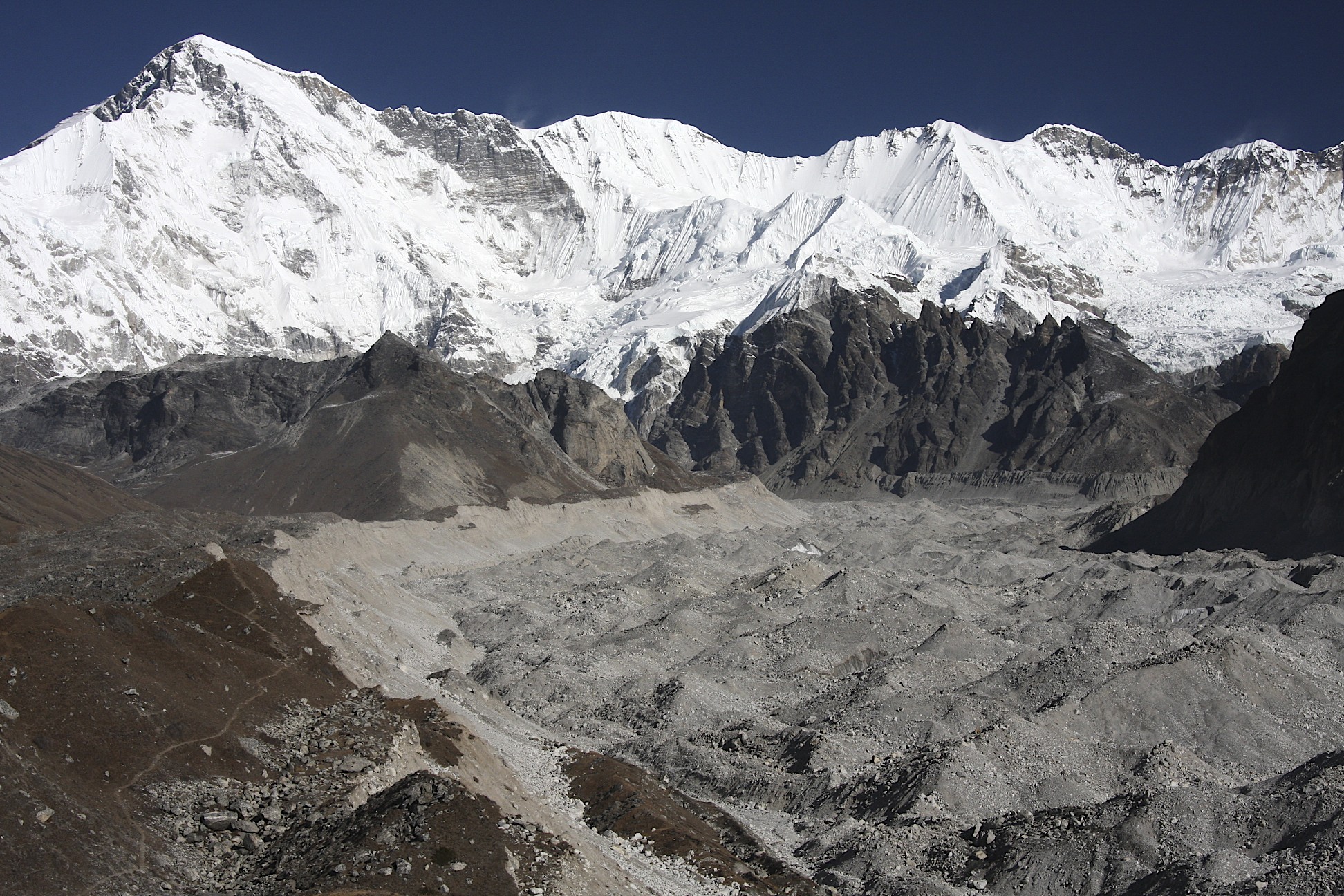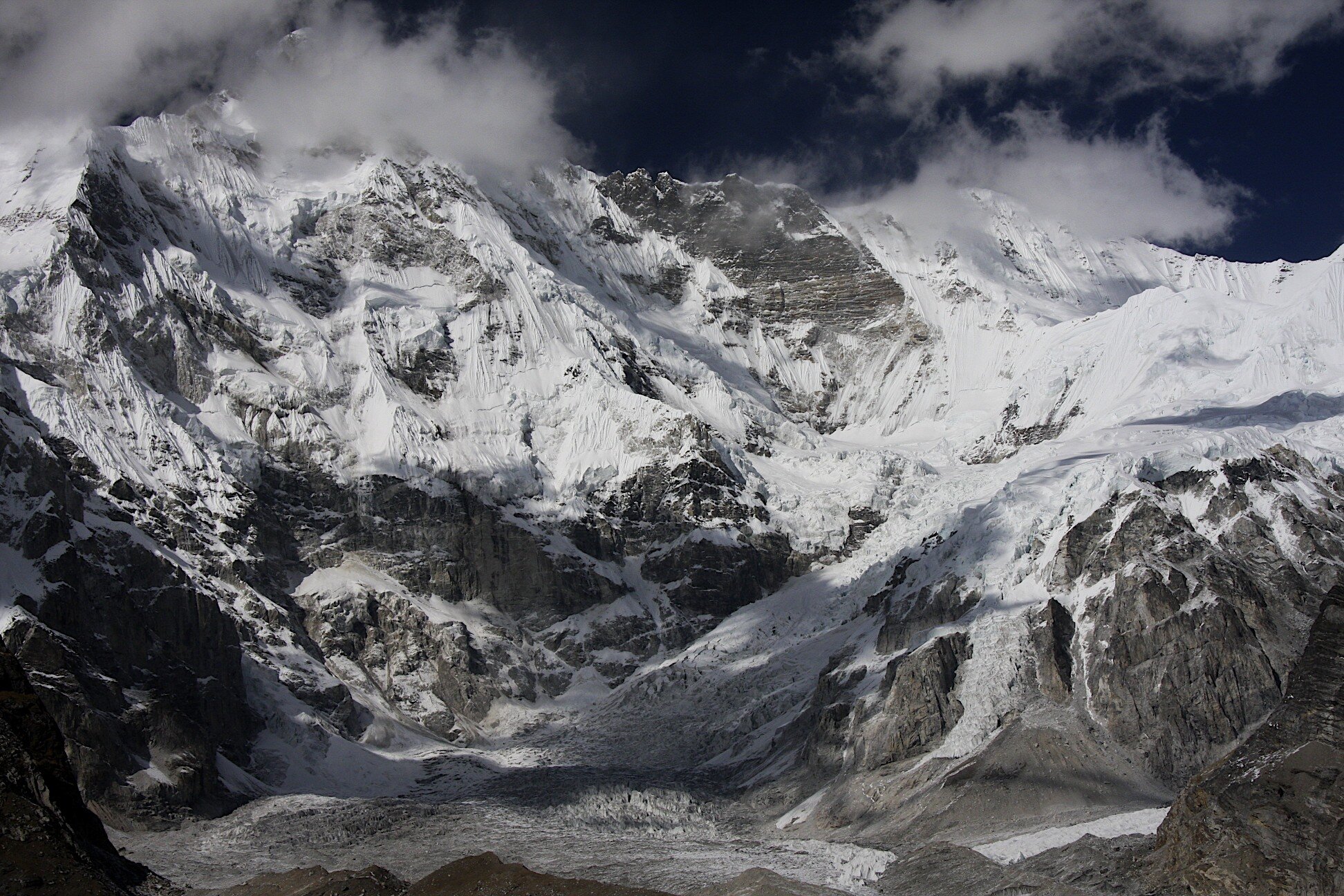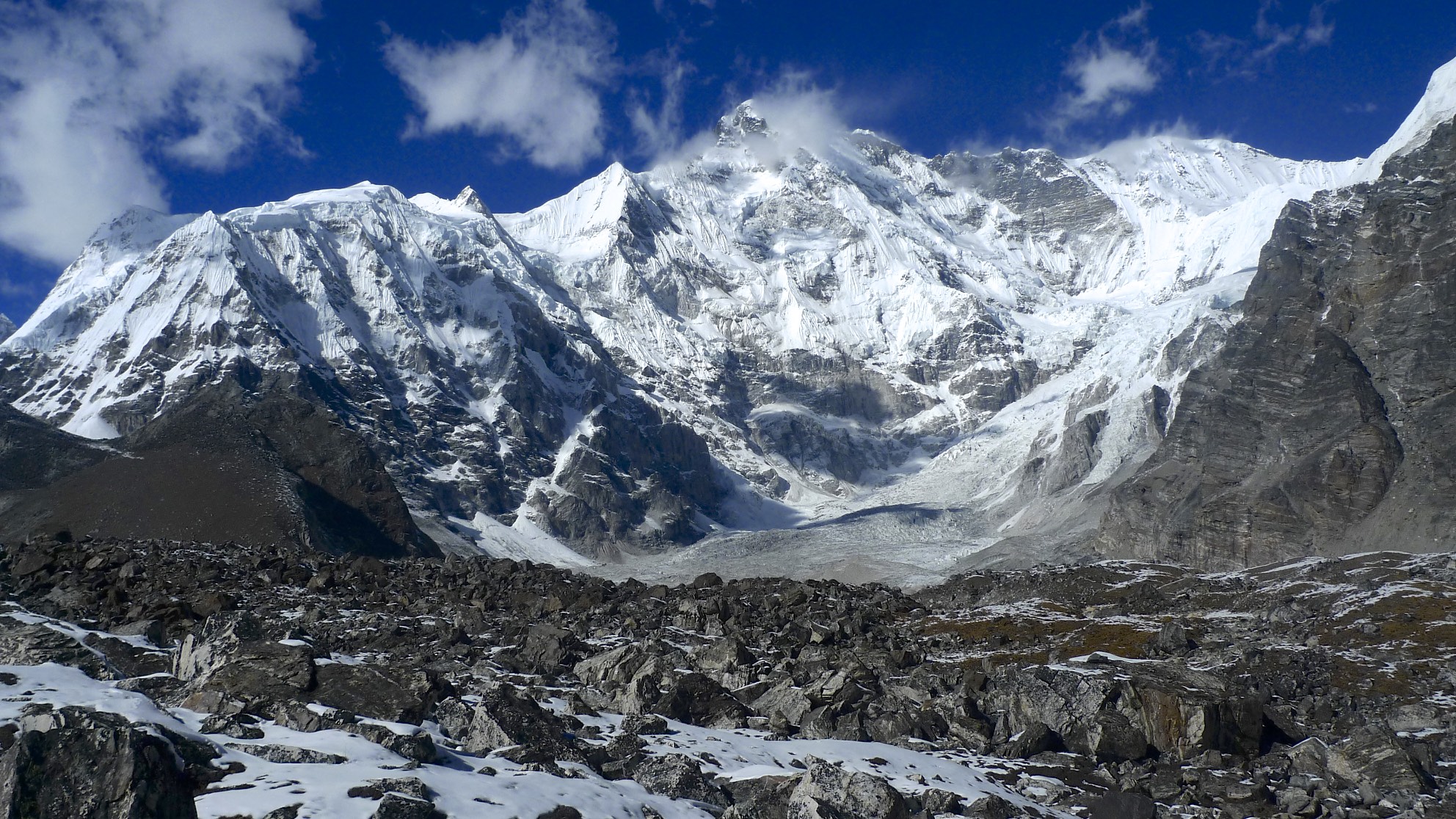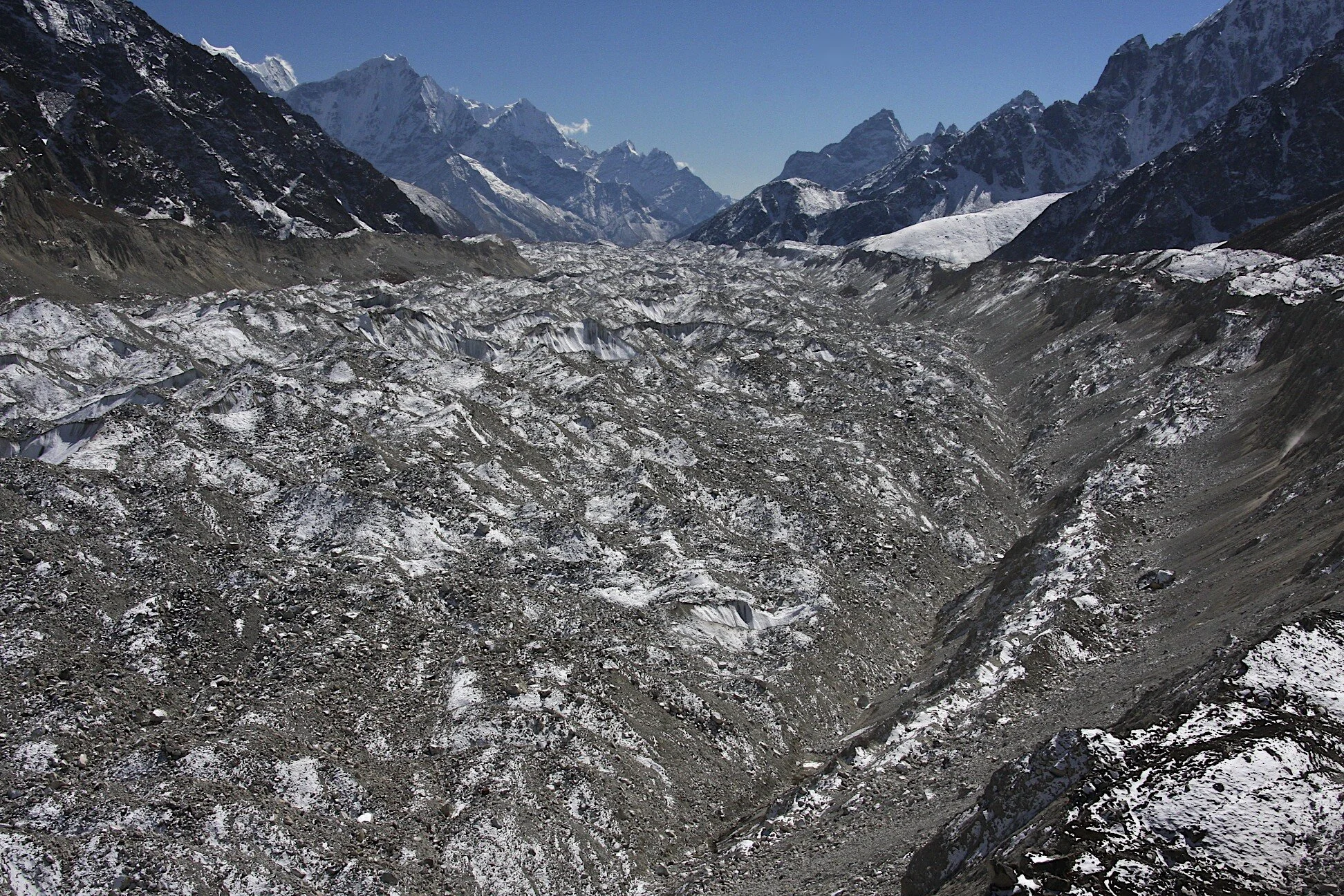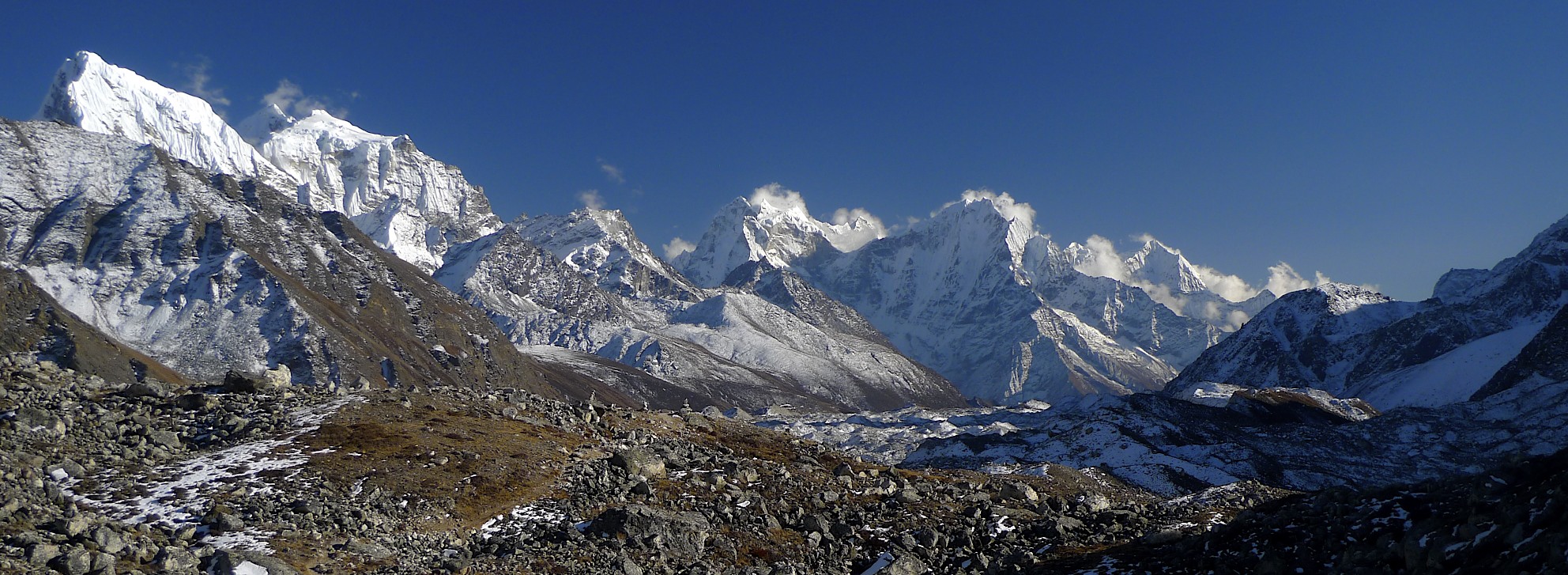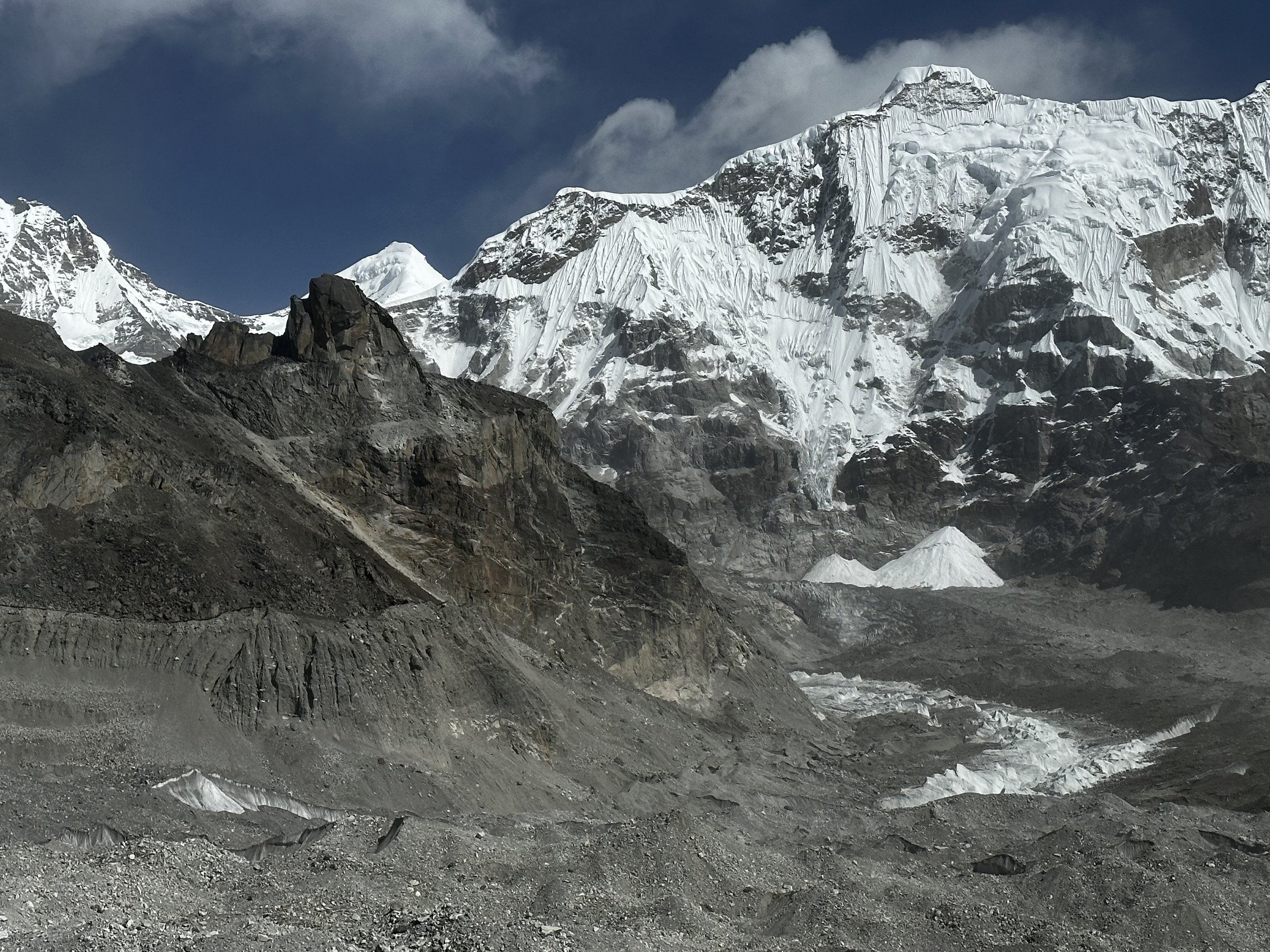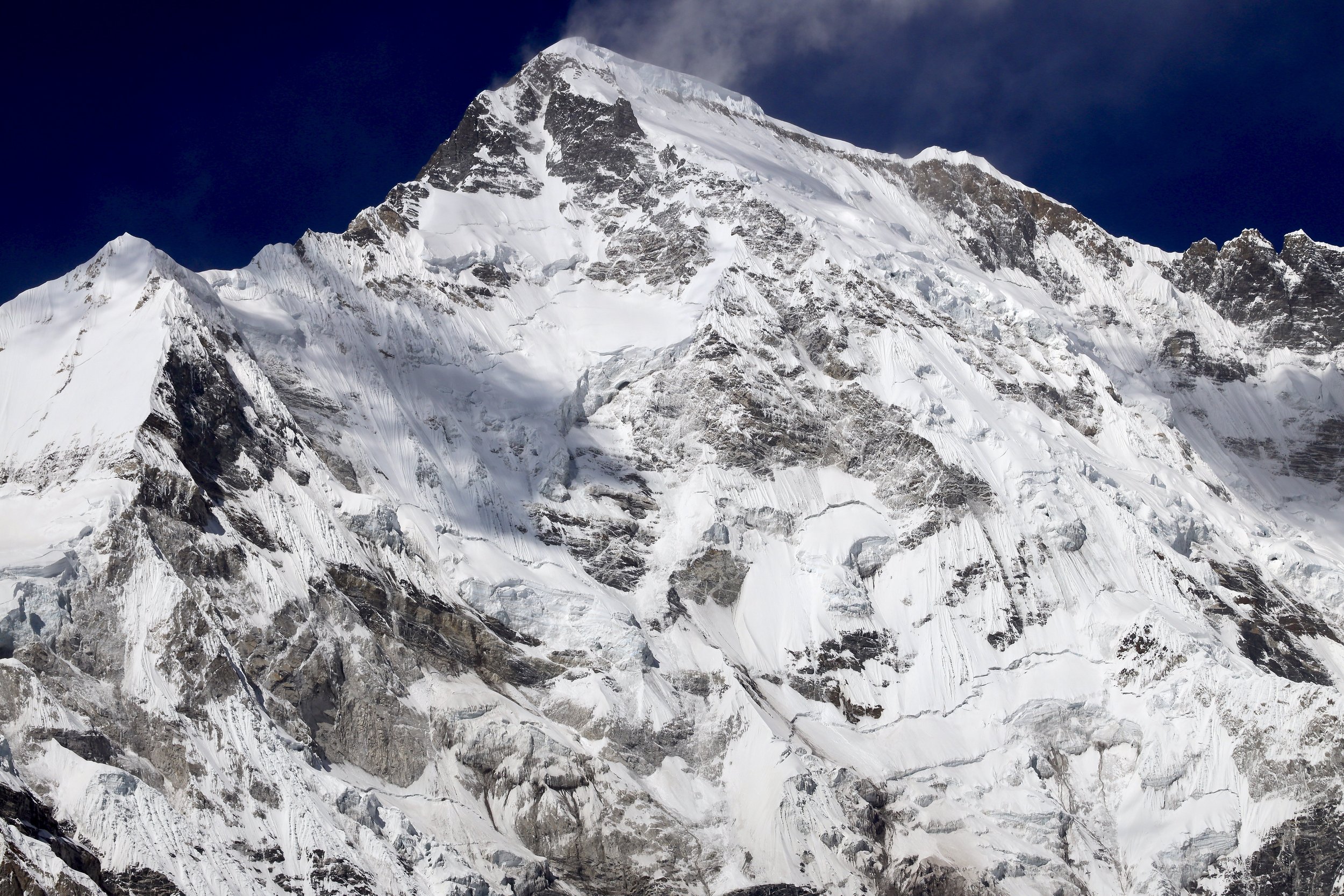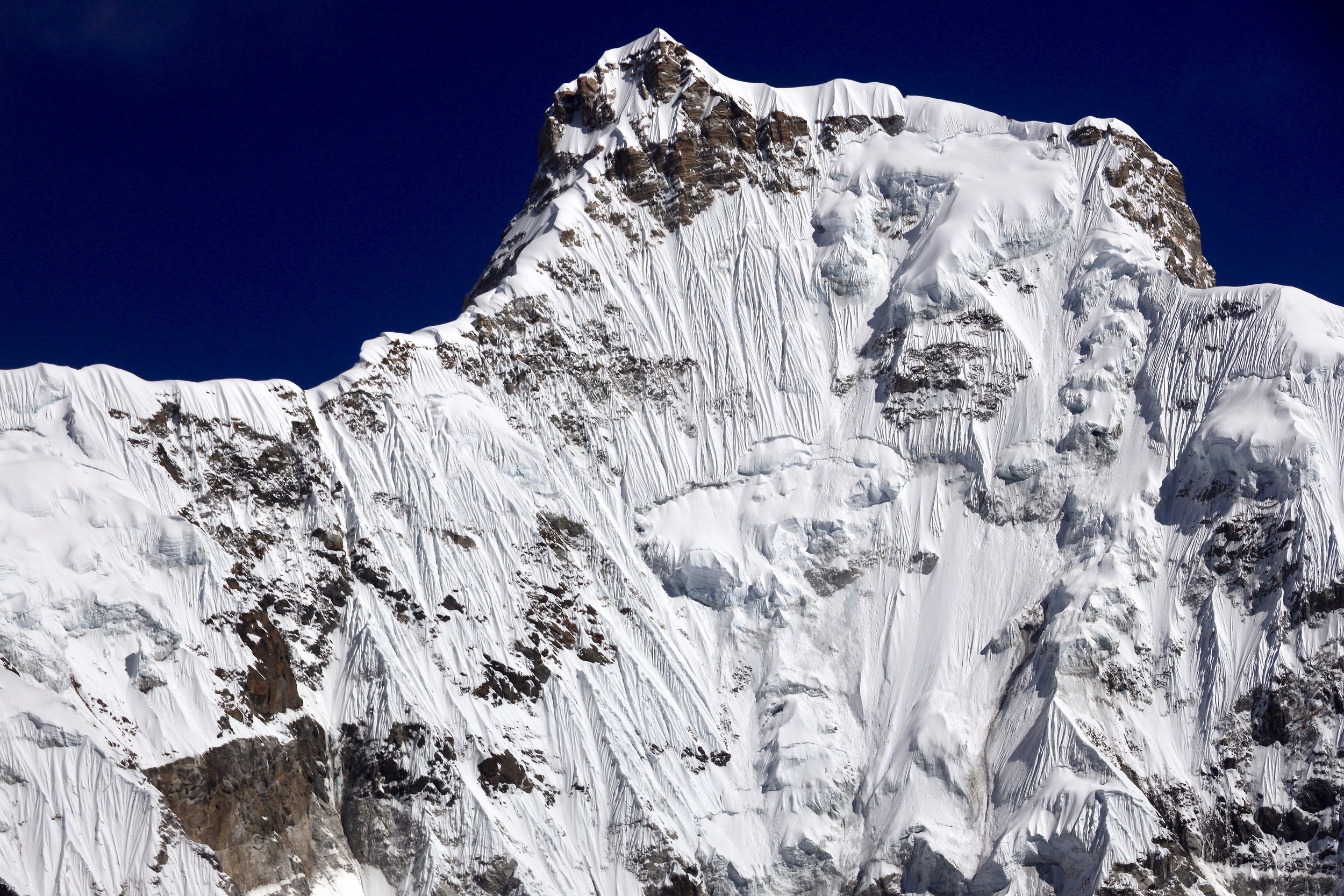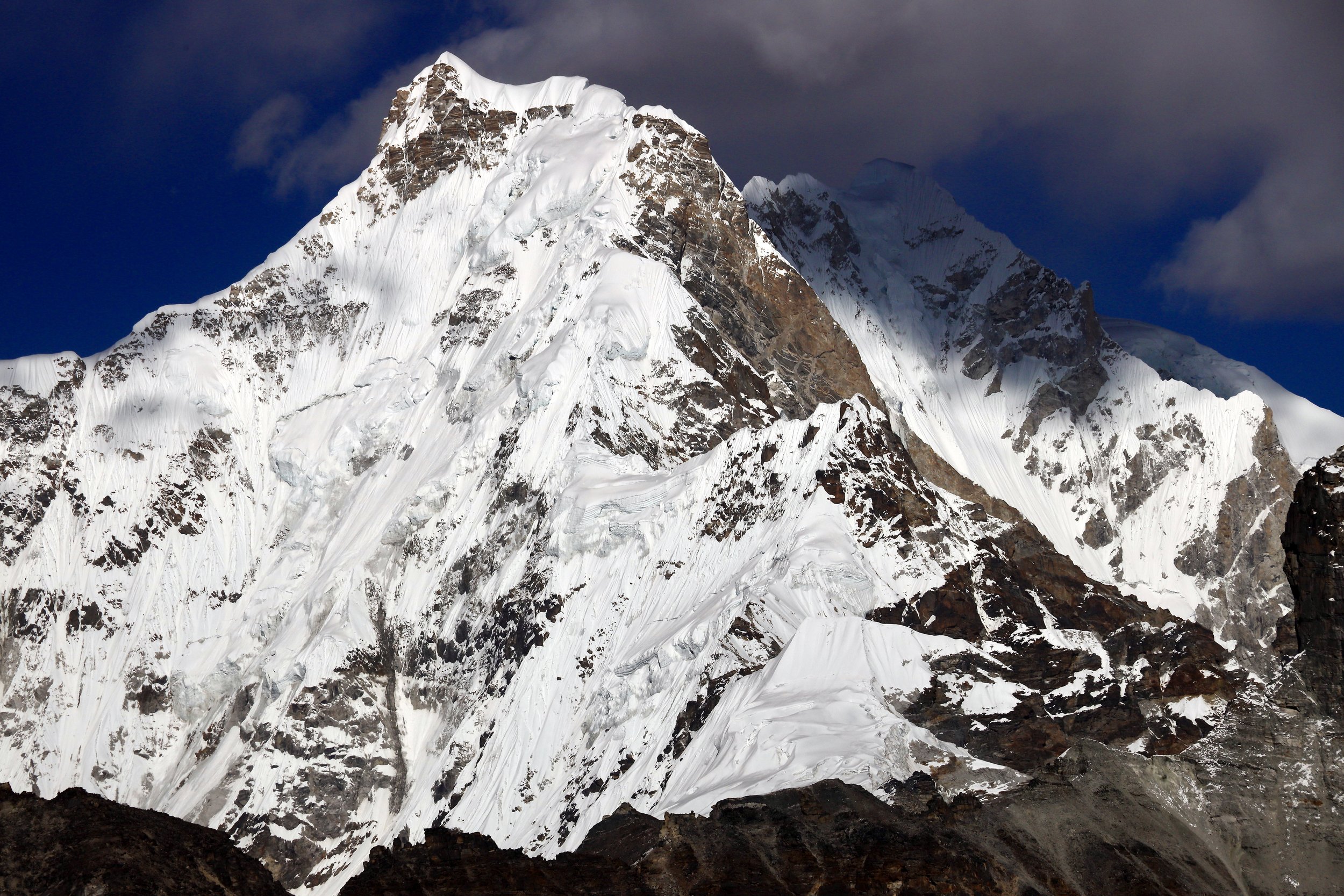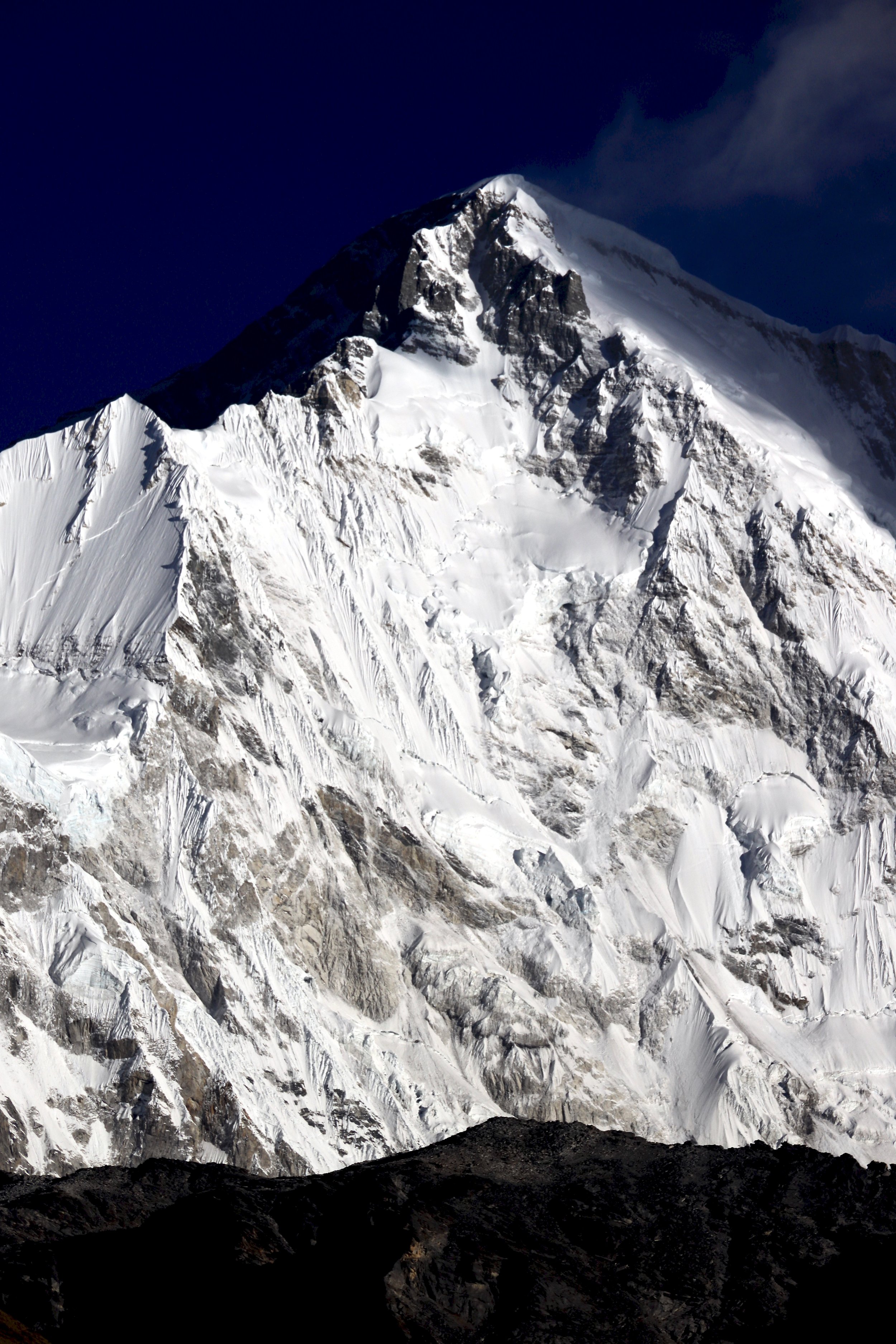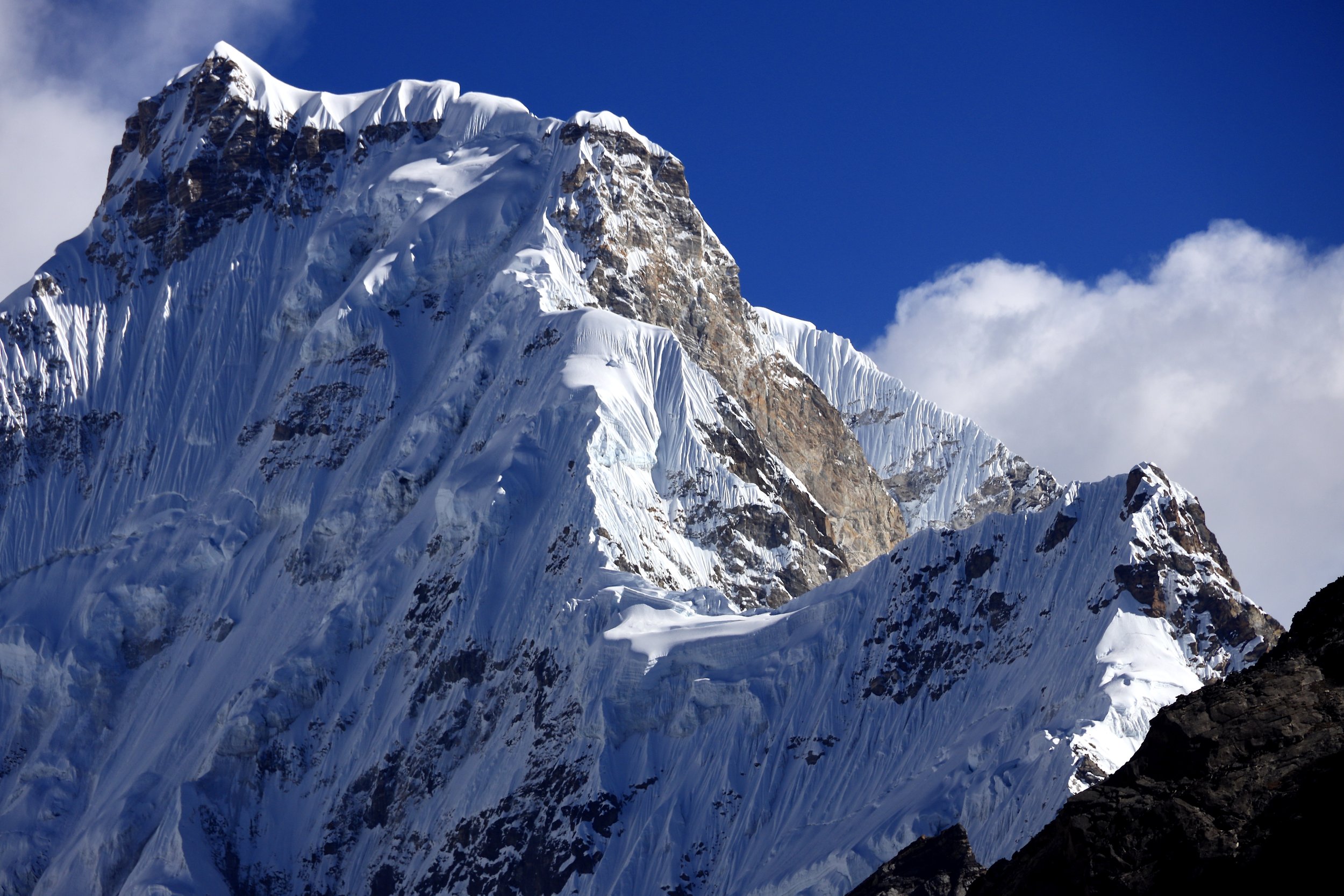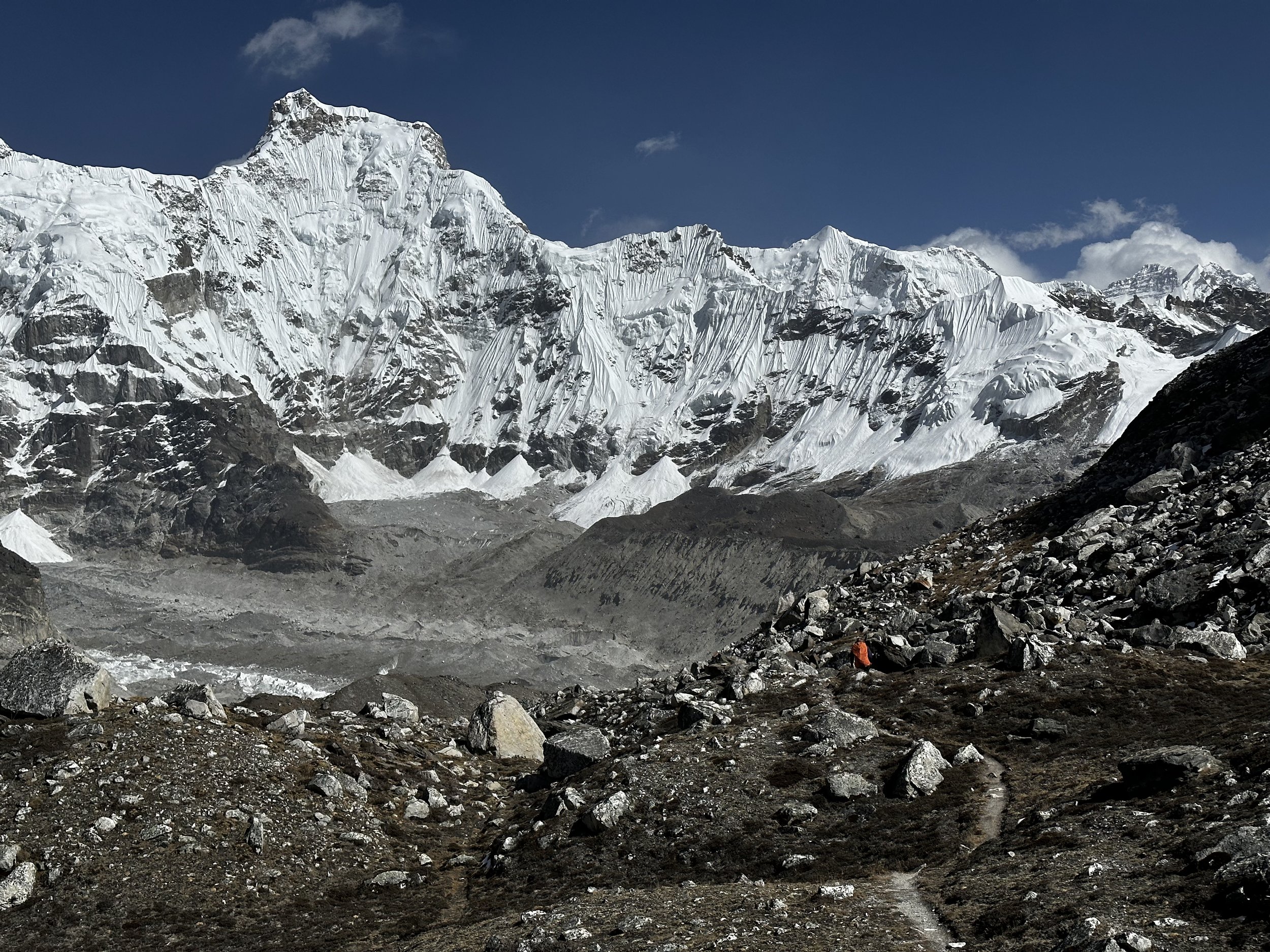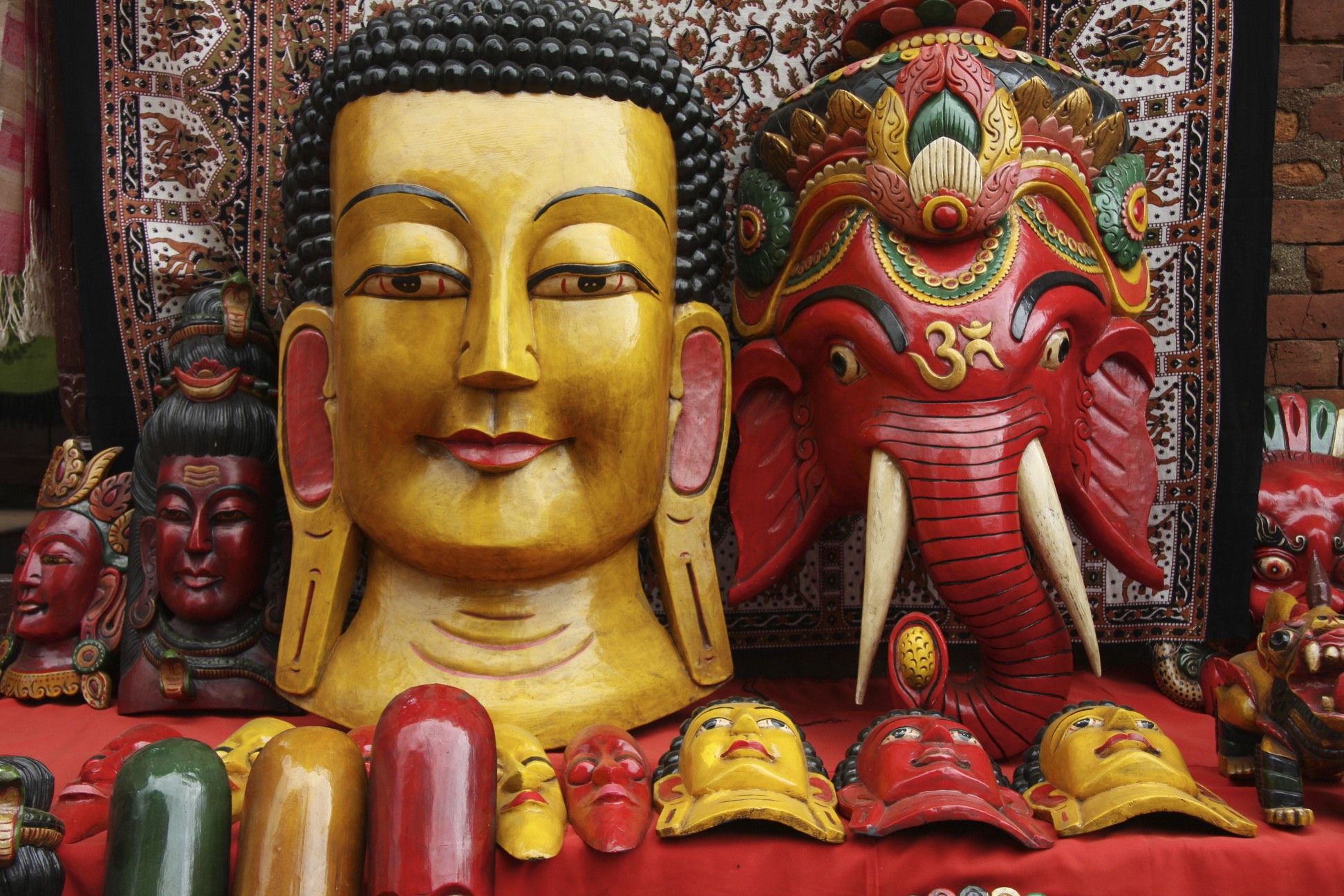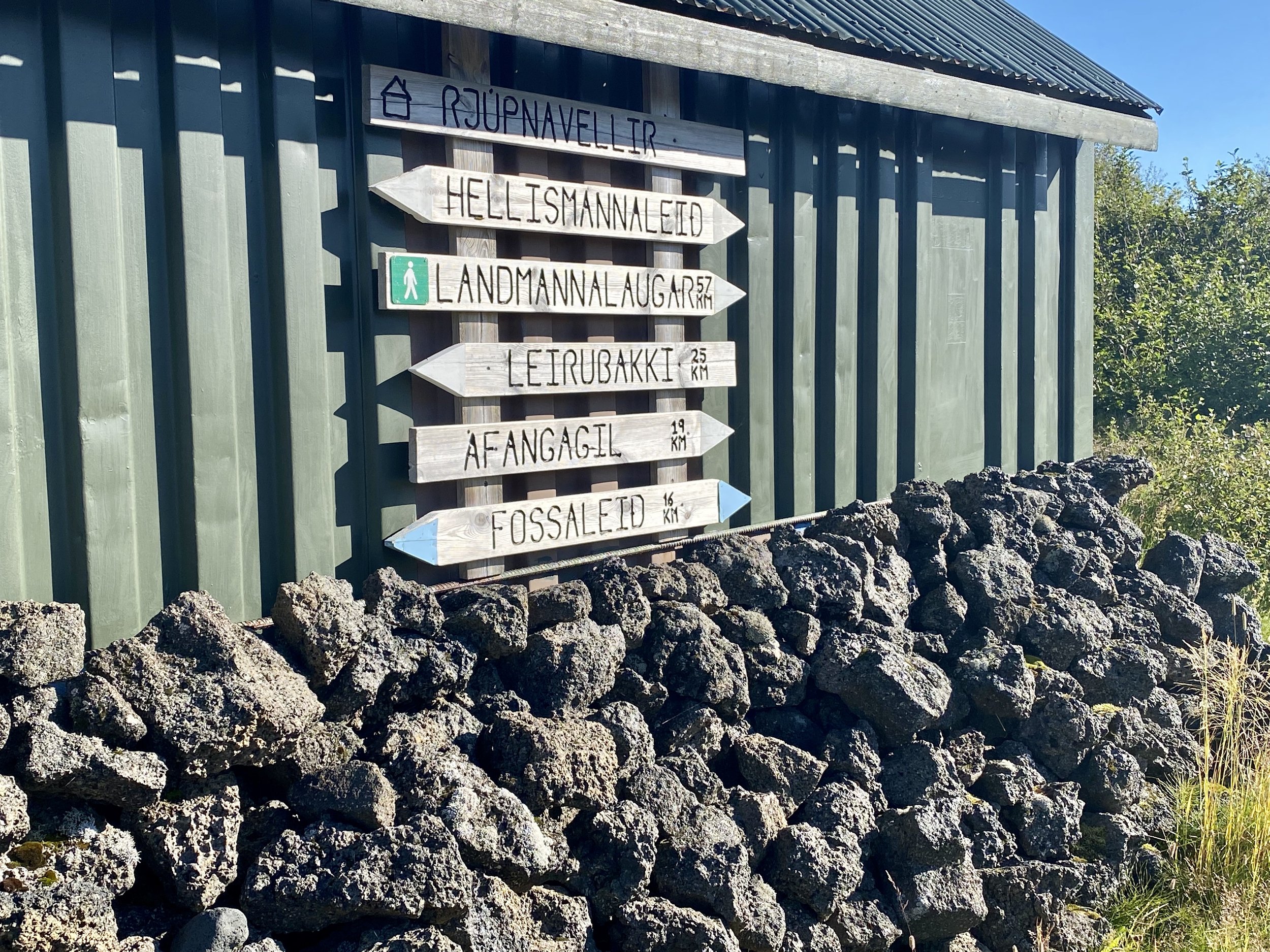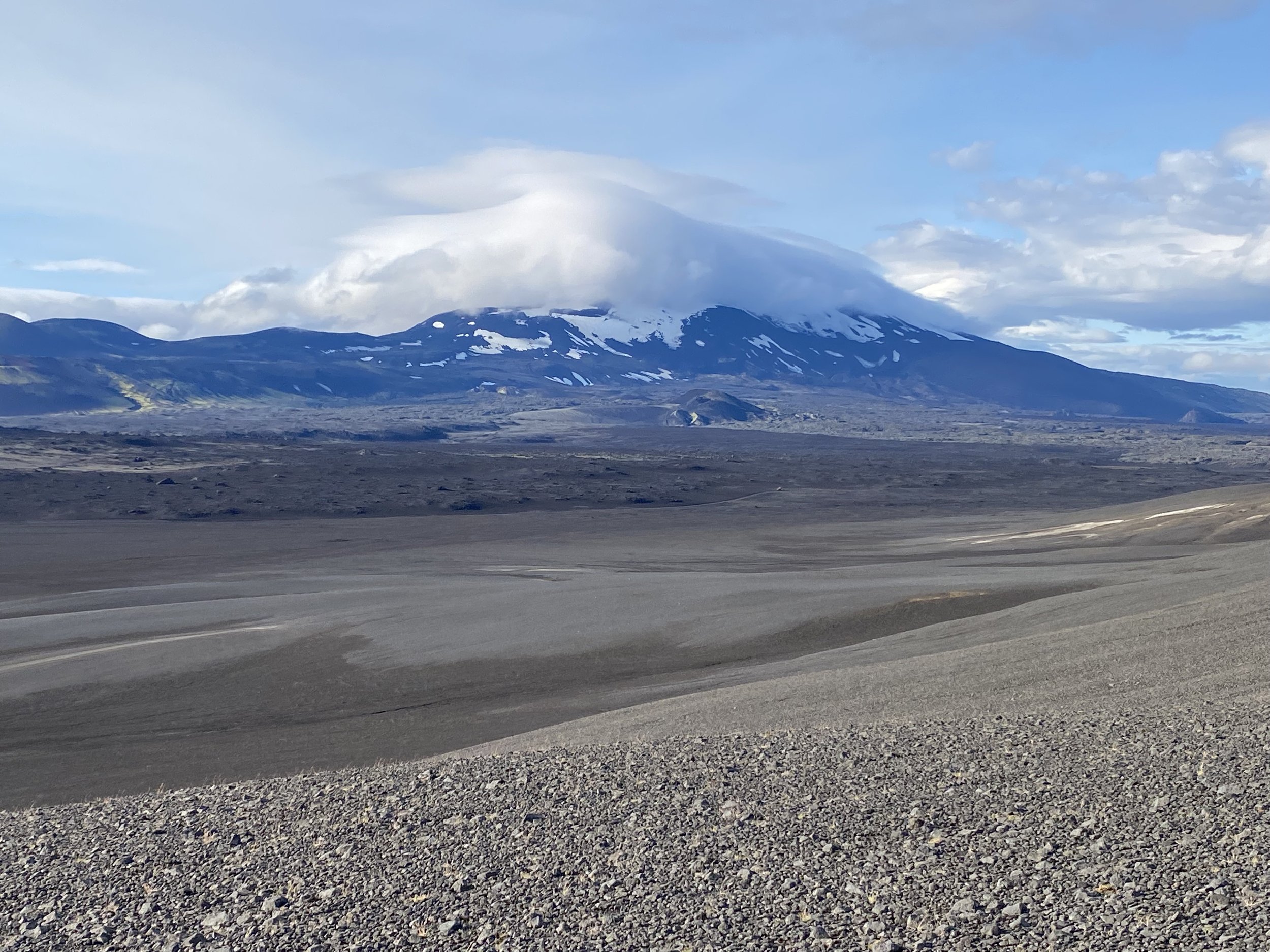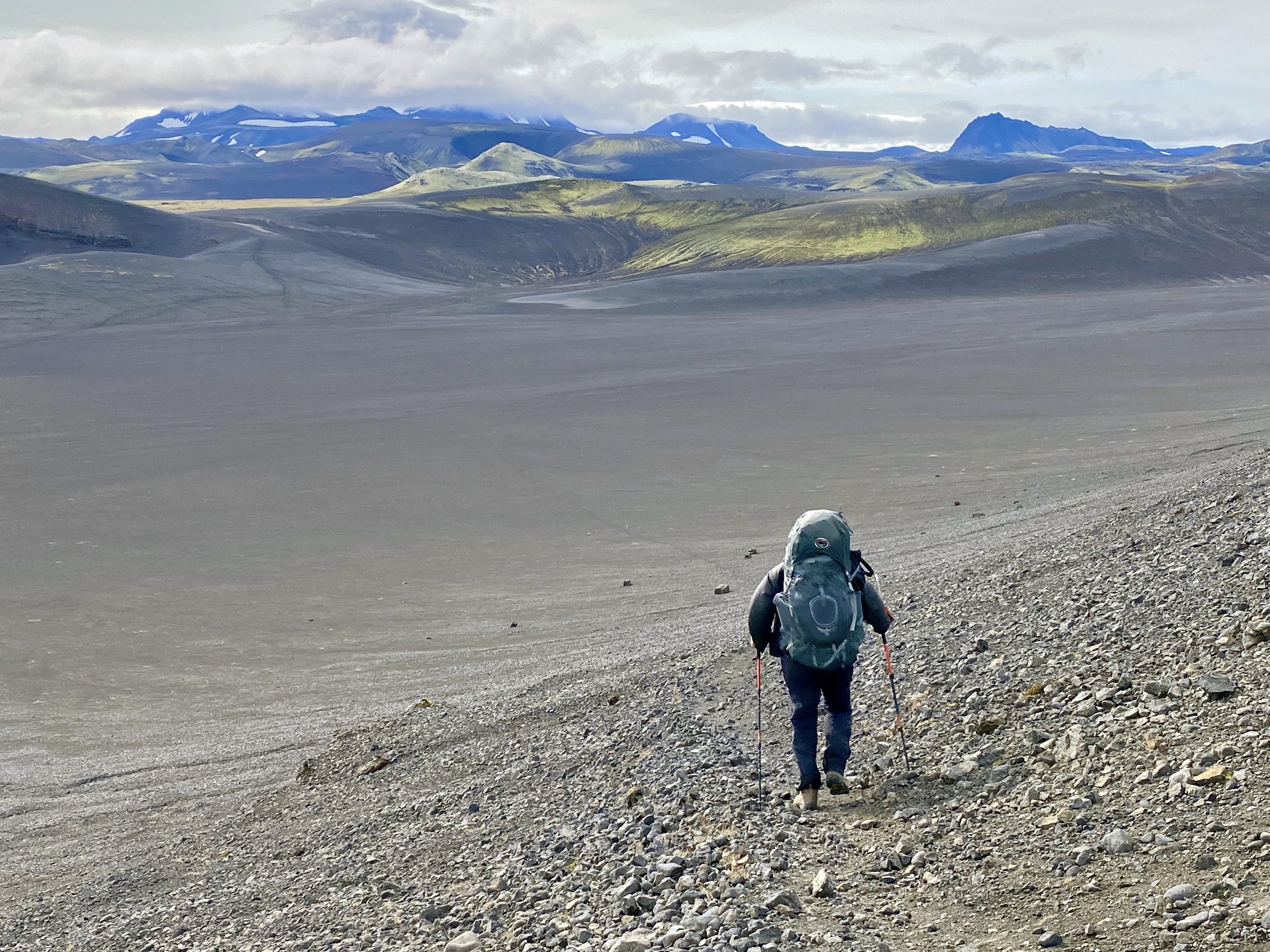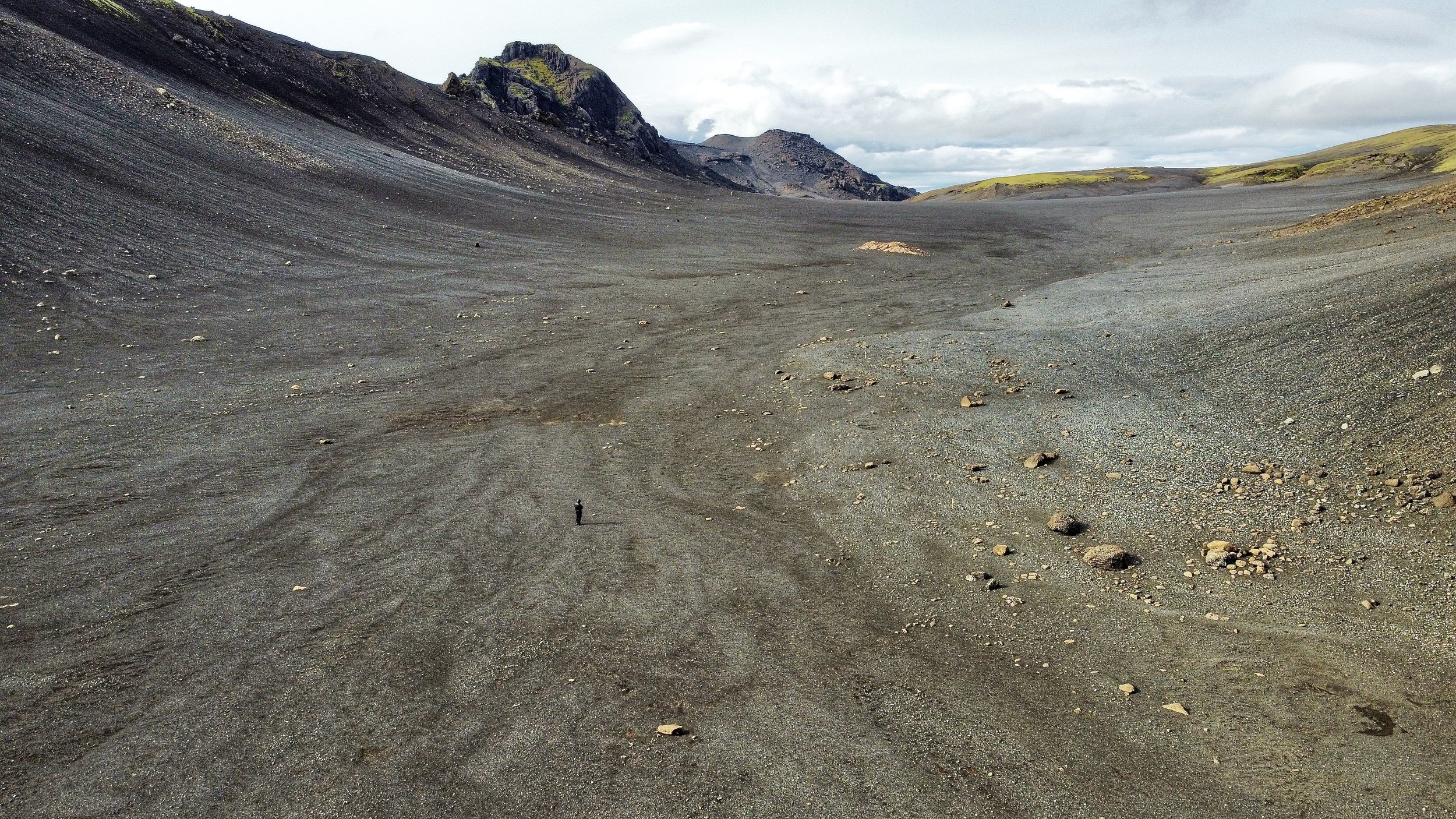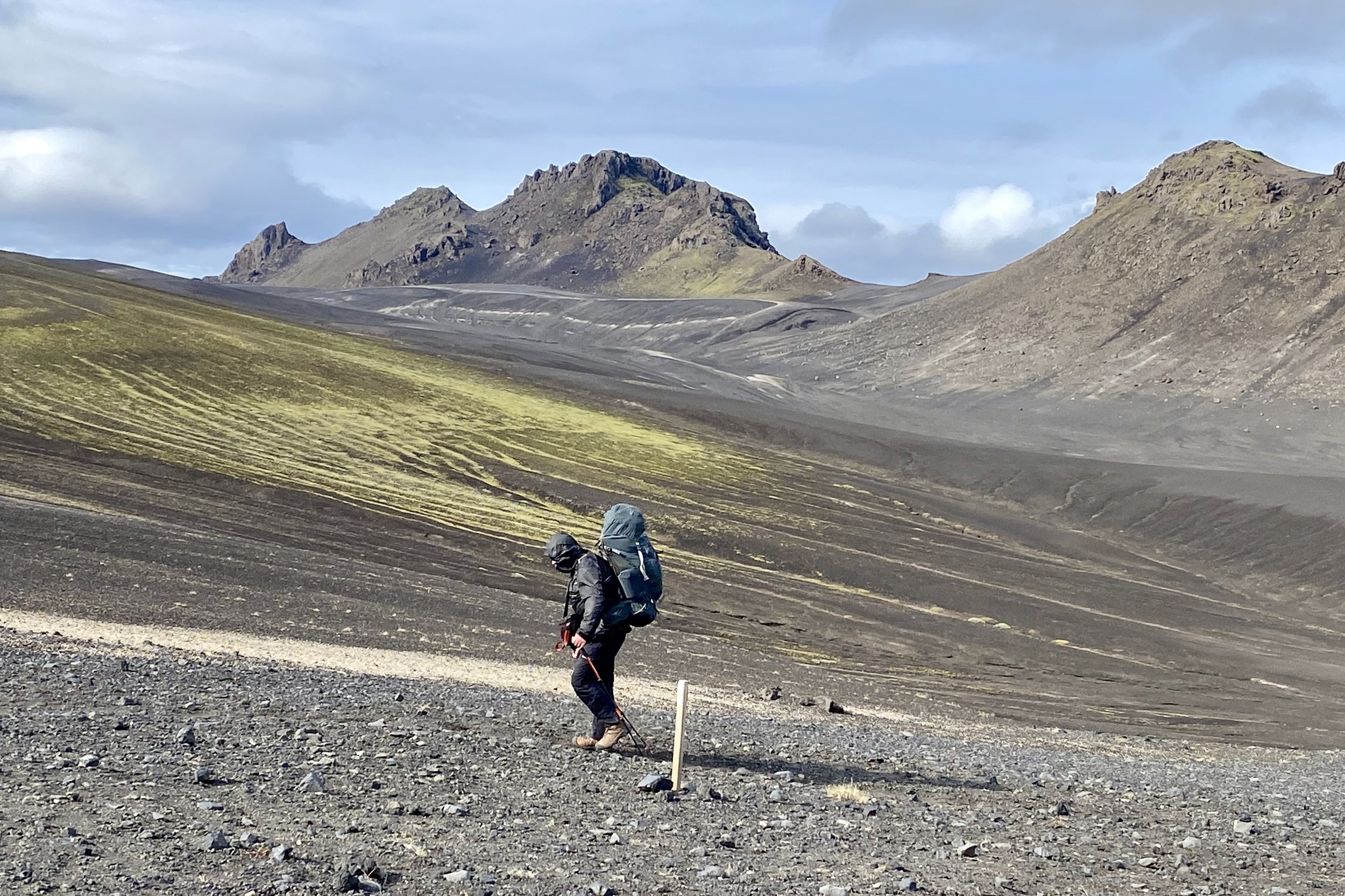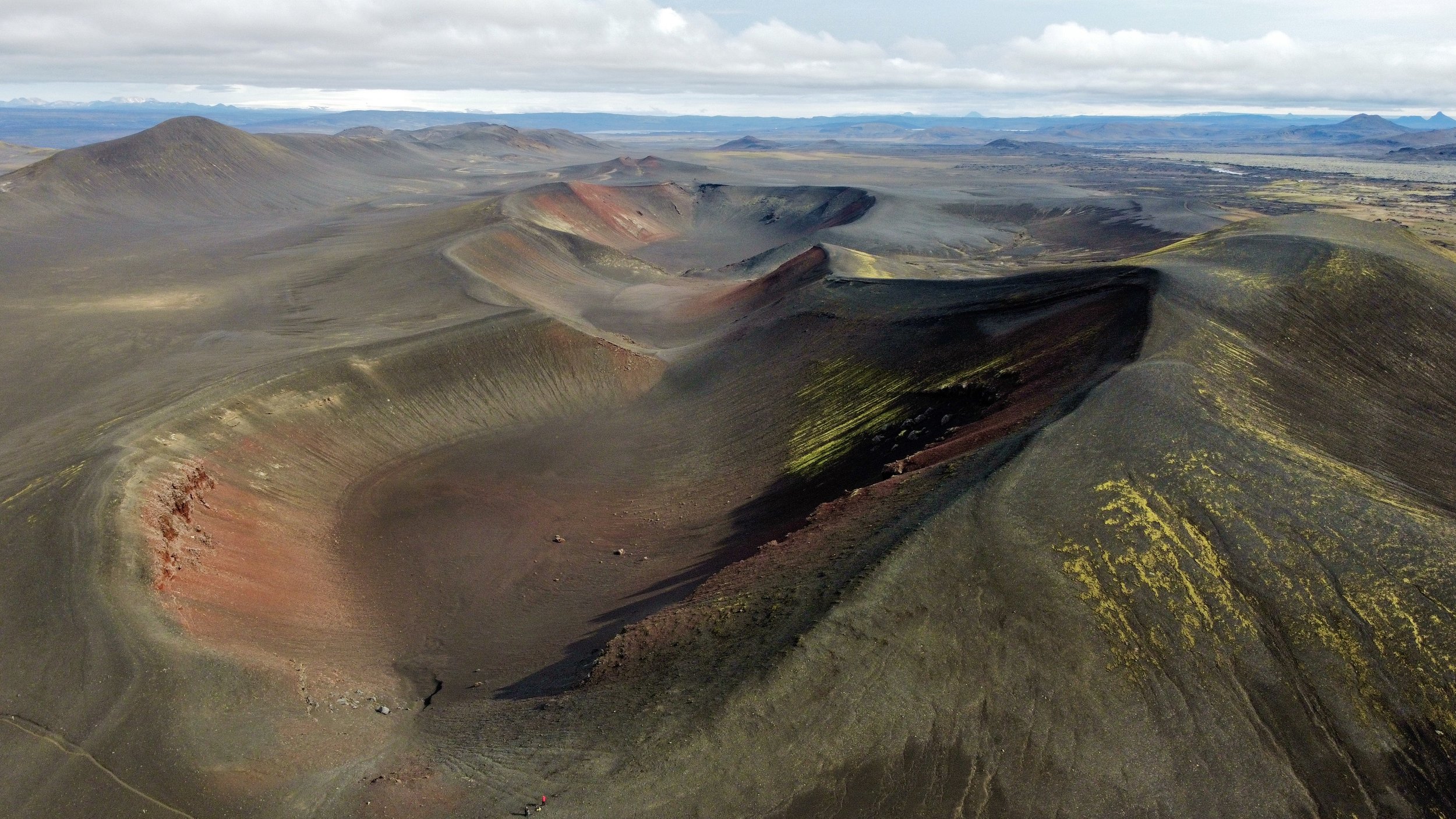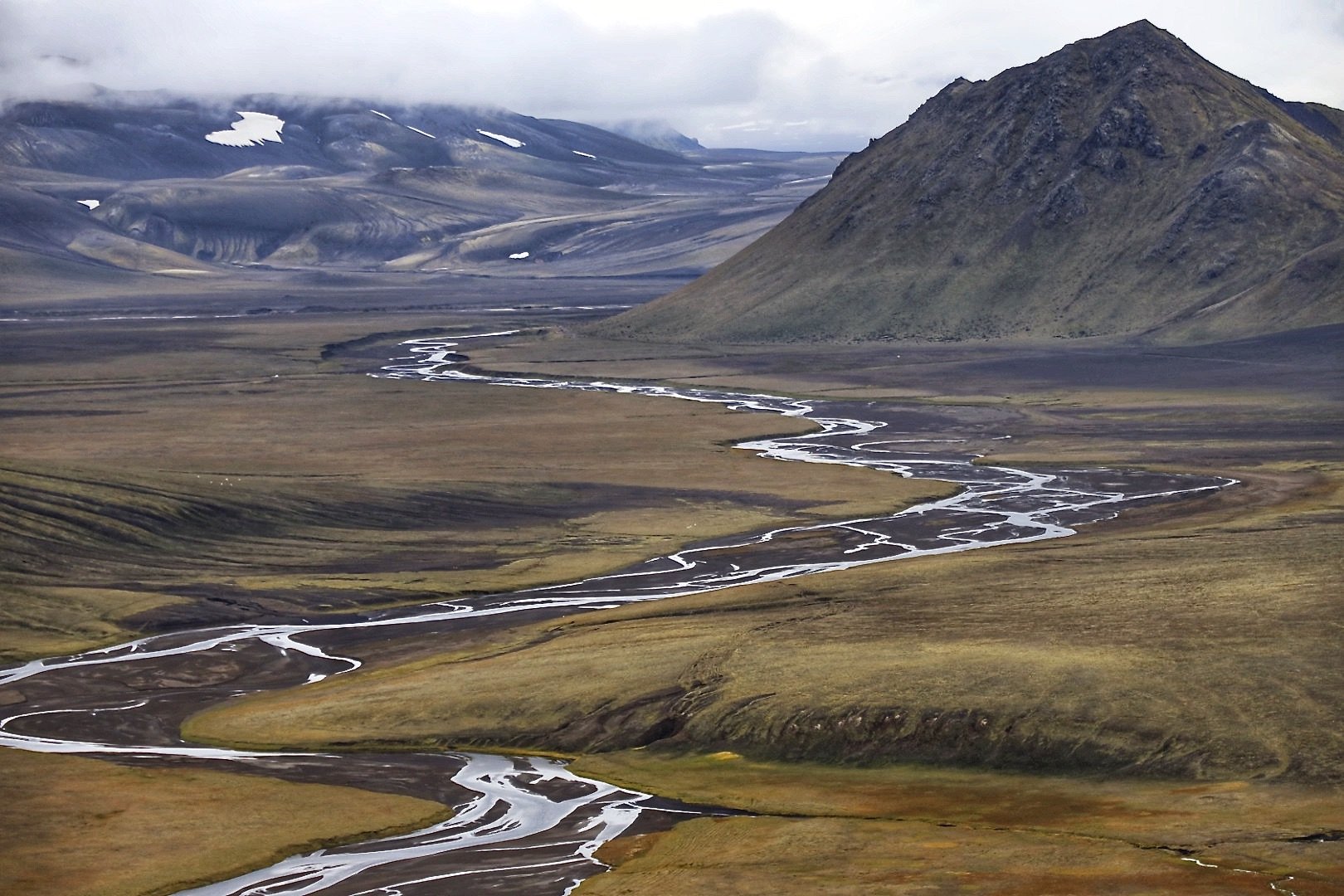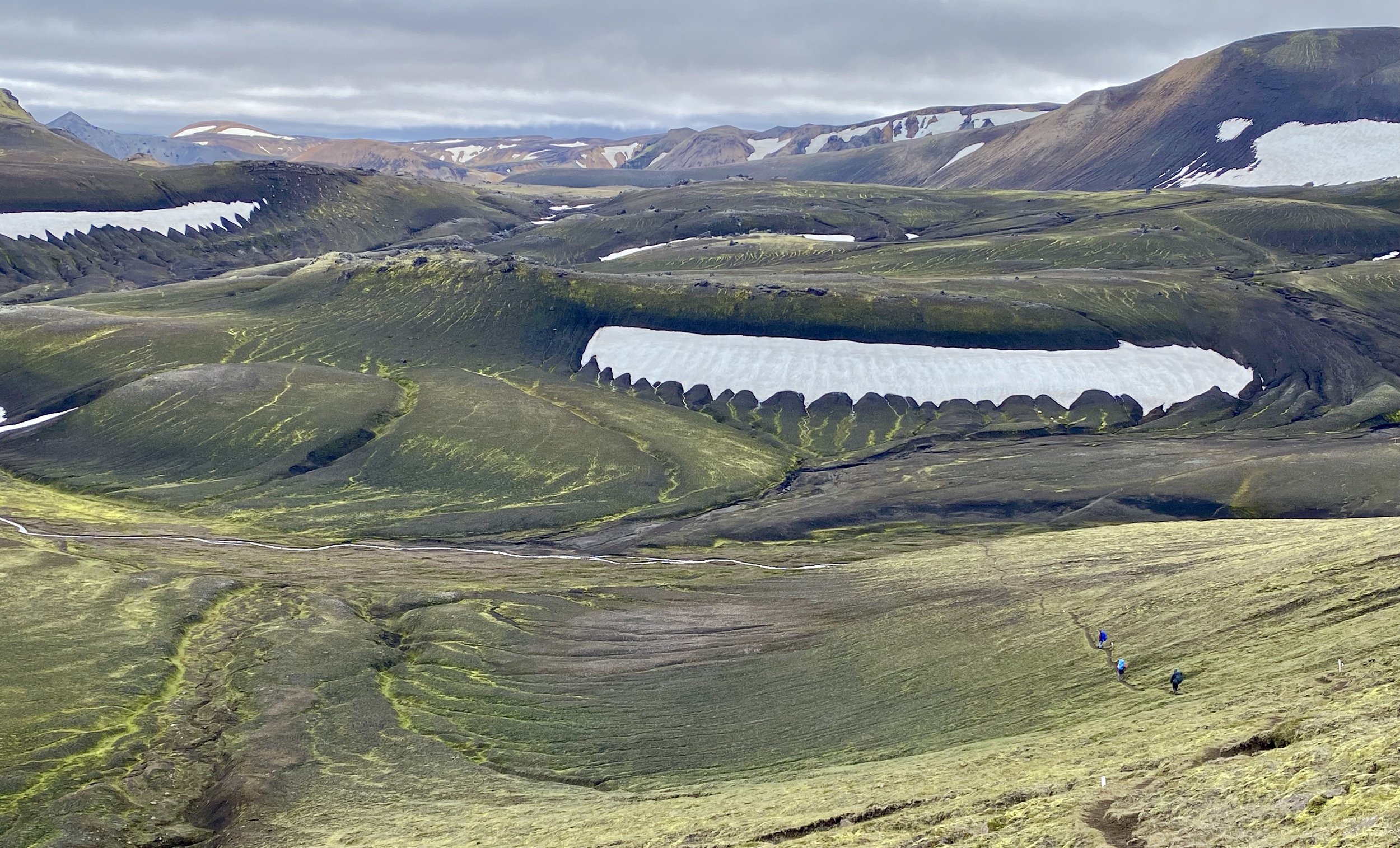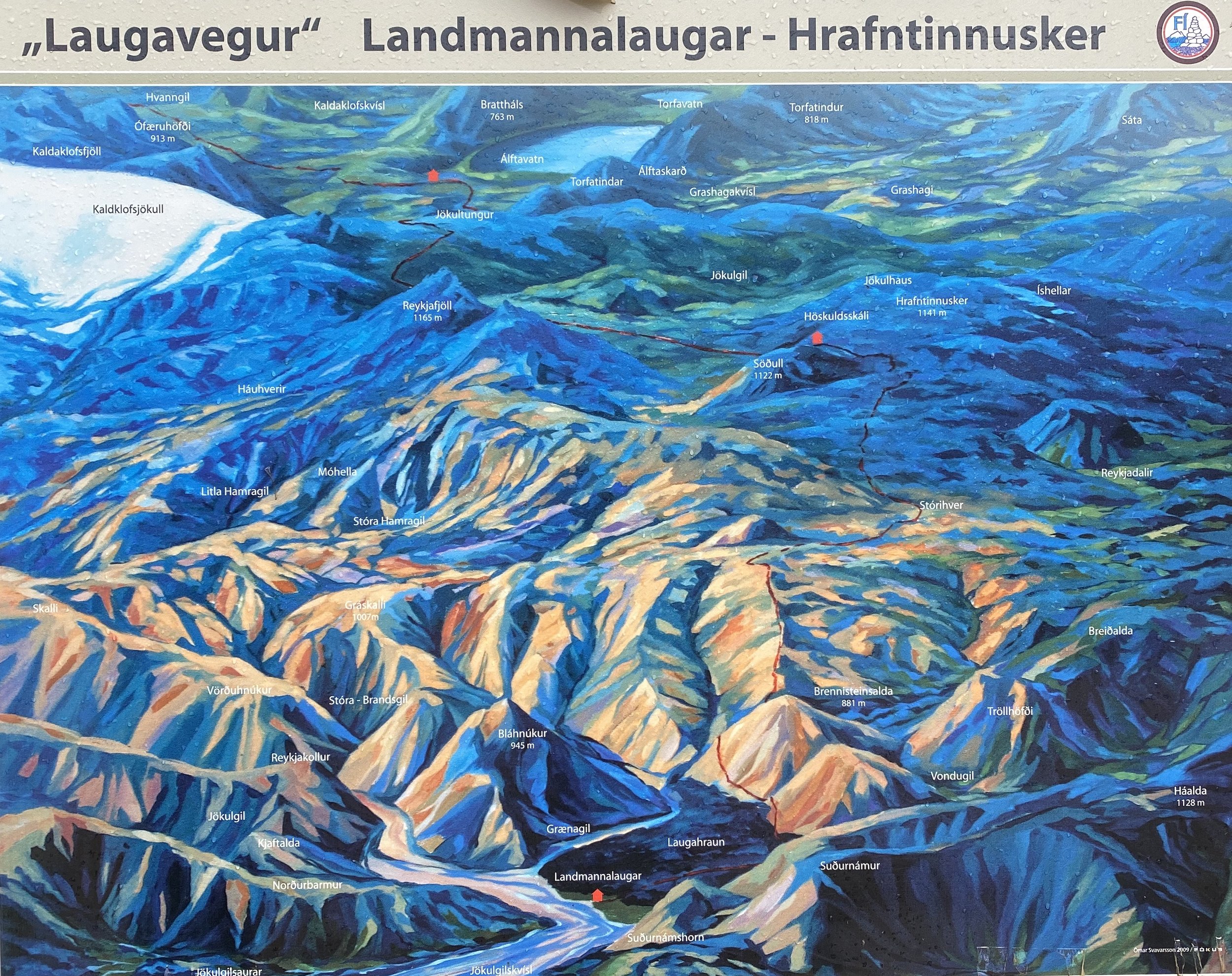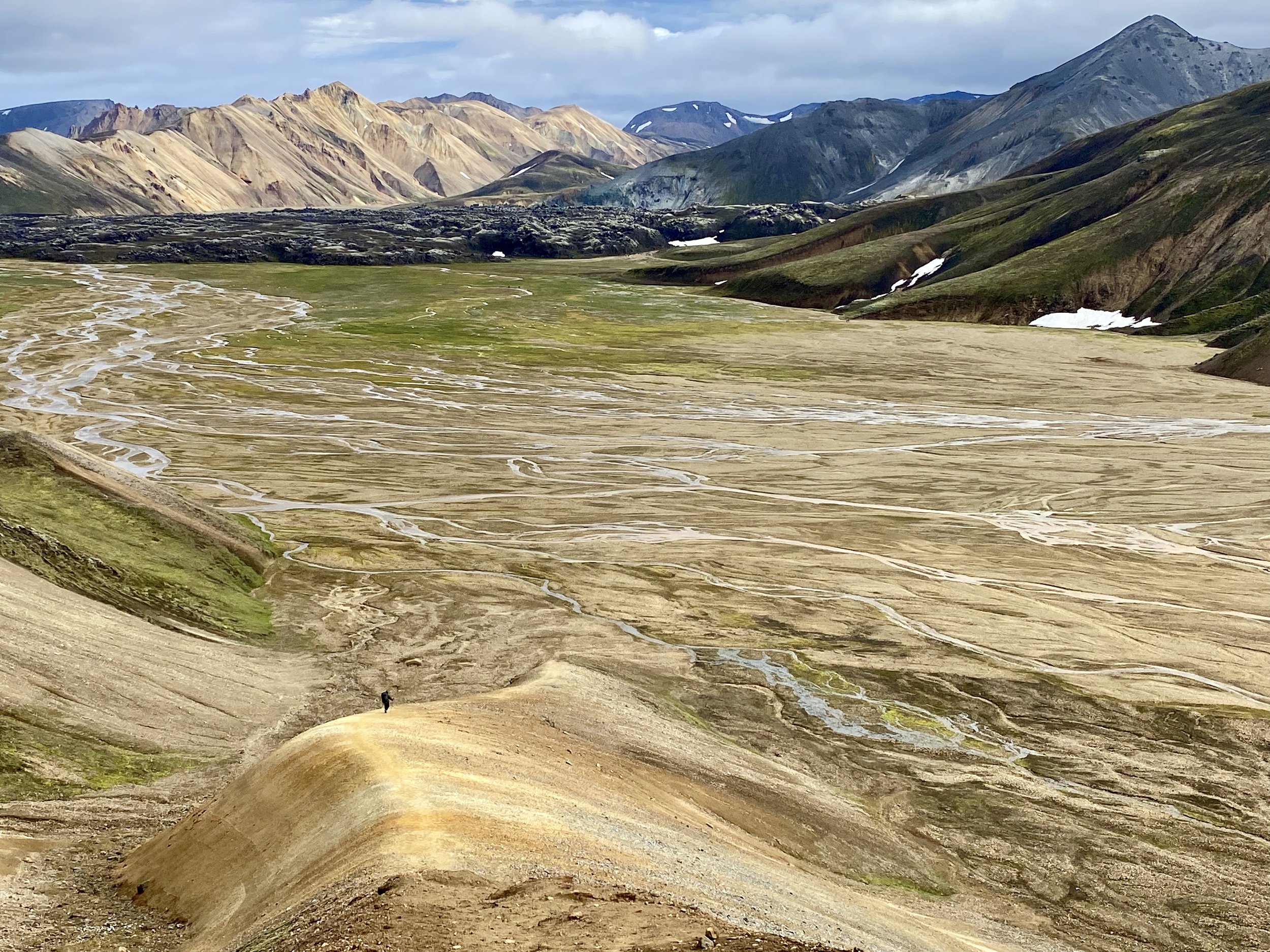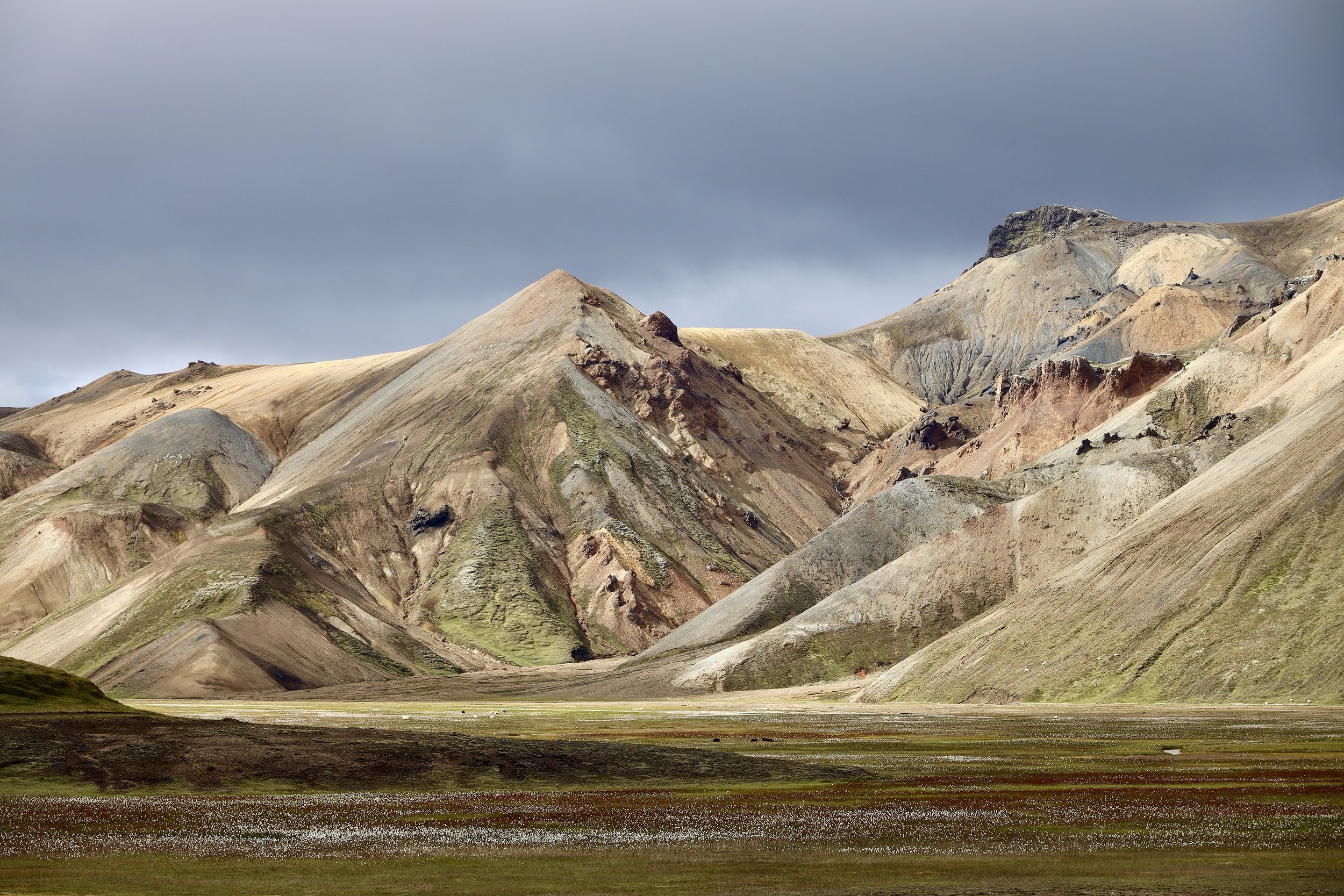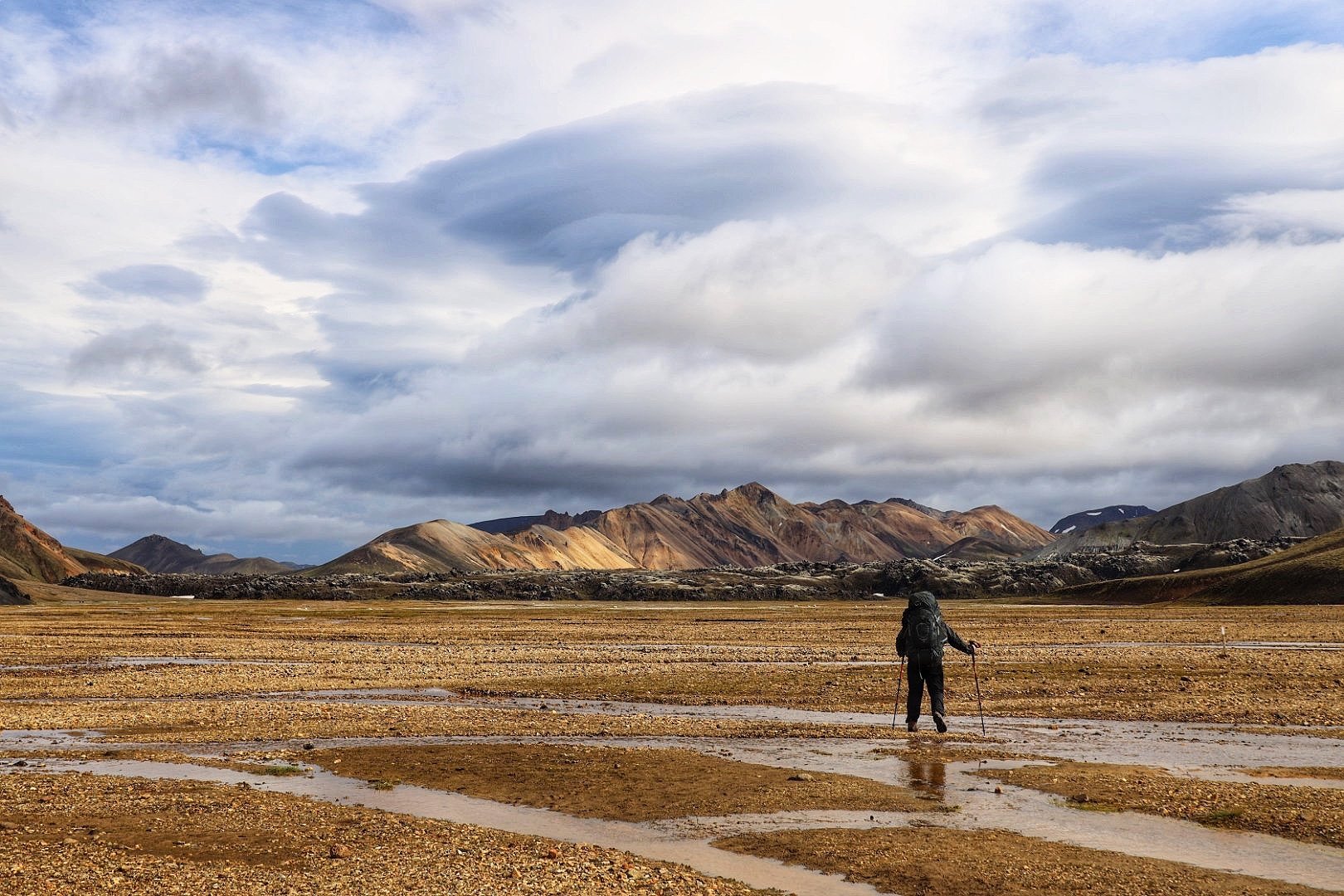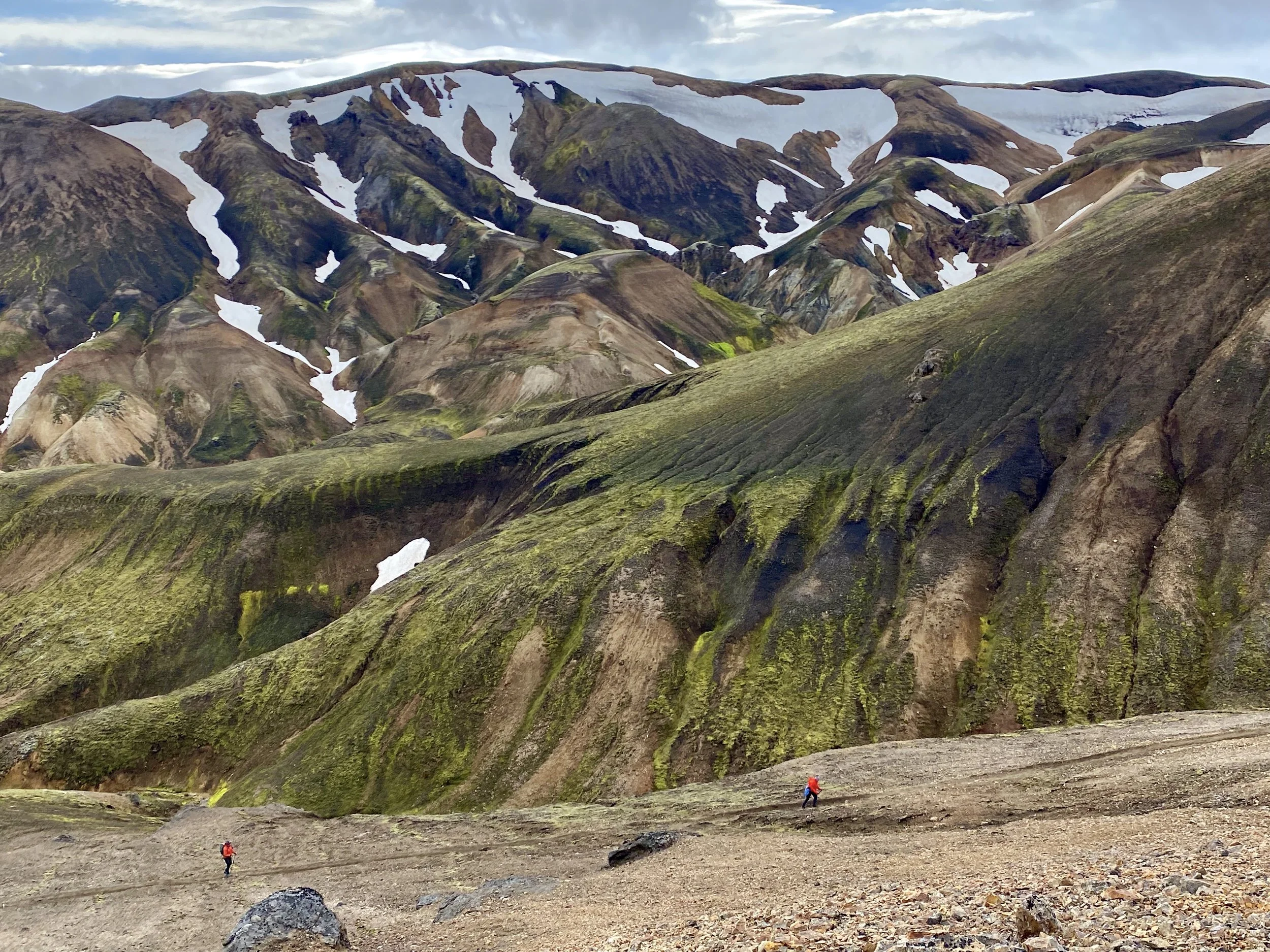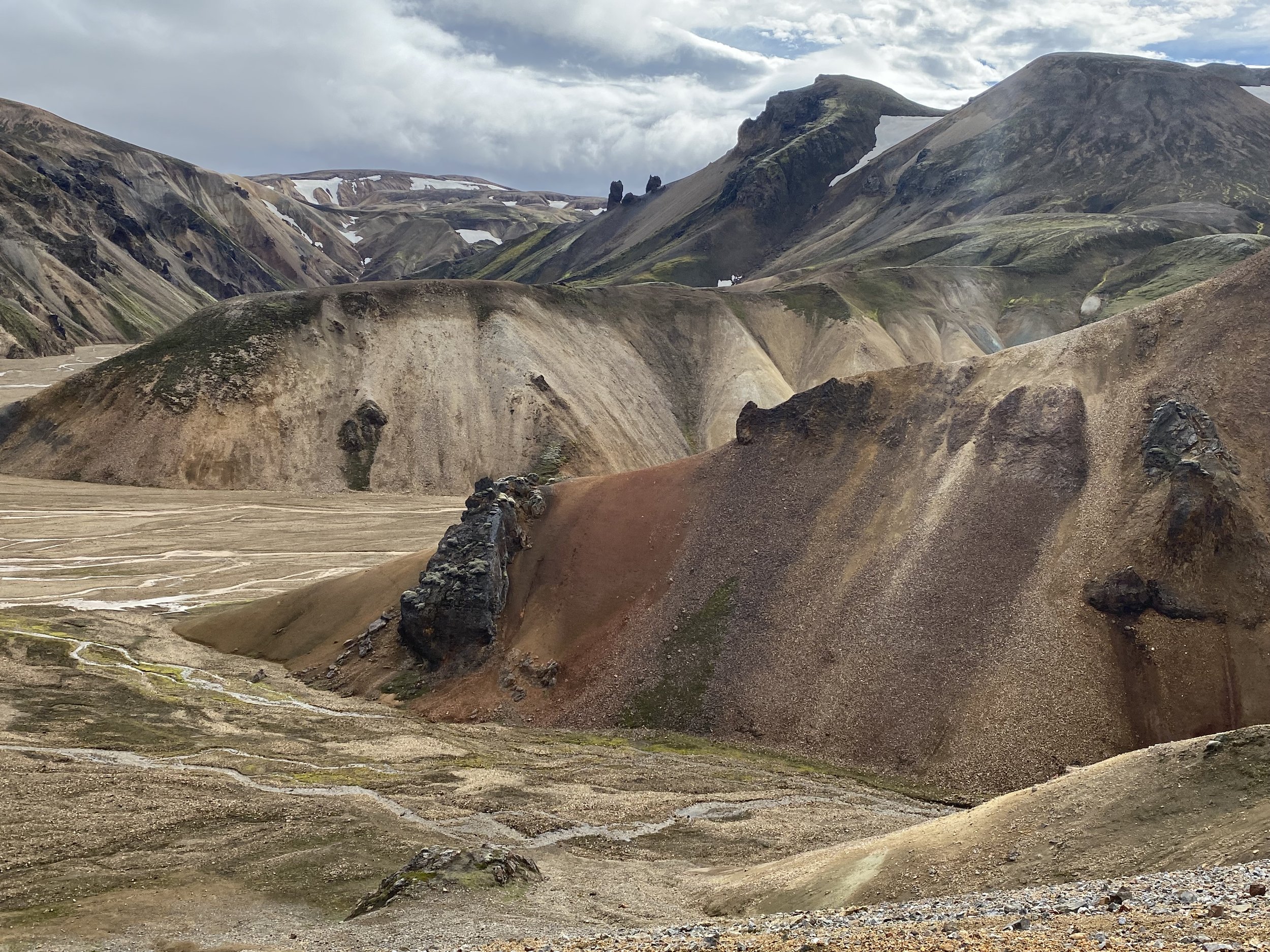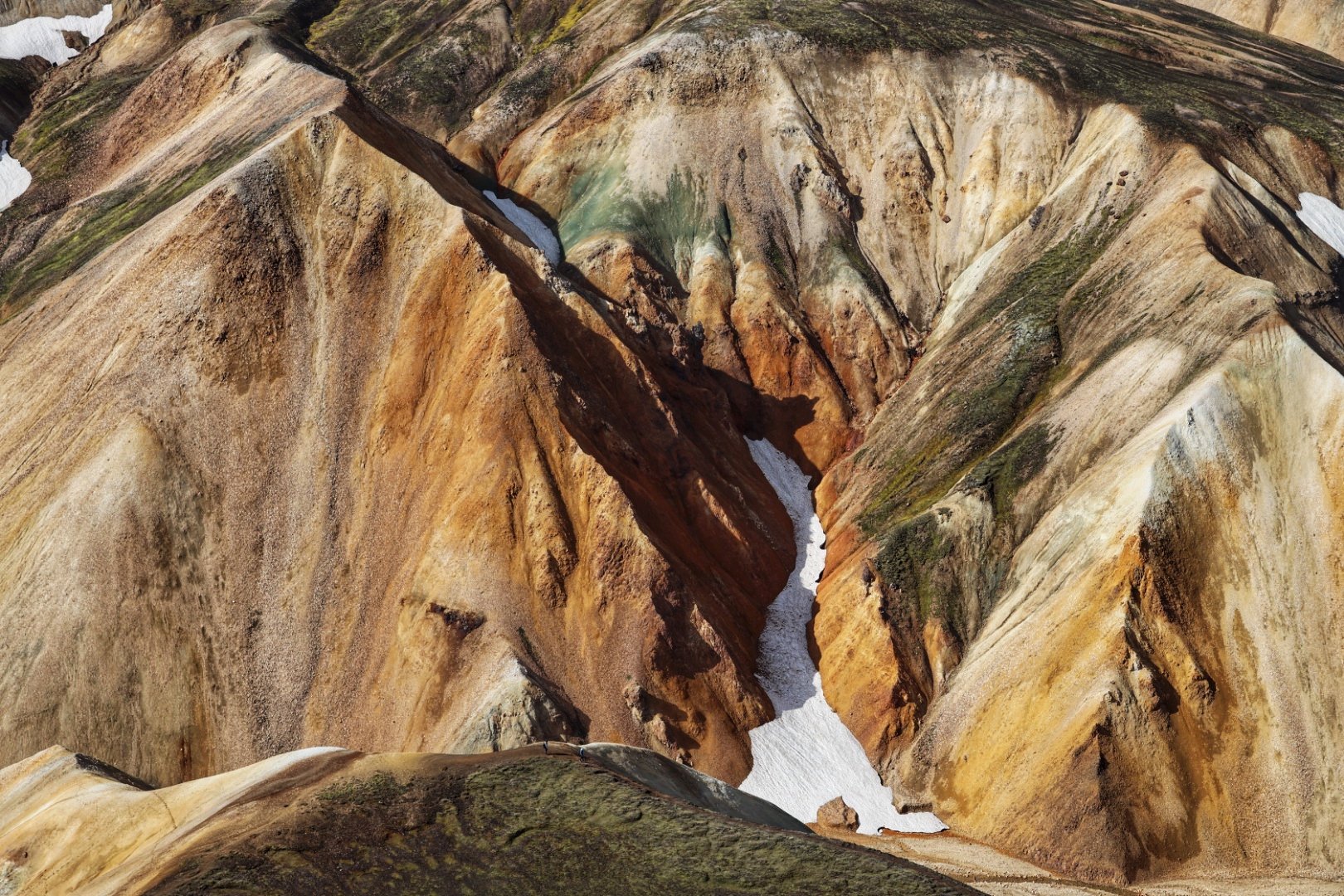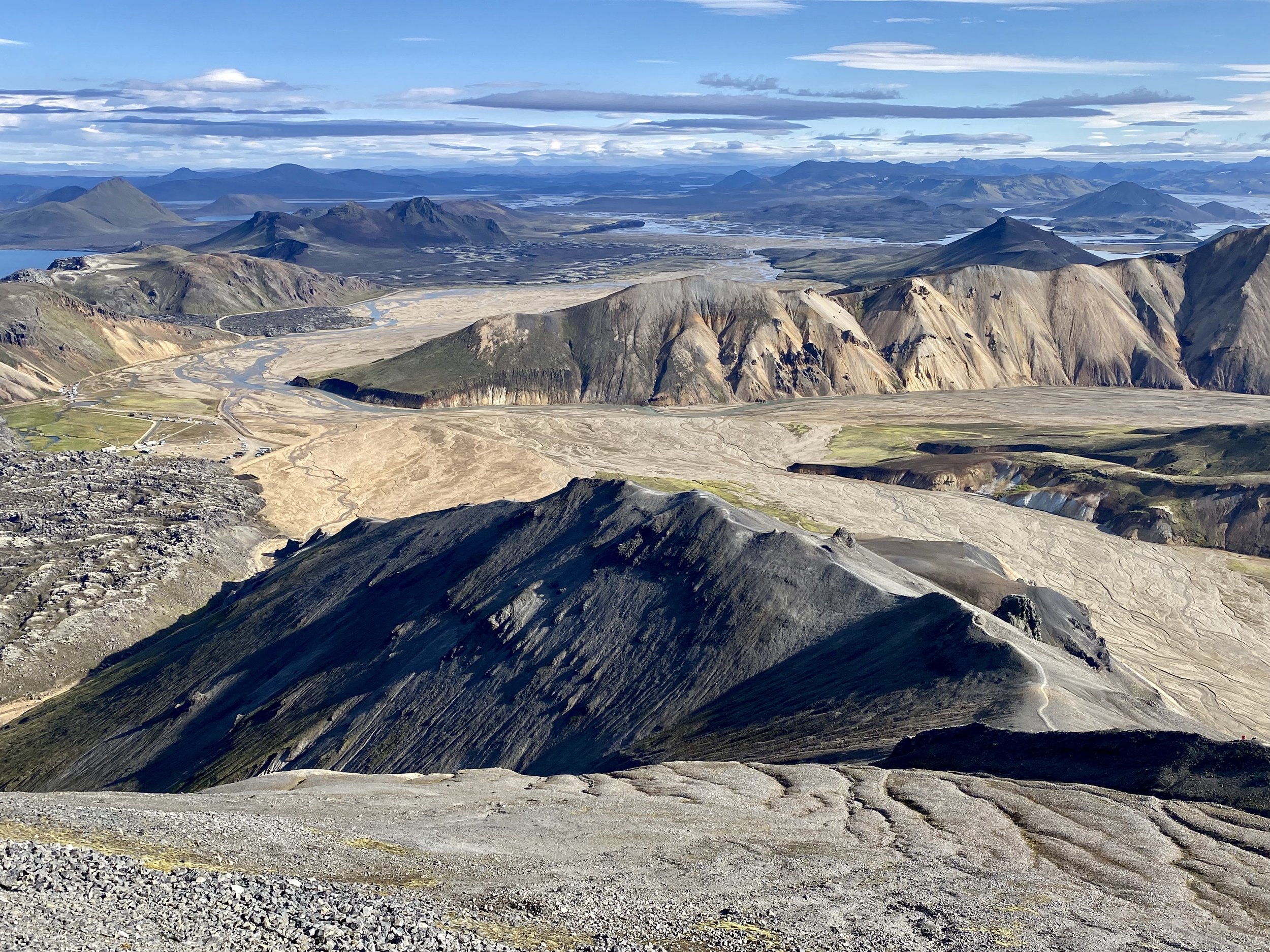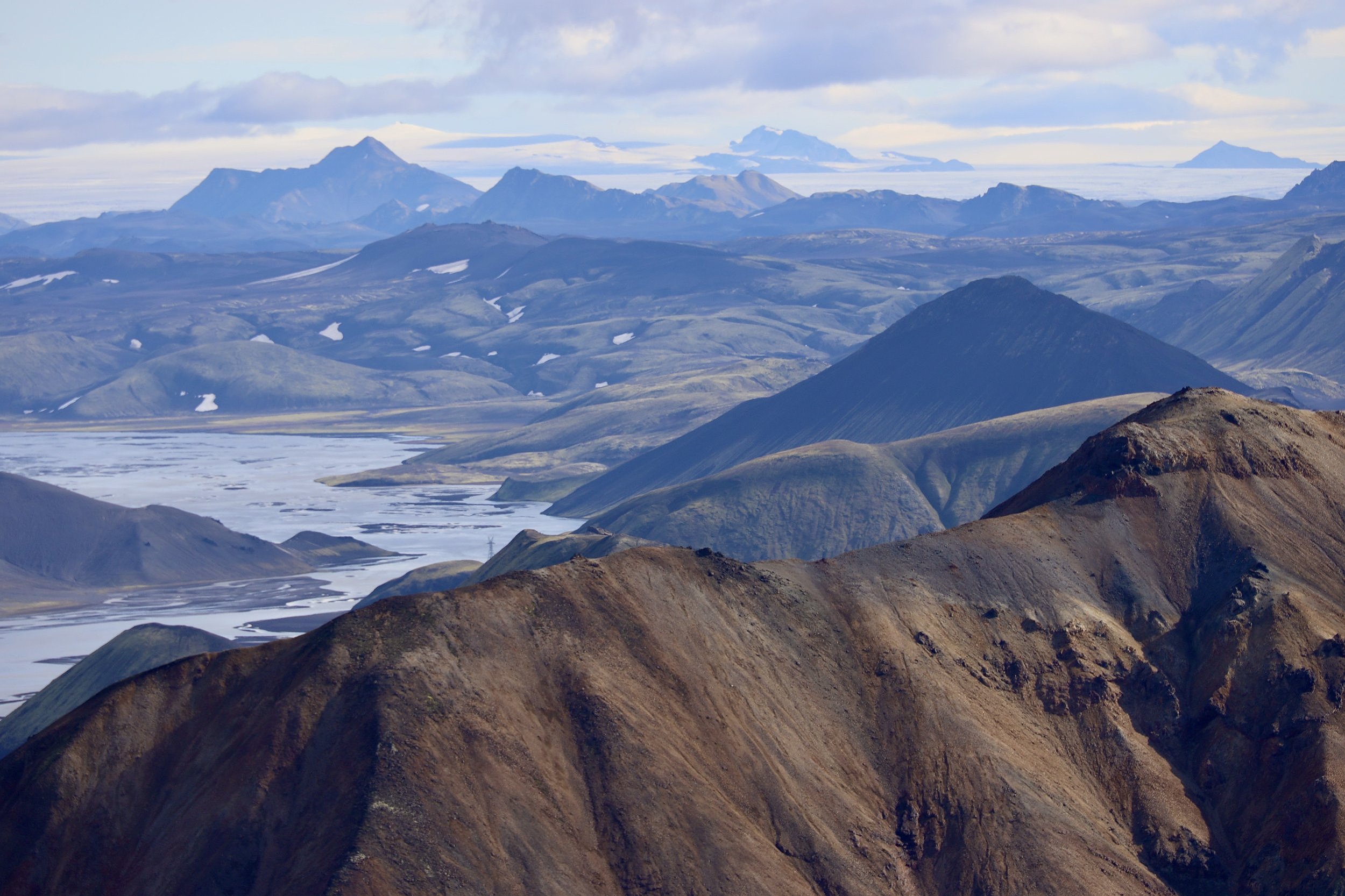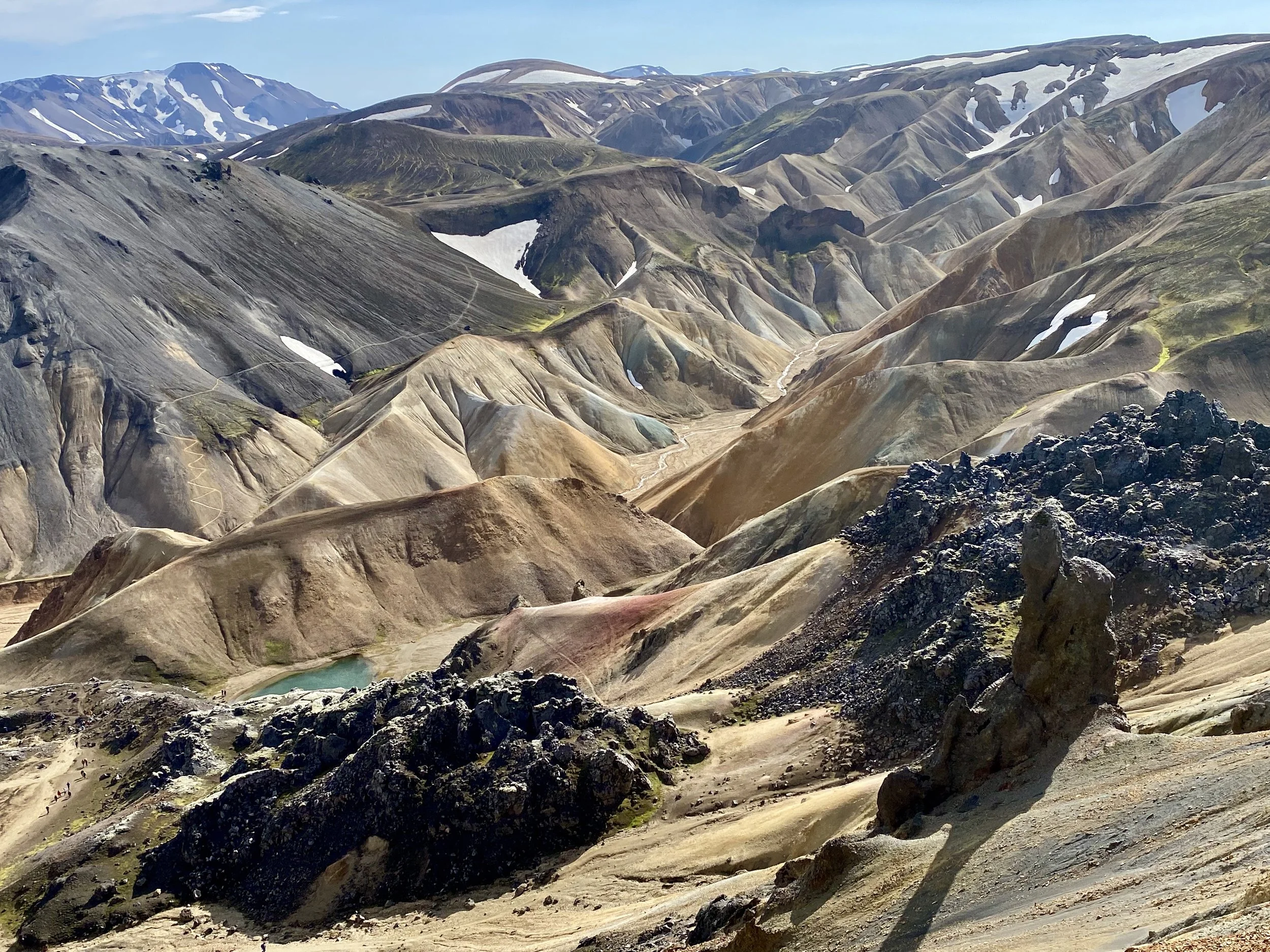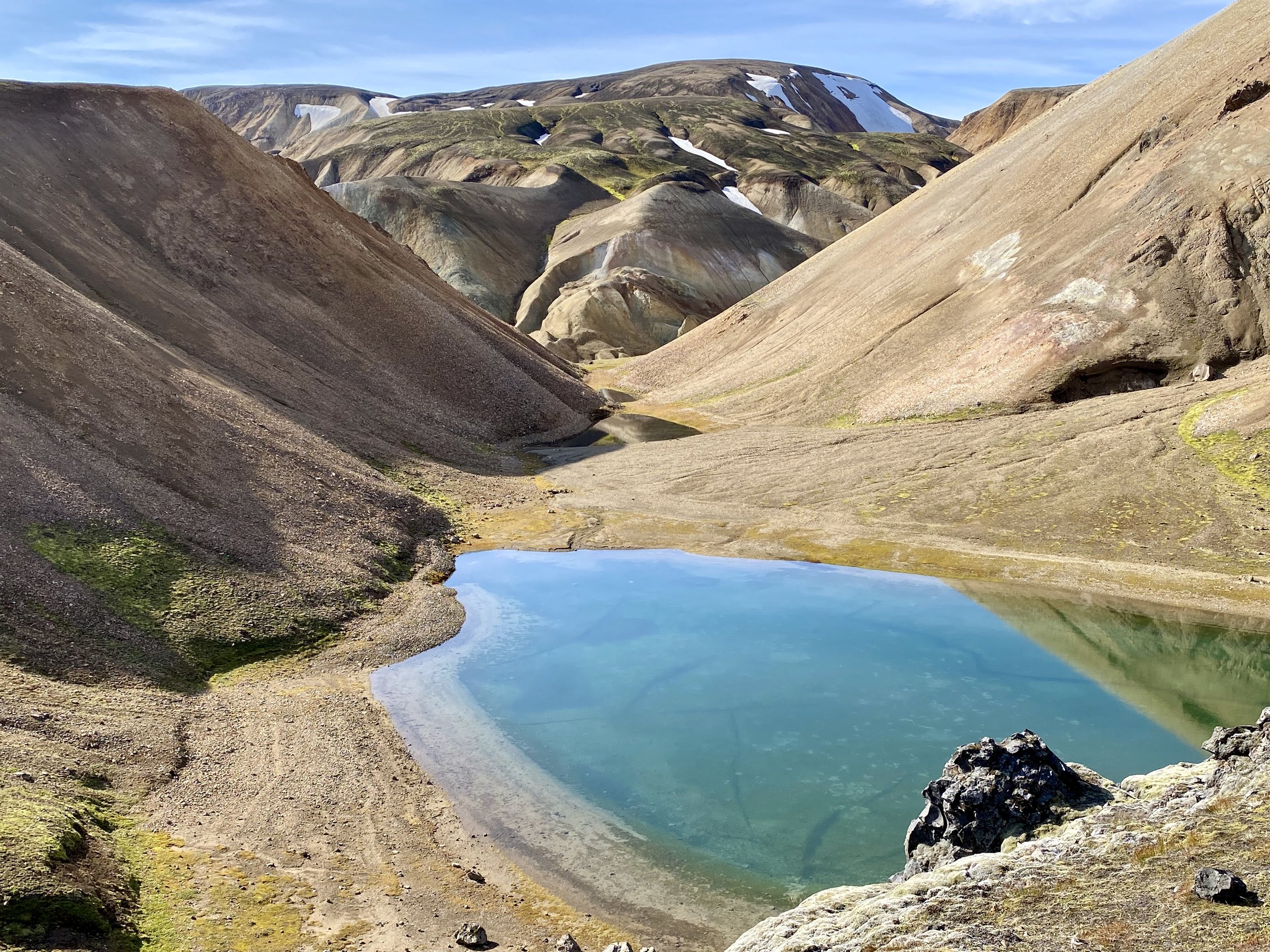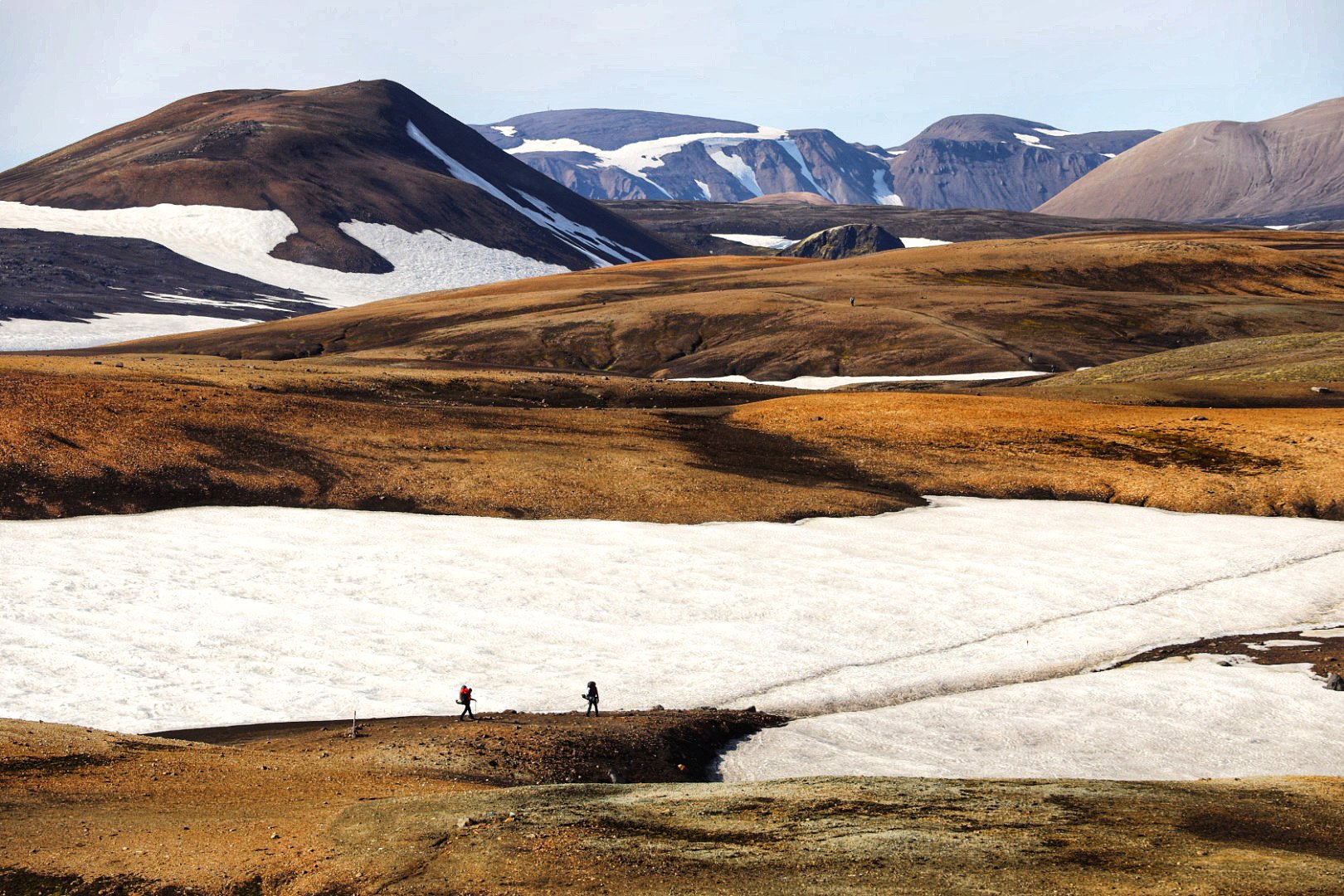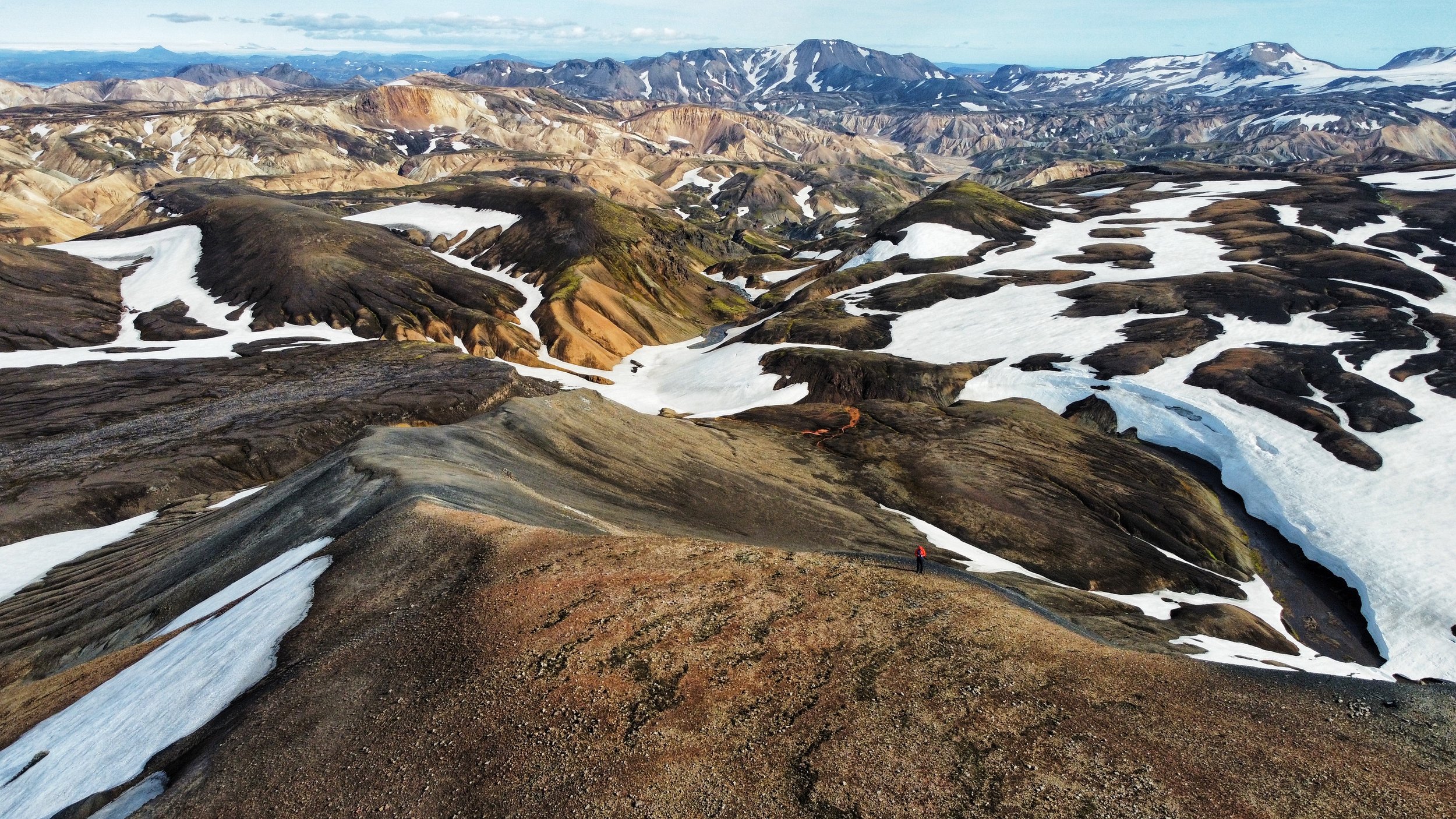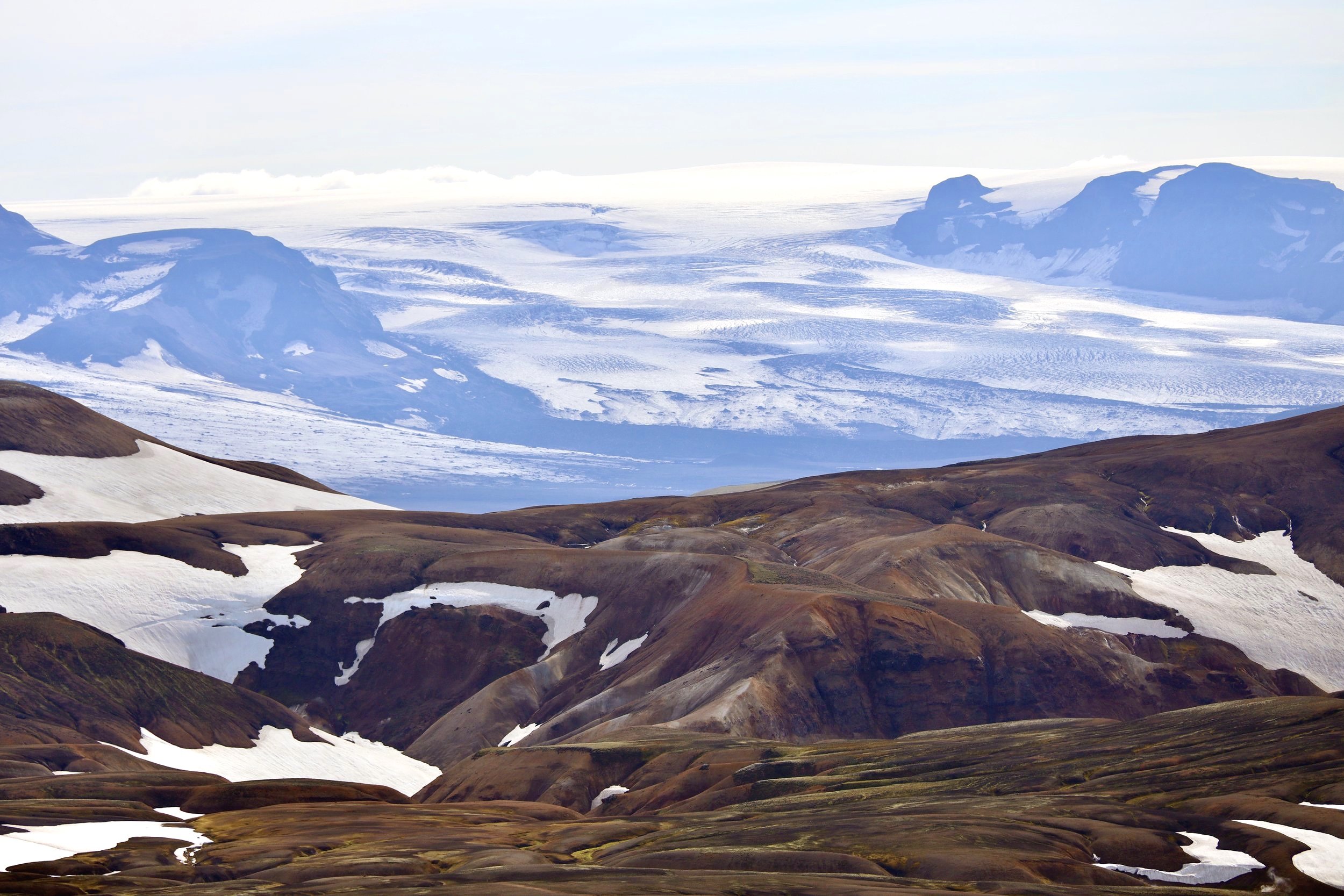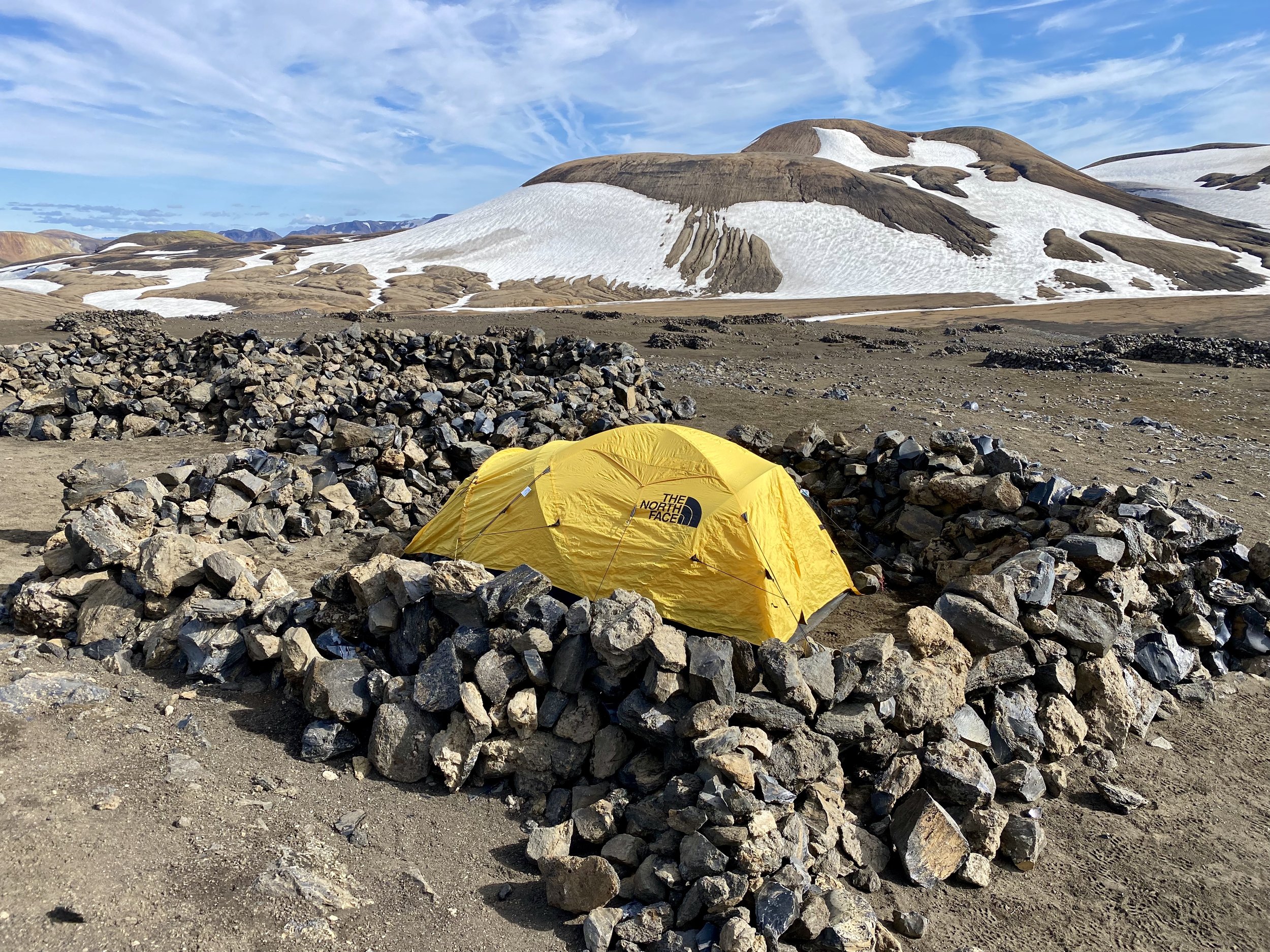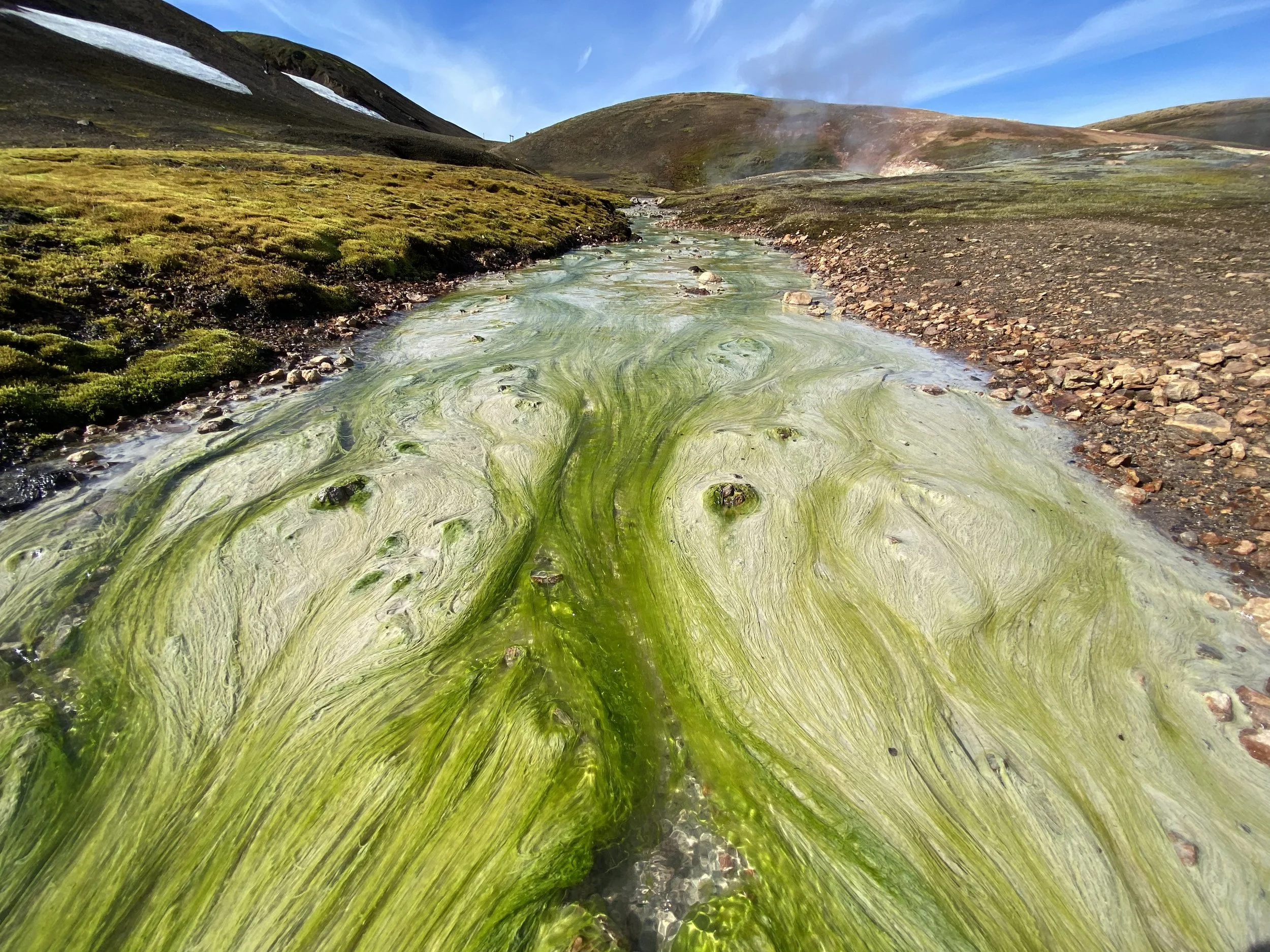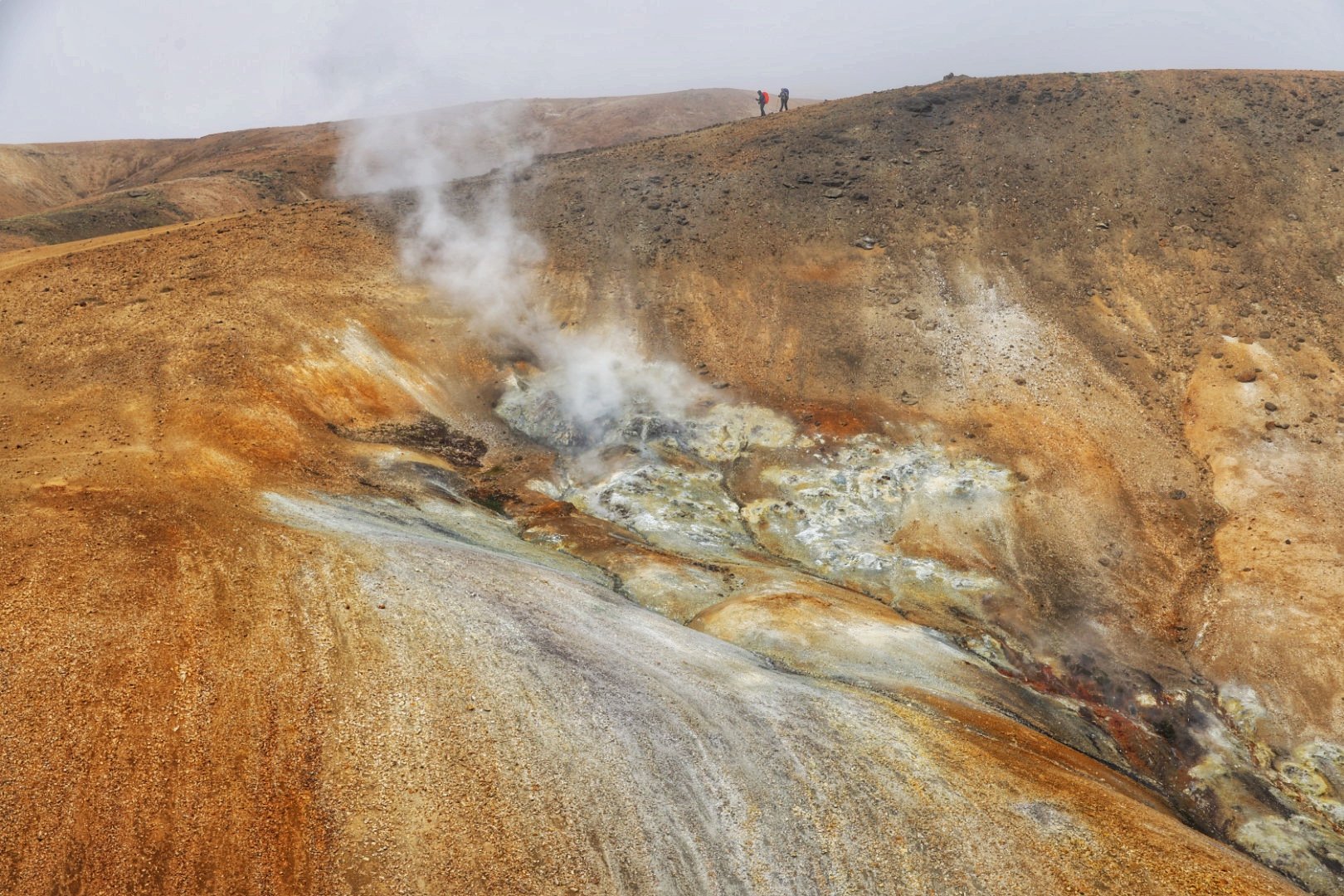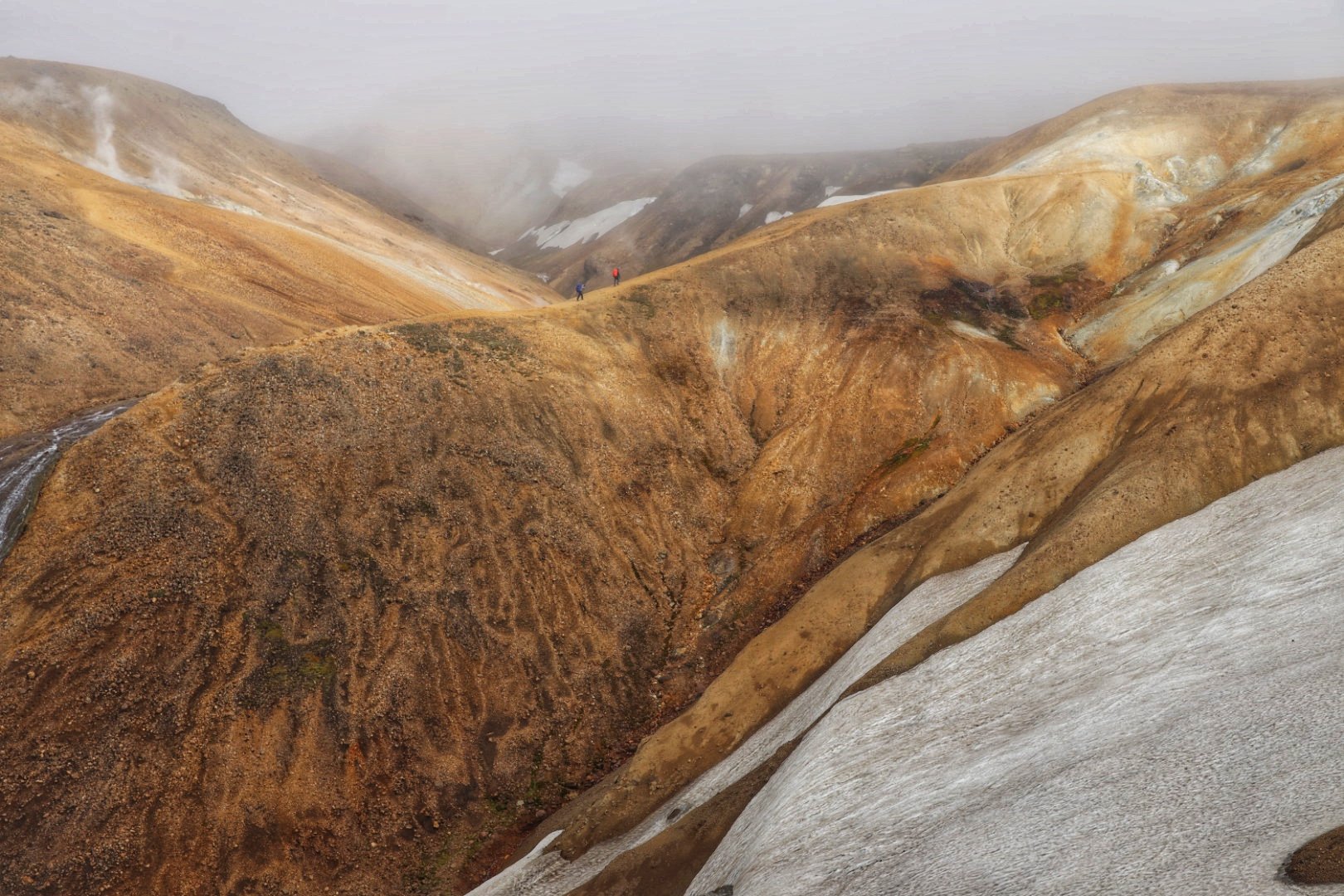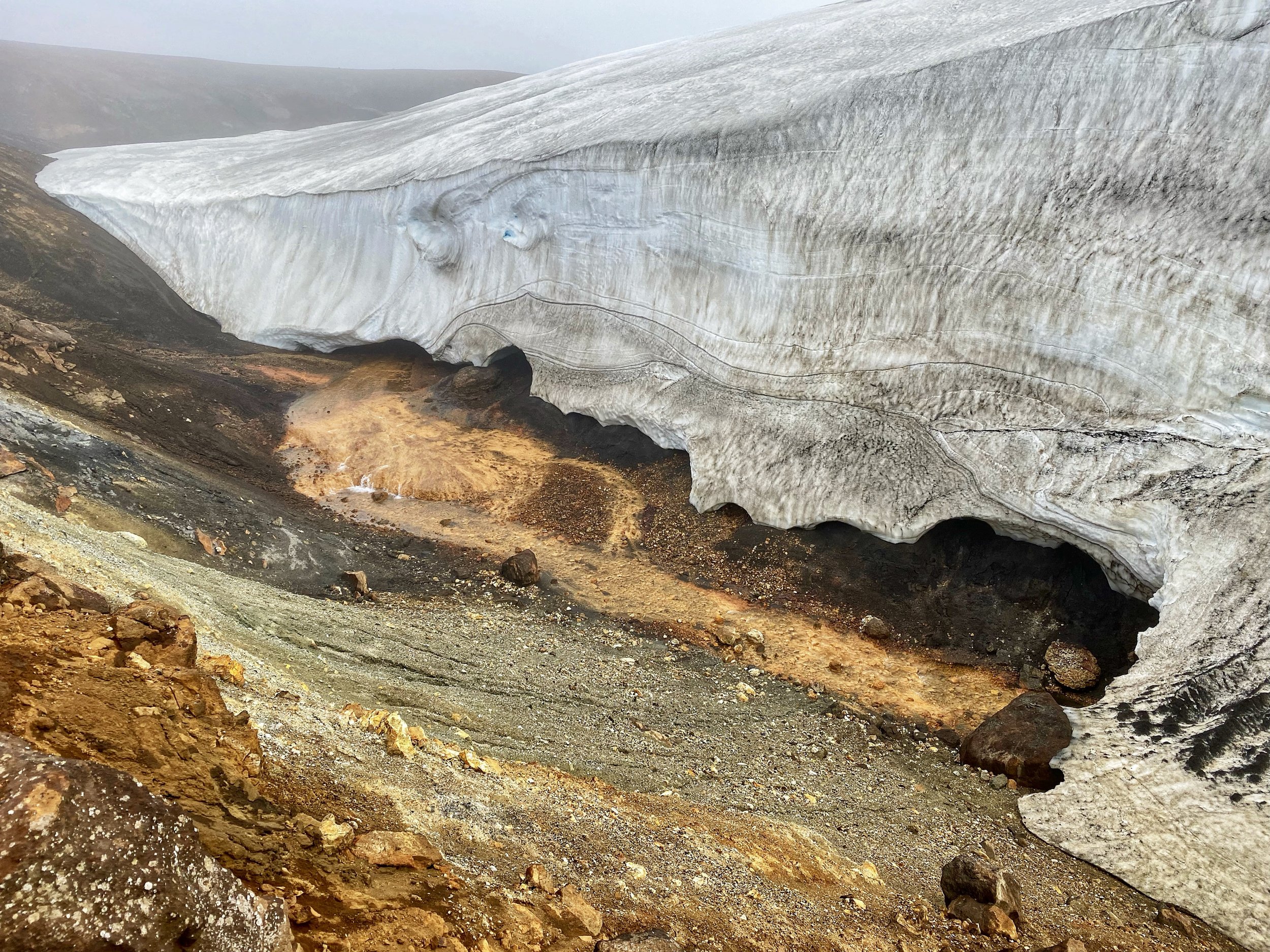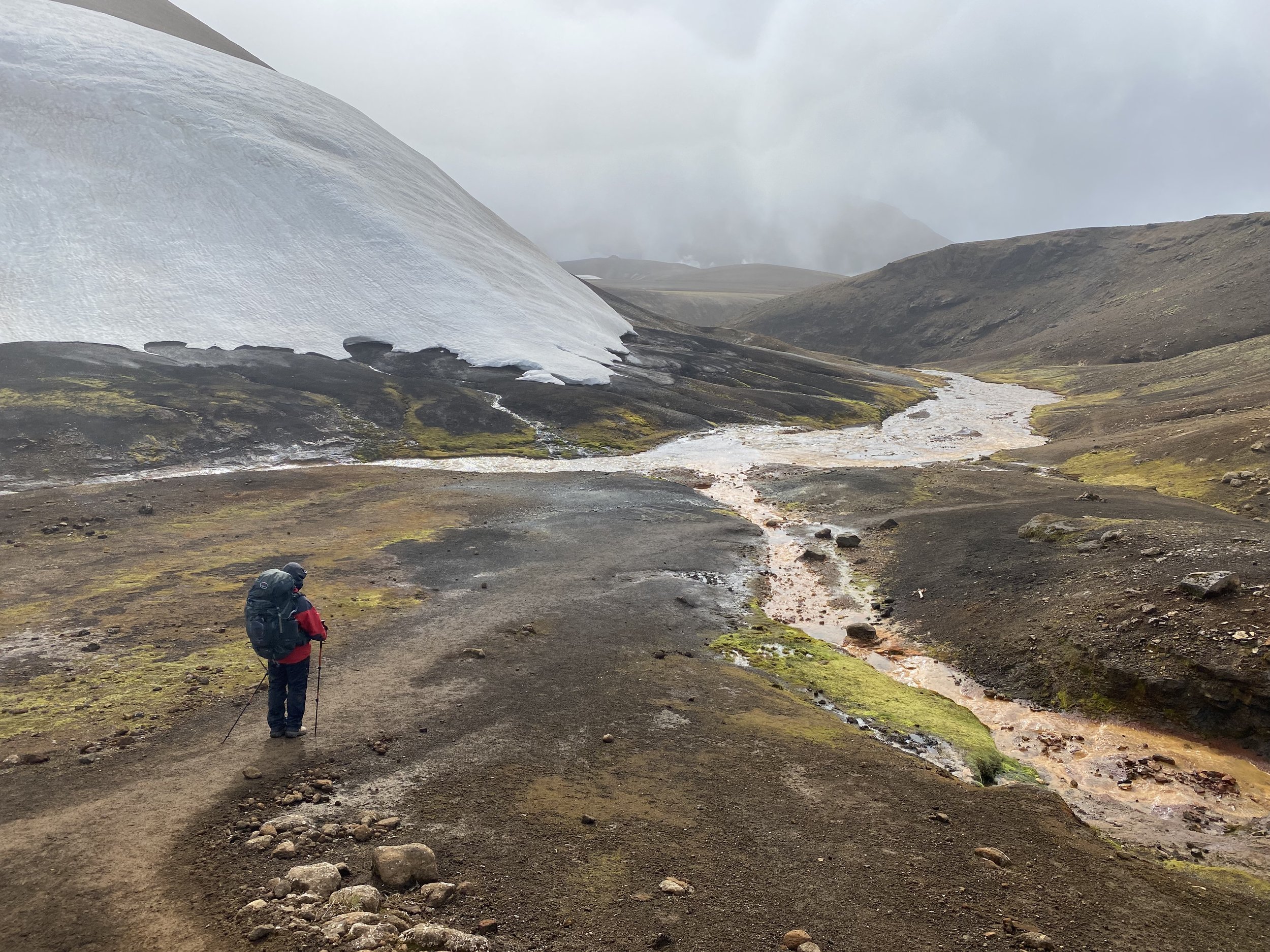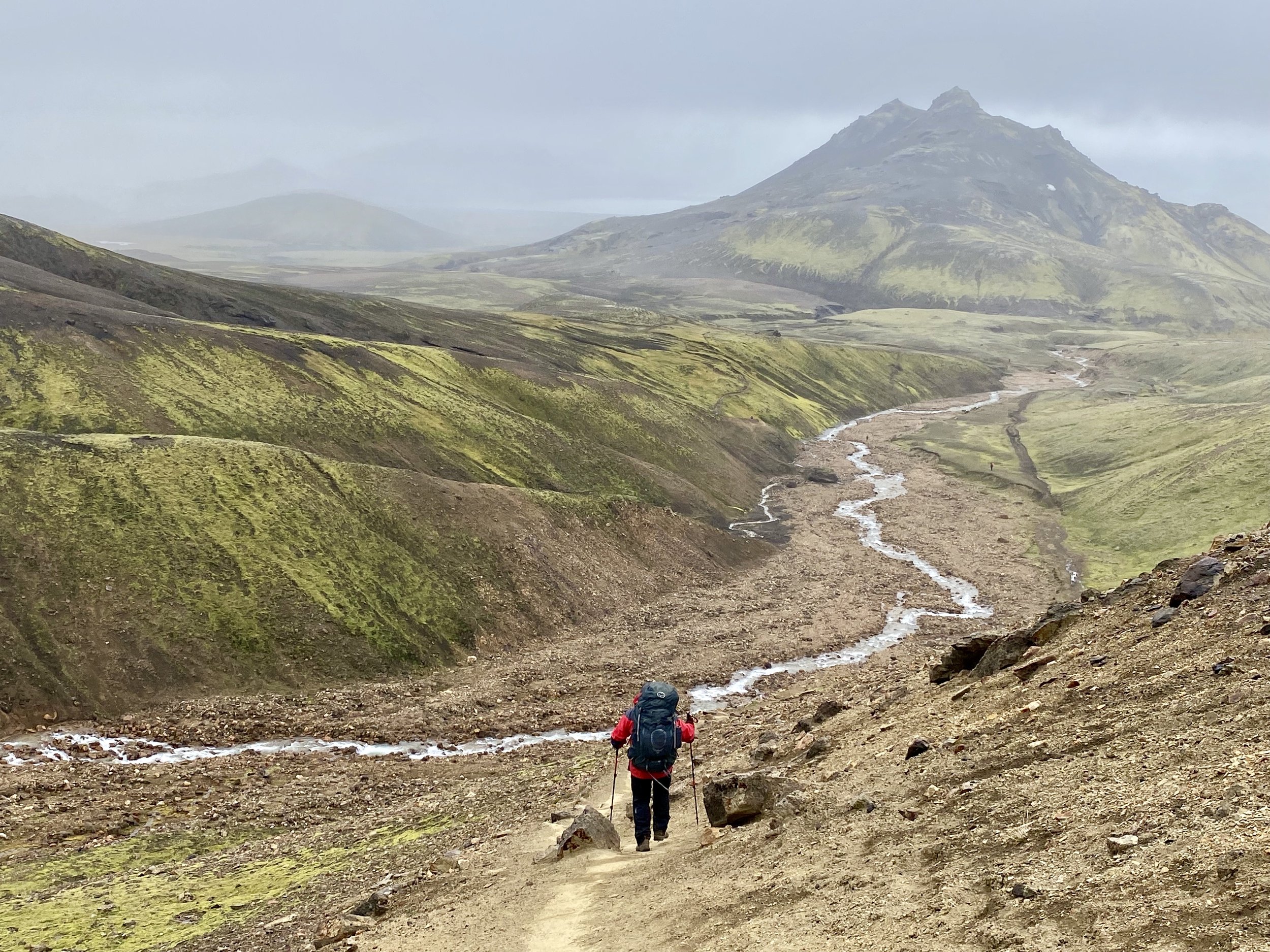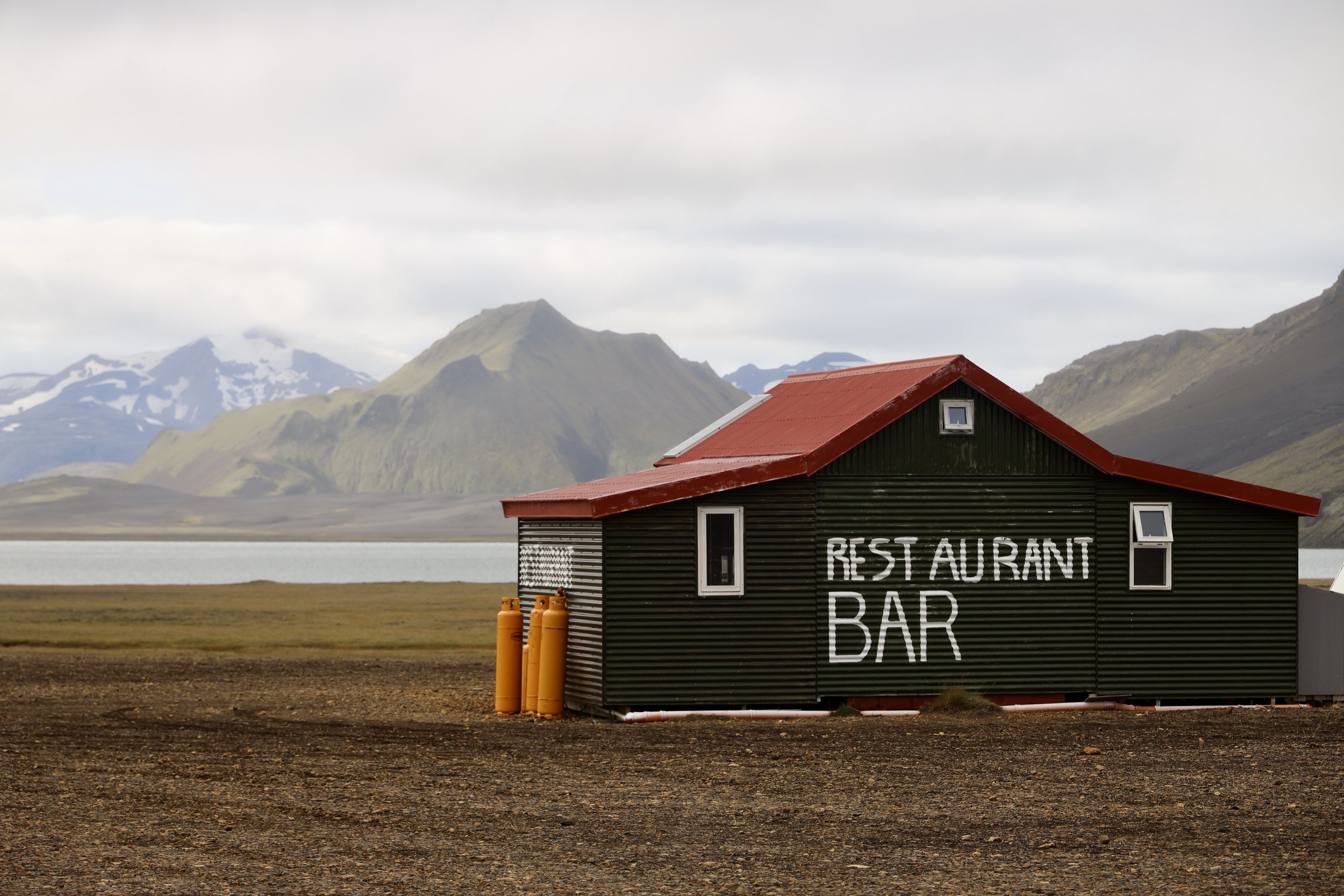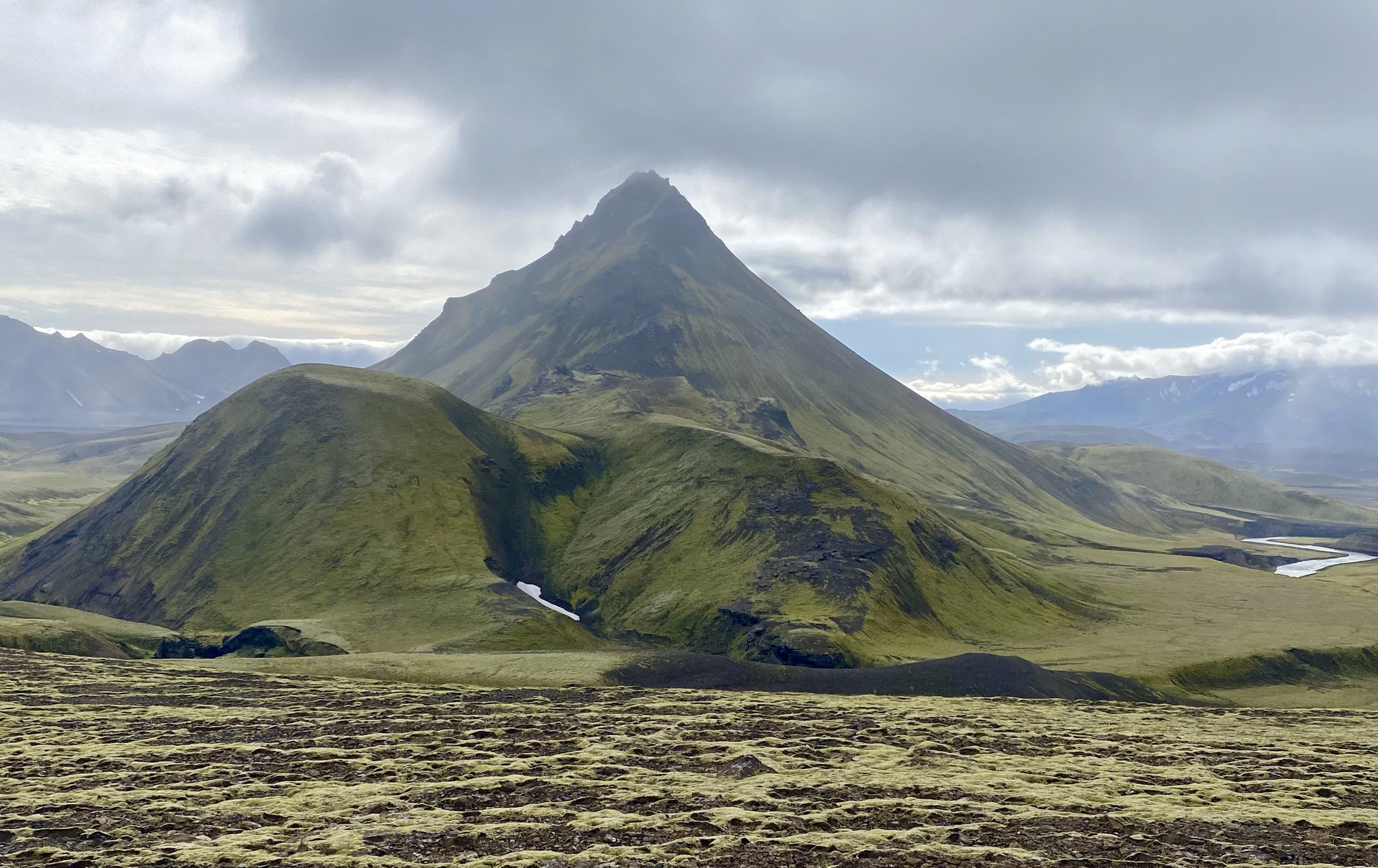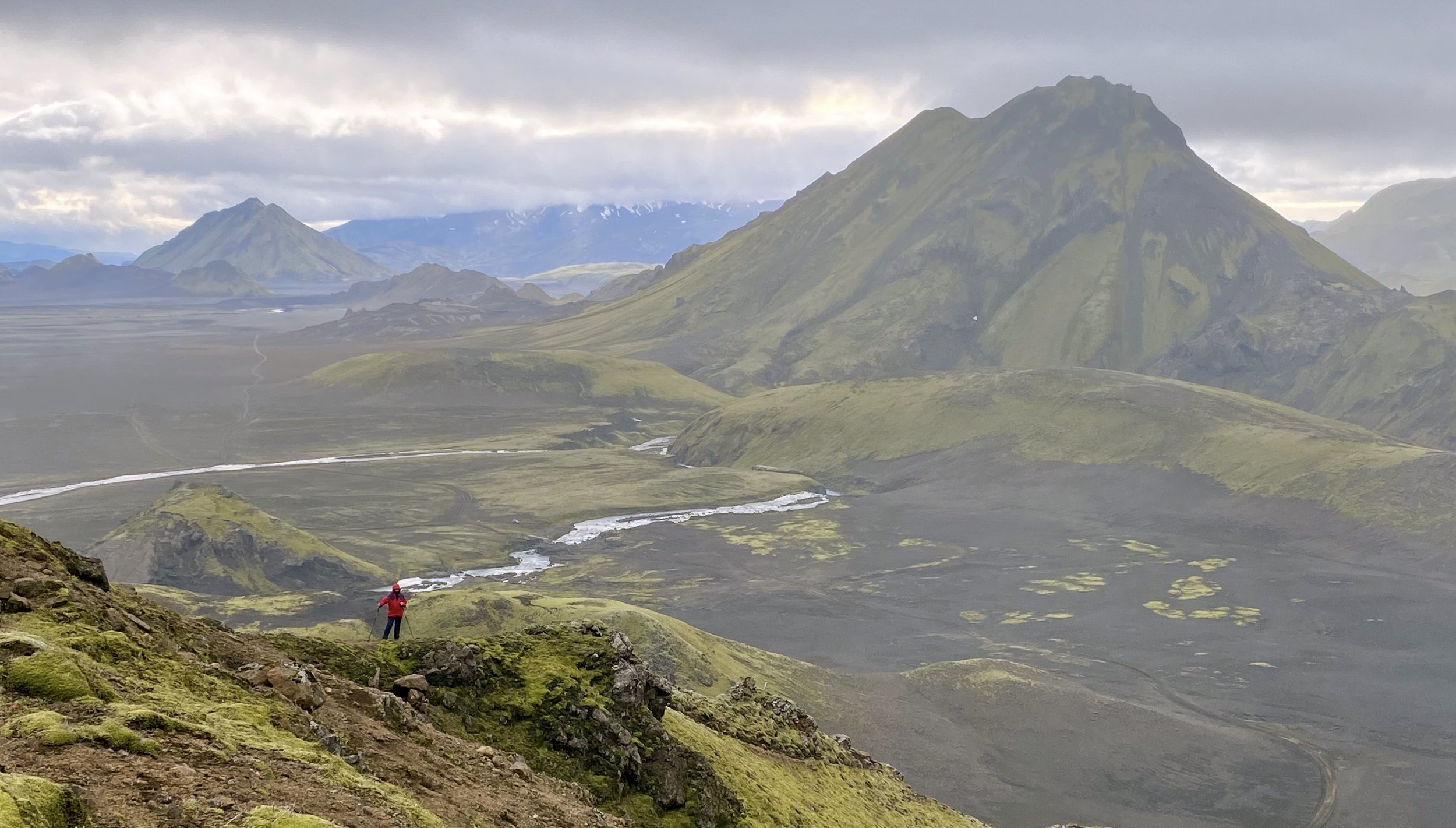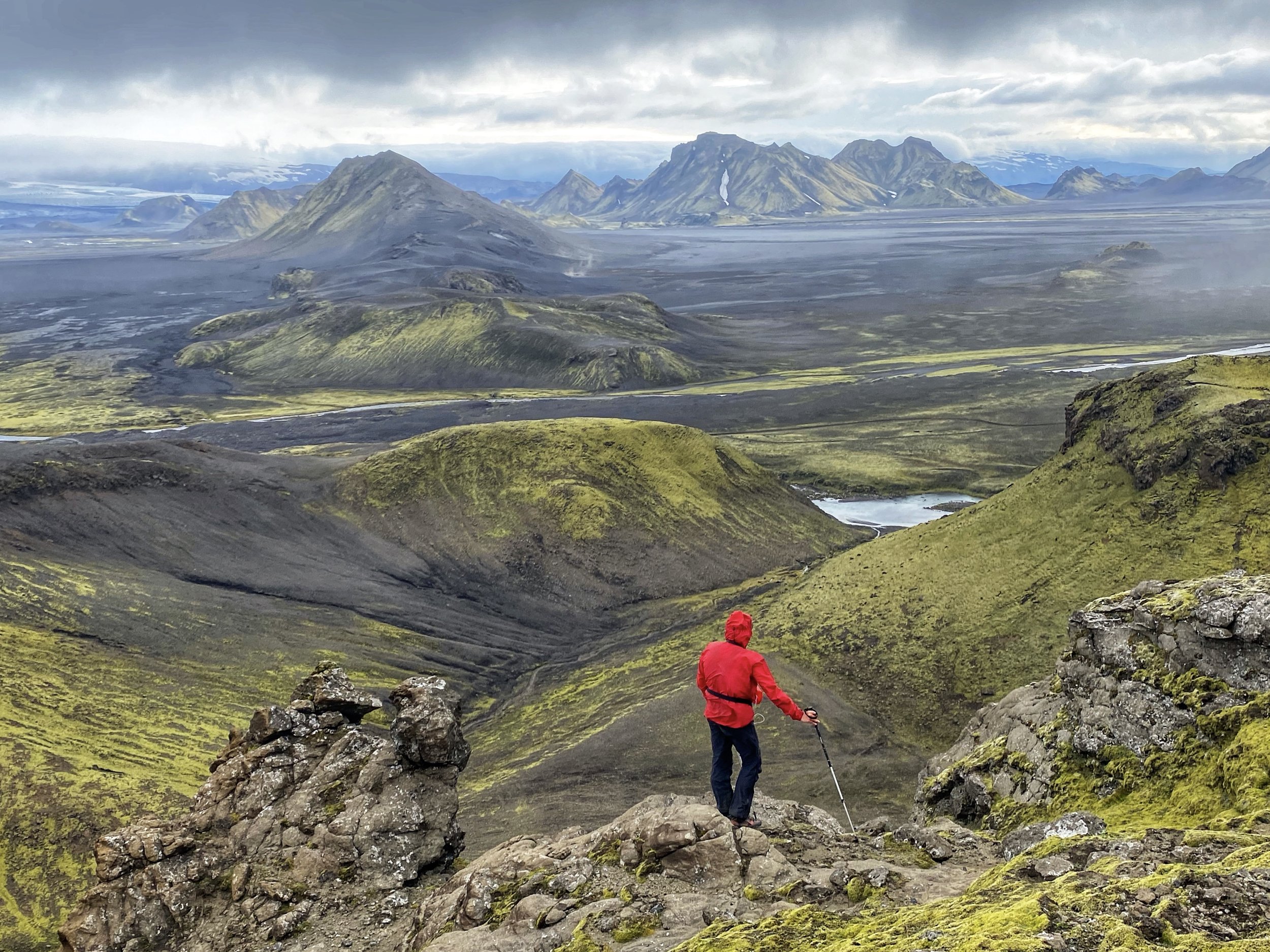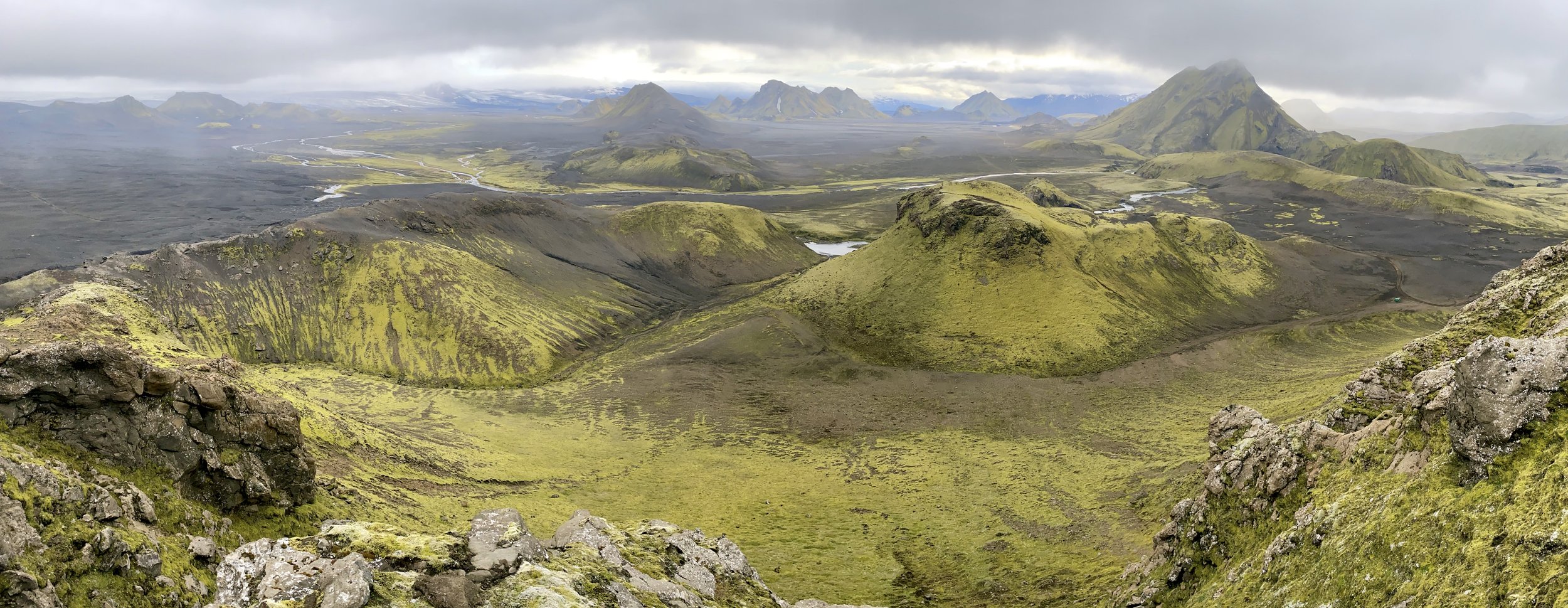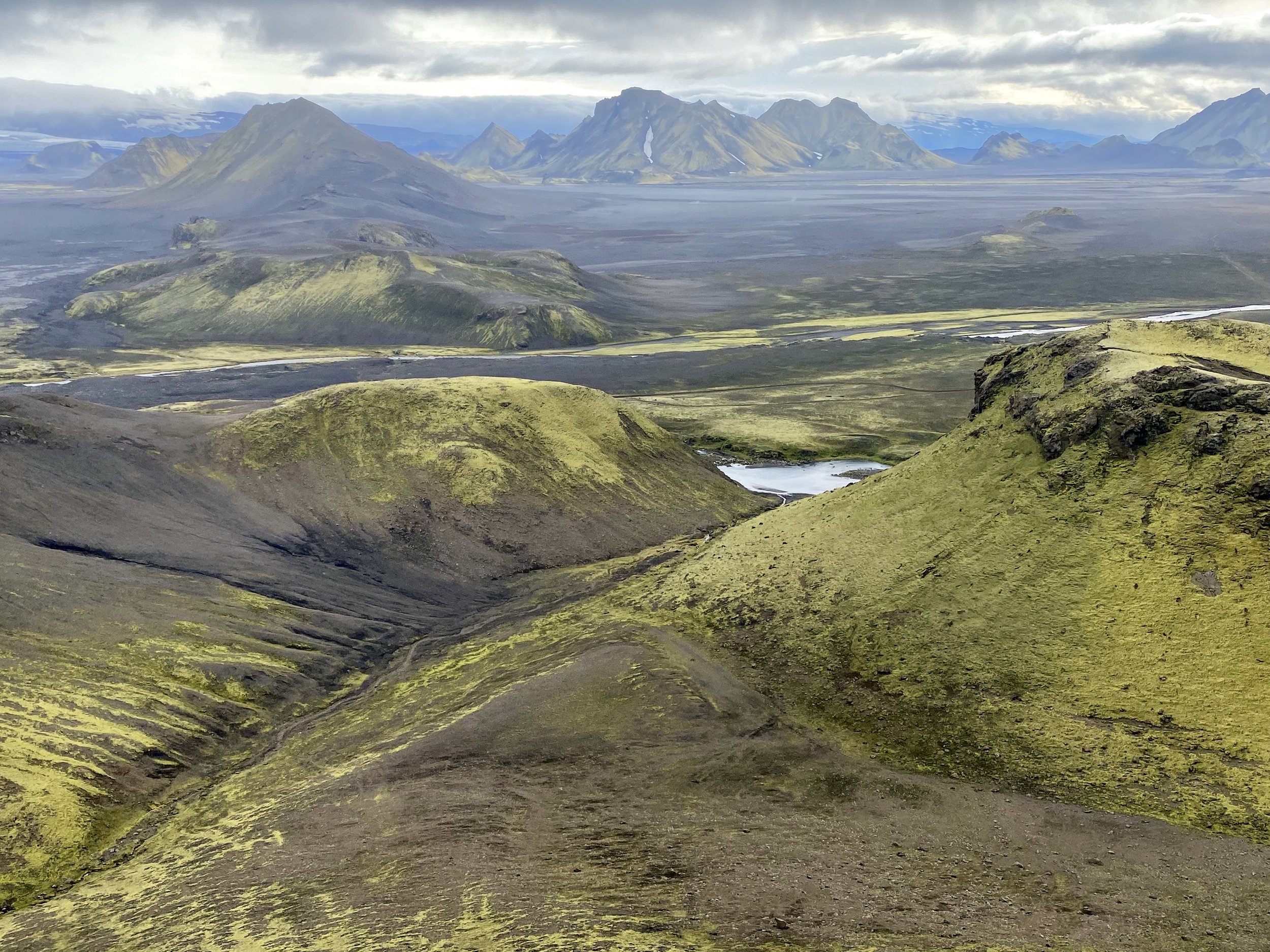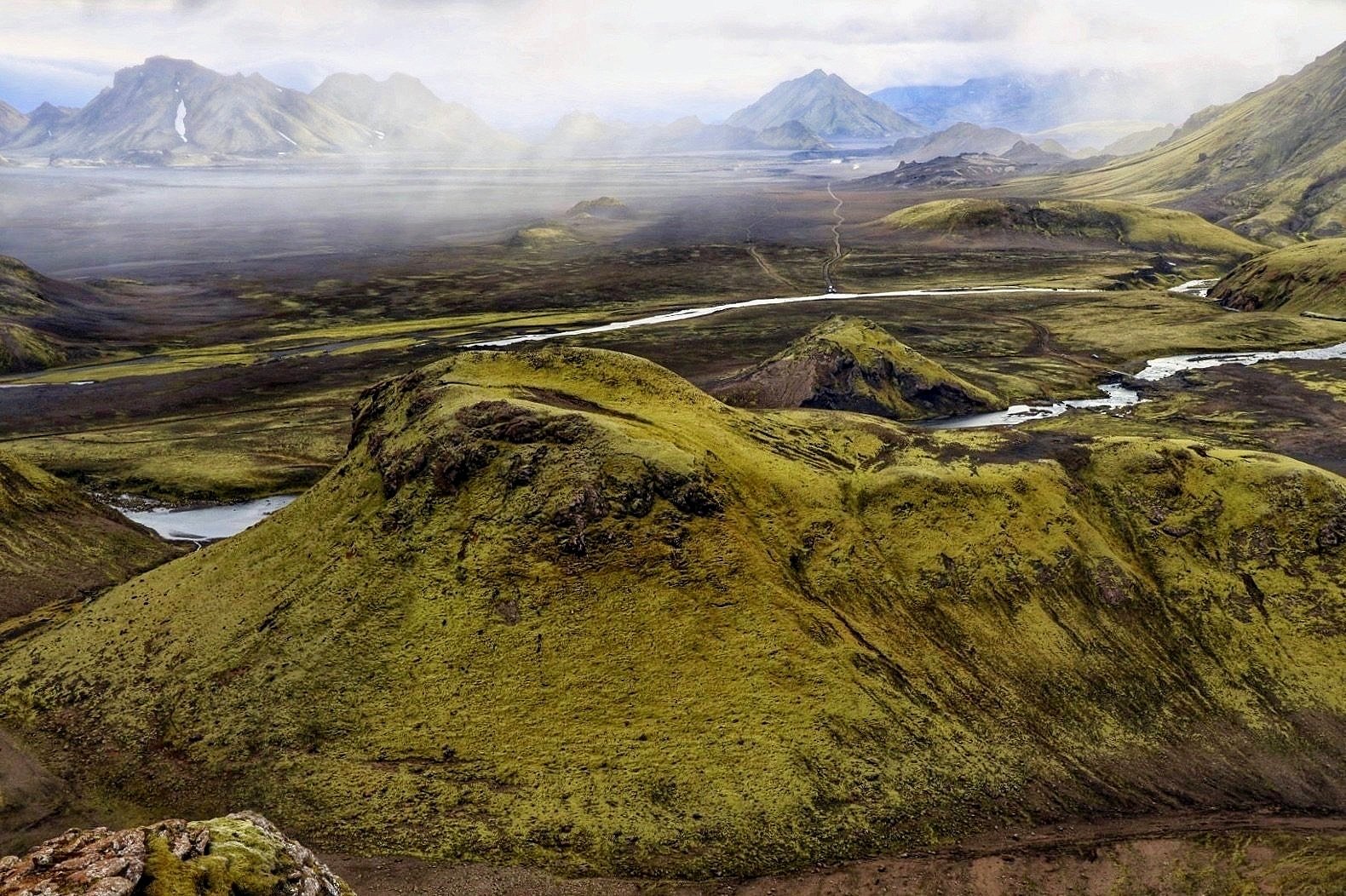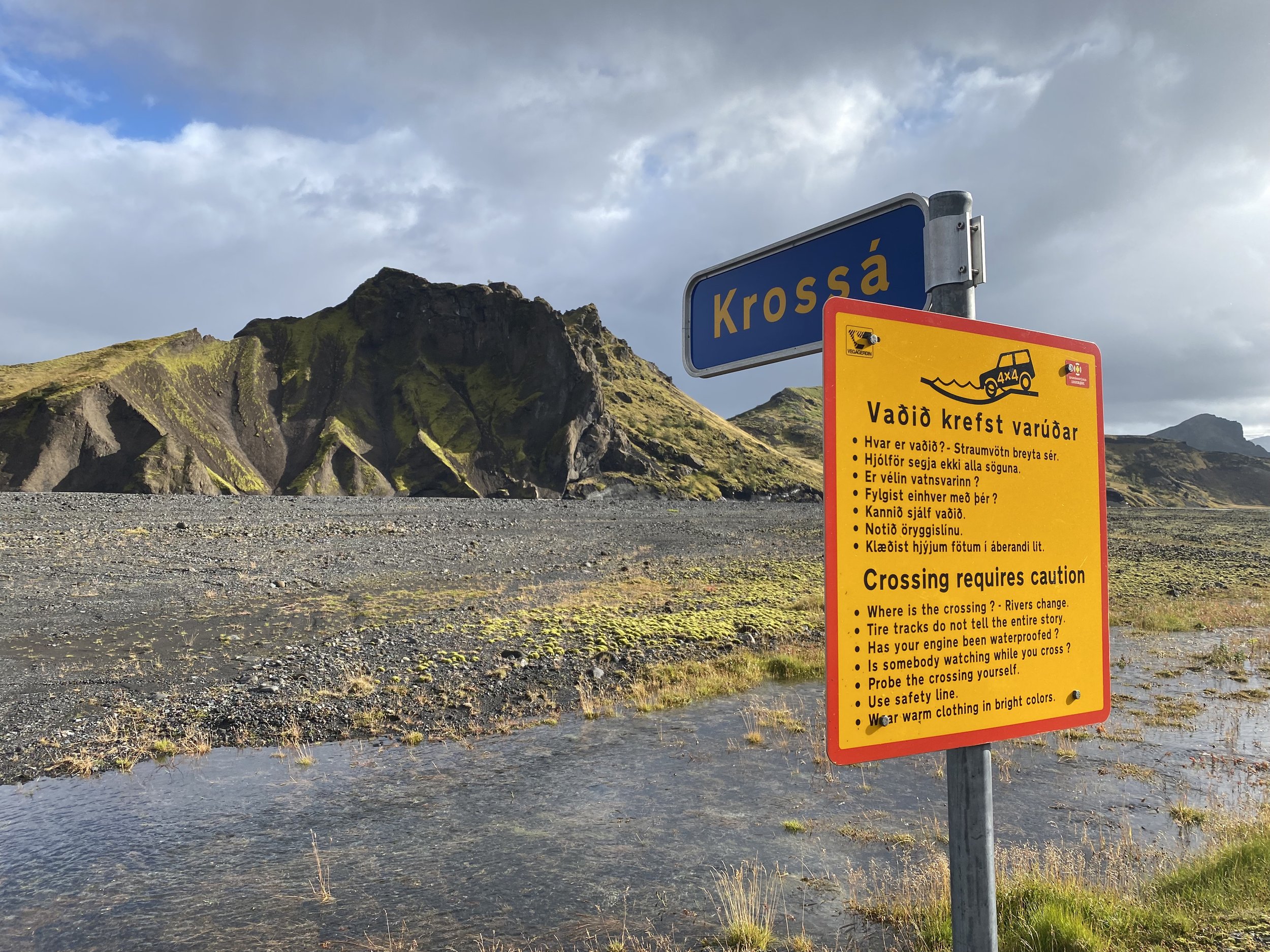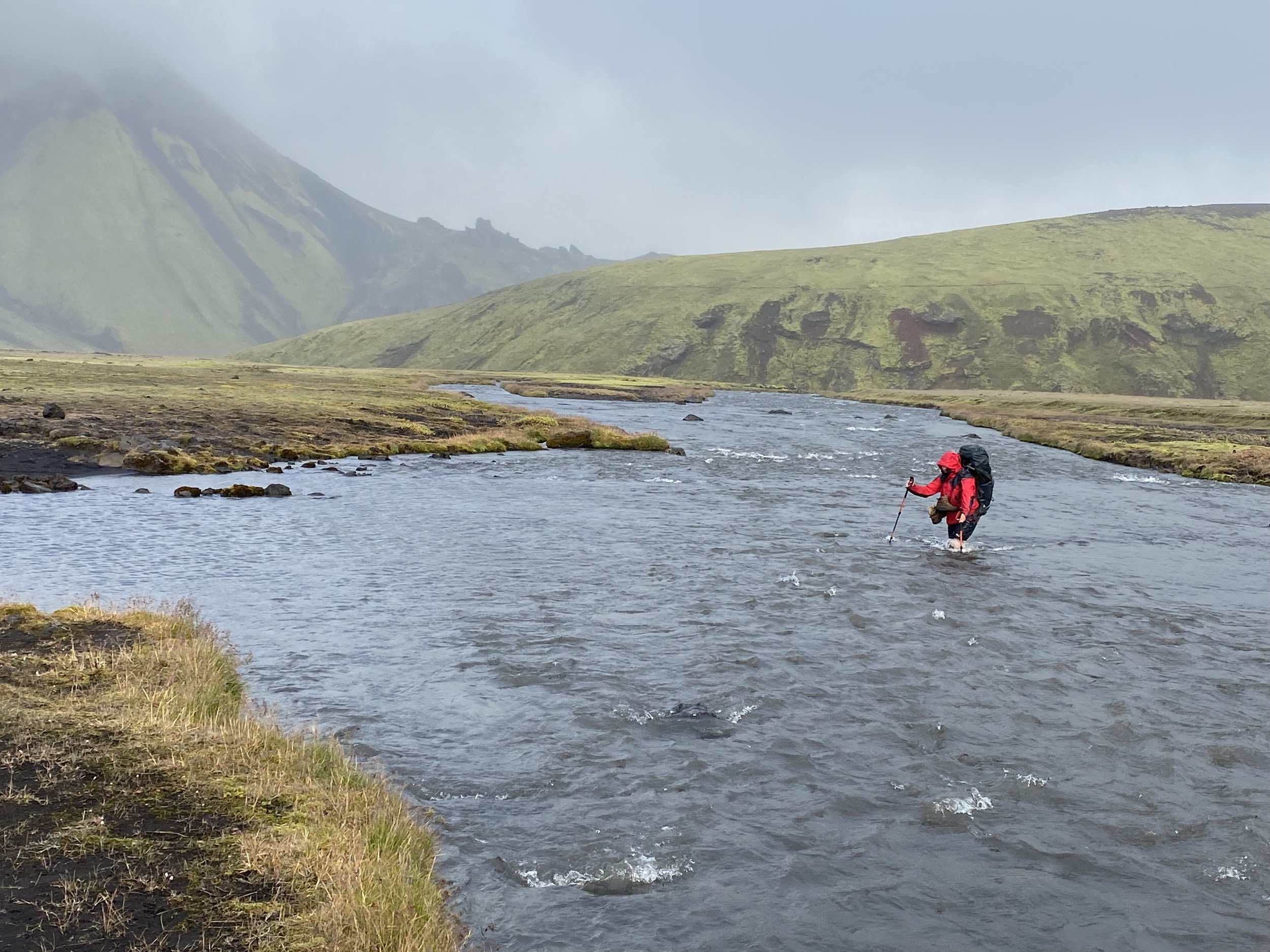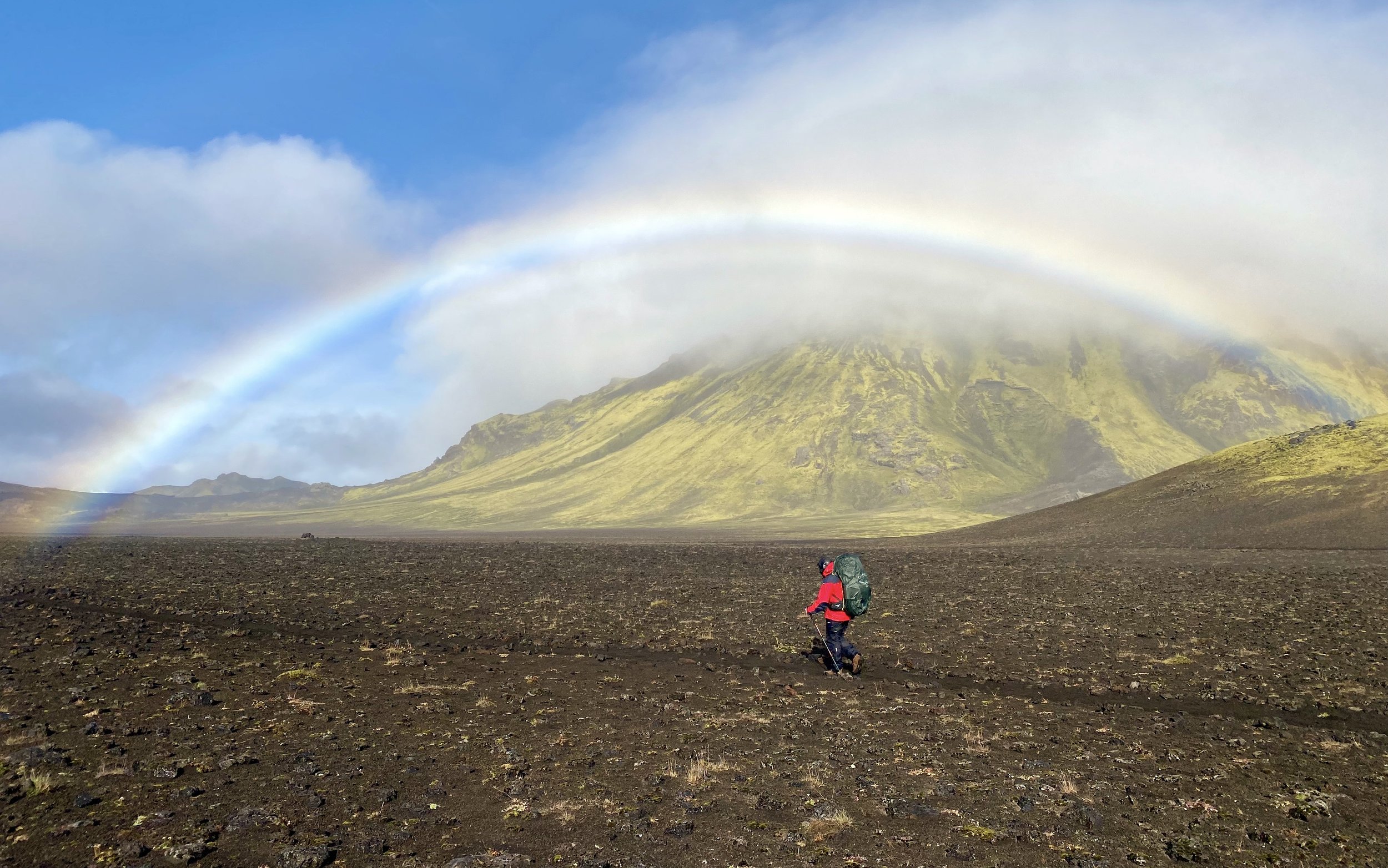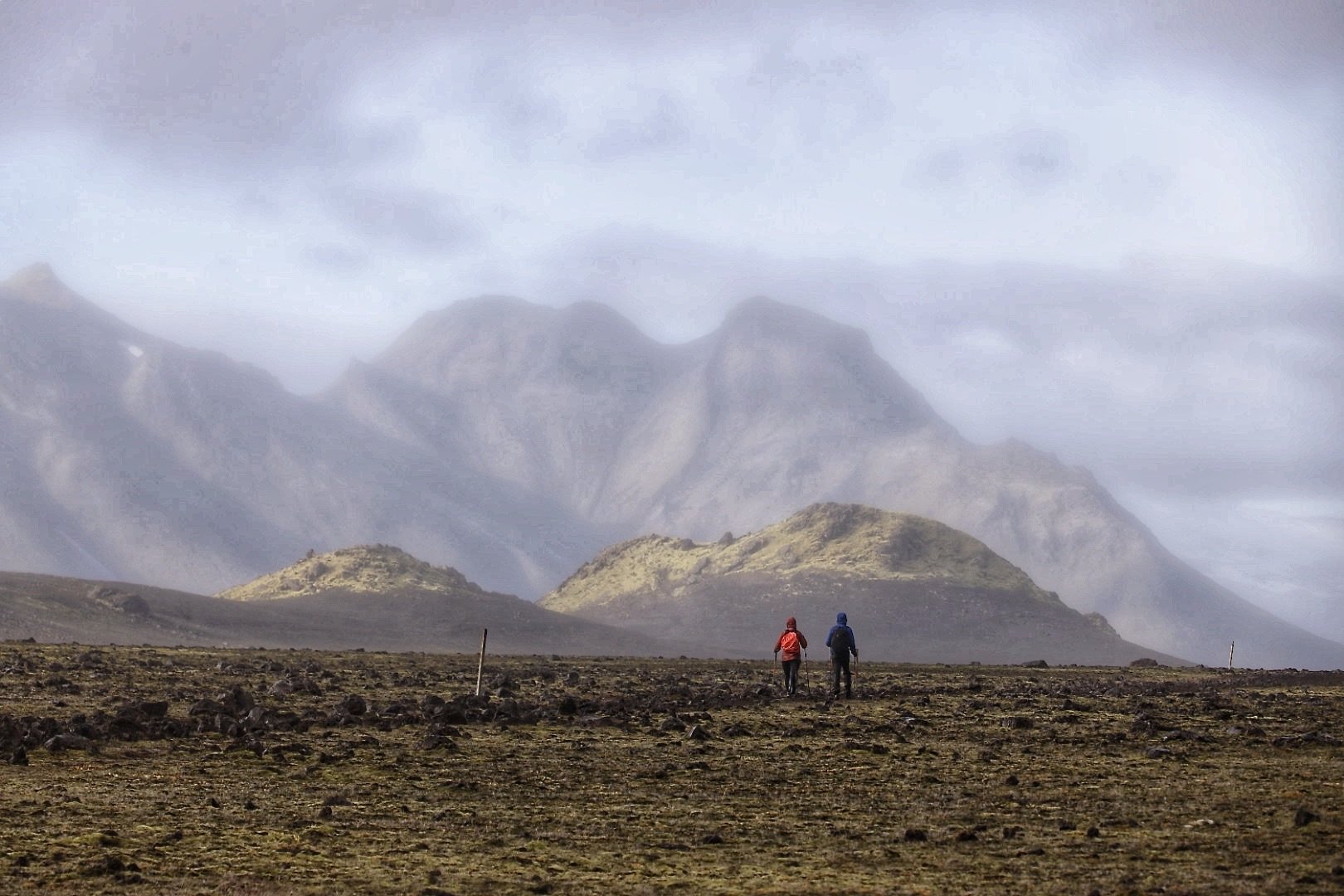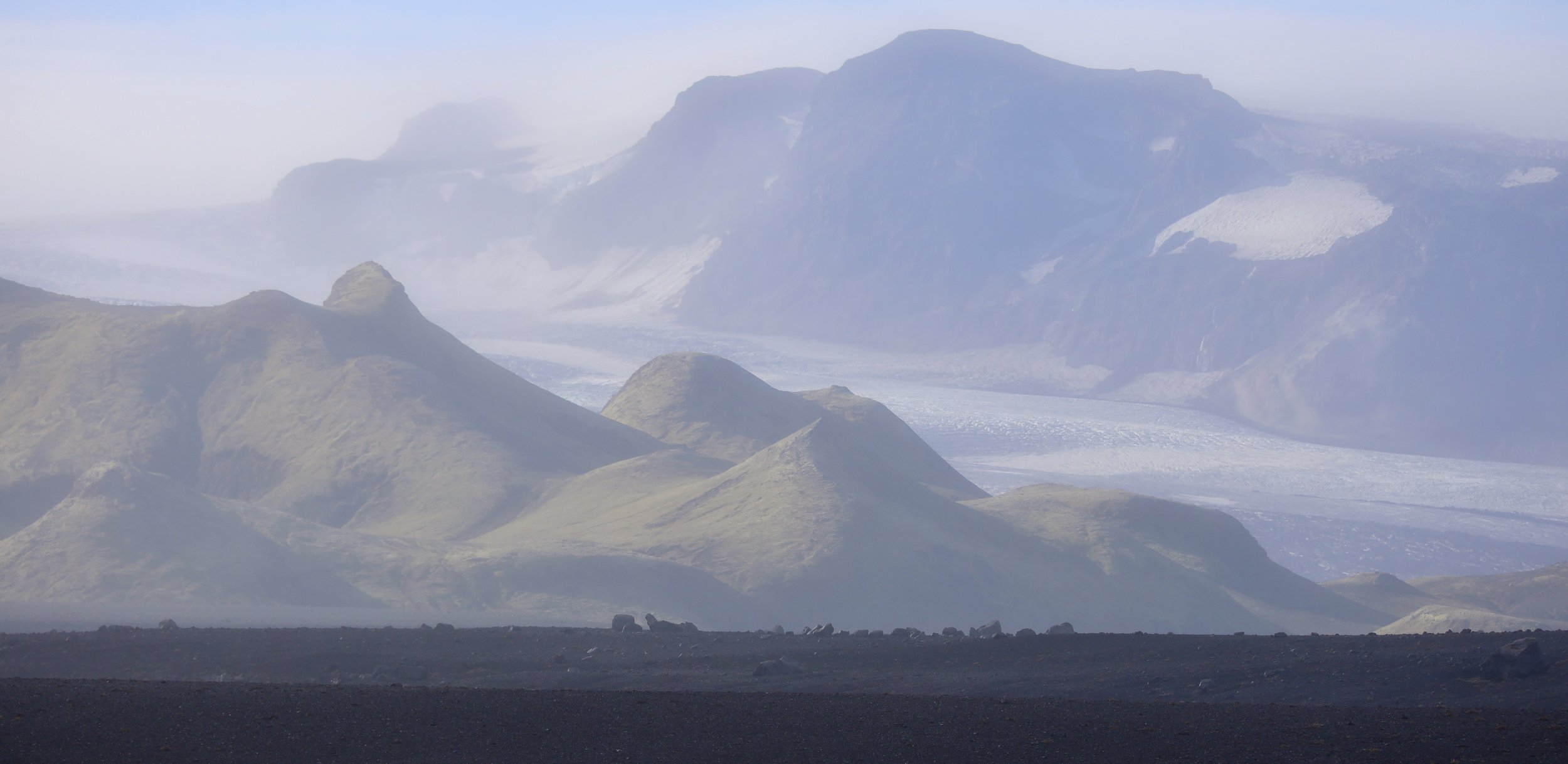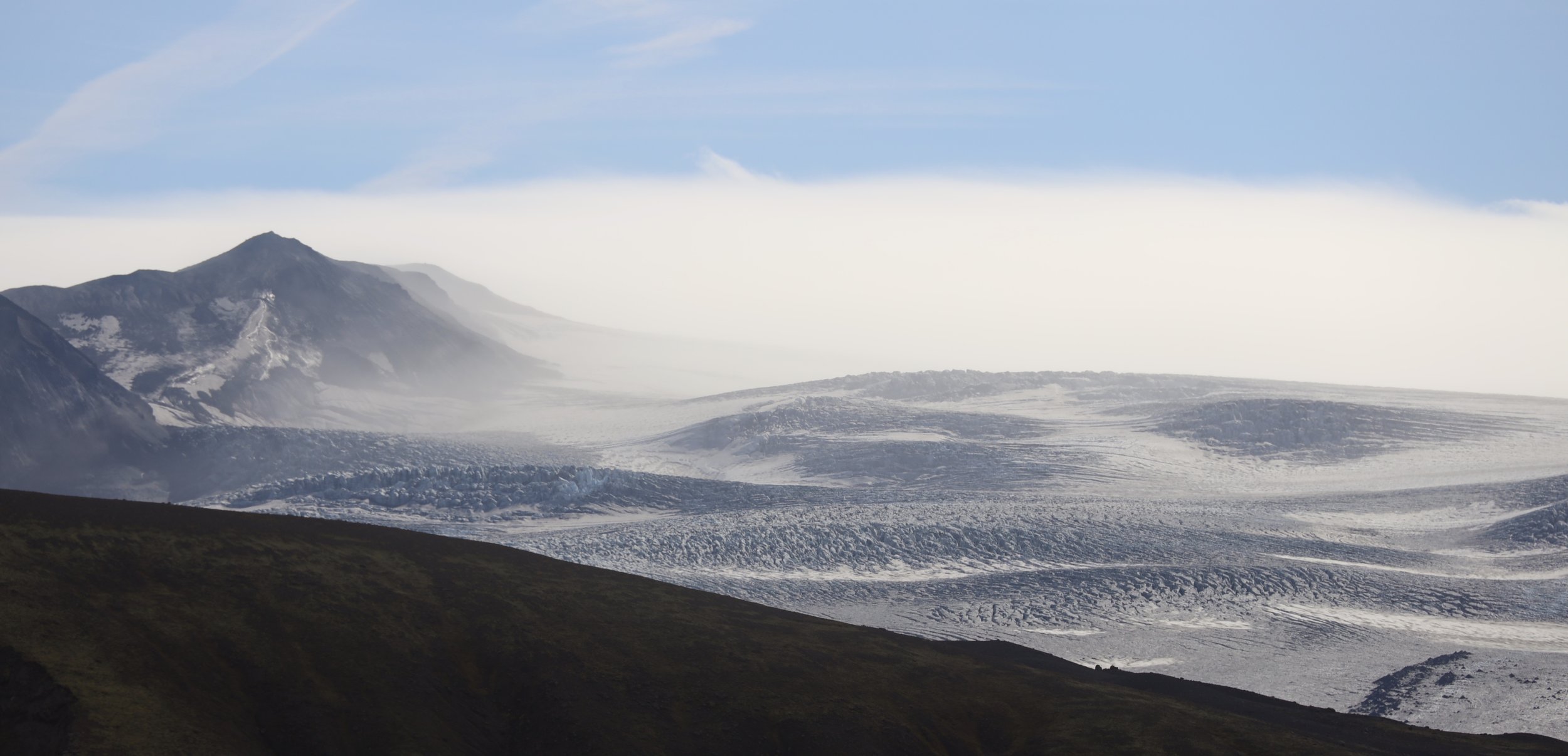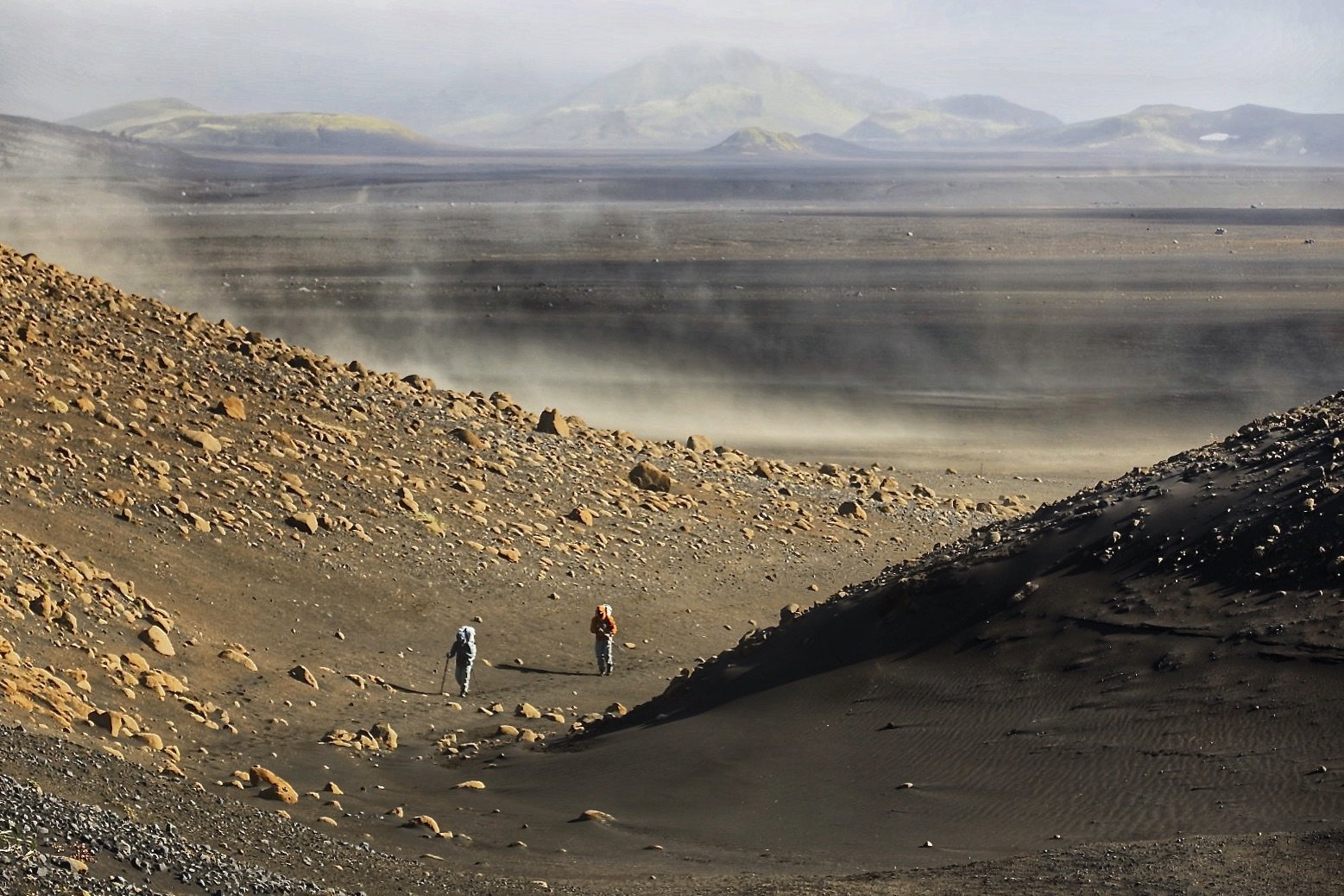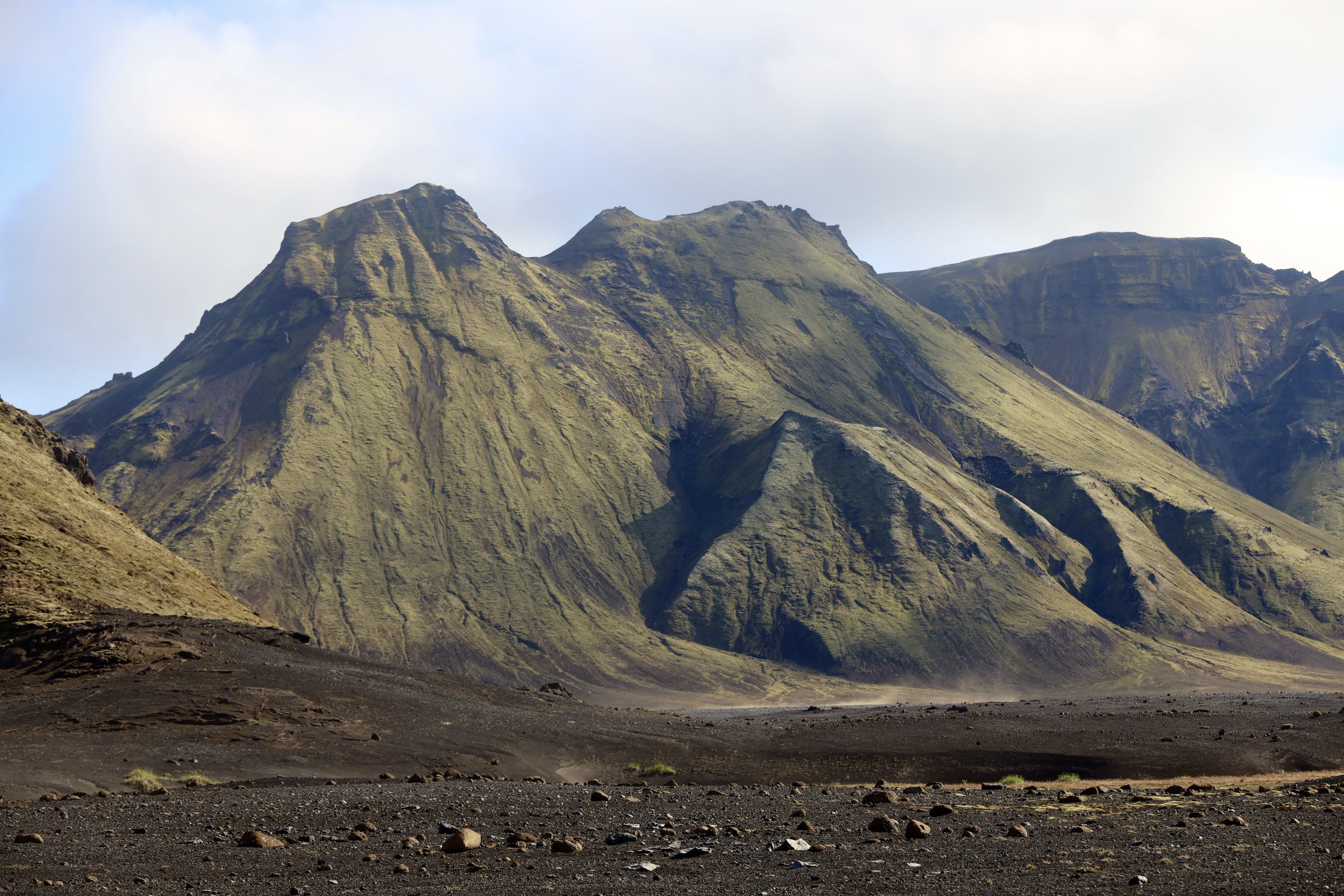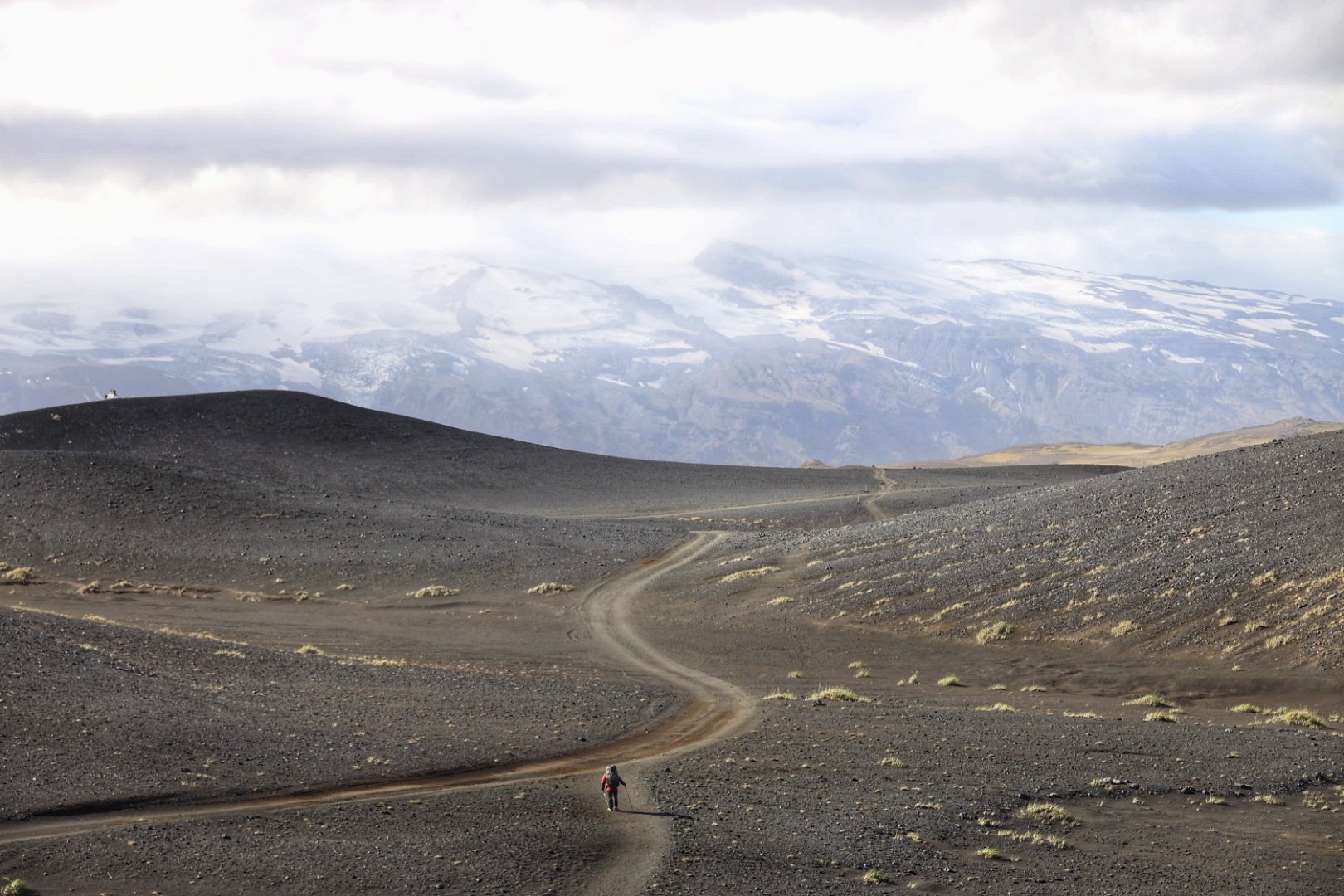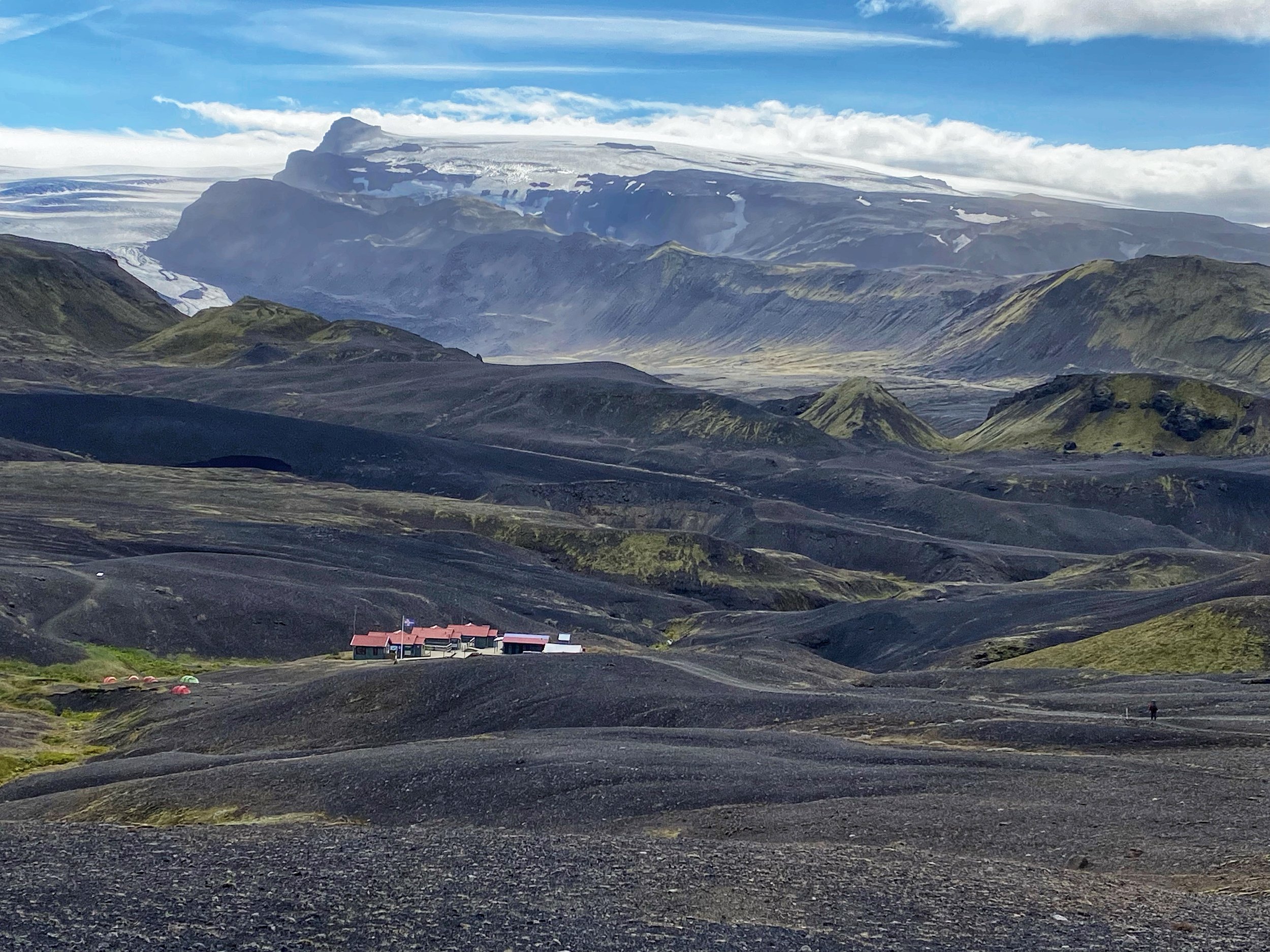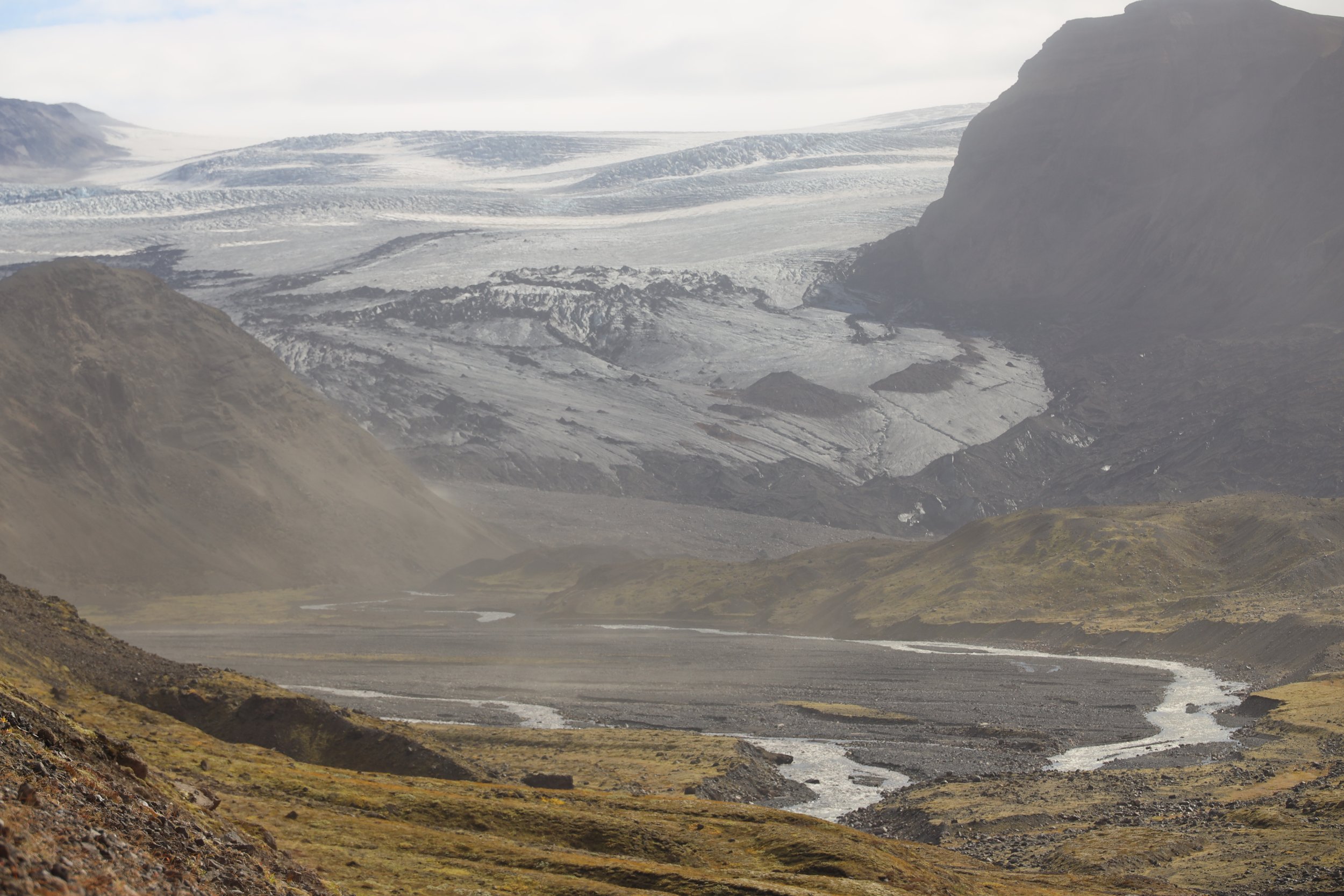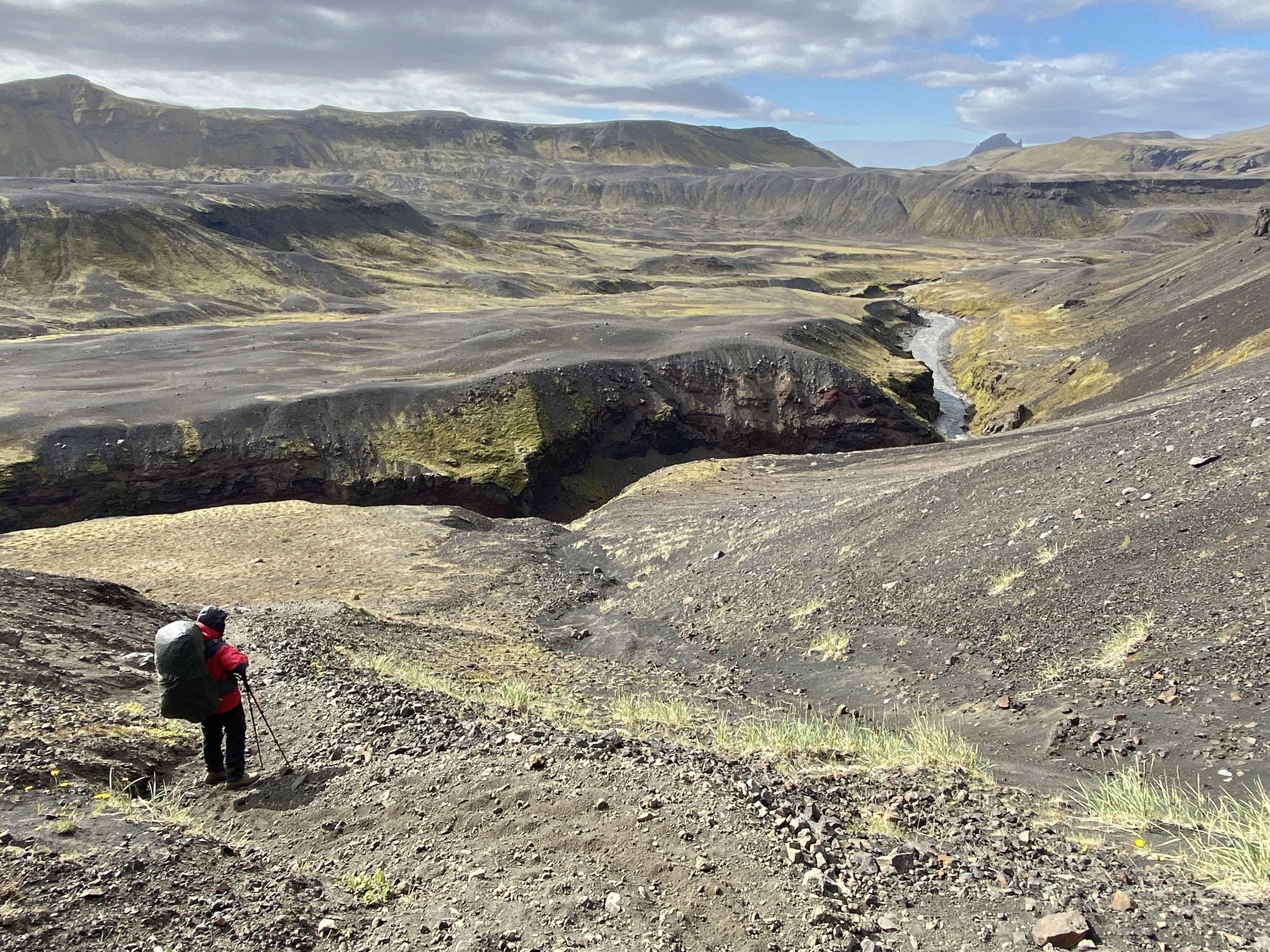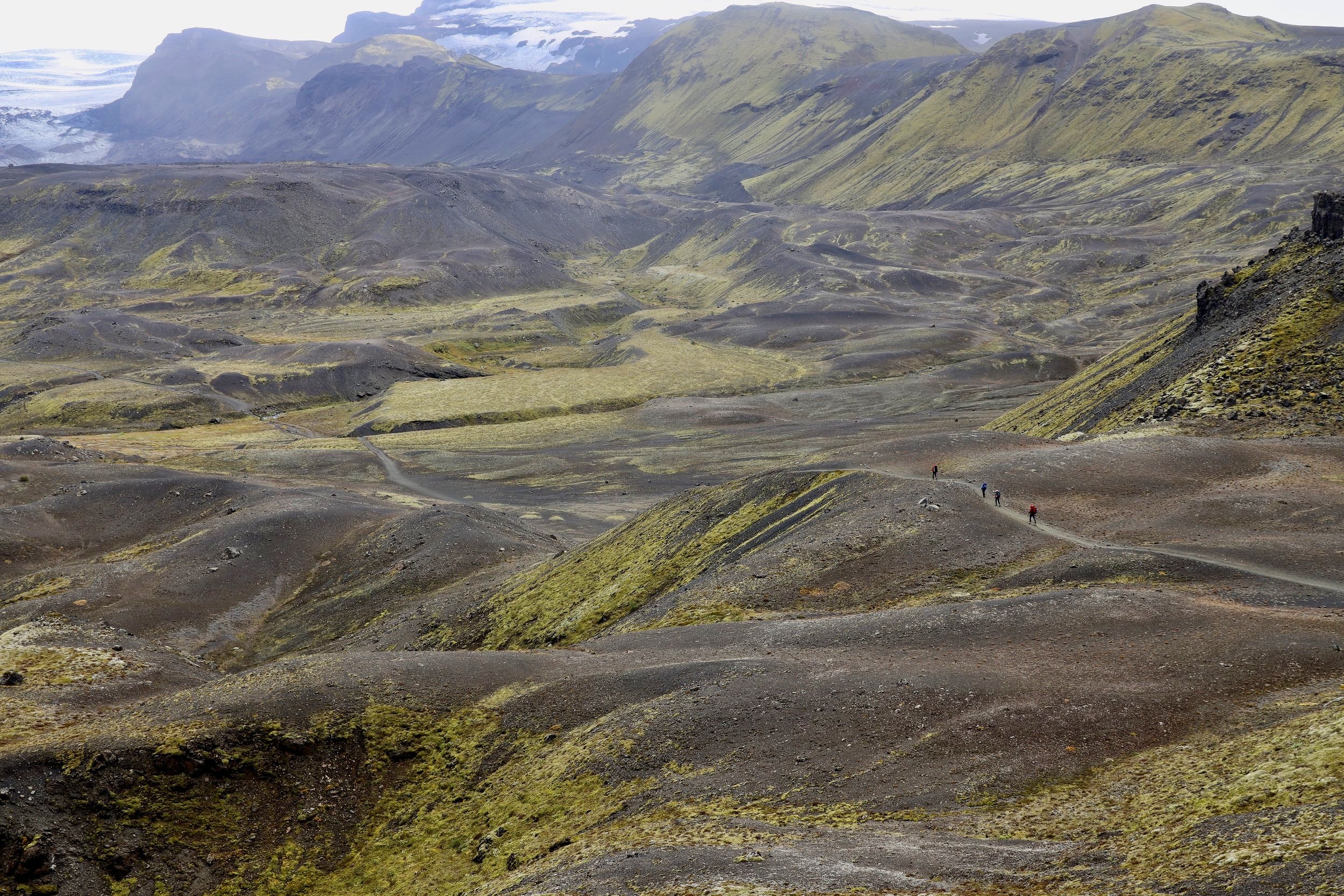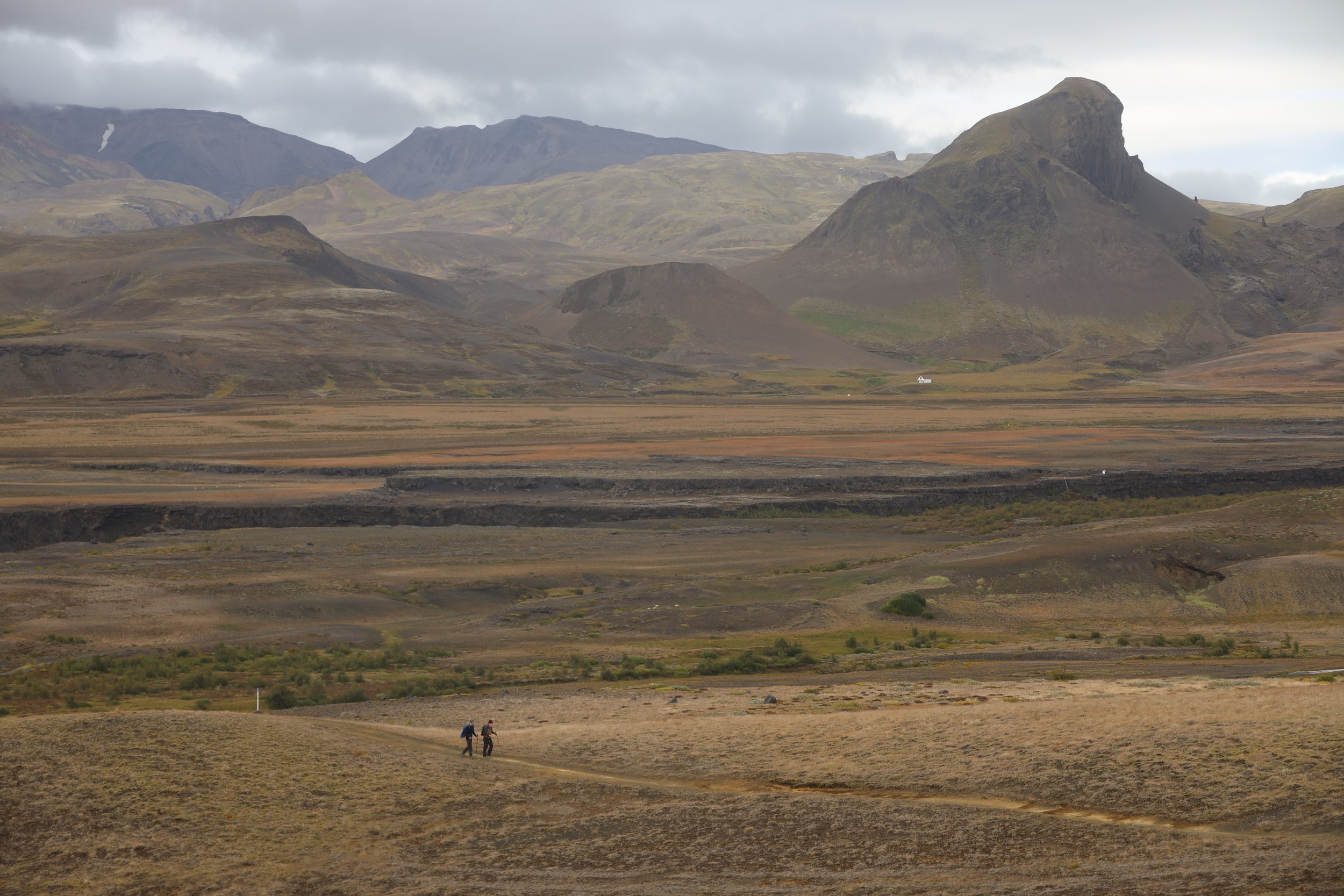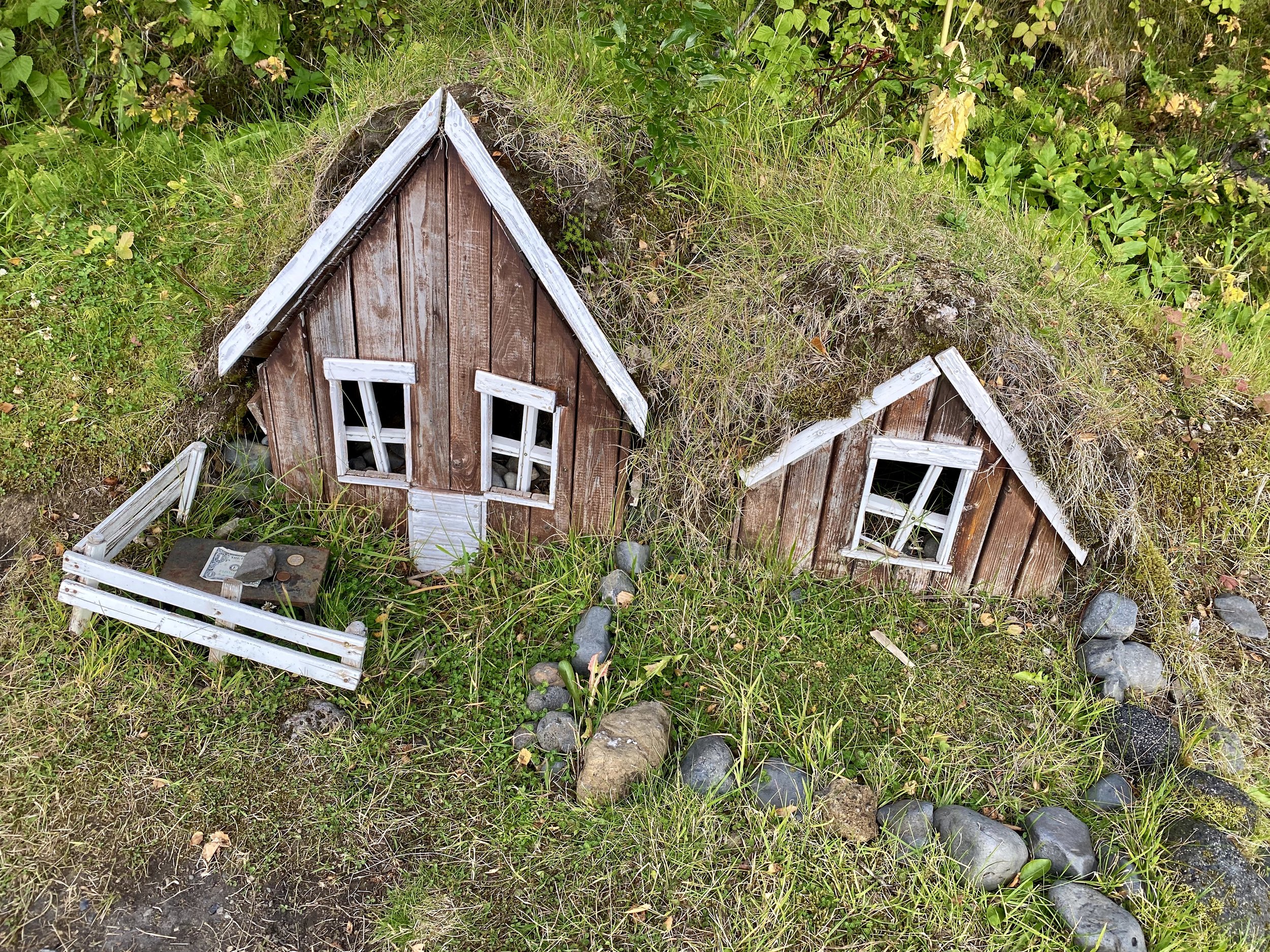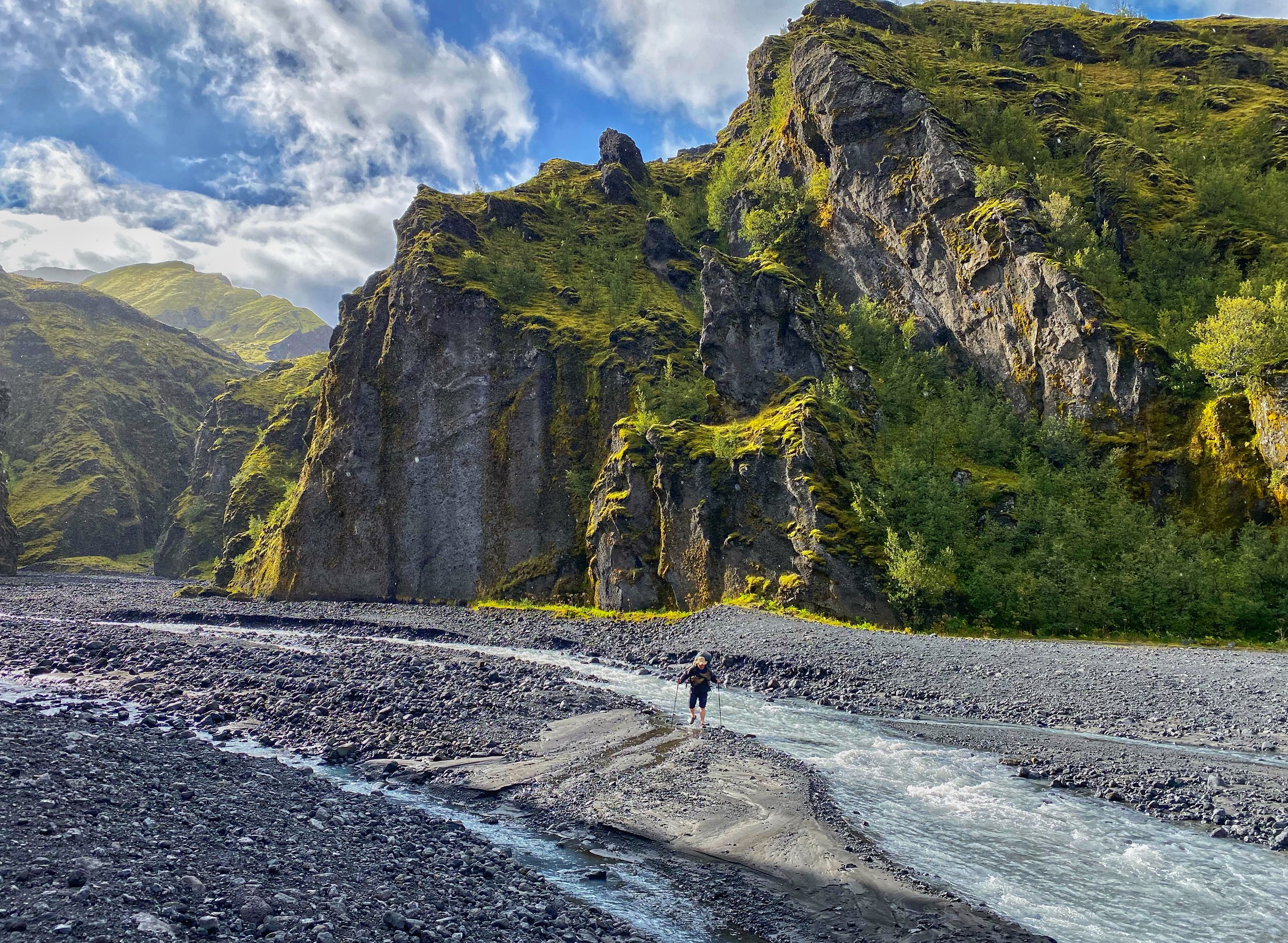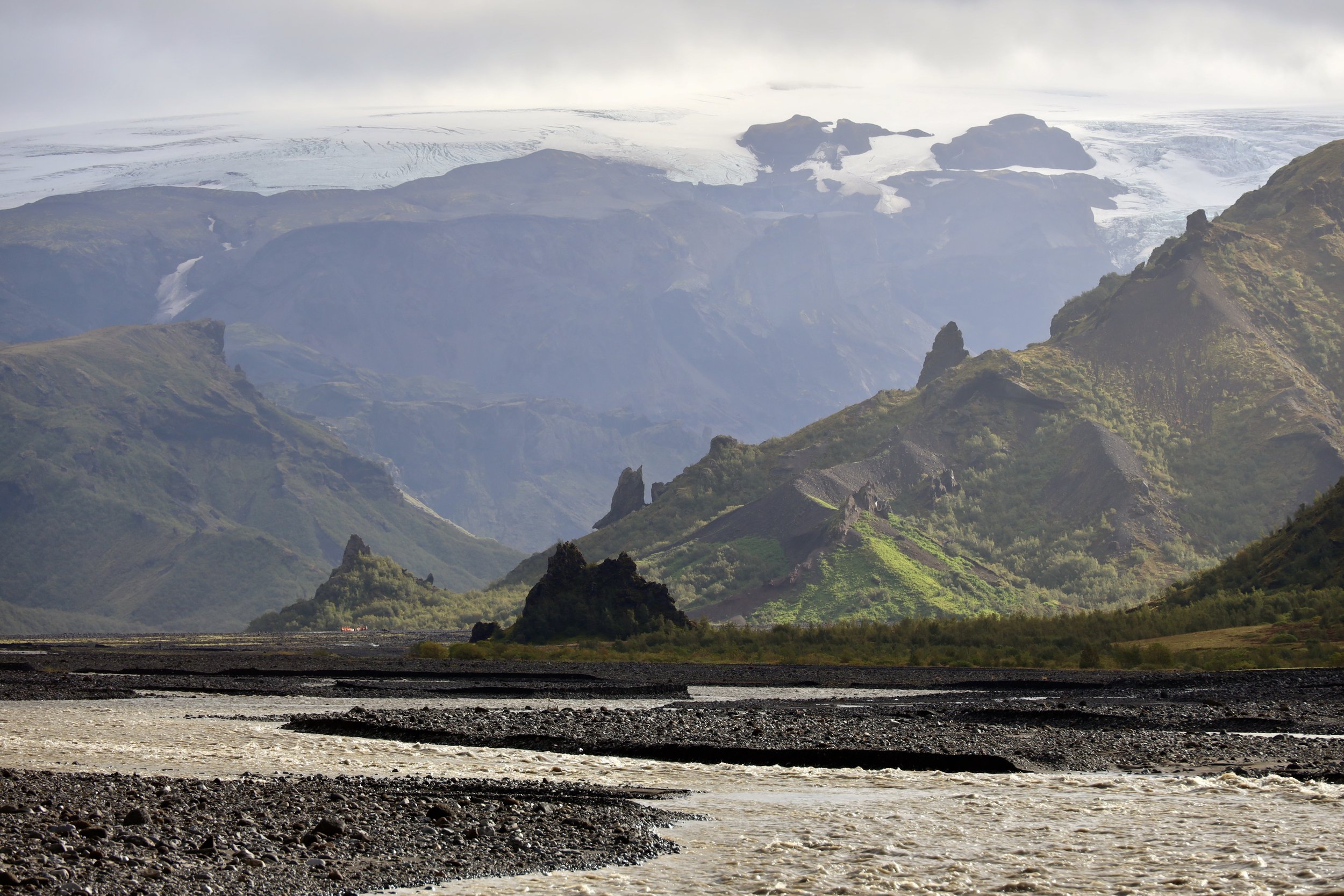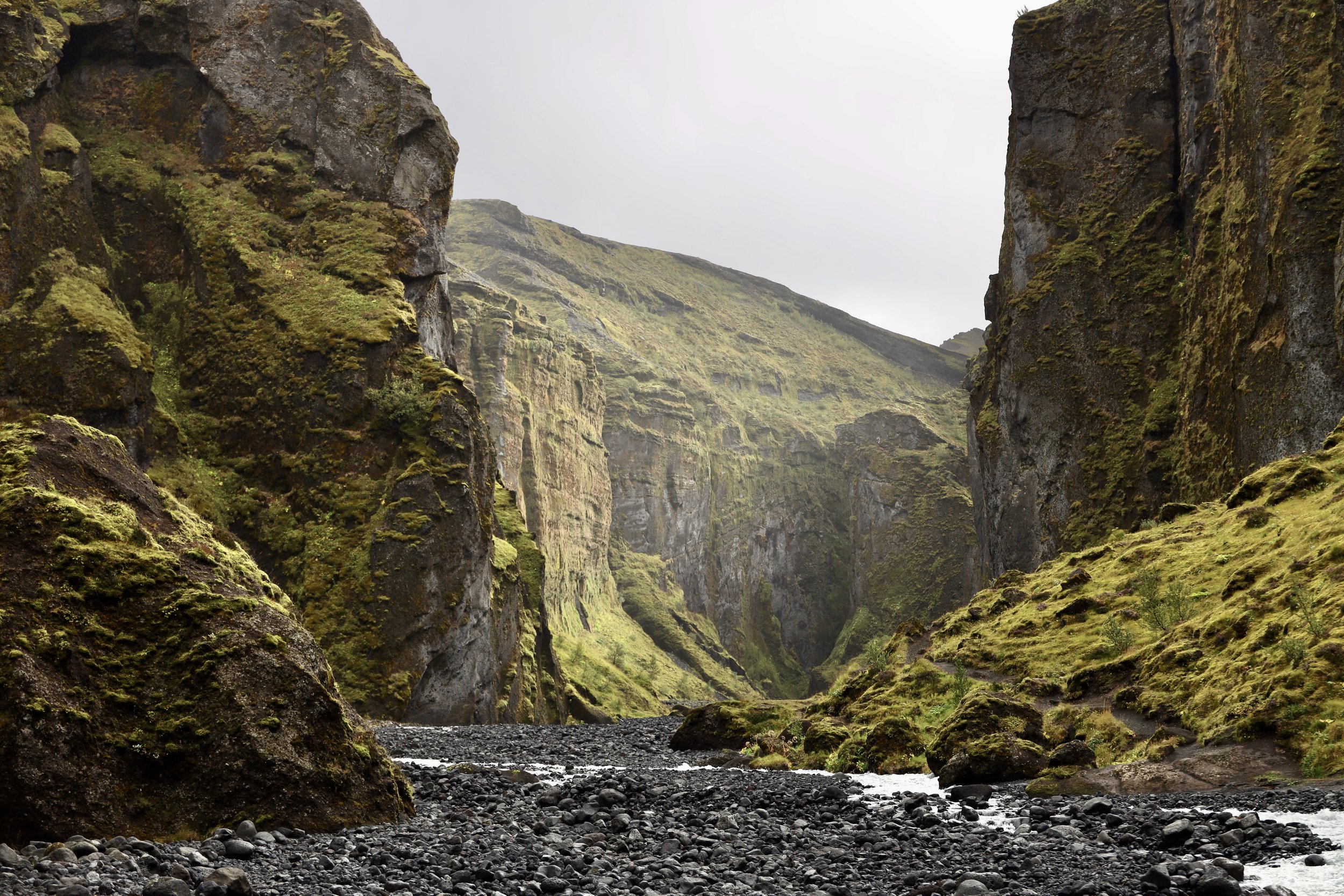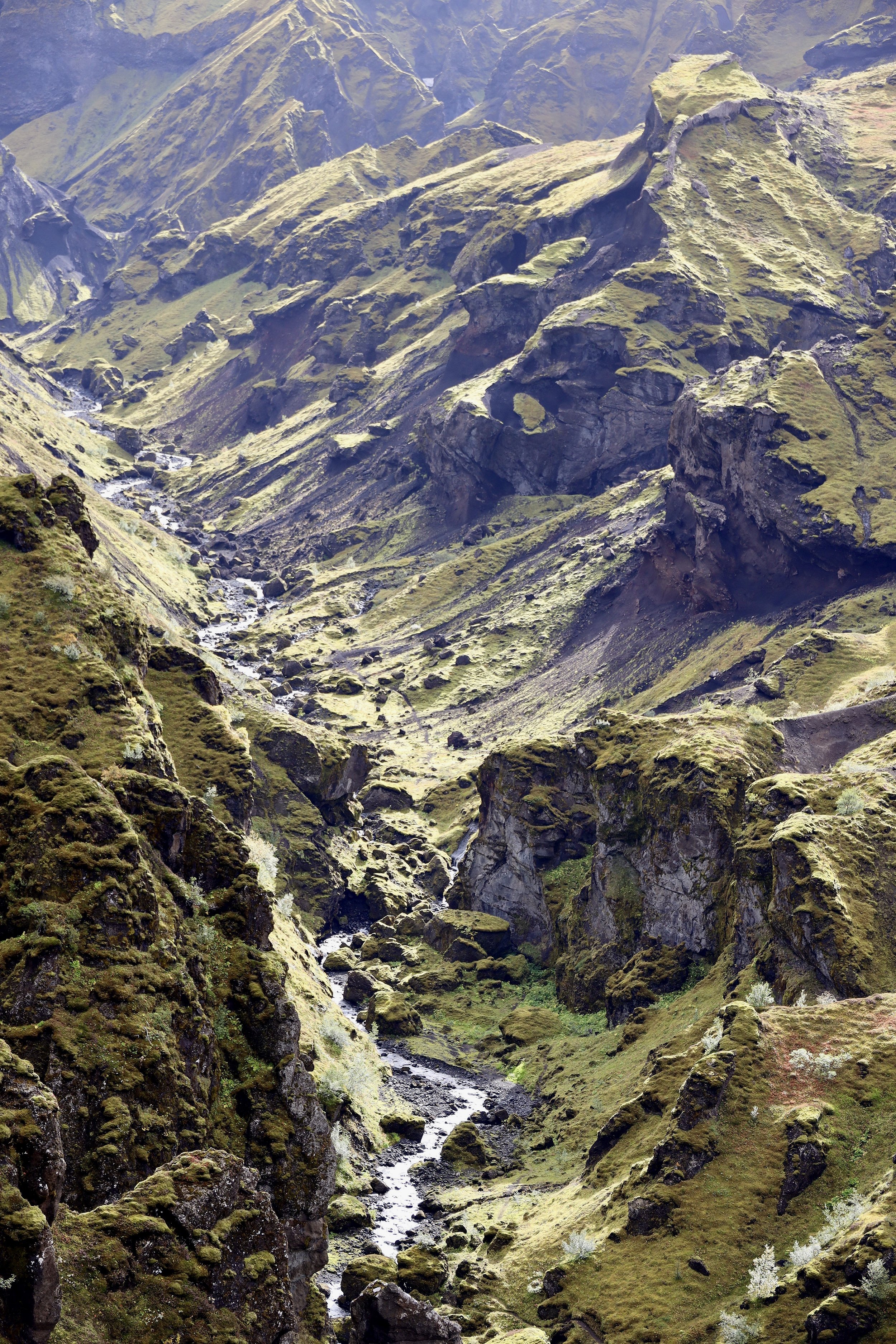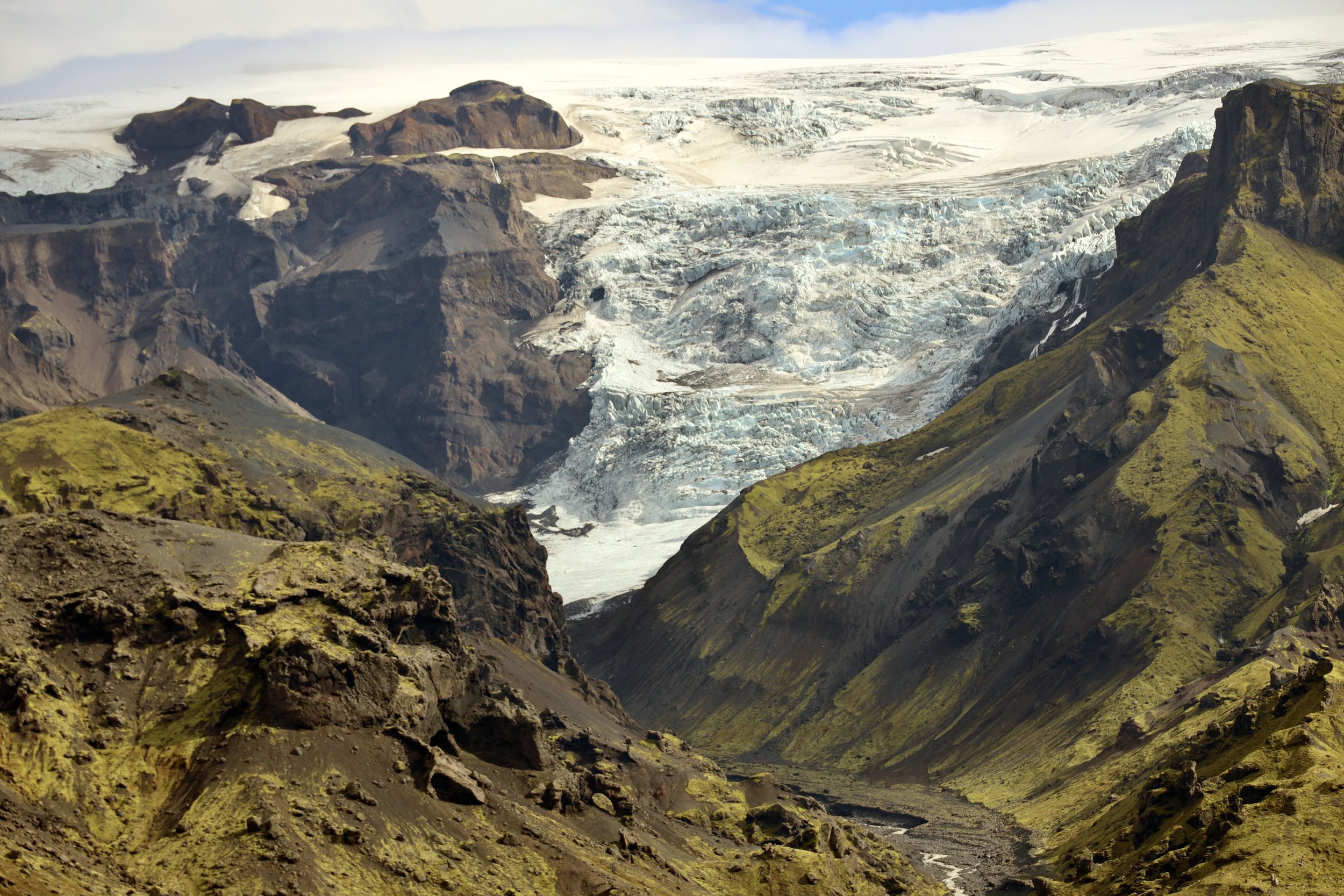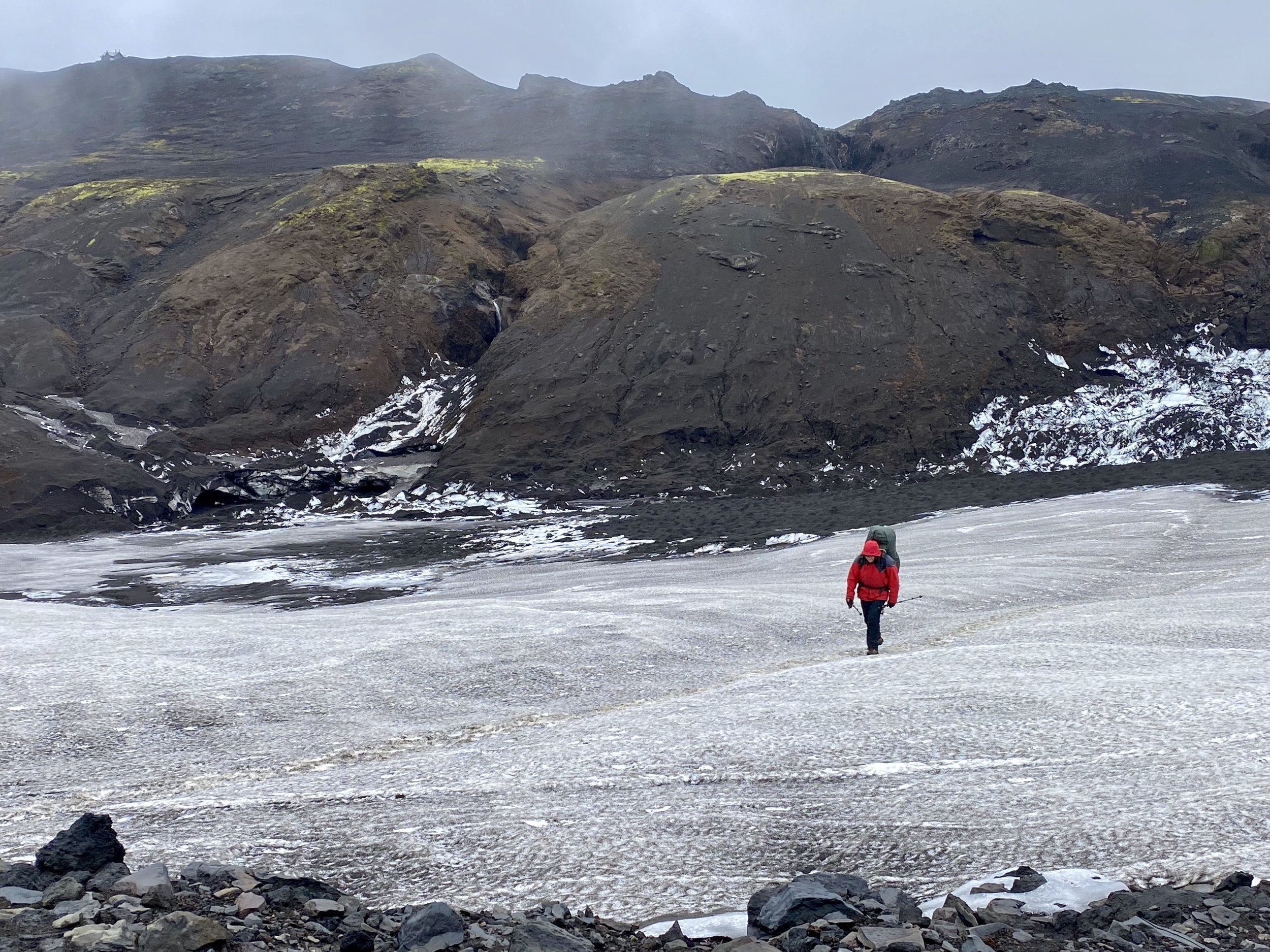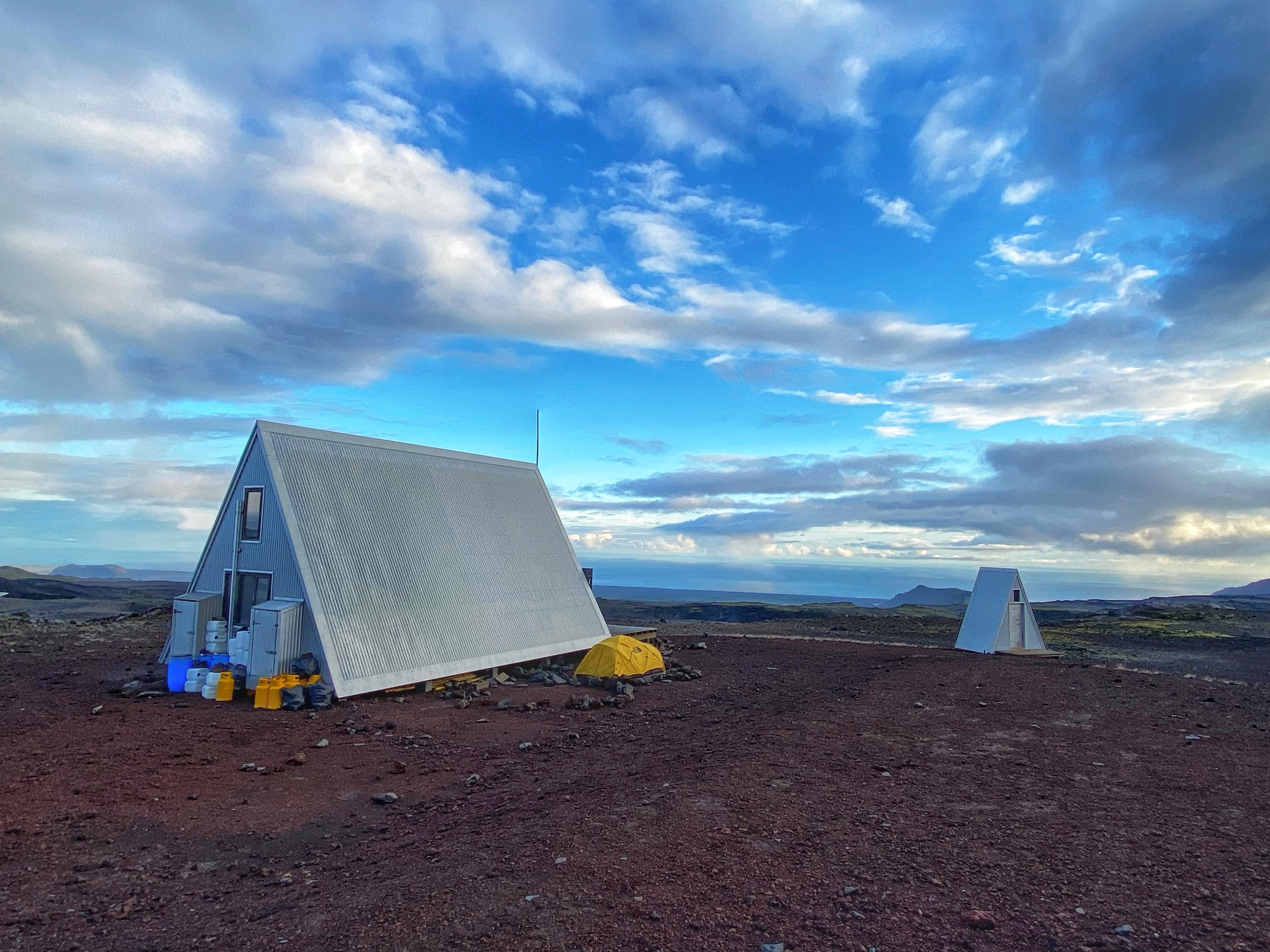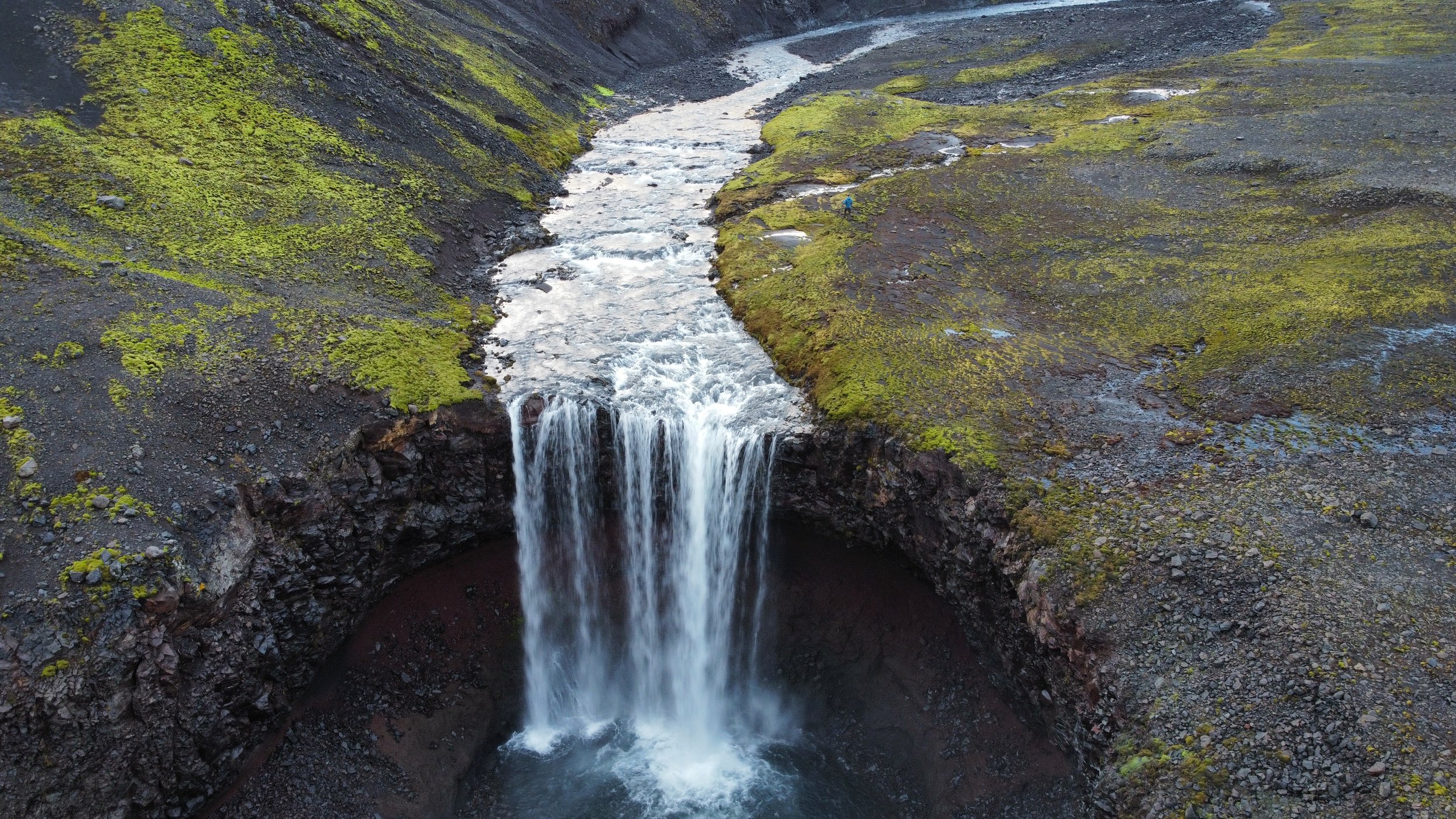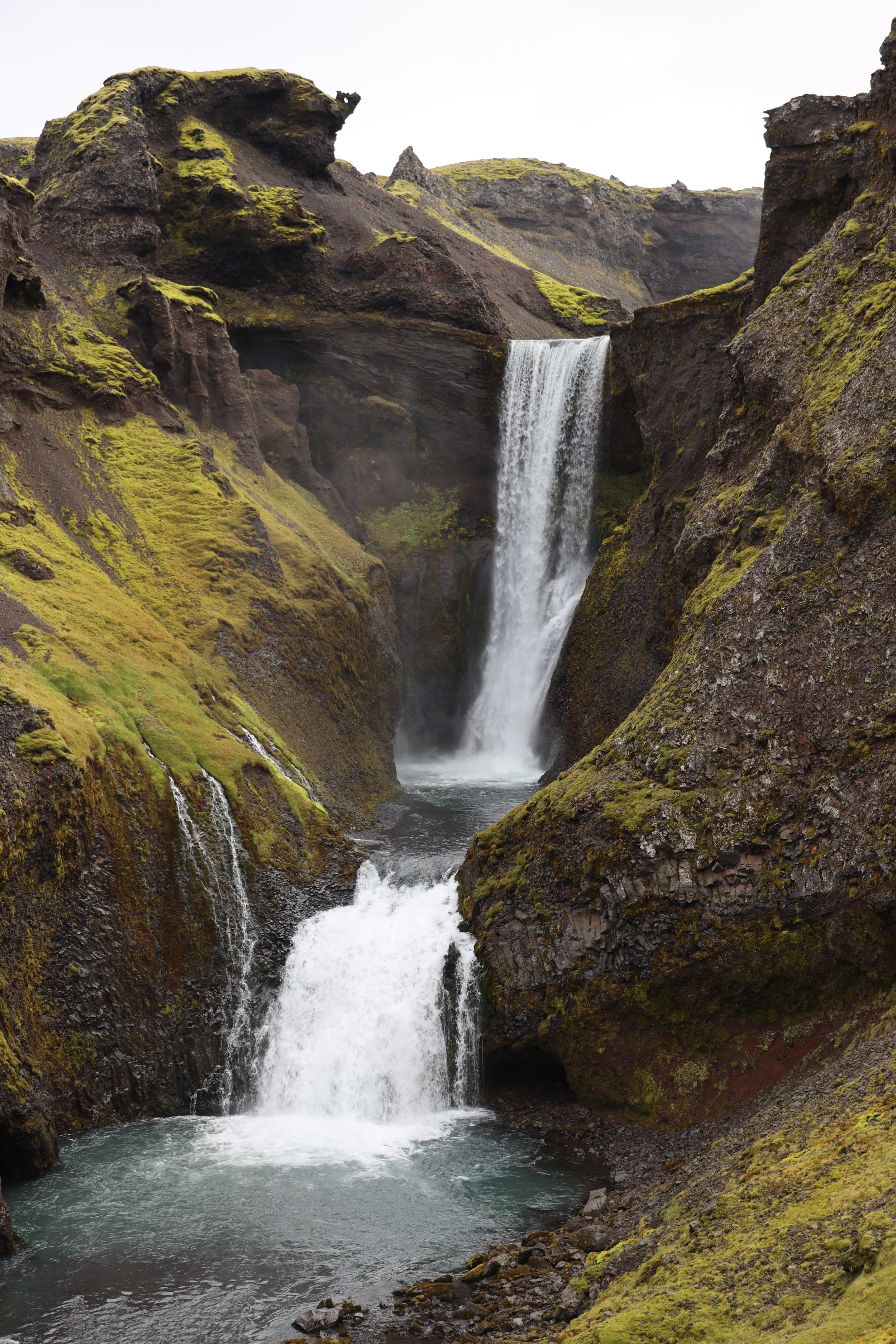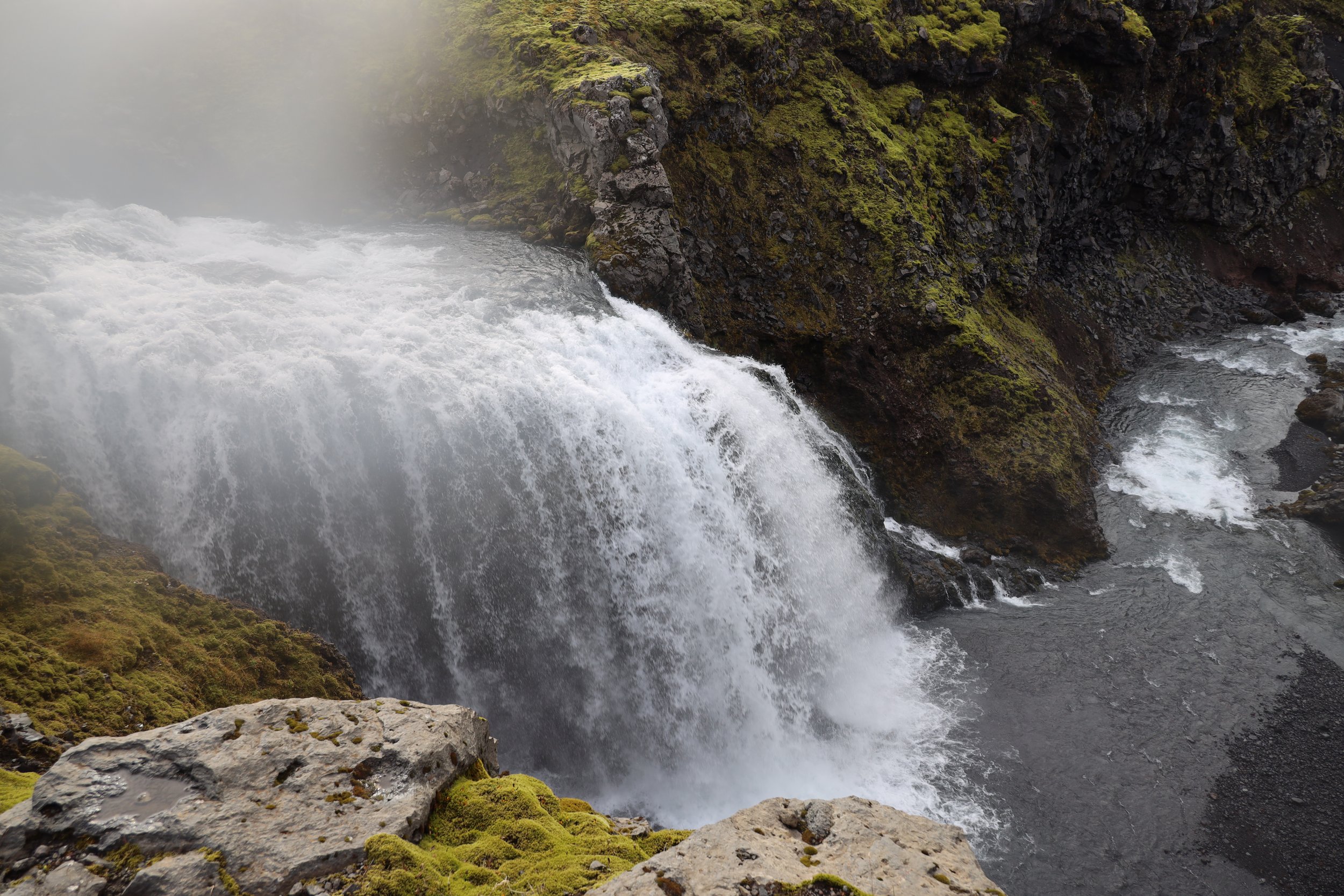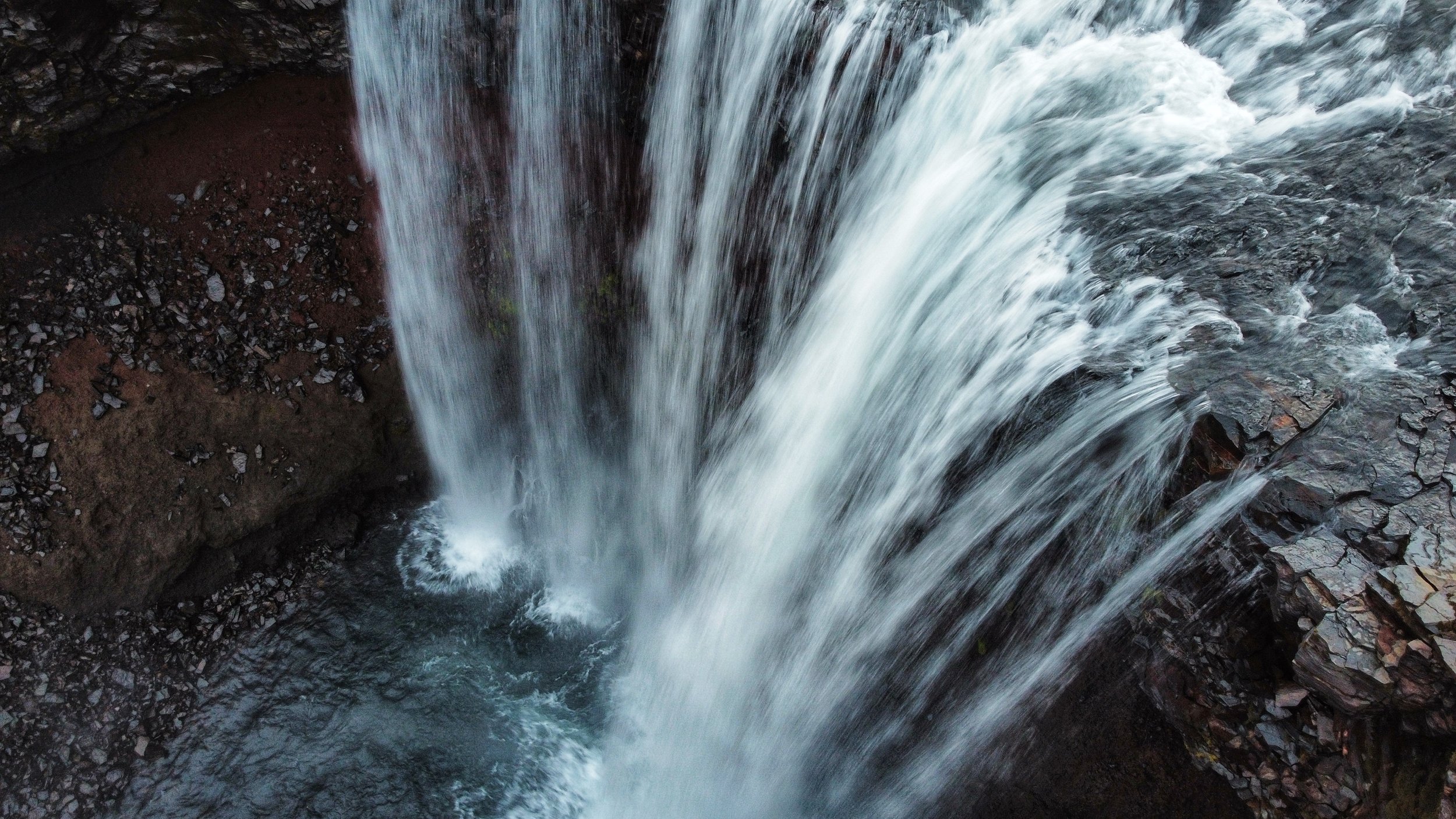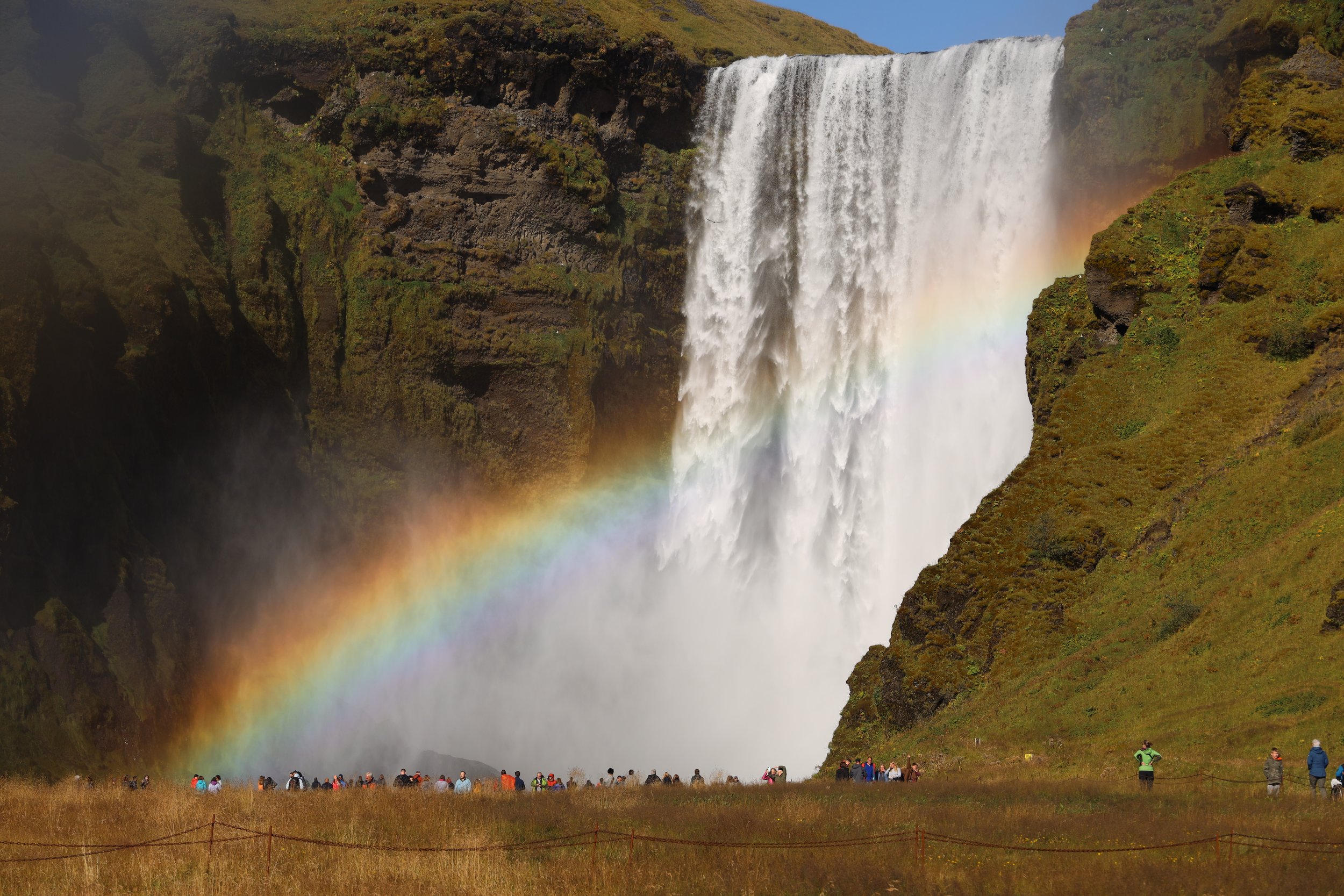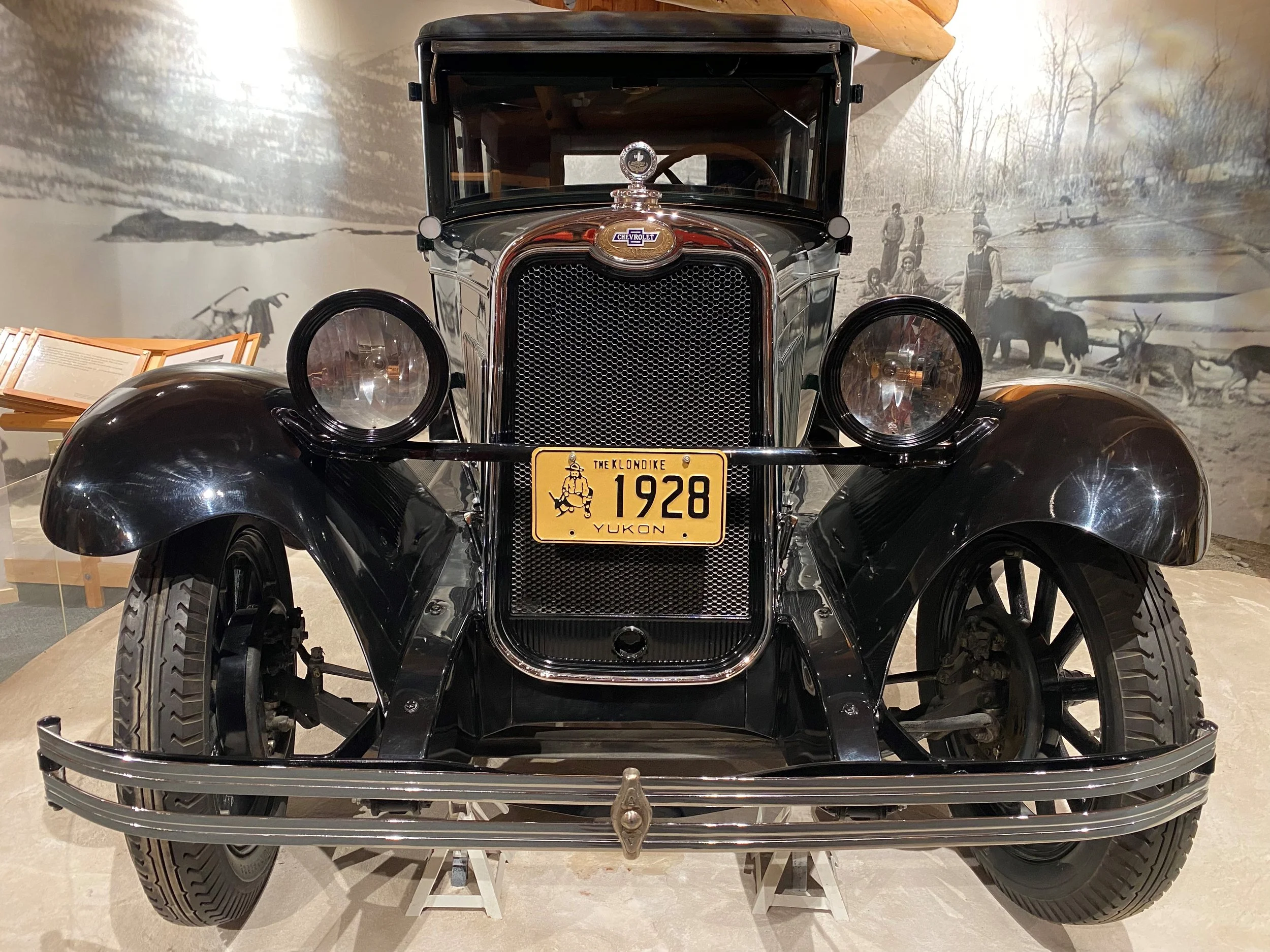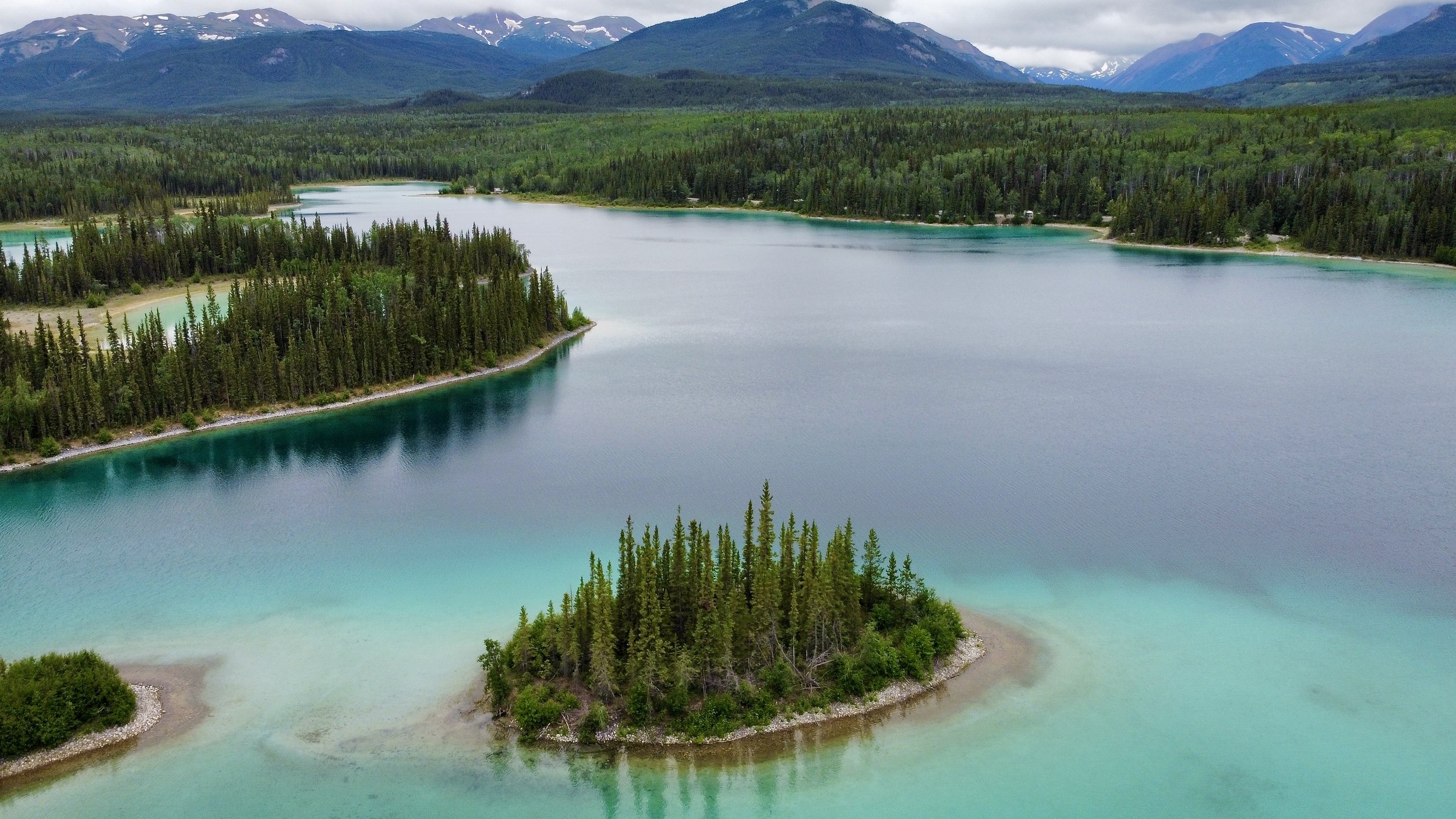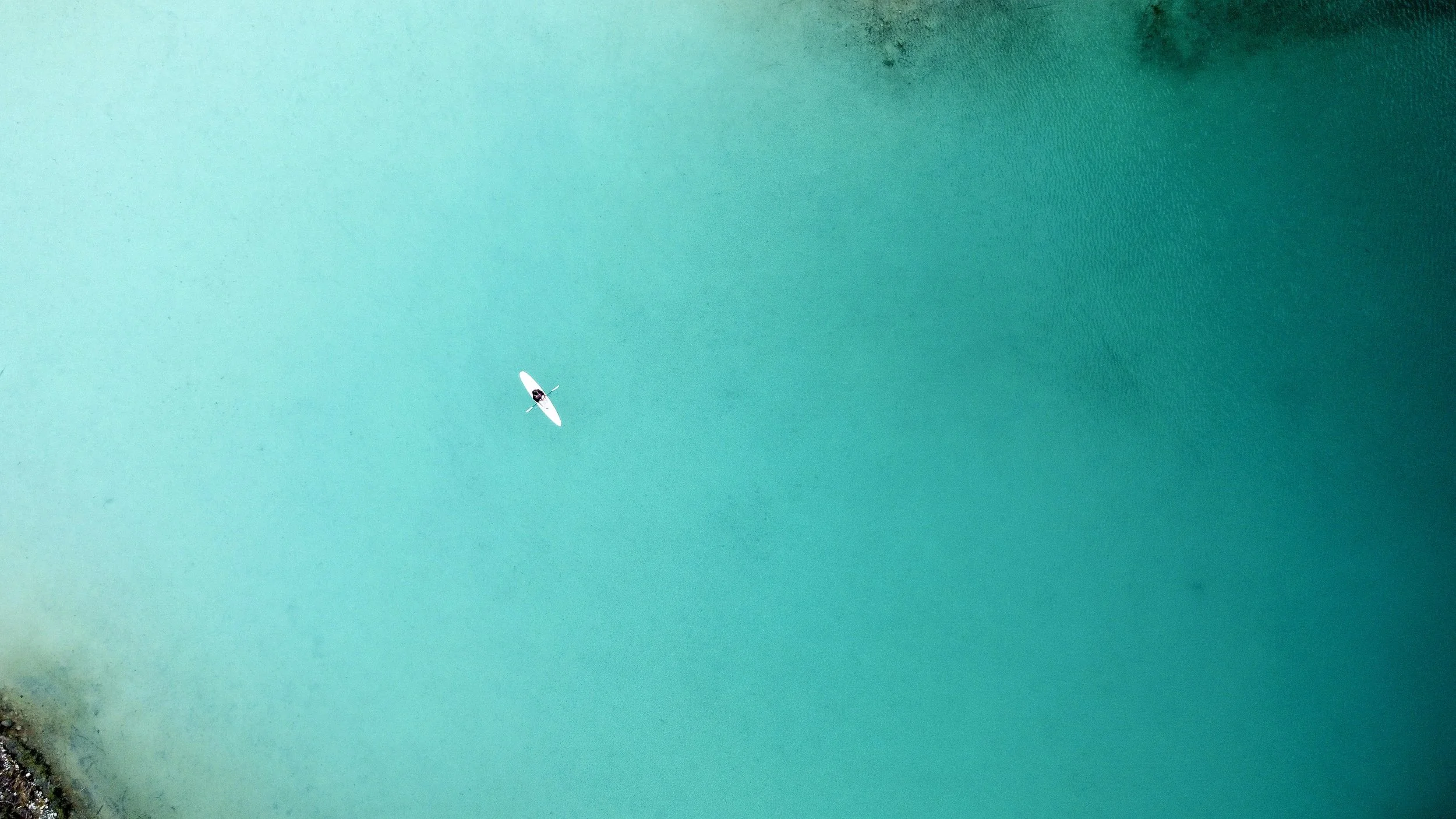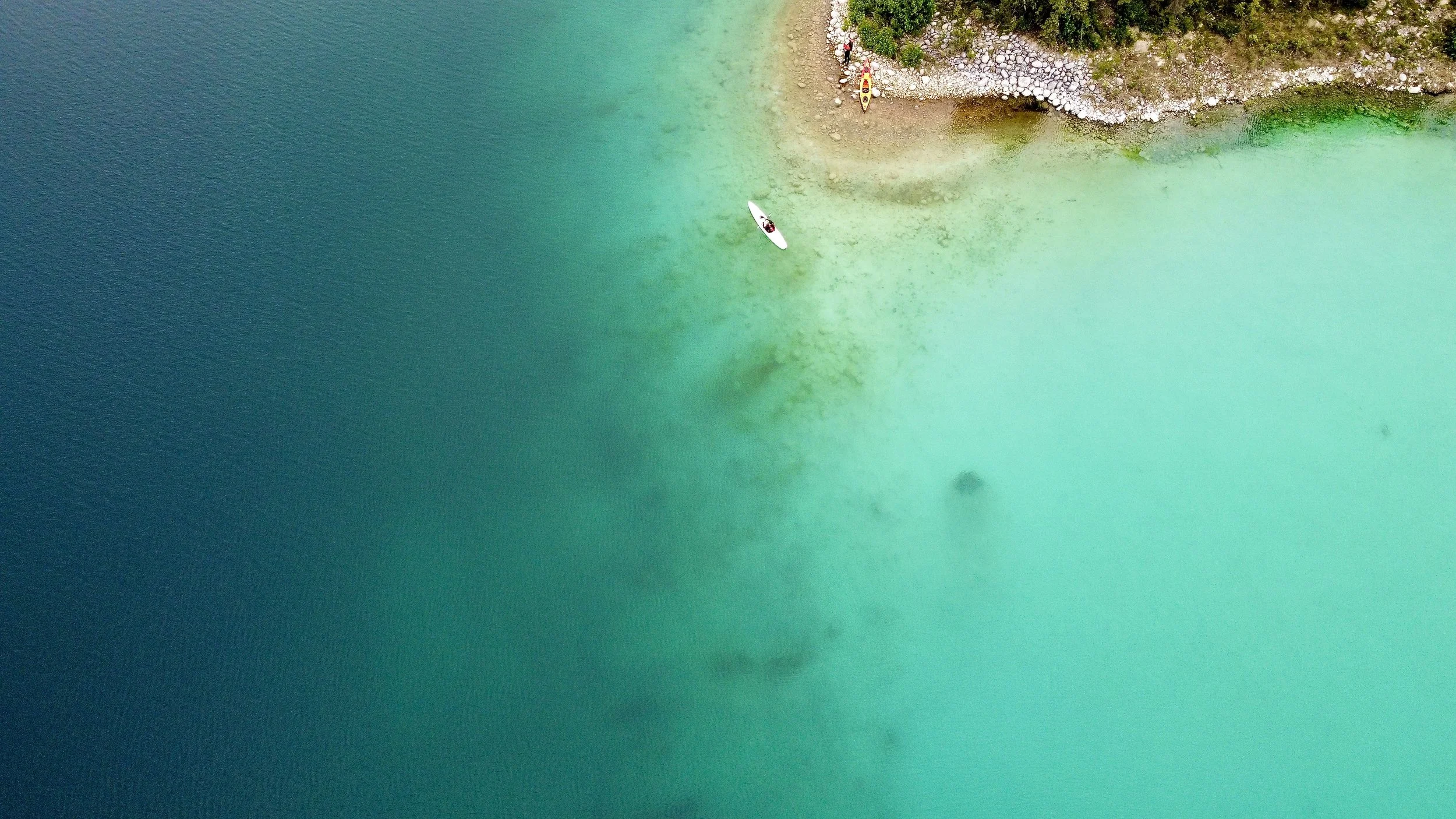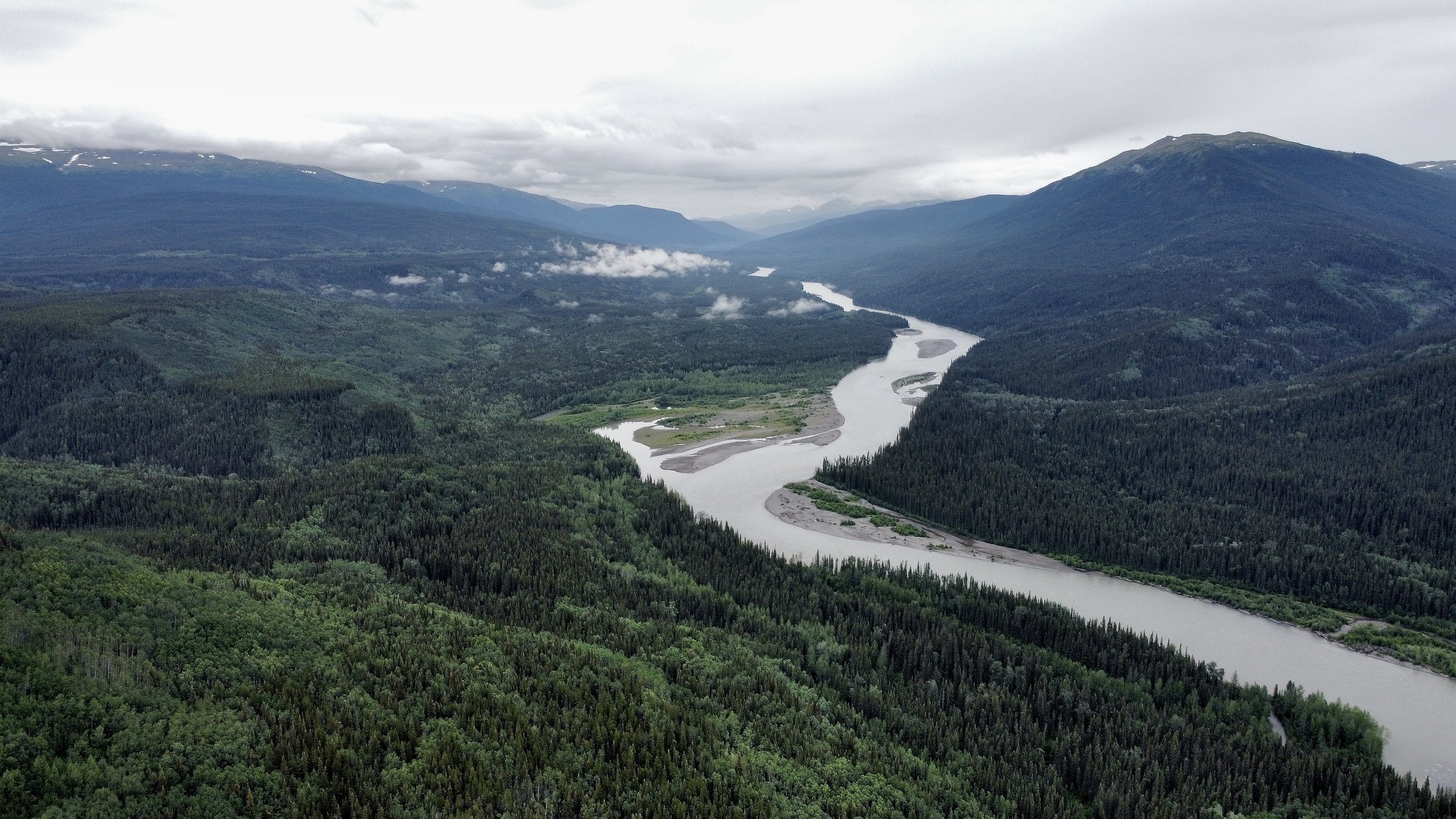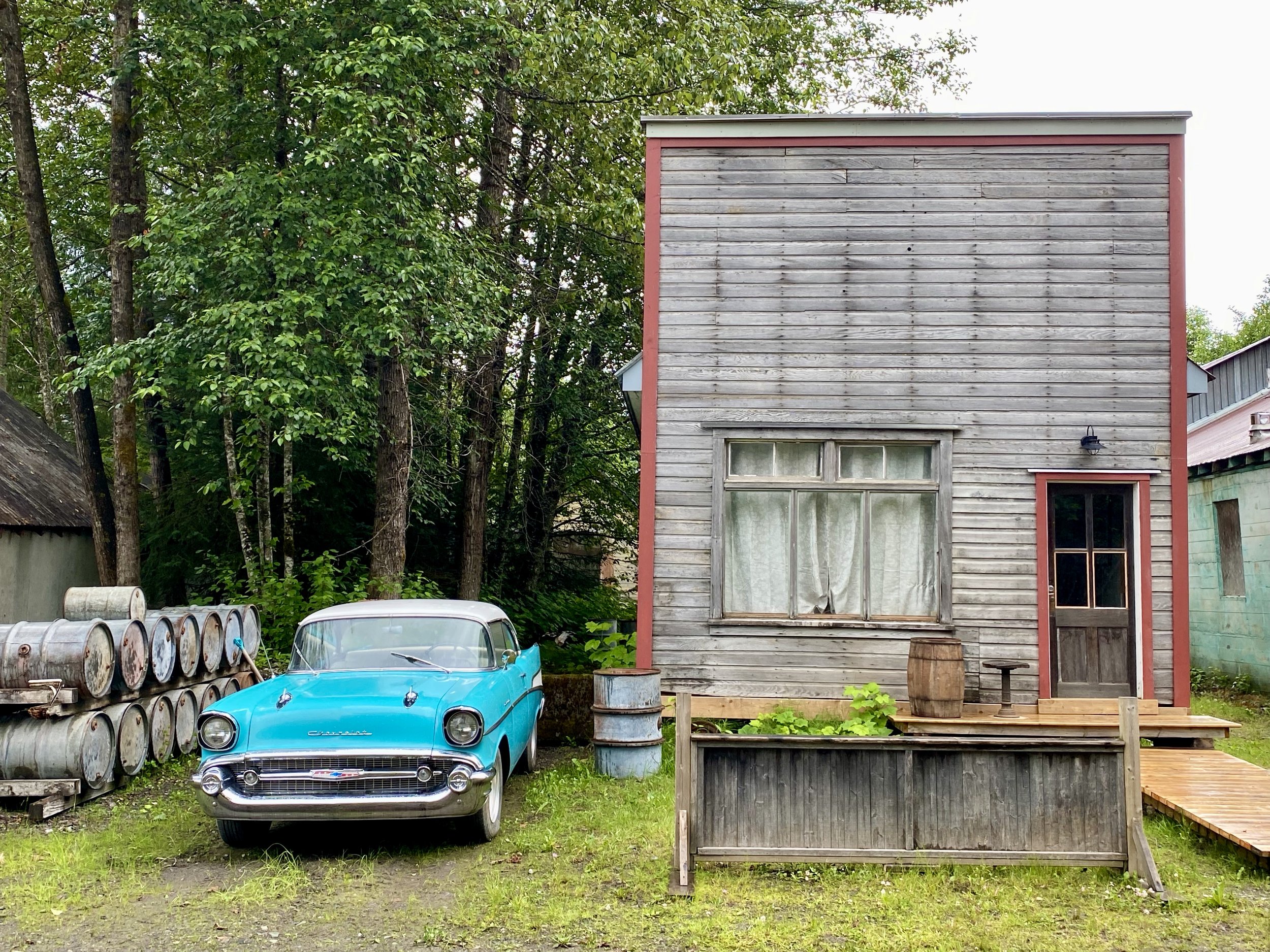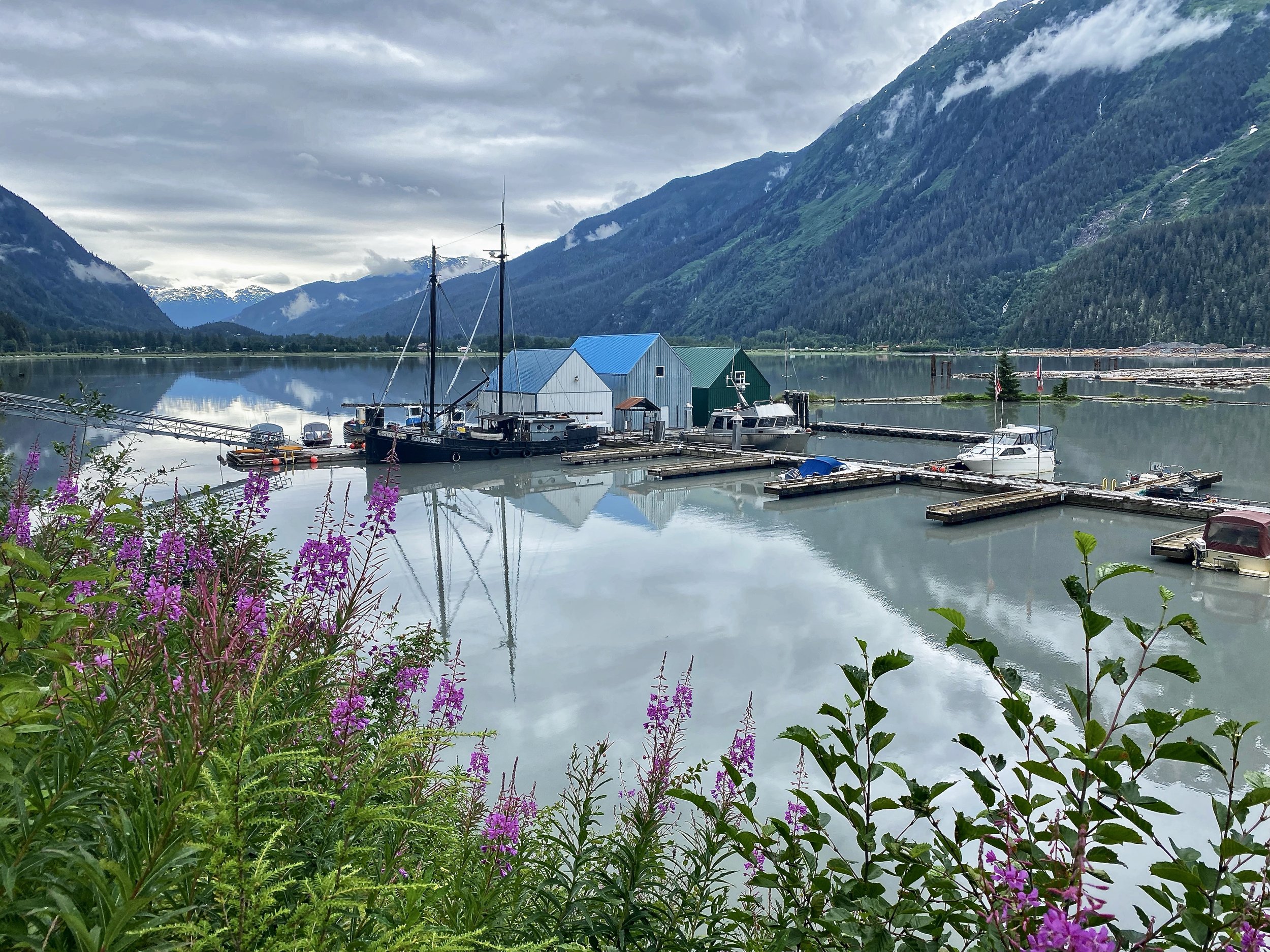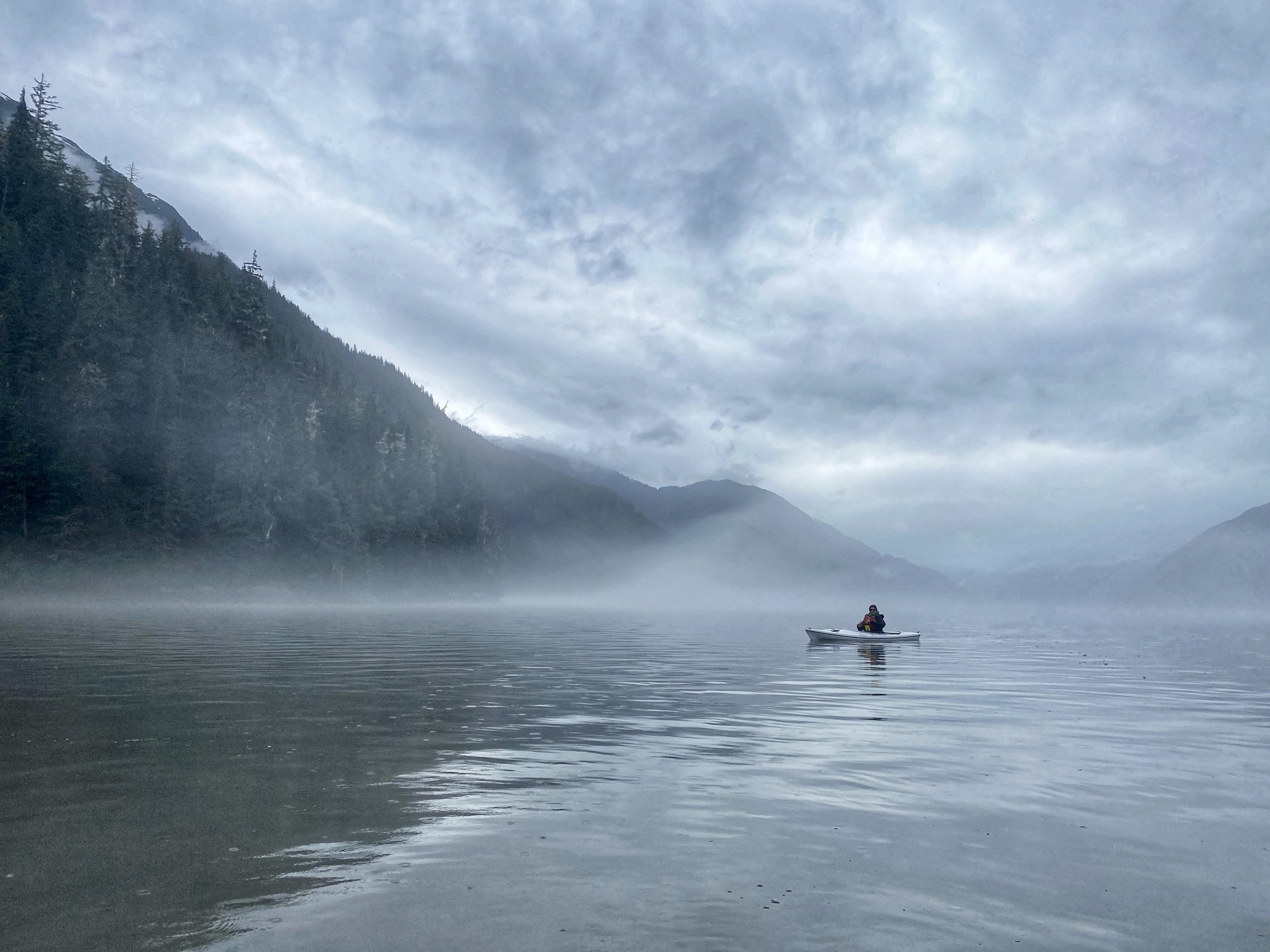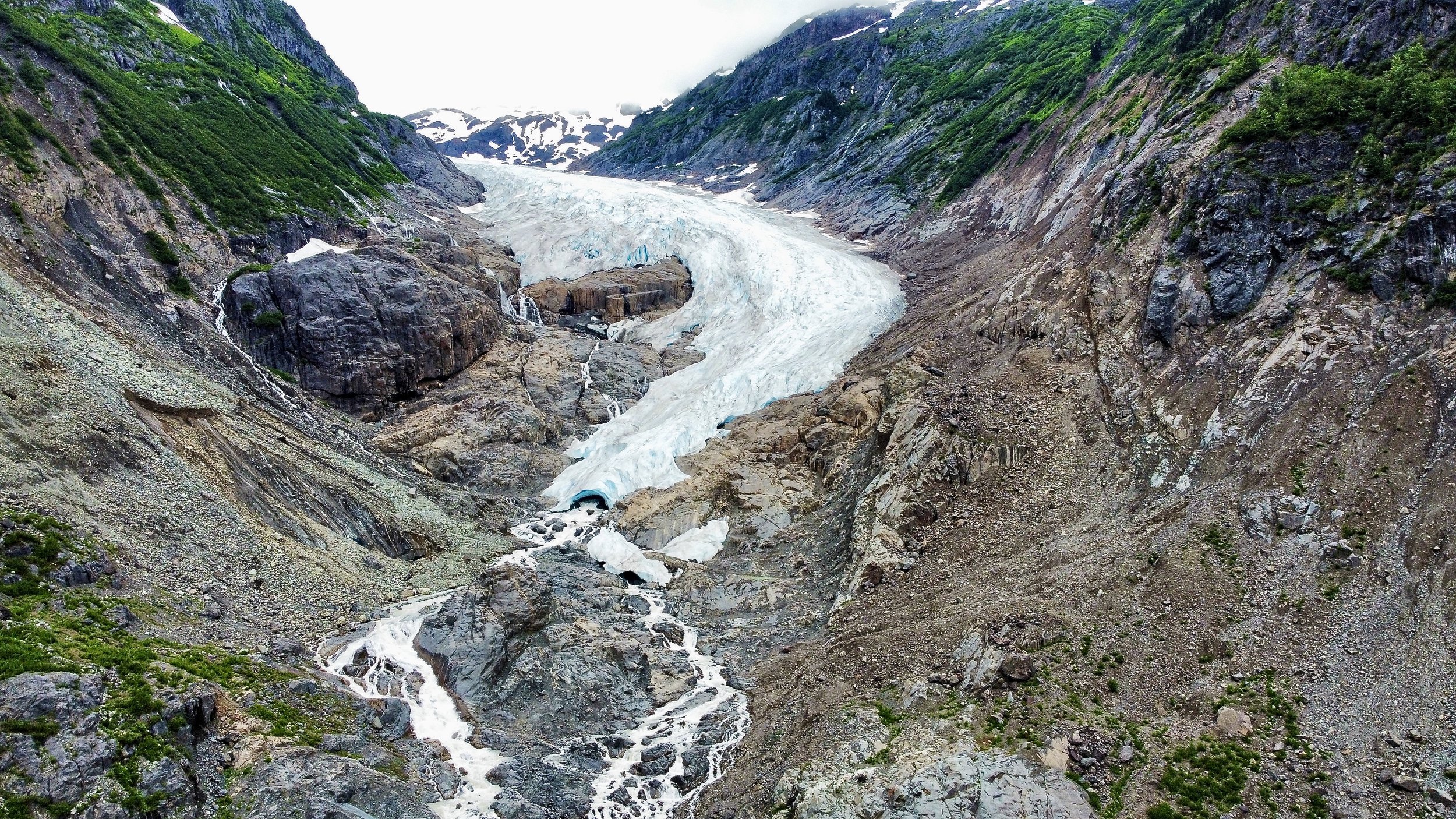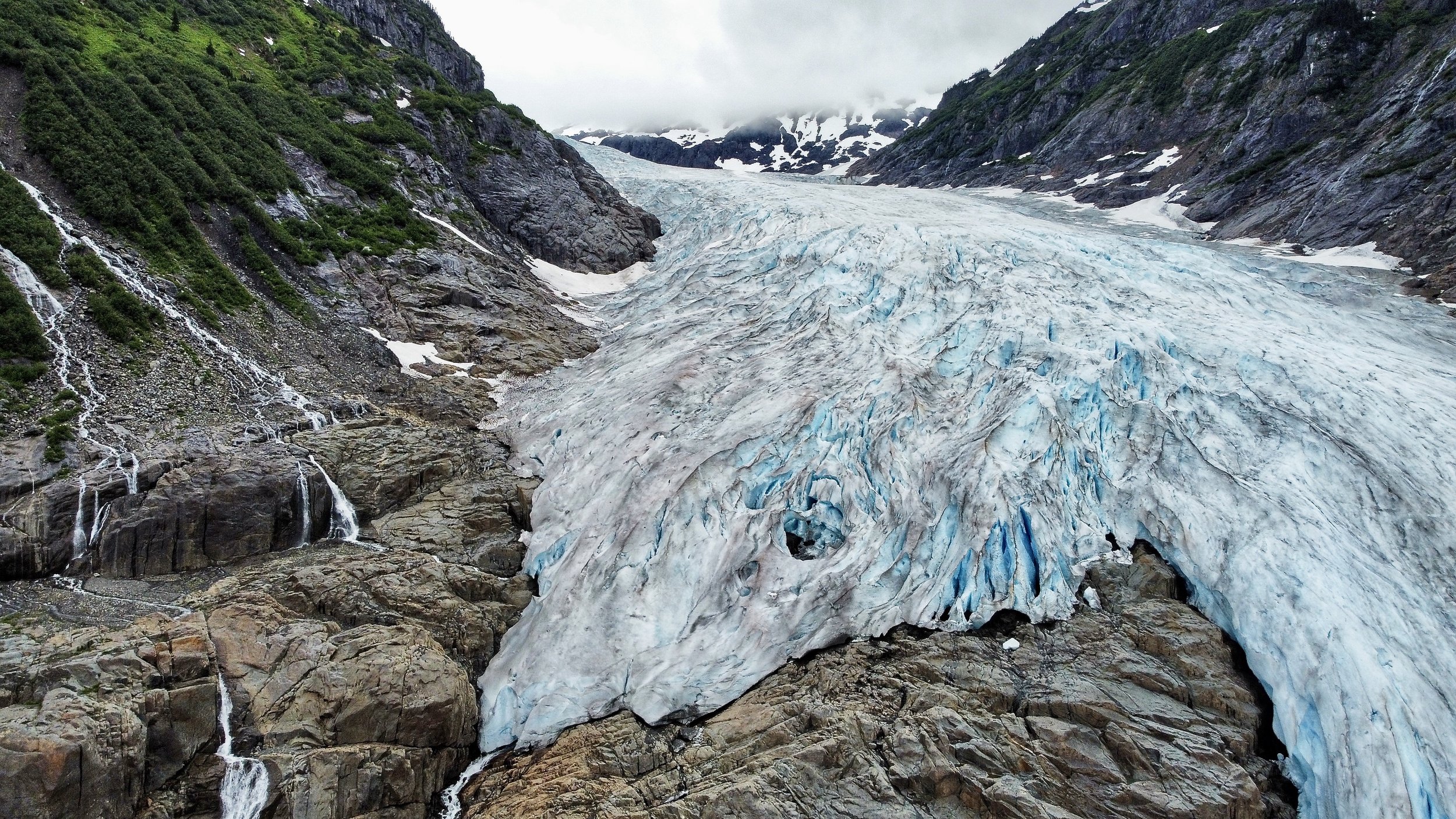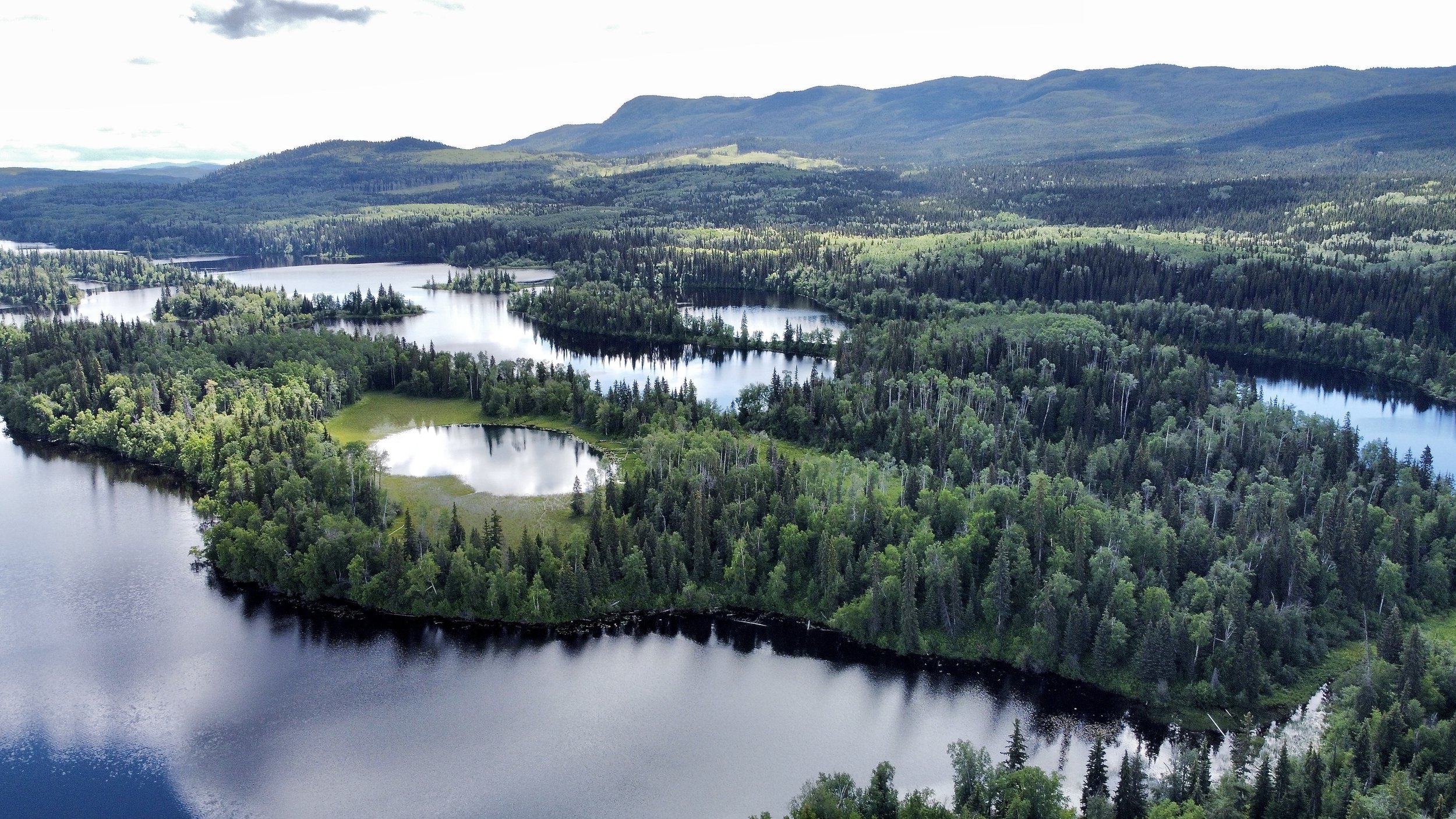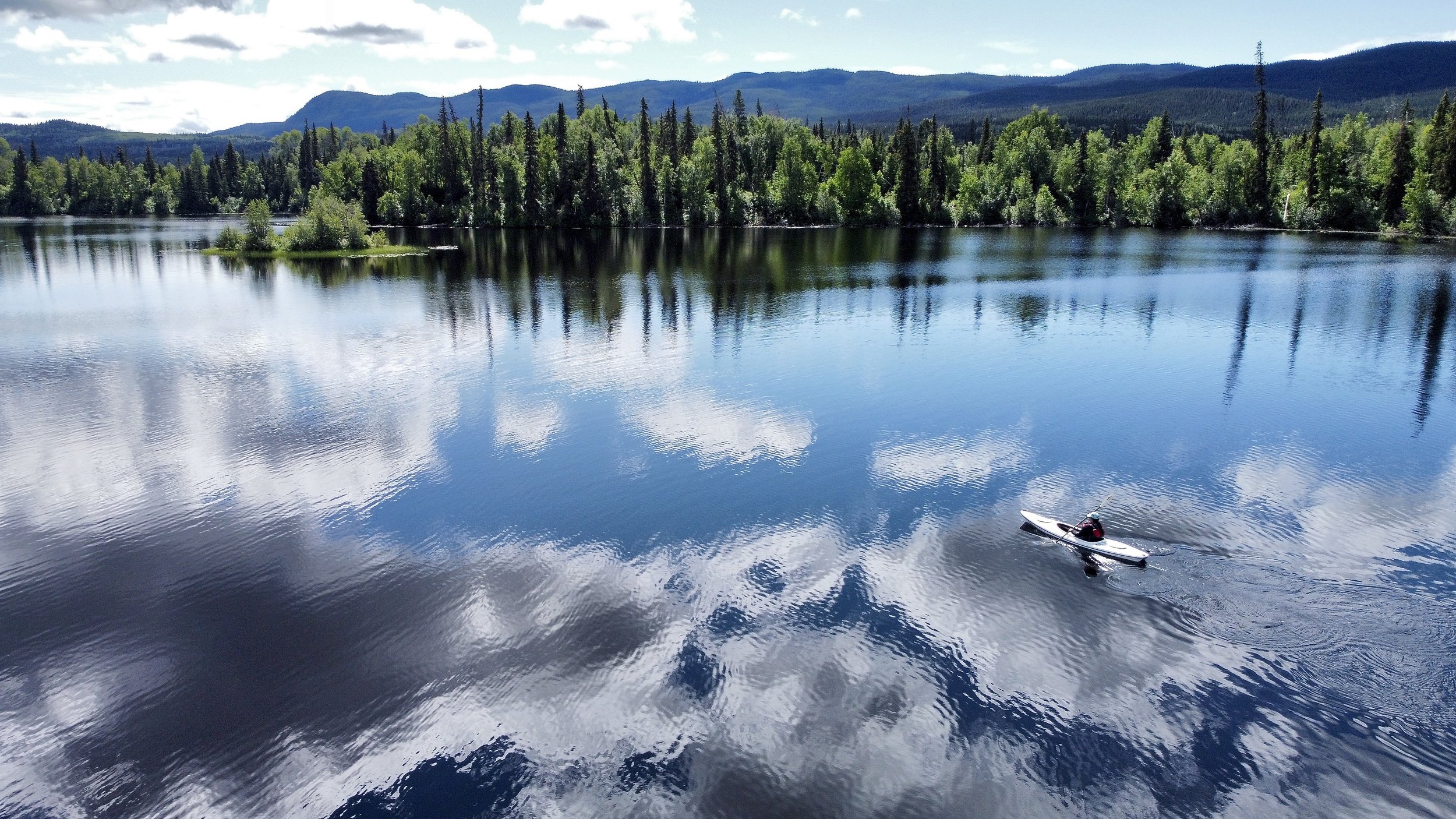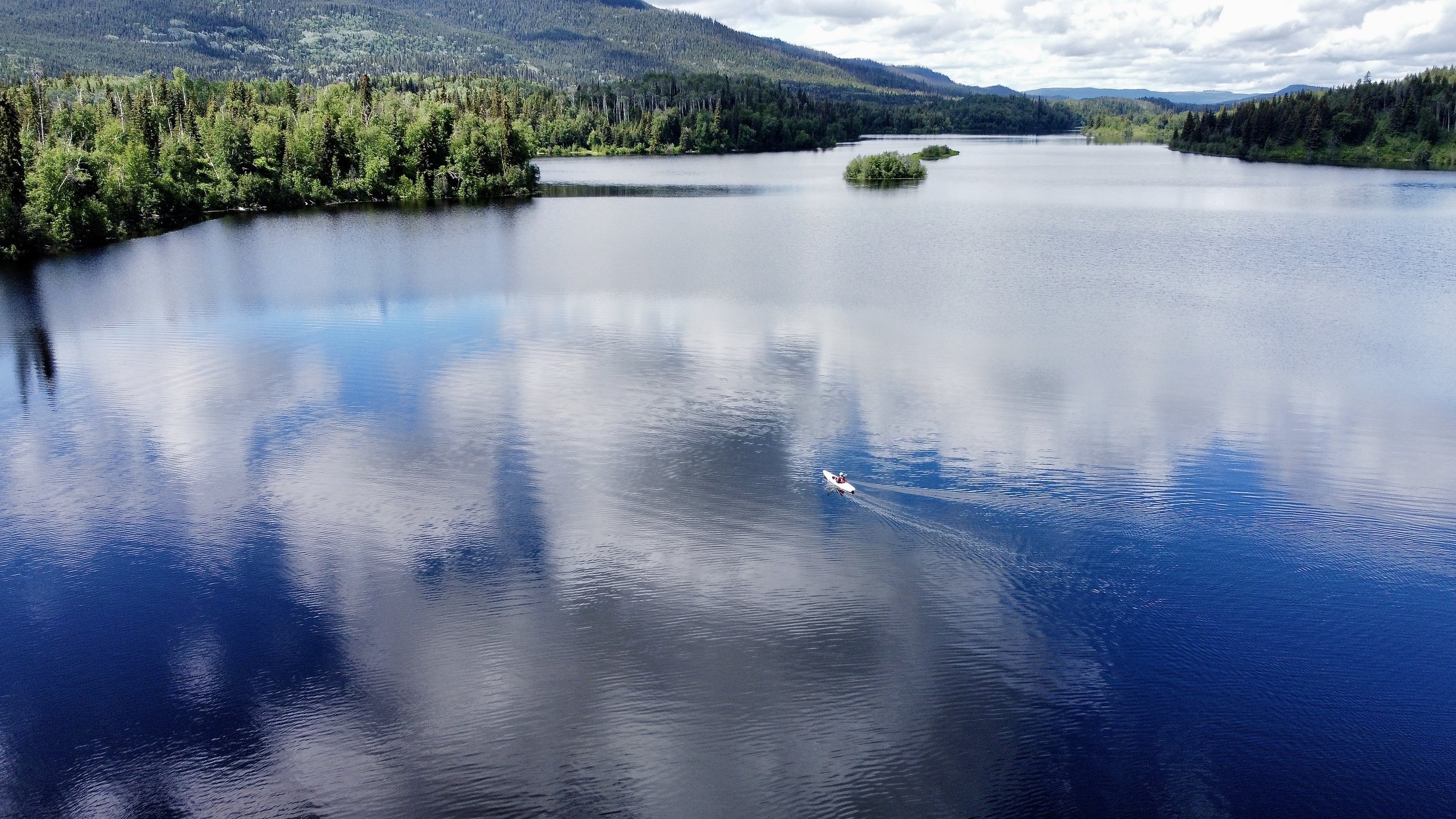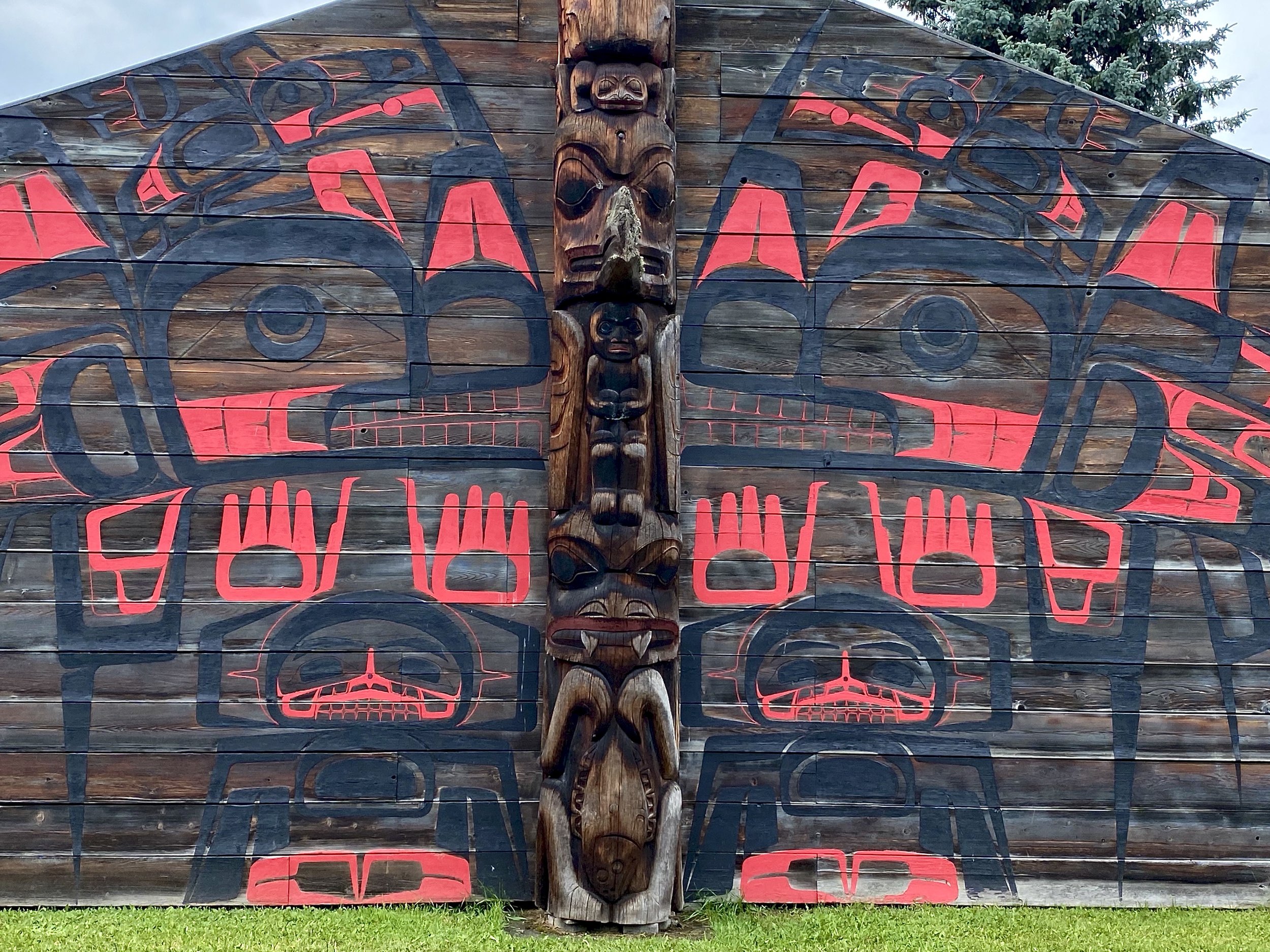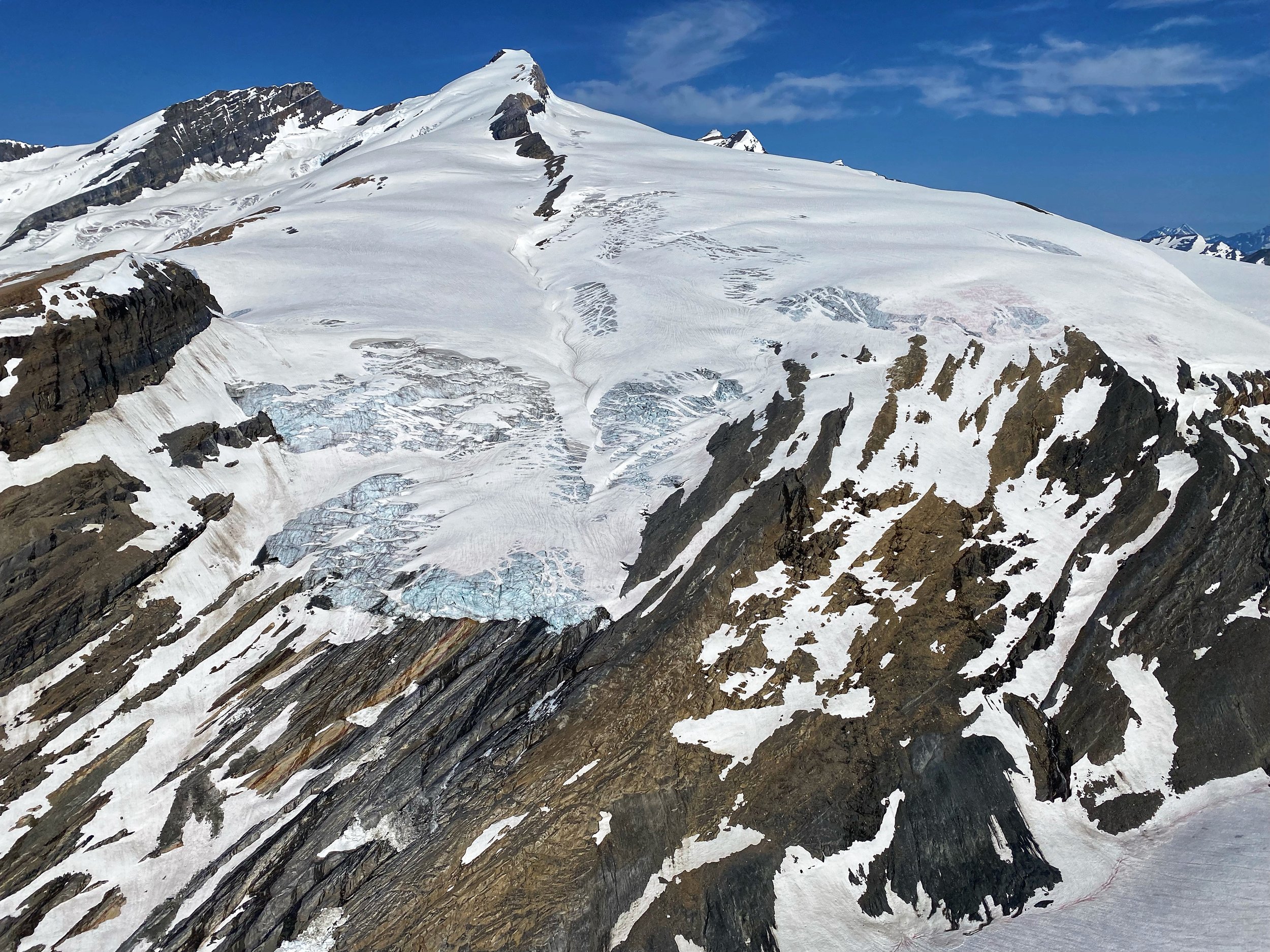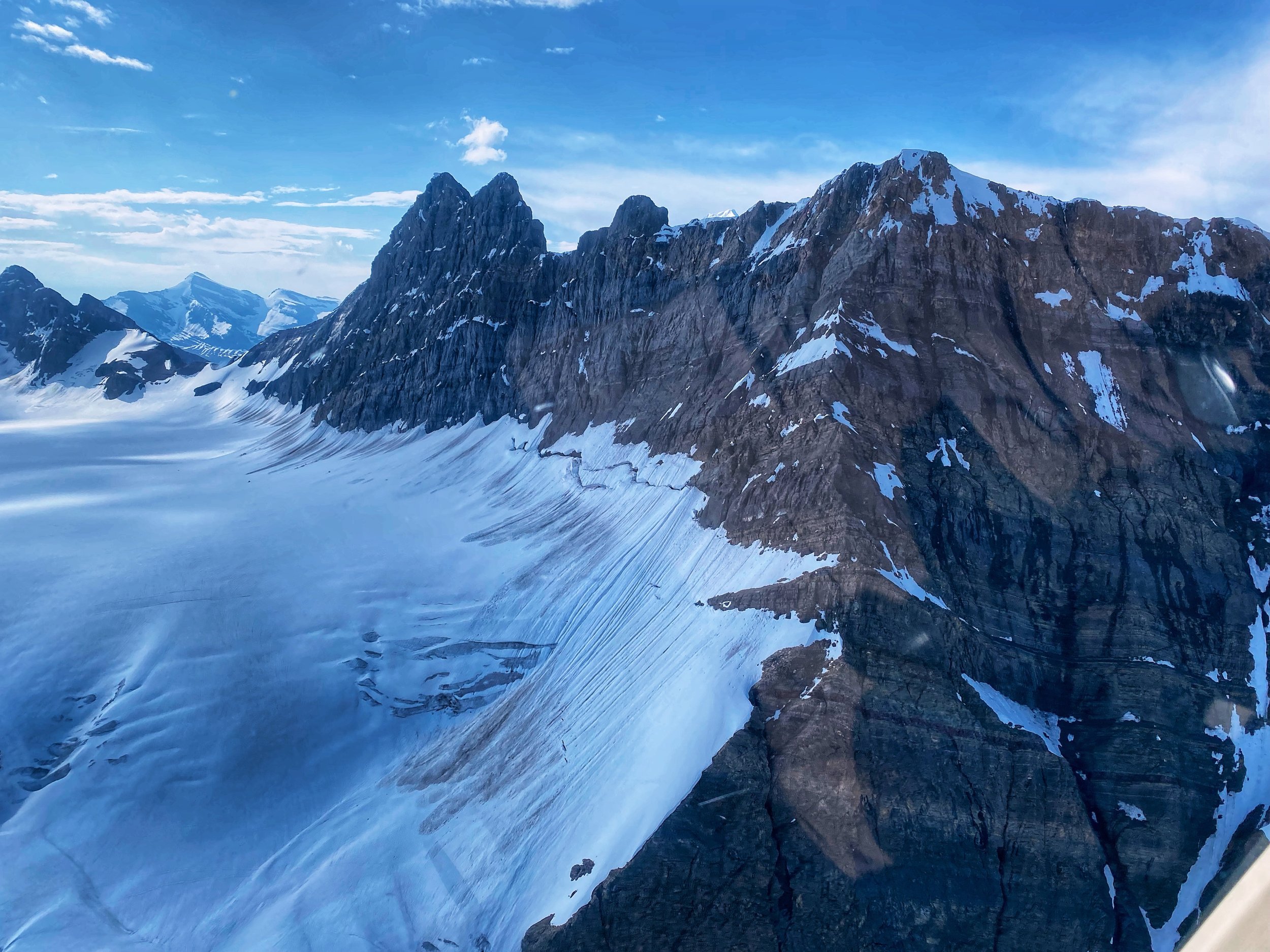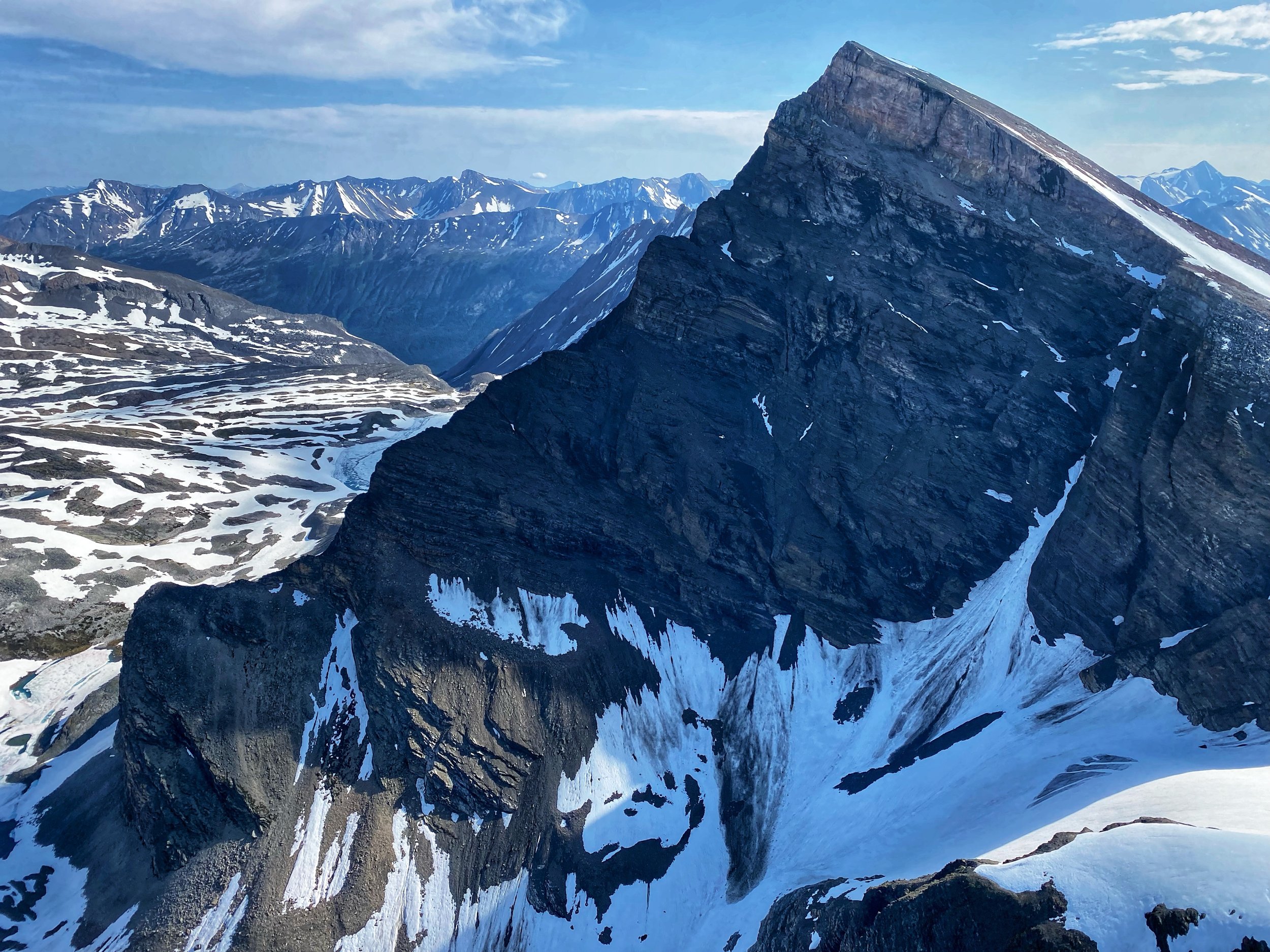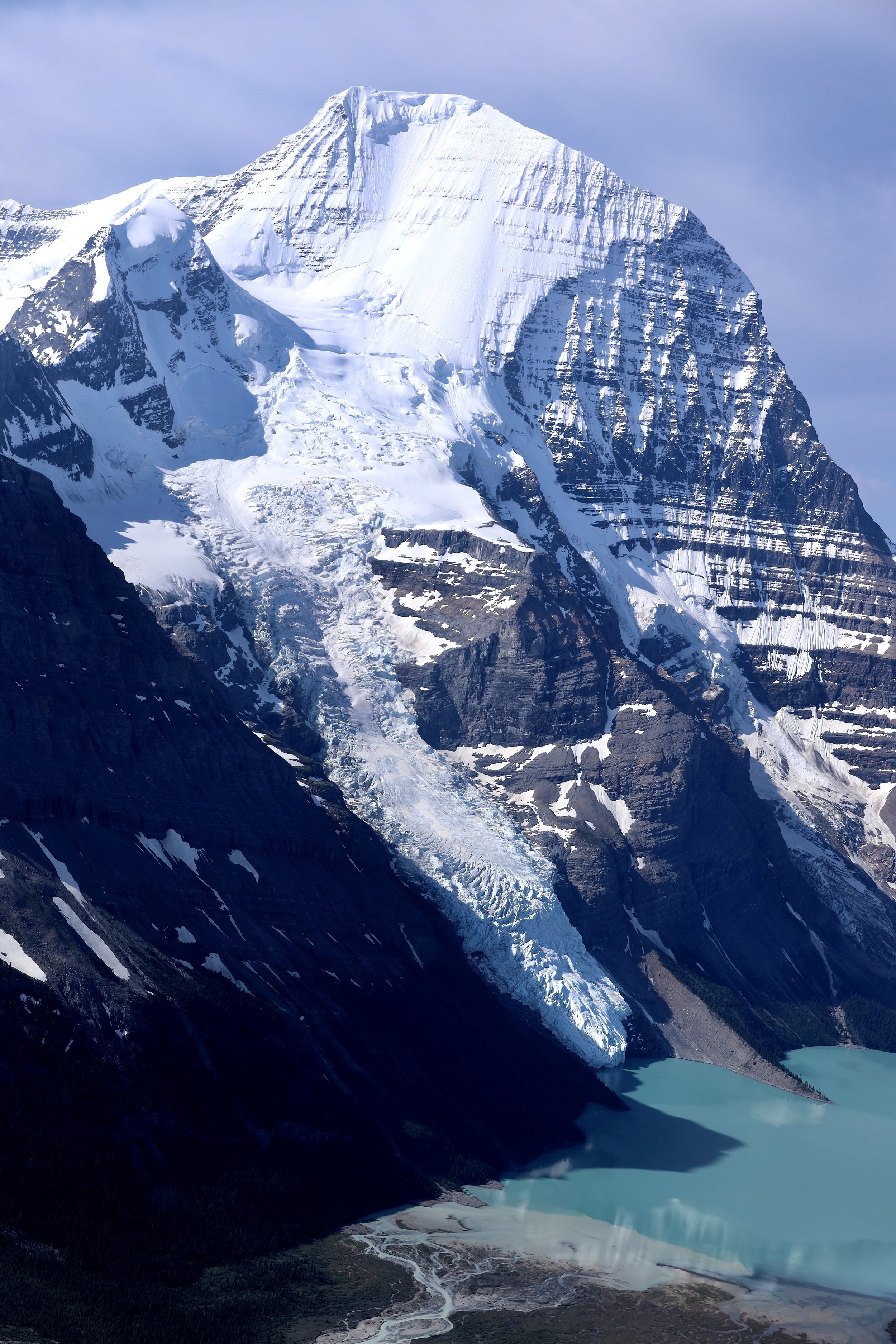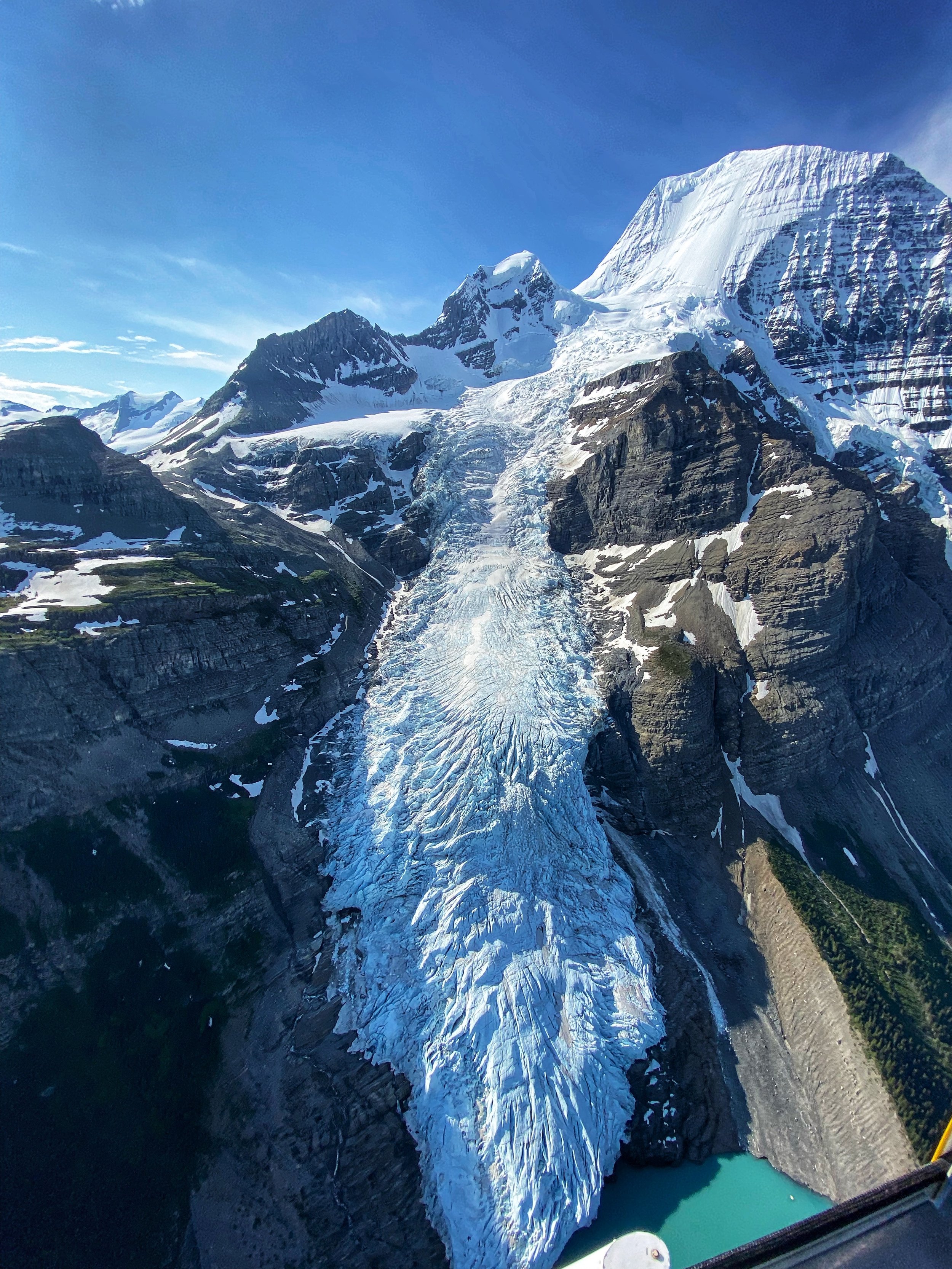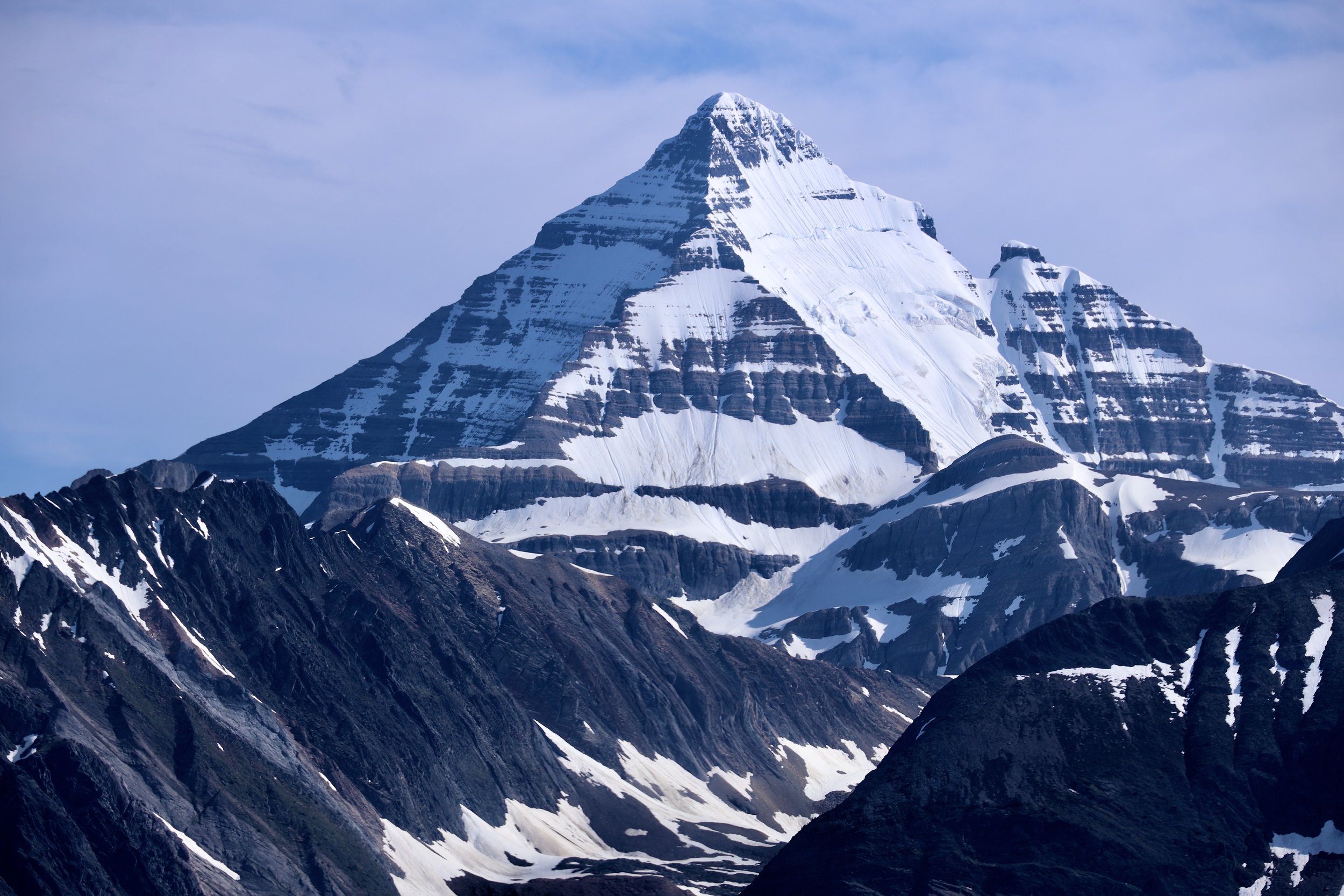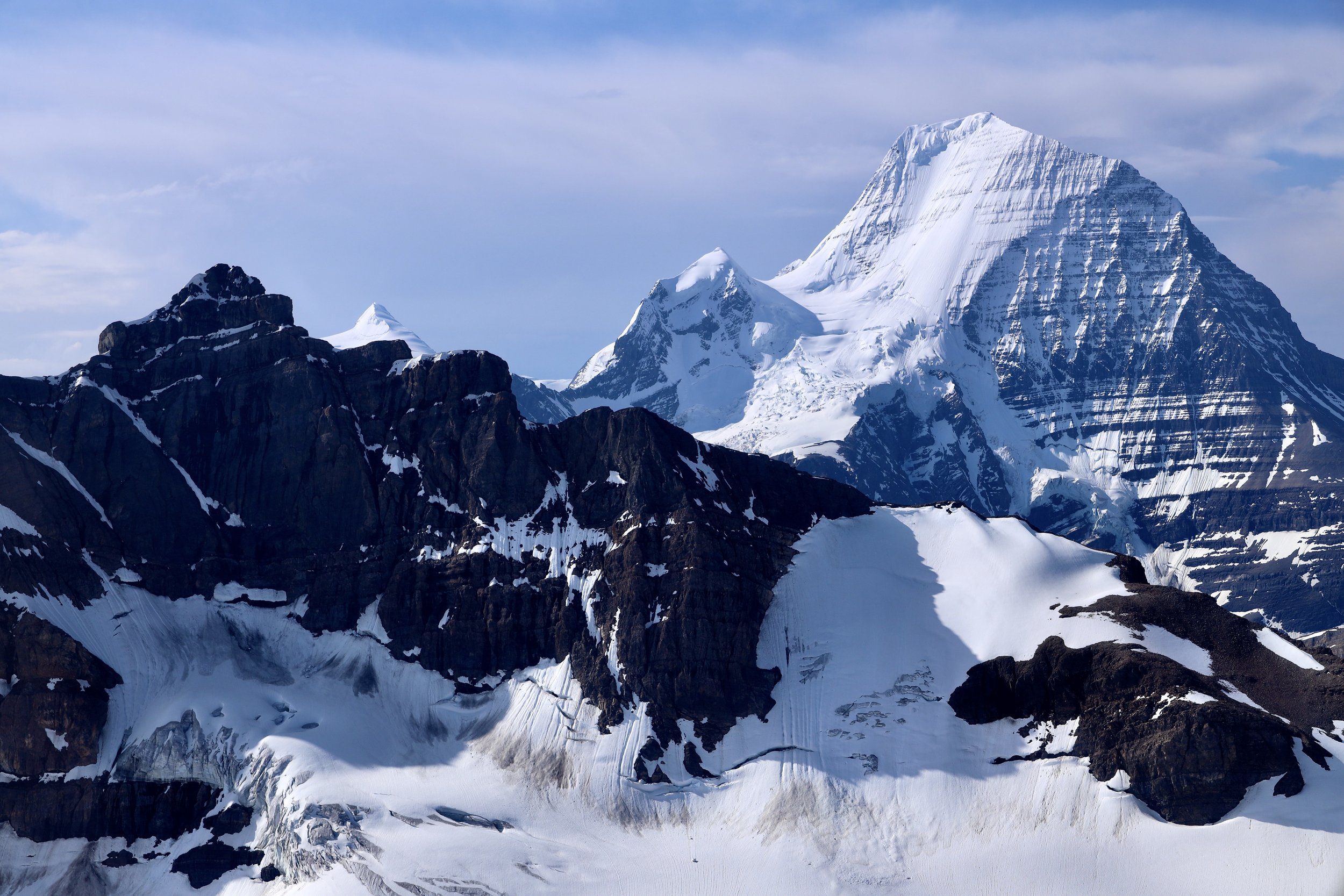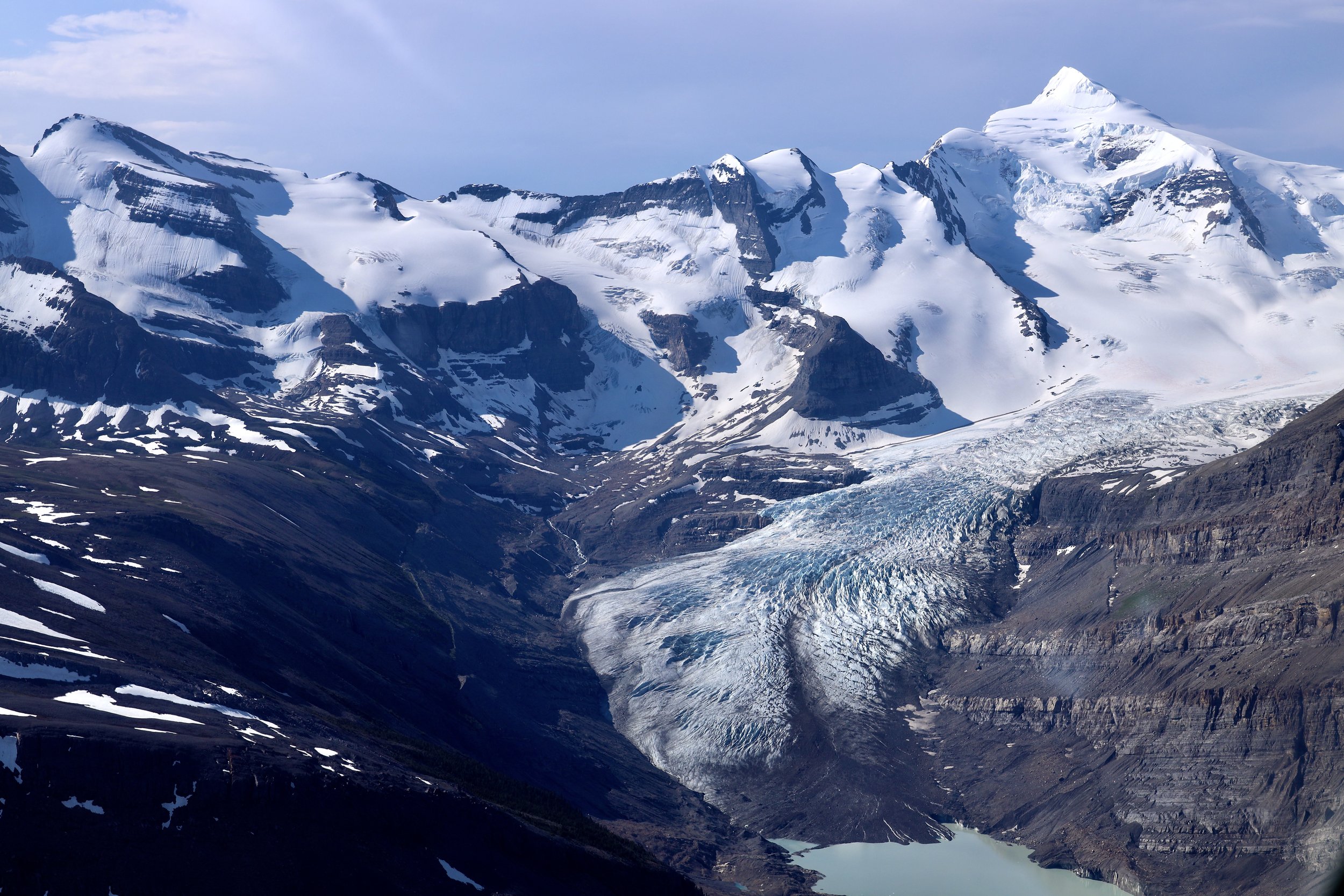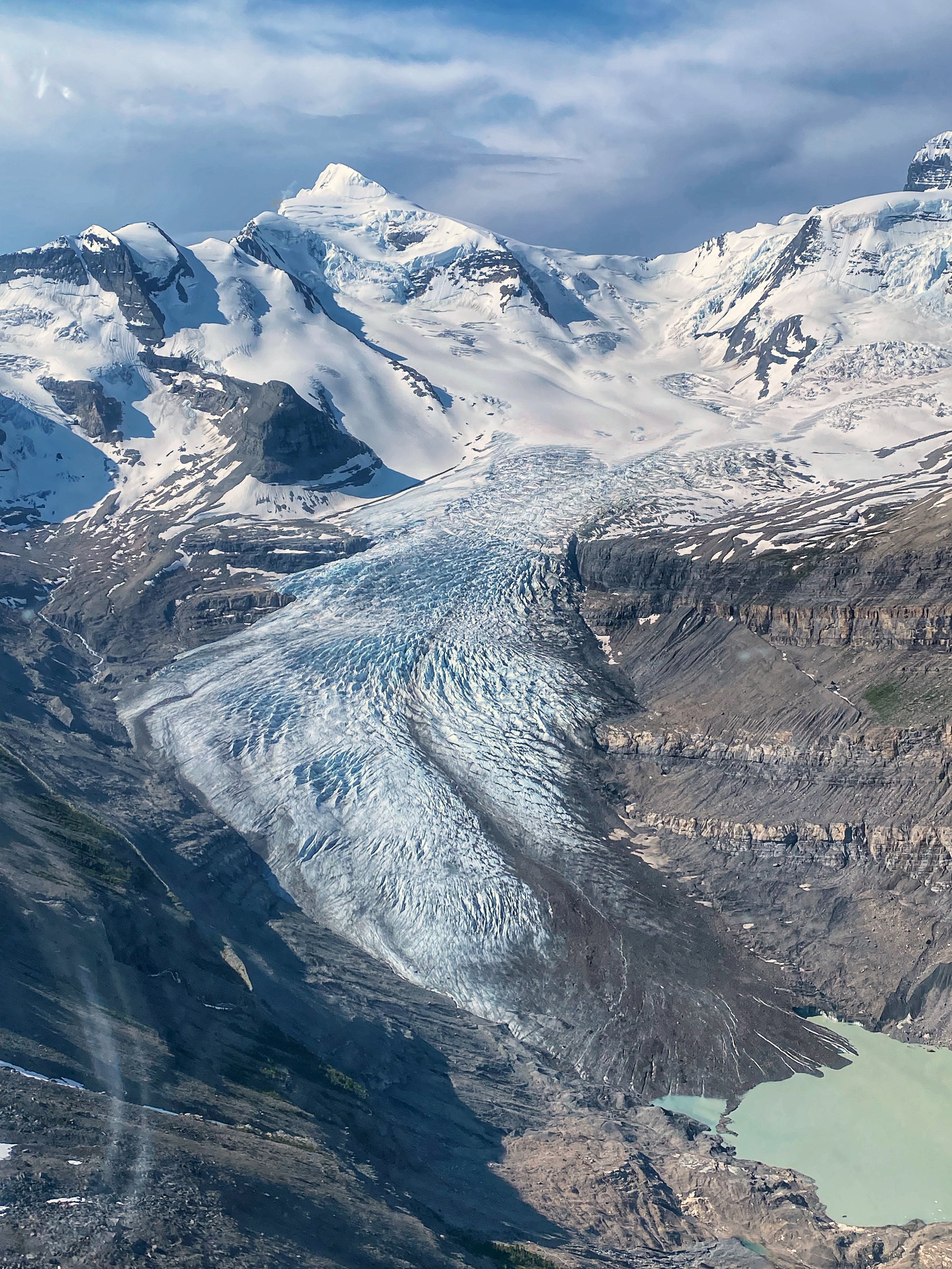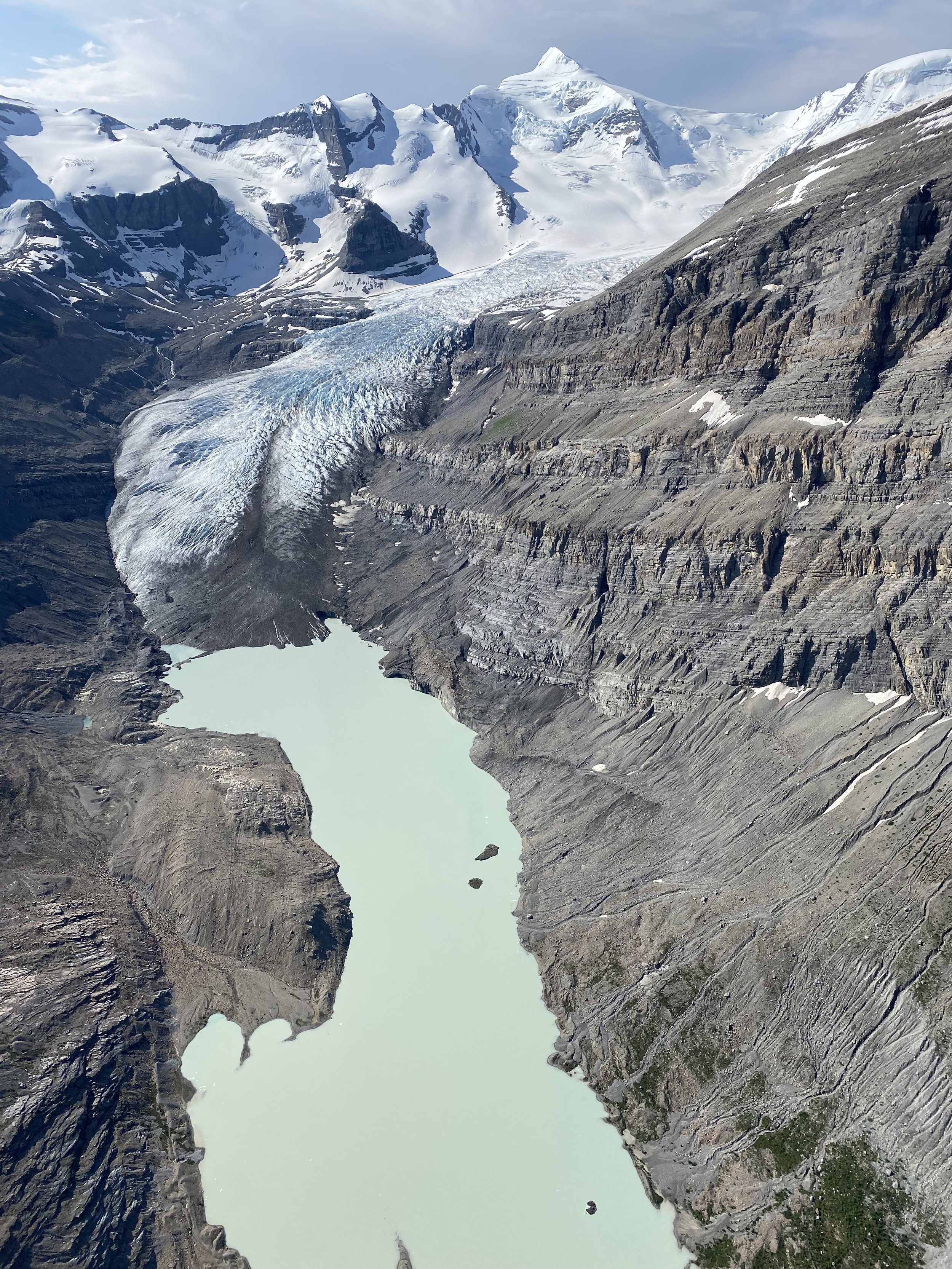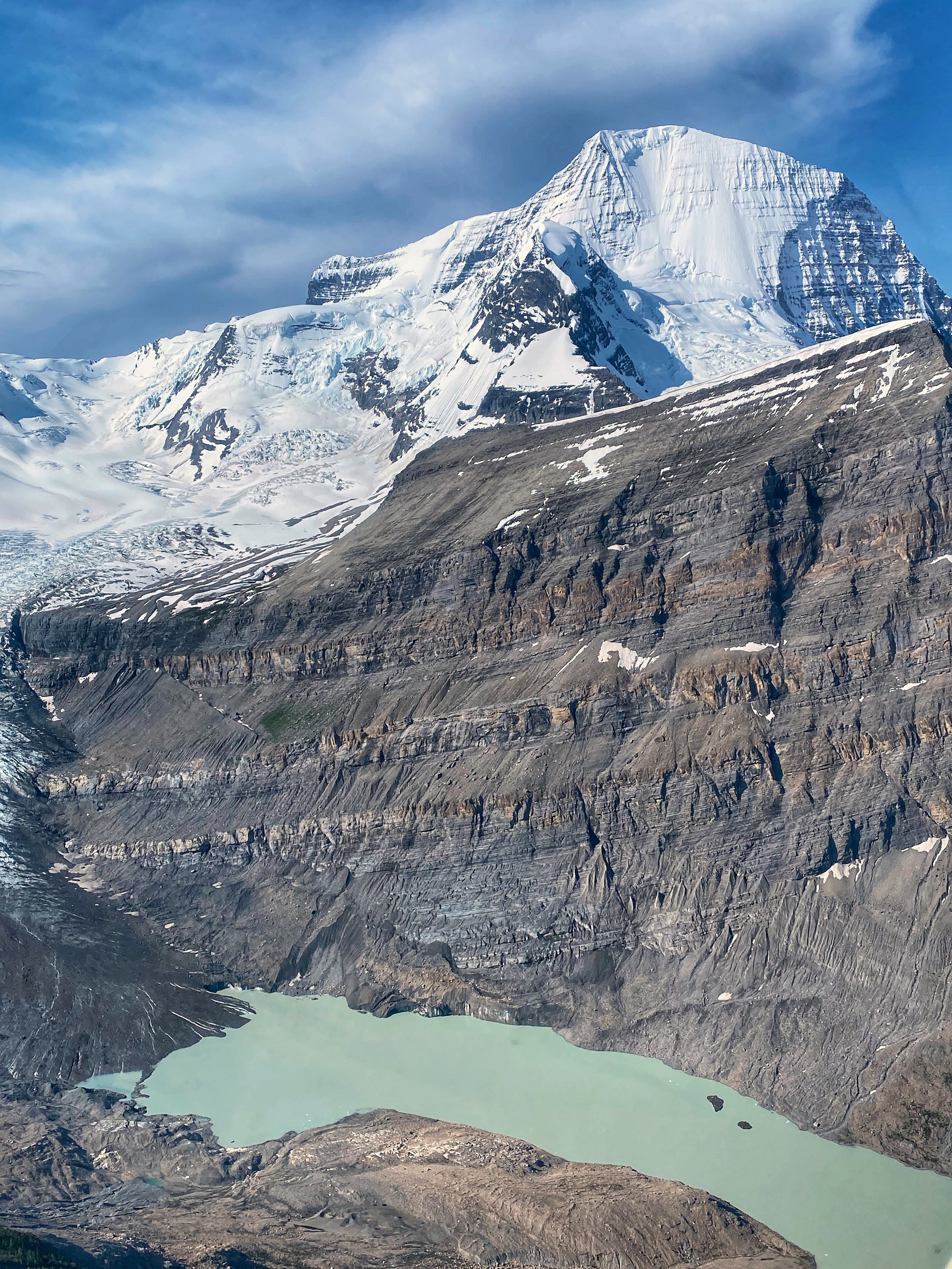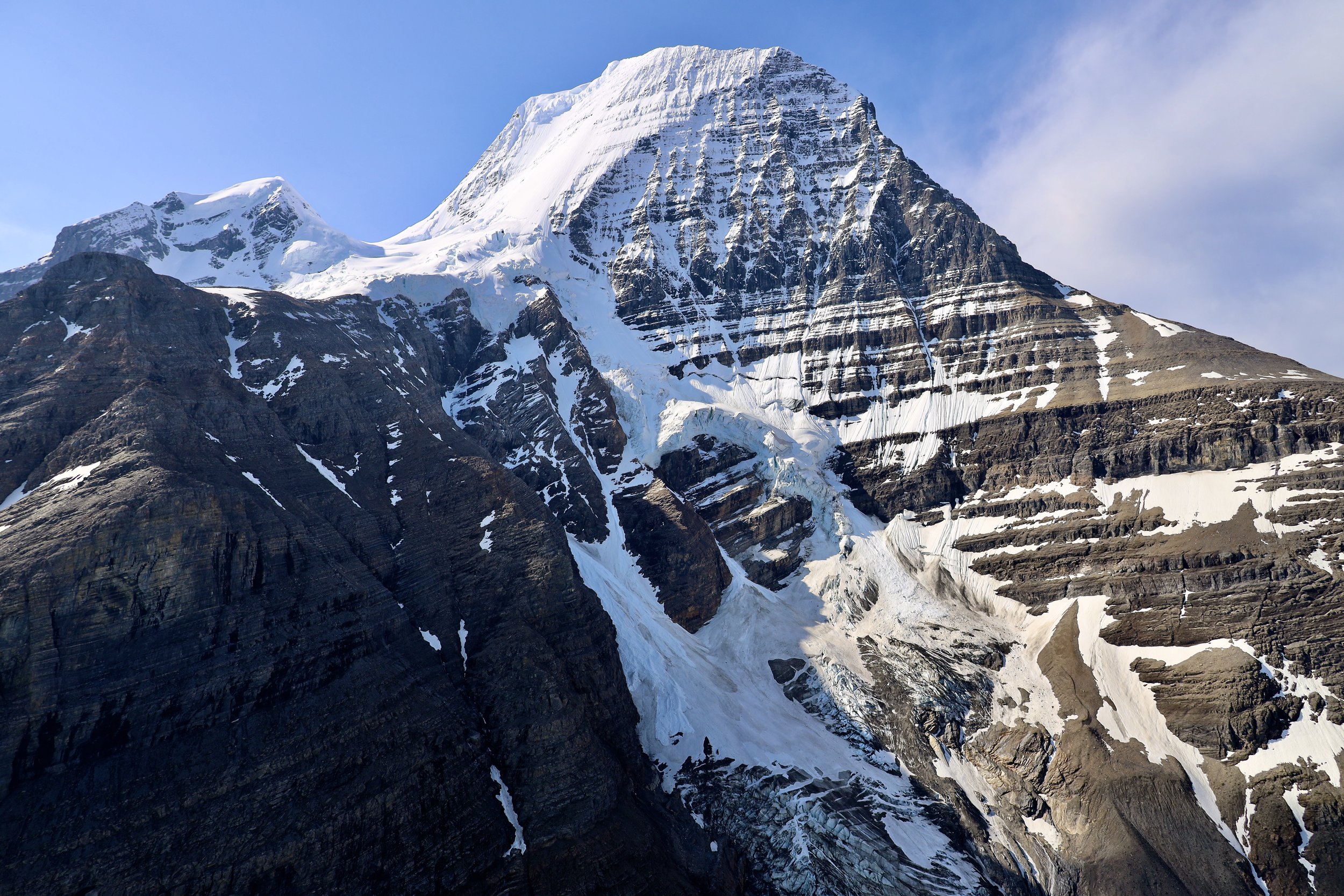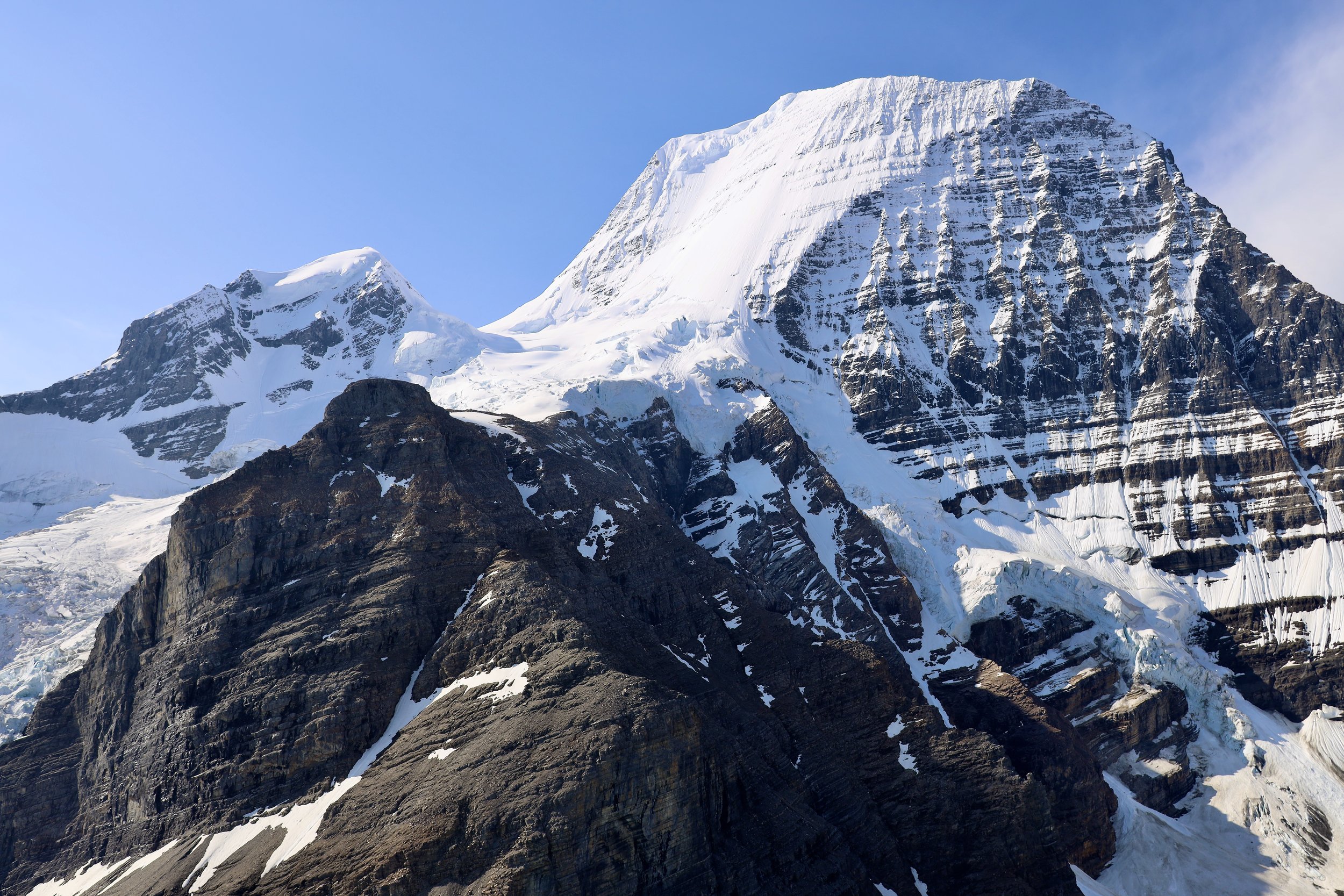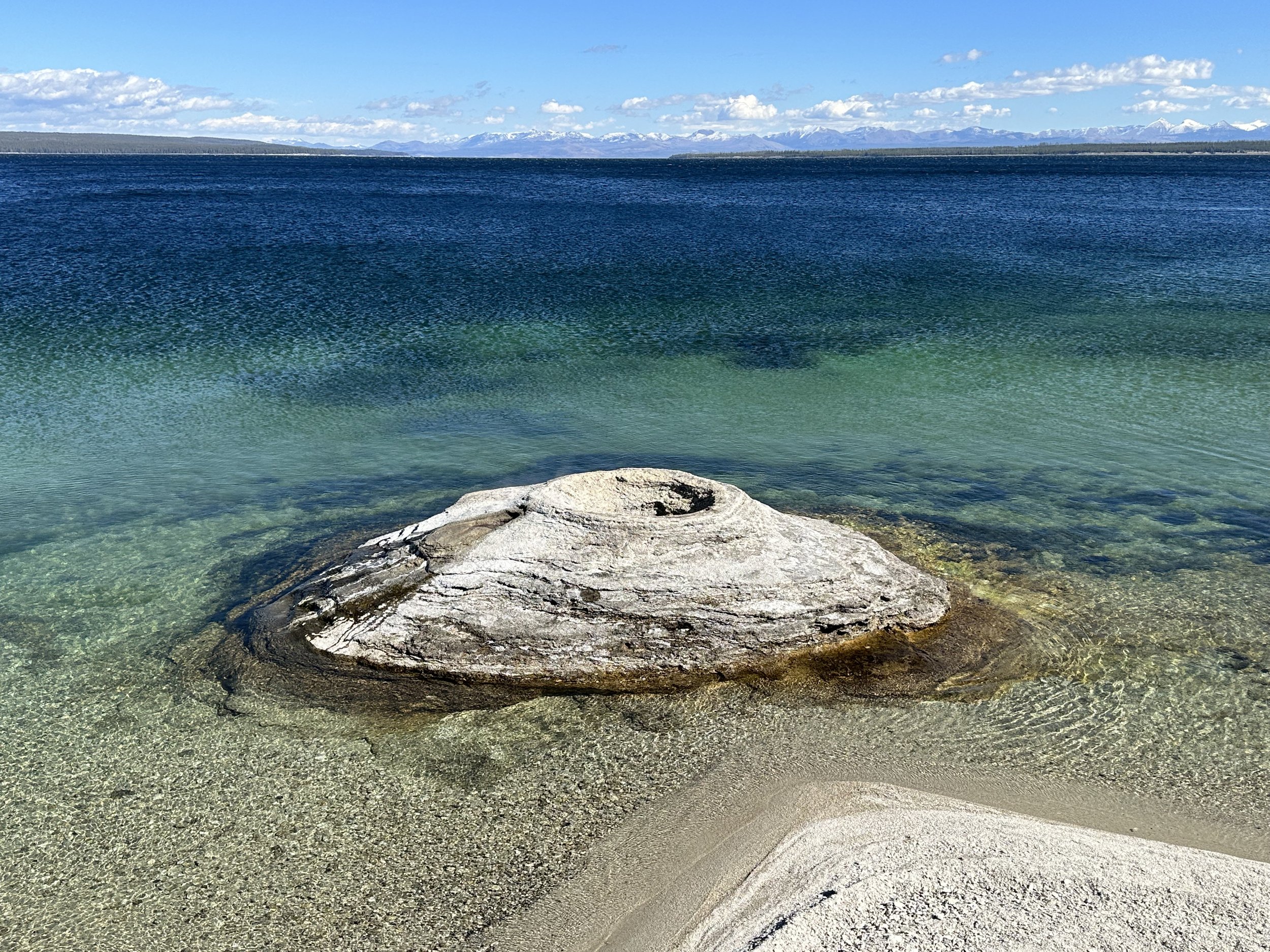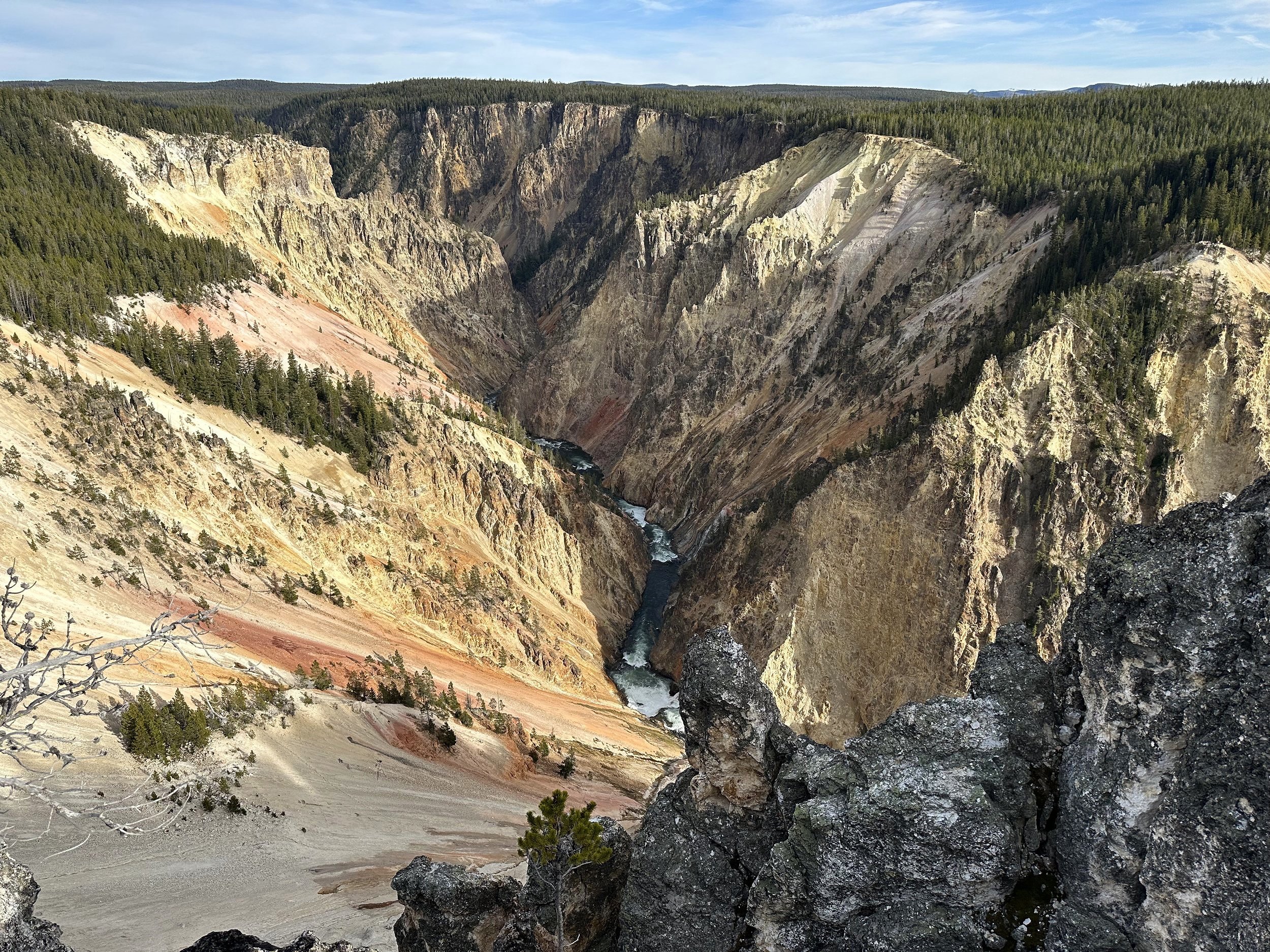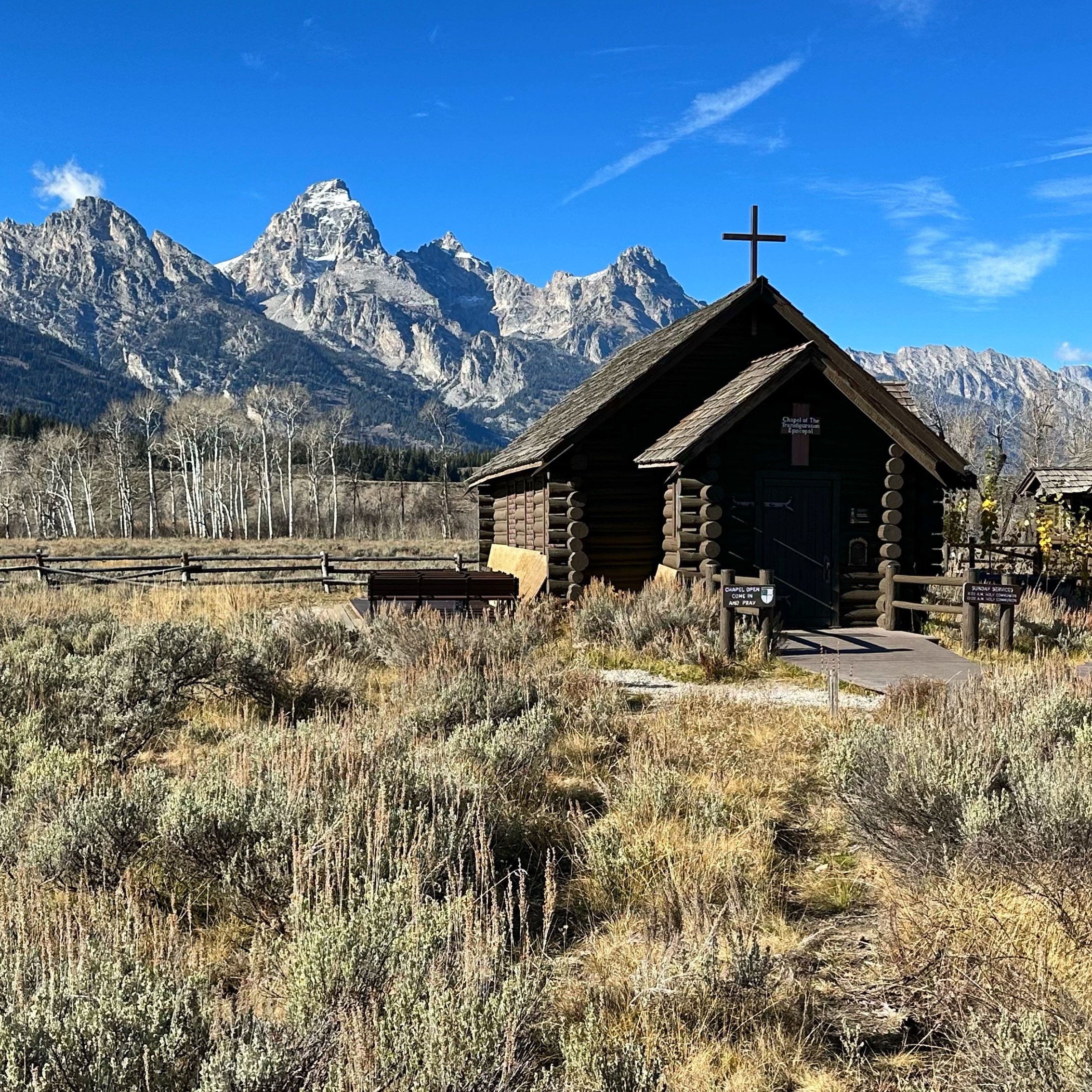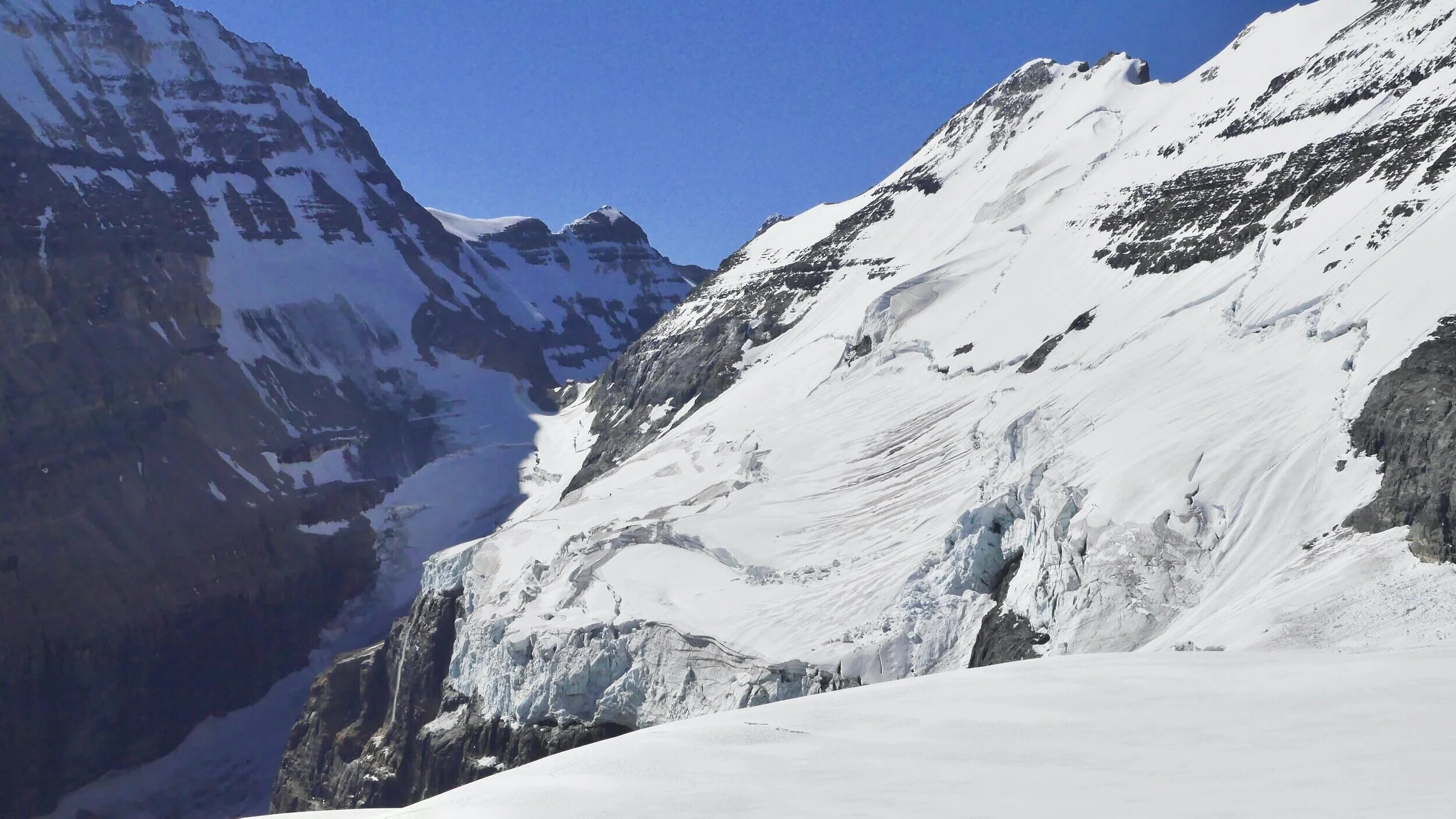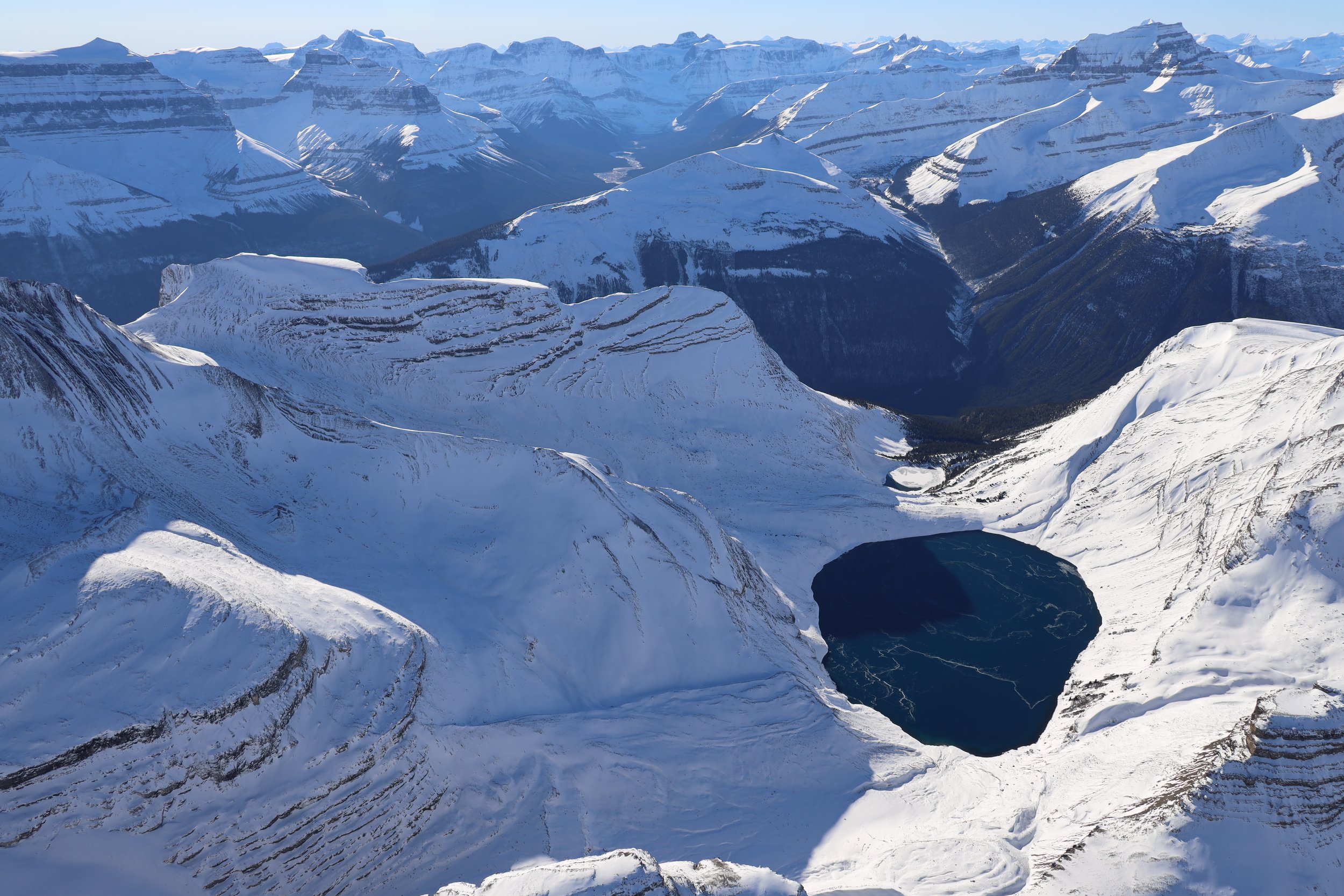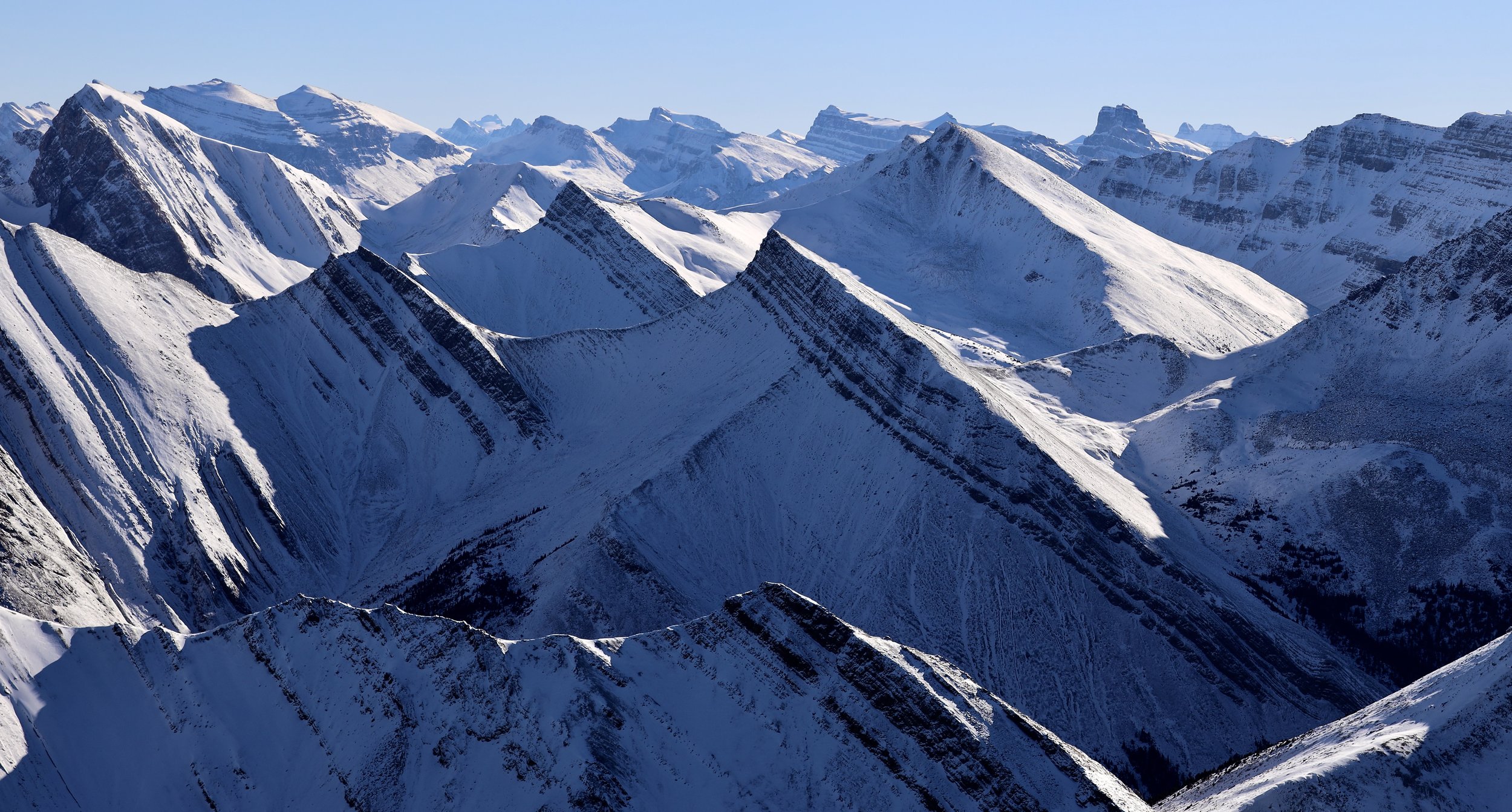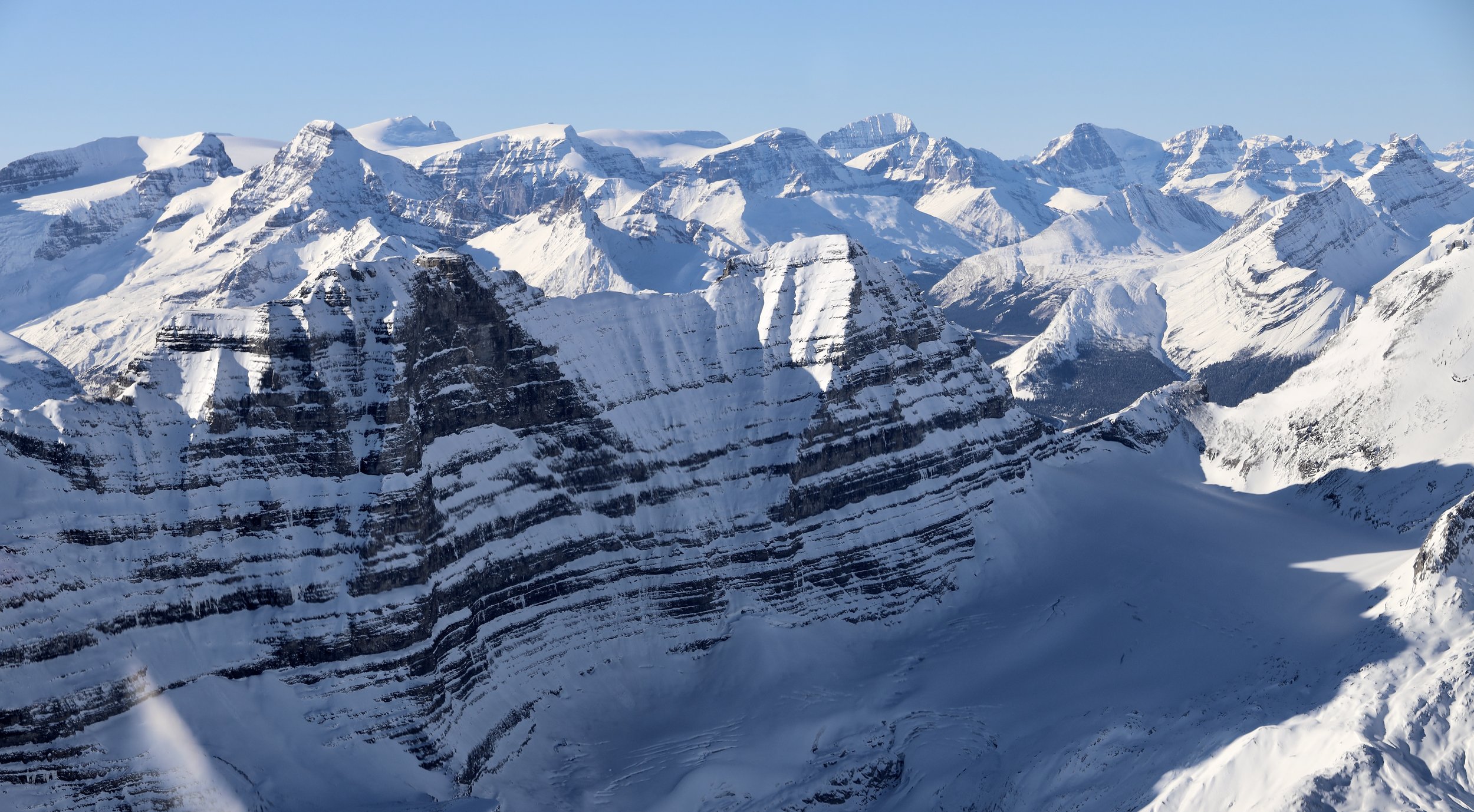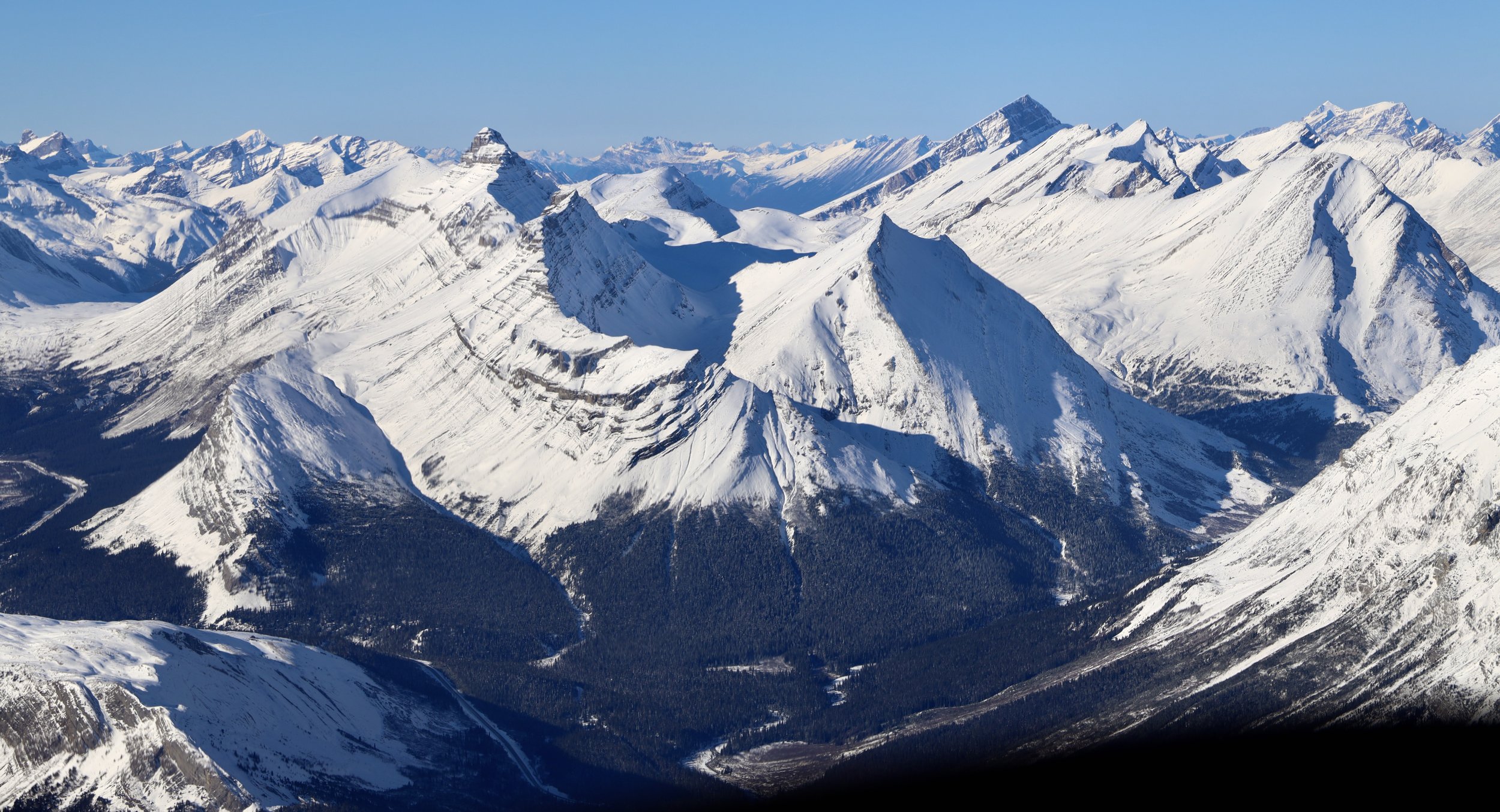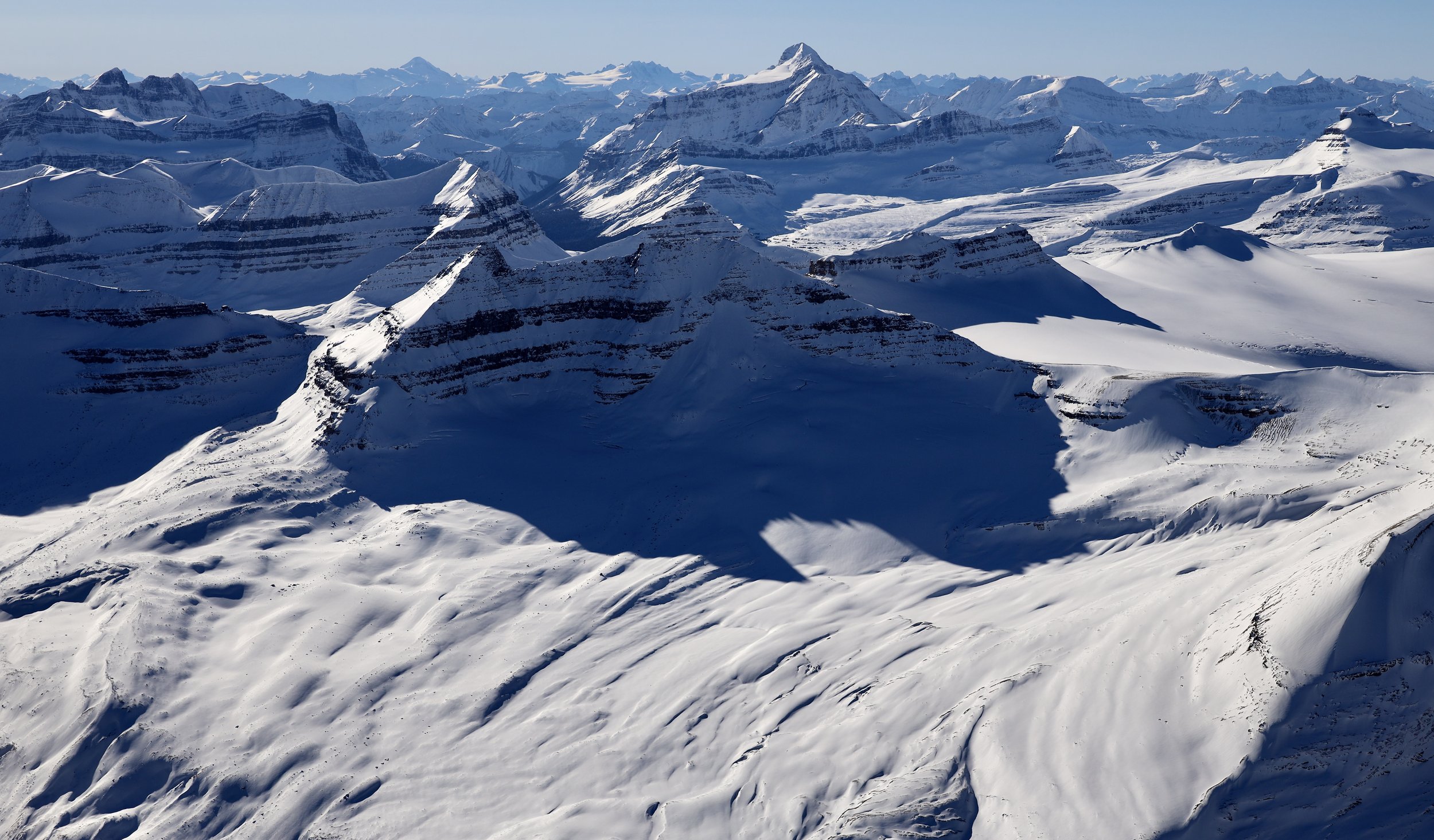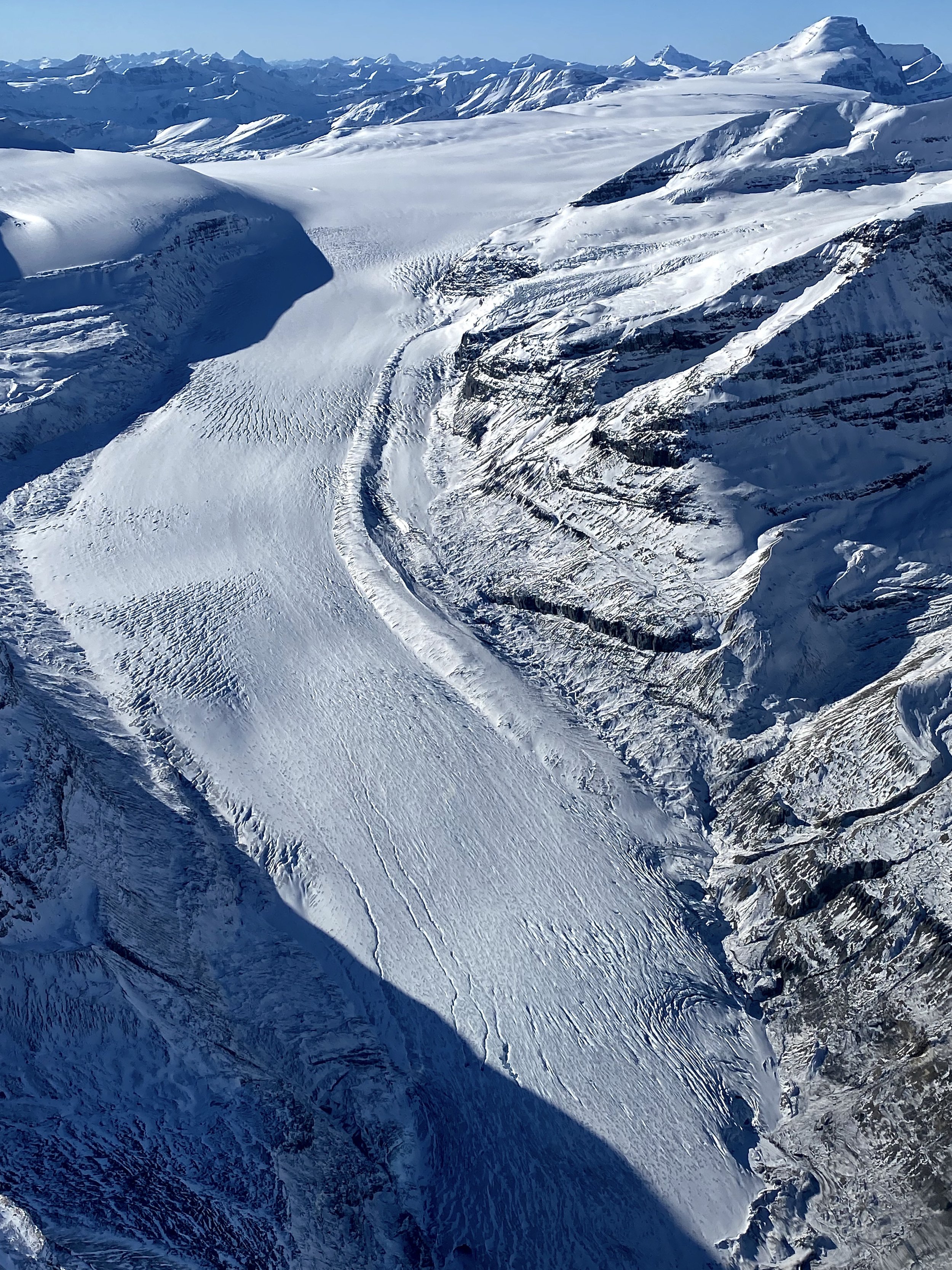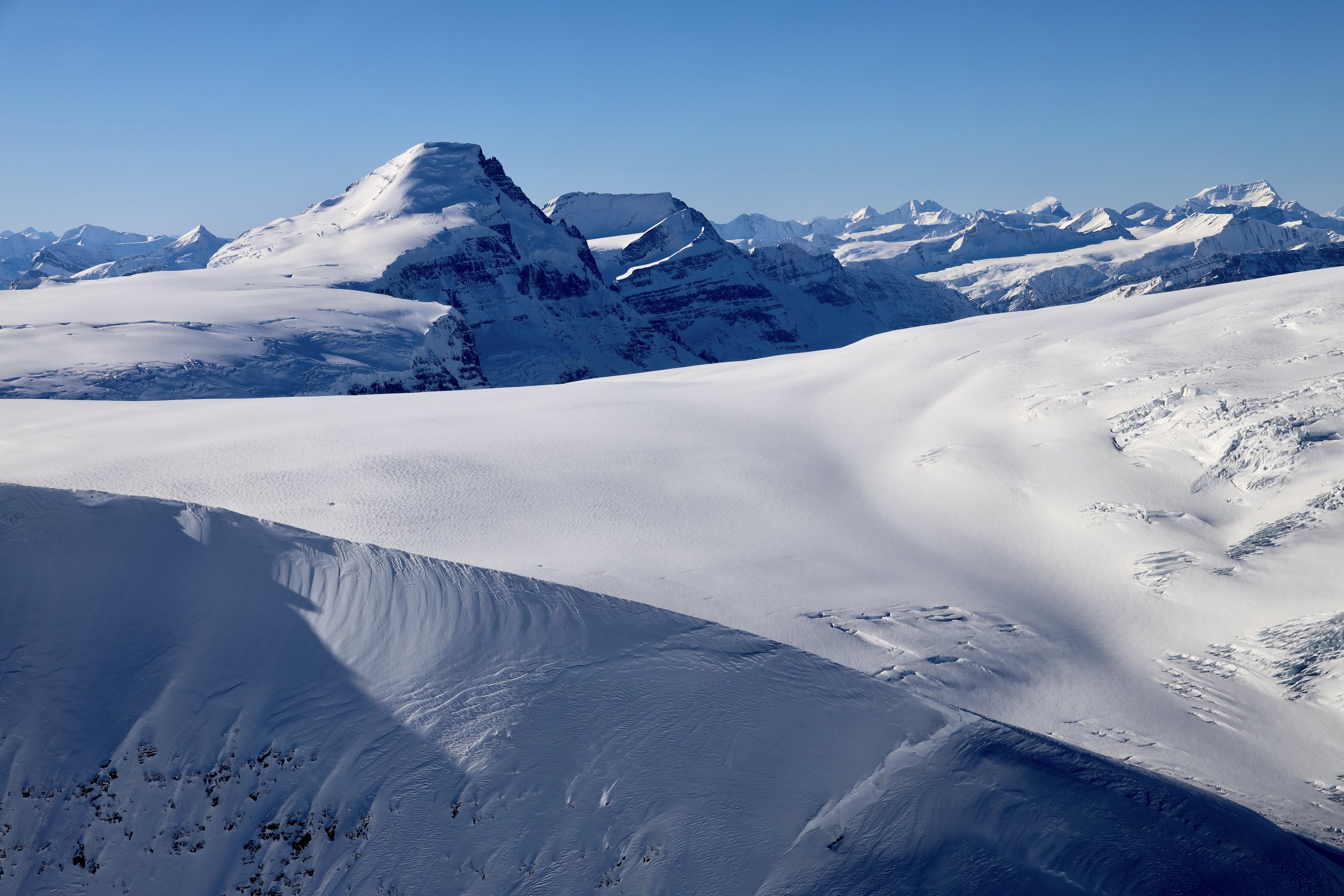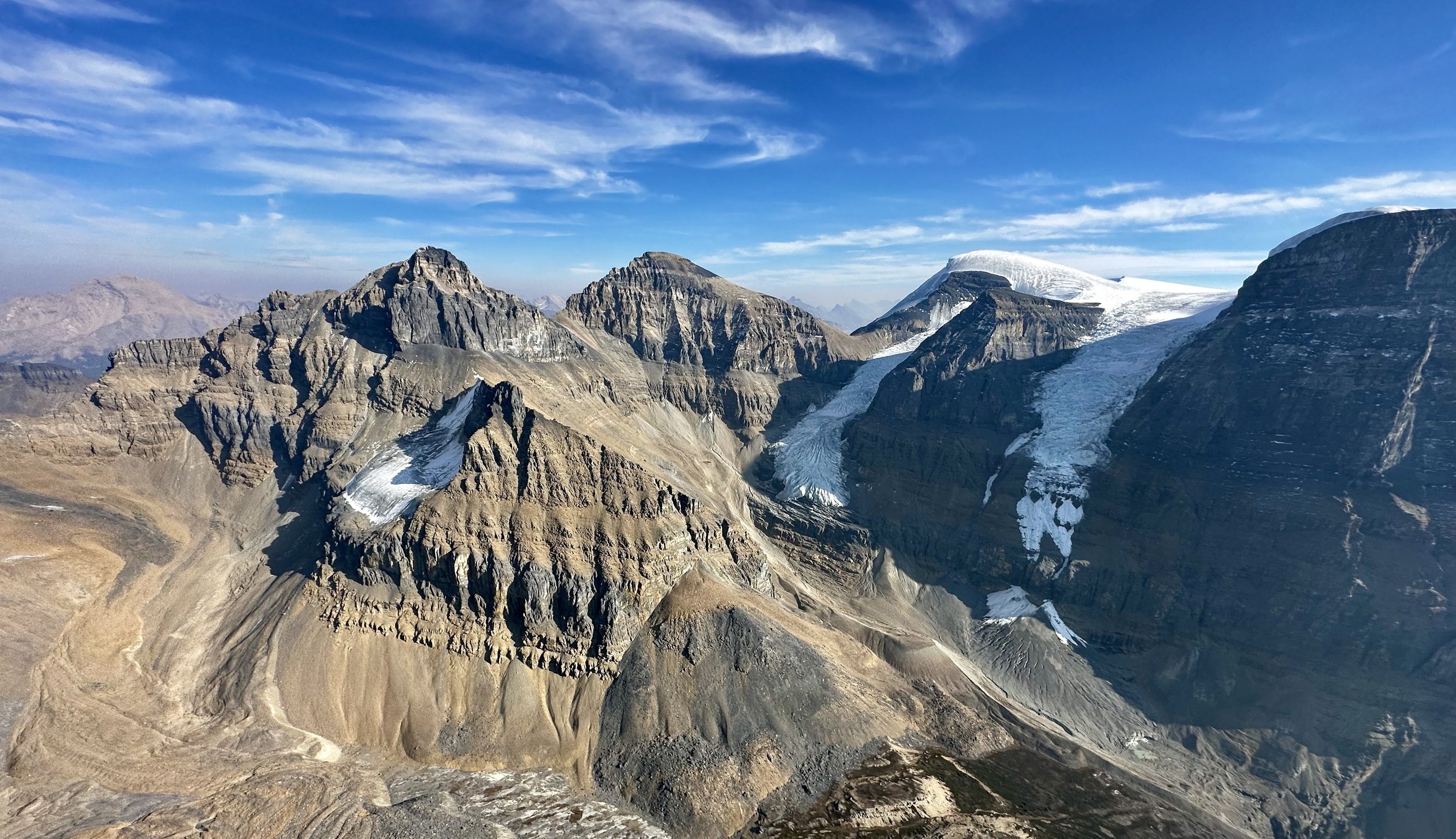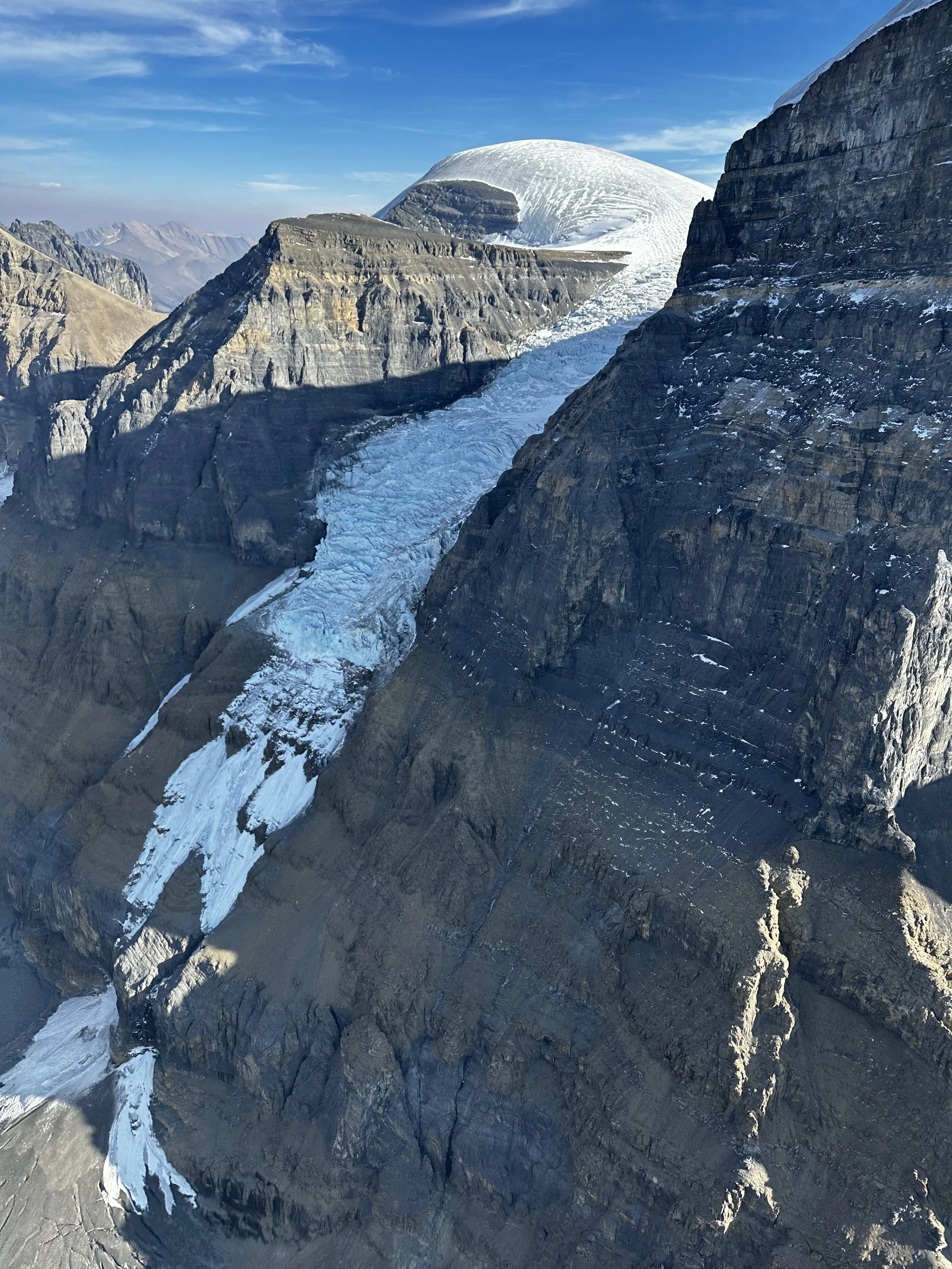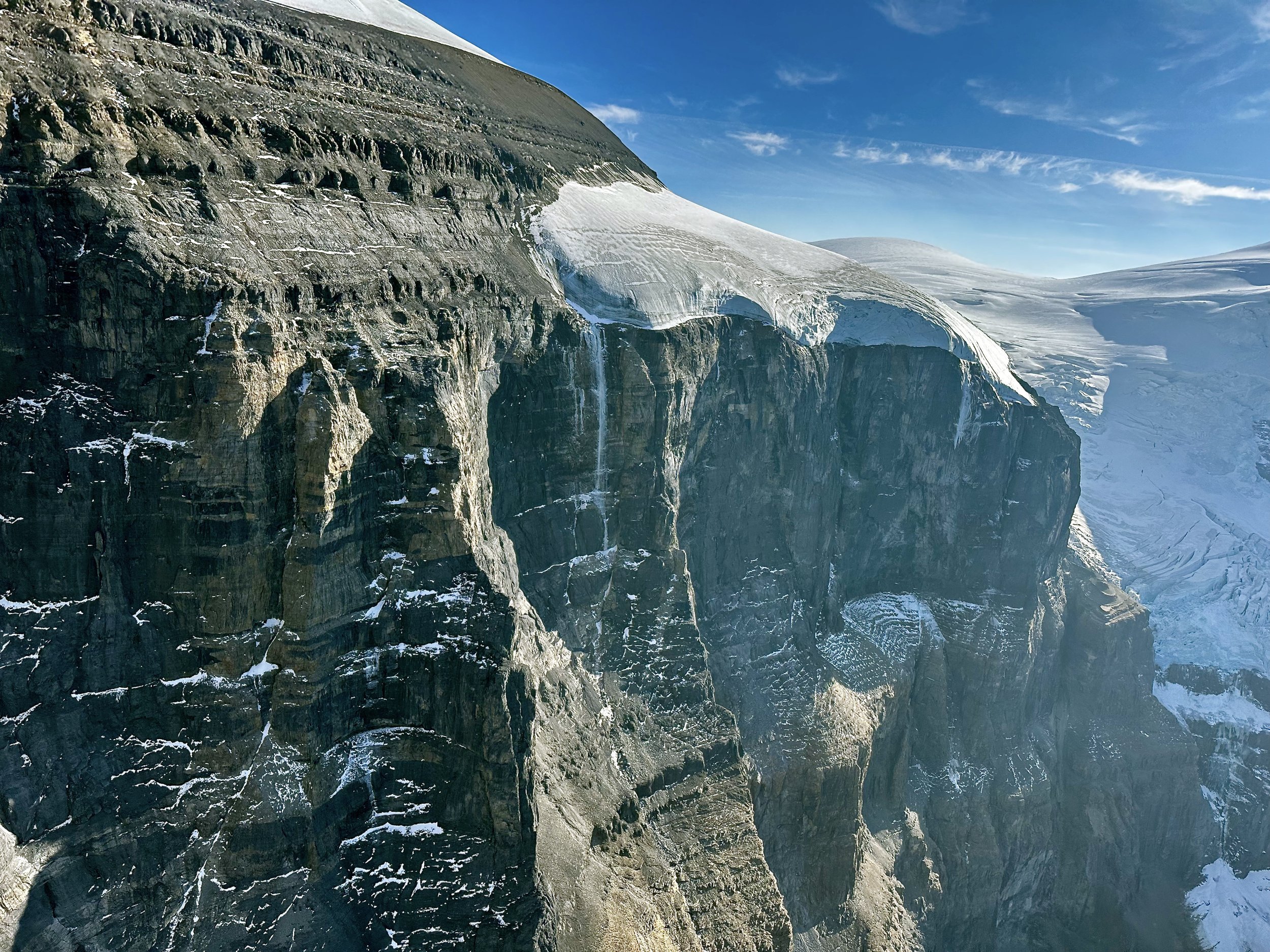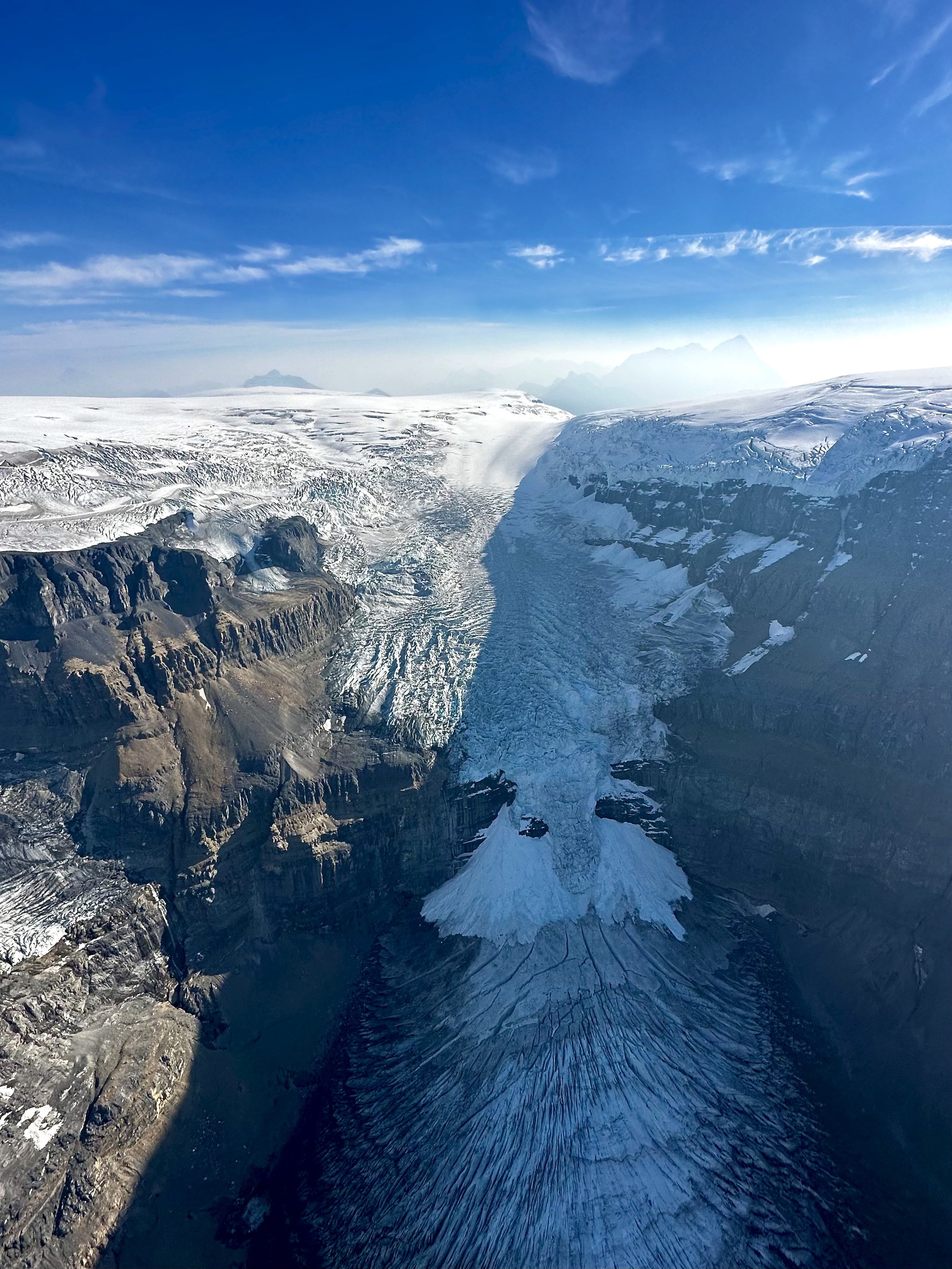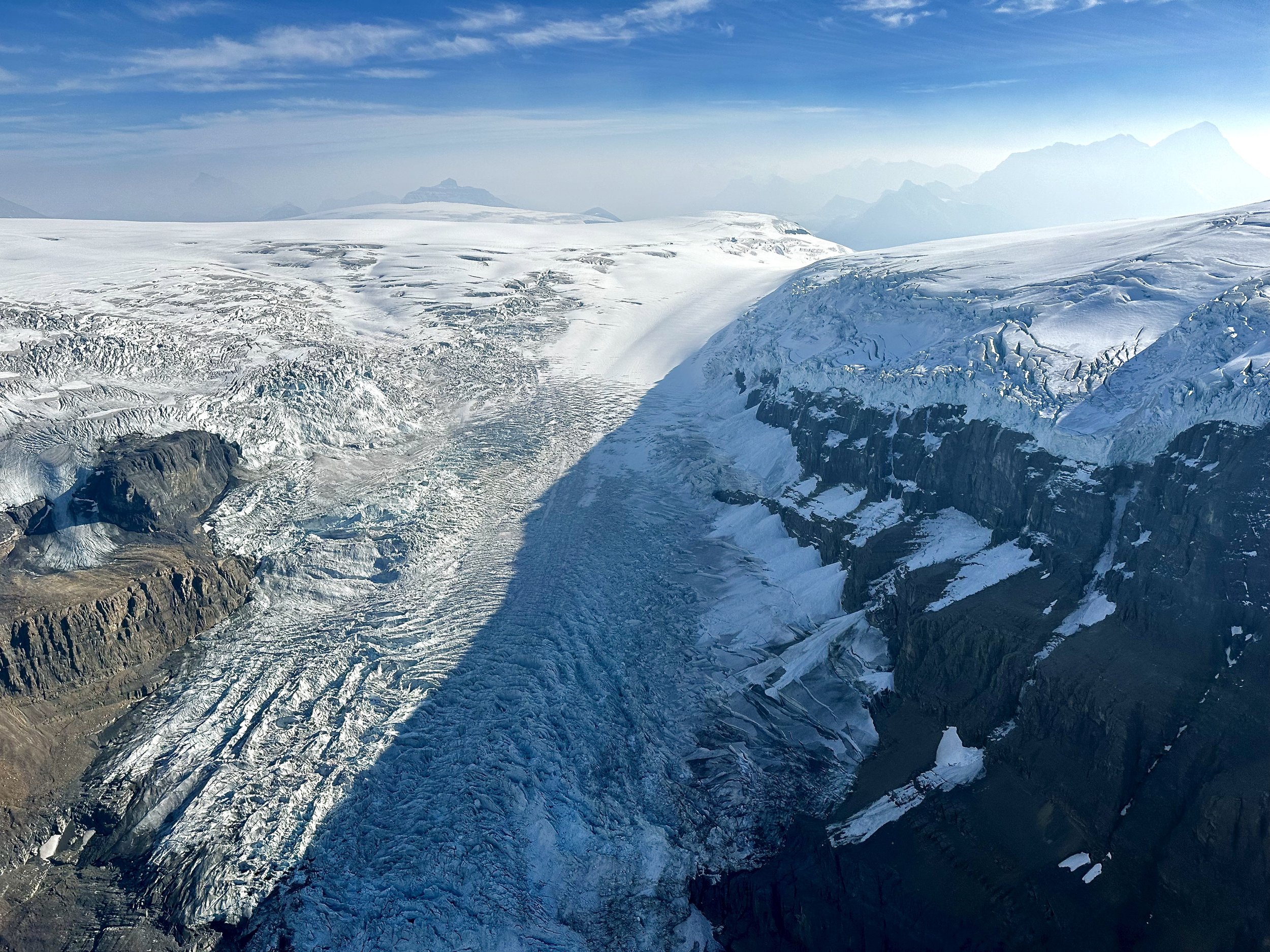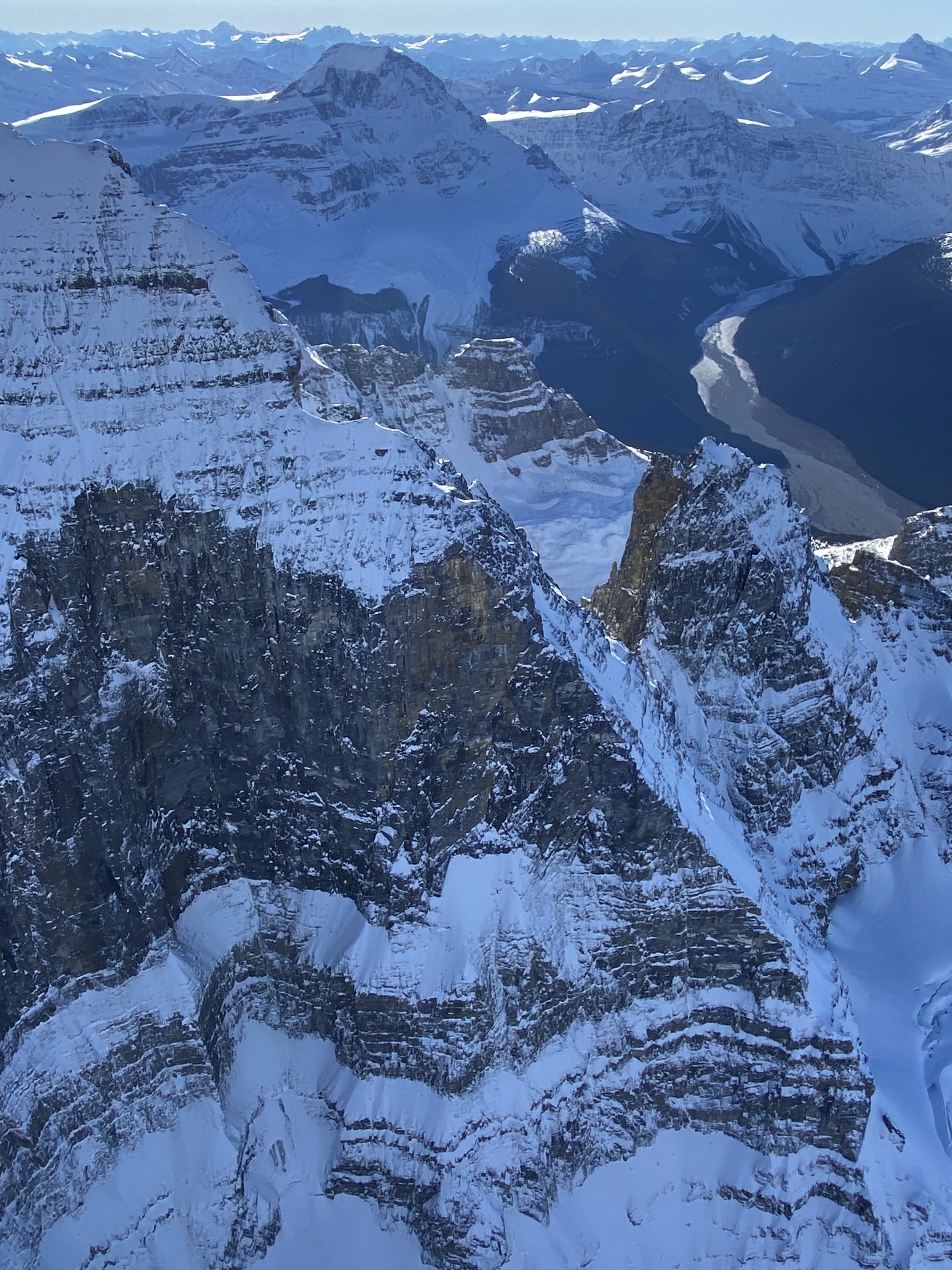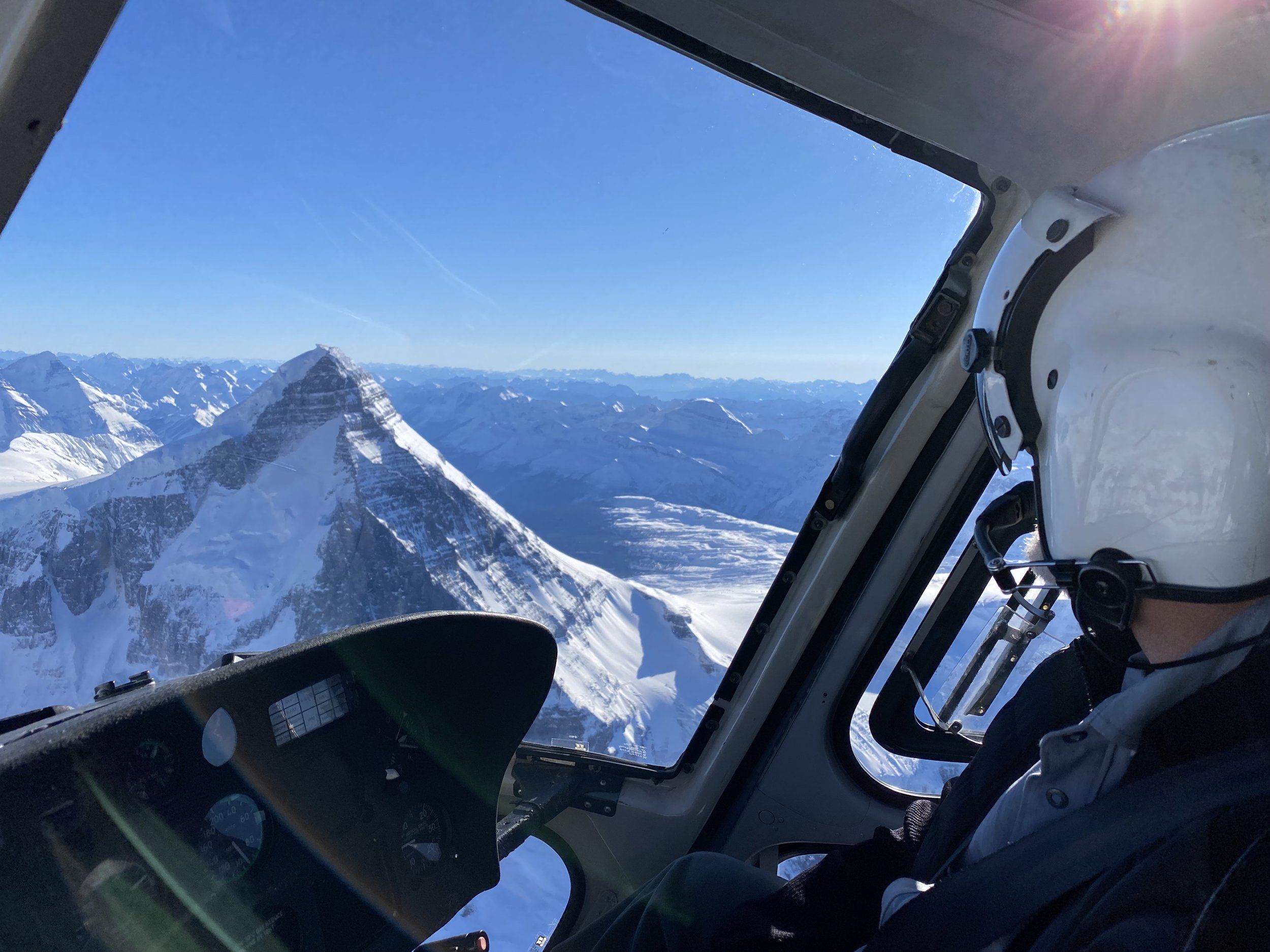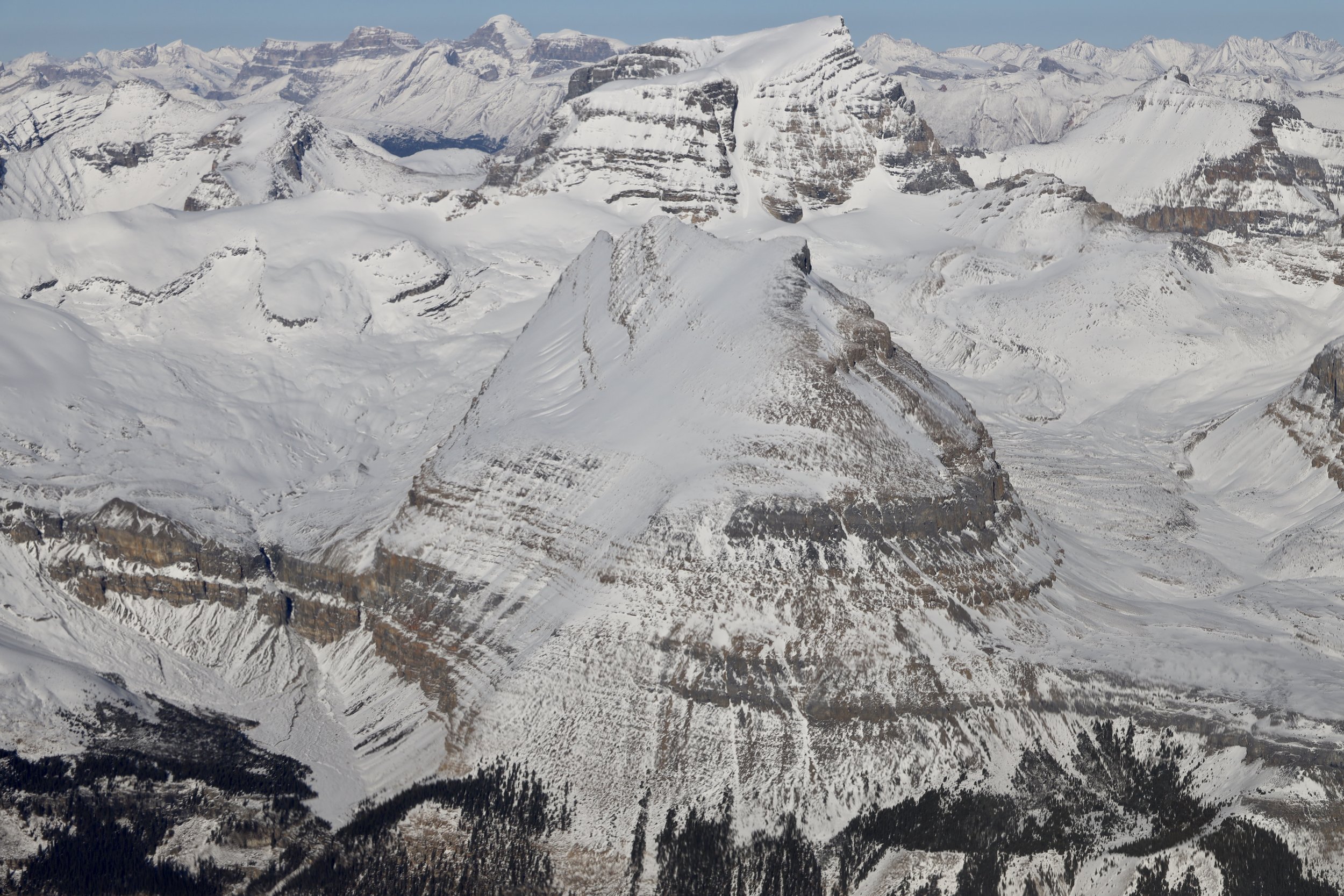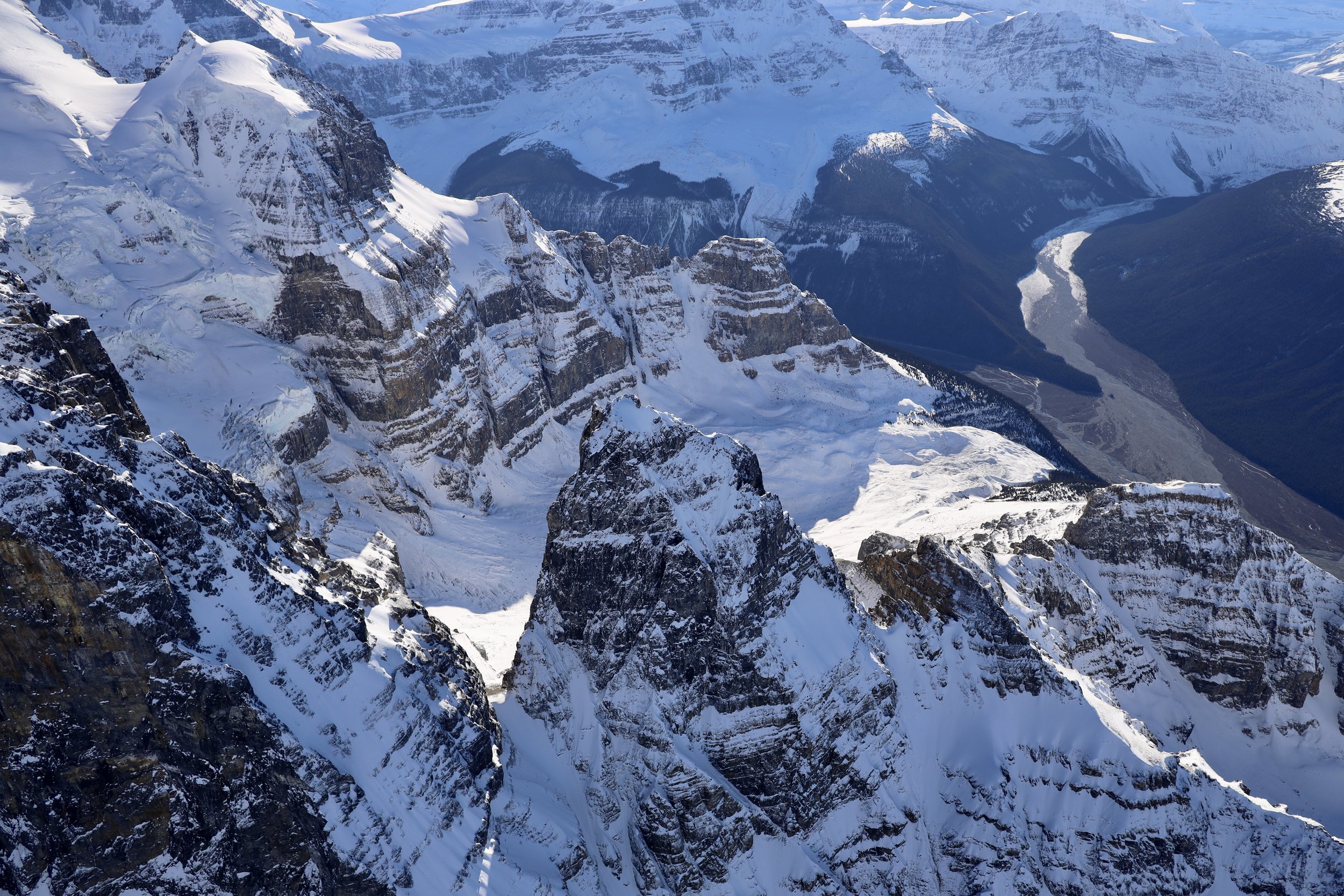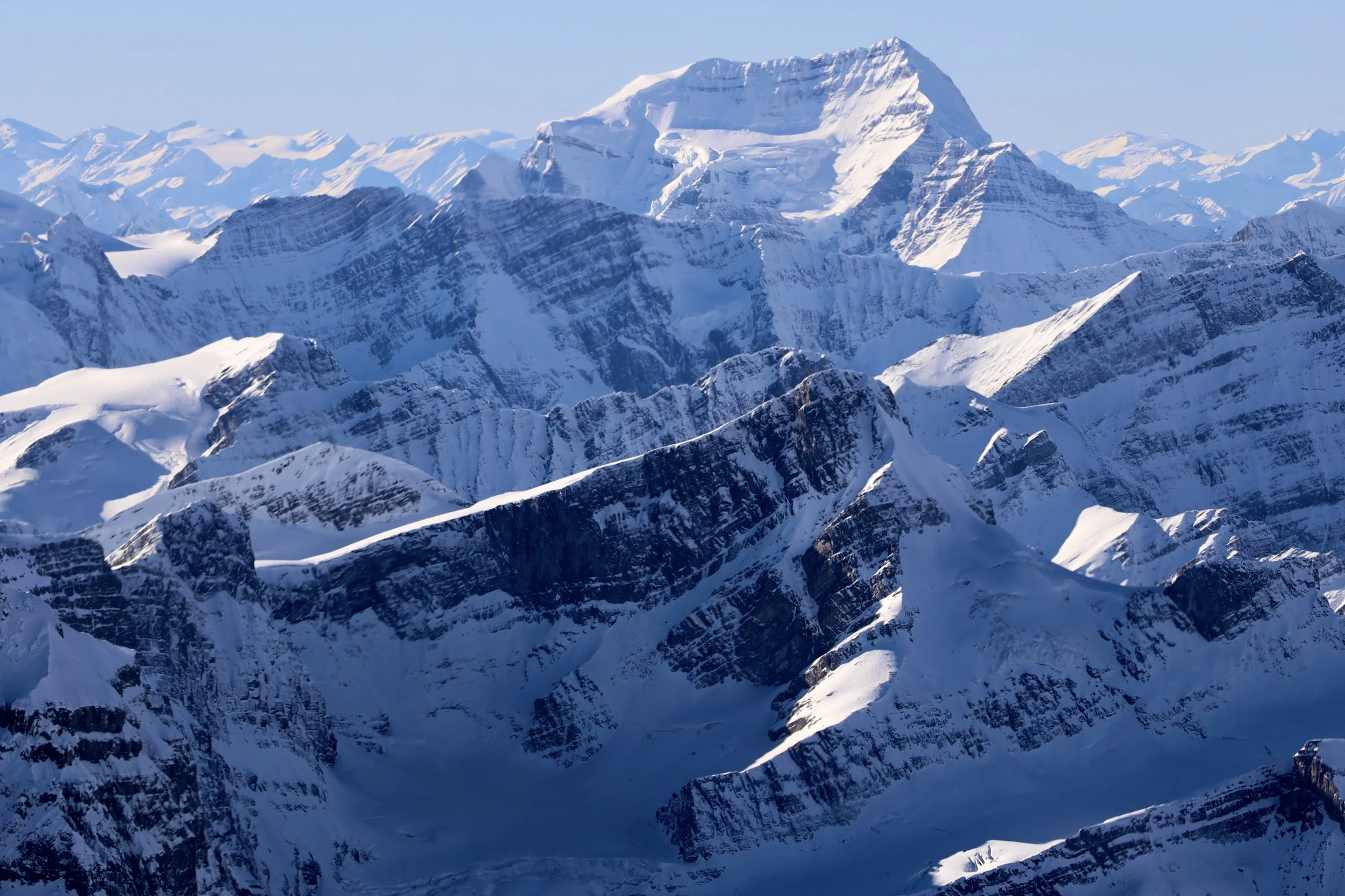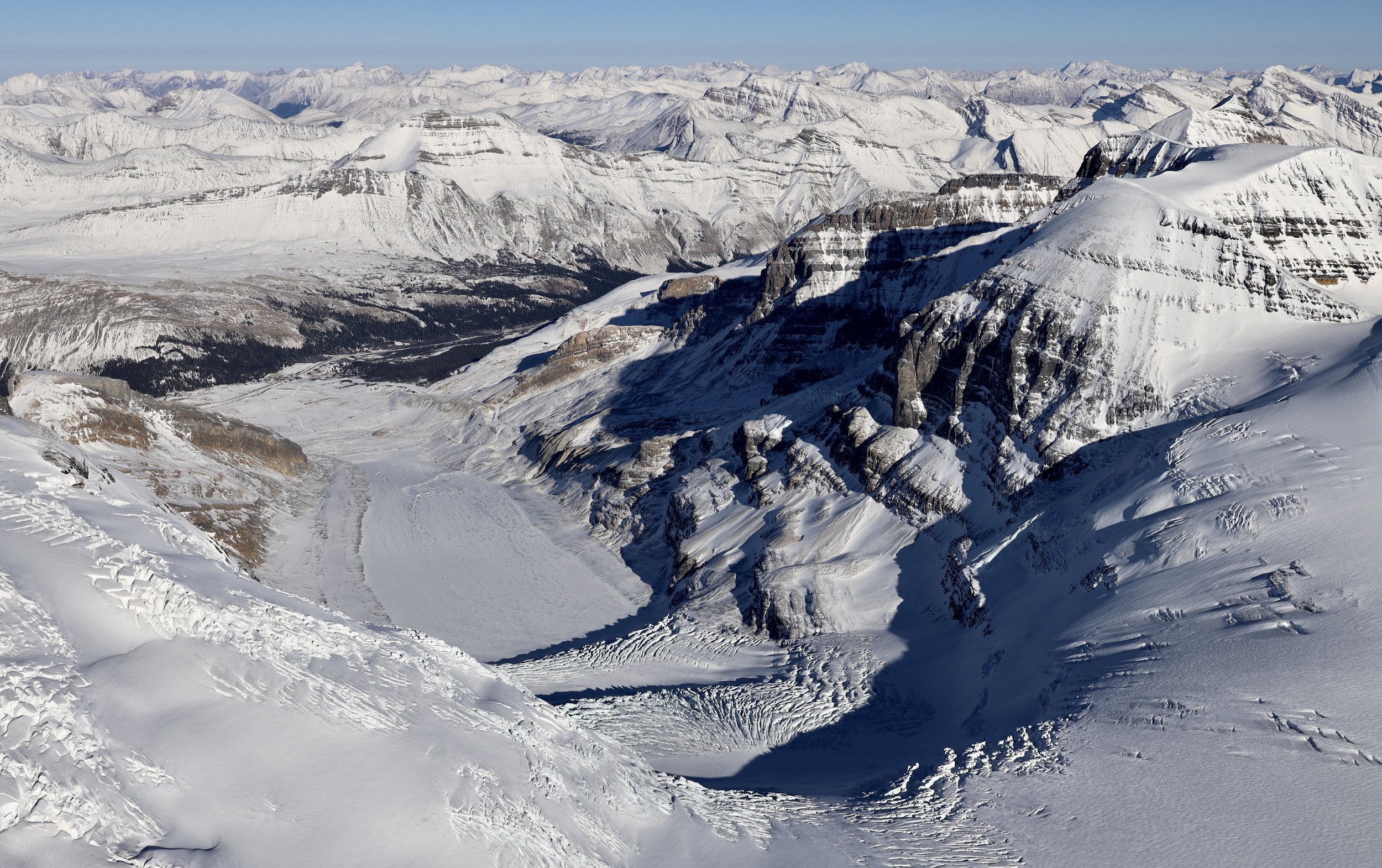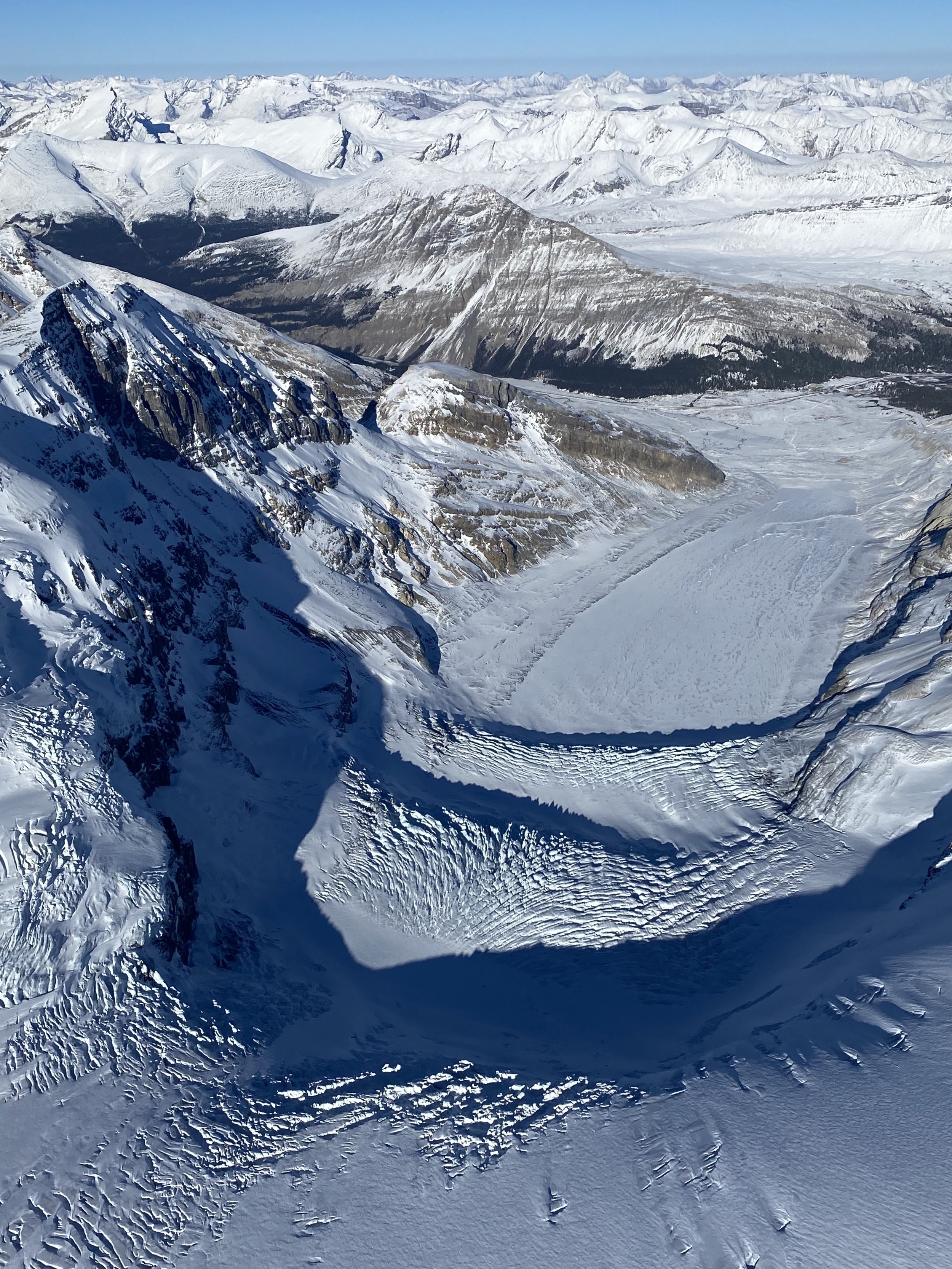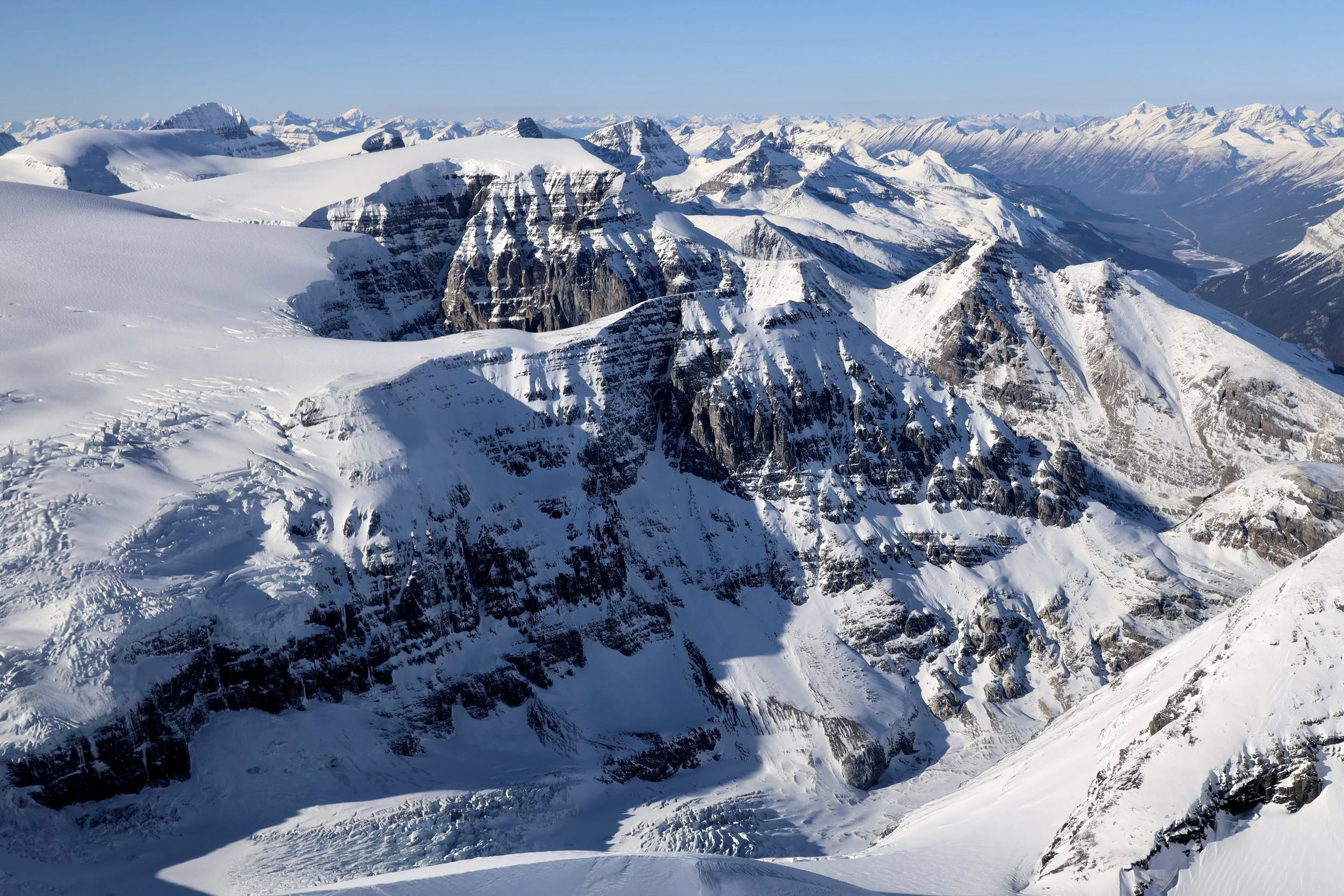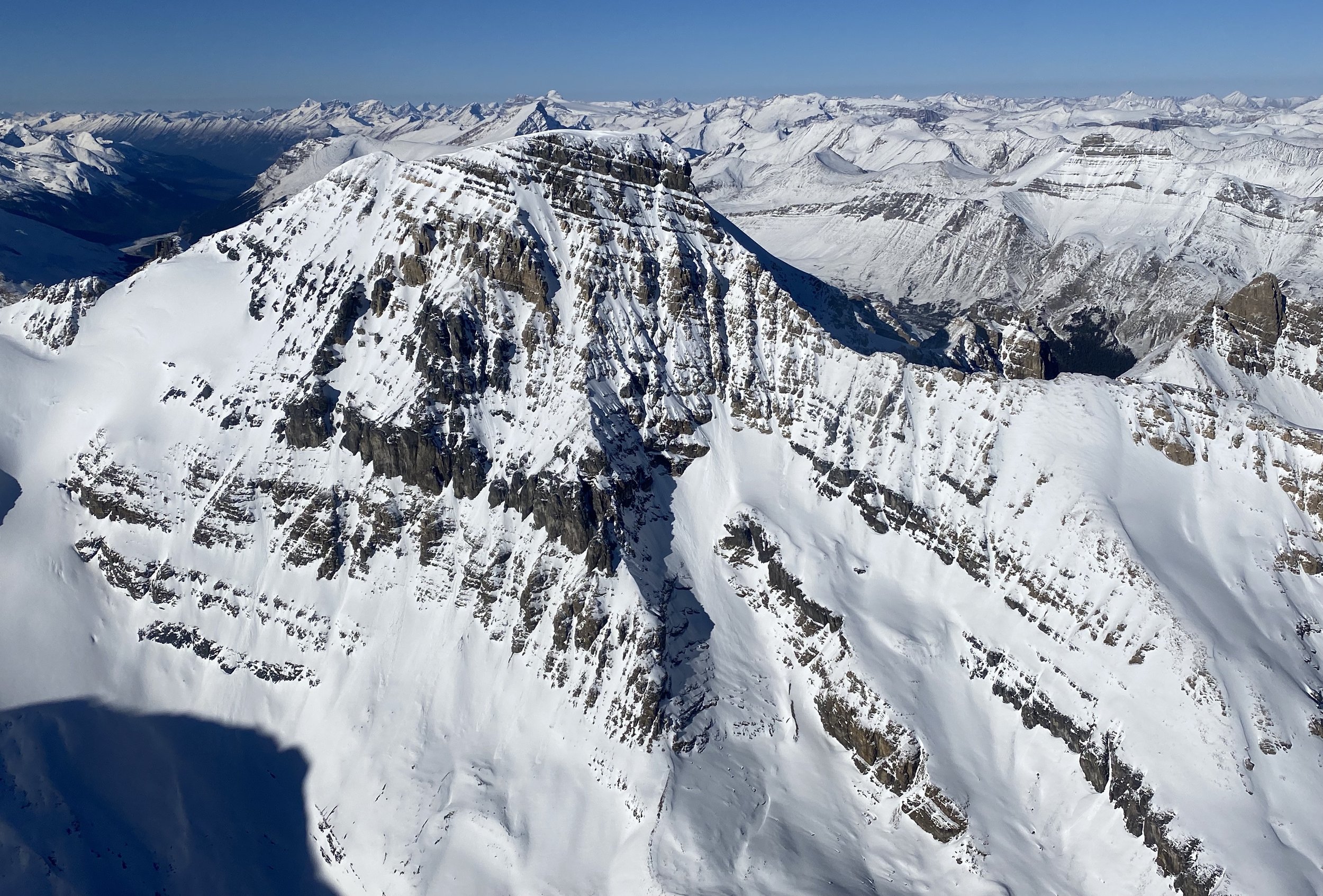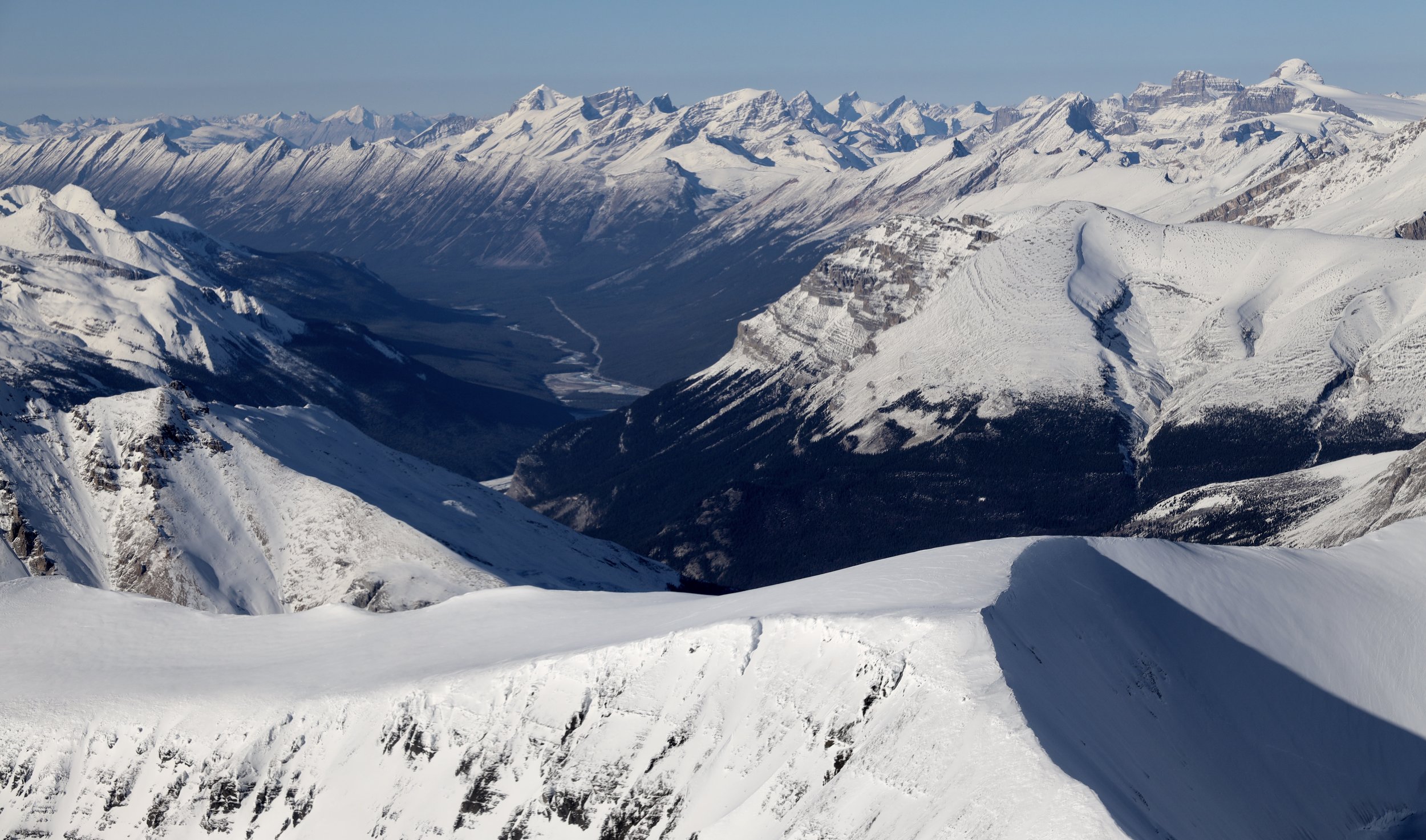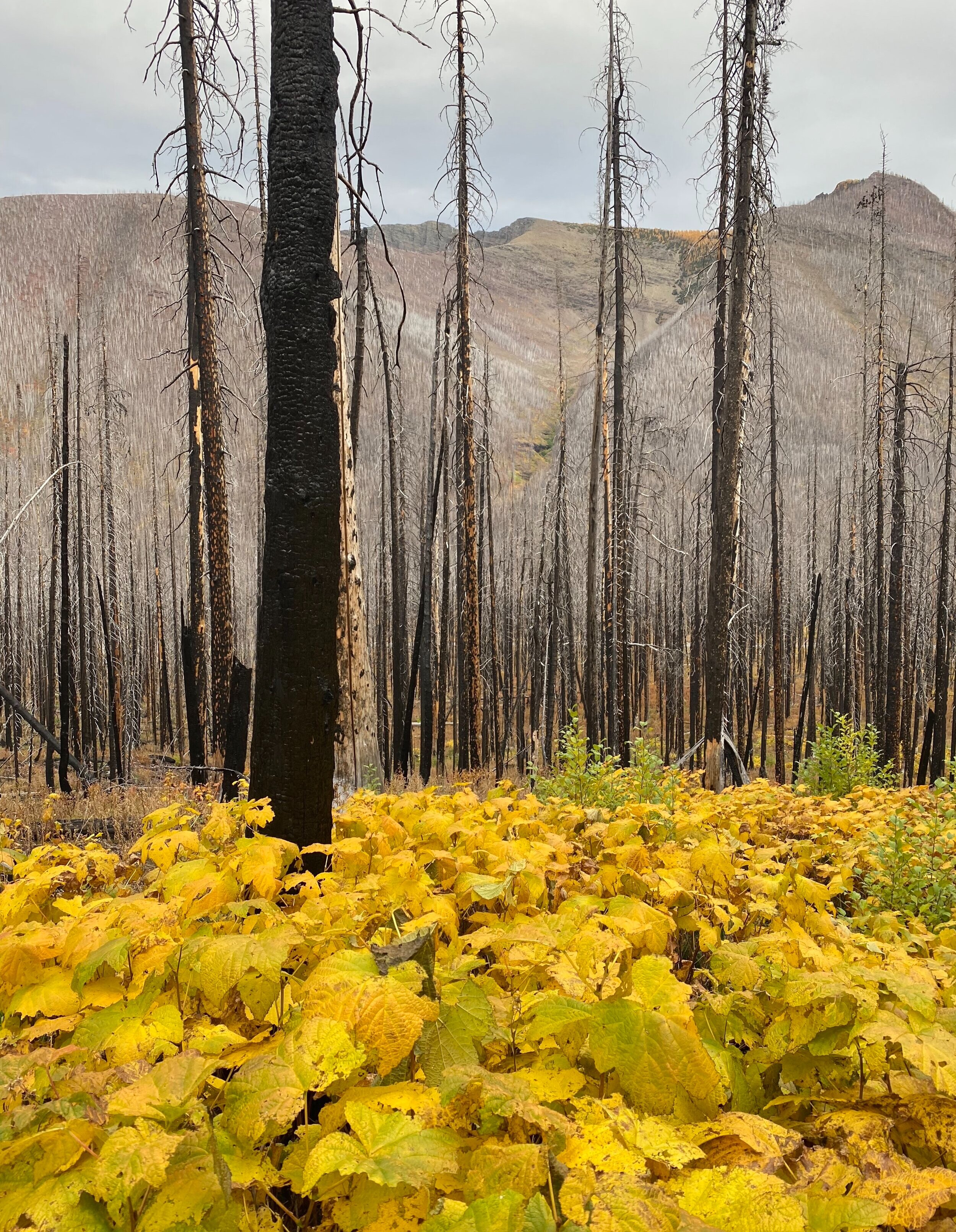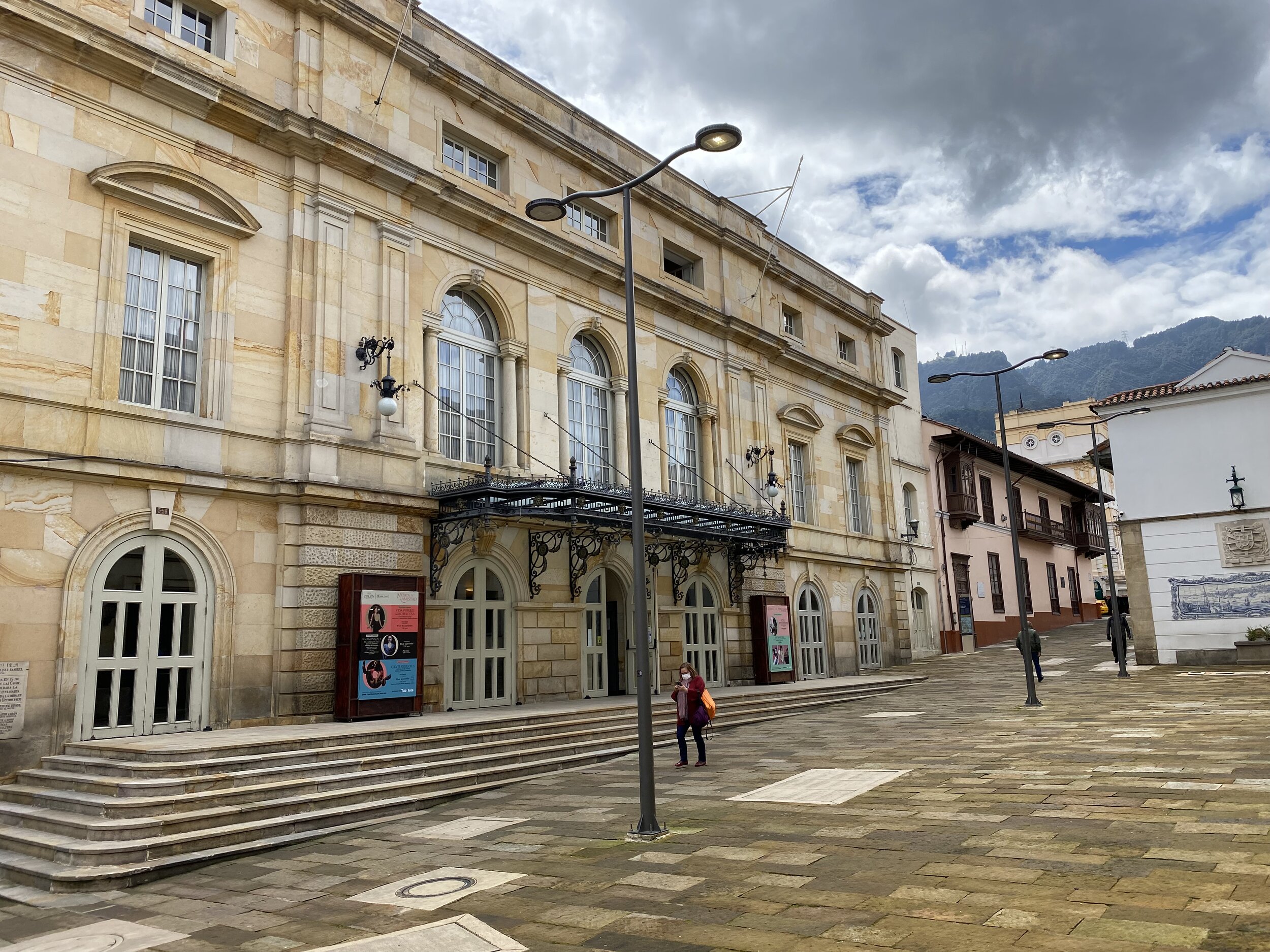November 7, 2022 Gokyo Ri and Gokyo rest day (not quite)
I had a shitty night again, waking up in the middle of the night and not being able to get back to sleep. This altitude was not getting along with me or I wanted to get acclimatized faster than my body allowed. I also have developed nasty coughing fits that intensified during the night when I was horizontal. I always forget about the shitty side effect of high altitude: tiredness, poor sleep, no appetite – all those things wear one down and make catching cold easier. I was not the only one as most people I met had coughing problems. Some so bad that they required antibiotics or evacuation.
At Gokyo I met the tea house owner Tensing, he told me about the challenges of running a business in this part of the world and especially during covid. I could relate. I was supposed to have a day off in Gokyo, relax and rest. Instead, I climbed up Gokyo Ri and quite fast to boot (1,5 hrs and 40 min down). I could not resist as the trail was clearly visible from the dining room and just looked easy. I made it to the top in bright sunshine and to my surprise, I run into a dog on the summit. Tensing told me that during covid when there were no tourists, the dogs would eat each other. Savage.
The views from Gokyo Ri were spectacular. I had perfect weather, sunny, no wind, no clouds except the scenic ones far down the valley rolling up in the afternoon heat. I thought that the view from Gokyo Ri was better than Renjo La. Renjo La was visible from the top of Gokyp Ri also has a fantastic view but it is enclosed by rocky outcrops limiting the viewing radius. From Gokyo Ri, one could see Cho Oyu wall, Everest, Lhotse, Makalu and many other peaks of the Khumbu including the star of the show: the handsome Cholatse. I am glad that I did come up there especially given that I had time to do so. I lingered alone on top for a long while, walked further up along the ridge to a true top at almost 5500m. Another good acclimatization hike. The effort was becoming easier and faster. It took me 40min to get back to the lodge. I basically run down the trail as there was no one on it. The views were excellent all the way to the lake.
November 8, 2022 Tangnang – Cho La Pass BC 4750m
We left Gokyo and immediately climbed a small hill of the side moraine and descended onto the Ngzumba Glacier. The path was straight forward and the crossing was about 2 km long. The trail is well used but changes occasionally with the movements of the glacier. The glacier had numerous melt lakes on it indicating that it was melting fast. After my Gokyo Ri excursion, I had a poor night sleep again so my enjoyment of the glacier crossing was minimal. I am sure that after a good night sleep I would enjoy my surroundings much more. We took less than 2 hours to cross the glacier and arrived in an empty teahouse in Tangnang. I had the rest of the day to relax and get some needed rest. This was quite fine as we really did not have a true day off yet.
November 9 Cho La Pass – Dzongla
We got up early and started walking around 7.30am through a cold narrow shaded canyon. The canyon went on for quite a while. As we walked up we passed many people who were staying in other teahouses in Tangnang. We then climbed onto what appeared to be an old moraine from where we looked back at the Ngzumba Glacier and the peaks next to the Renjo La Pass. We run into many people at this point resting and taking in the views. We passed them all and arrived at the headwall of the Cho La Pass well ahead of the crowd. The headwall, although steep in places was just a walk – big slabs with a path carved into them and protected by a handrail. After a short and easy ascent we arrived on the pass. The pass was crowded with people coming from the other side. It was here that I concluded that Everest BC and Kala Patar is not for me due to the crowds. We lingered on the pass for quite a while and enjoyed sunny windless weather. We had tea, took photos and waited for everyone to leave. We then walked down the glacier and to the village of Dzongla. The views of Cholatse from the trail were stunning – what a beautiful mountain. It was so nice and warm that we took an hour nap in the sun on the grass patch half way down.
I did not realize that Lobuche was so close to Cho La and Cholatse. I had a good look at Lobuche East, which turned out to be our next objective although I did not make my final decision until after lunch in Dzongla. In Dzongla, I met a nice German fellow and talking with him passed the time nicely. I told Tek about Lobuche climb and he made all the inquires and arrangements for the next day’s adventure.
November 10 Dzongla - Lobuche East high Camp
After seeing the crowds on Cho La pass and feeling quite strong after the crossing I decided to go for the Lobuche Peak instead of going to Everest BC and Kala Patar. I had a good night sleep and some rest and felt very strong and well acclimatized. The weather was perfect. I thought that since I had the permit, why not give it a try. If I could’t do it, I would turn around but at least I would try.
I told Tek in Dzongla that I wanted to do it. He made the arrangements, and we went directly to the high camp. Our original plan was to go to Lobuche village first and sort things there, but this turned out to be unnecessary. The trail from Dzongla was quite spectacular skirting the Cho Lake and the steep faces of Cholatse and Taboche. We then veered off north and ascended 500m to the Lobuche East high camp. The high camp is a semi-permanent camp with the manager, cooks and various guides for hire. It is a well oiled machine processing trekkers in a fast and efficient manner.
Tek negotiated with the camp boss and we hired a guide for the climb along with the tent and meals for $400 all in. Perhaps a steep price but I felt that I was already there and it was a last minute decision anyway. I have not really talked to the guide assigned to me after our arrival except a brief inspection of my gear. The camp boss also lent me a jumar for $10. I have never used a jumar before on fixed ropes. I think that climbing on fixed ropes is not real climbing, it is like following a handrail without the possibility of falling. It takes the entire mental stress out of climbing and one can relax and enjoy the process. I think that the rope fixers are the real climbers and the ones hanging onto the fixed ropes are just trekkers at altitude.
I hang out at the high camp, had some good meals and enjoyed the beautiful views of the cloud covered valley. I asked an American guide who was also there about the conditions, and he told me that they were excellent, the snow was fantastic and due to the traffic the trail was well worn. He also told me about couple of steep sections requiring repelling but nothing serious. His comments put my mind at ease, and I was actually looking forward to the experience without stressing over it. 5 pm dinner and off to bed.
November 11 Lobuche East – Periche
I got up at 1 am after a quite good night sleep. I went to bed at 5 pm after a dinner and fell asleep pretty fast knowing that I would be getting up so early. The tent I was assigned had a luxurious bed and the sleep was very comfortable.
We left the dining tent last at 2am after many other people already started the climb. We quickly passed them all and ended up ahead of the pack. Thankfully we had full moon that illuminated the surroundings like a big lamp allowing us to see everything. It was cold, minus 20C or lower and I was glad for my heavy winter jacket, two pairs of long jones and good gloves. I learned on Ancohuma and Orizaba that altitude and cold do not go well together.
We continued our ascent and the terrain was in parts so steep that we needed to use fixed ropes that were already in place. At first, we climbed on long rocky slabs and ledges which are easy when dry. We made good progress to the first snow where we needed to put on crampons. Since it was dark and cold we were moving quite fast. Despite my heavy boots, the bottoms of my feet were getting cold. I was looking for the first sign of the sun but it was still black on the eastern horizon. Every time I stopped, I was getting cold and had to keep moving up just to stay warm.
Finally, a thin orange glow appeared on the eastern horizon but now we were around 30 minutes from the top. With the glow, the surroundings started to take on color. At first a dull silver and as the sun came closer to the horizon, soft yellow and then orange. After some steep snow and ice sections (I remember looking down and realizing how steep it was and how self arrest would be difficult) we arrived at the final small vertical icy wall delivering us onto the summit ridge. We passed some wild ice formations, ice ledges and crevasses. The upper section of the mountain is a large glacier. Once on the trekker’s summit, my guide did not want to linger and he seemed to be in a rush to get down. It was barely 6.30 am and there was no one behind us for a long, long way. On the way up, we were passed by two other people but this was very near the summit and they seemed to be in the same rush to get down. My guide claimed that he wanted to avoid congestion on the fixed ropes. I felt that I did not even had time to enjoy the summit. In retrospect Iw ould have gone further along the ridge but that would require getting off the fixed ropes and doing some real climbing. I don’t think that my guide was up for it. Furthermore he had no time as his next gig was waiting. I did understand not wanting to wait for people to ascend fixed ropes though.

